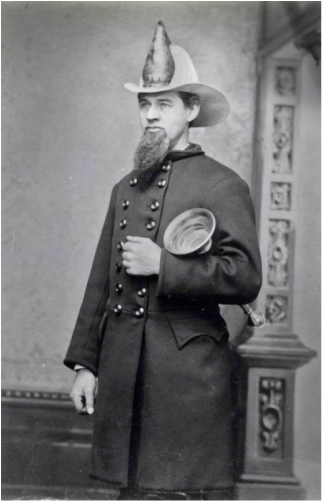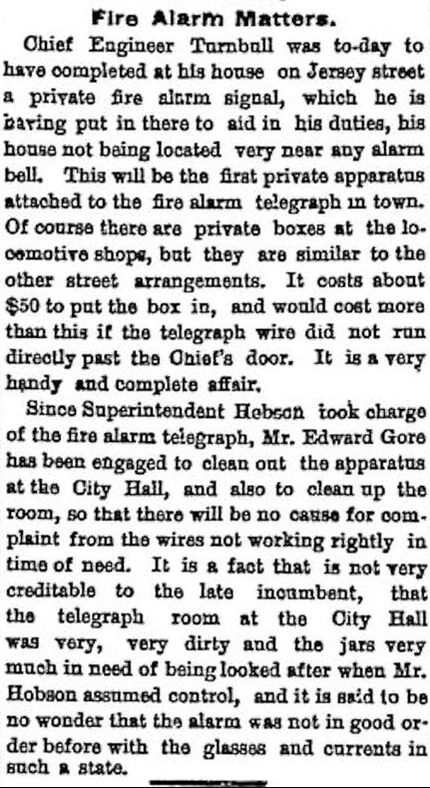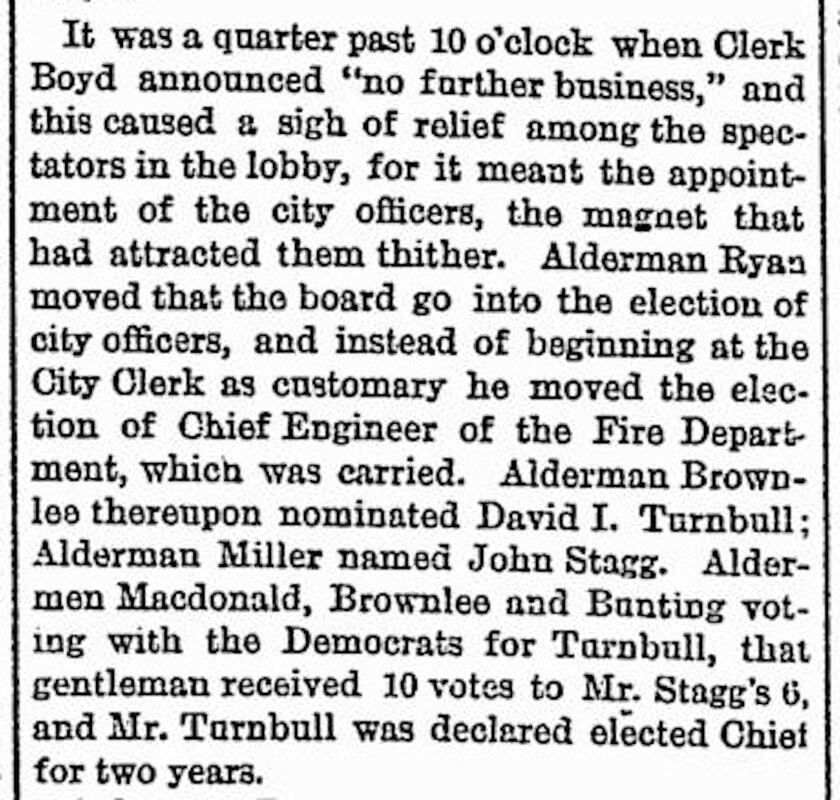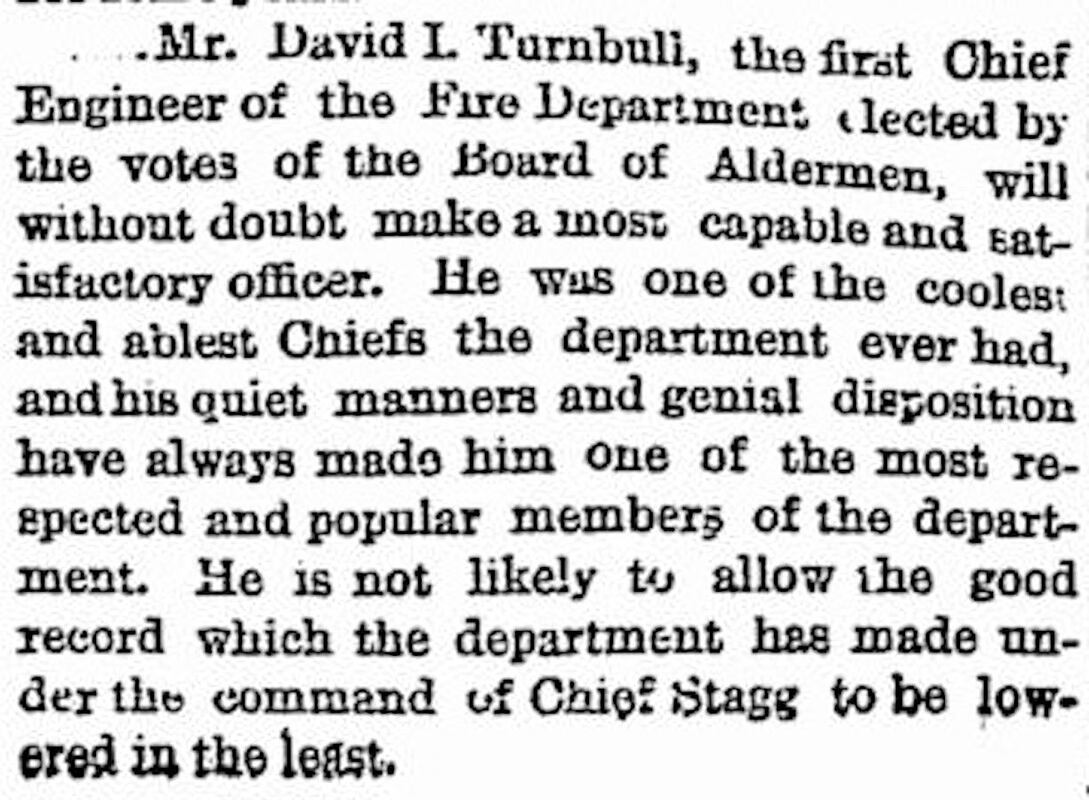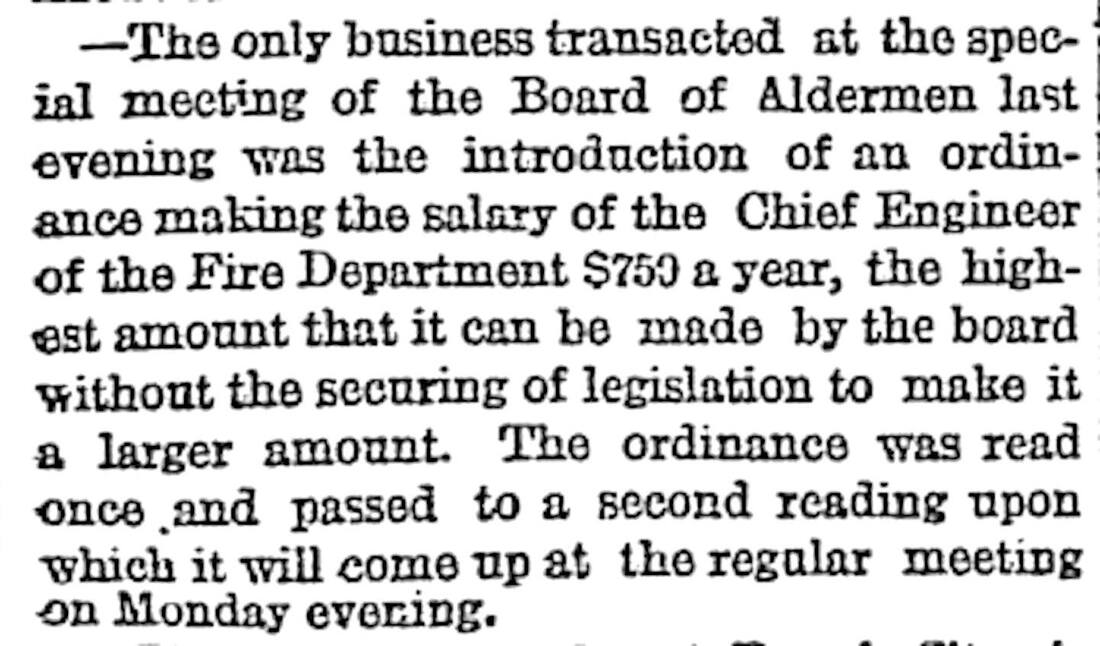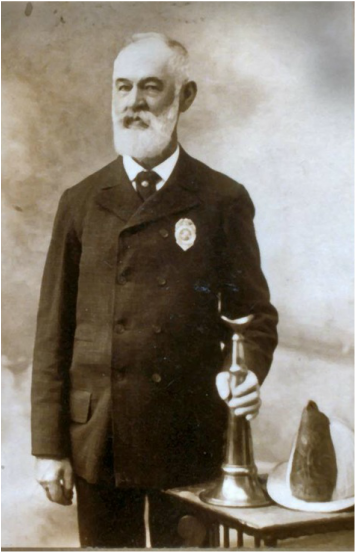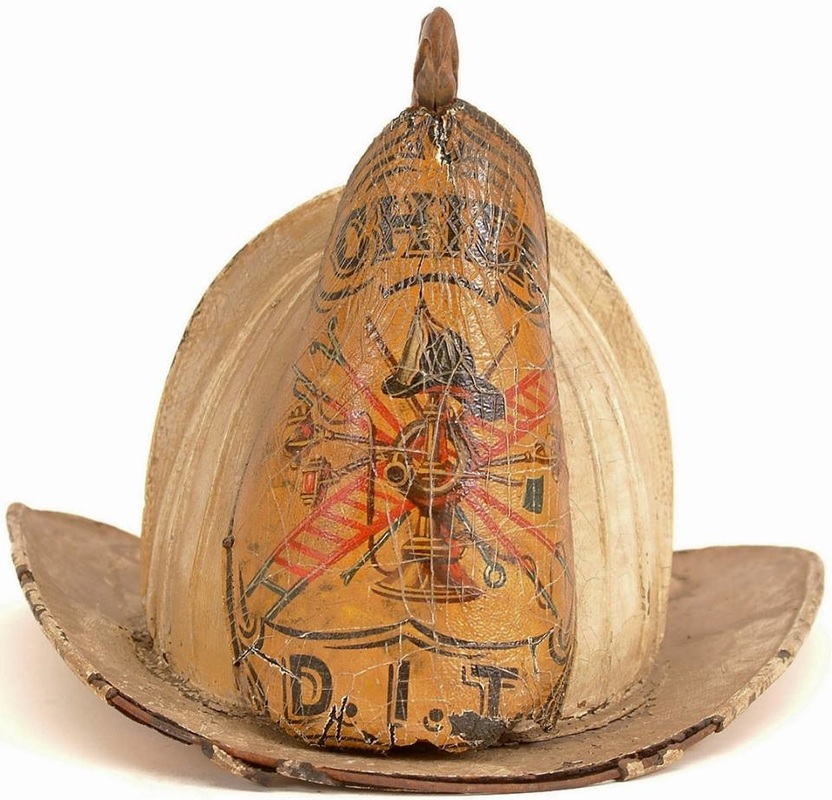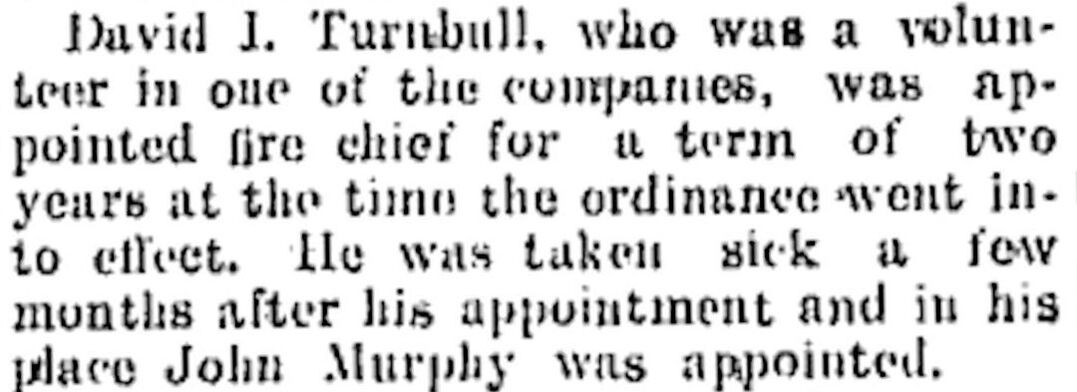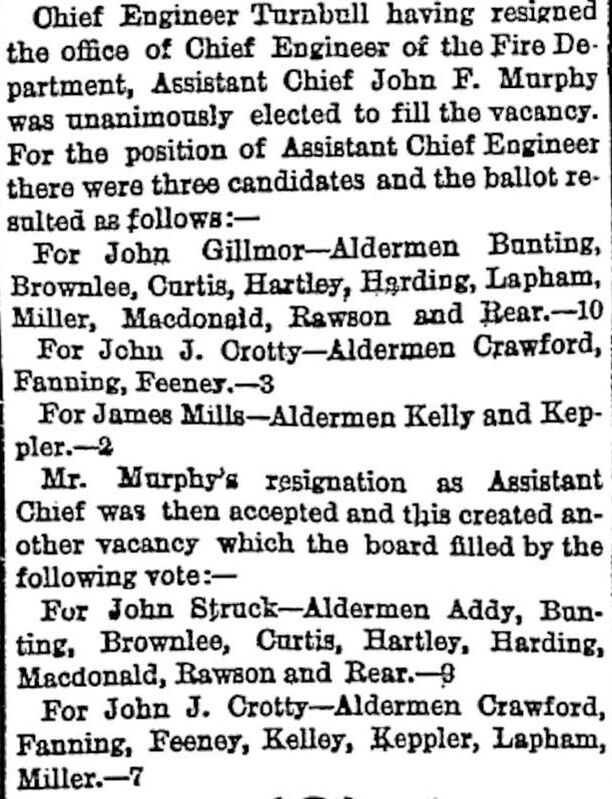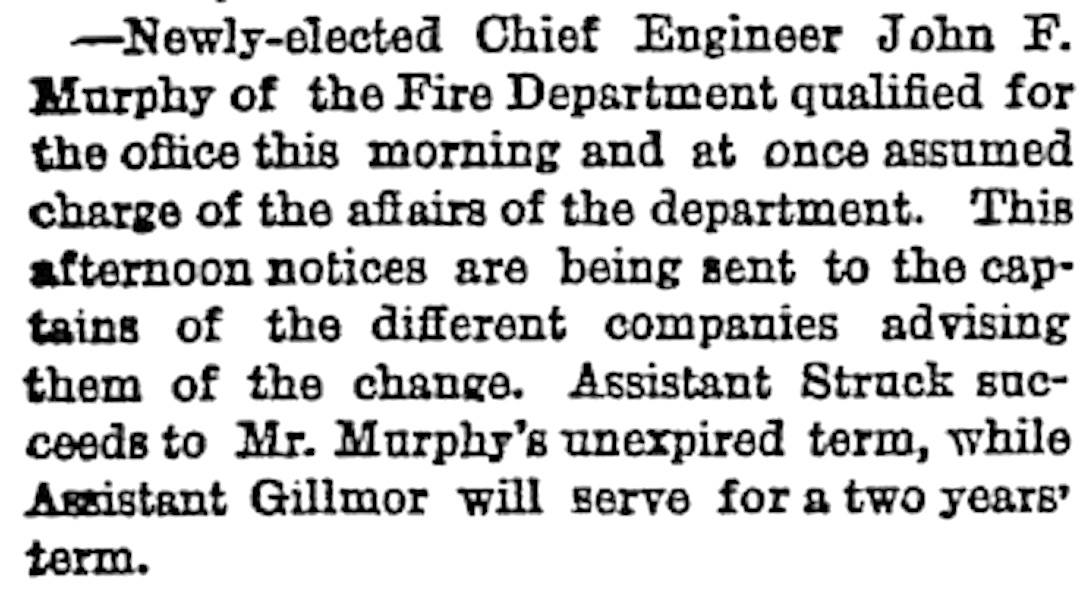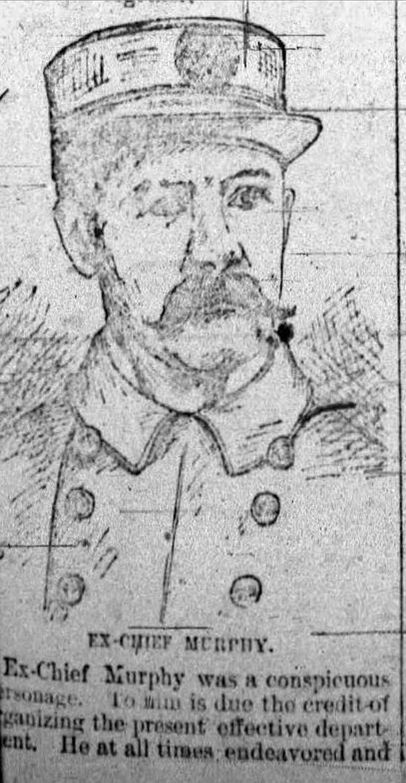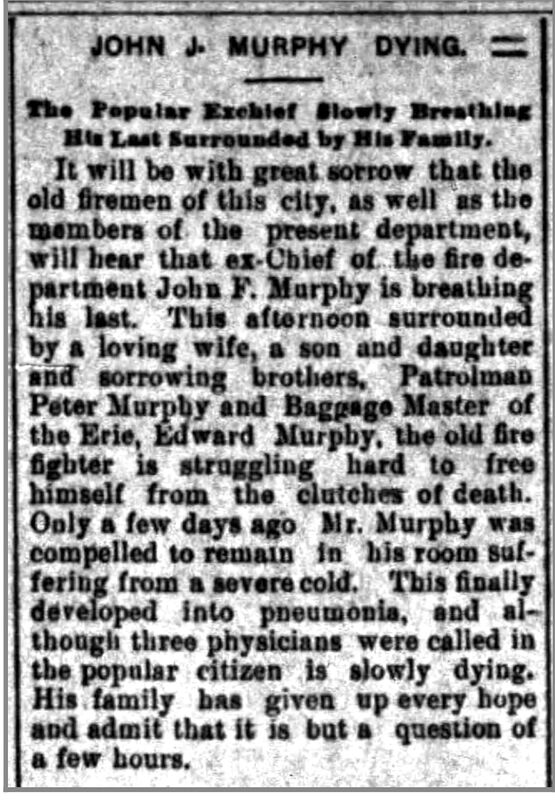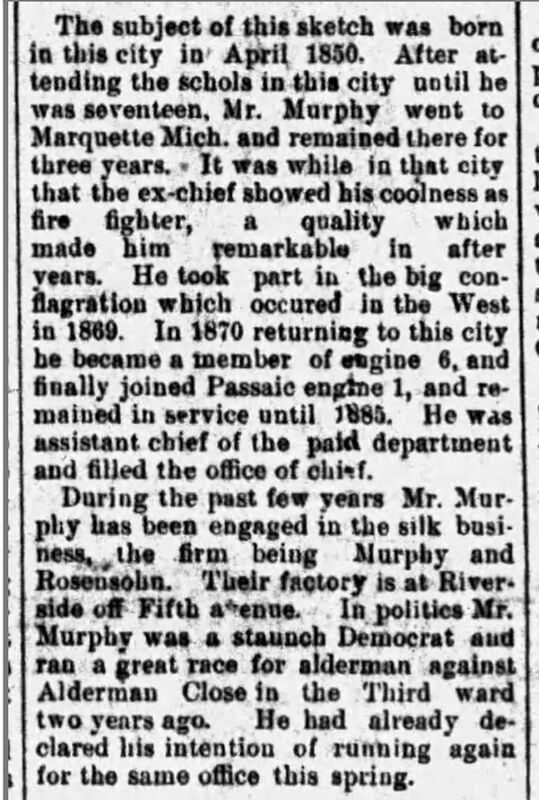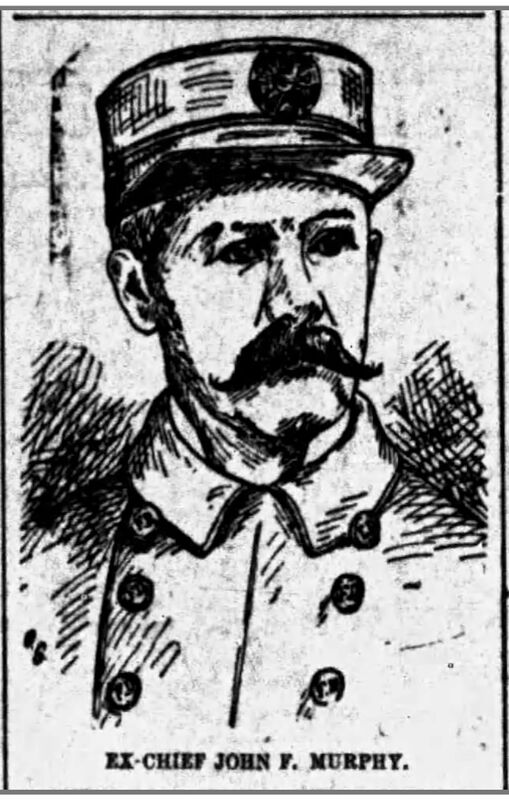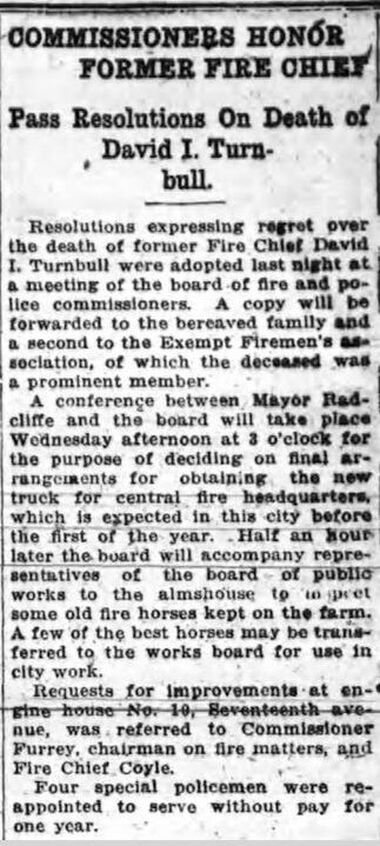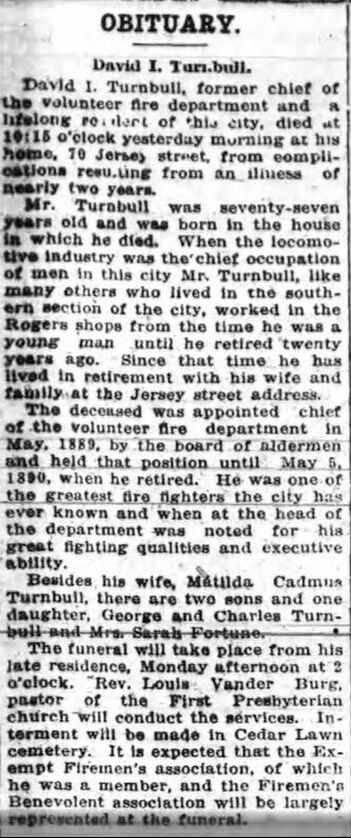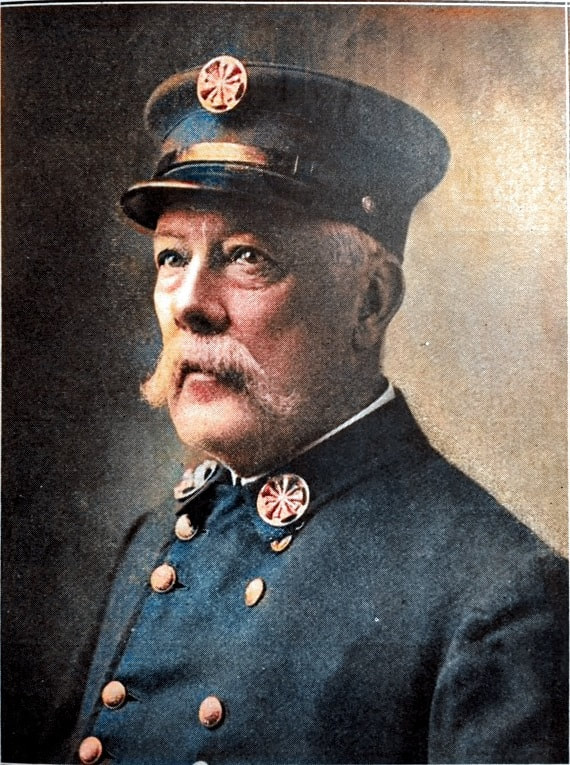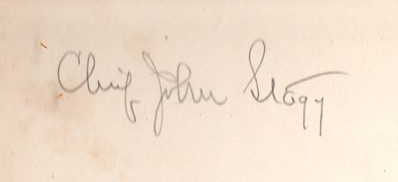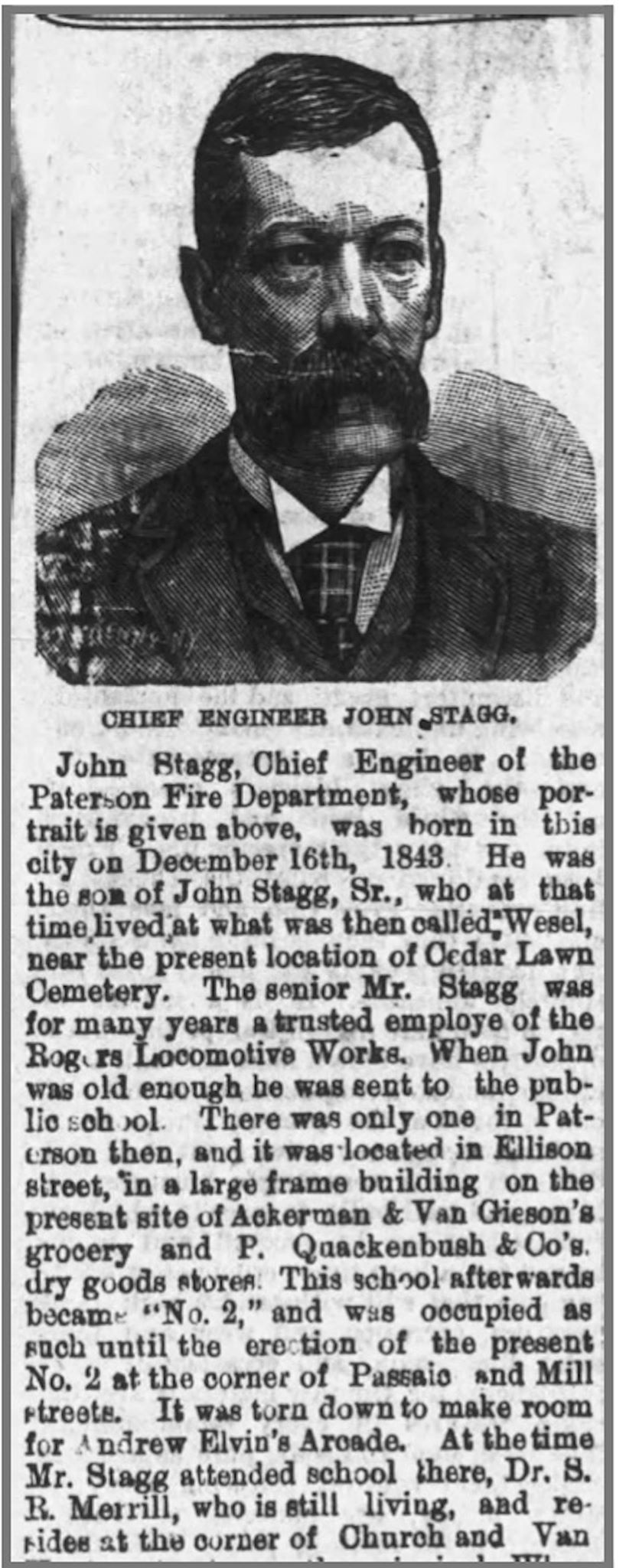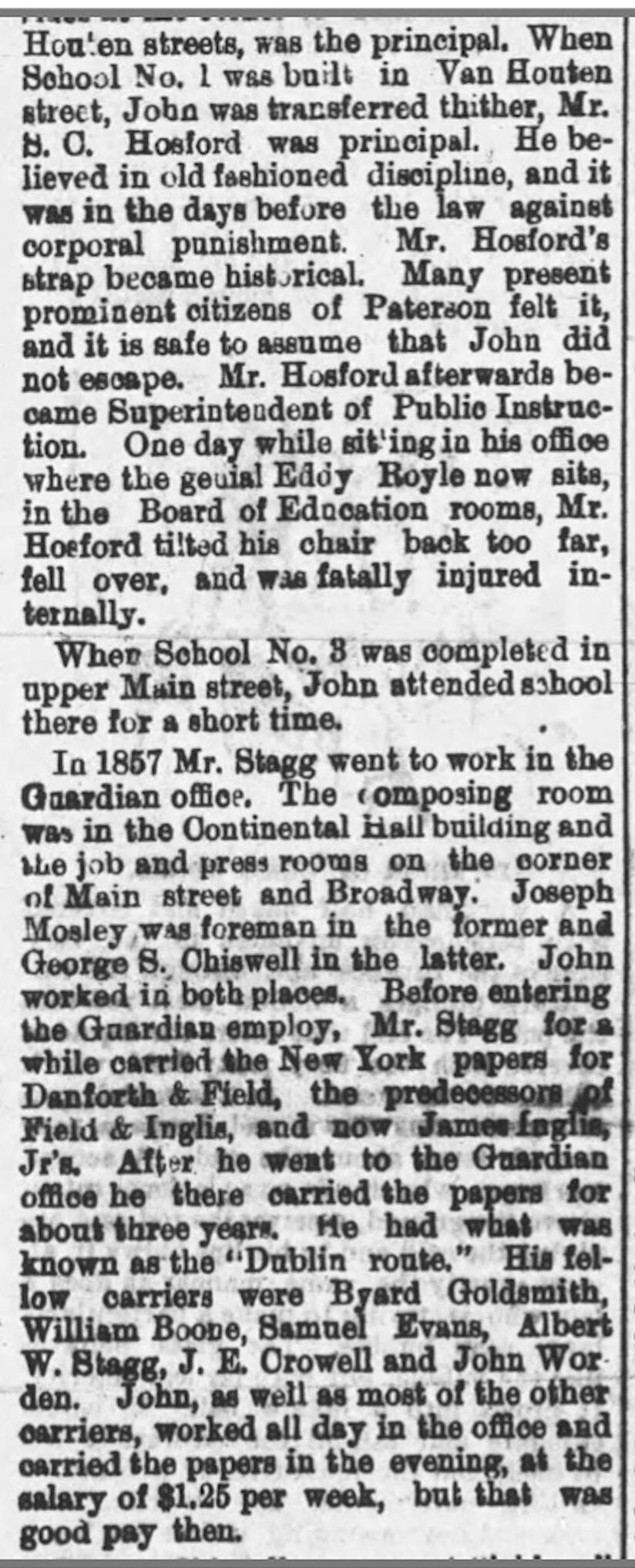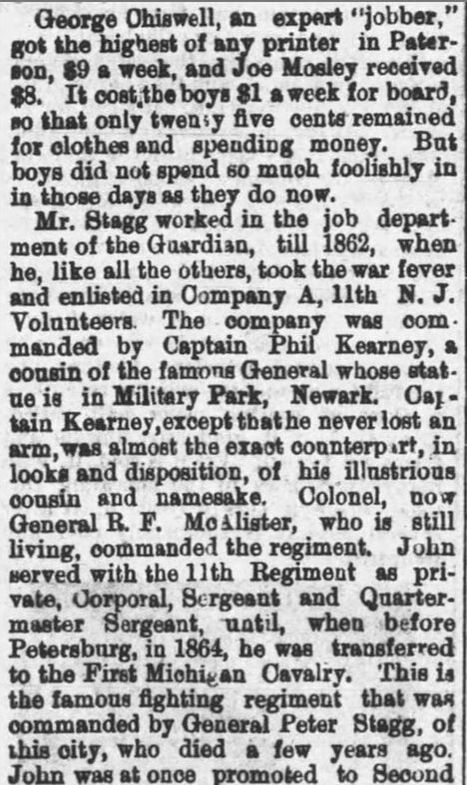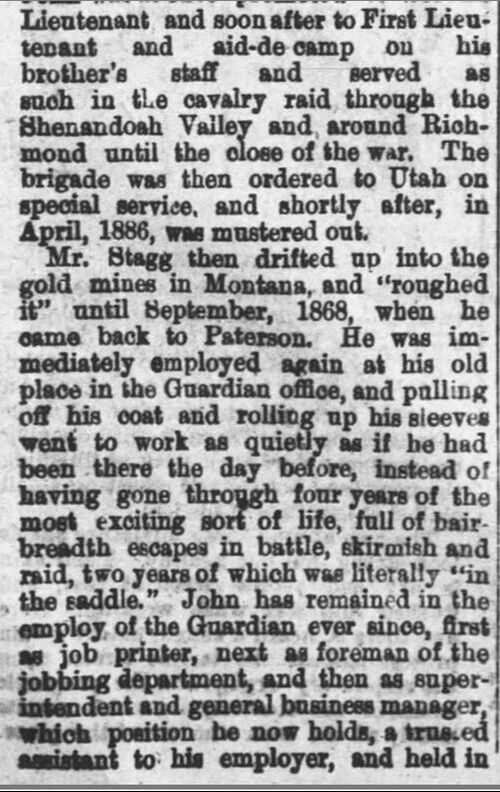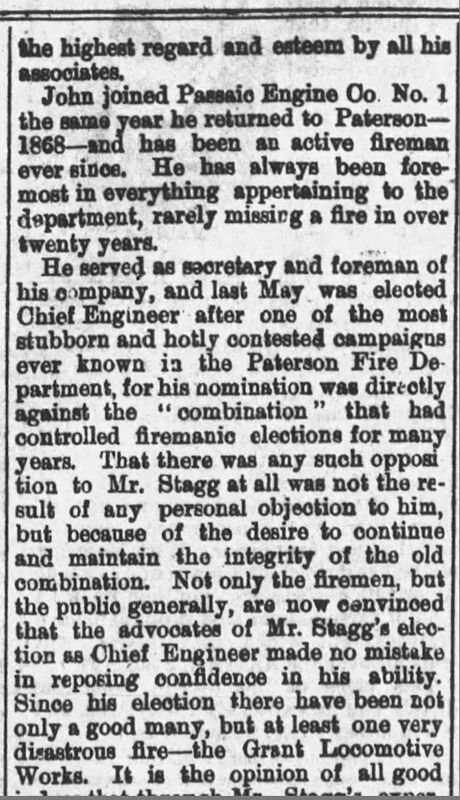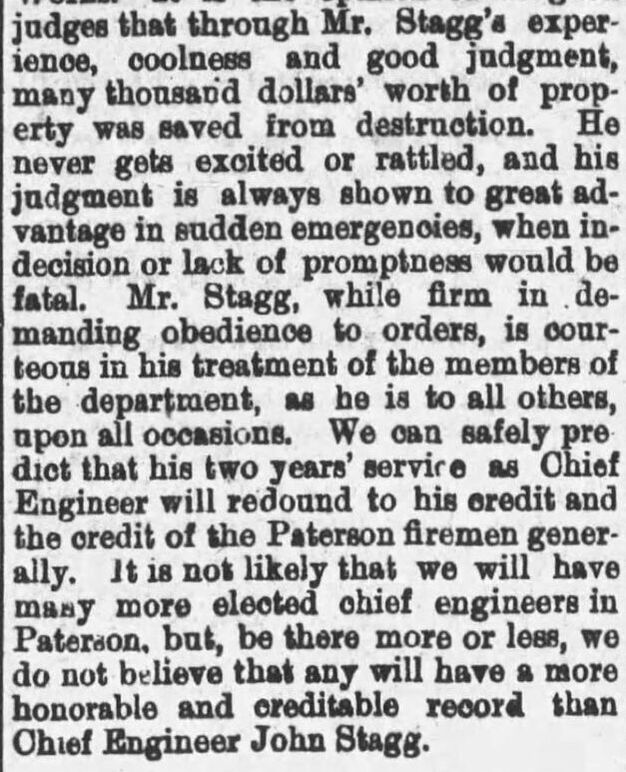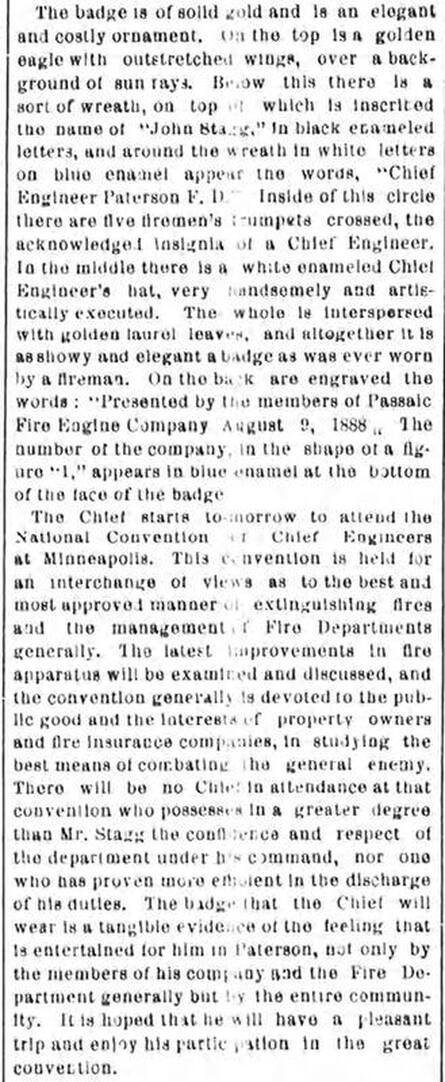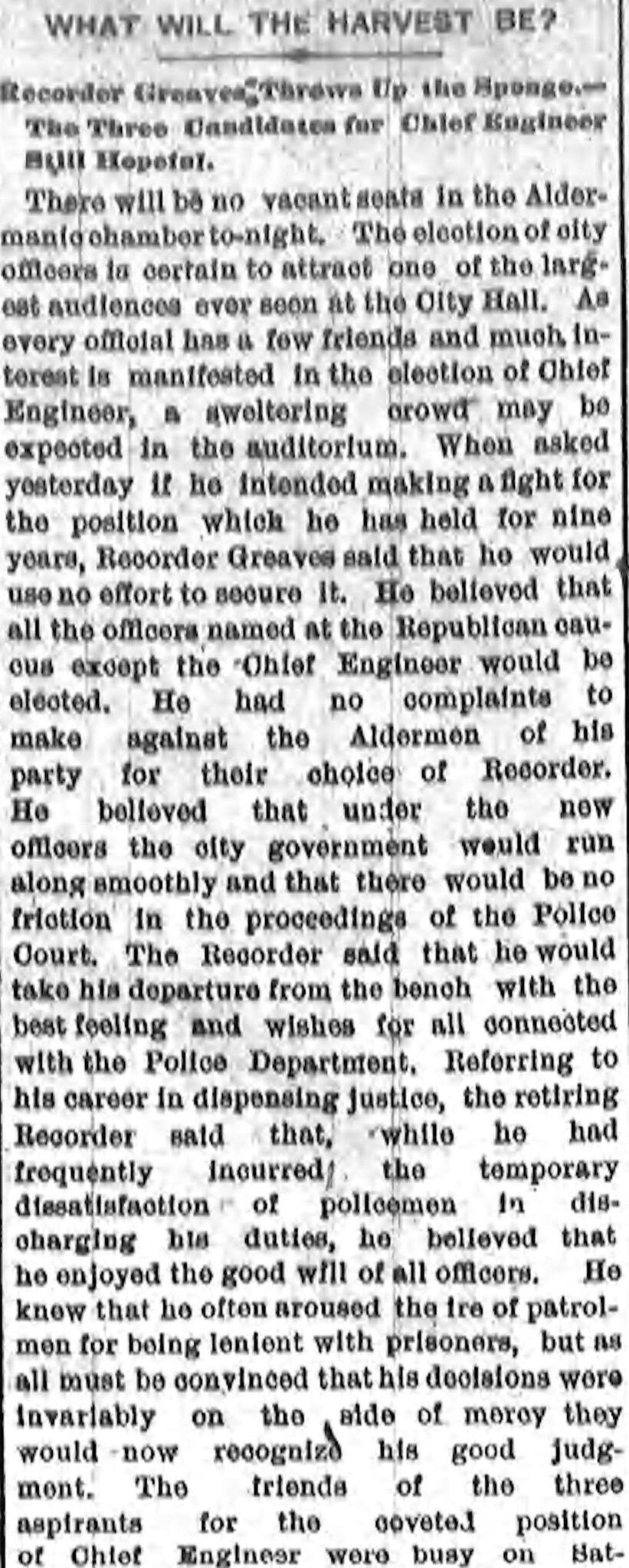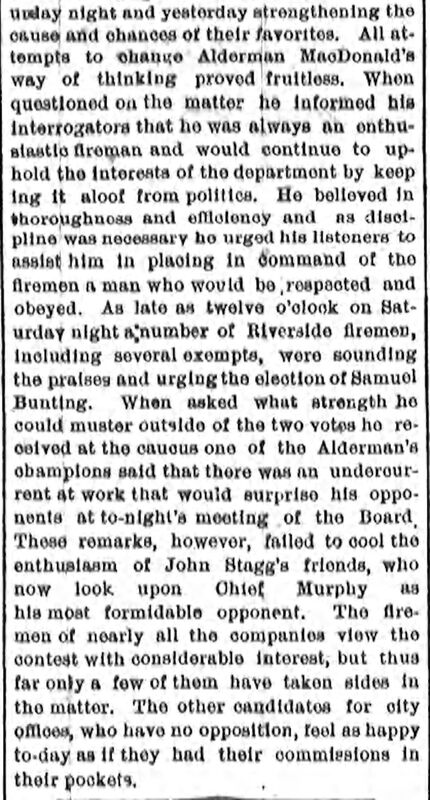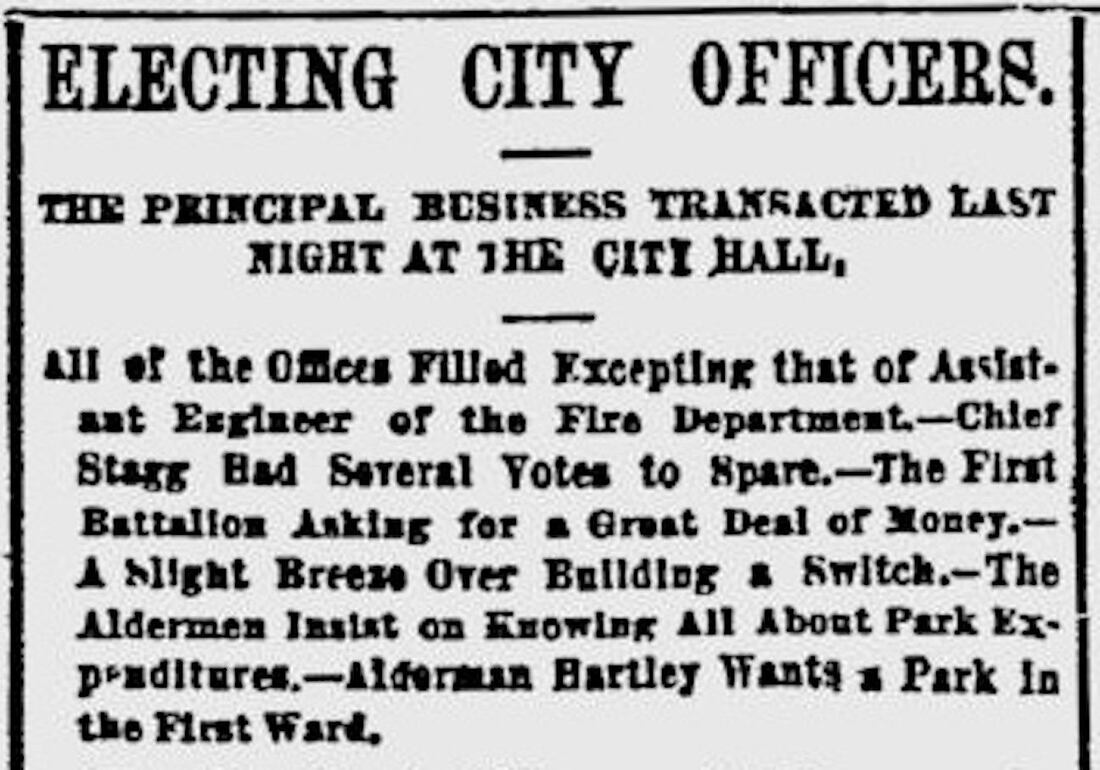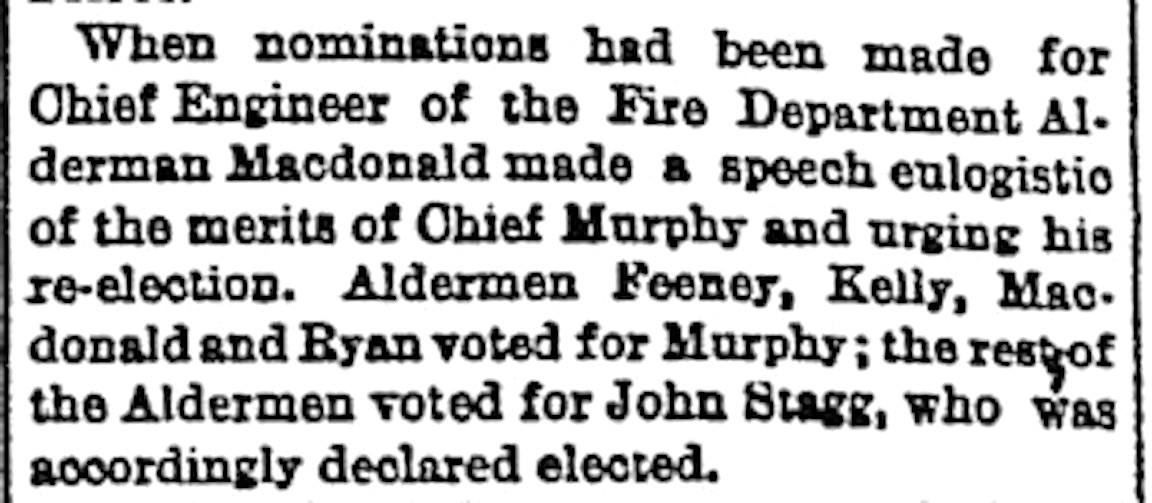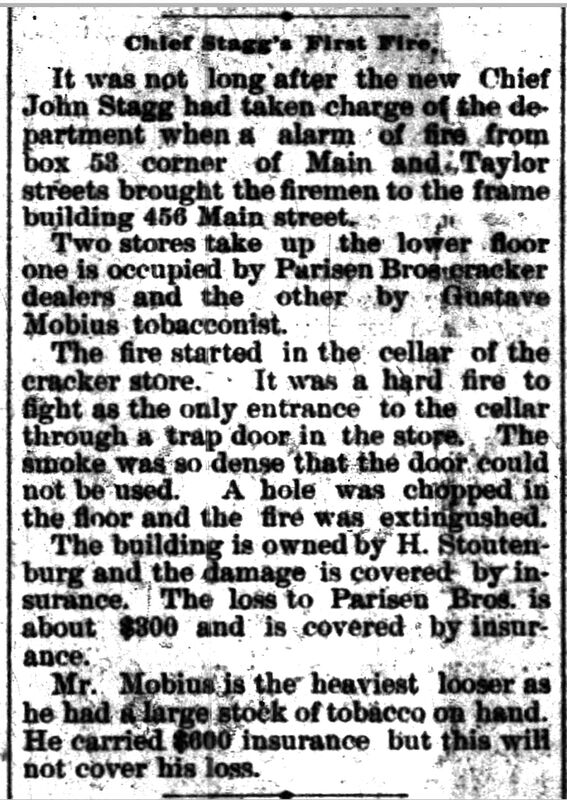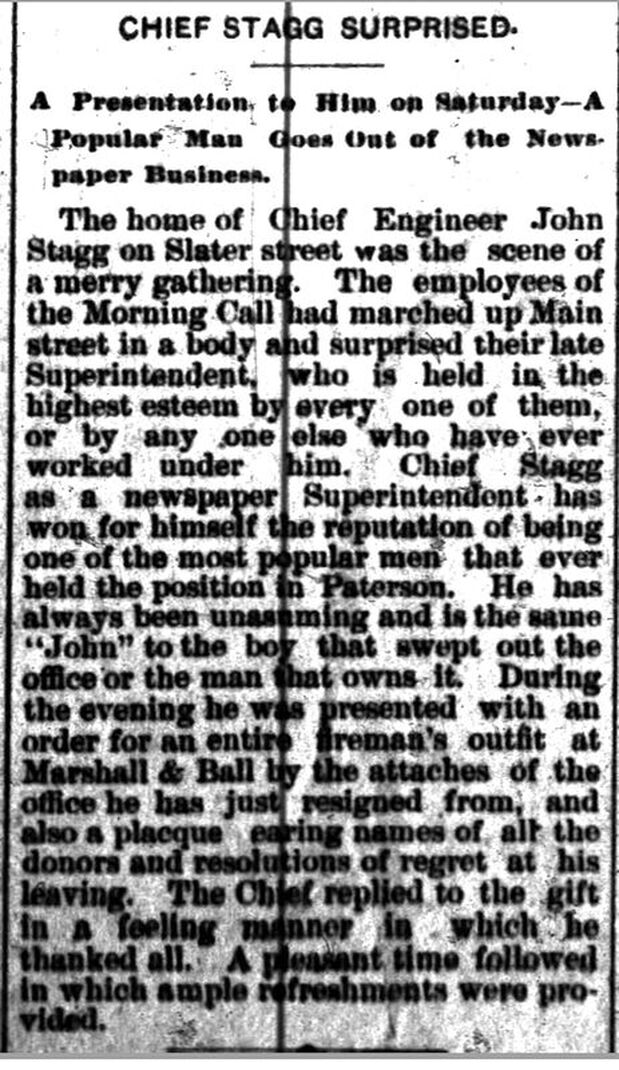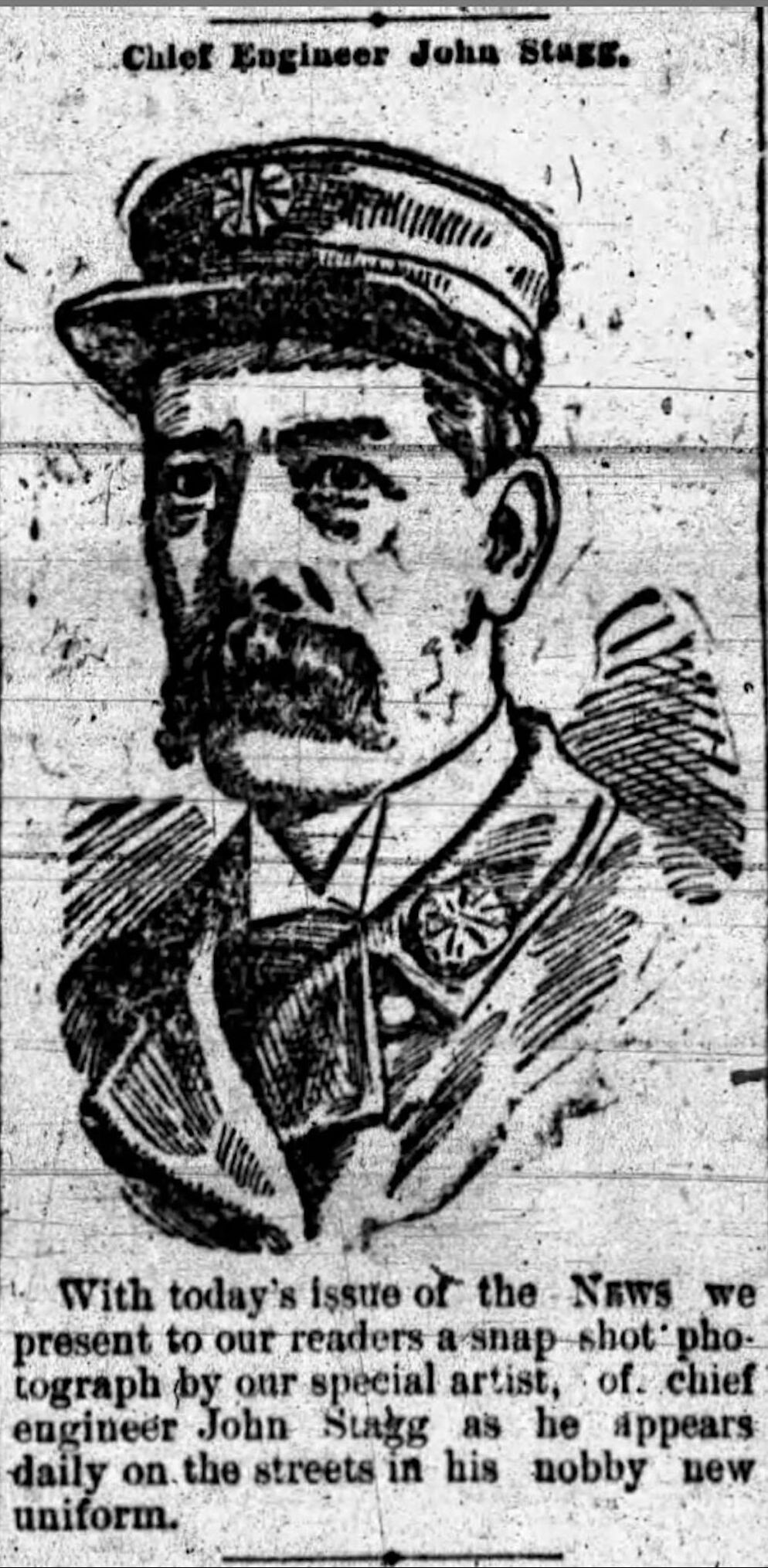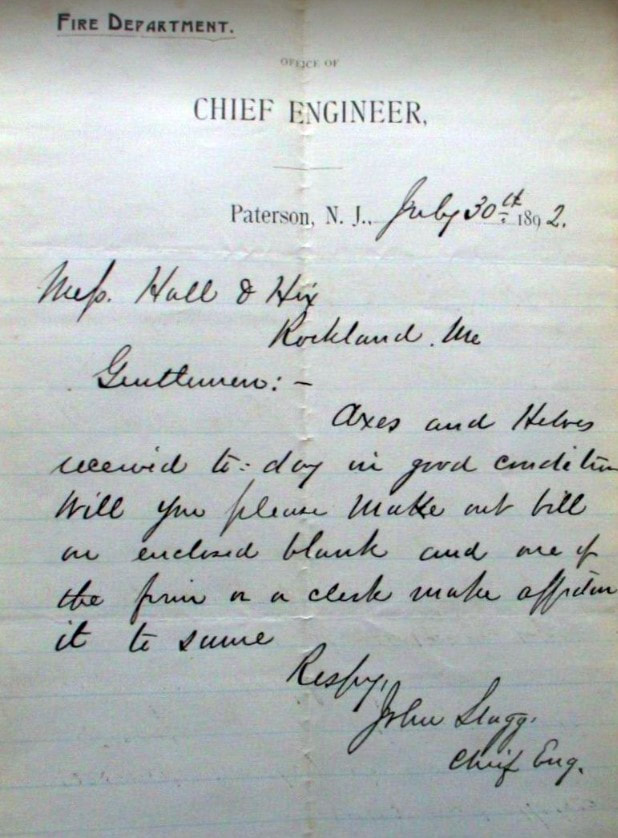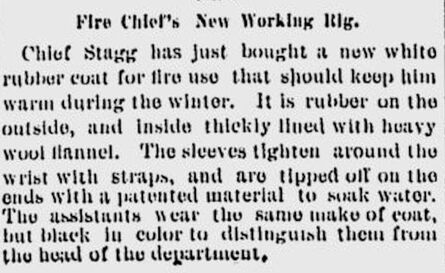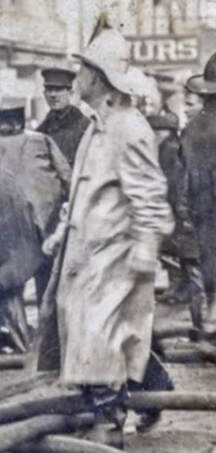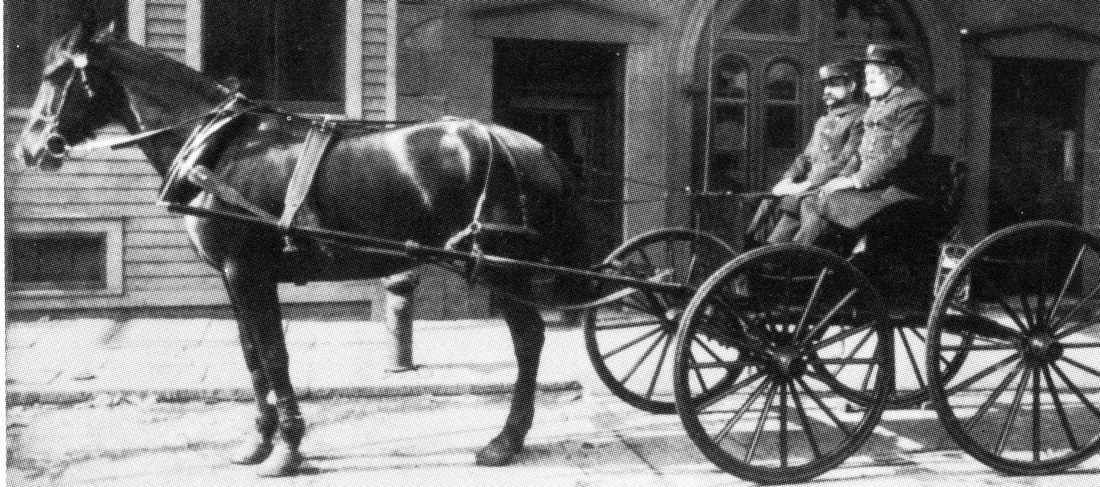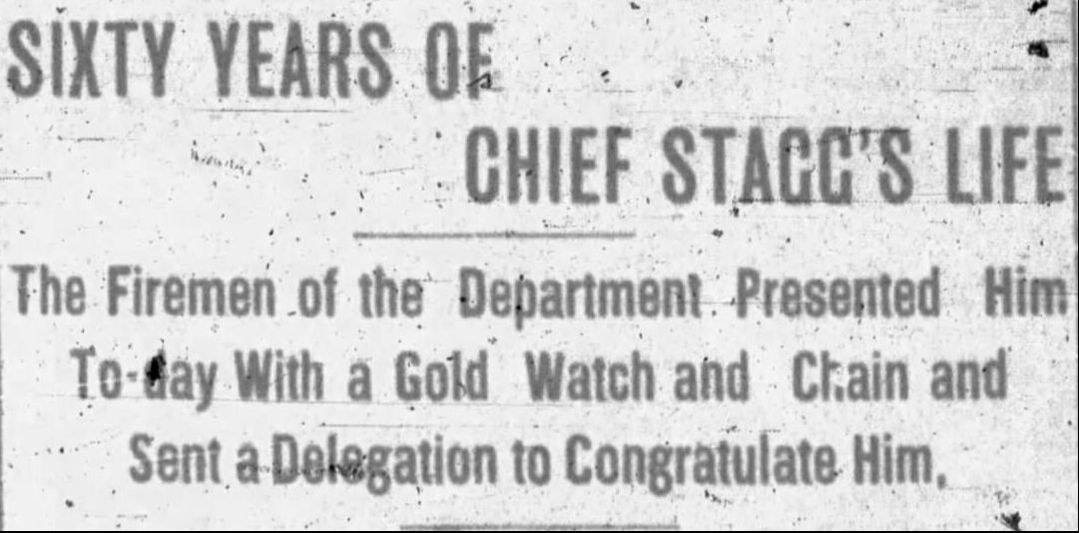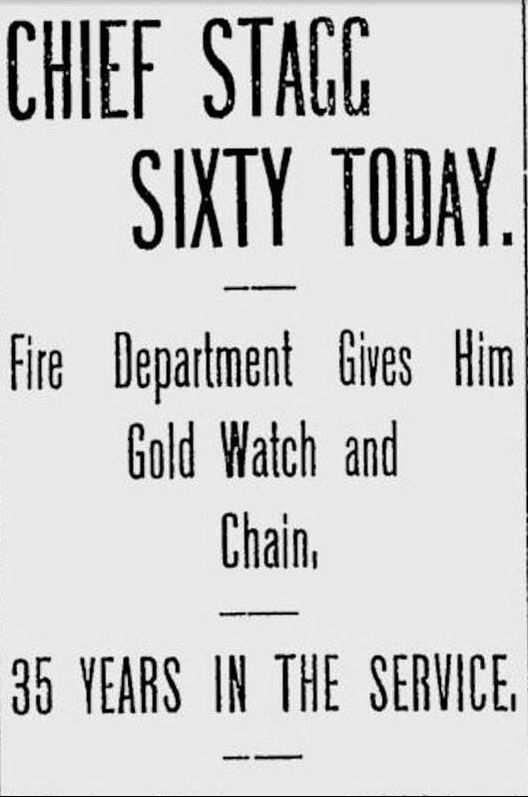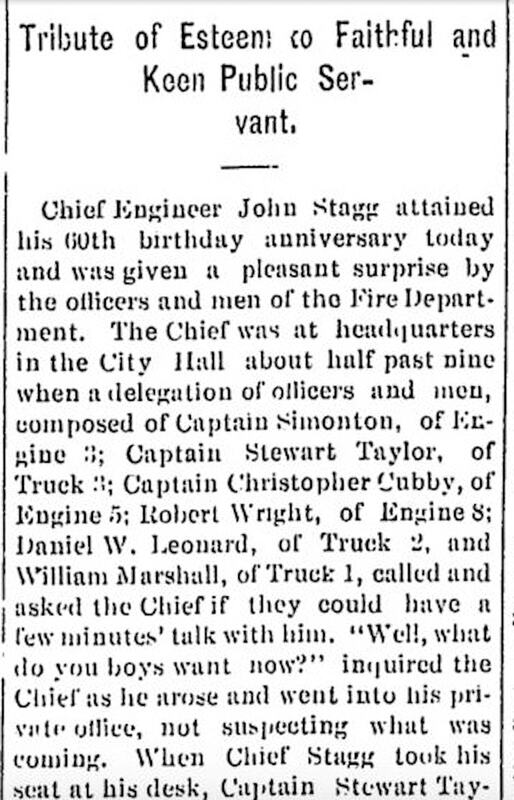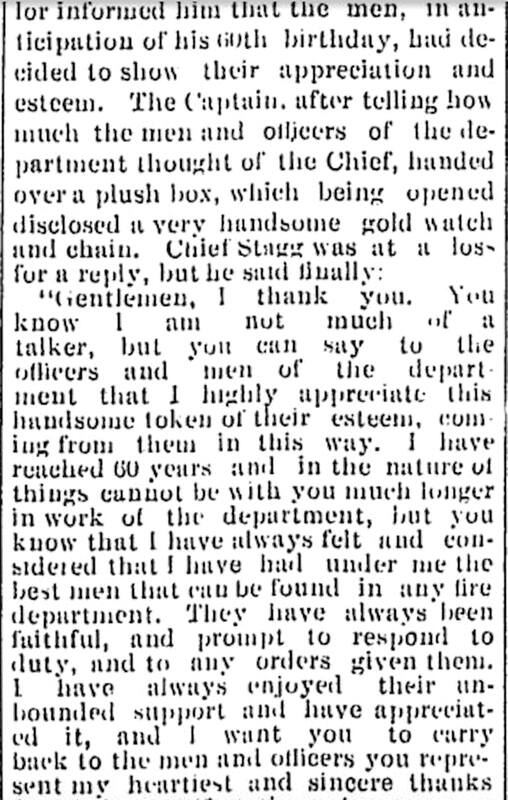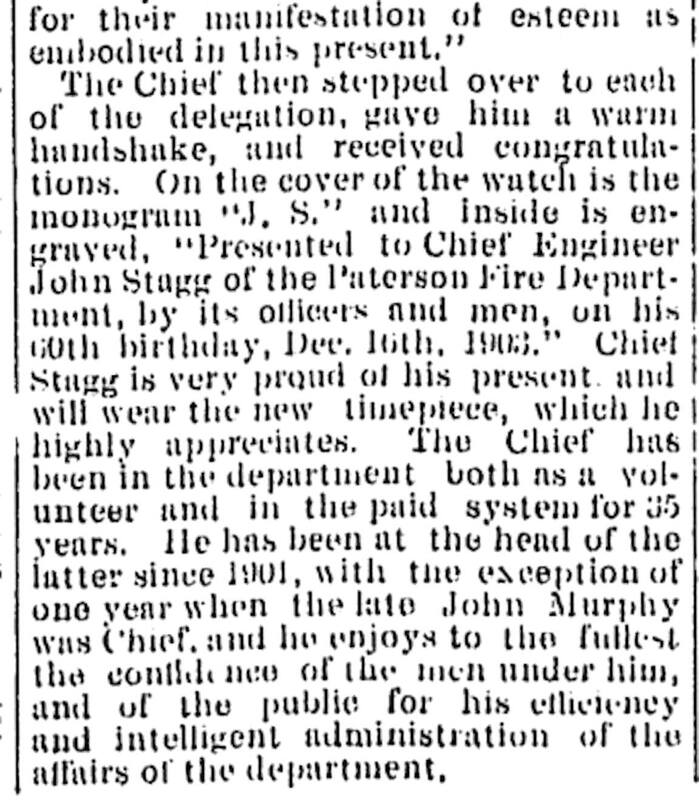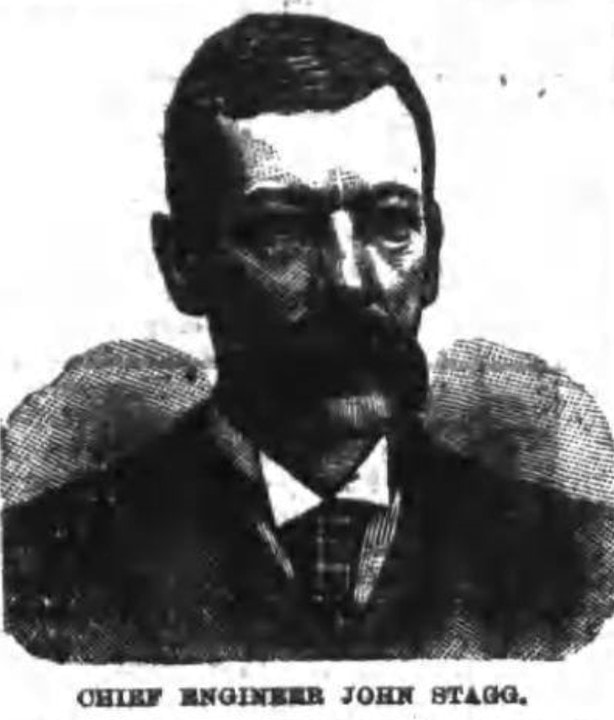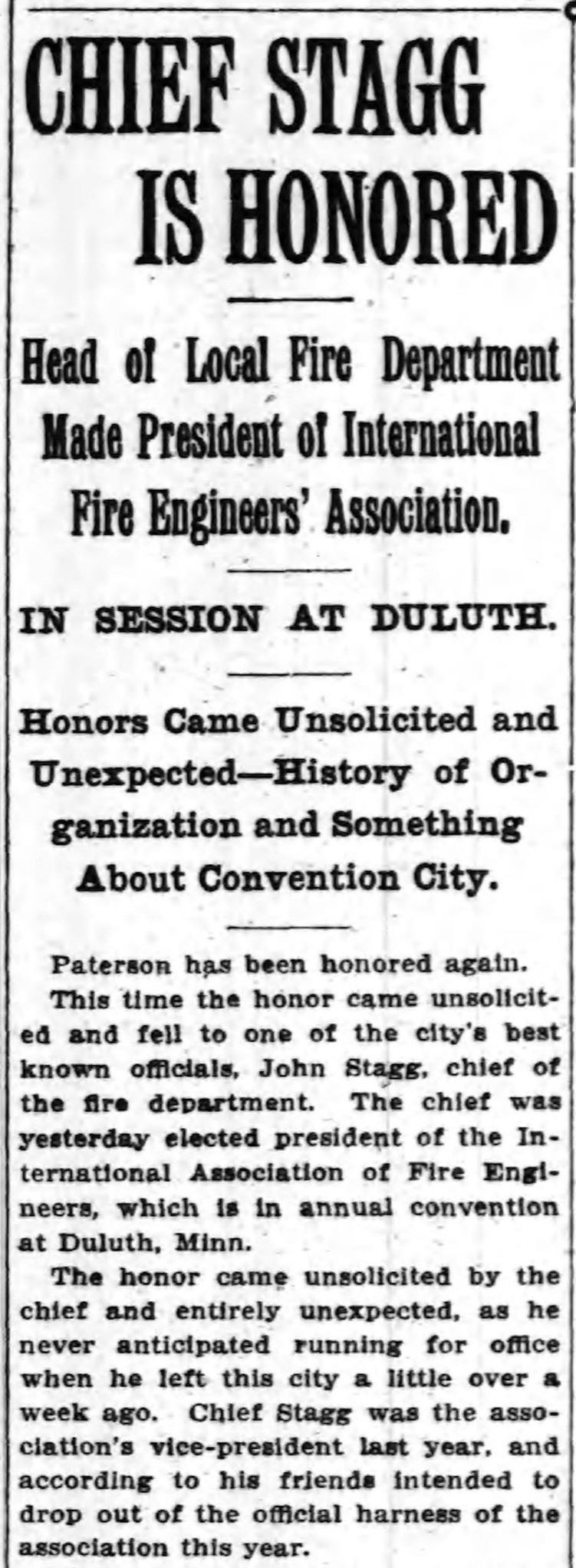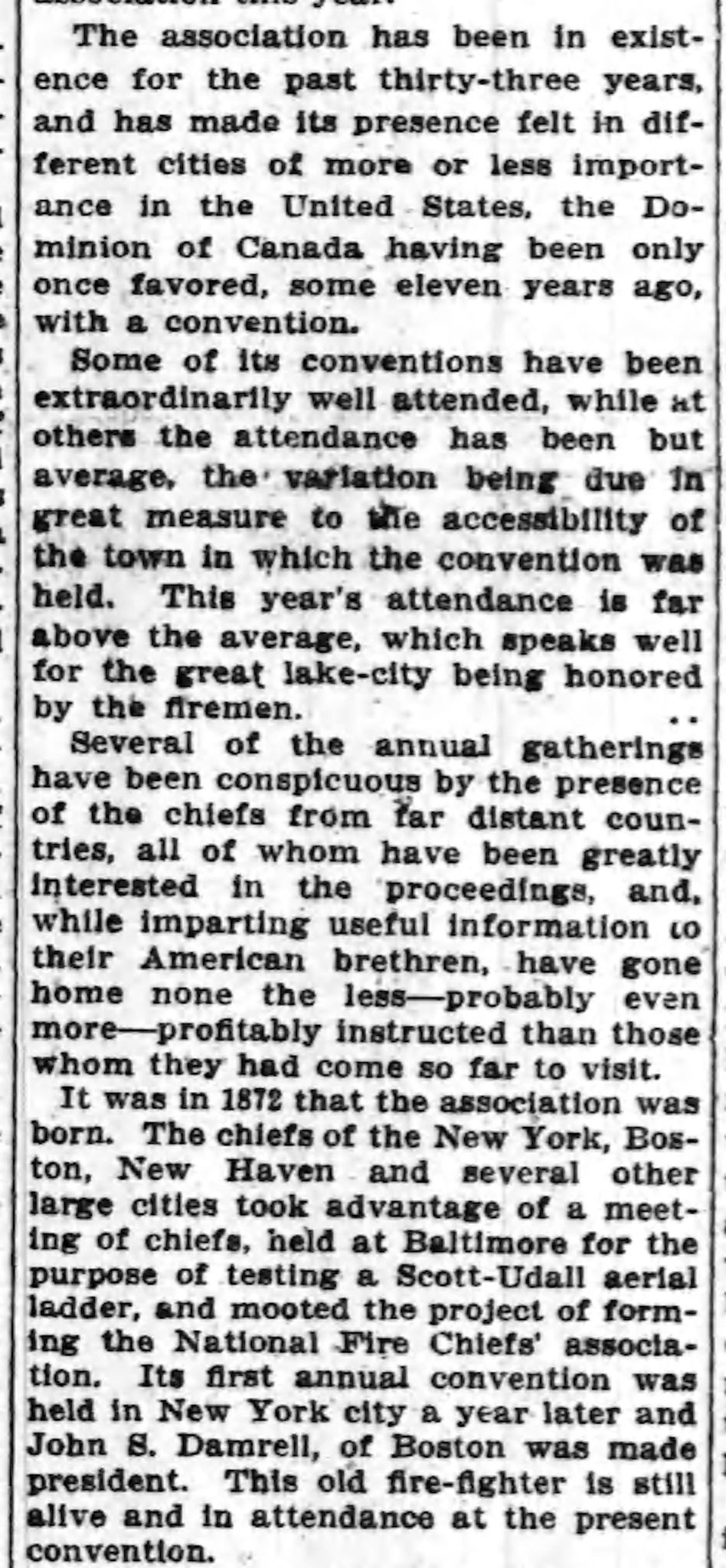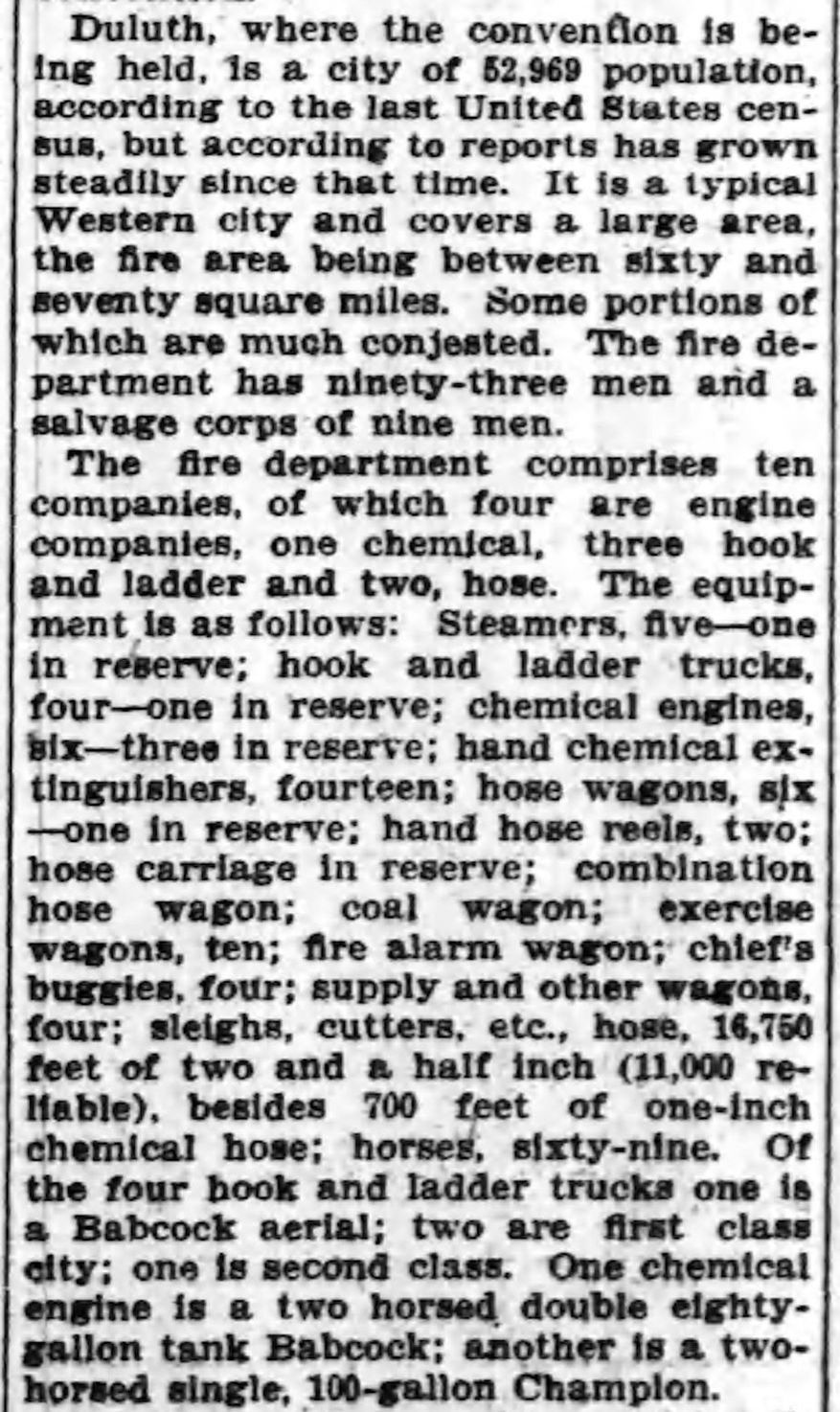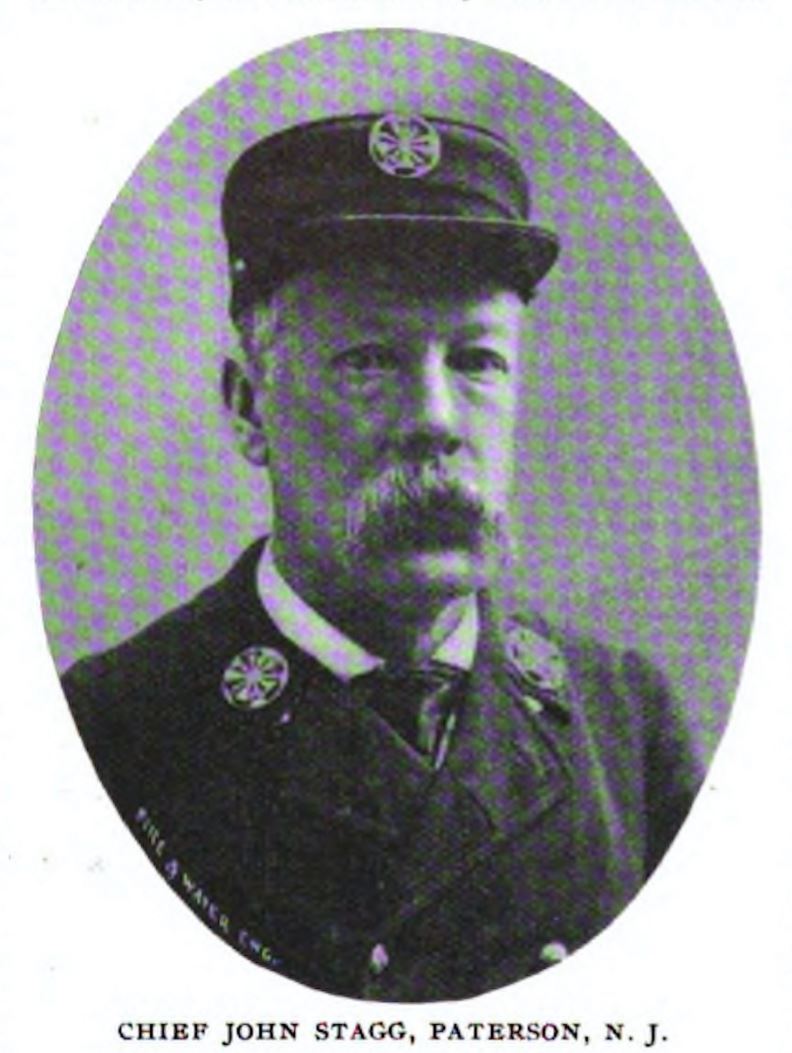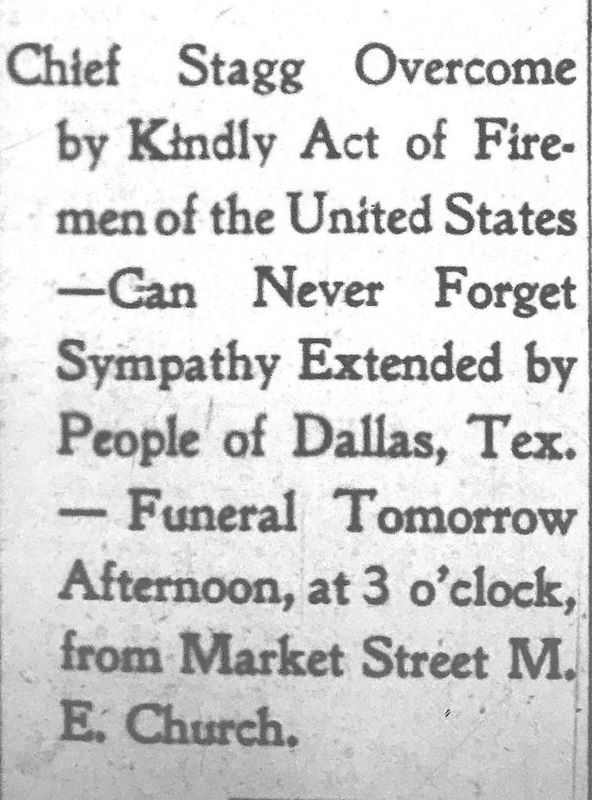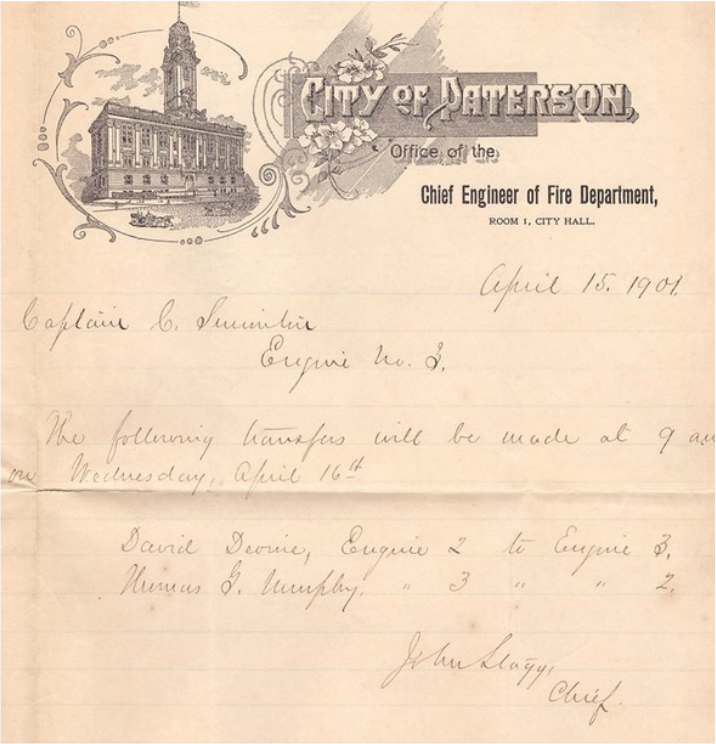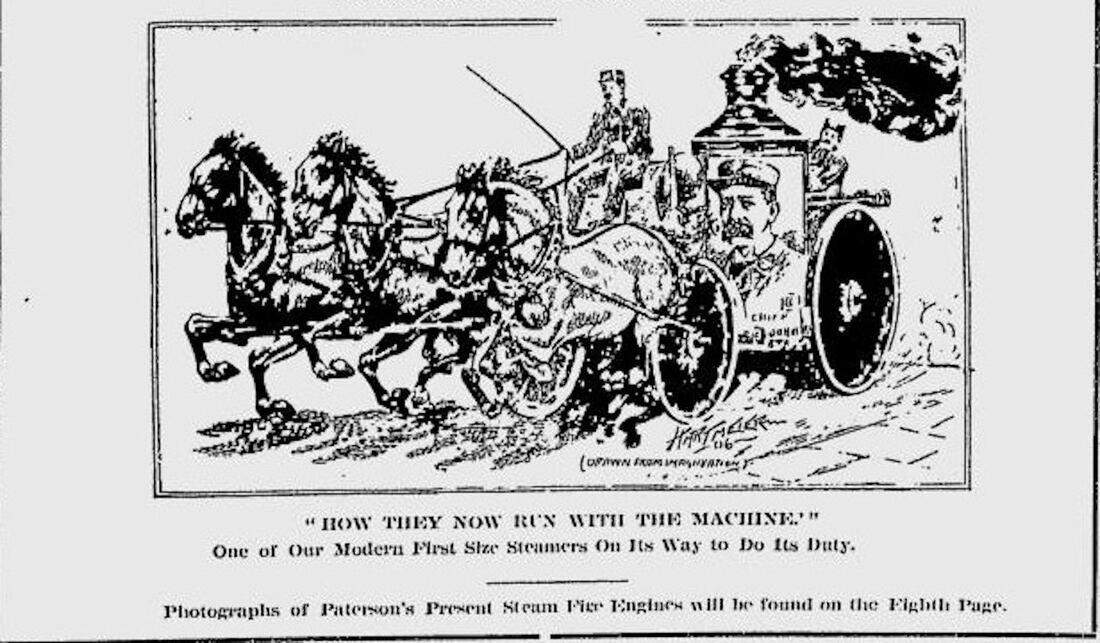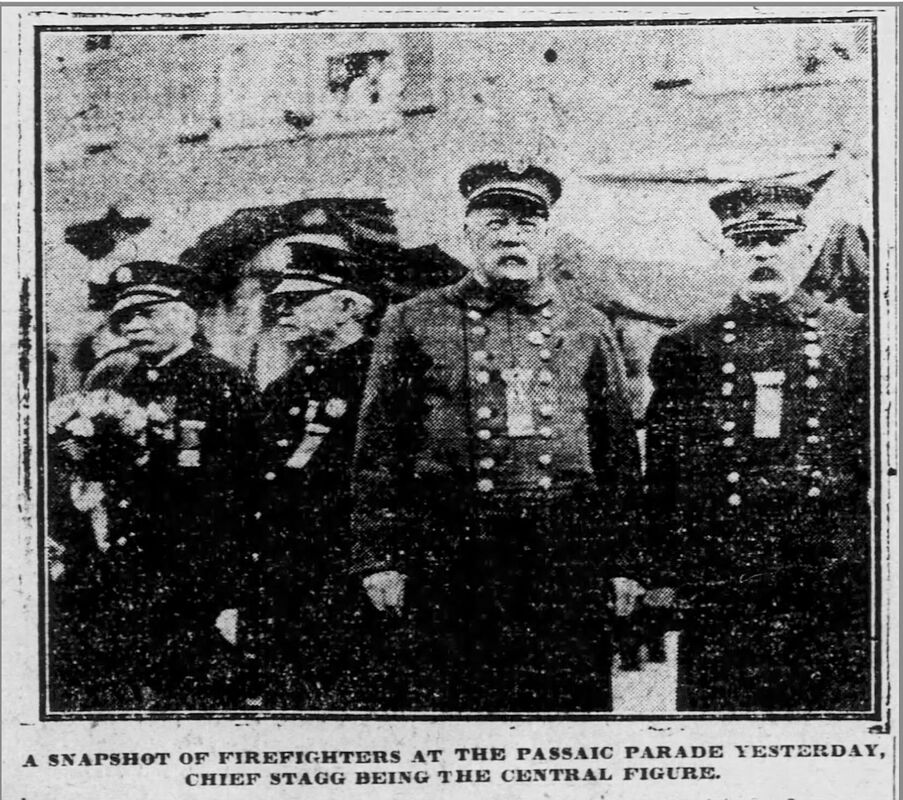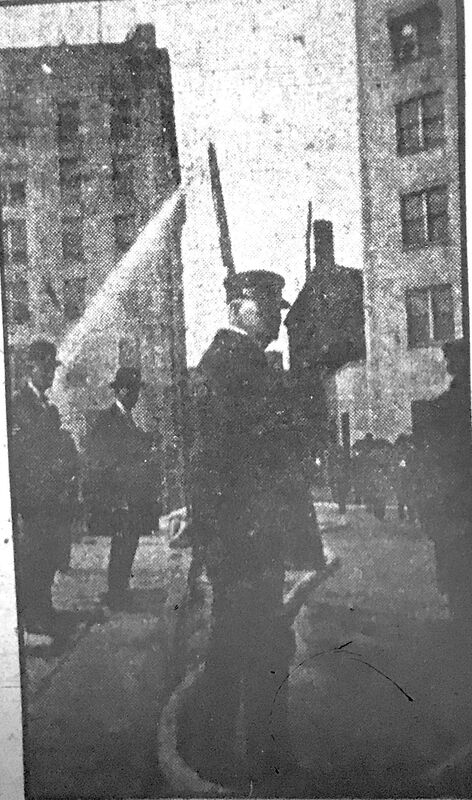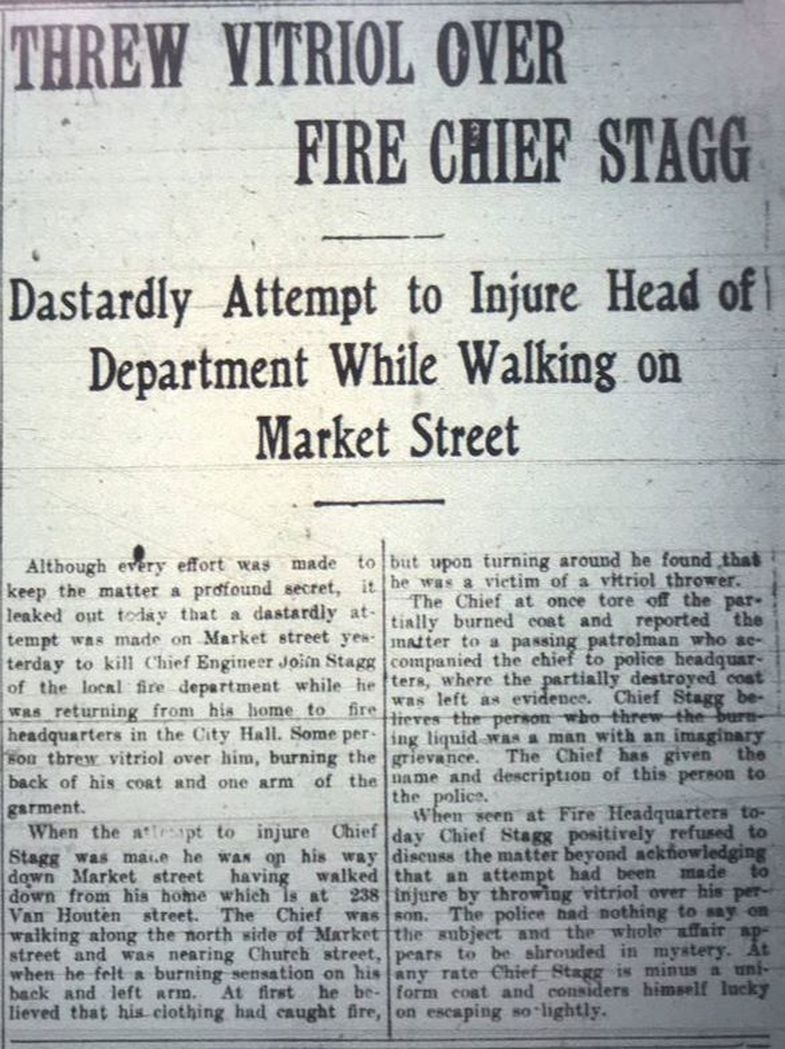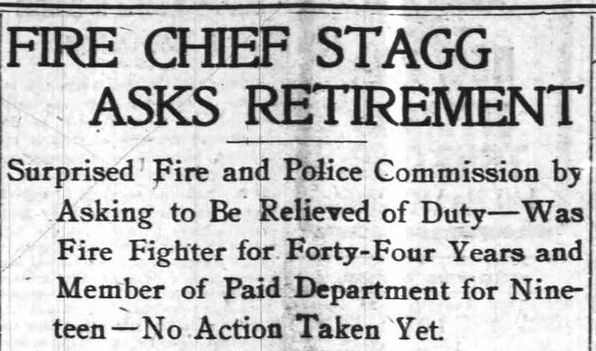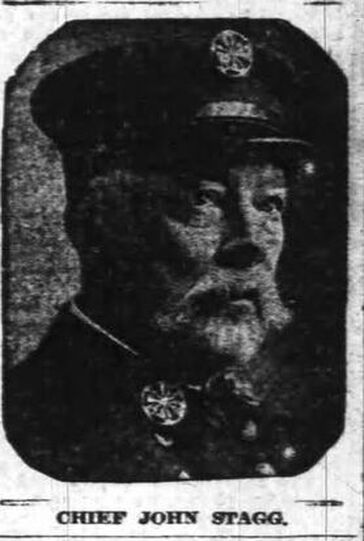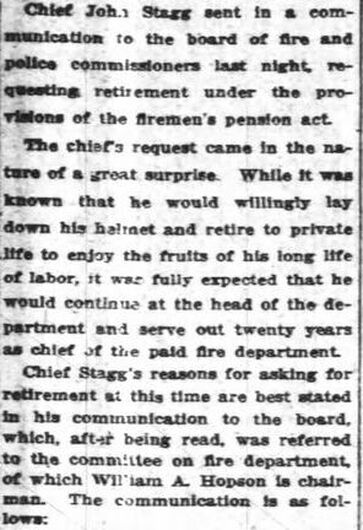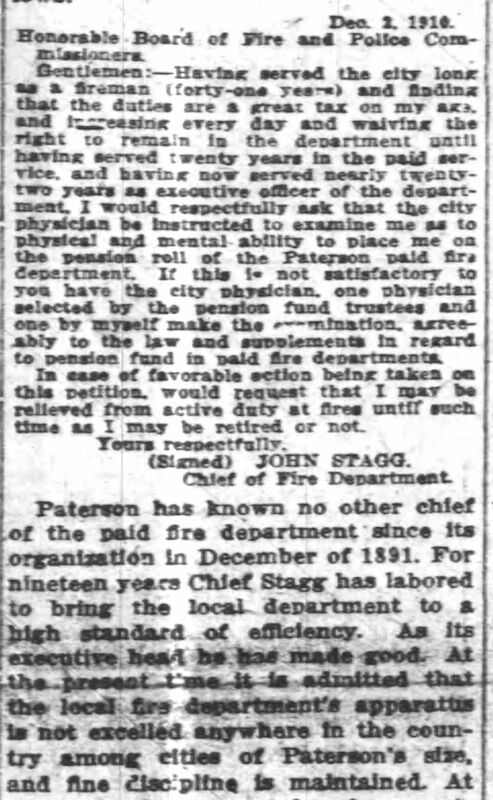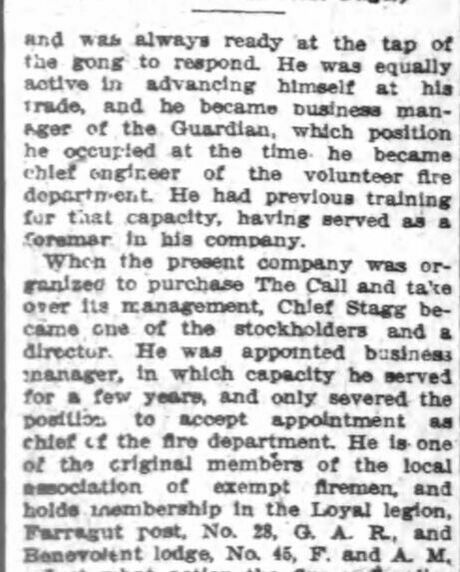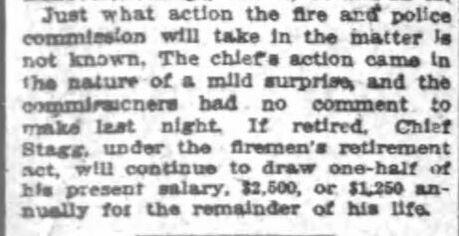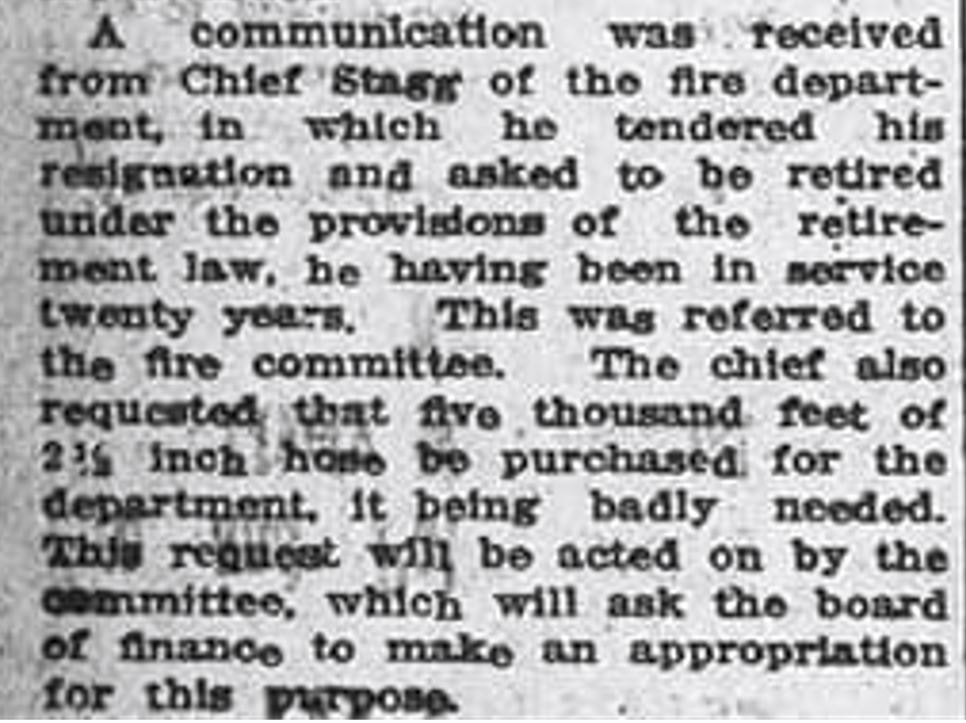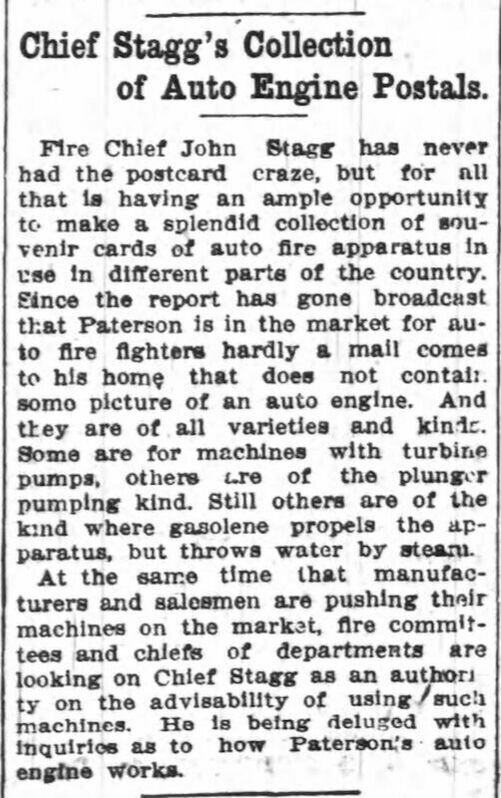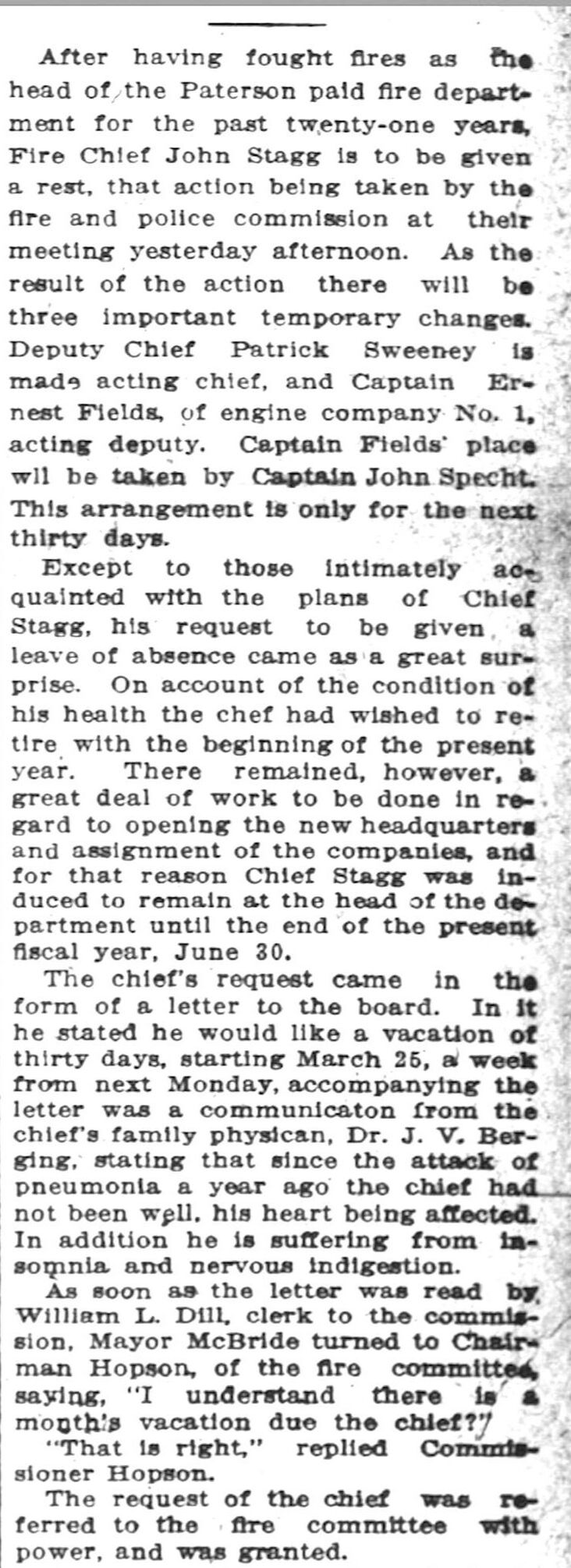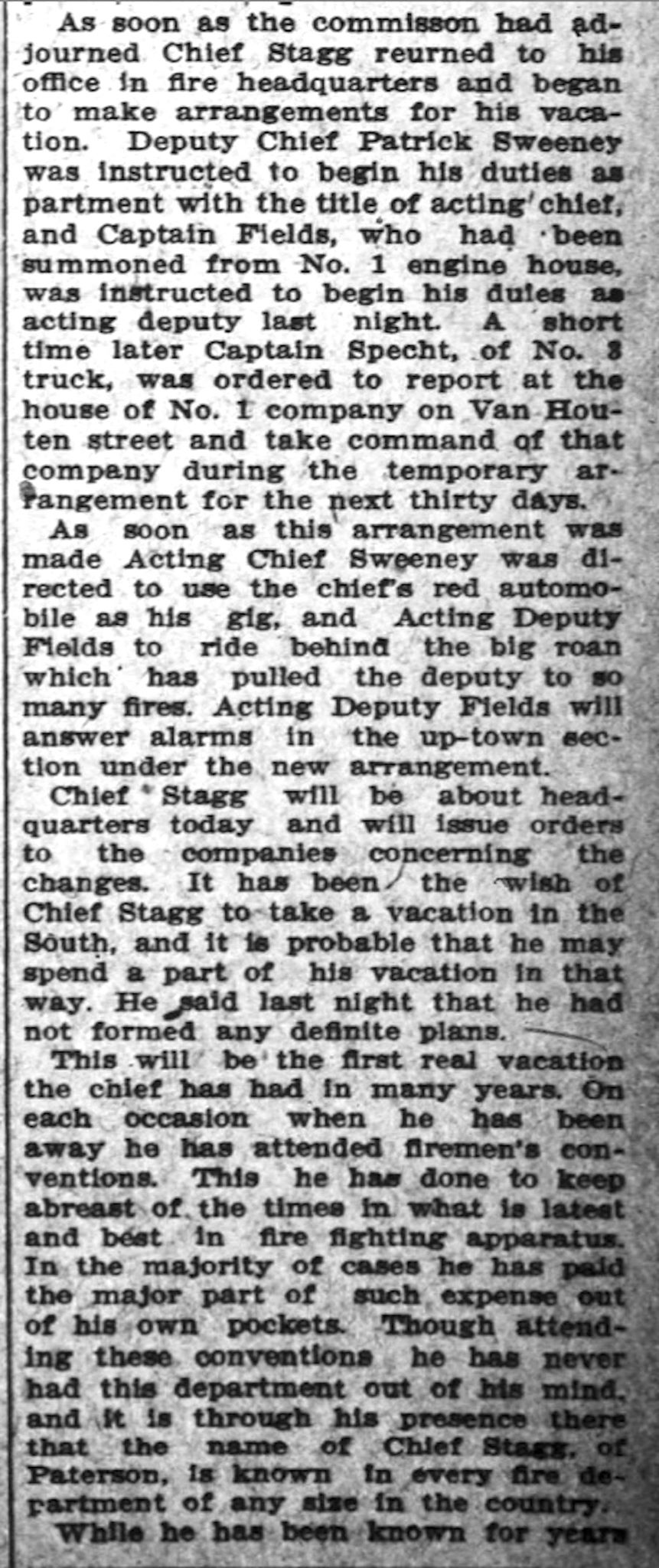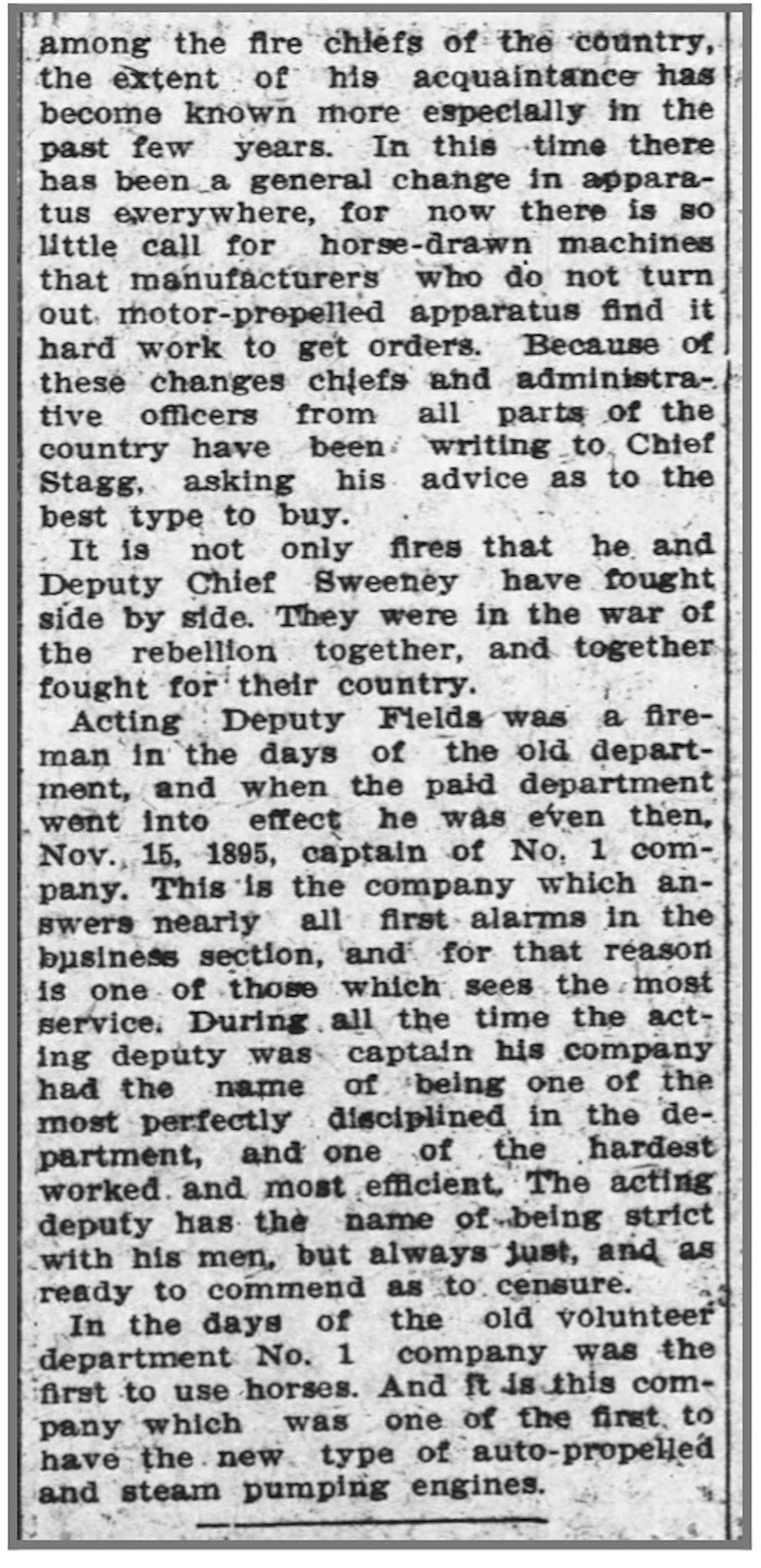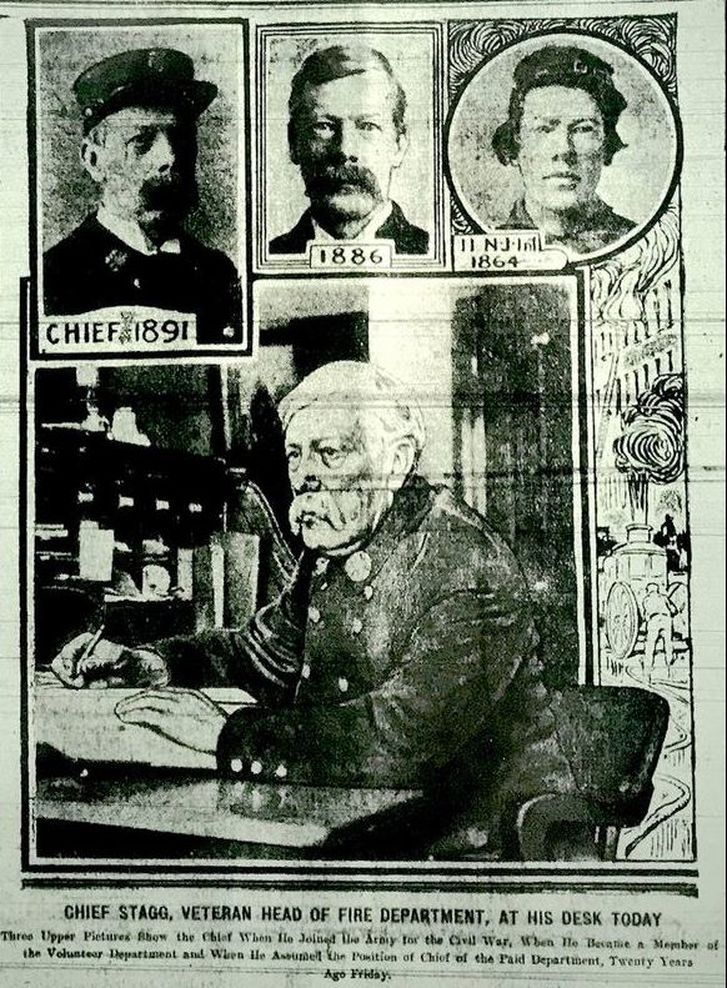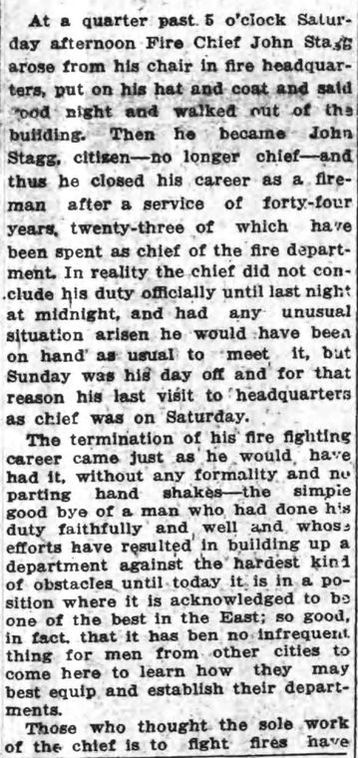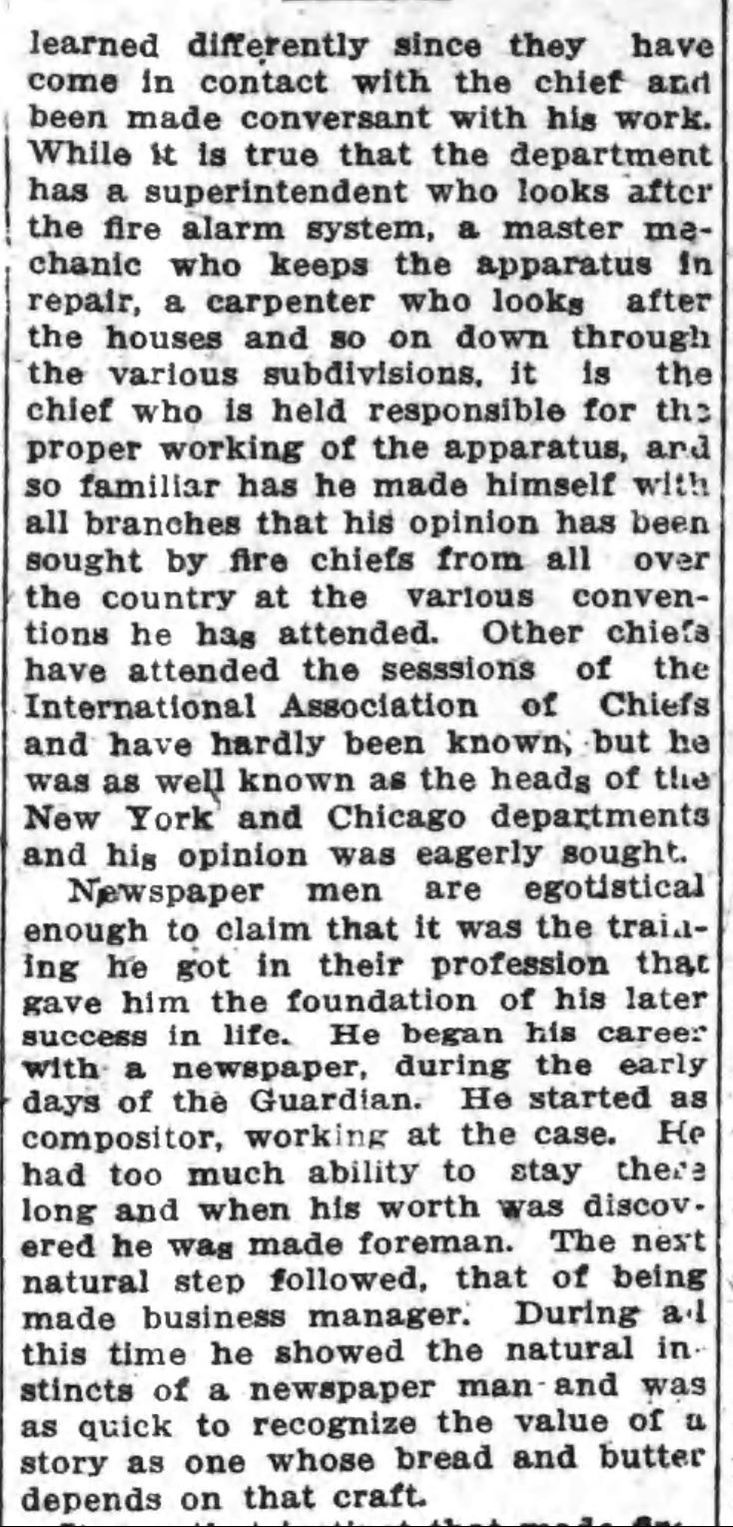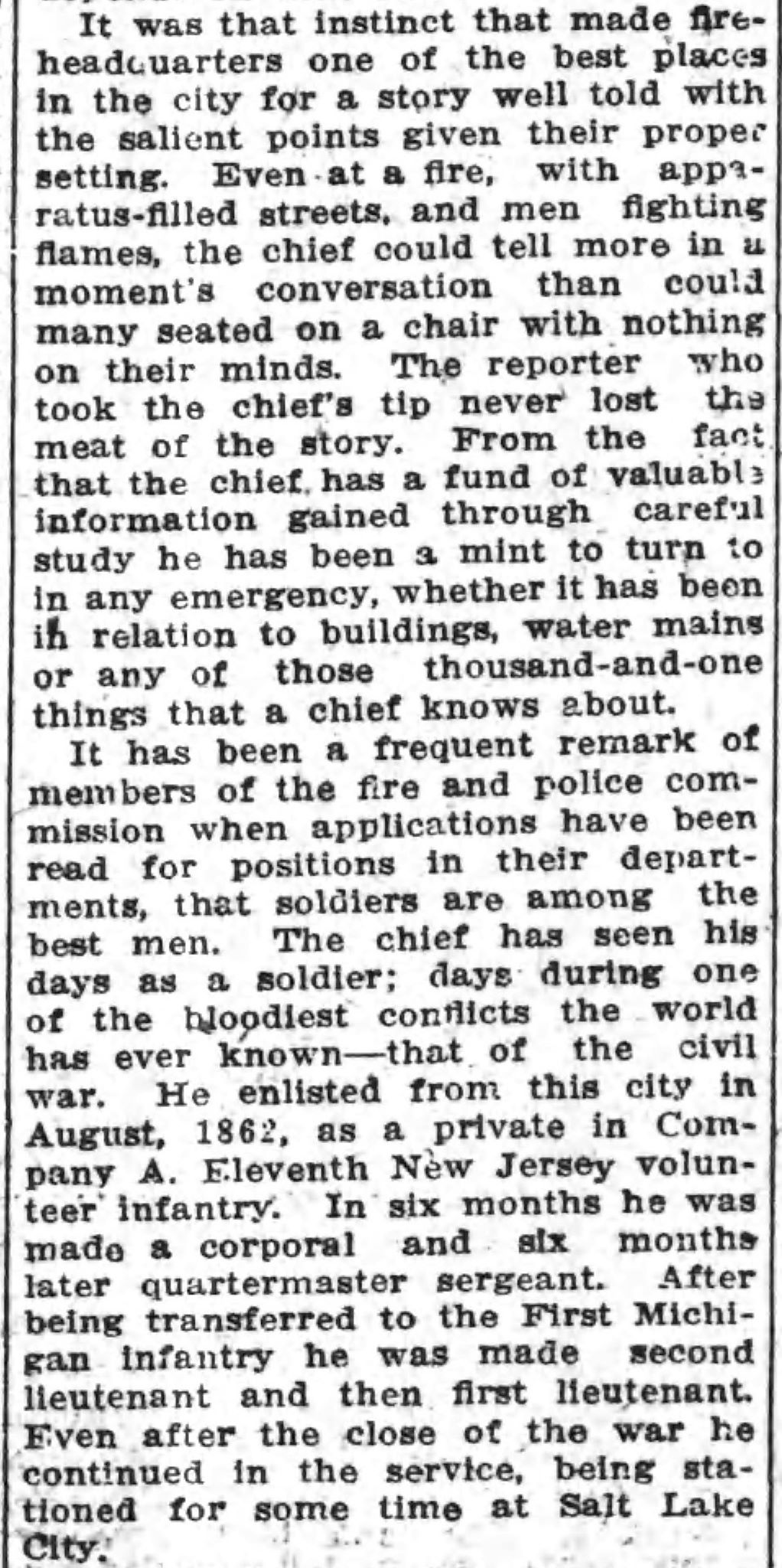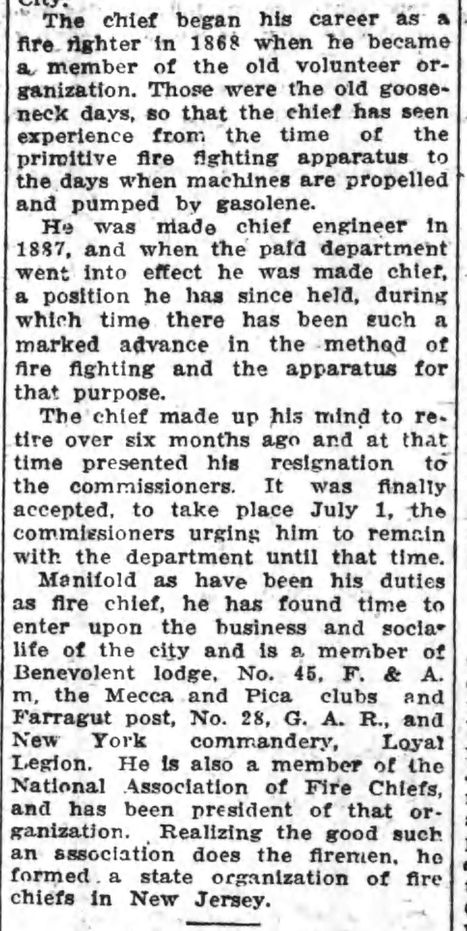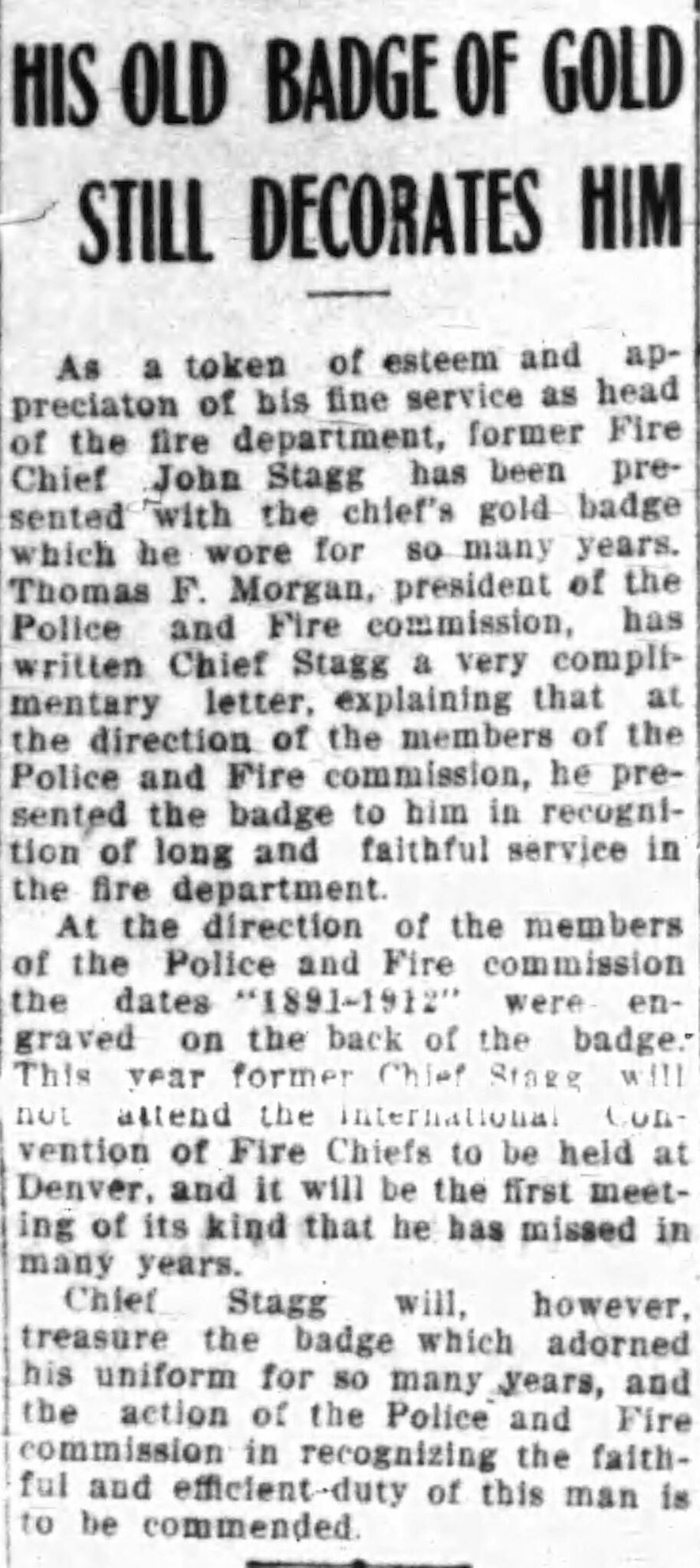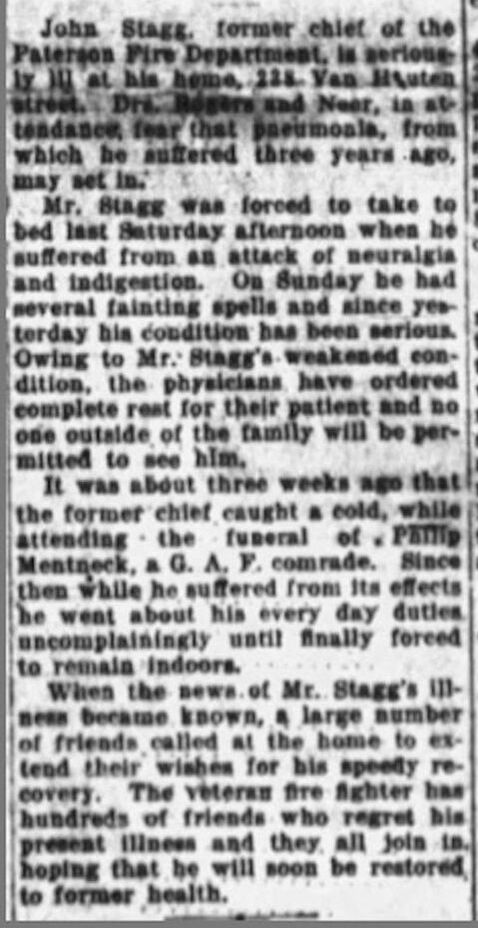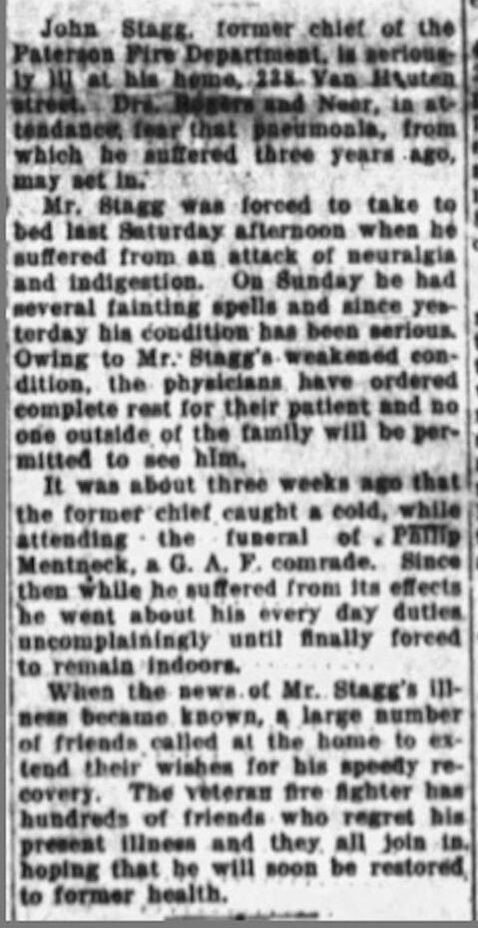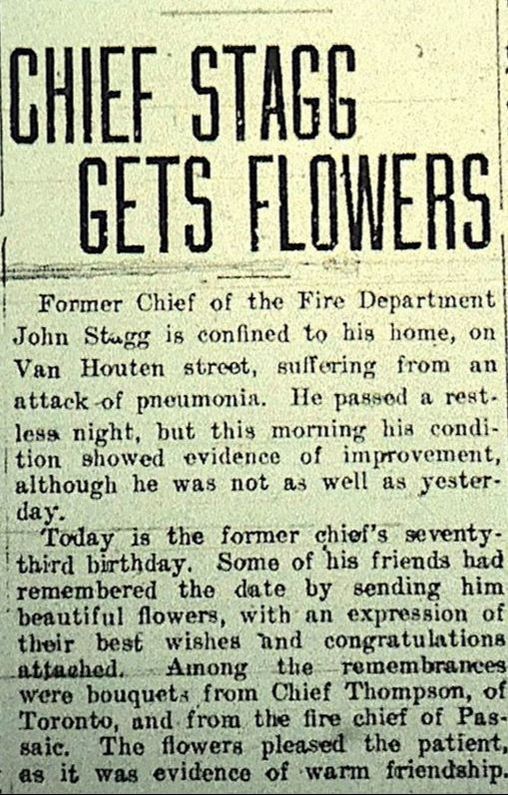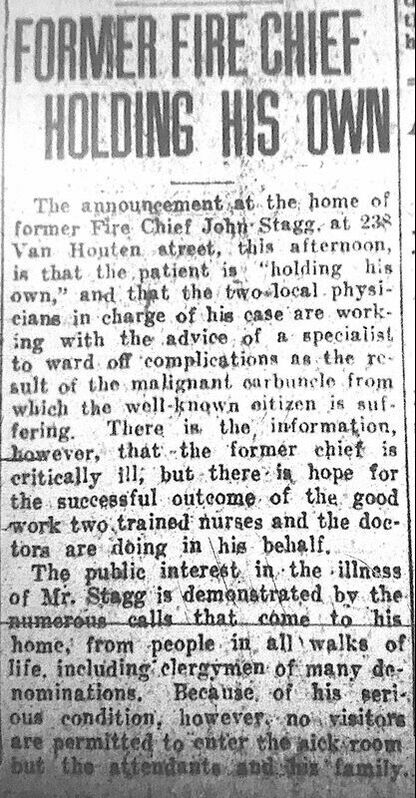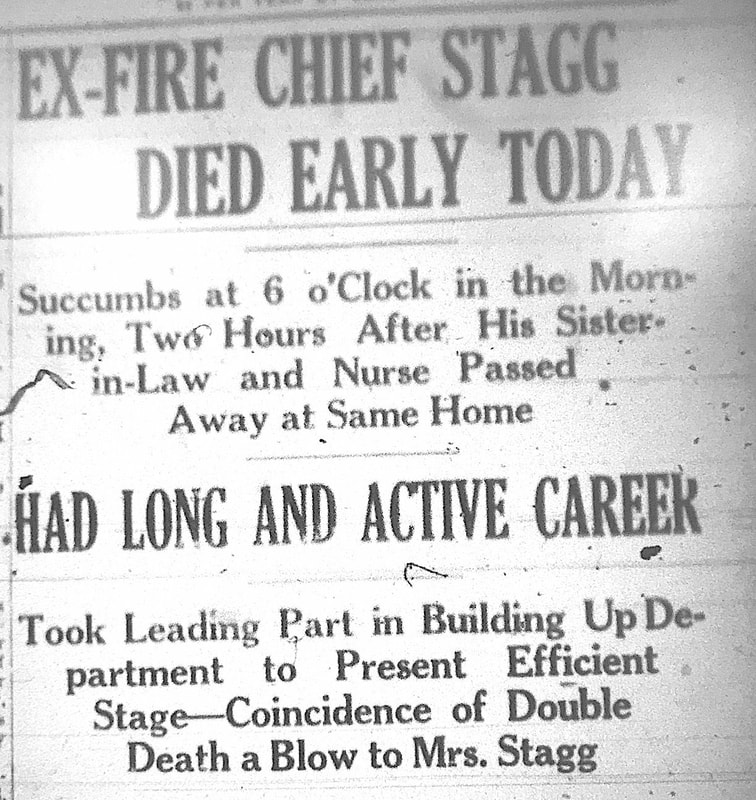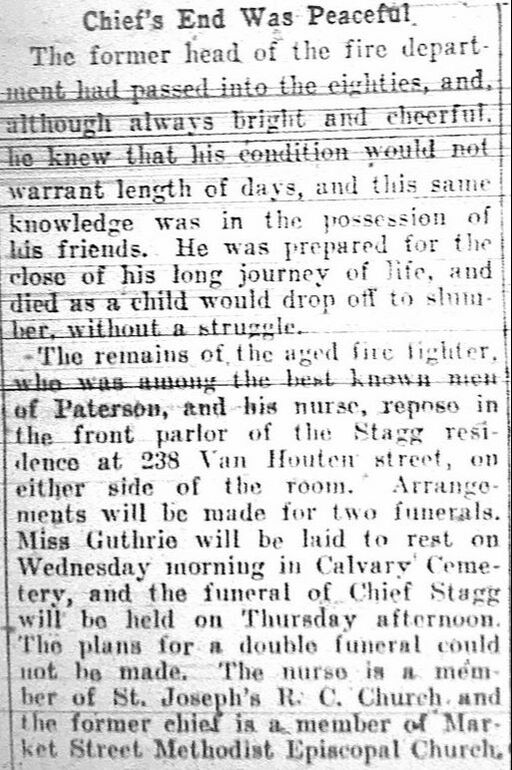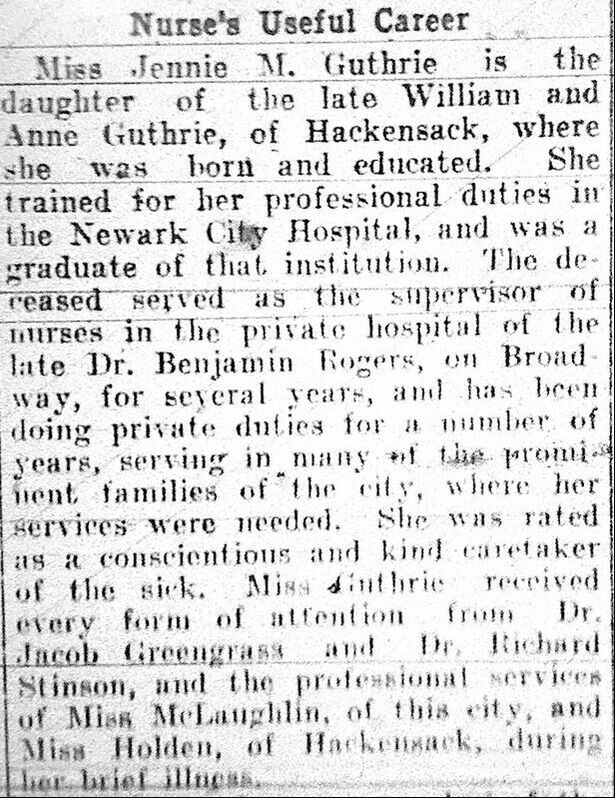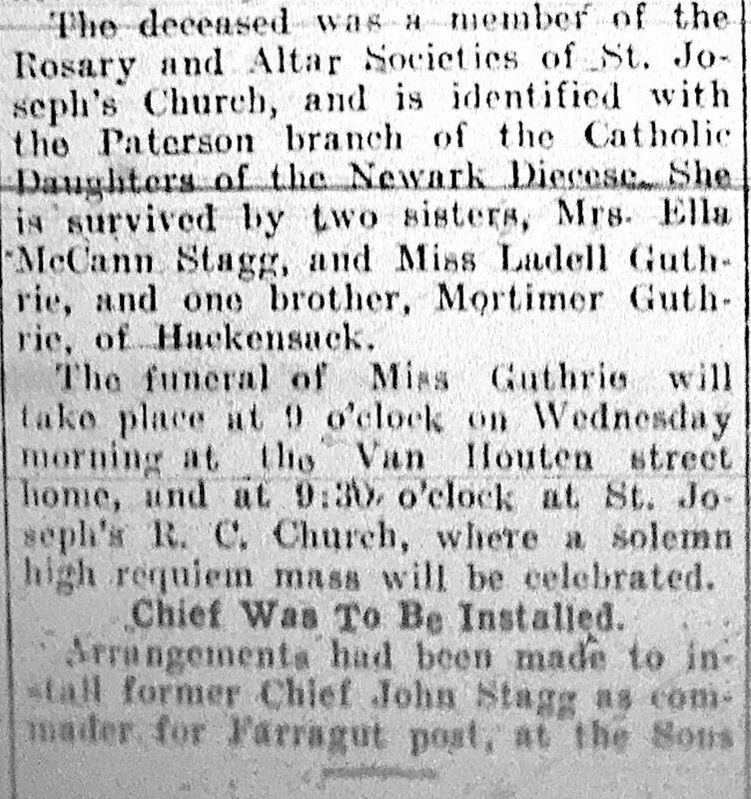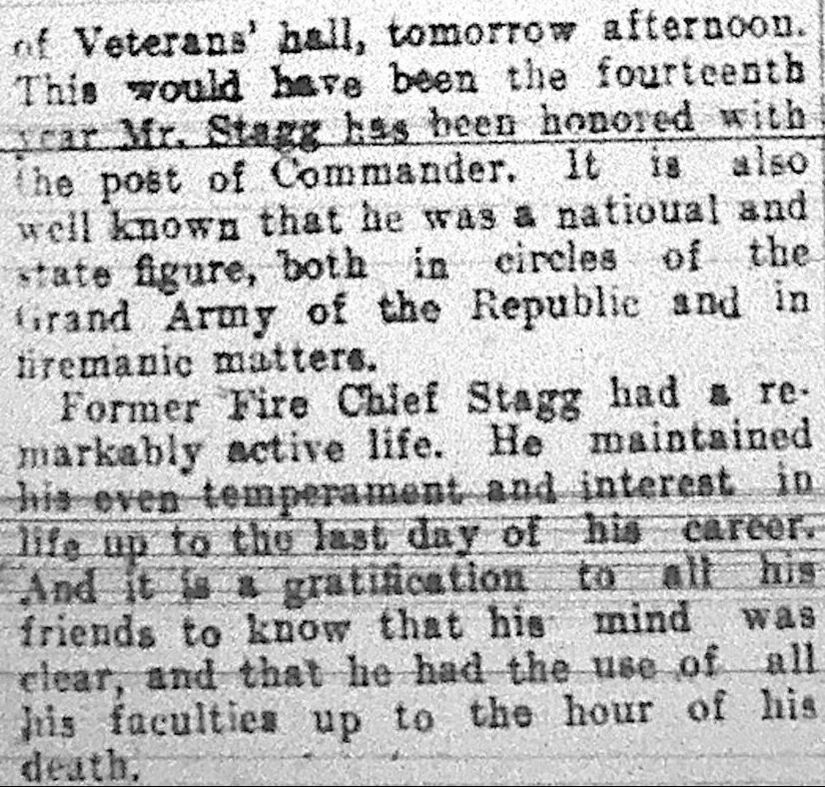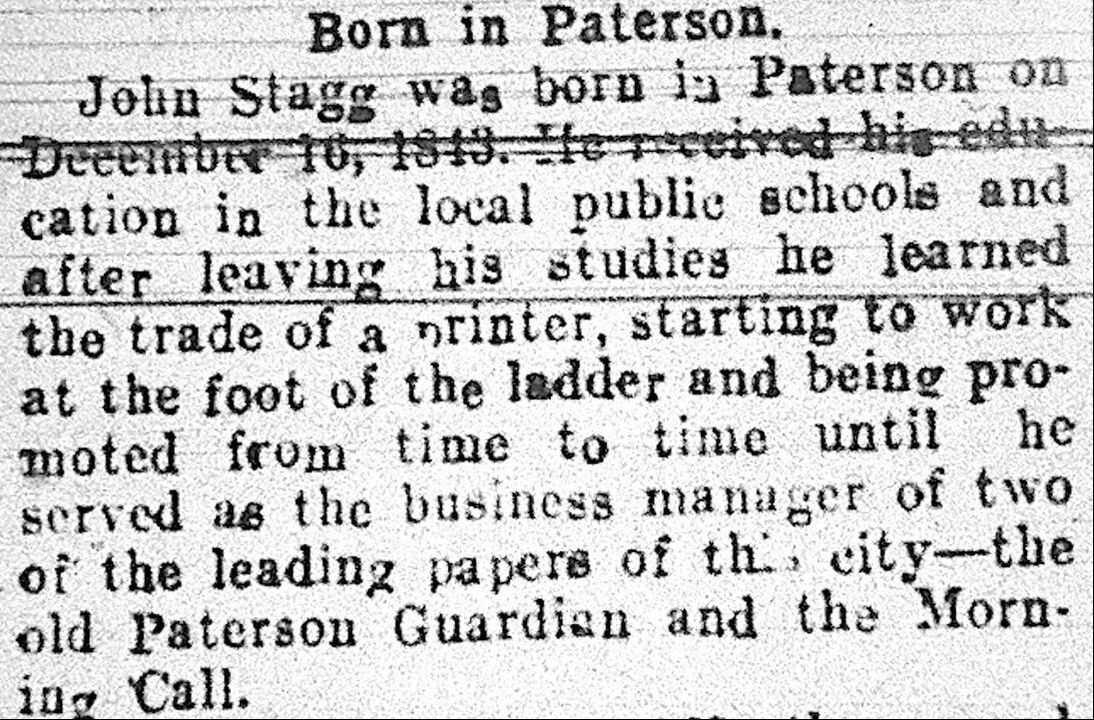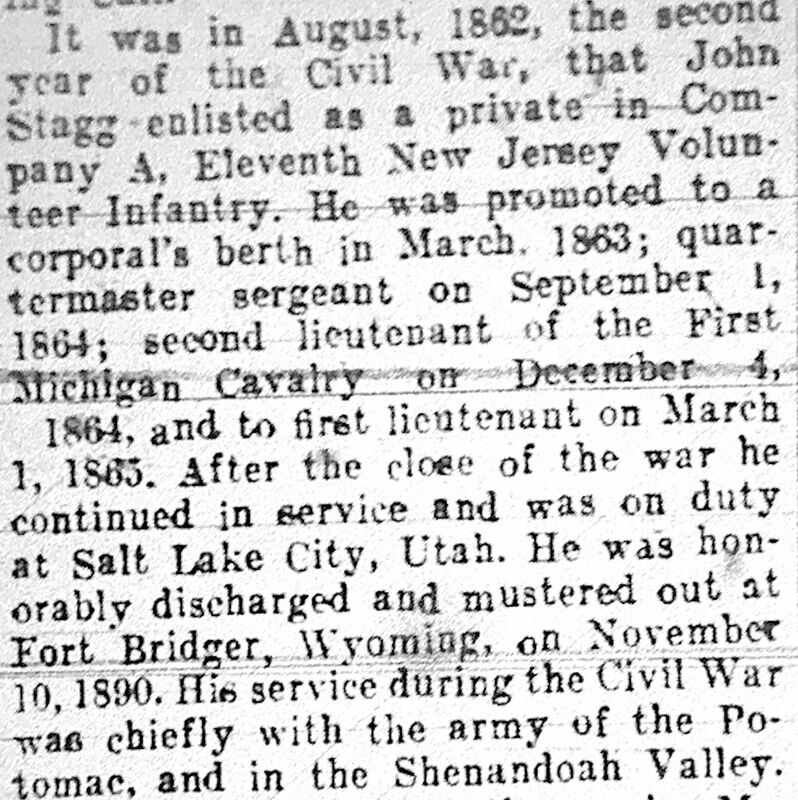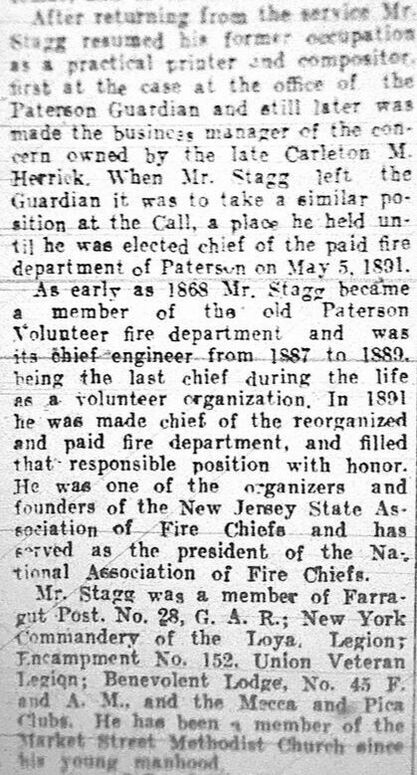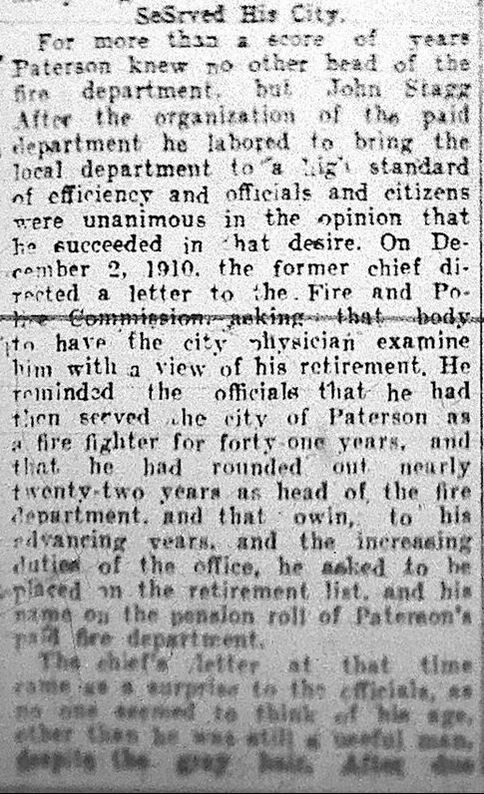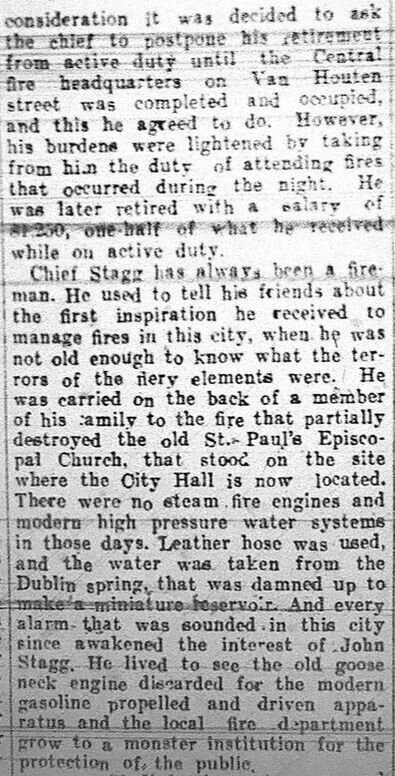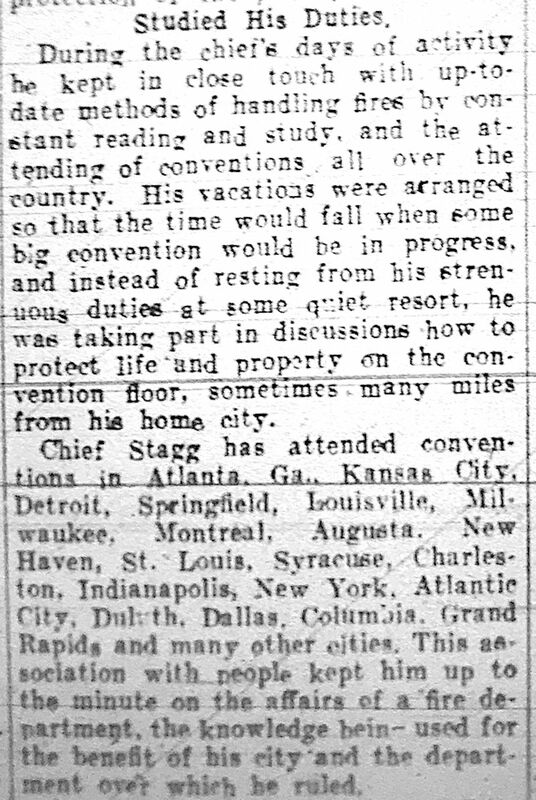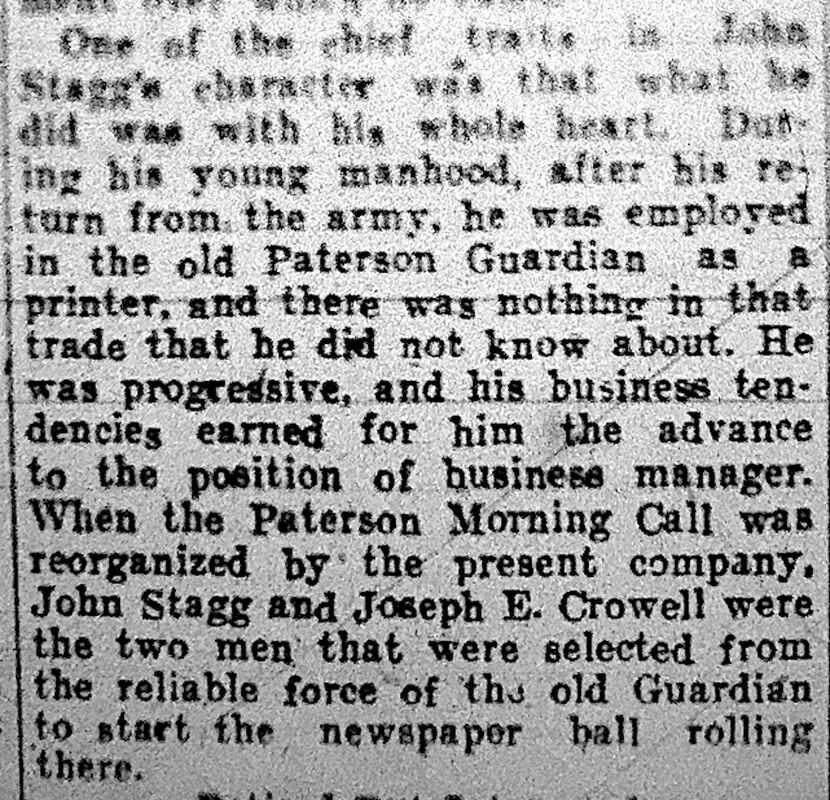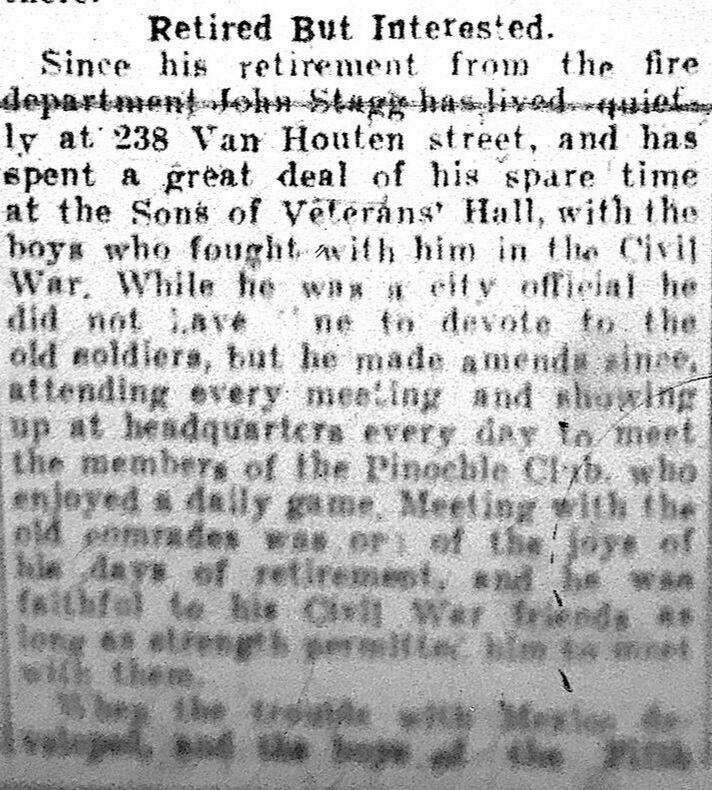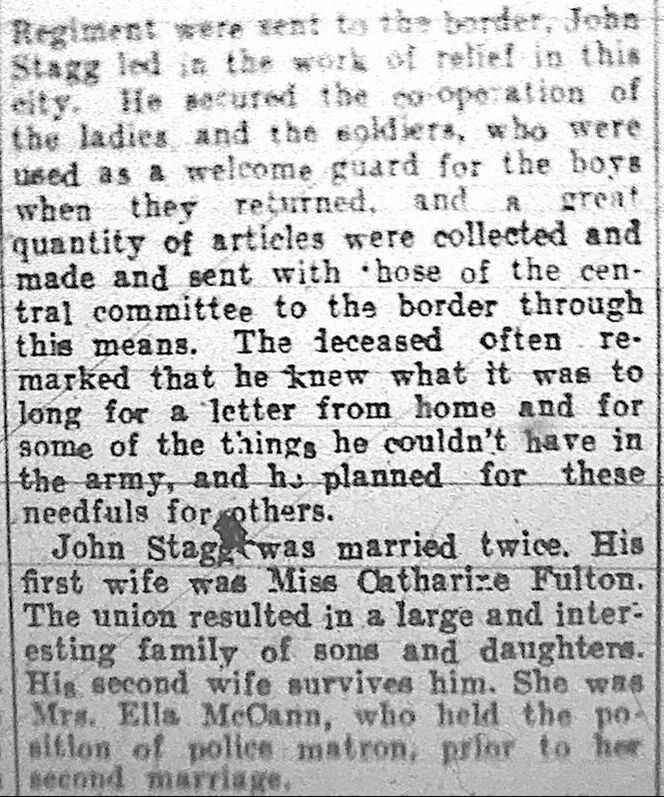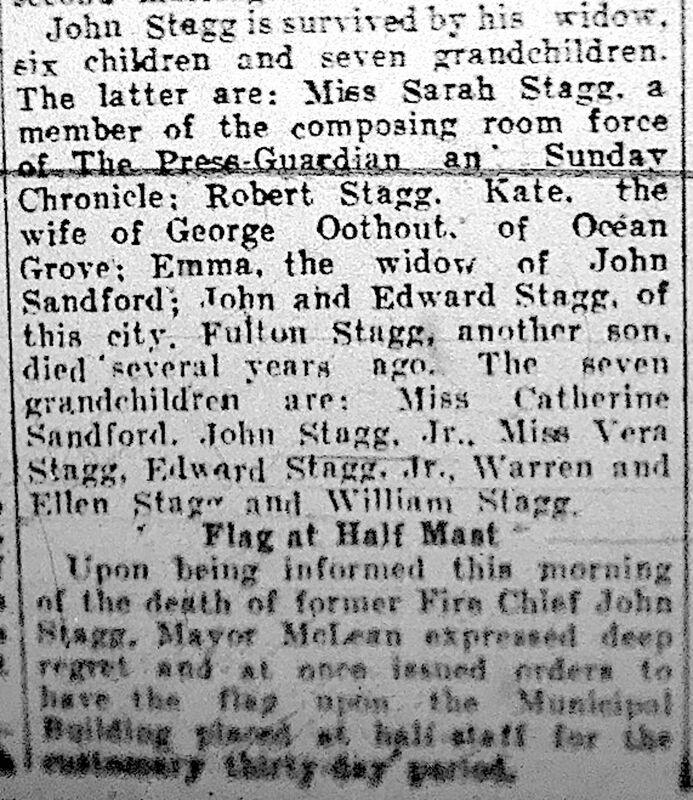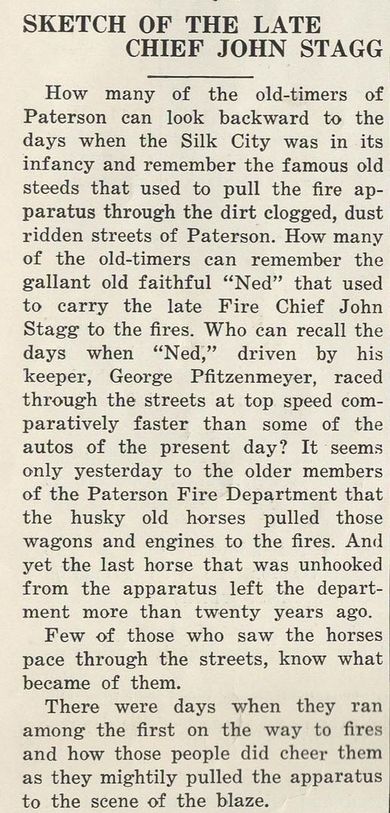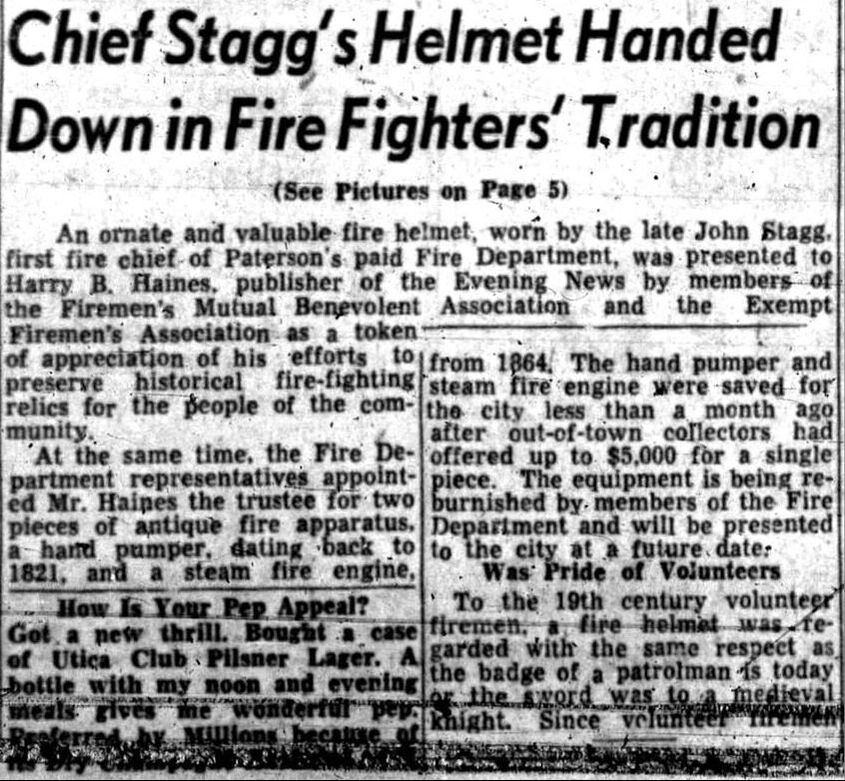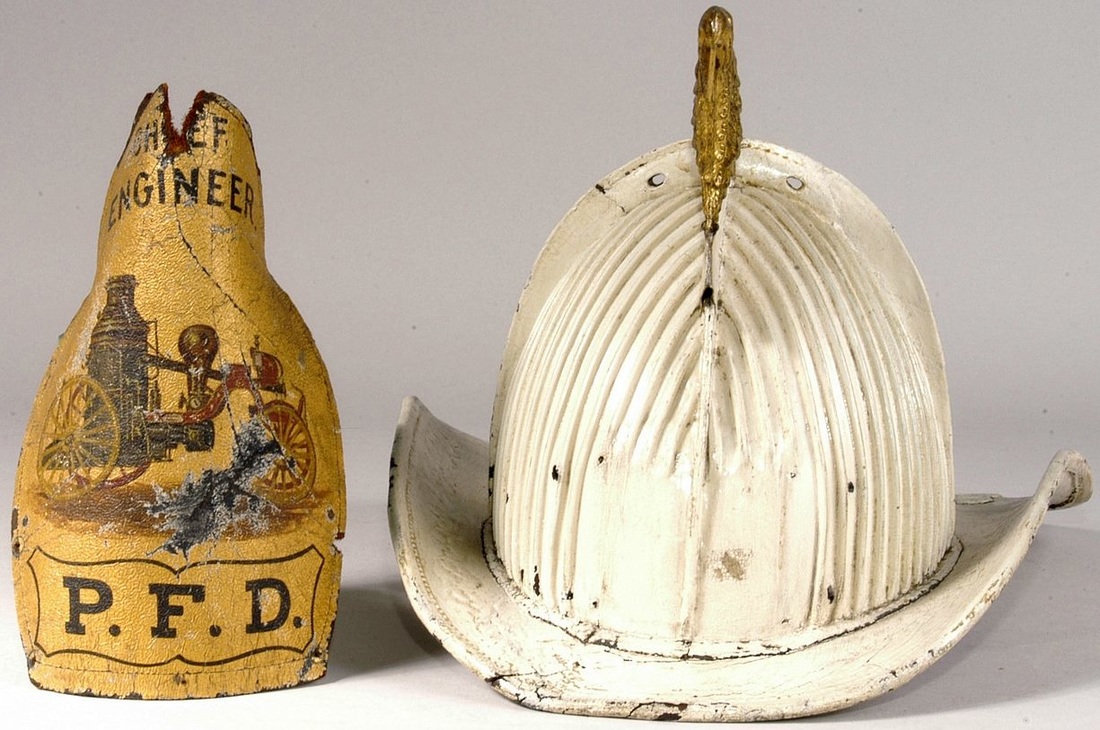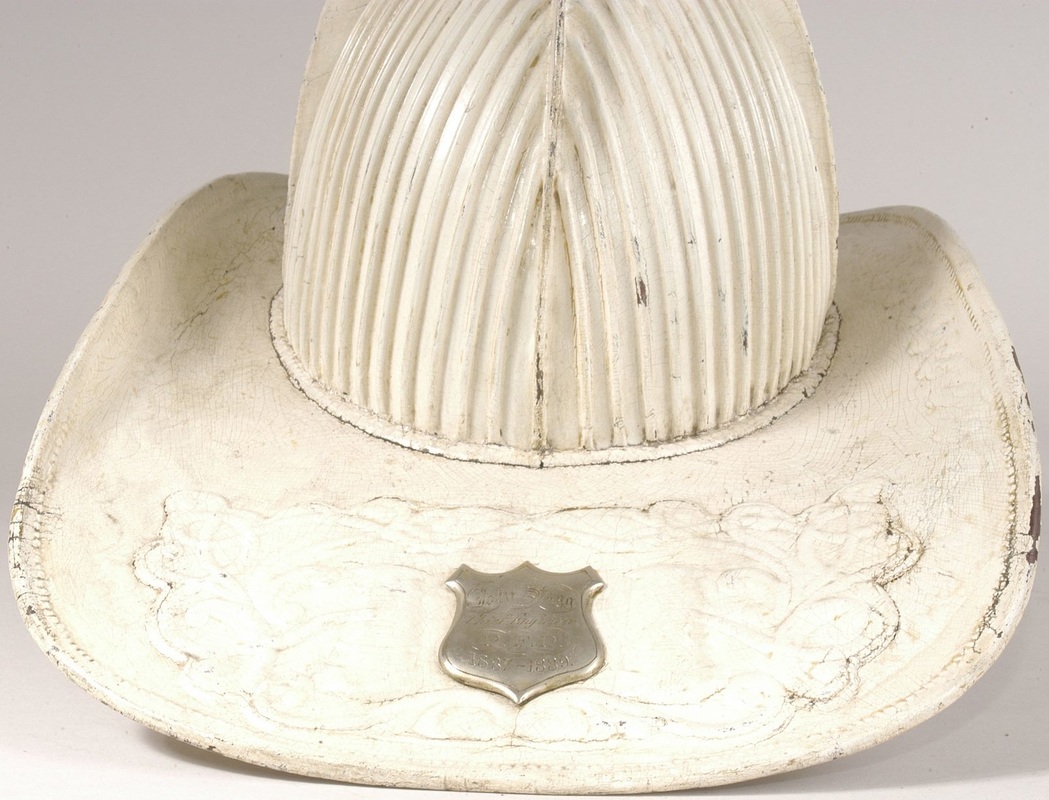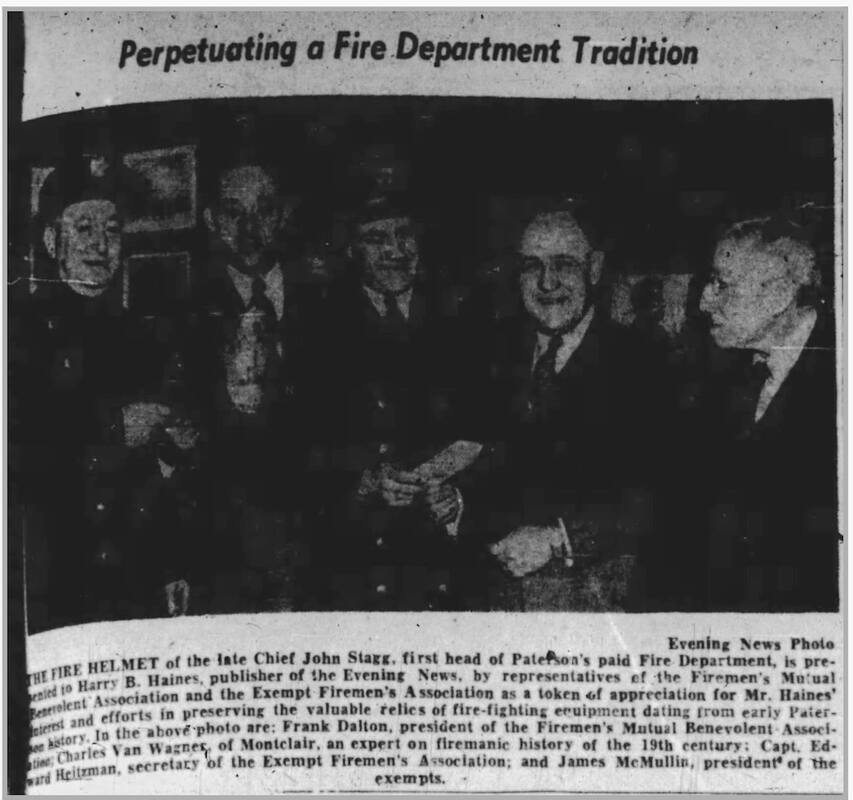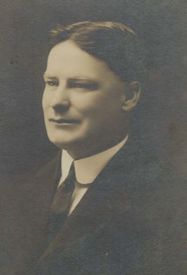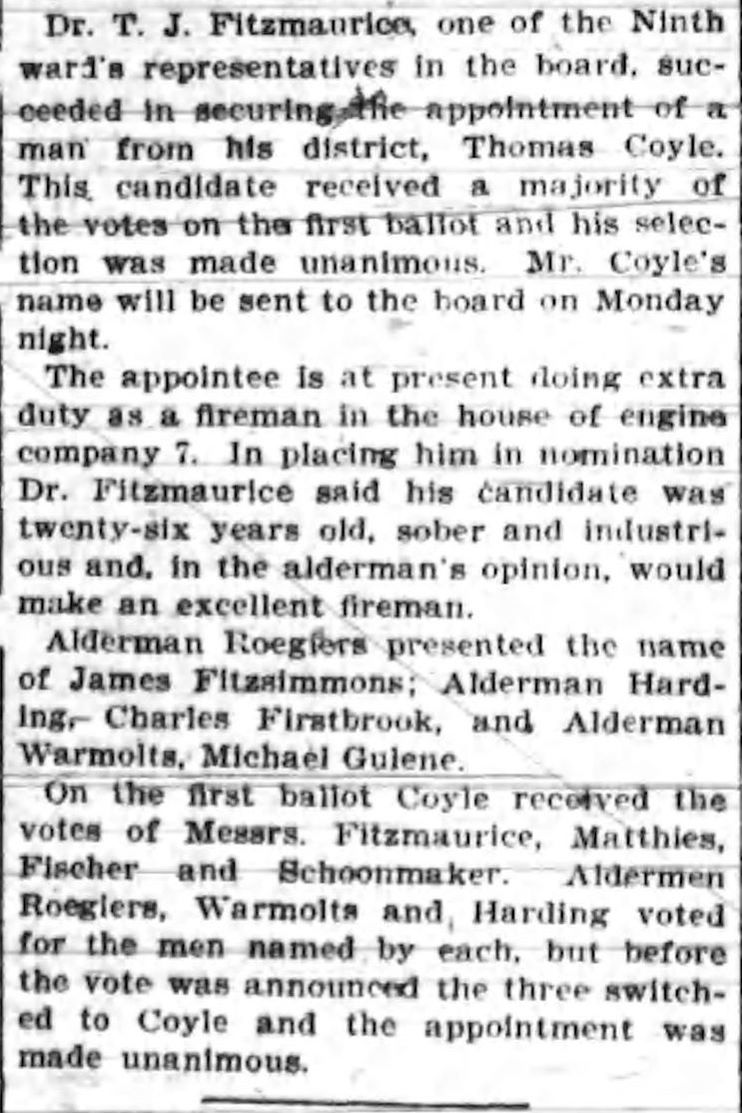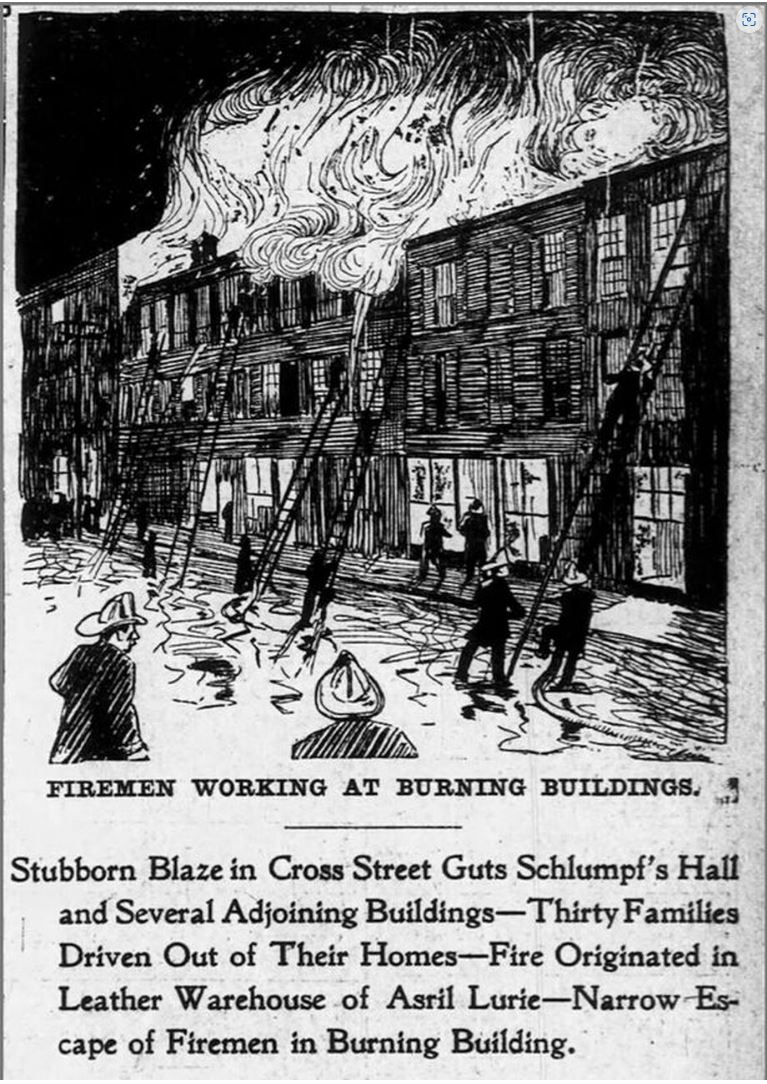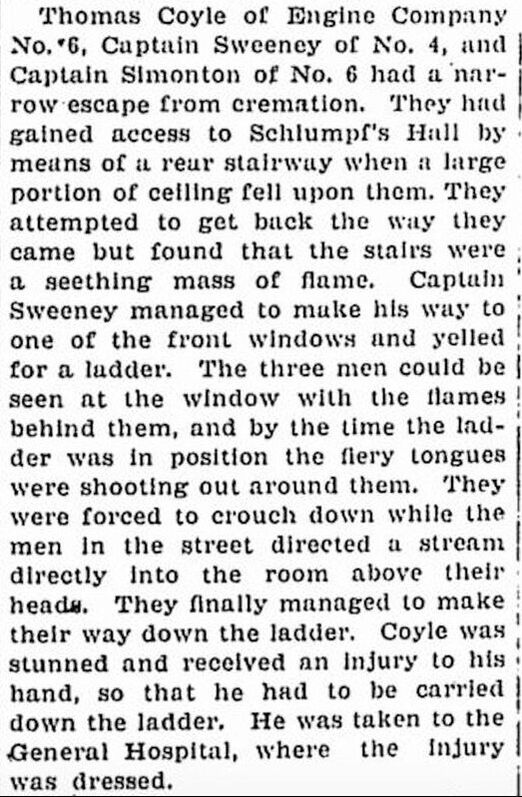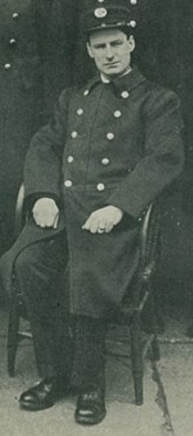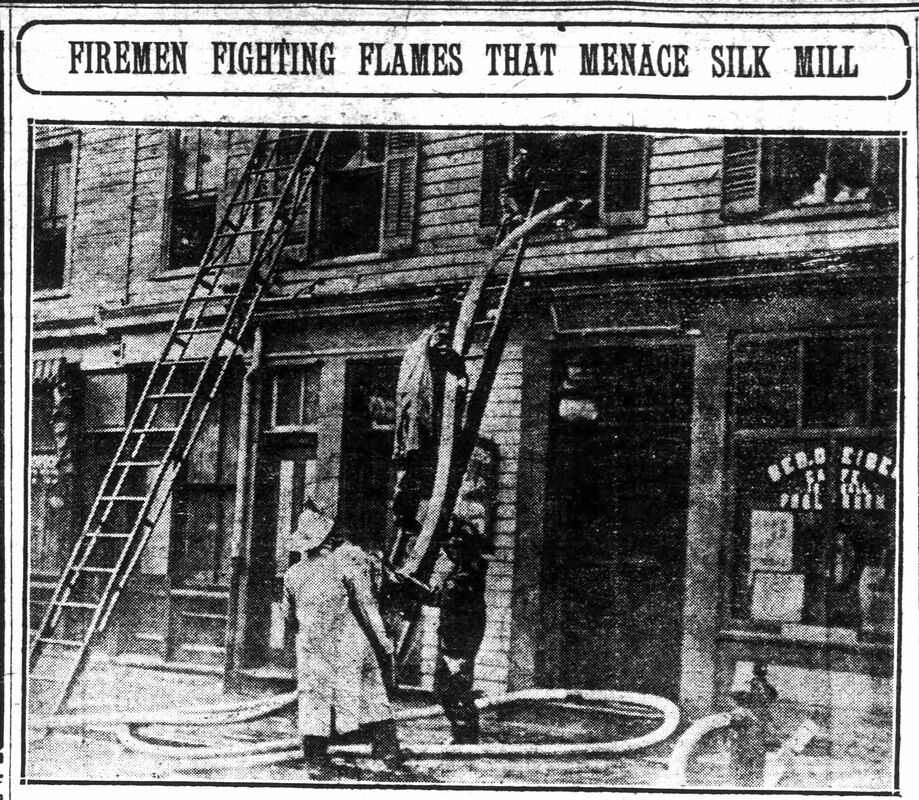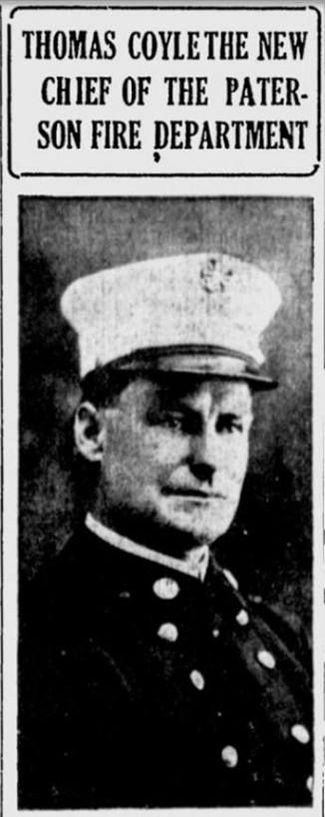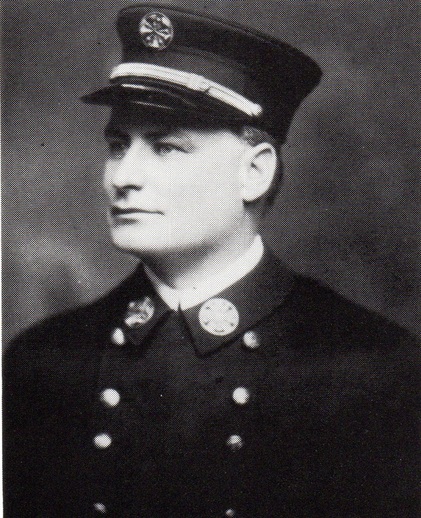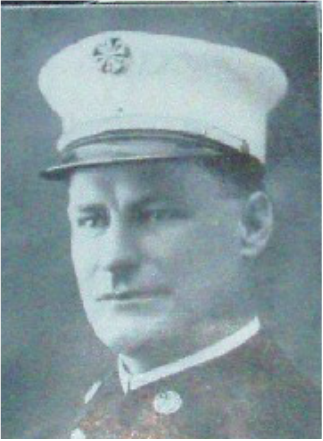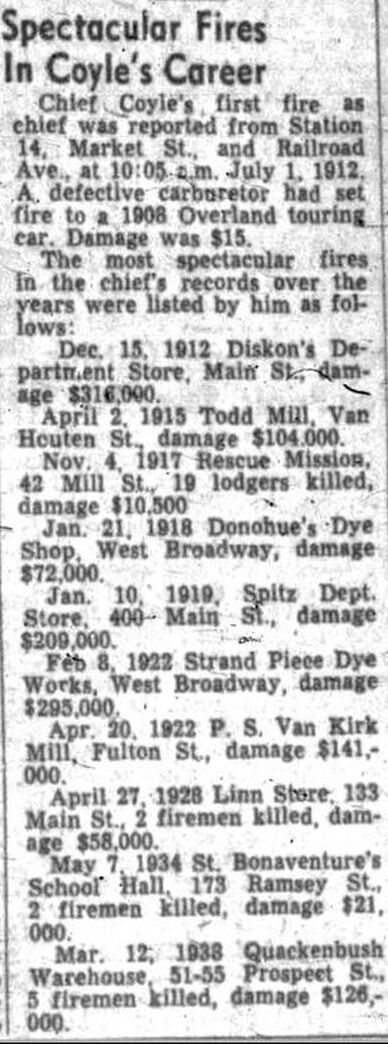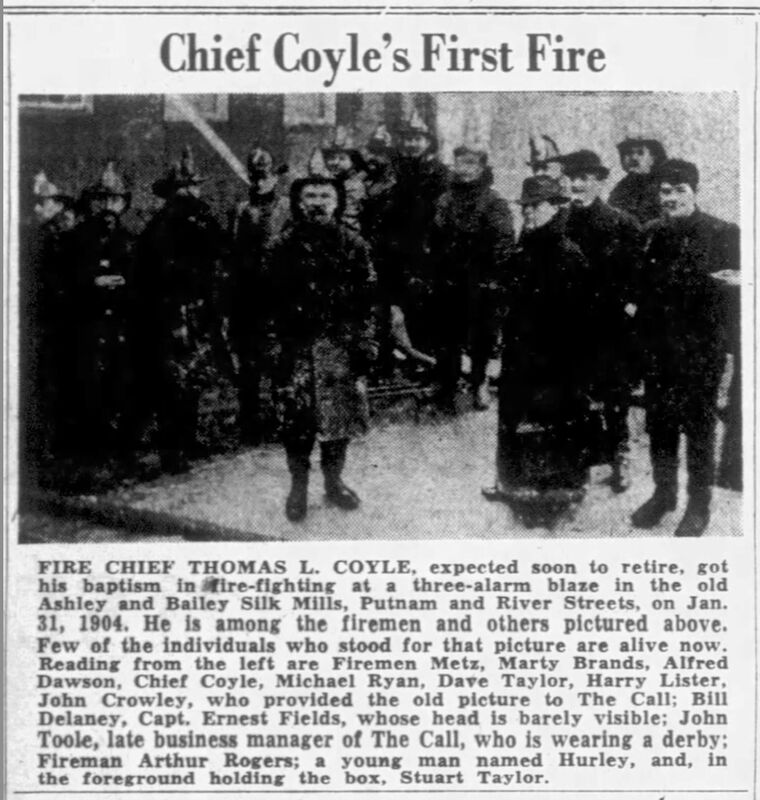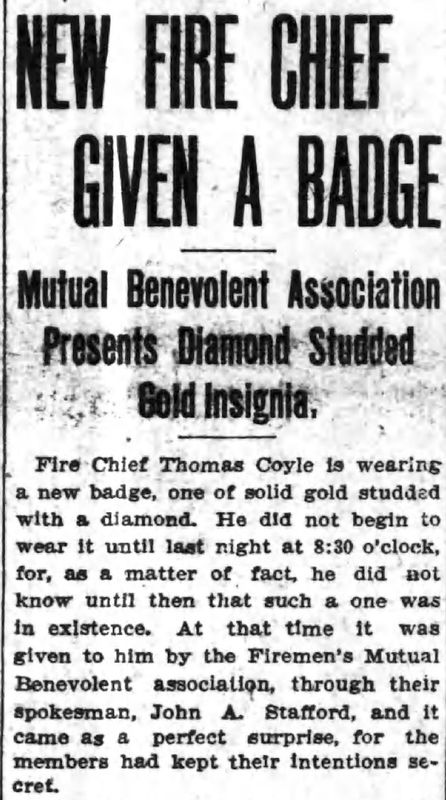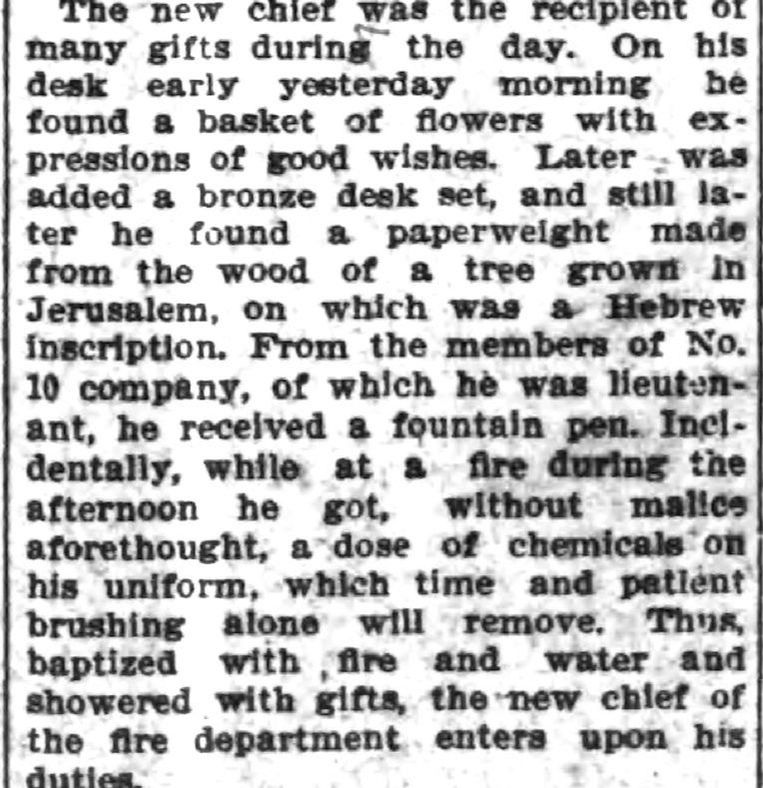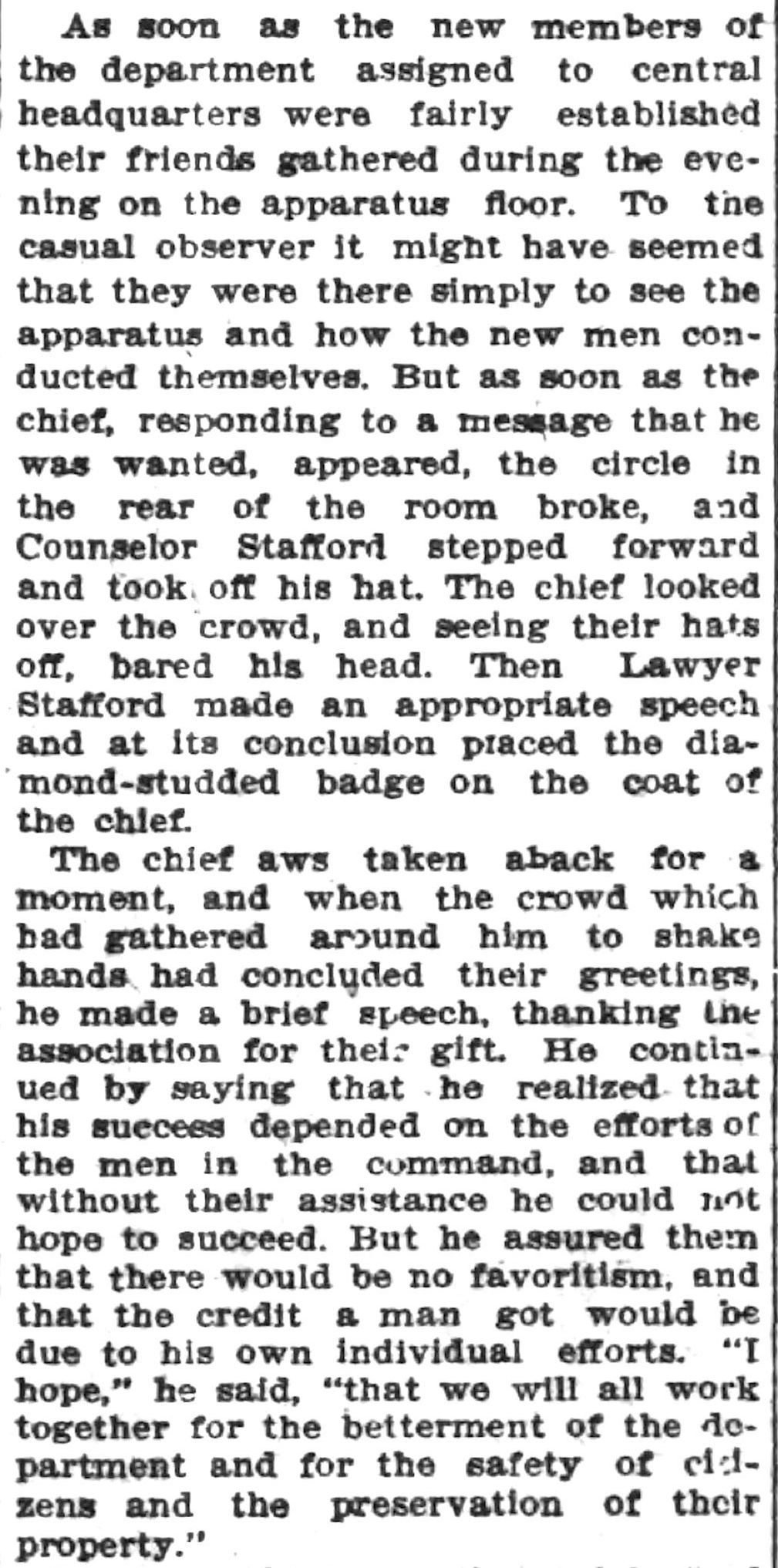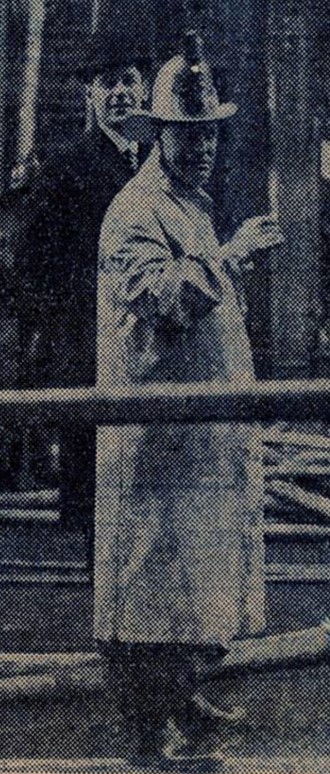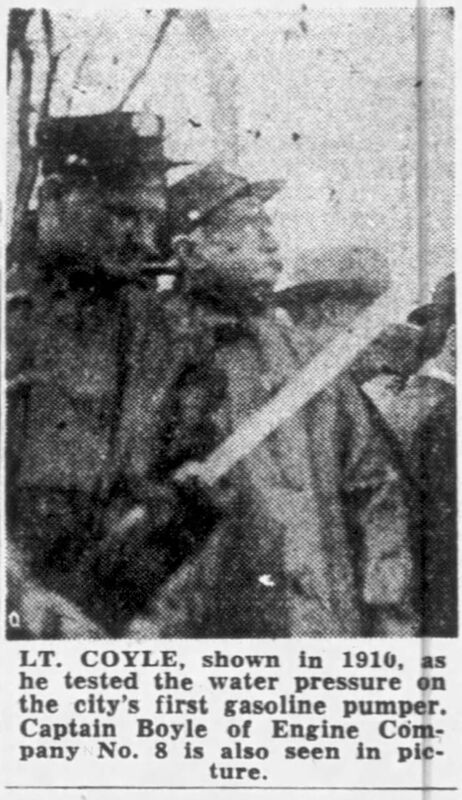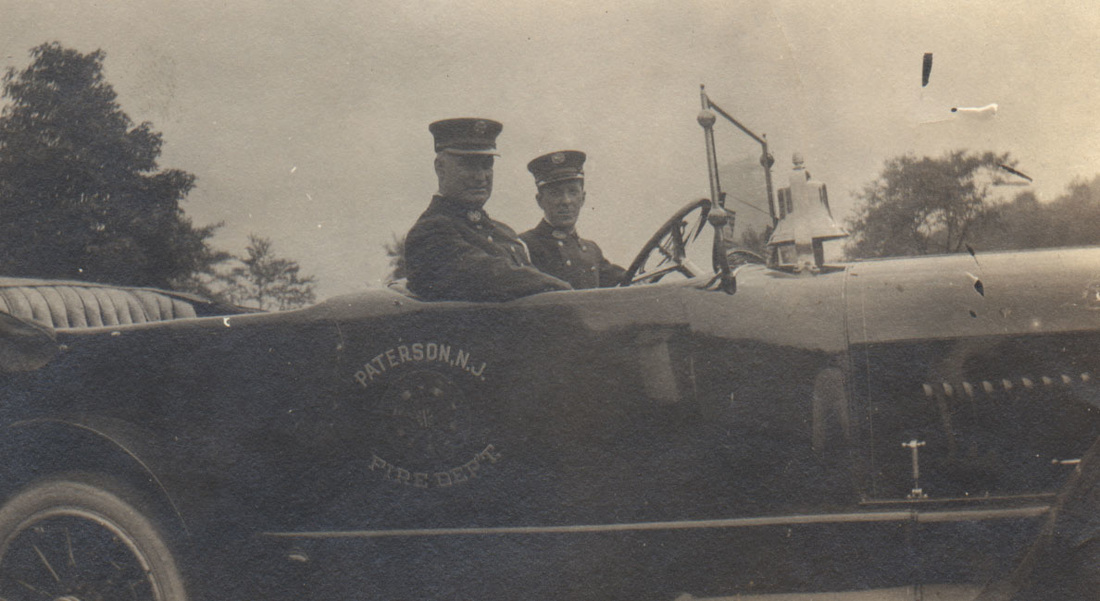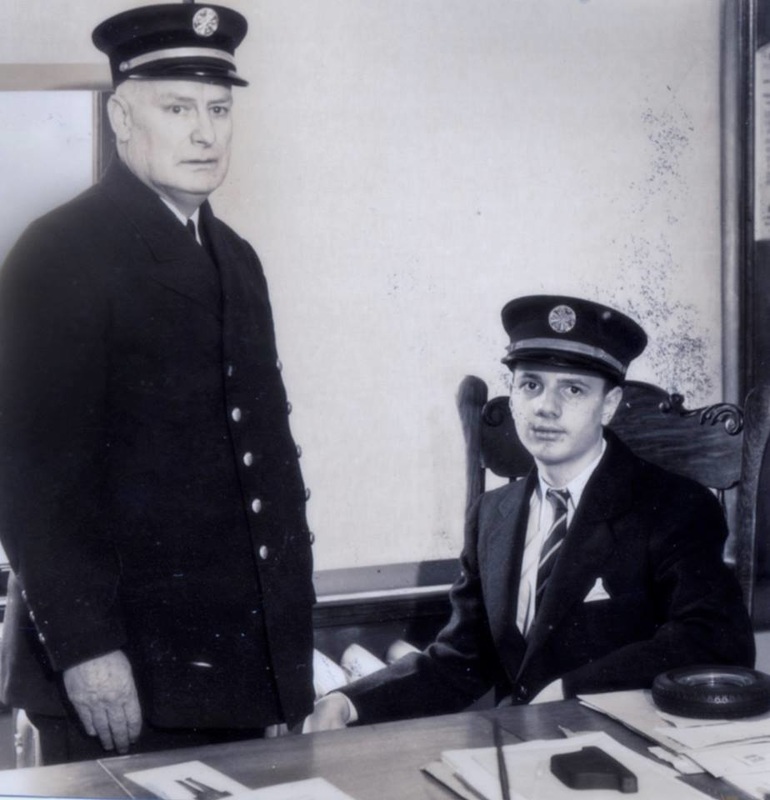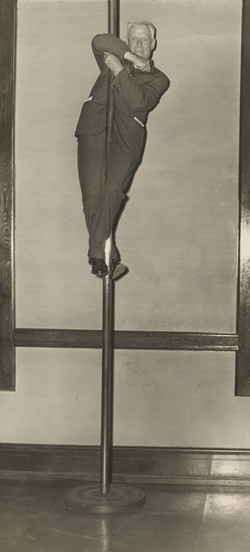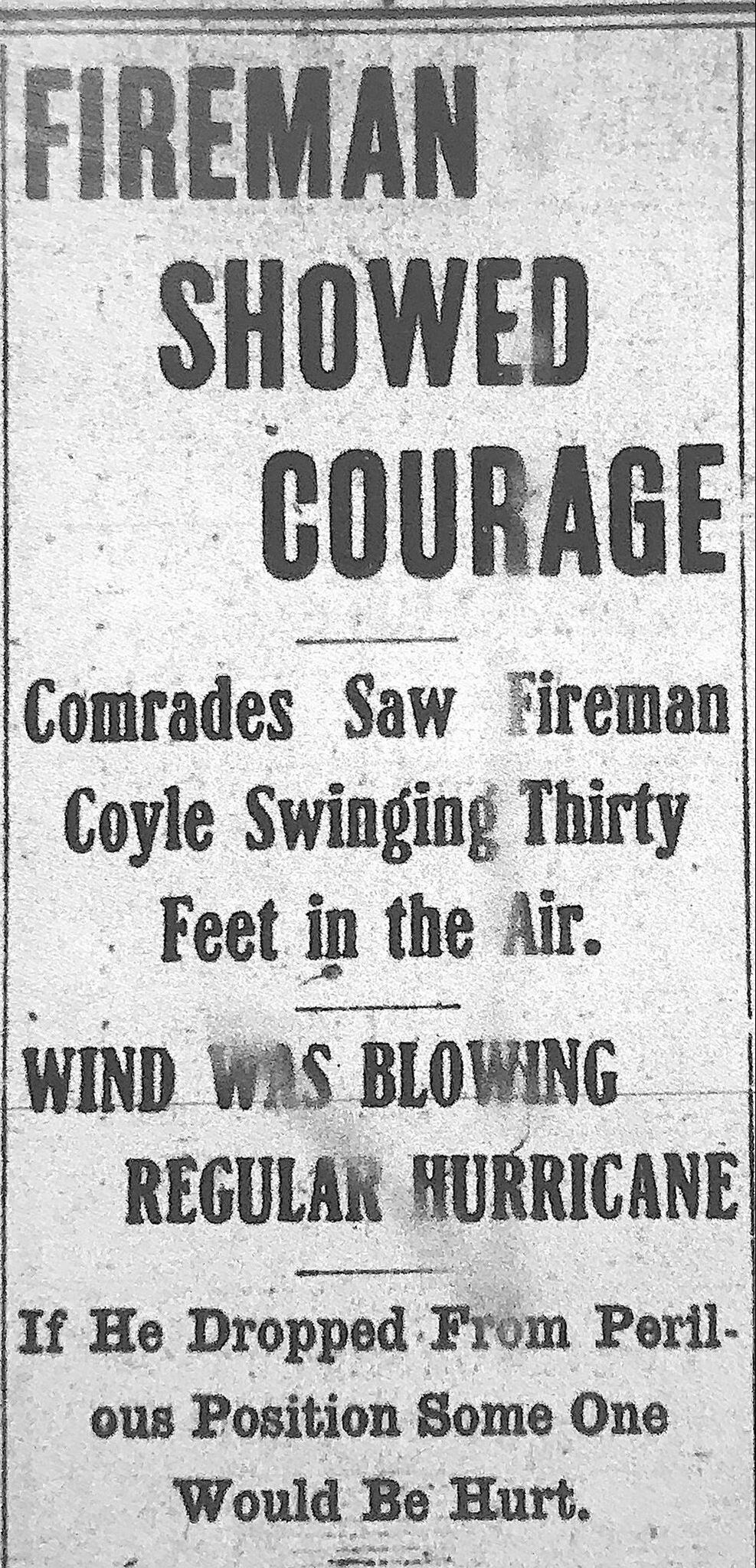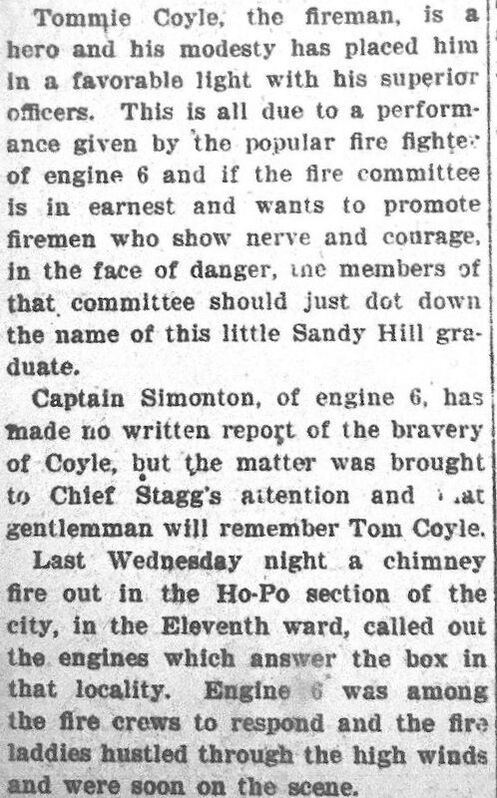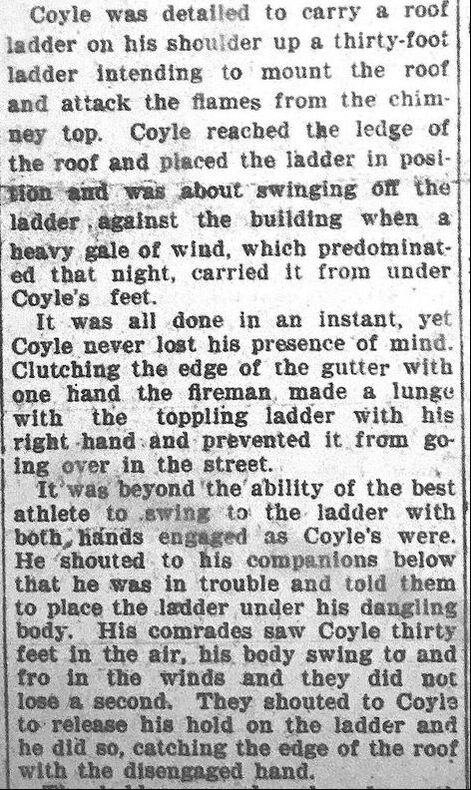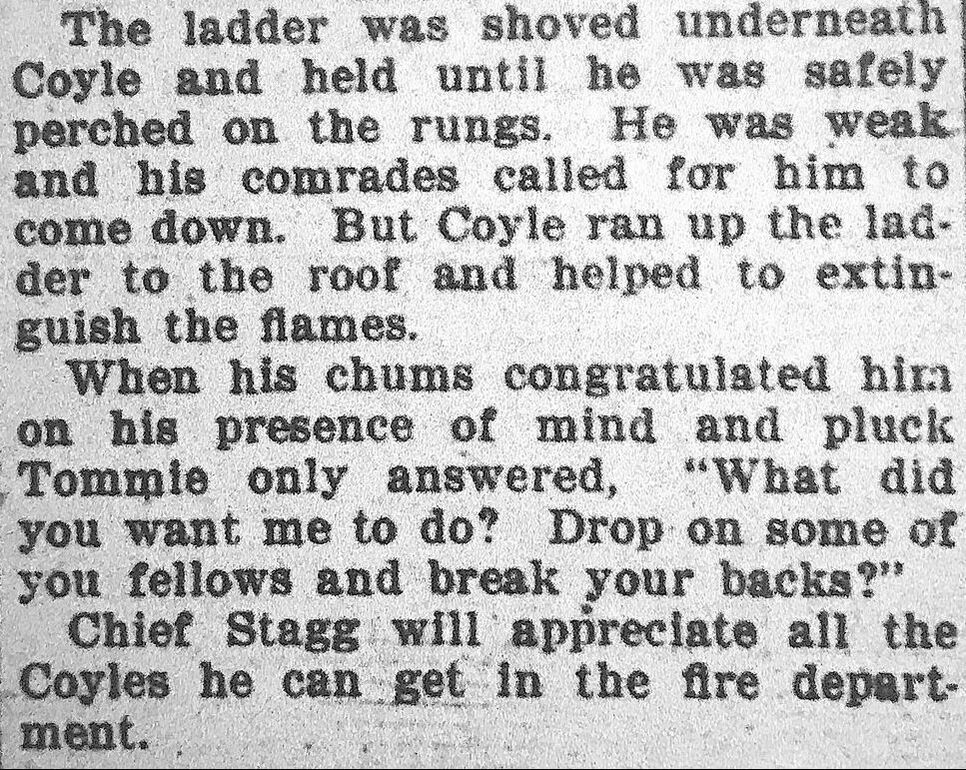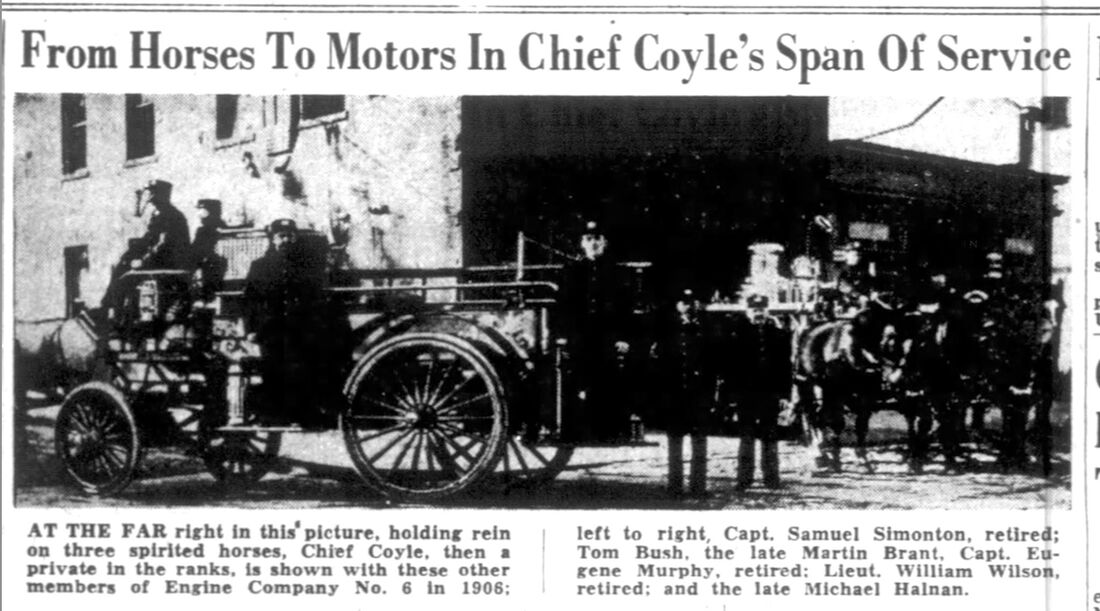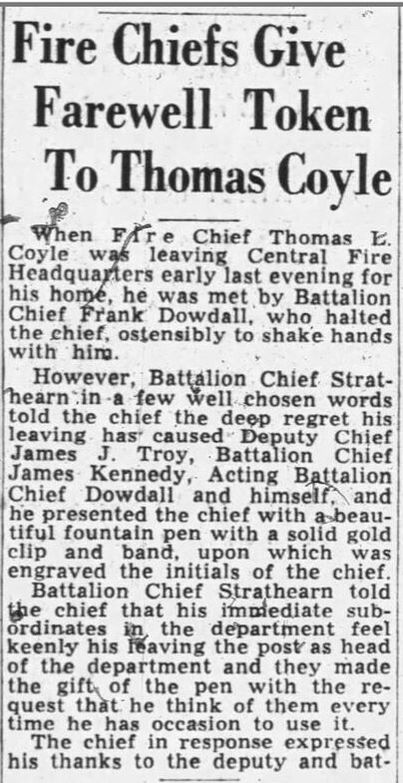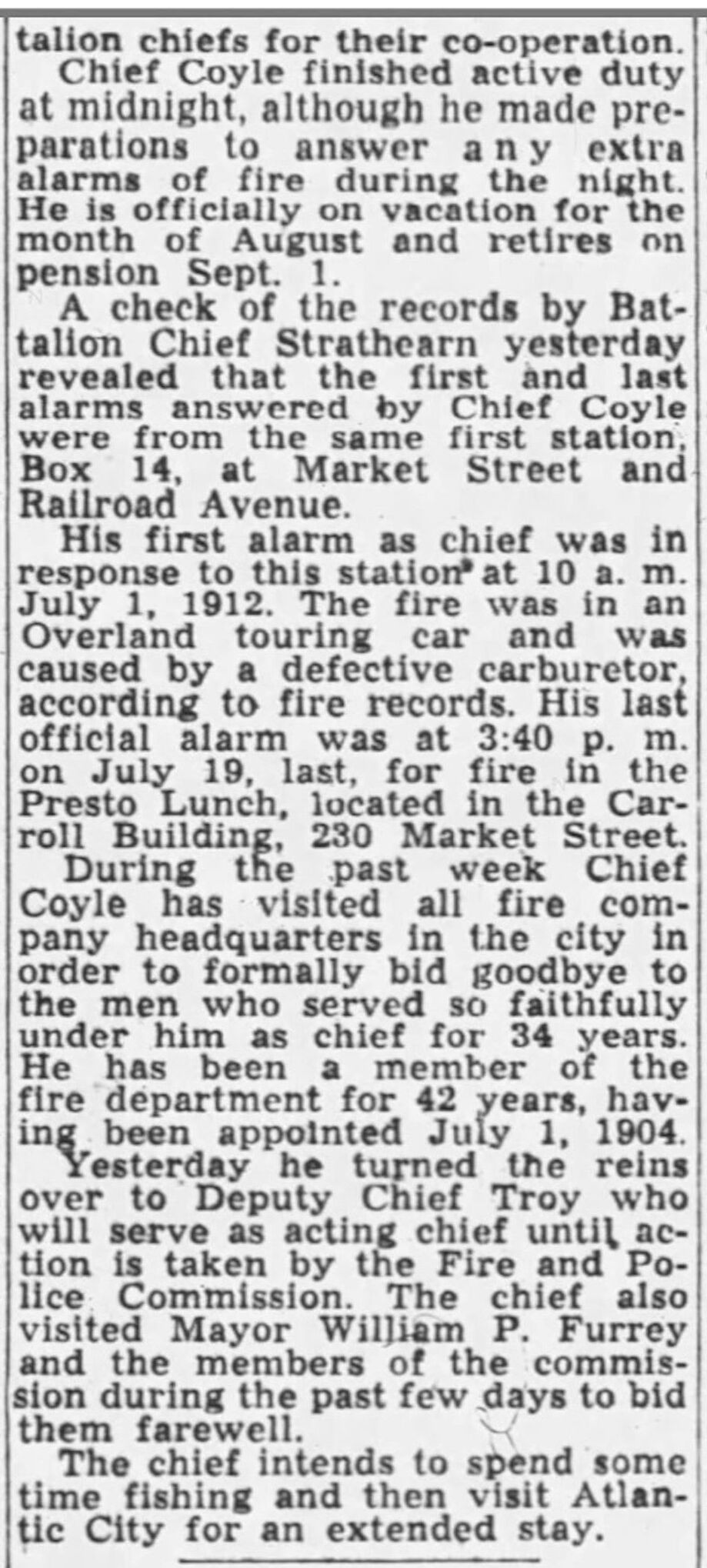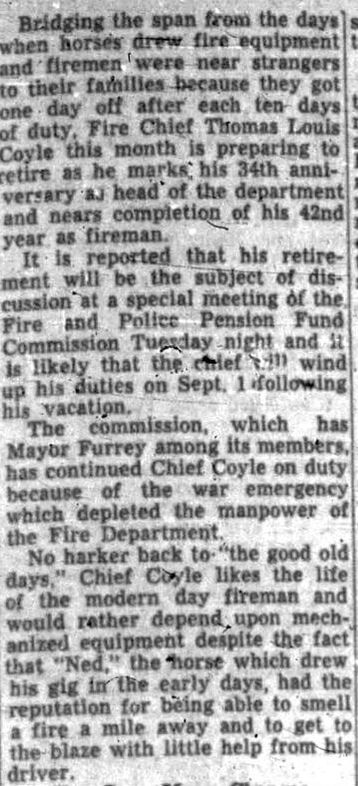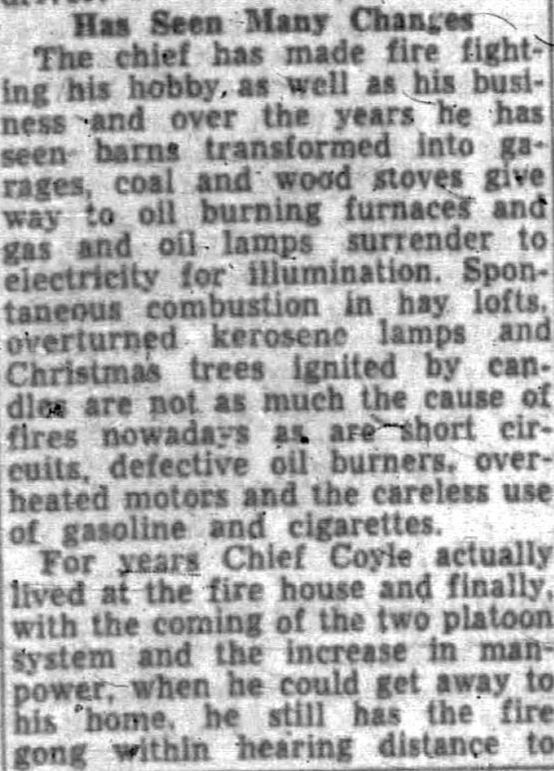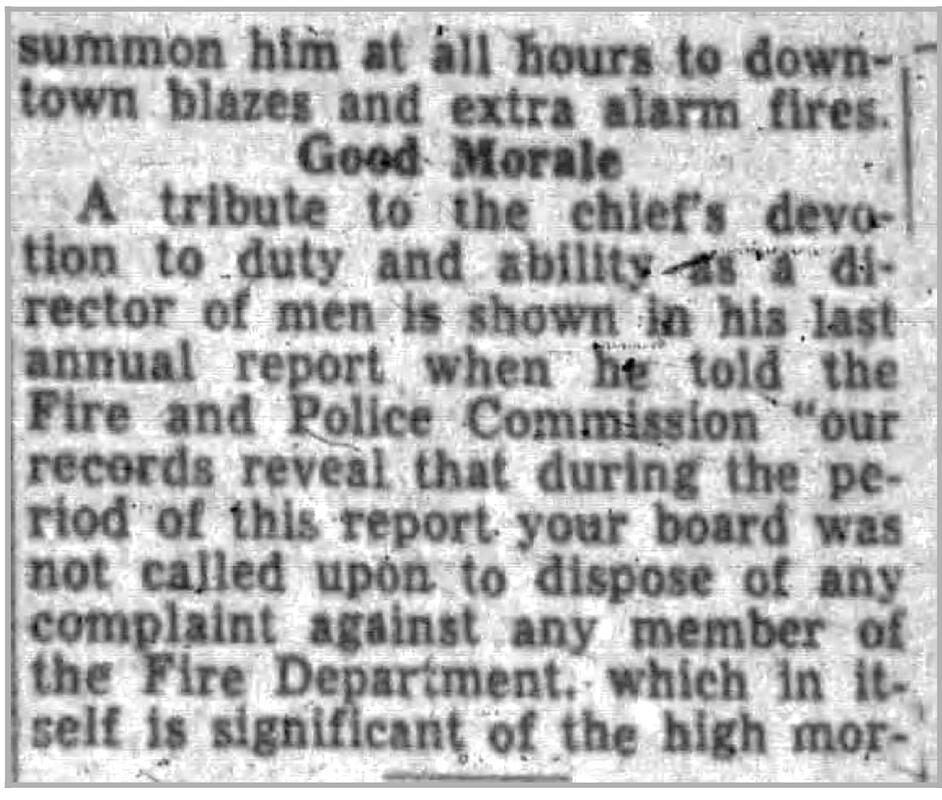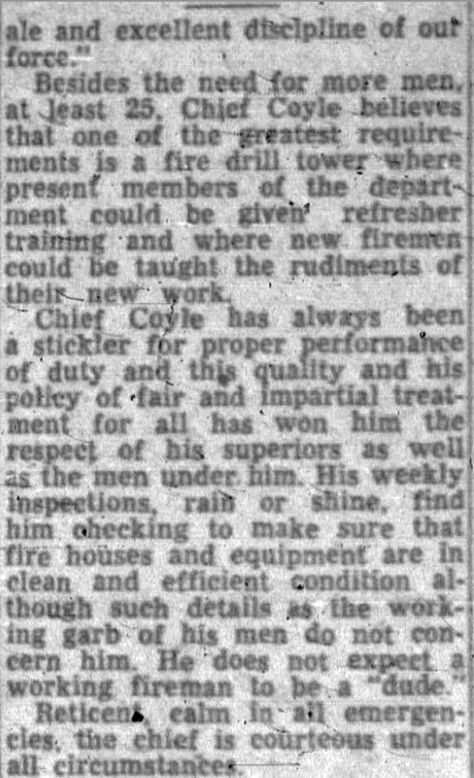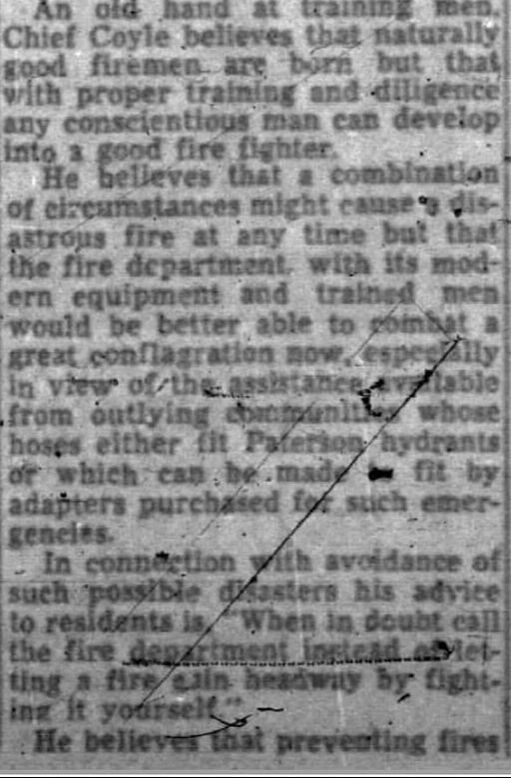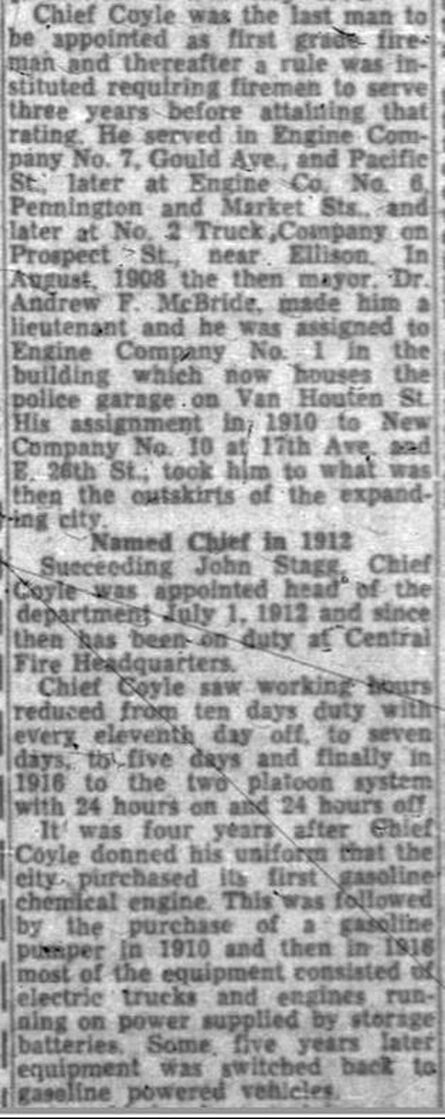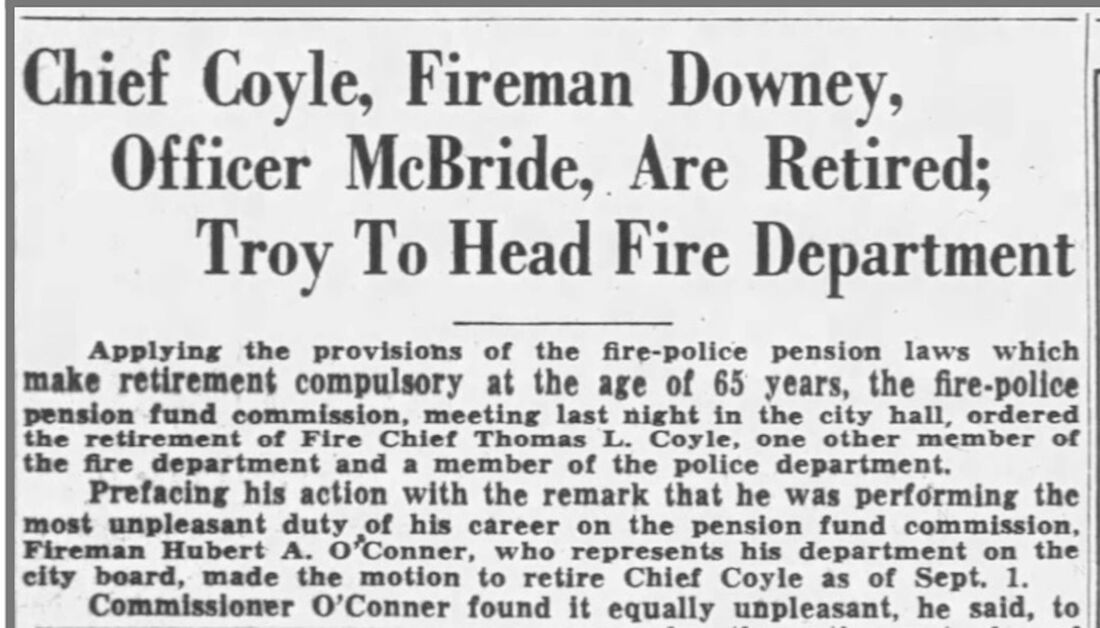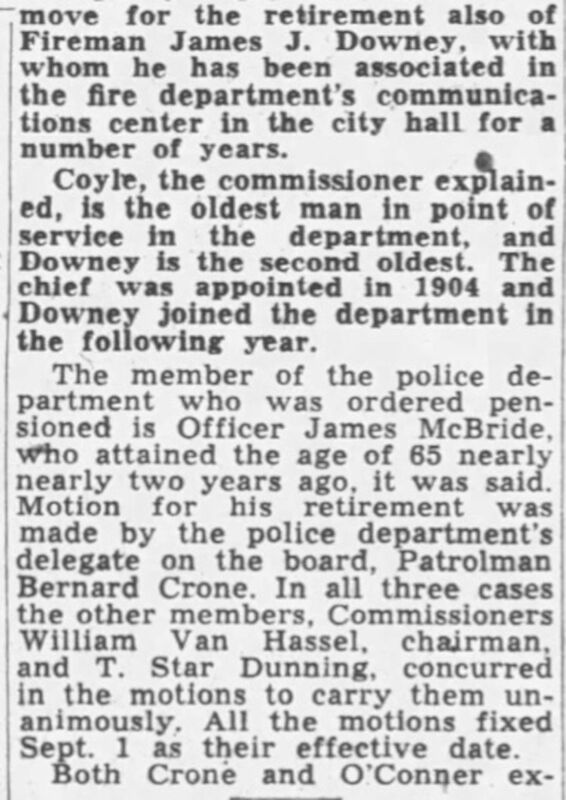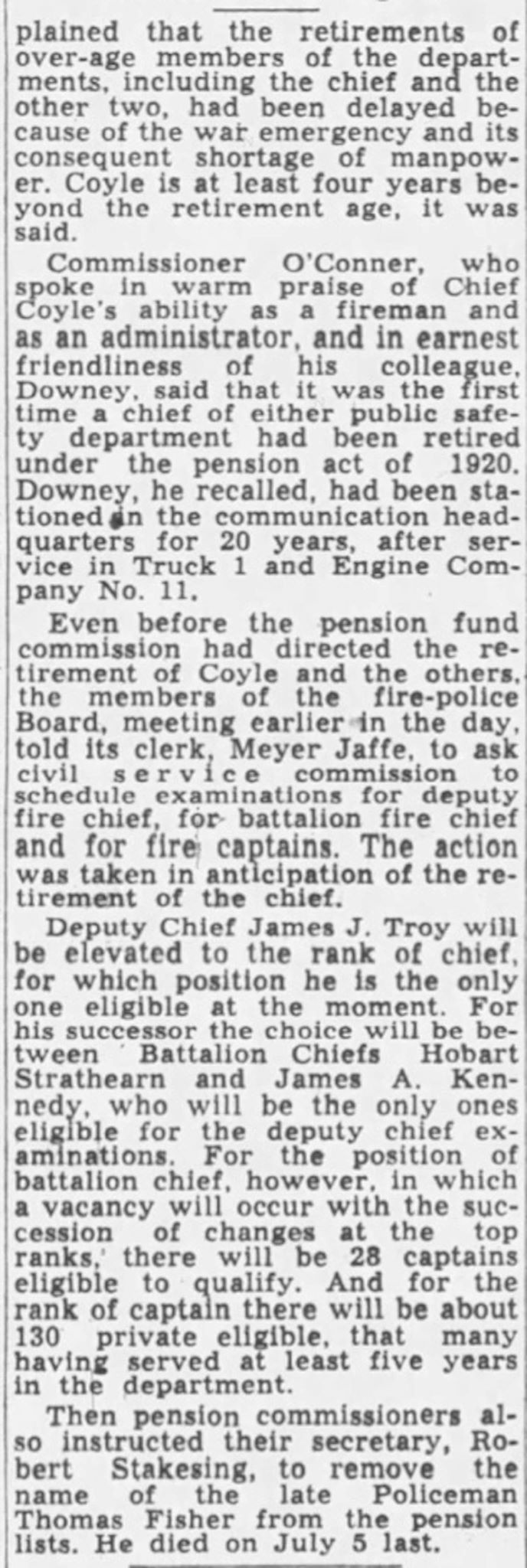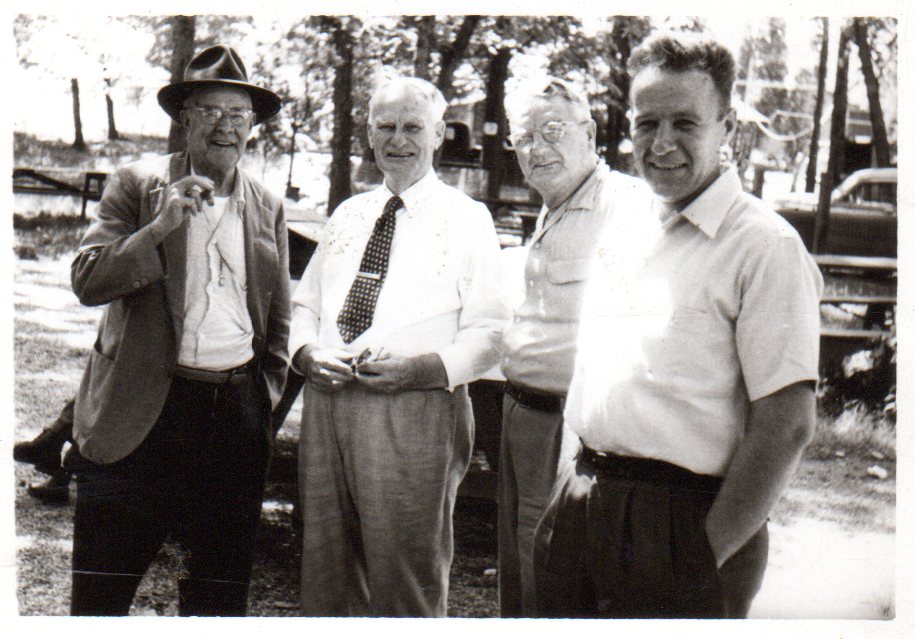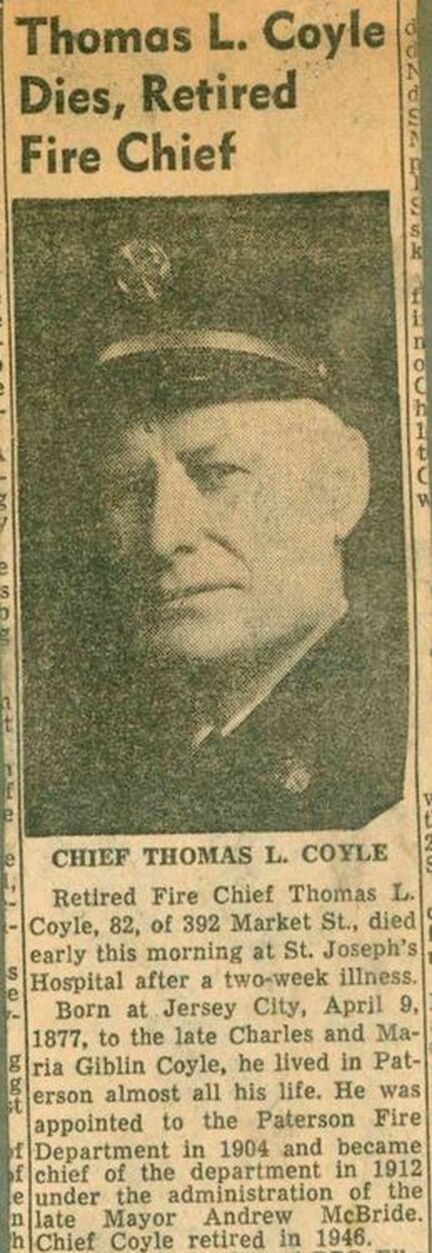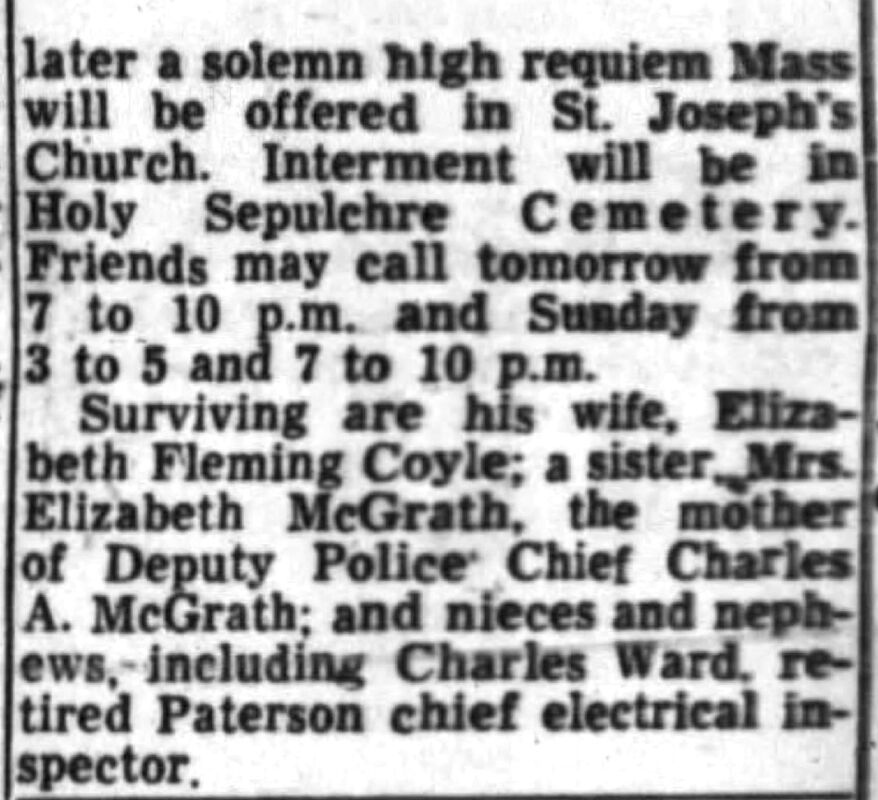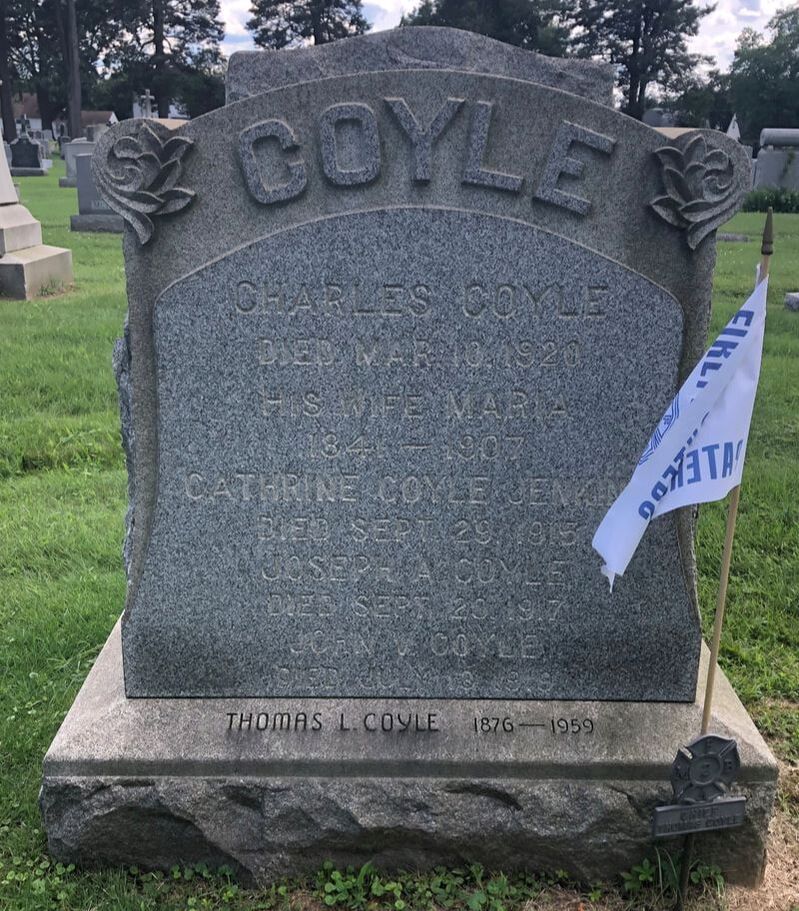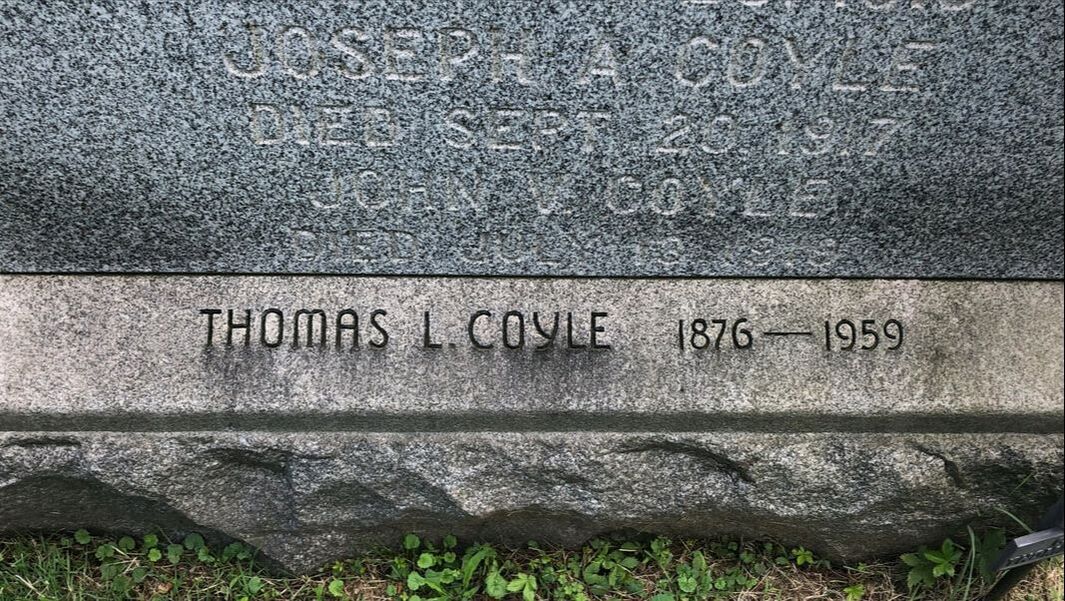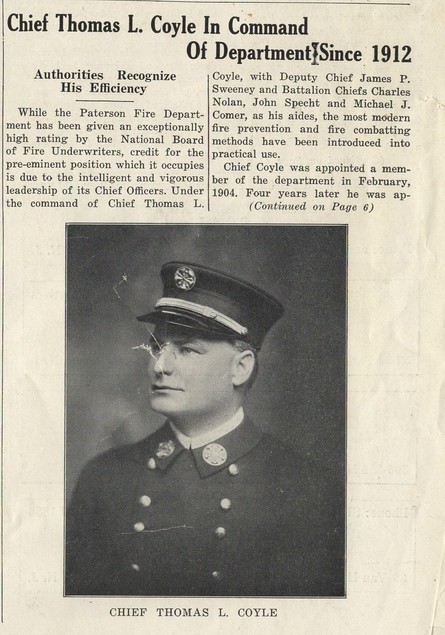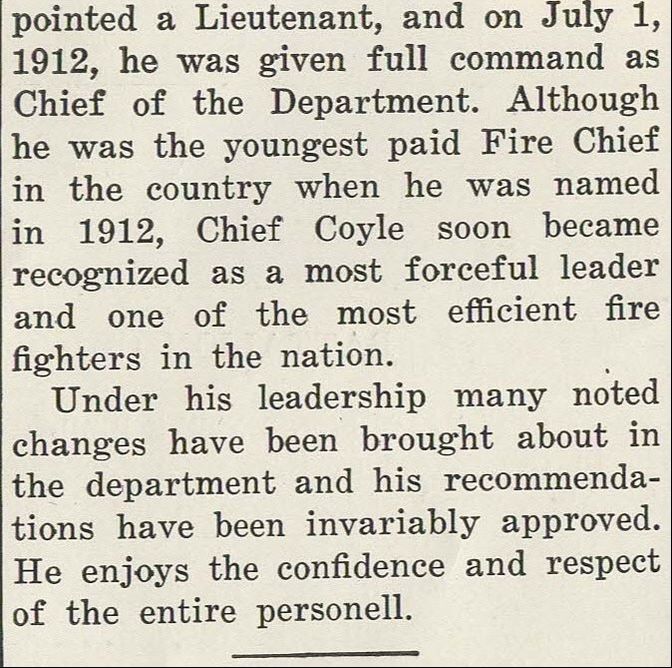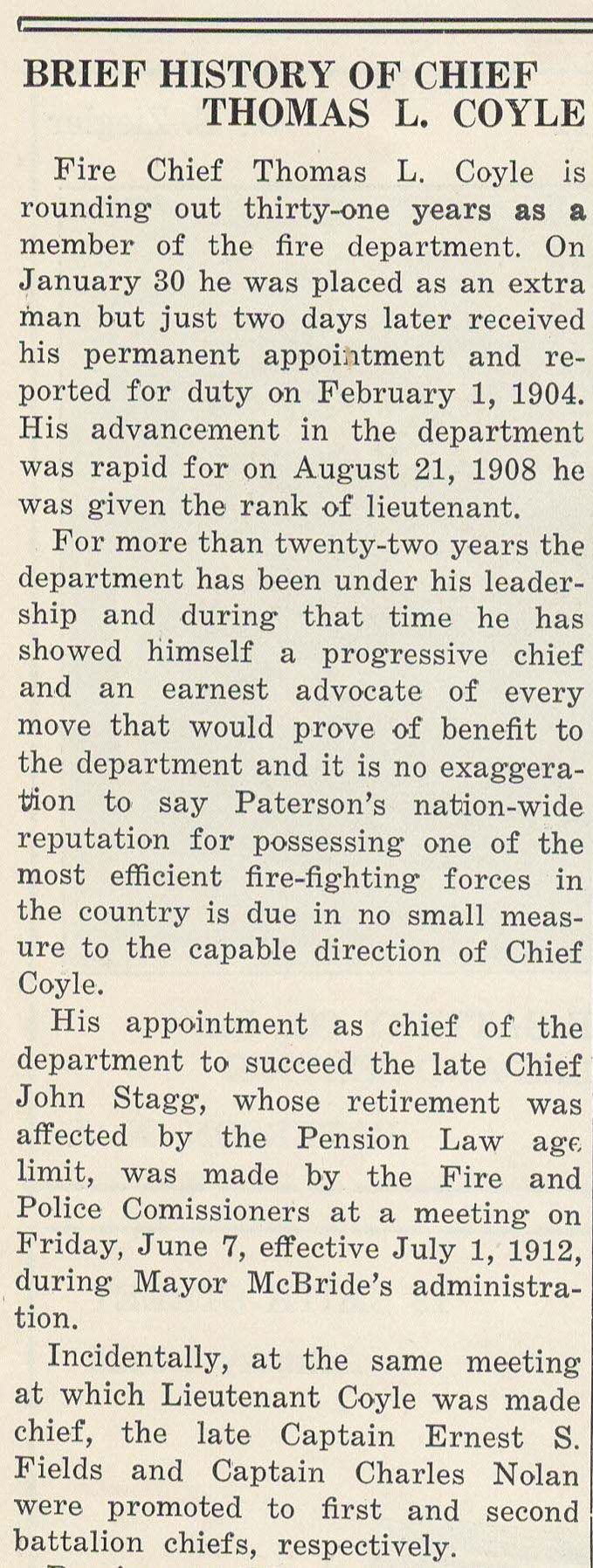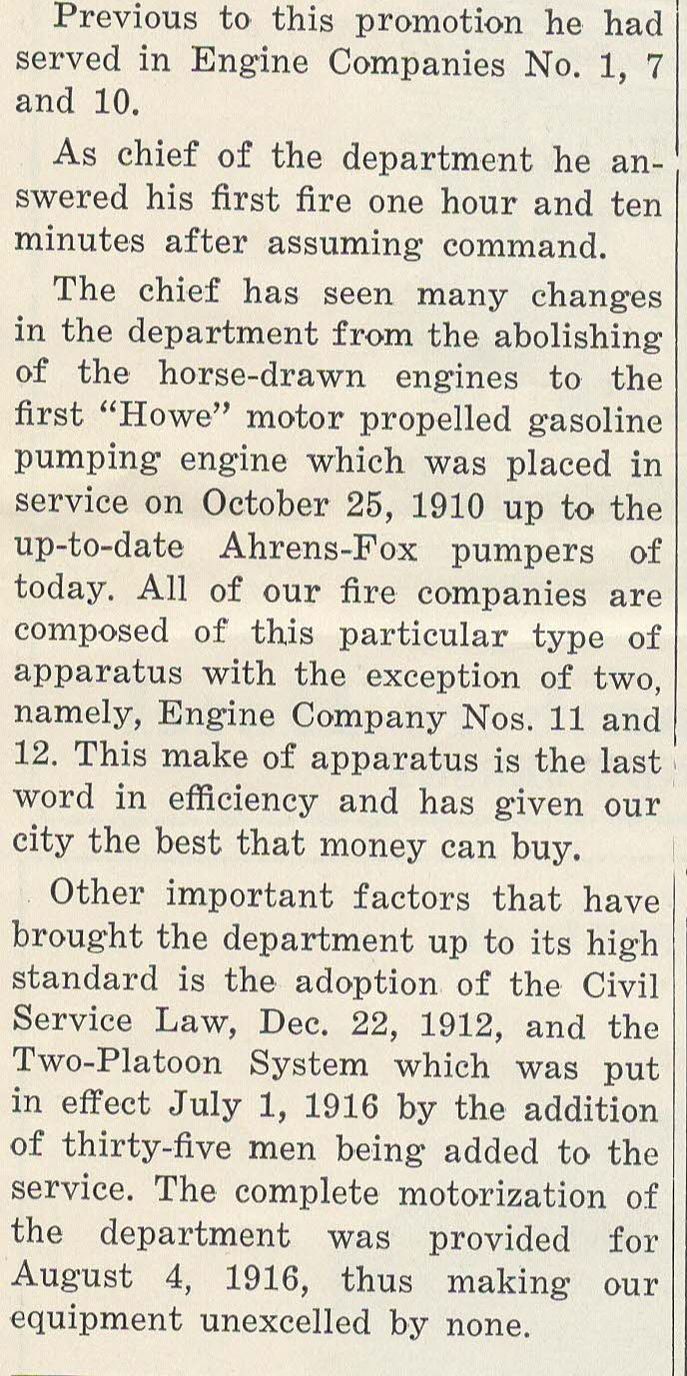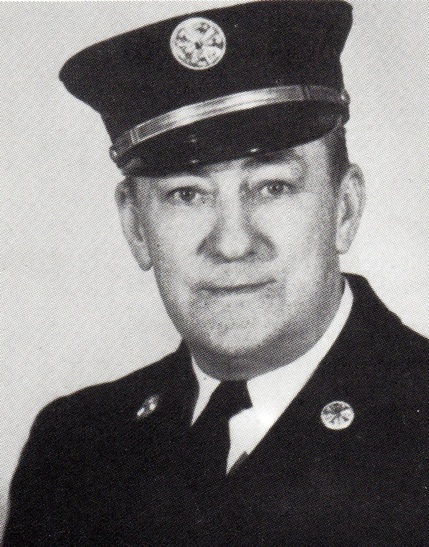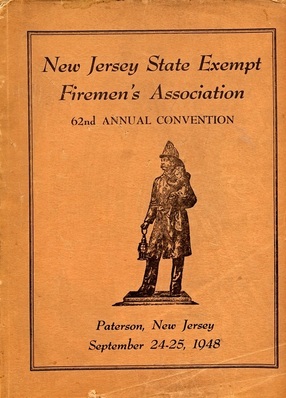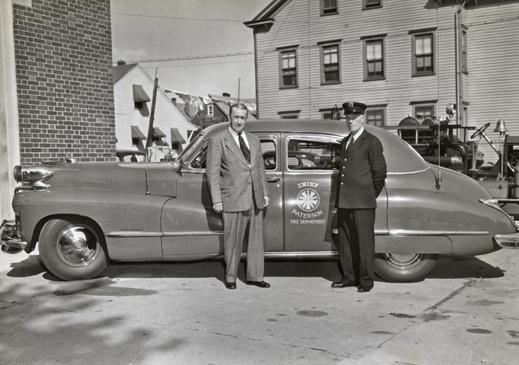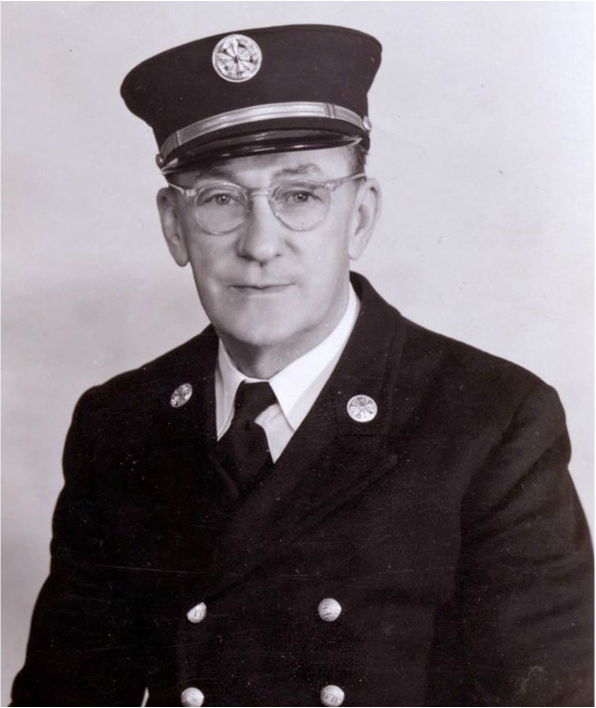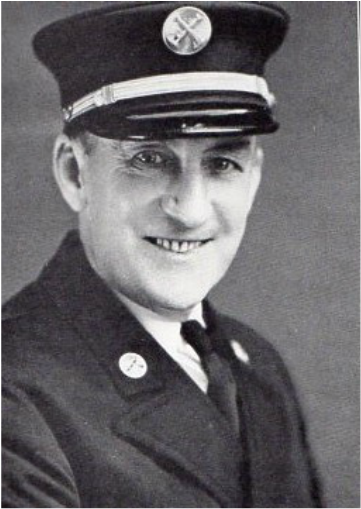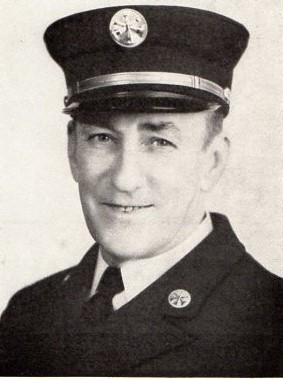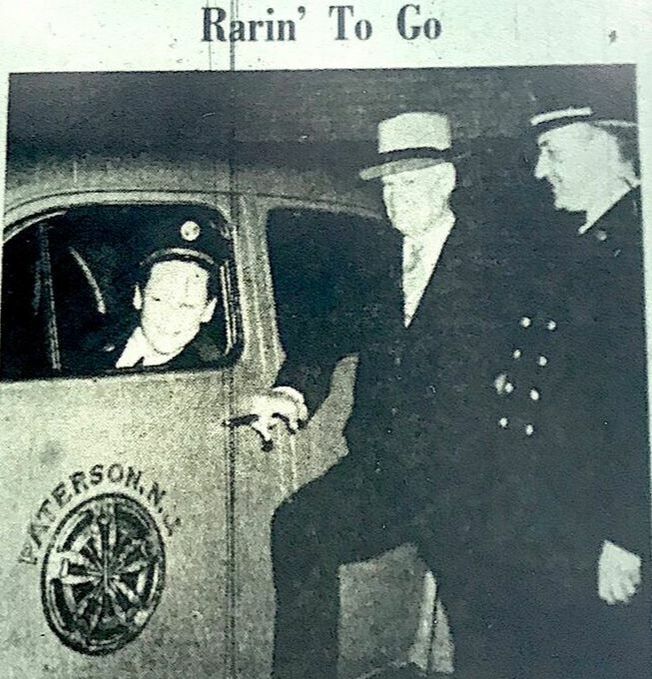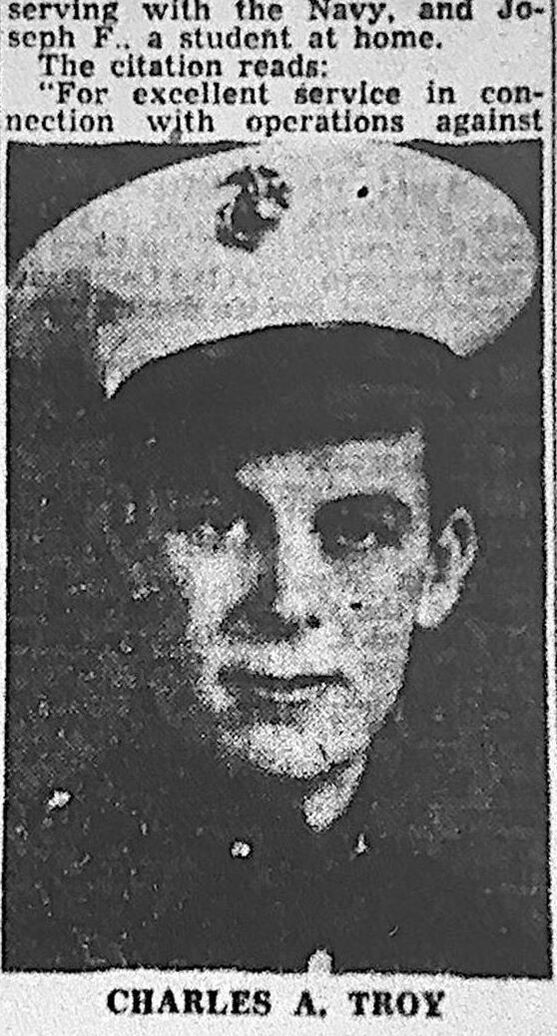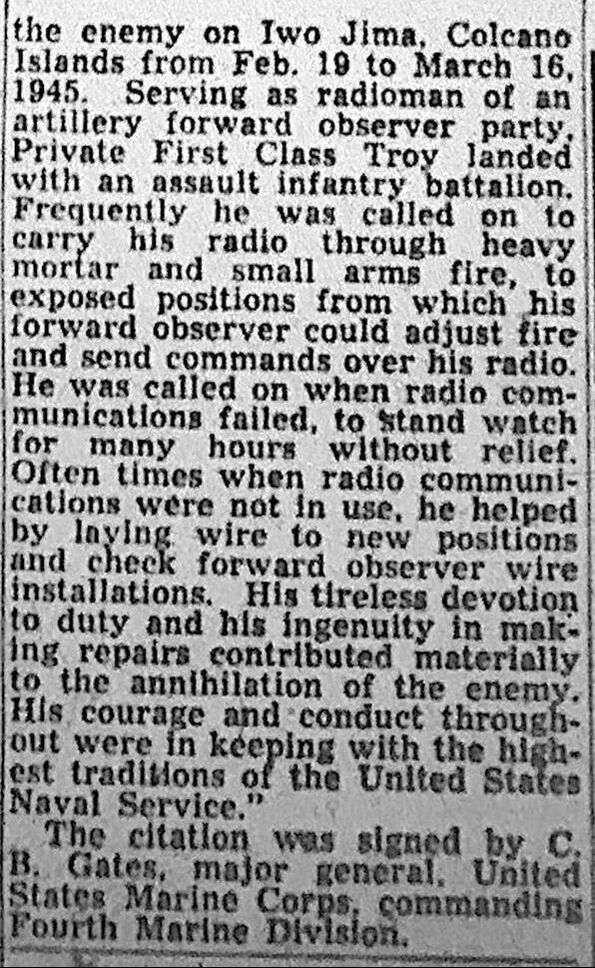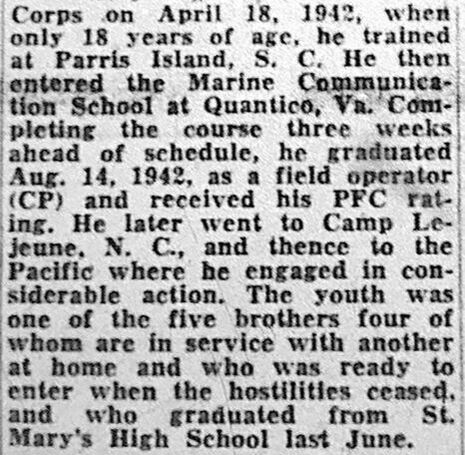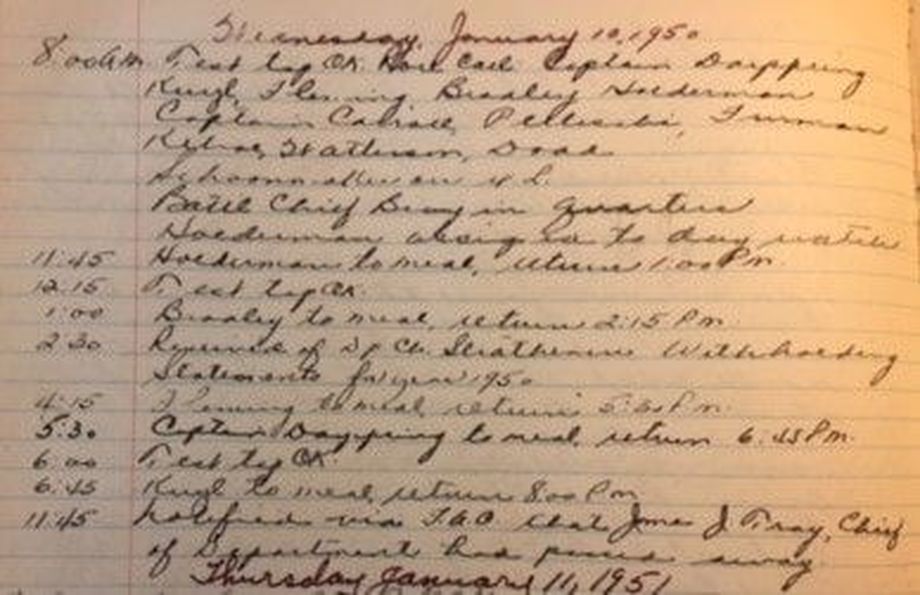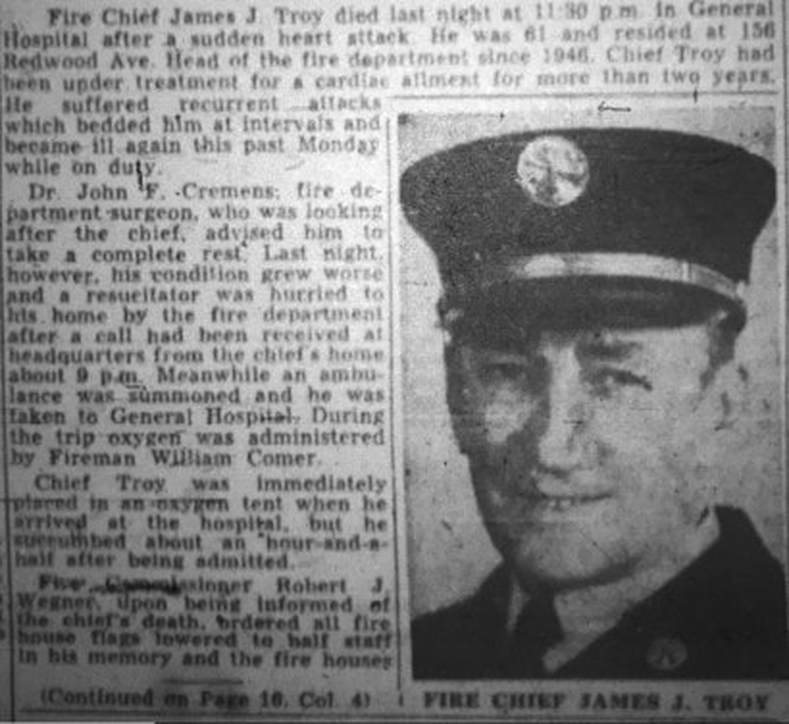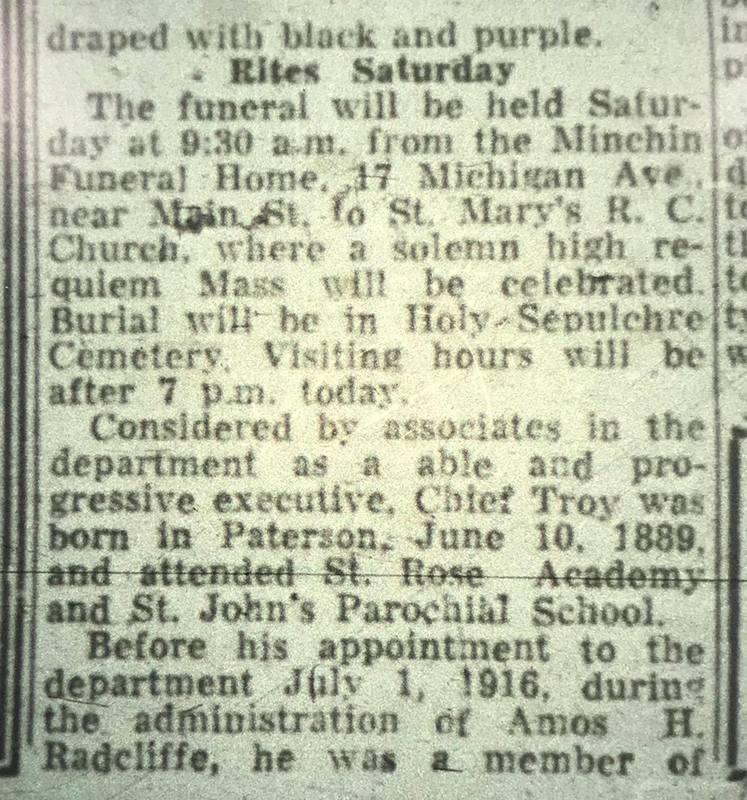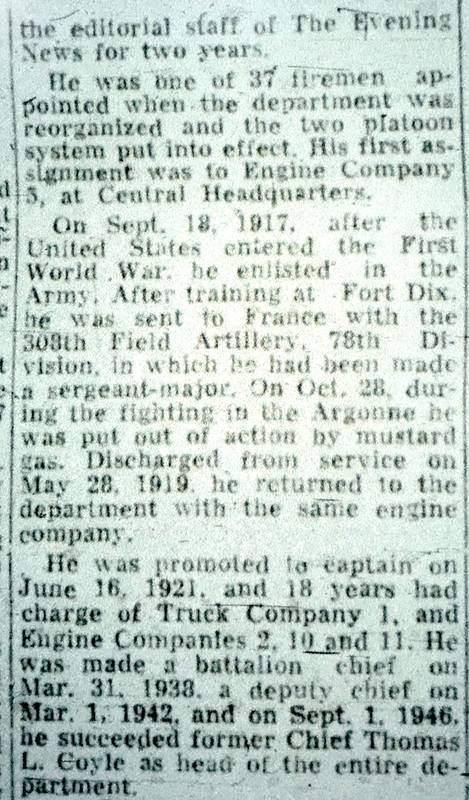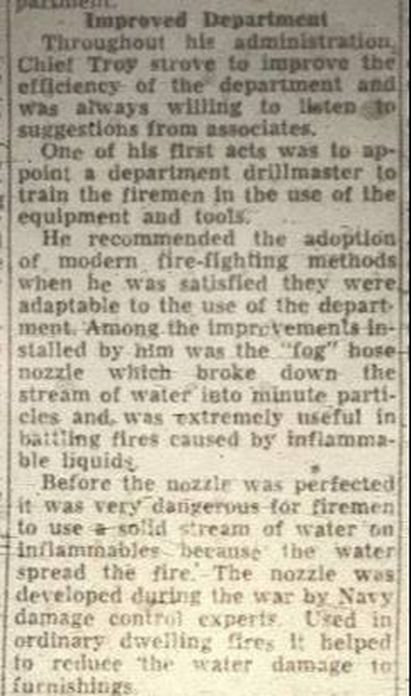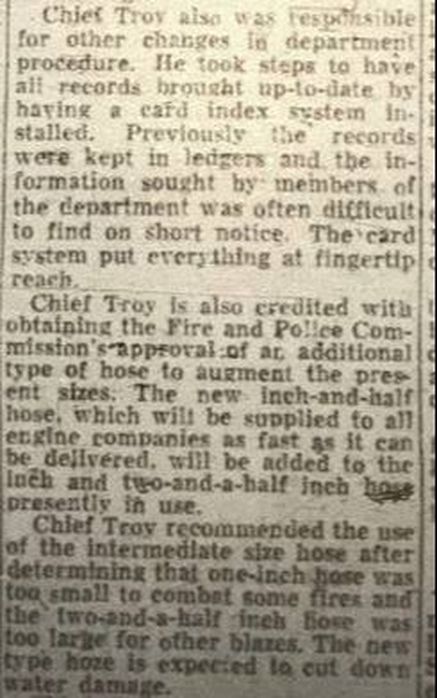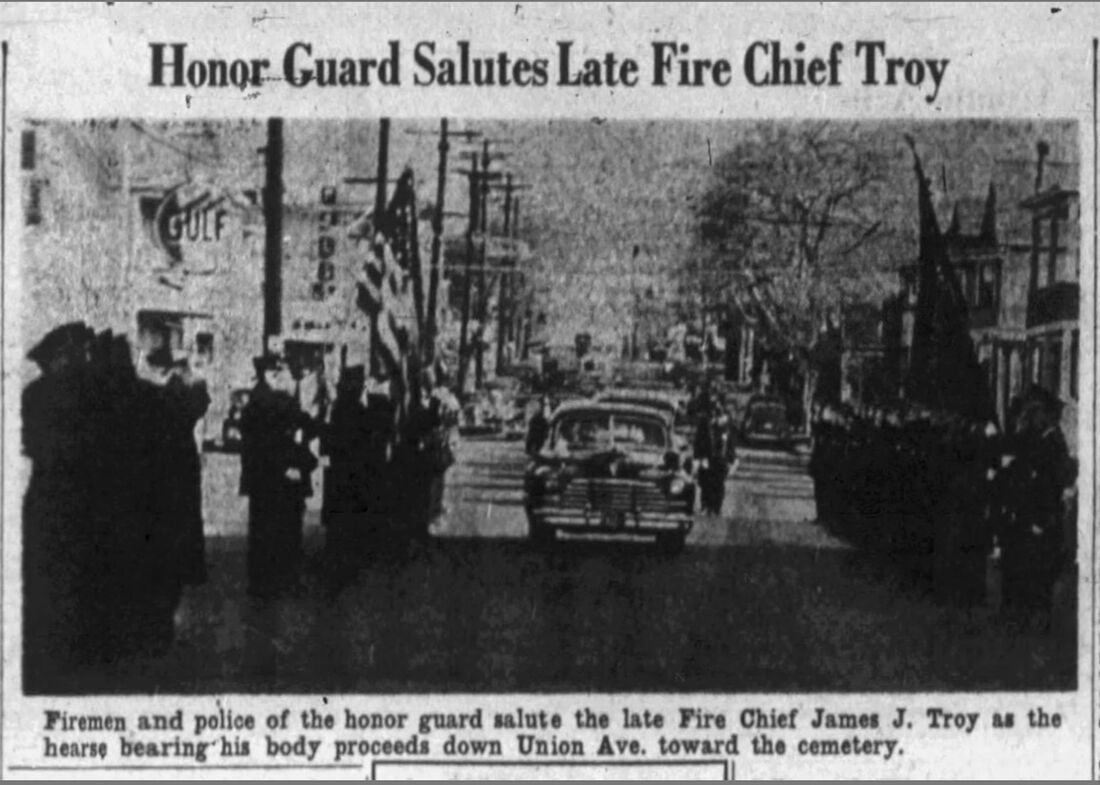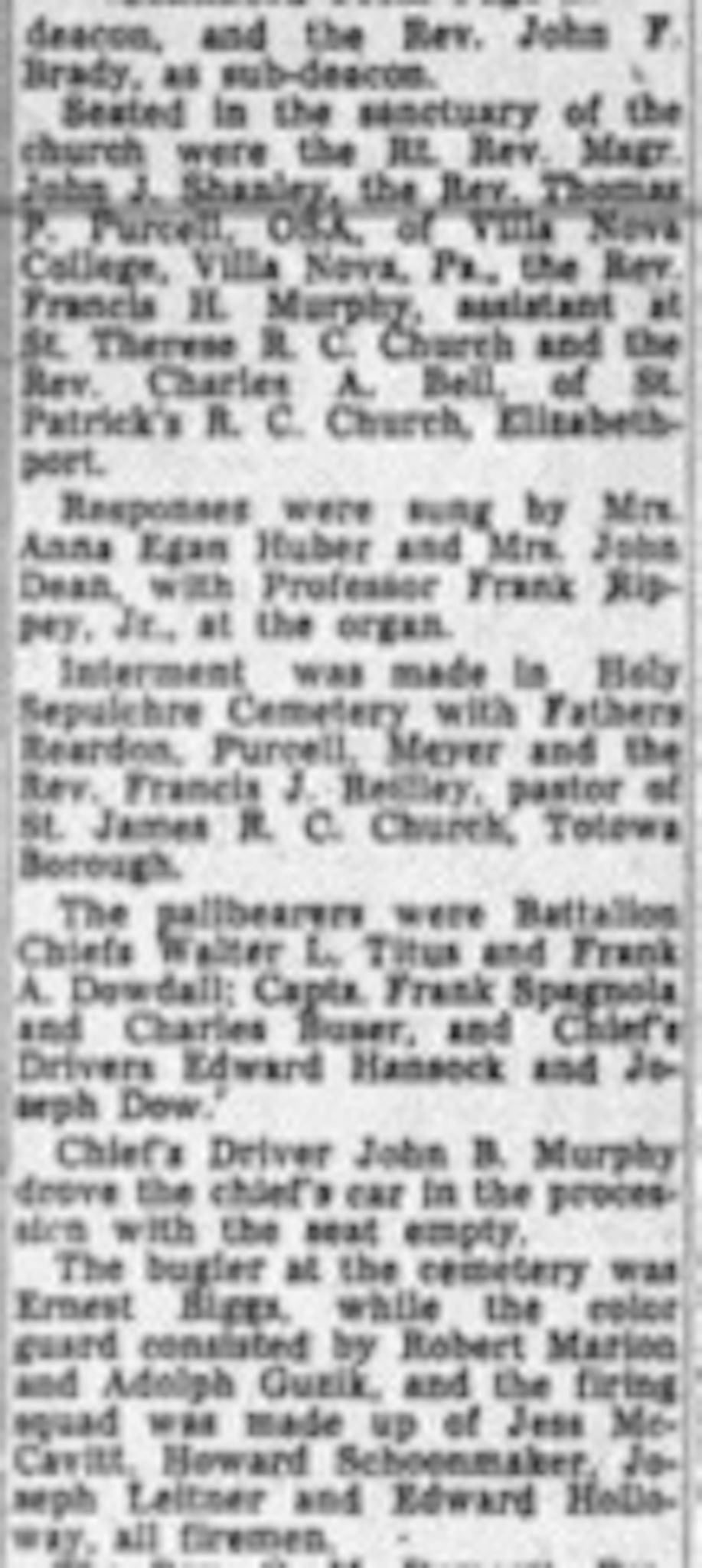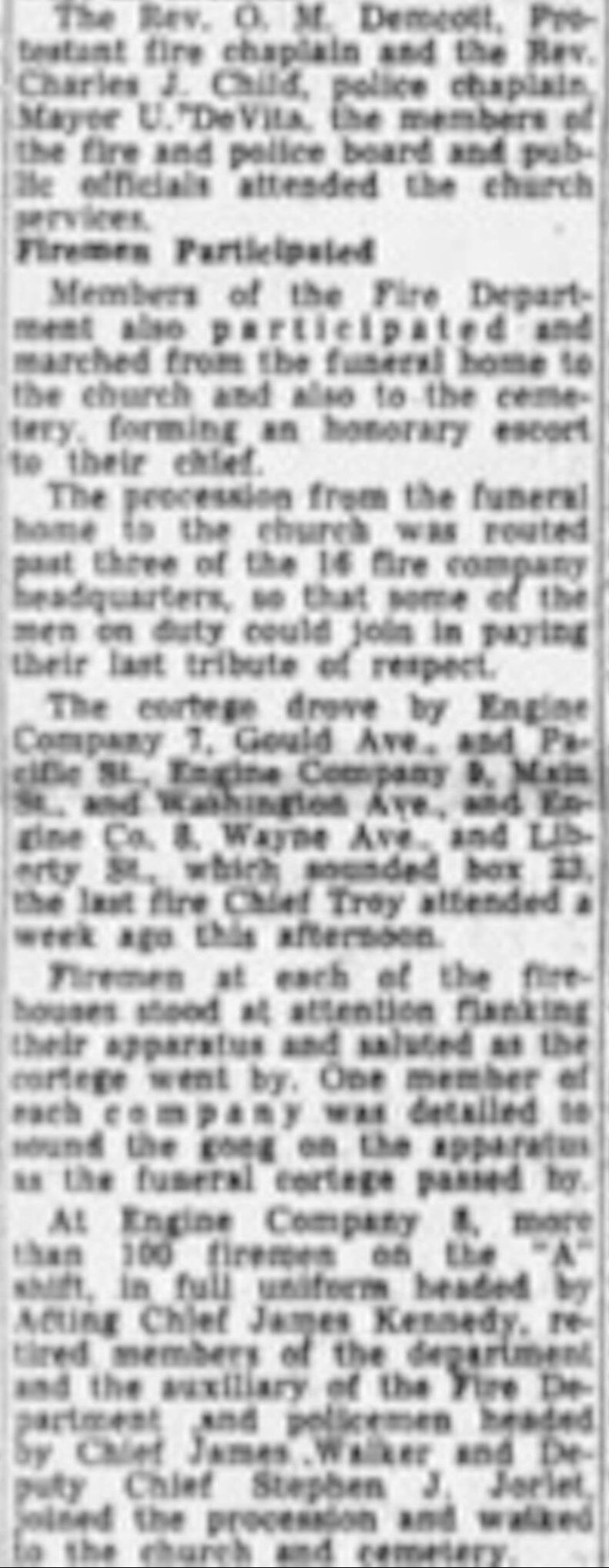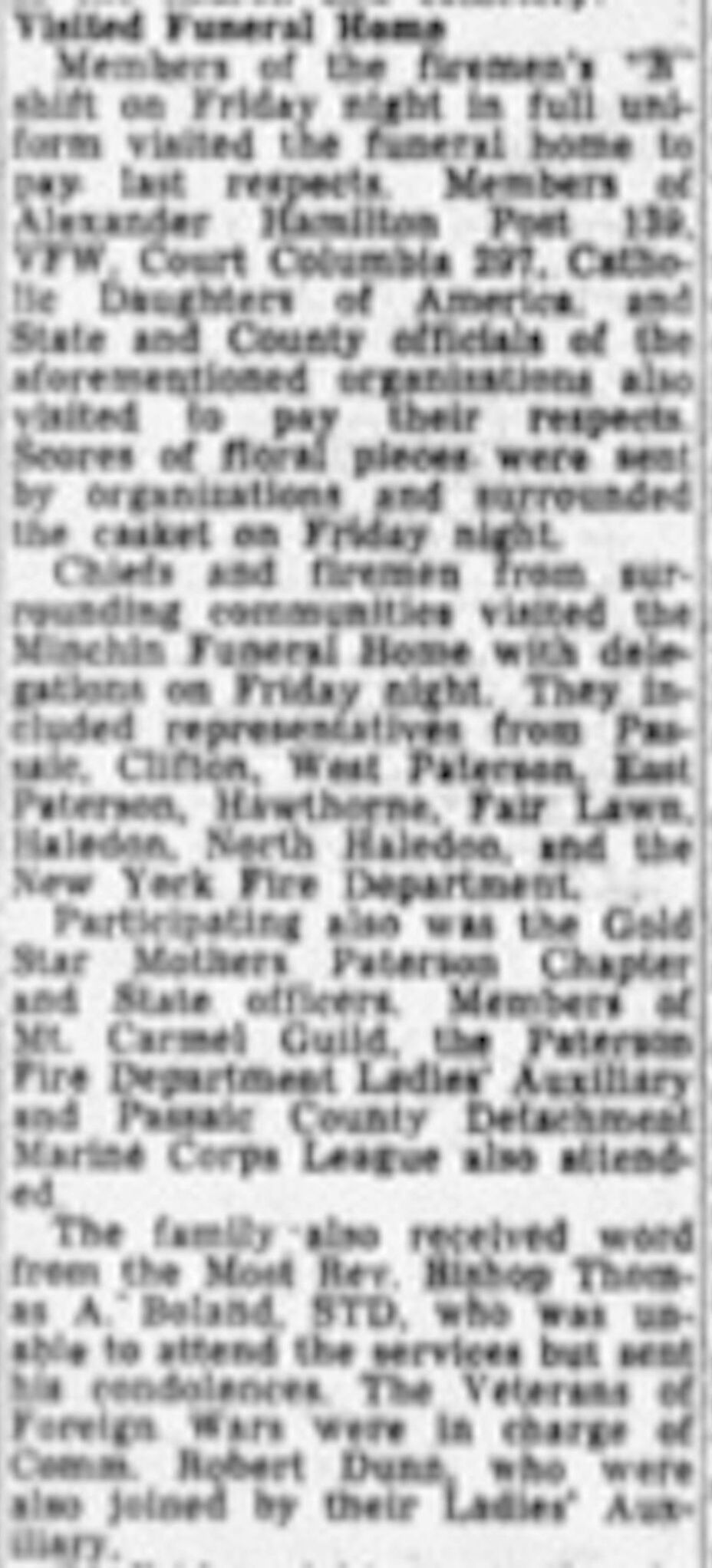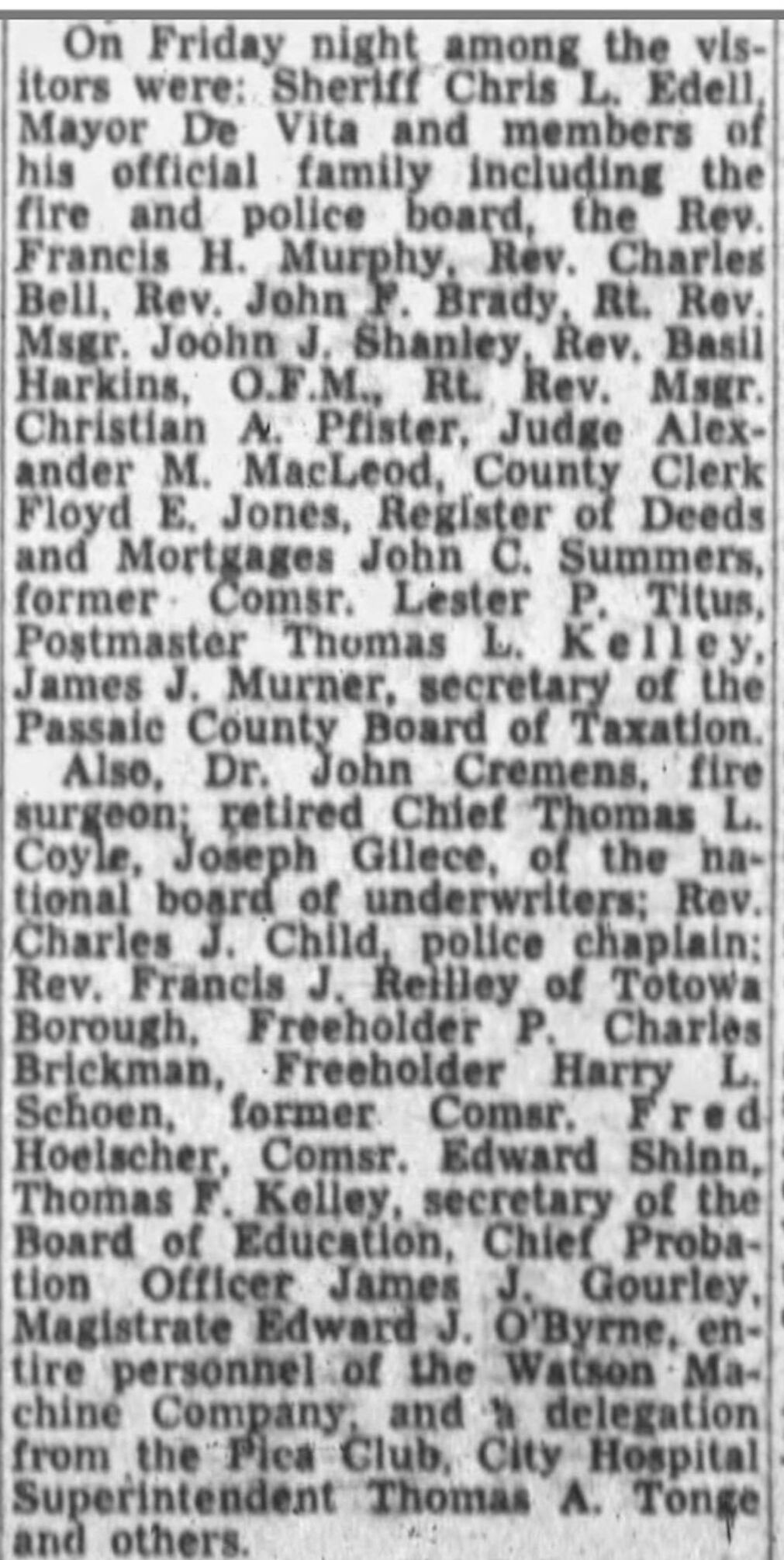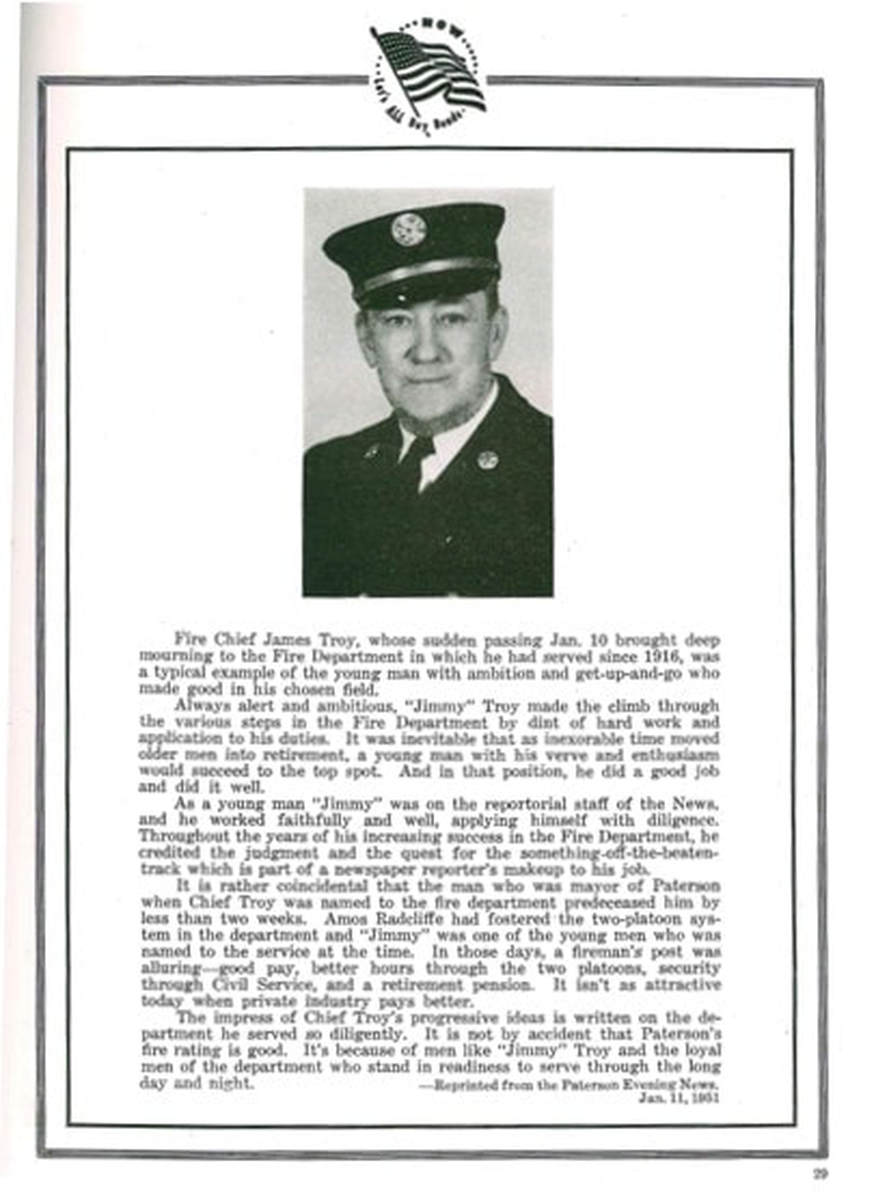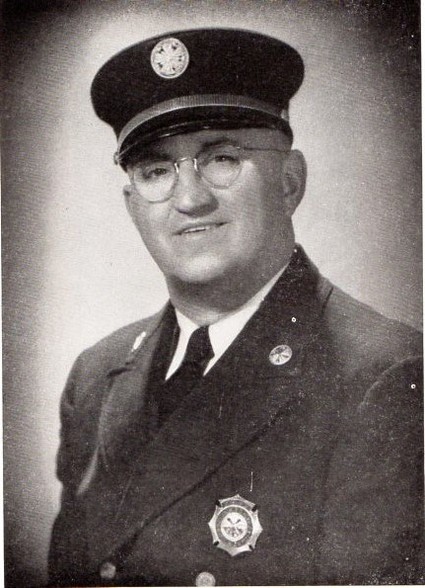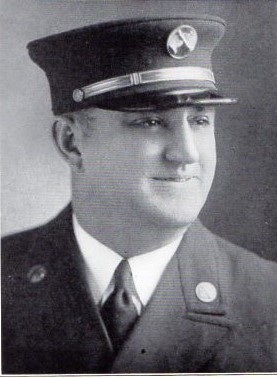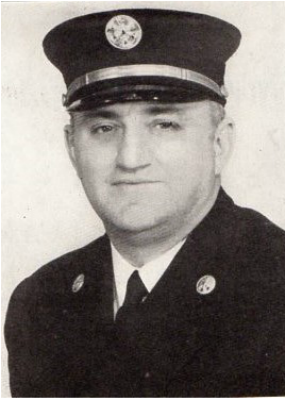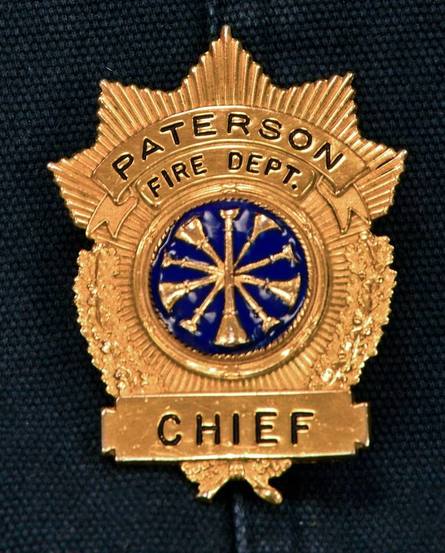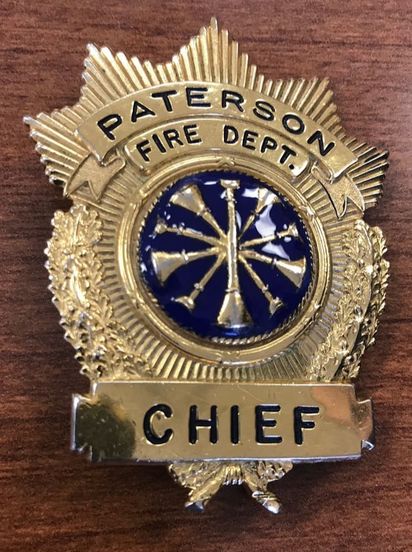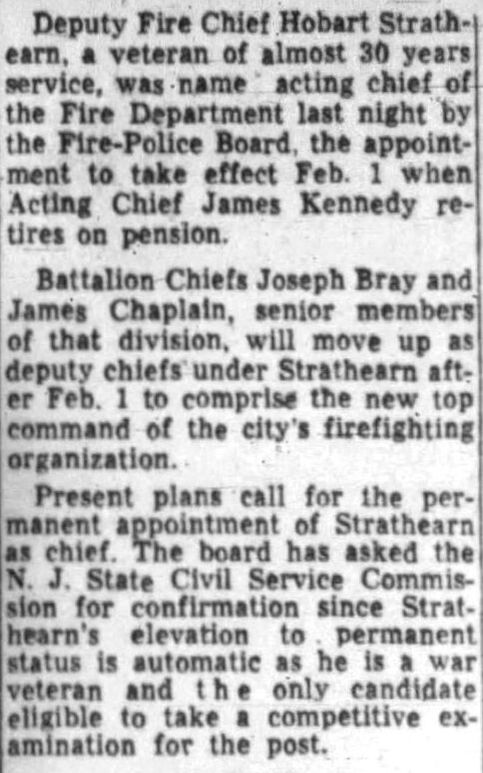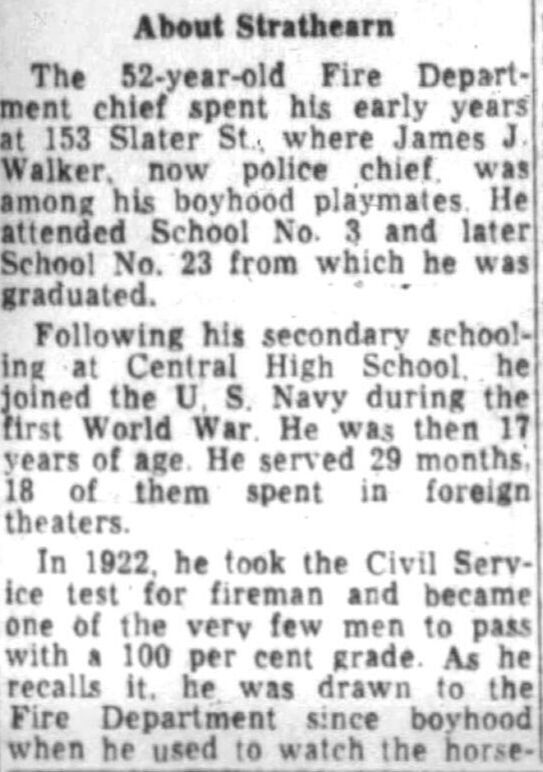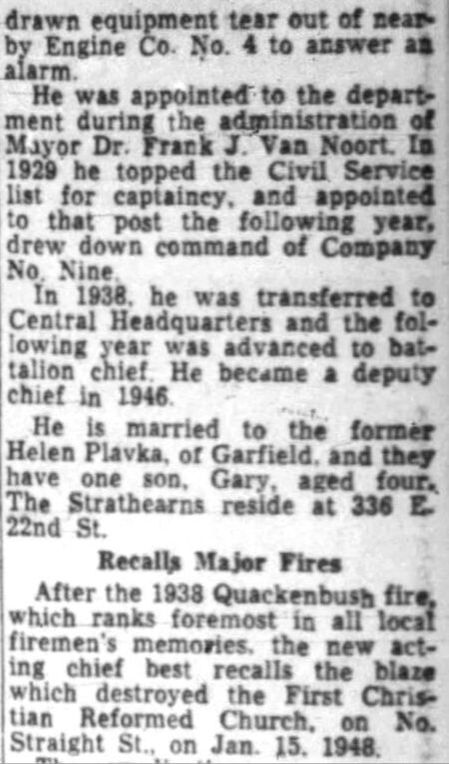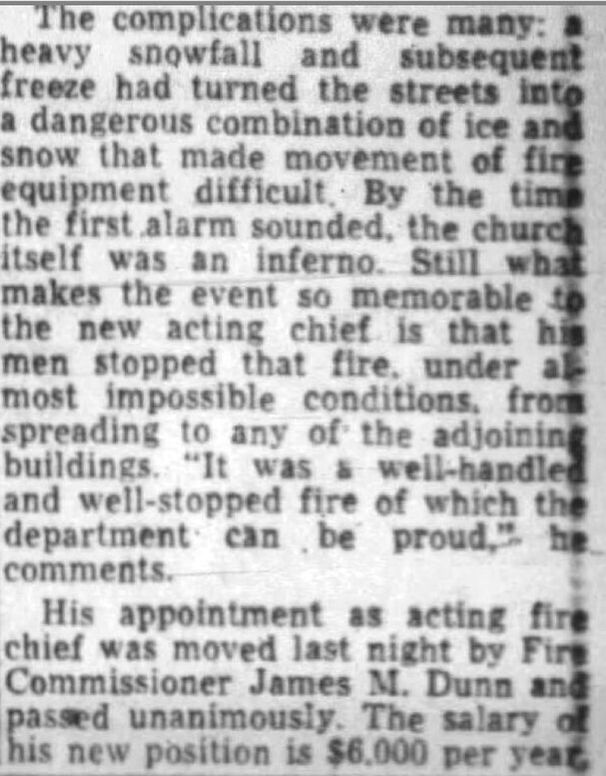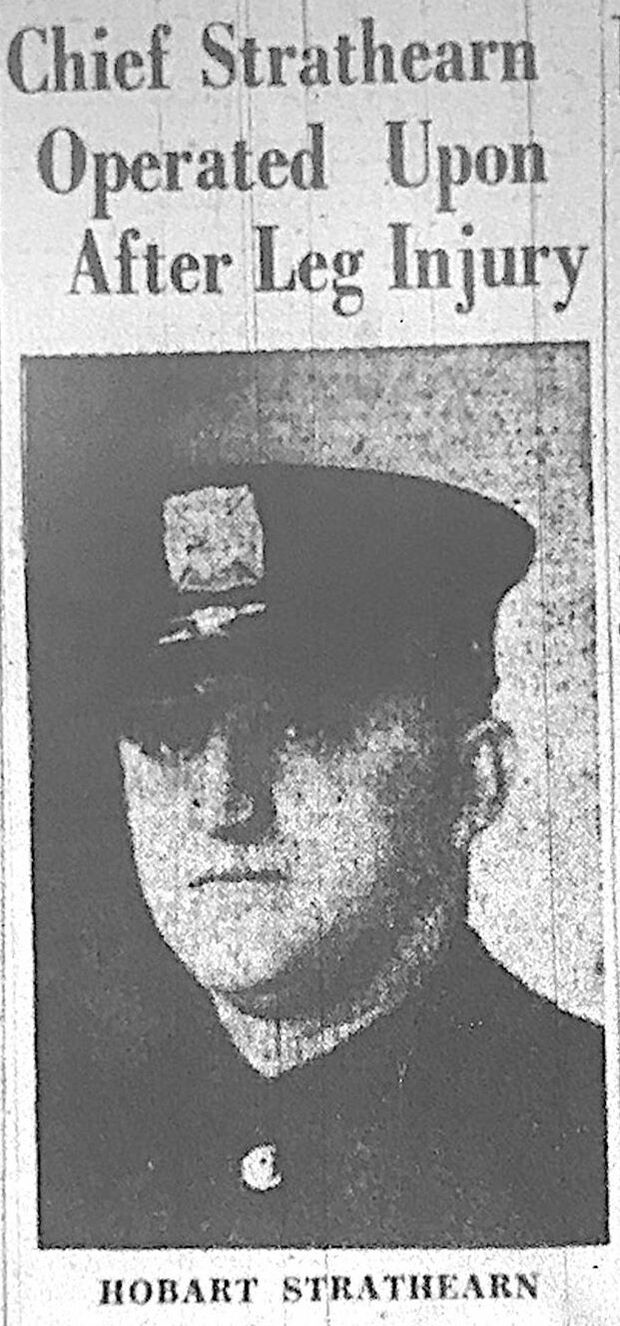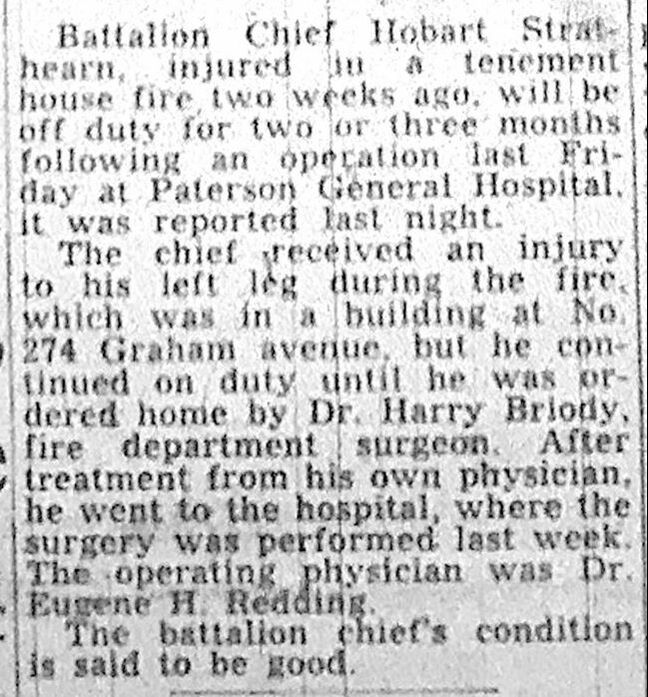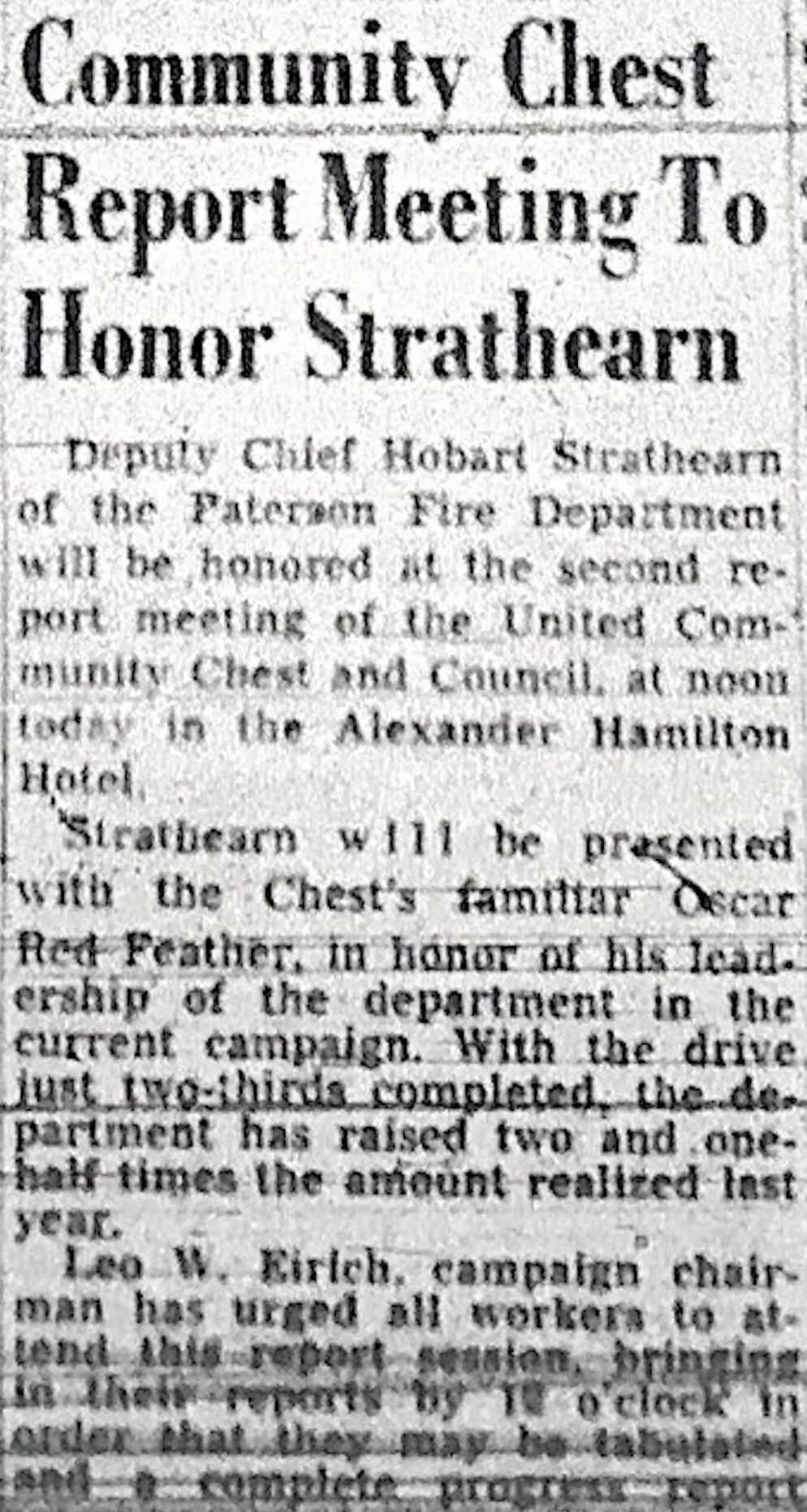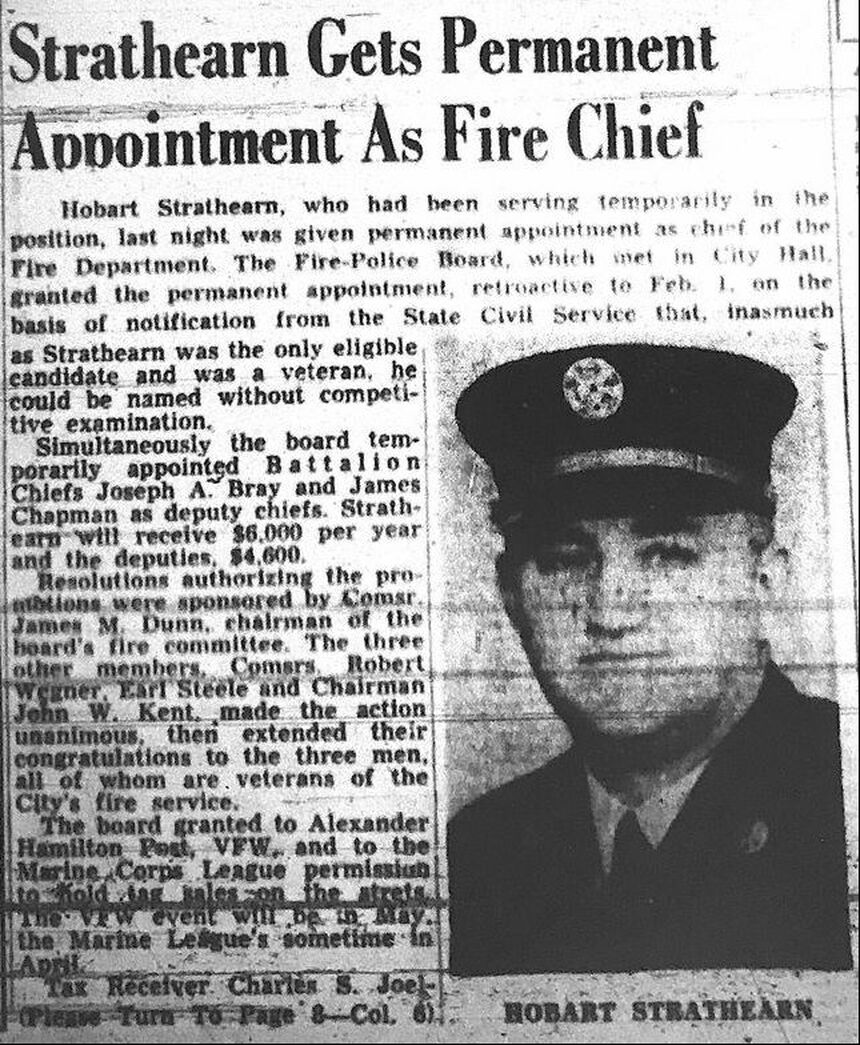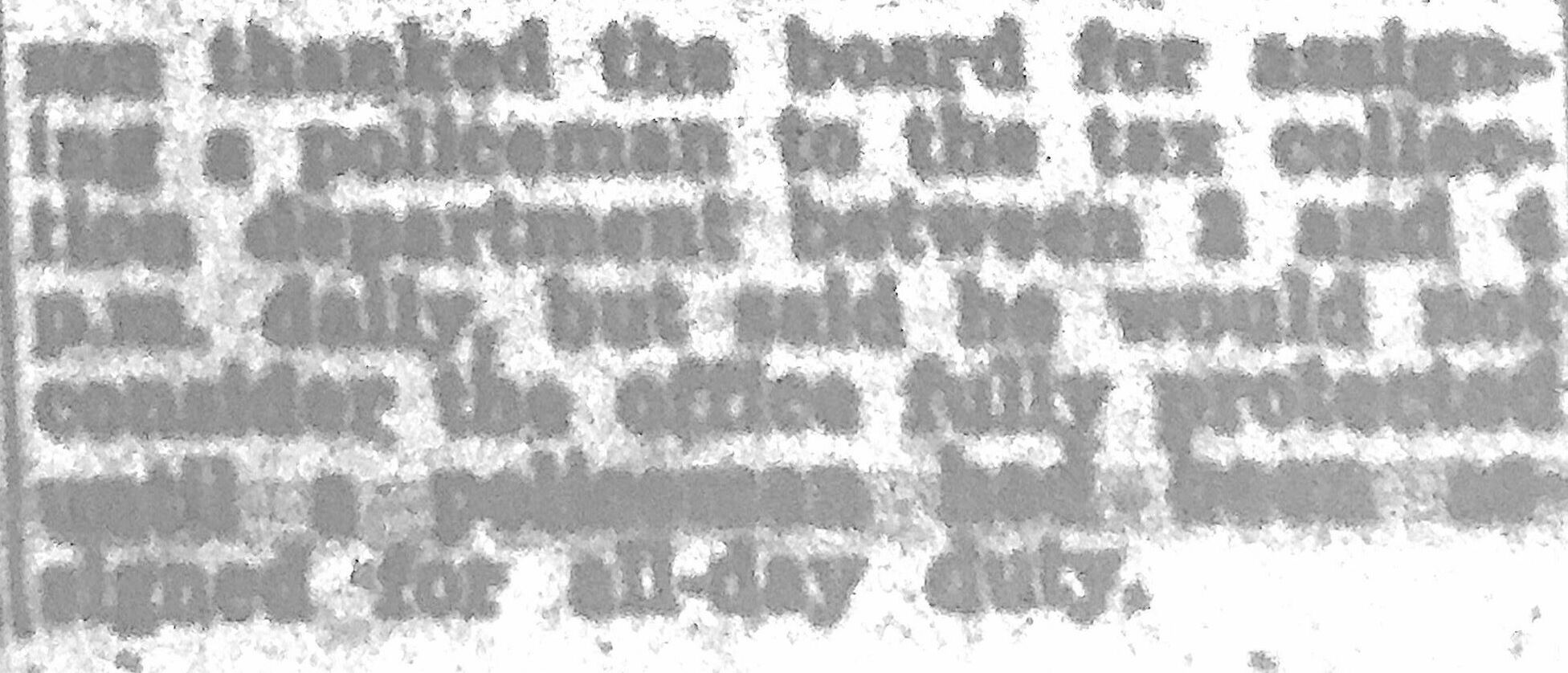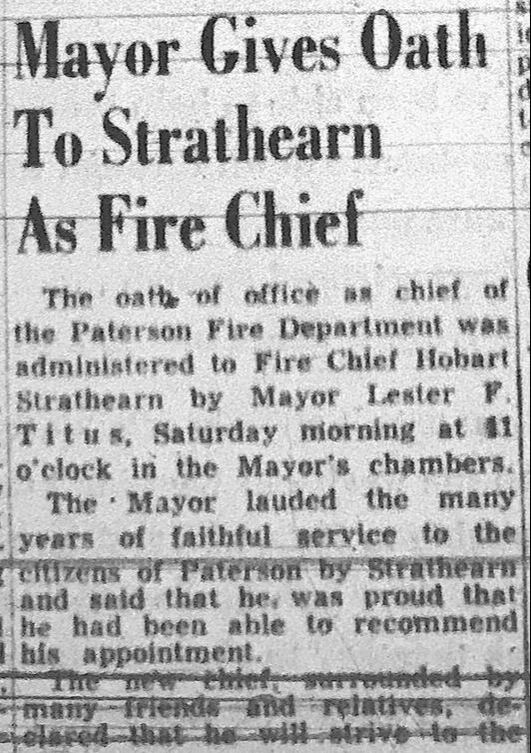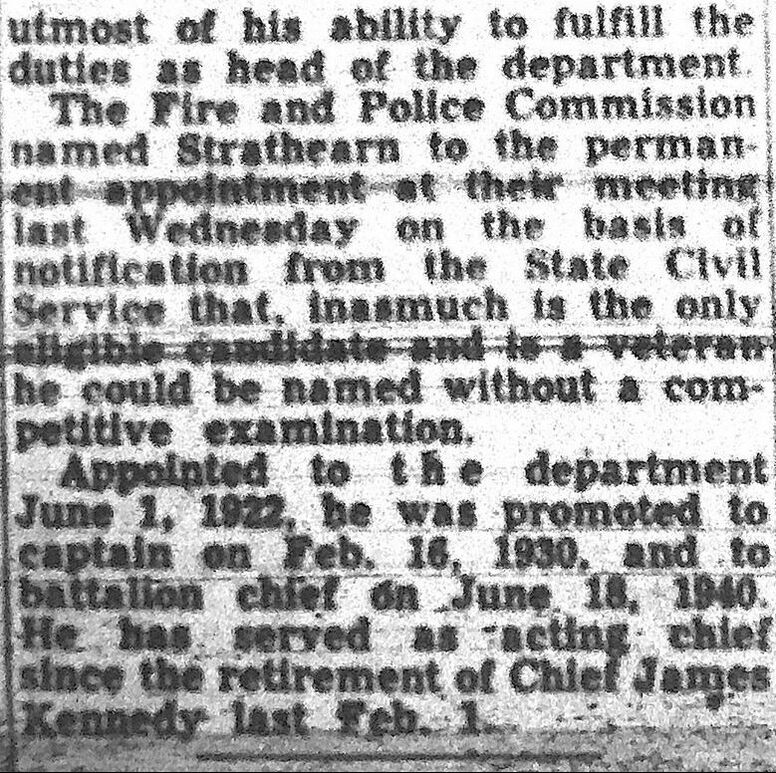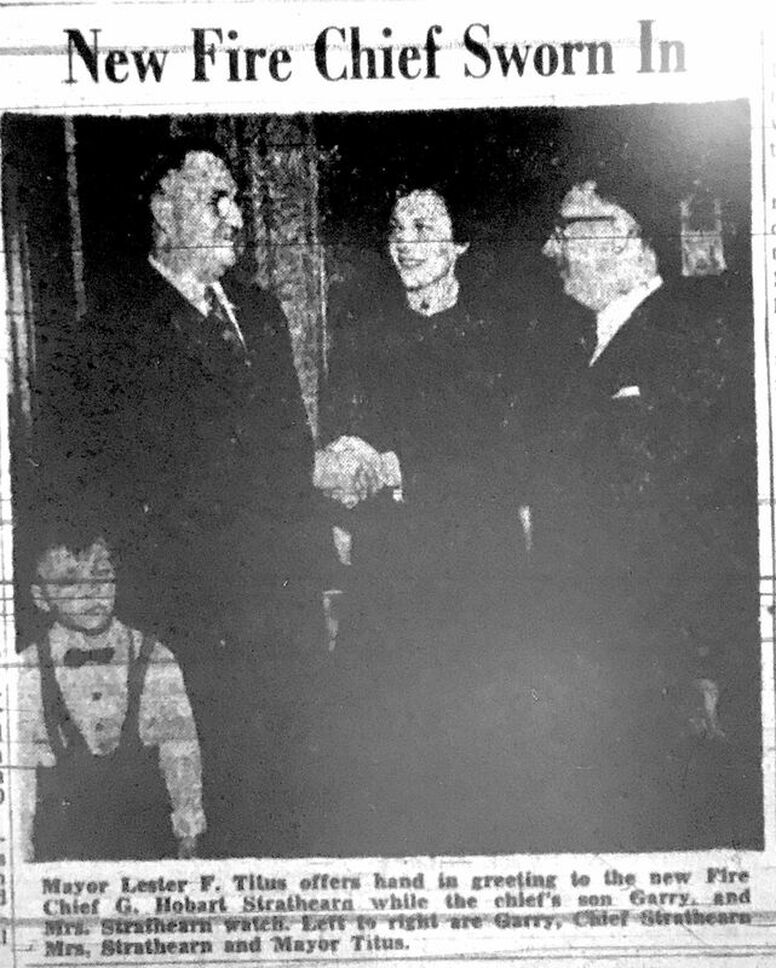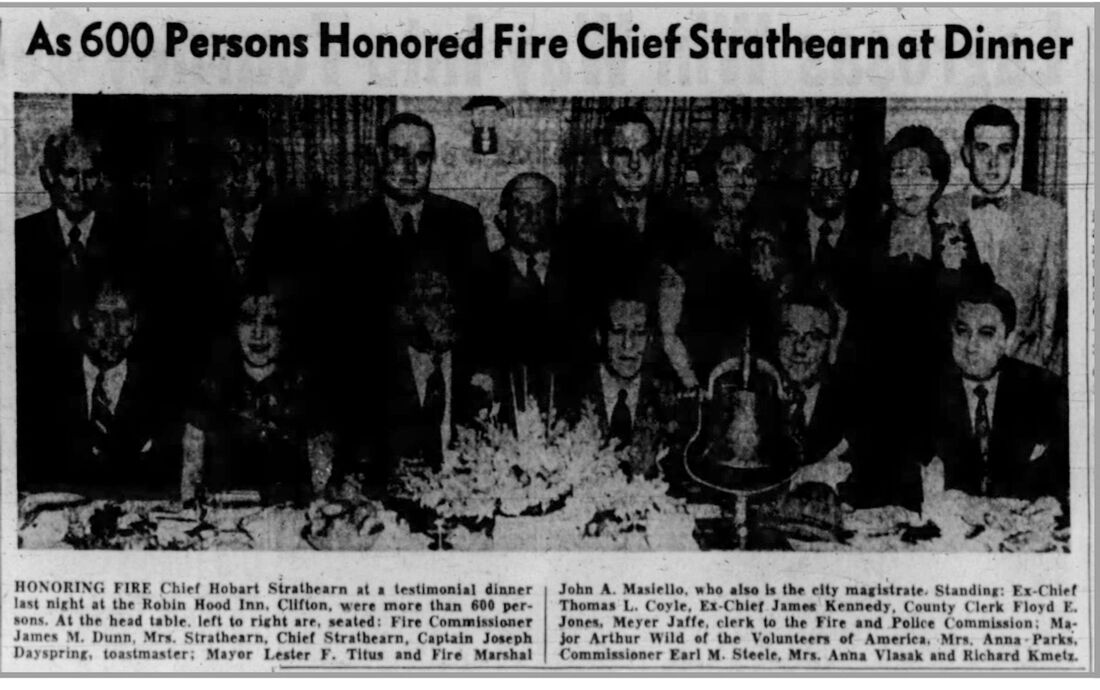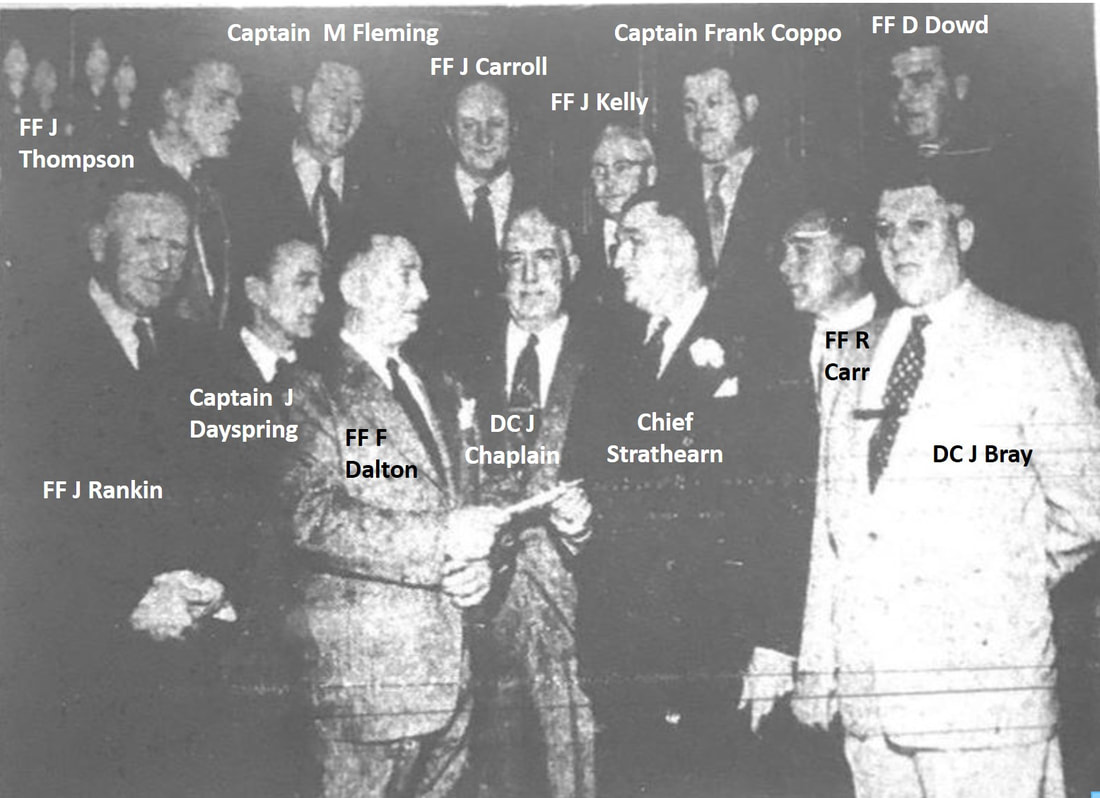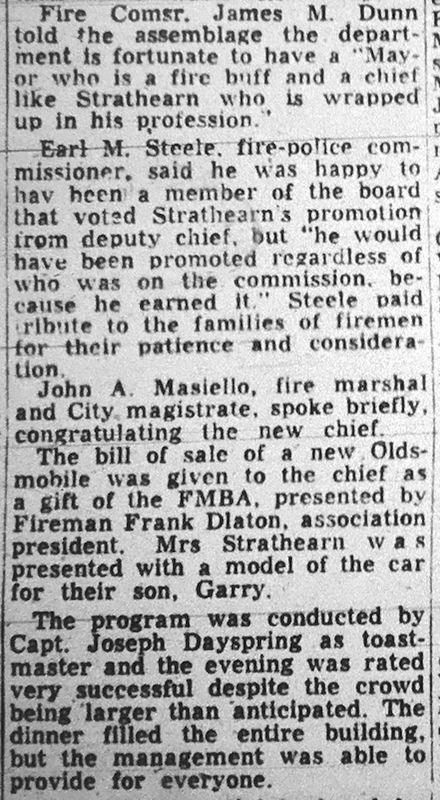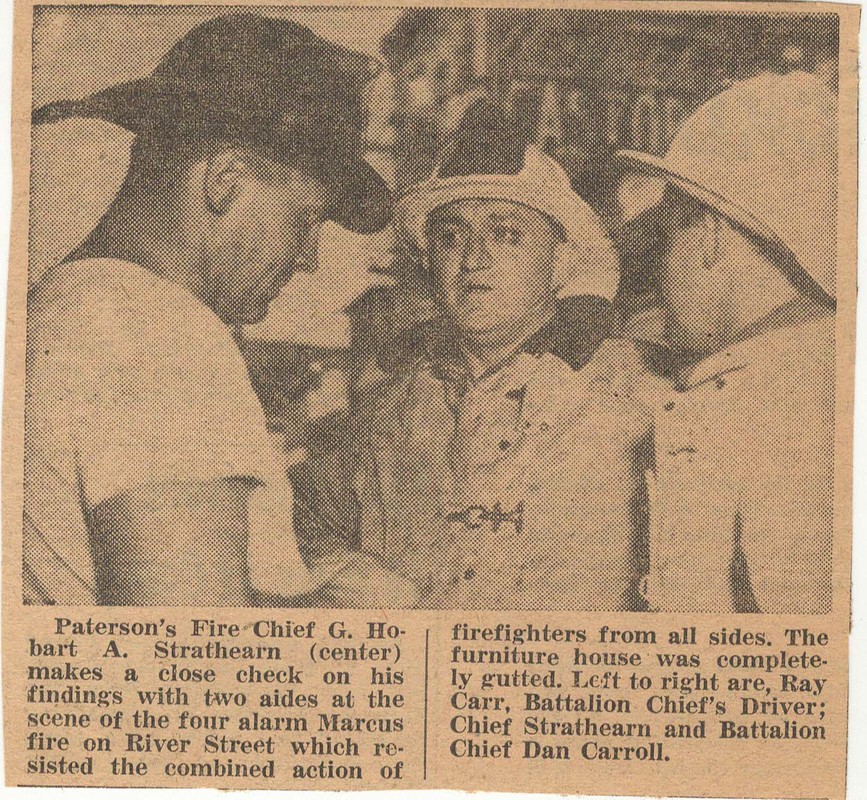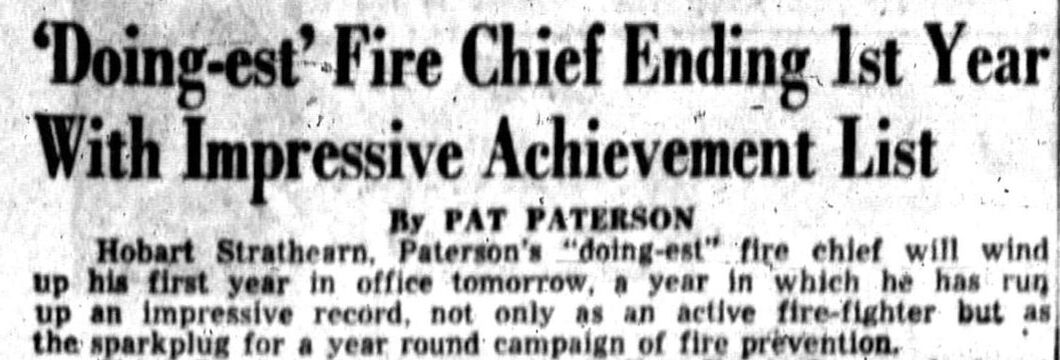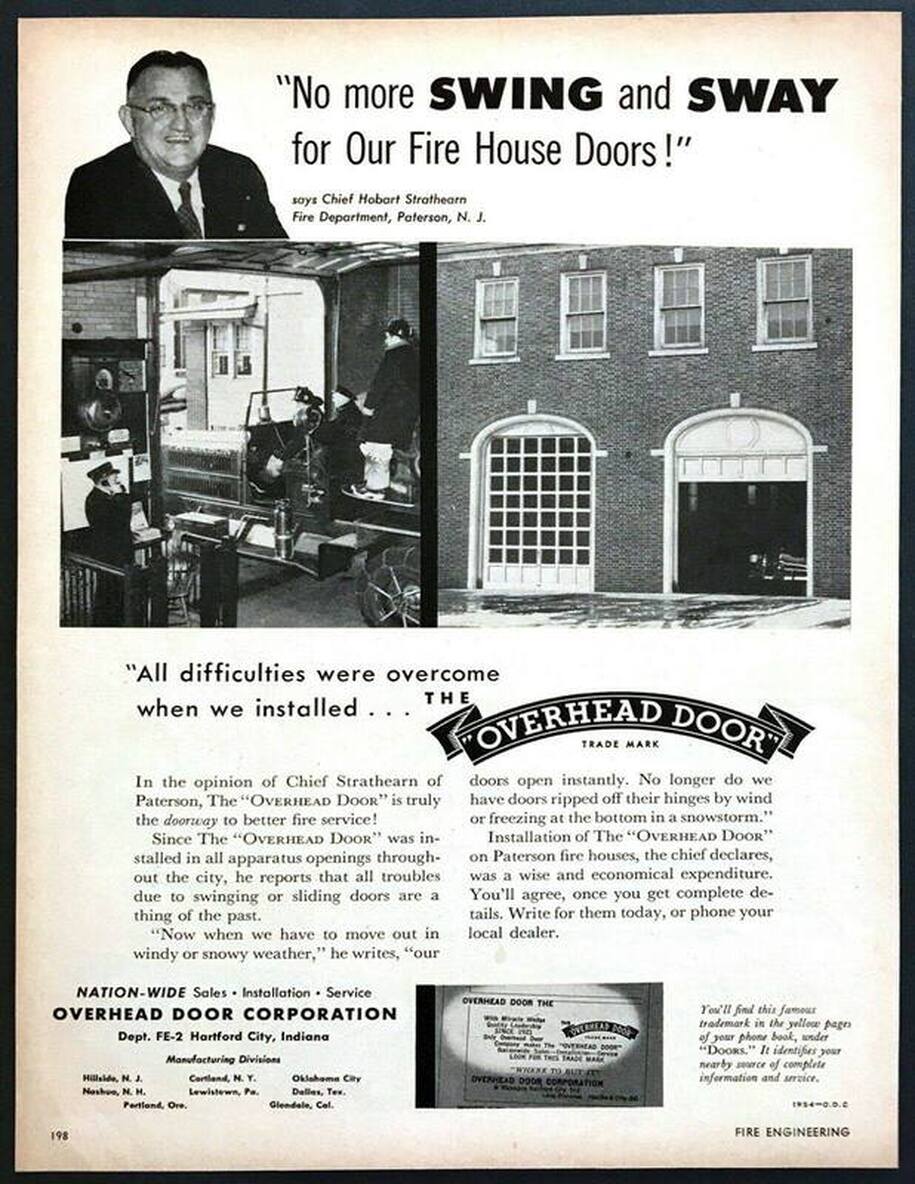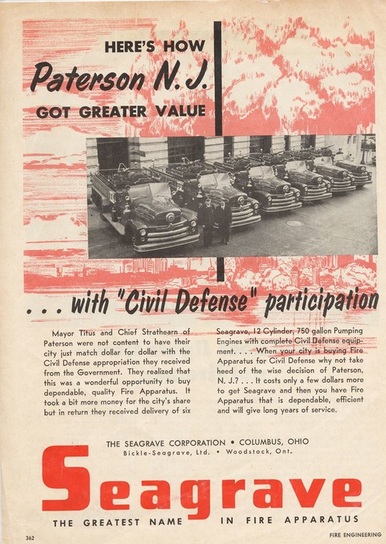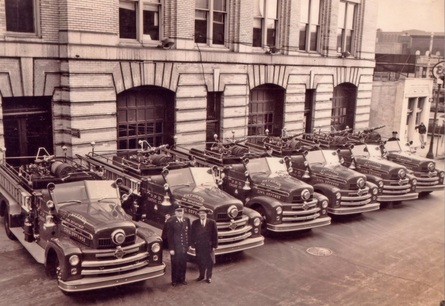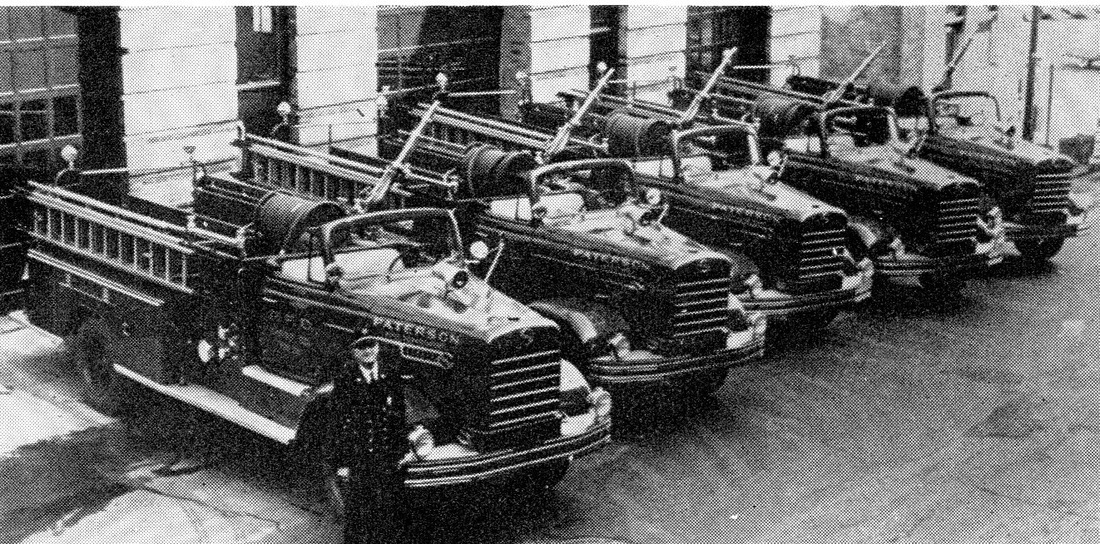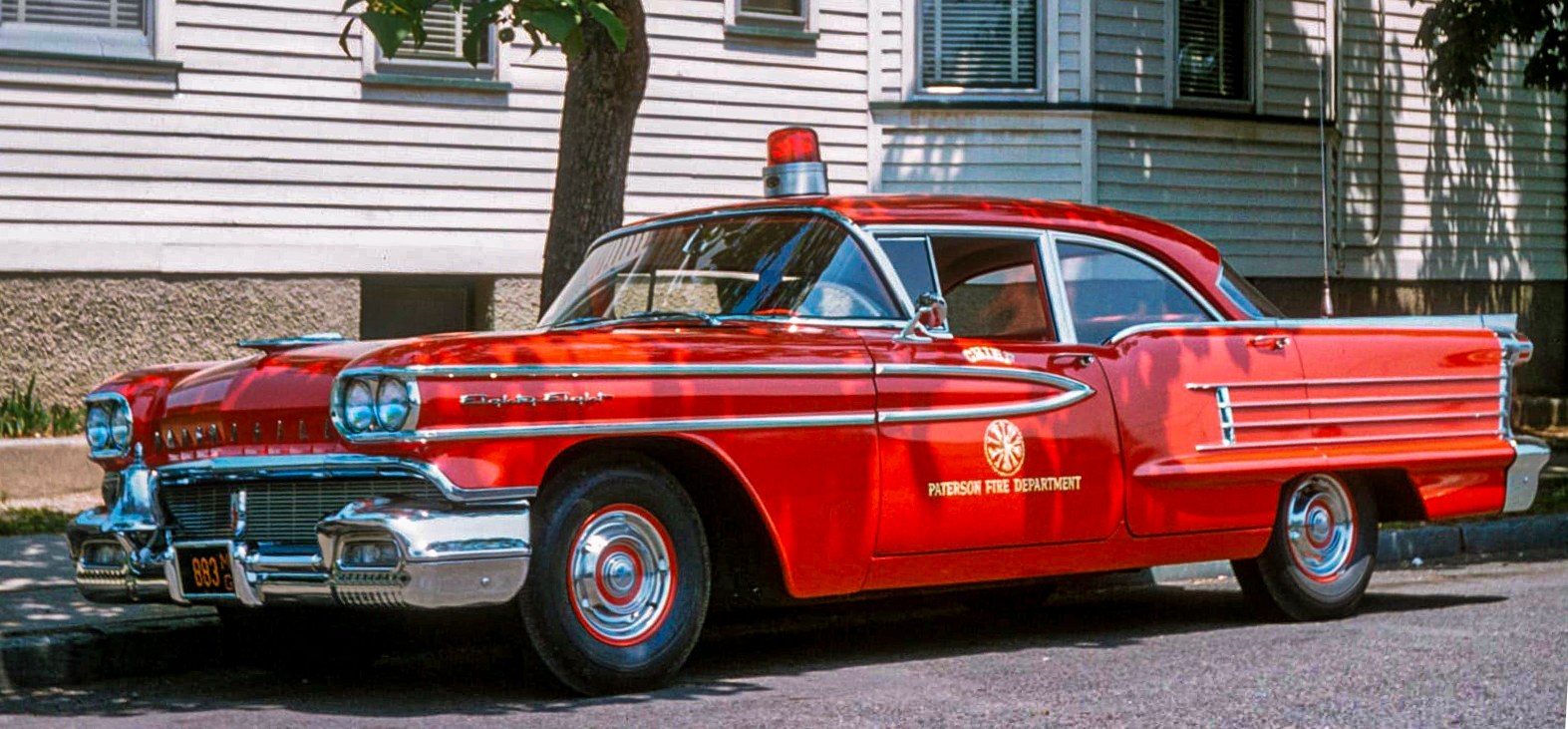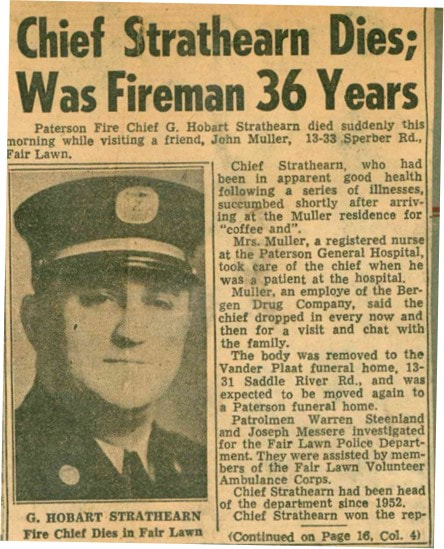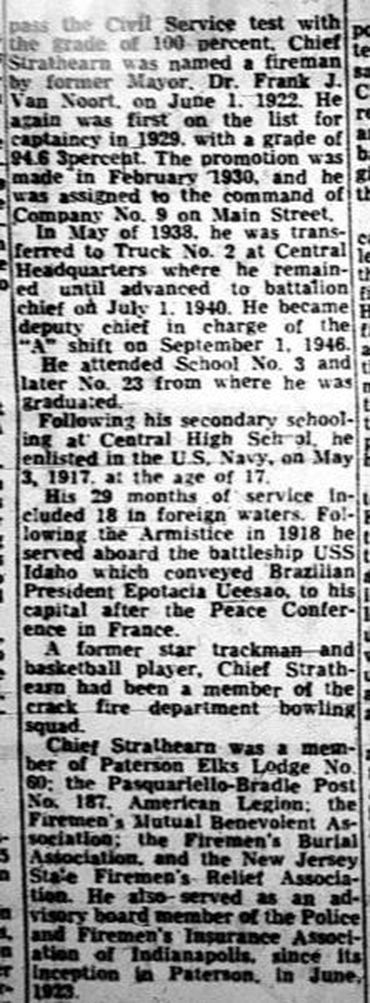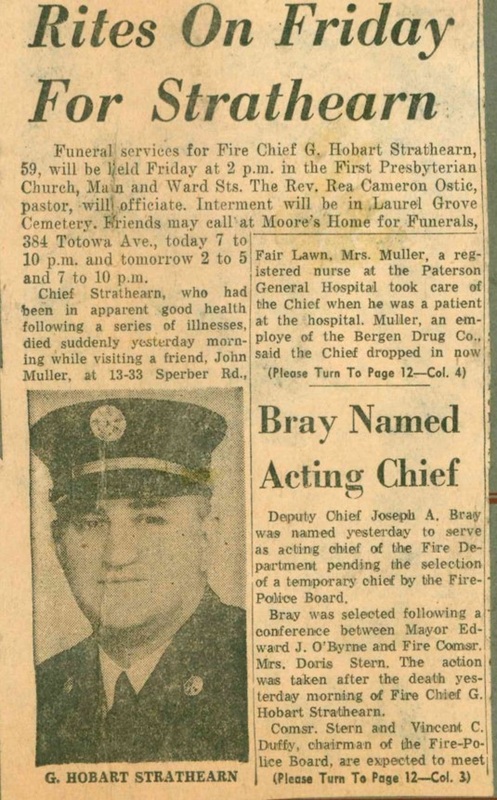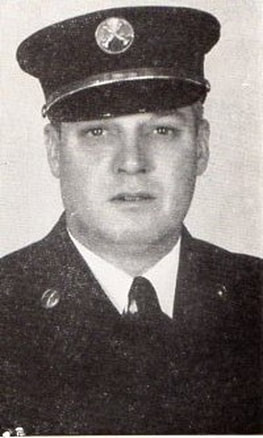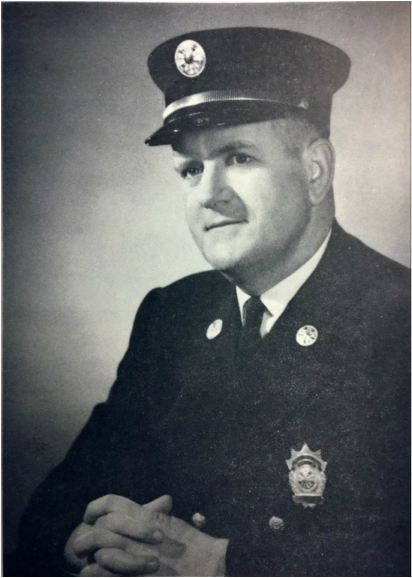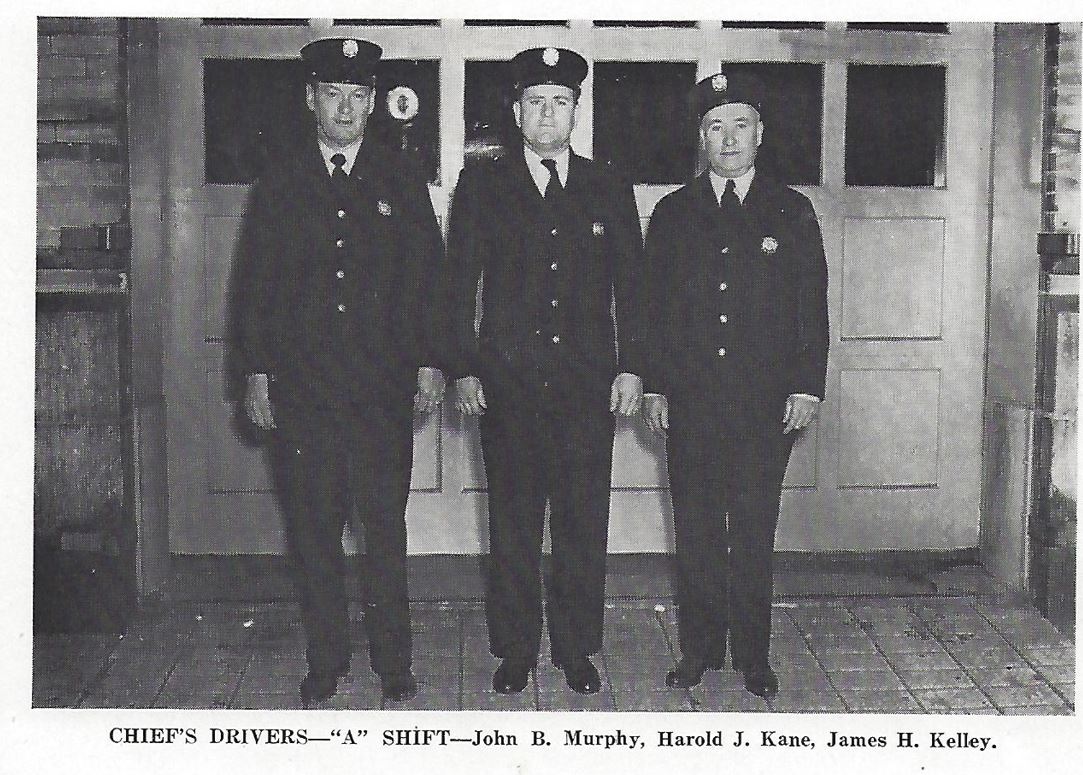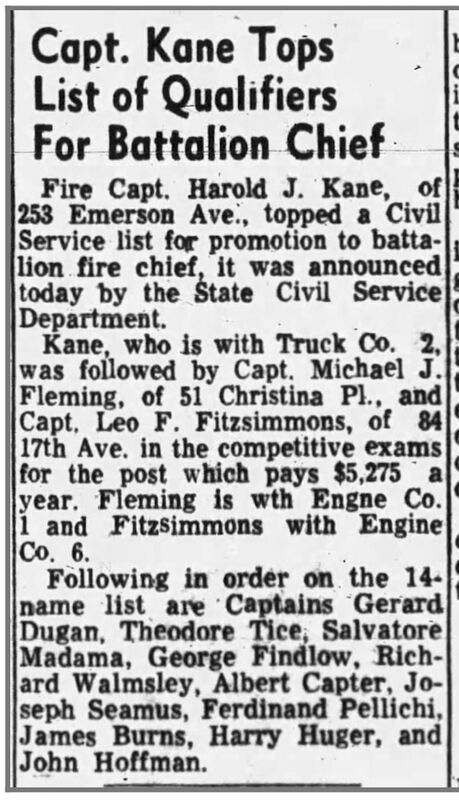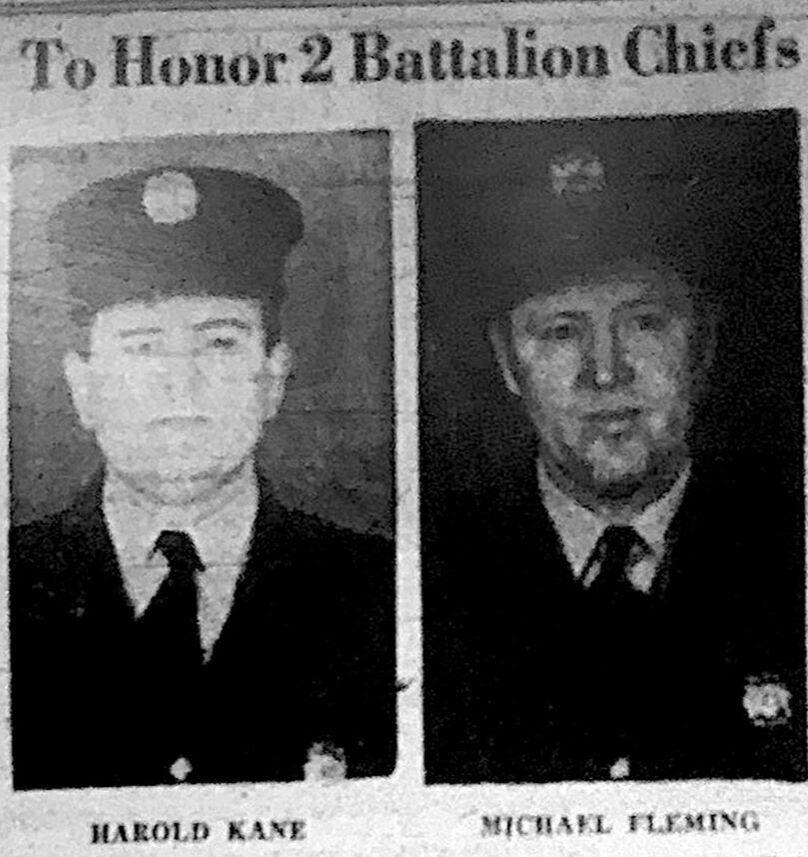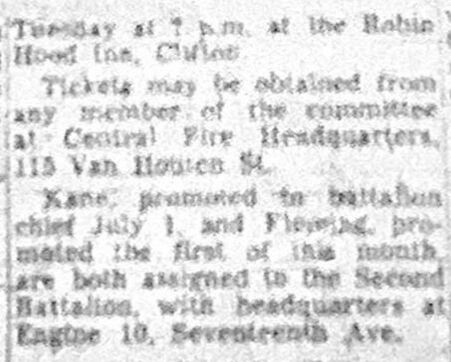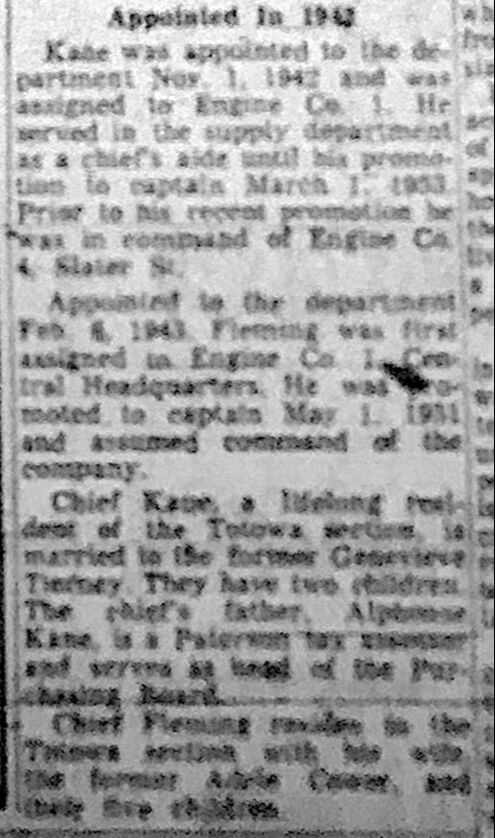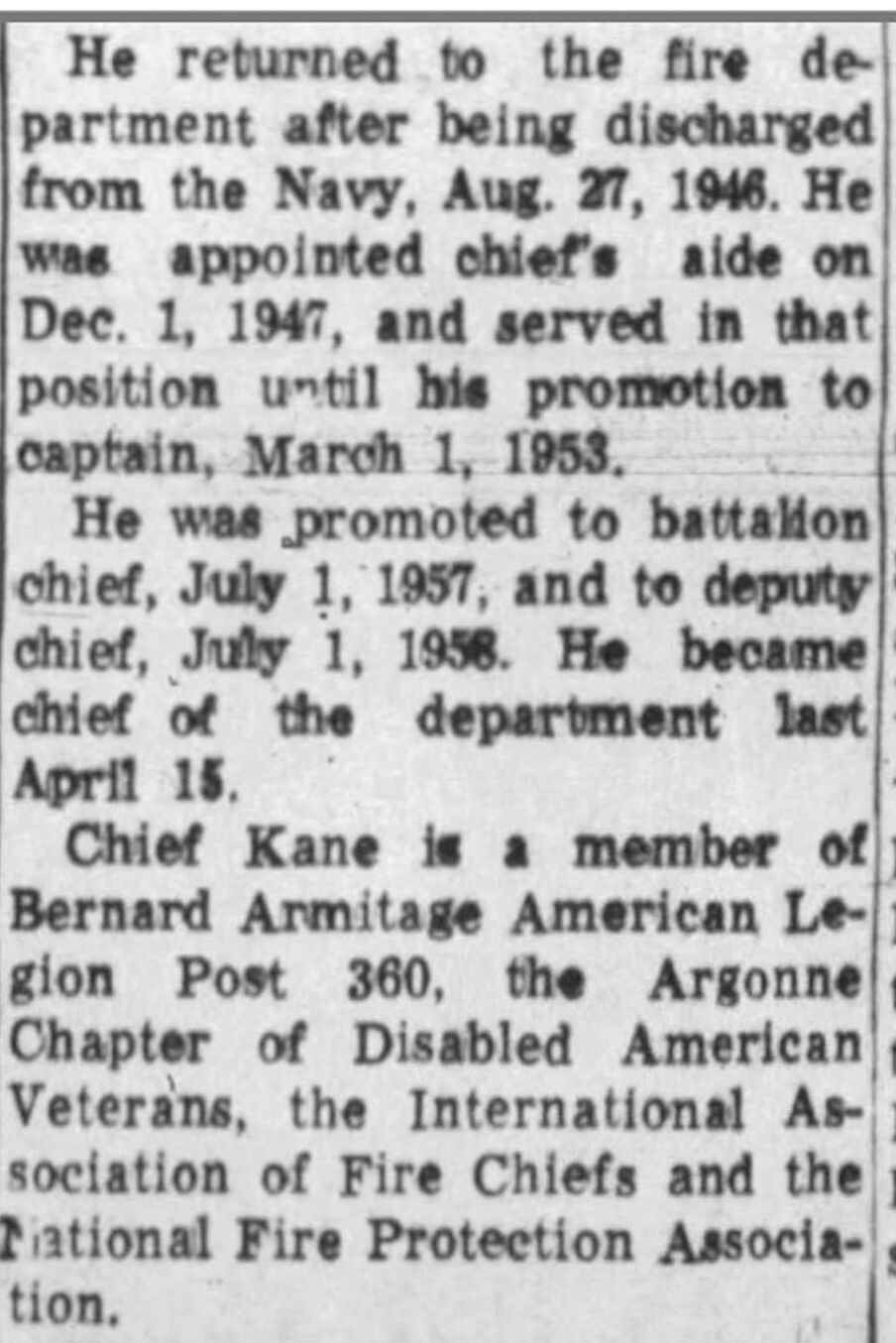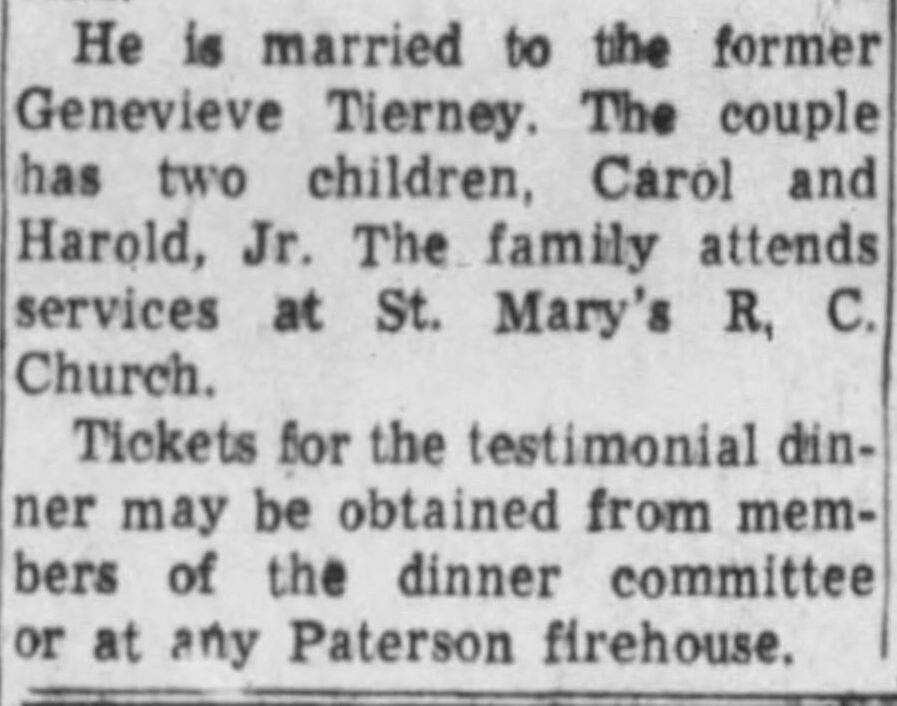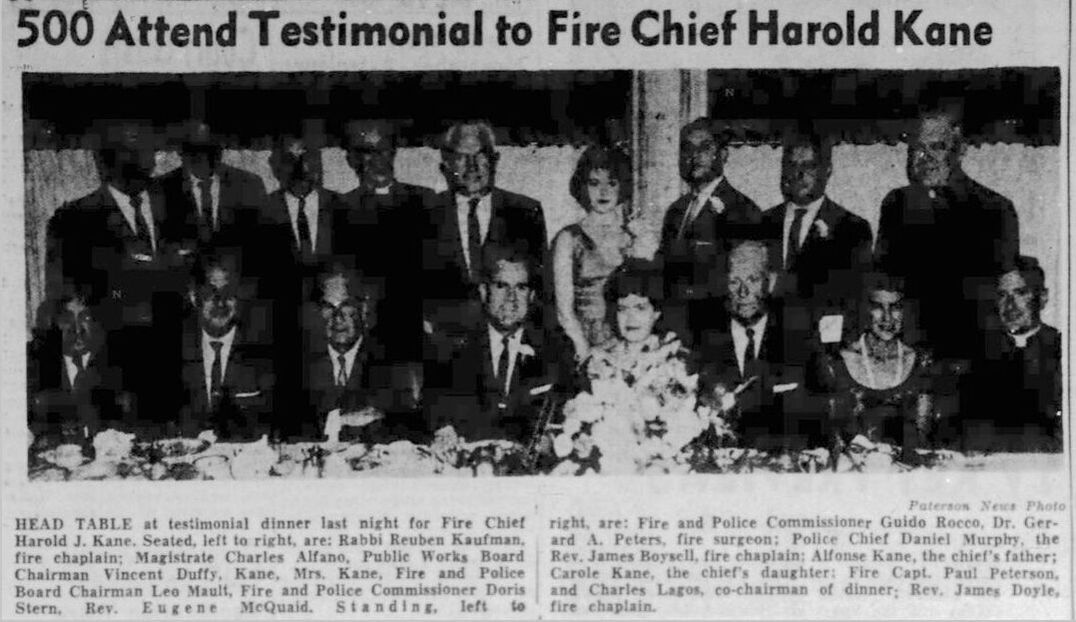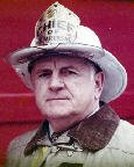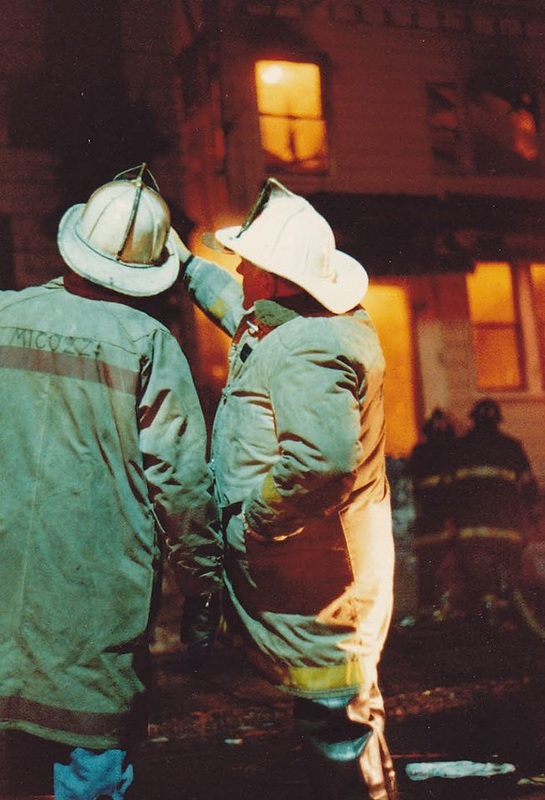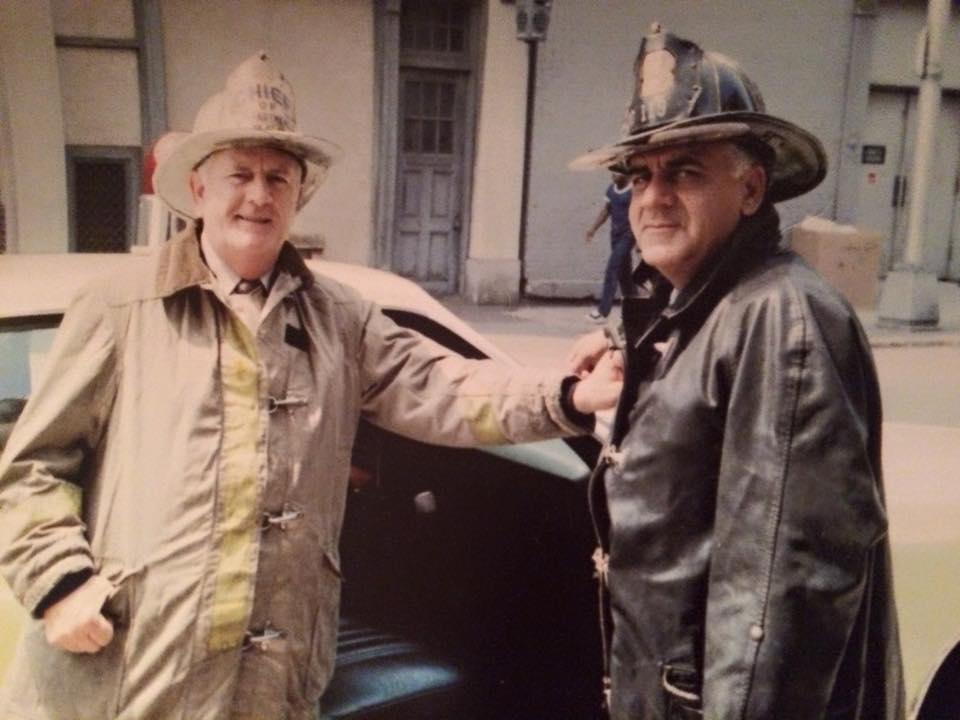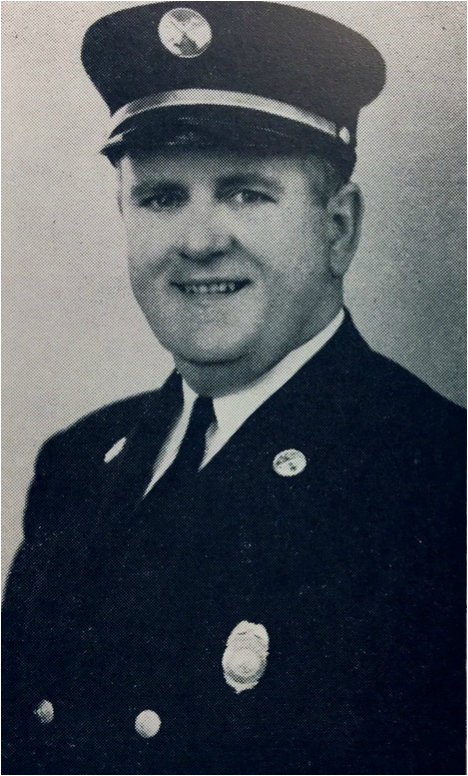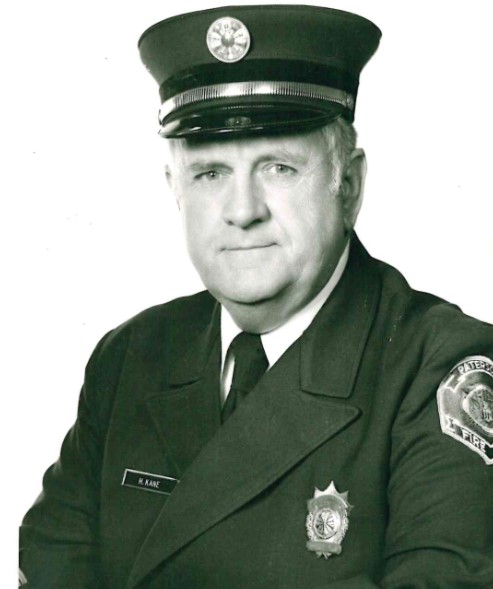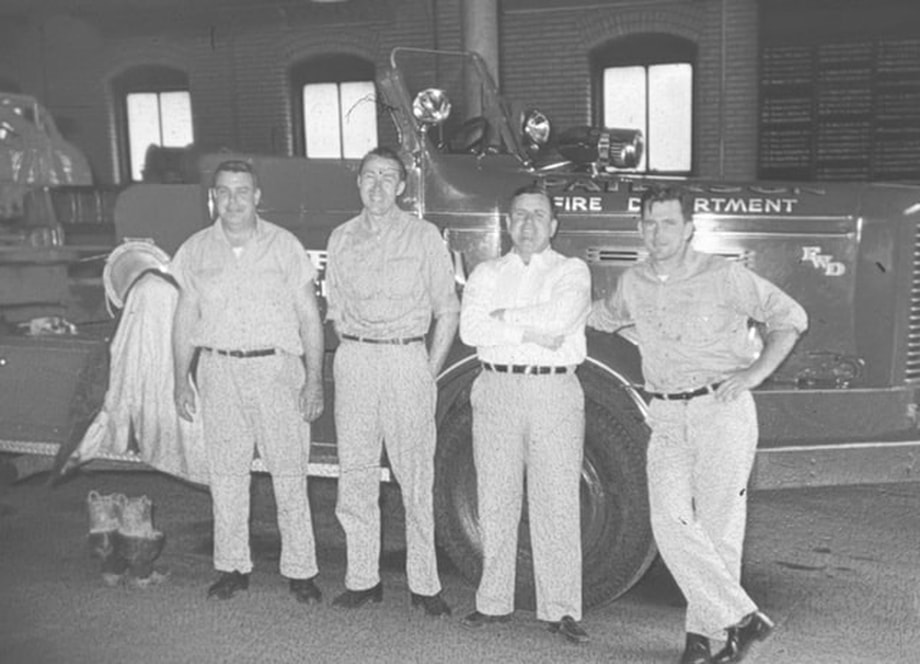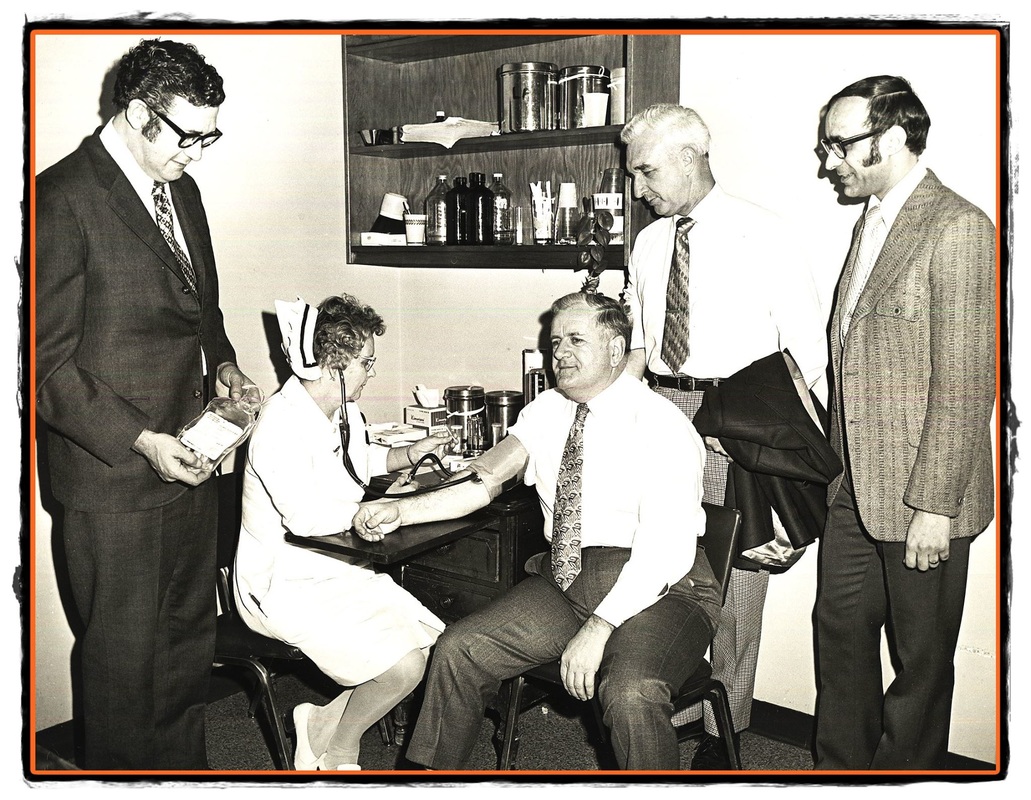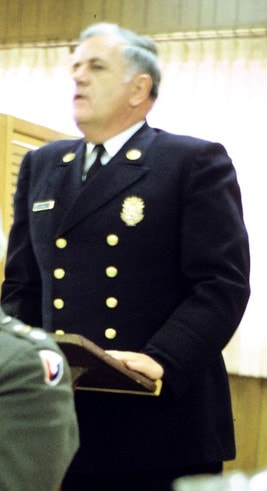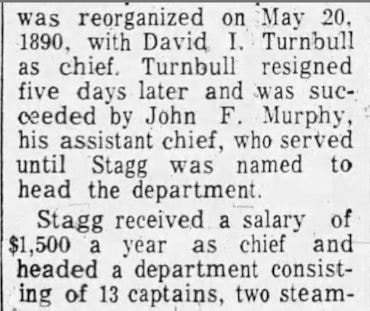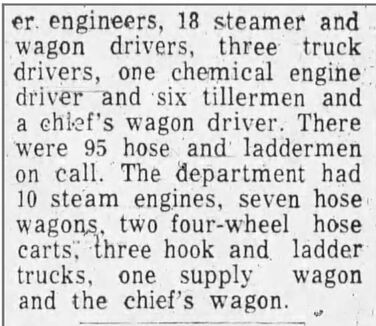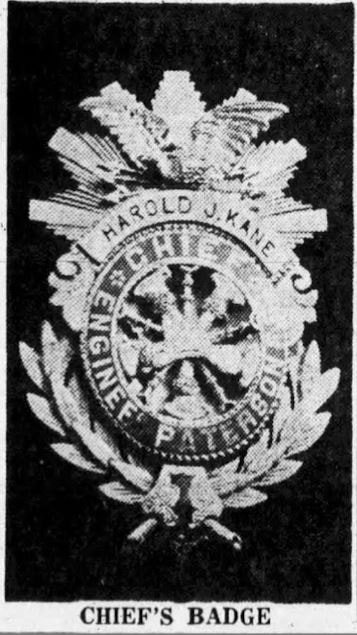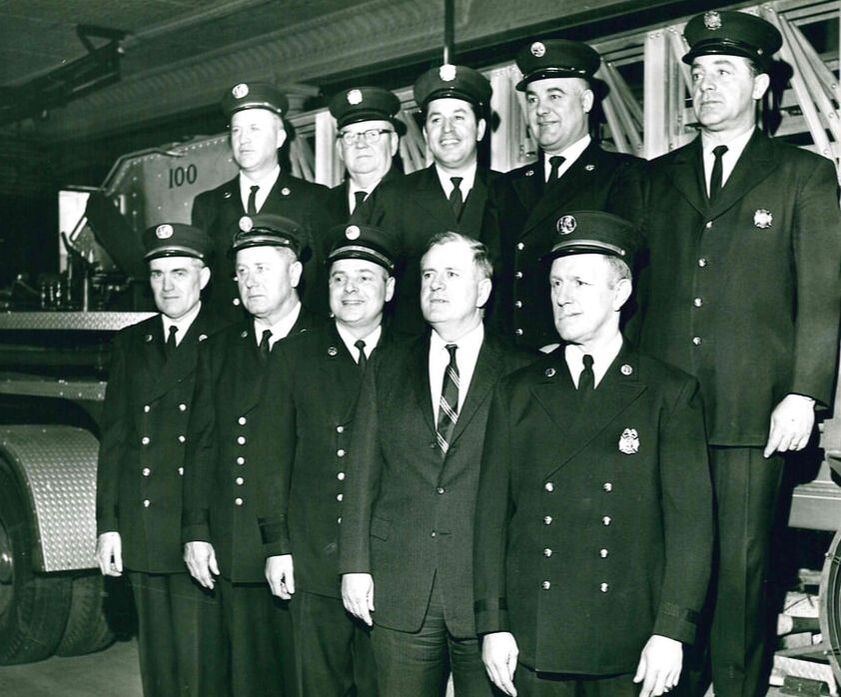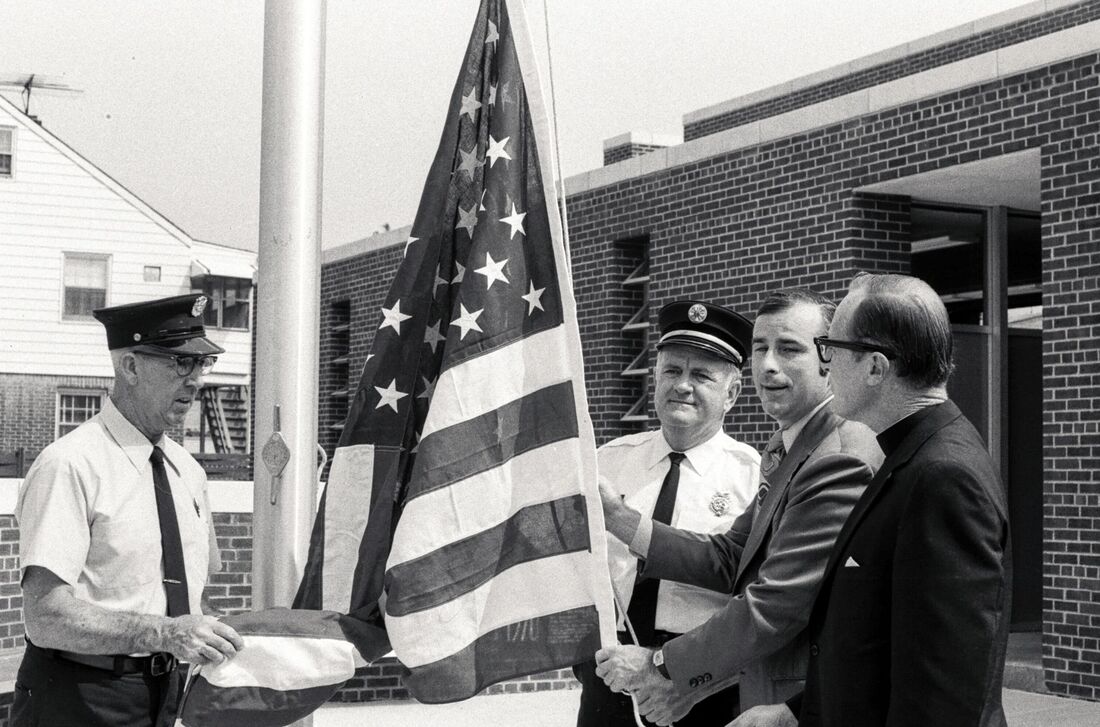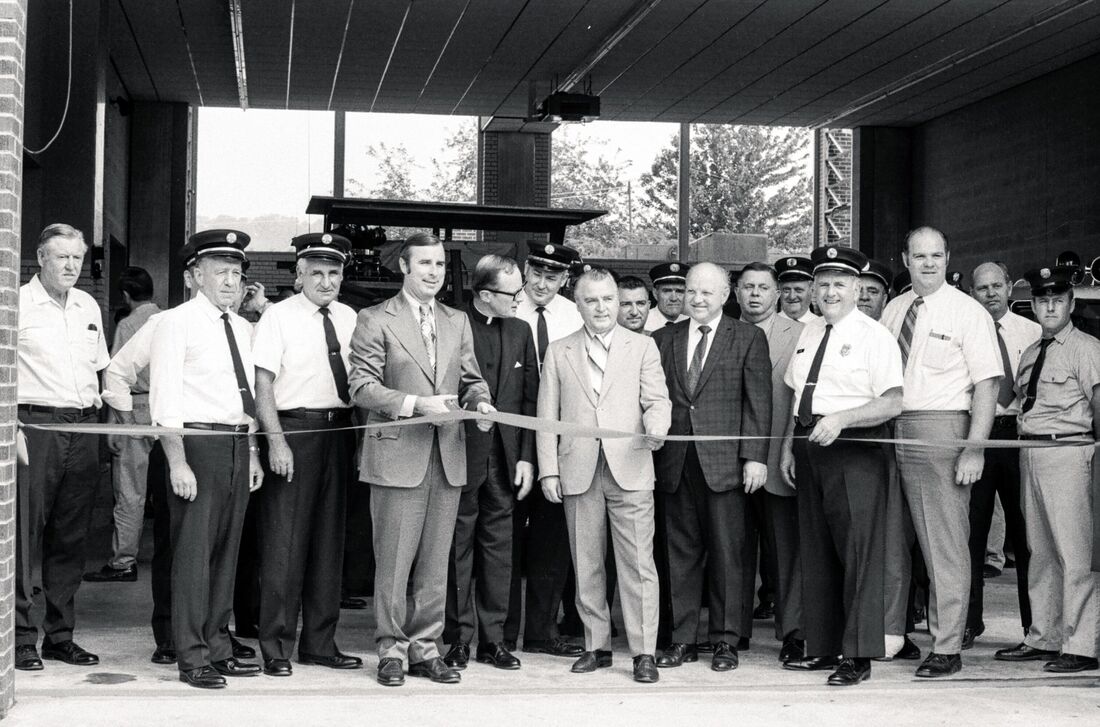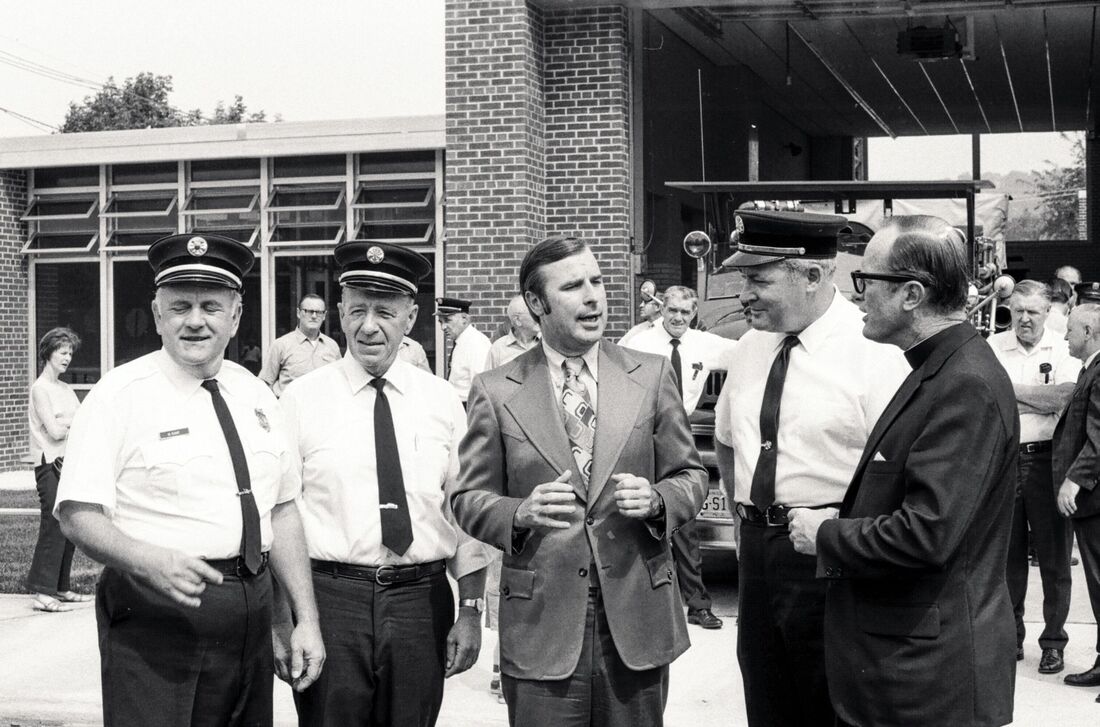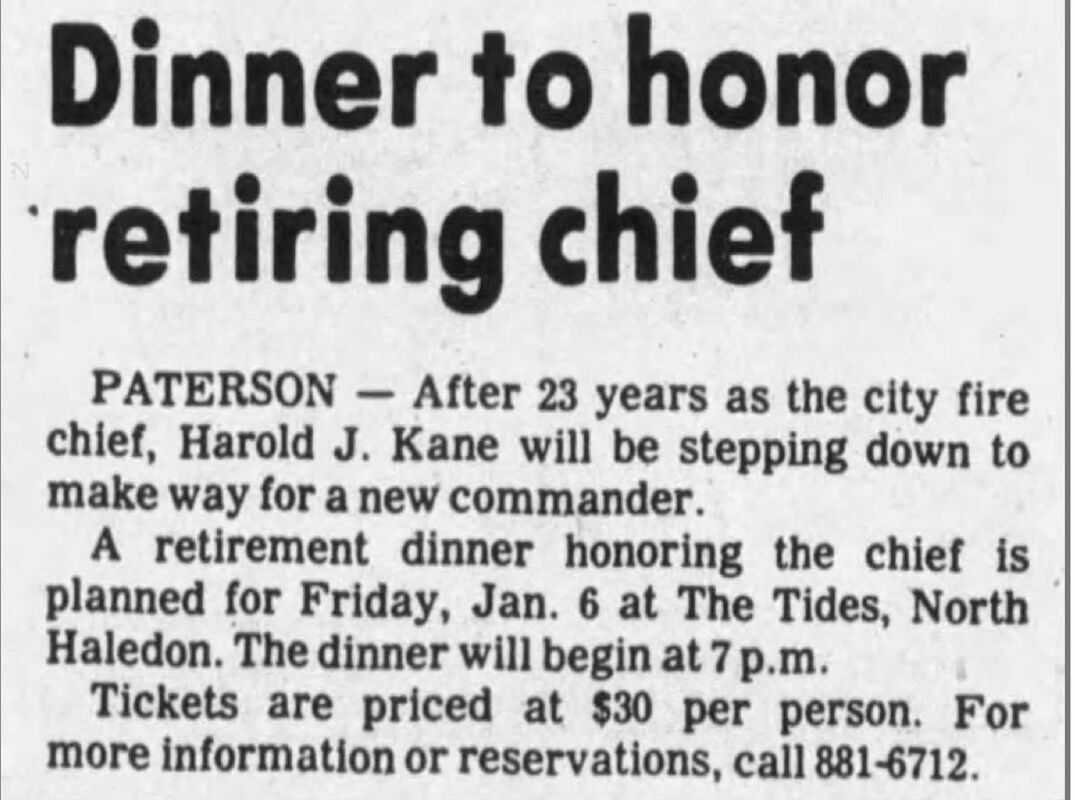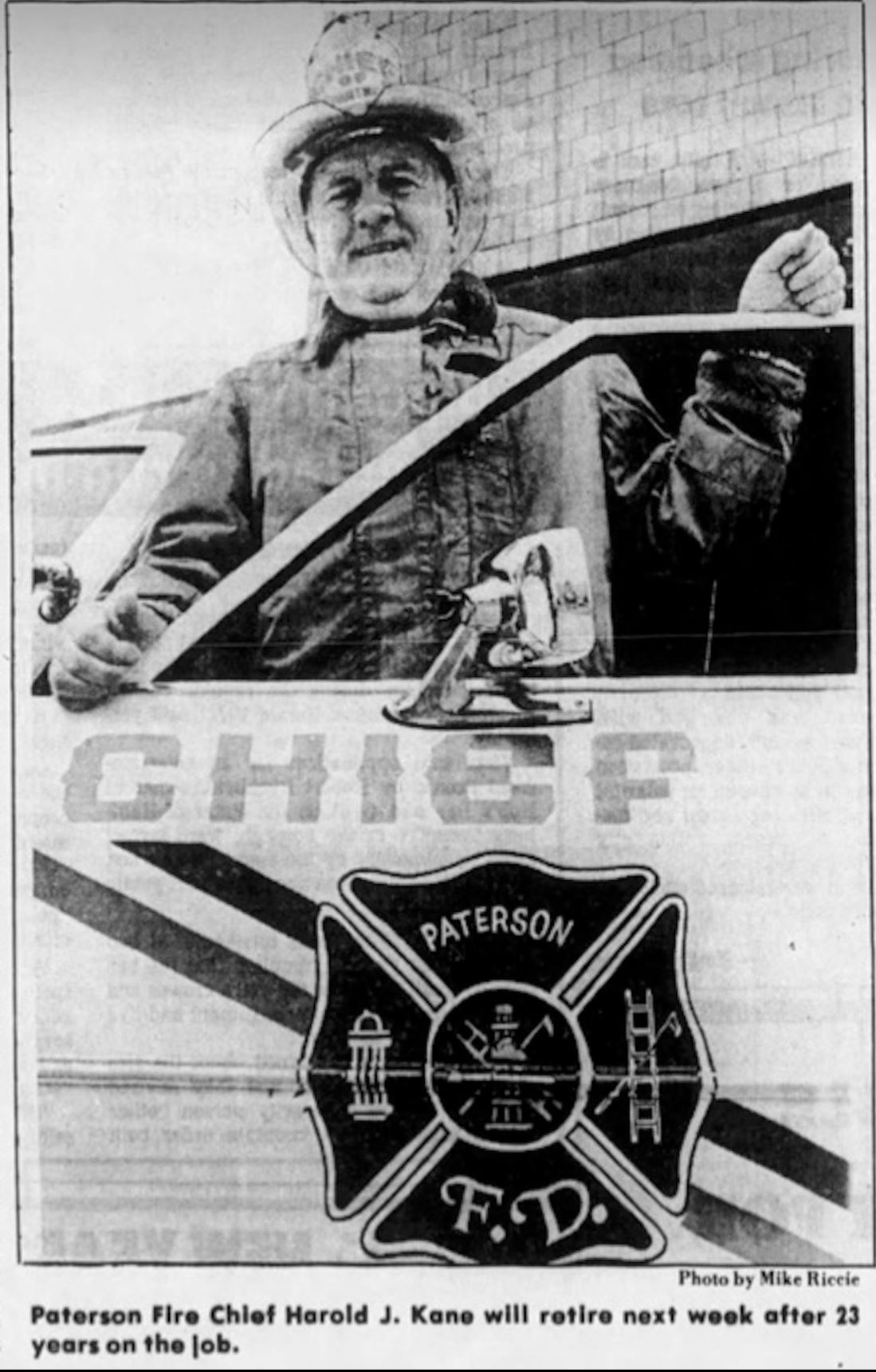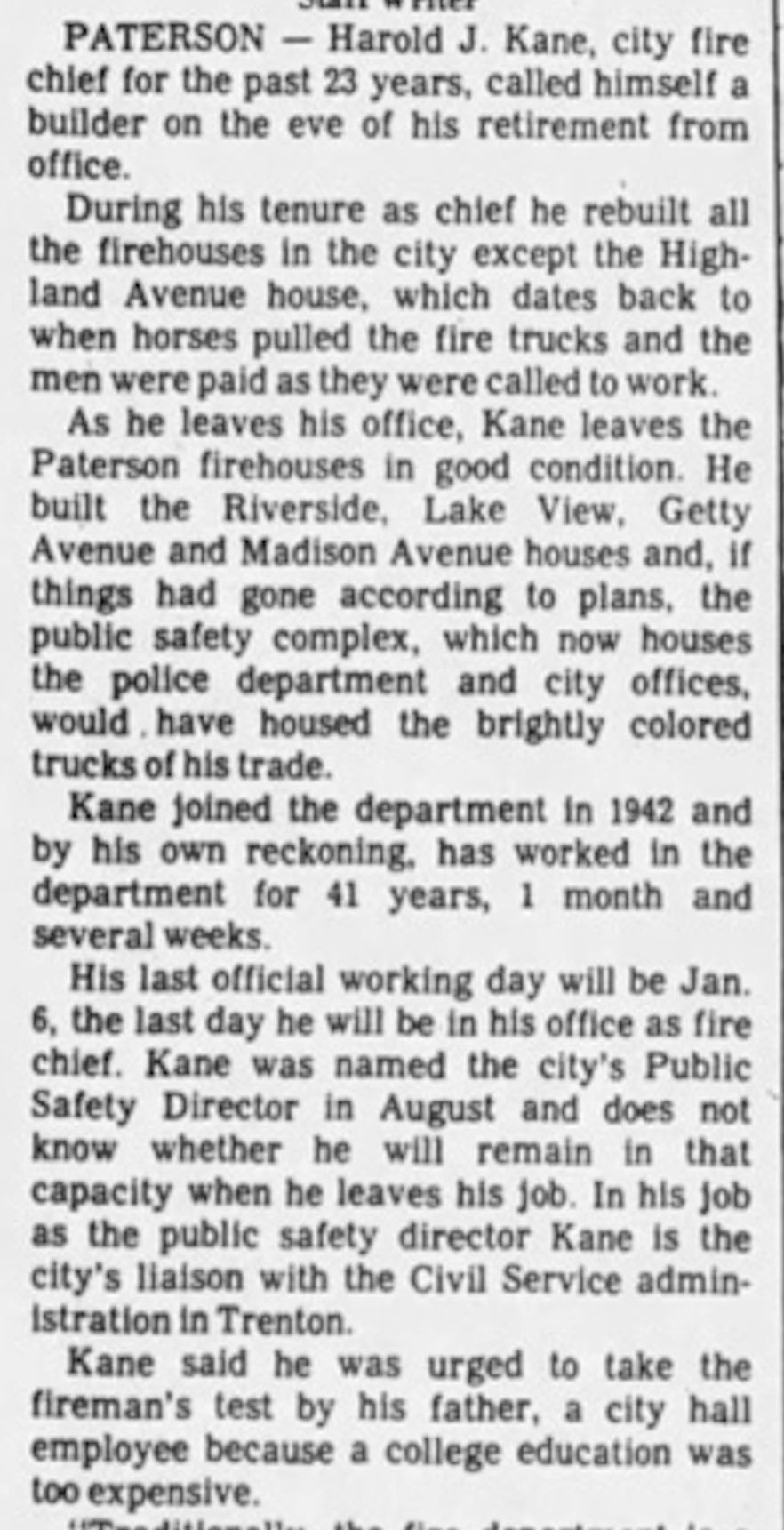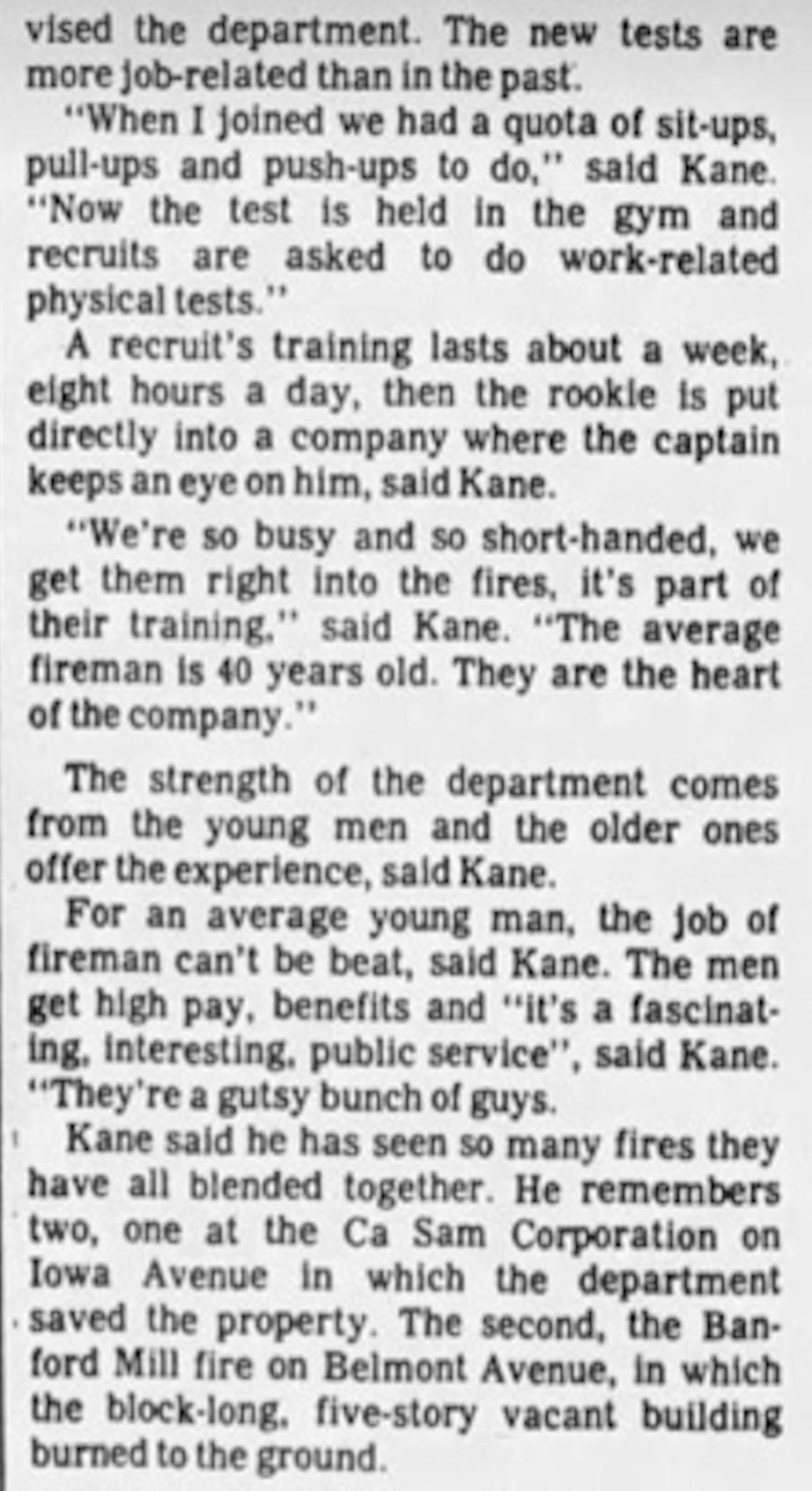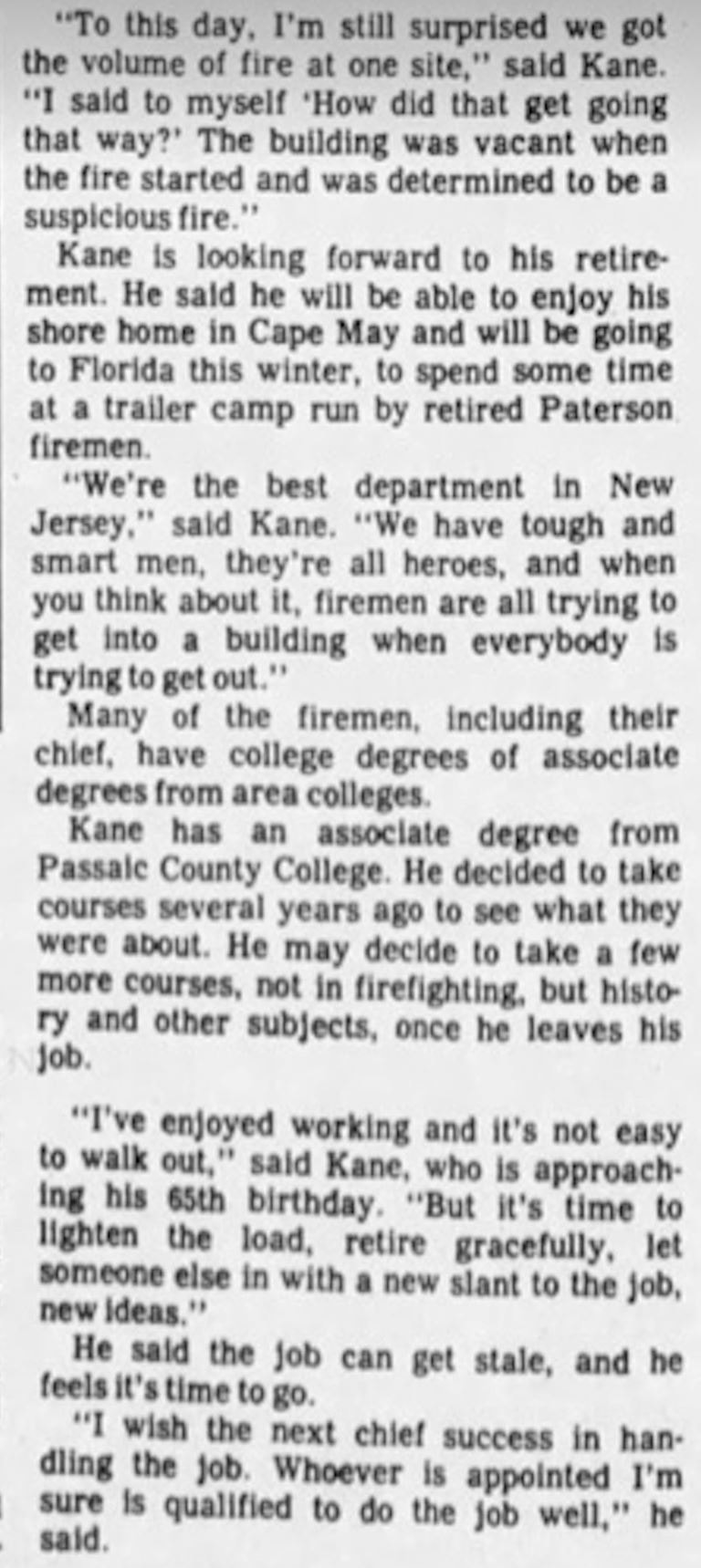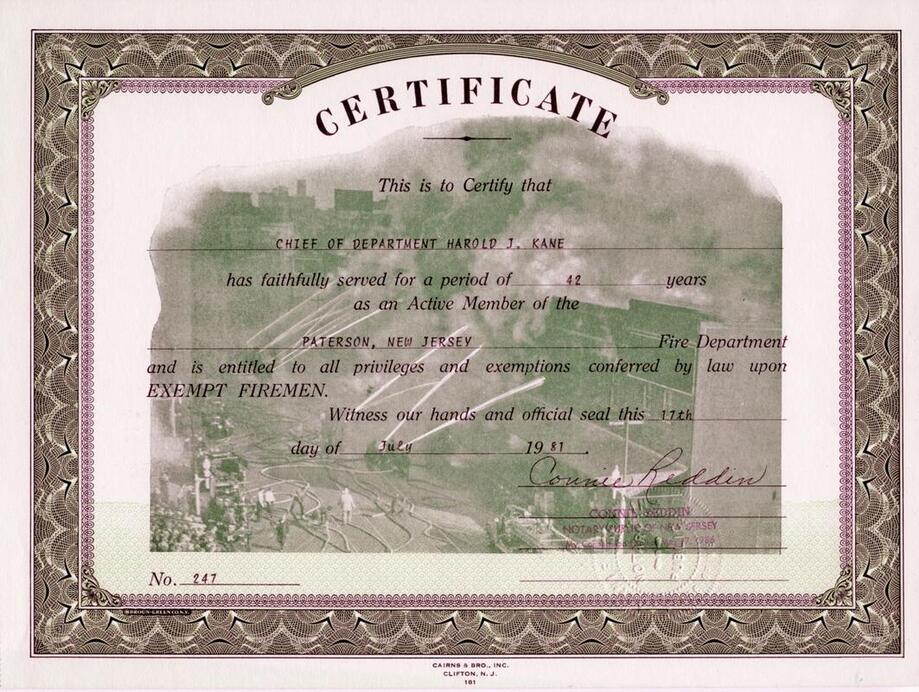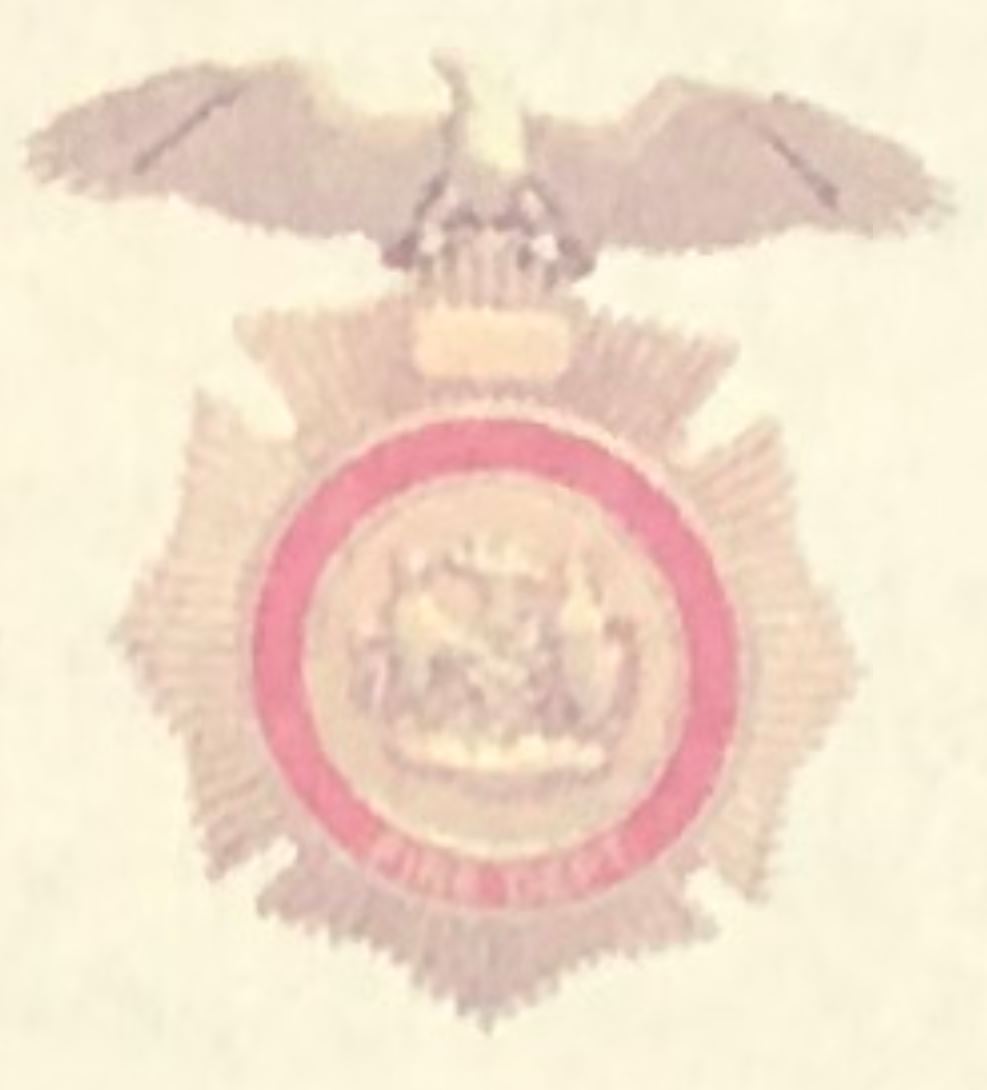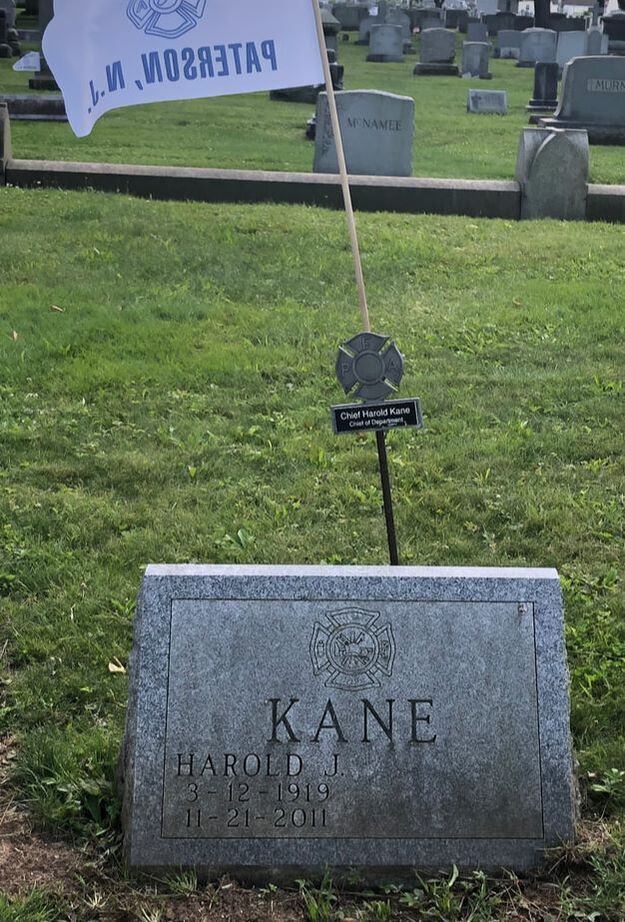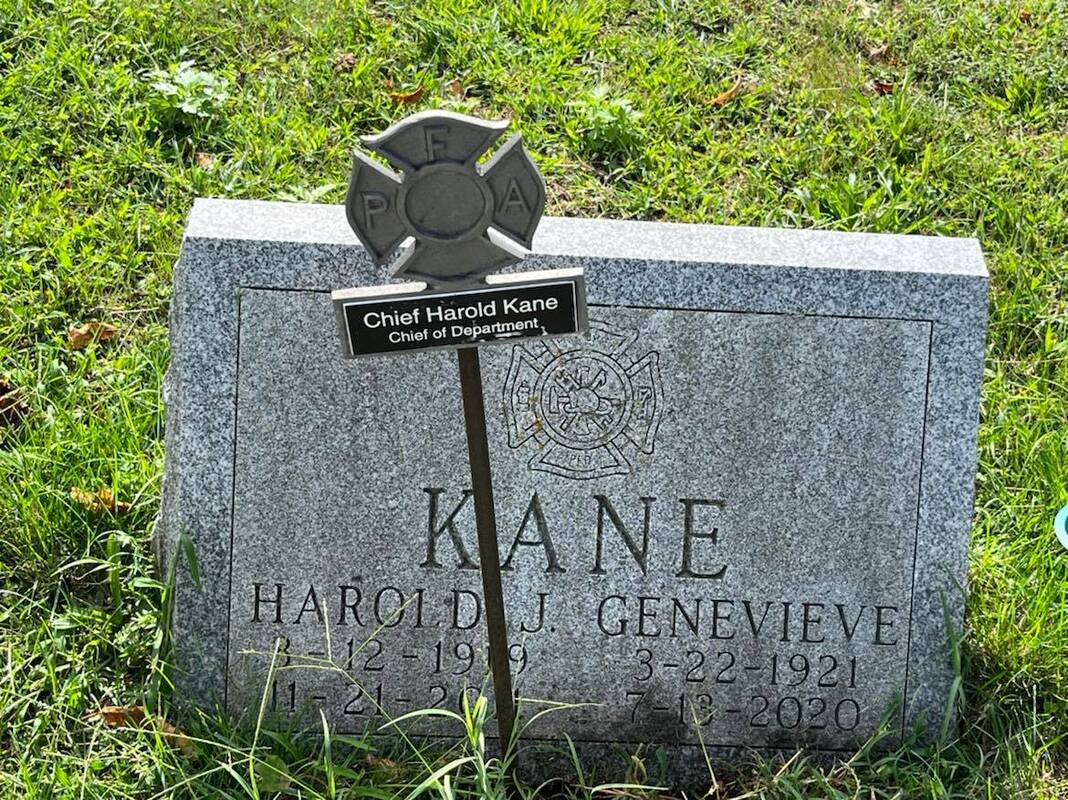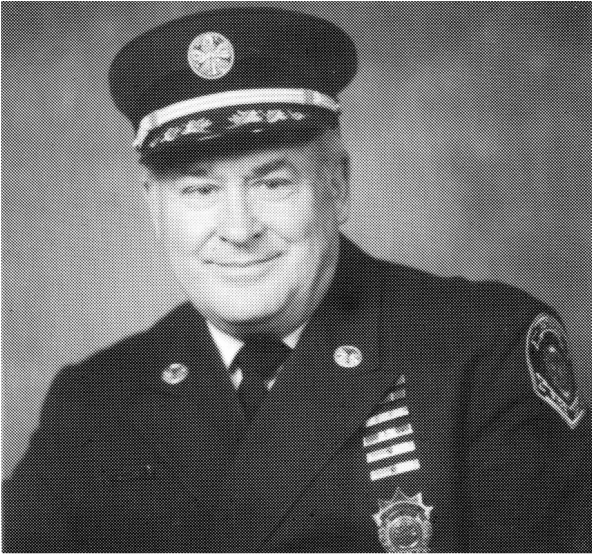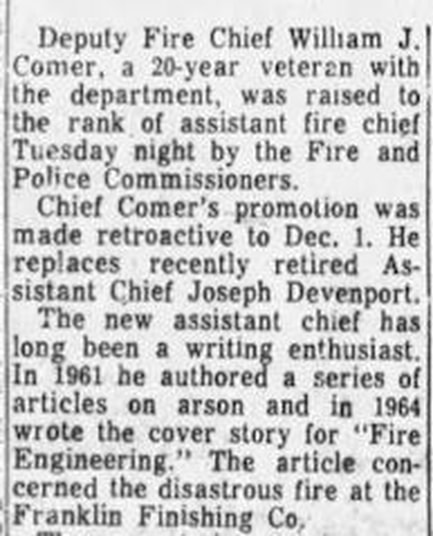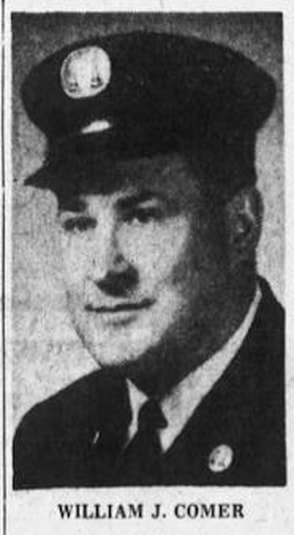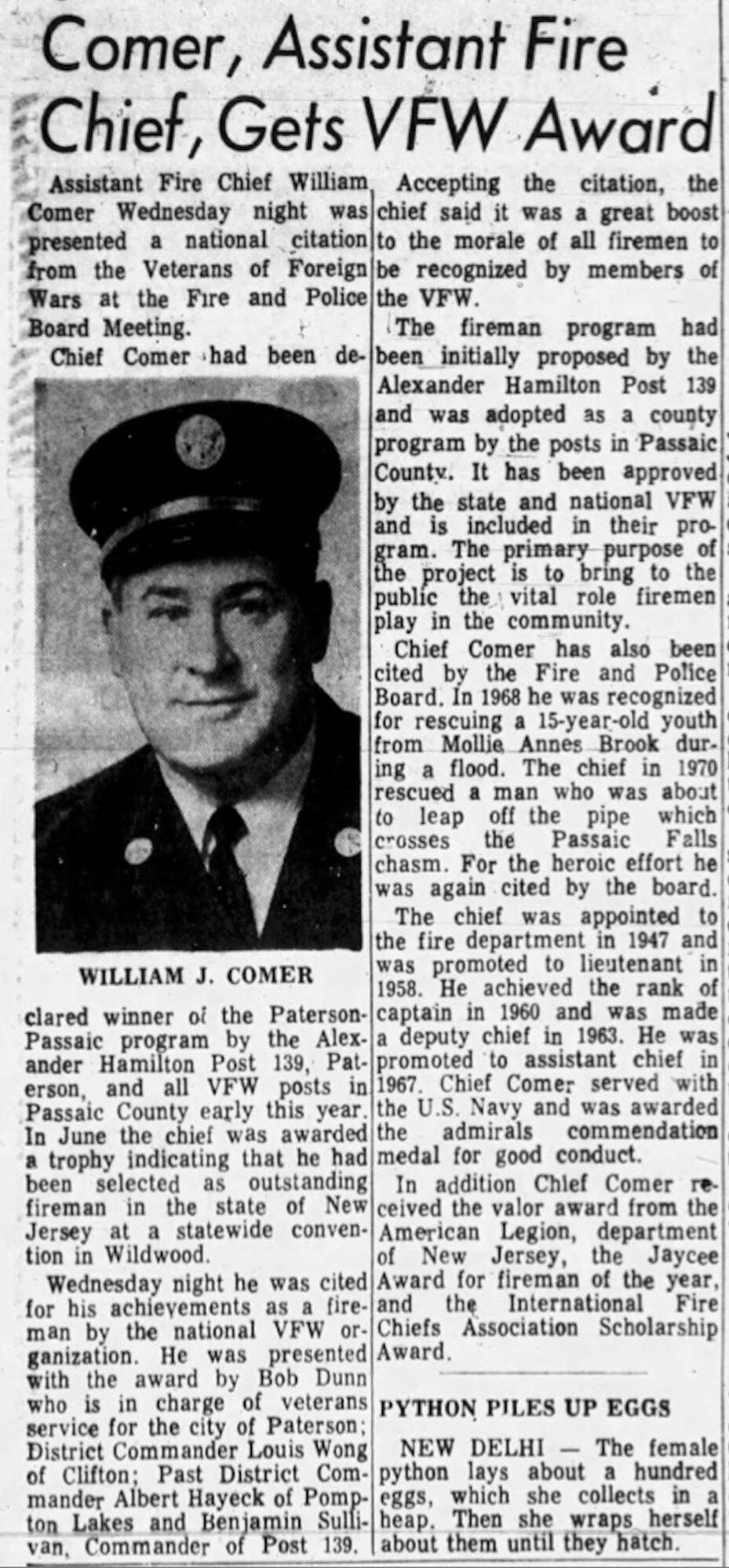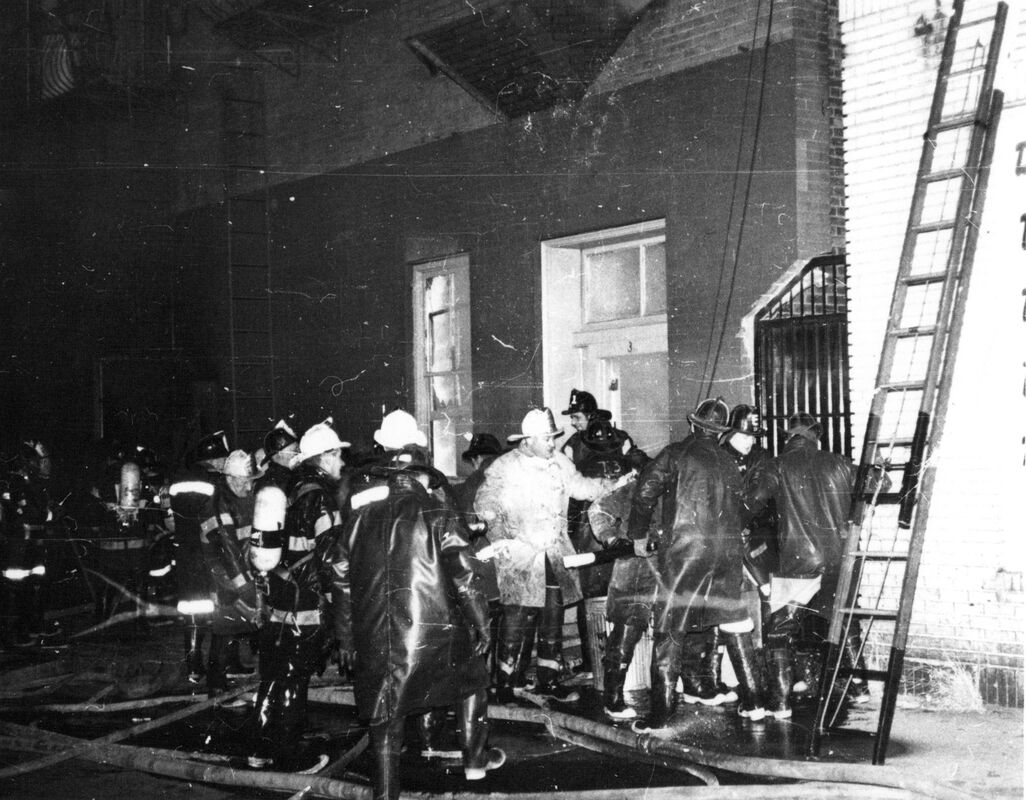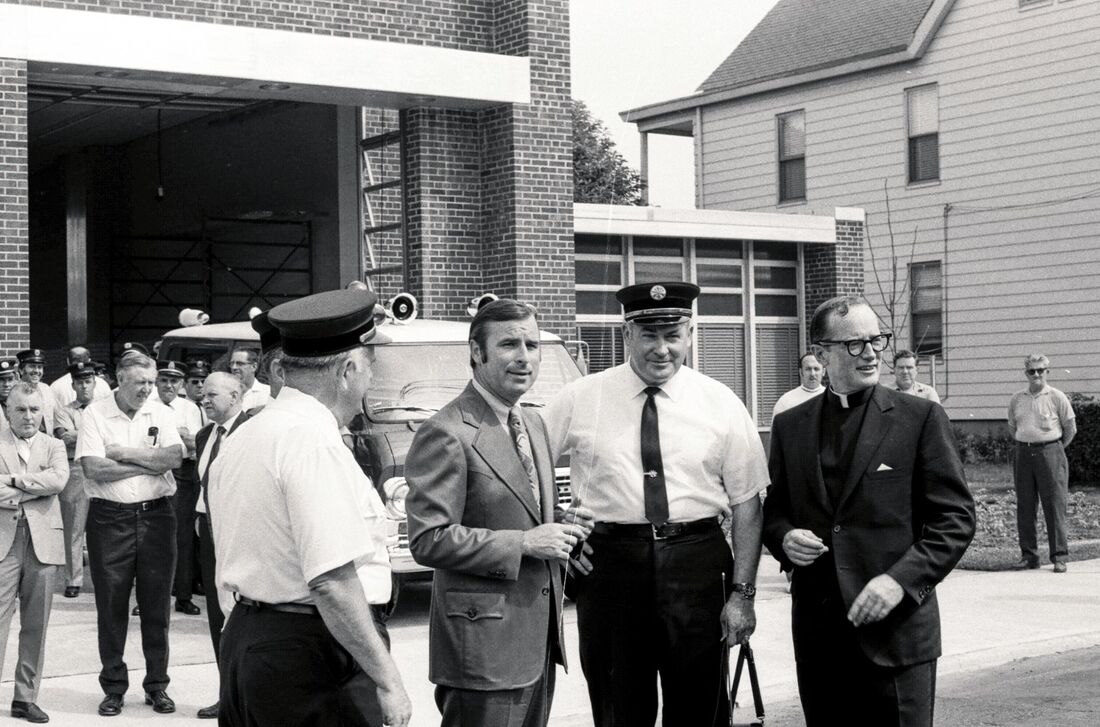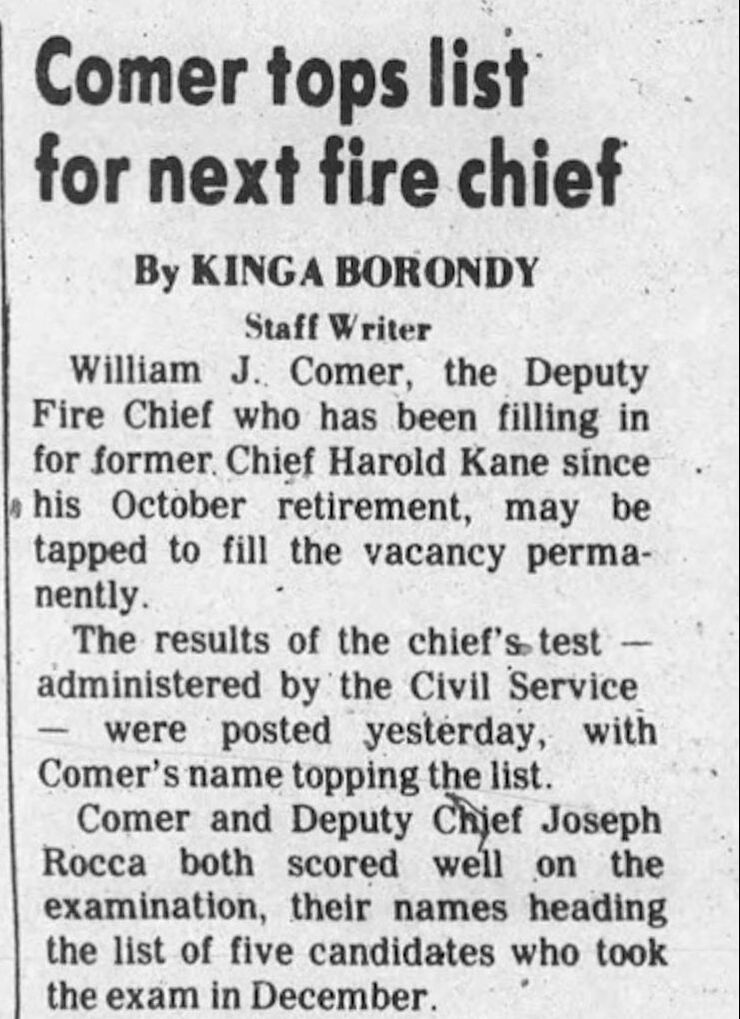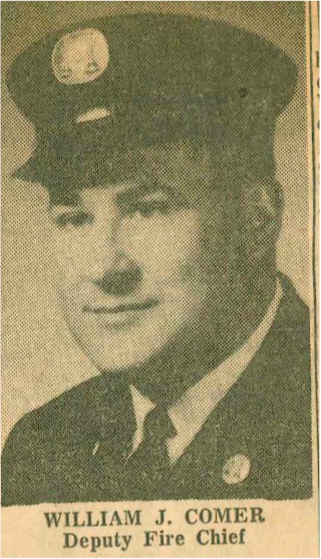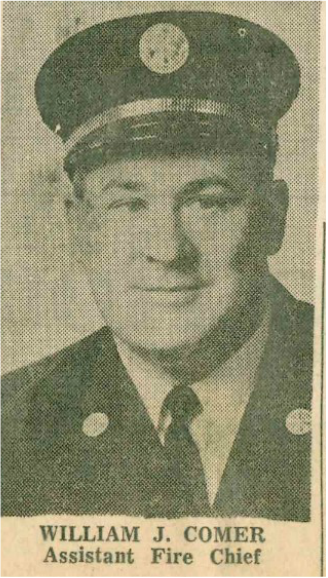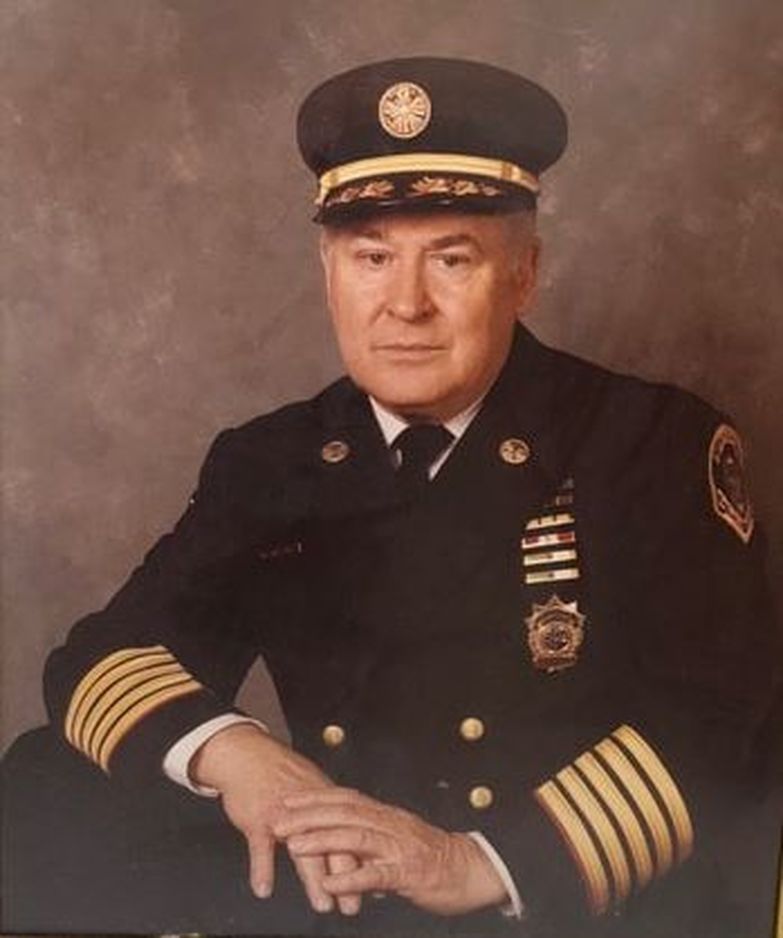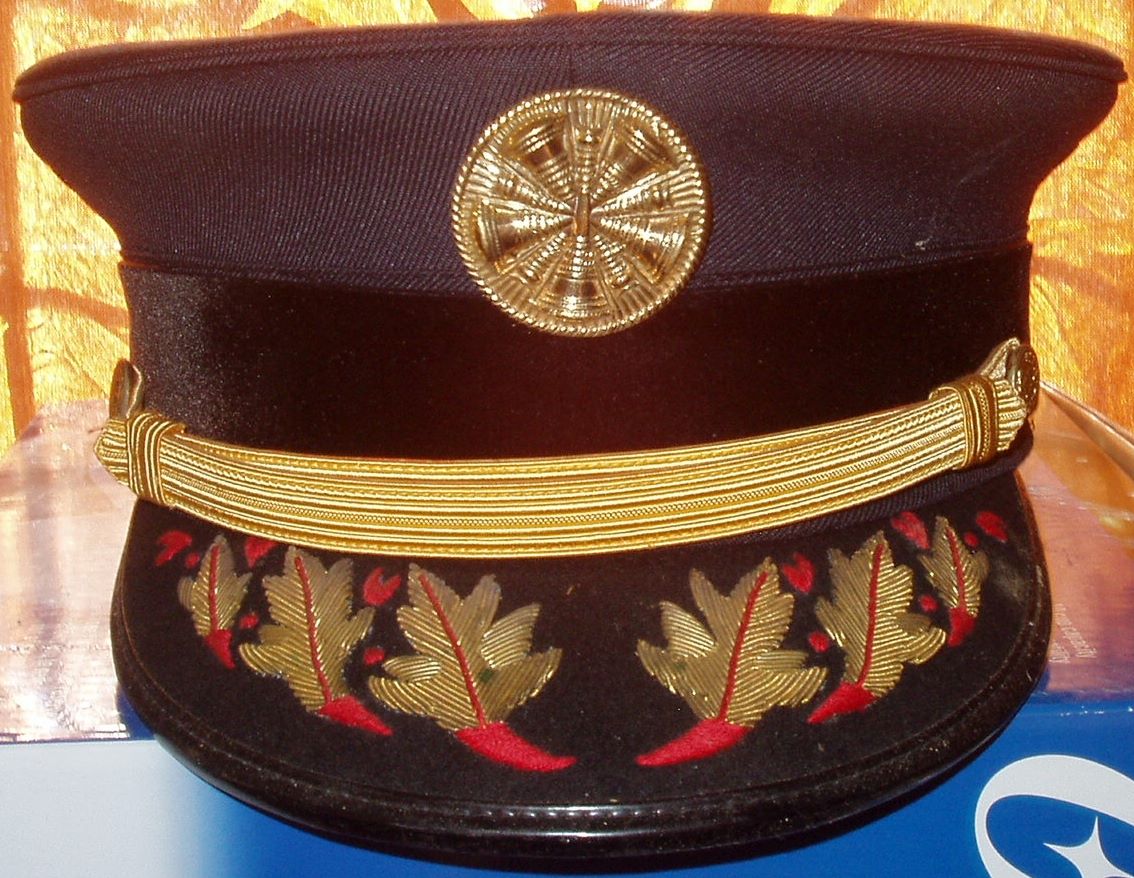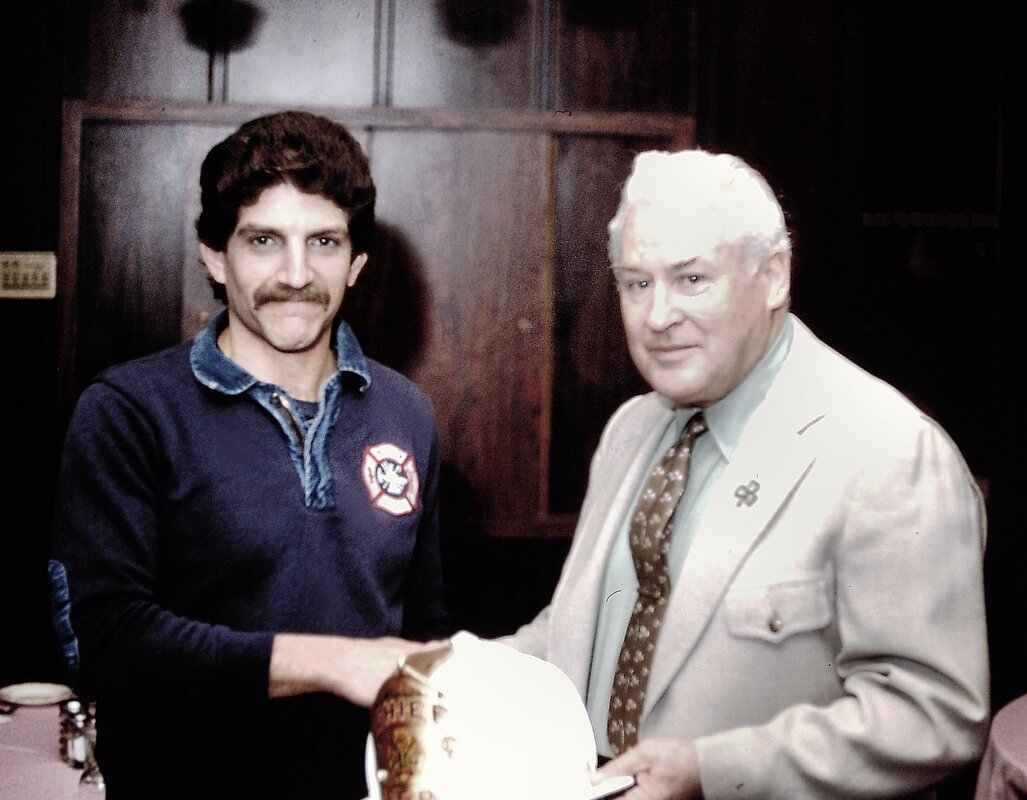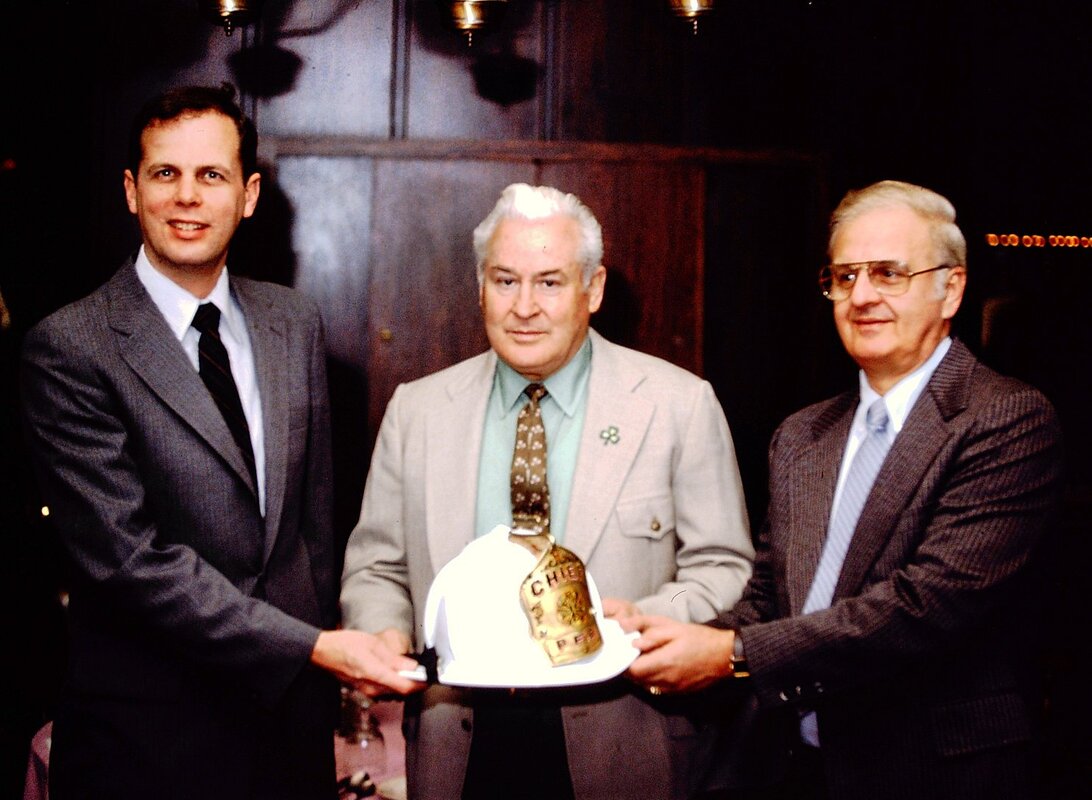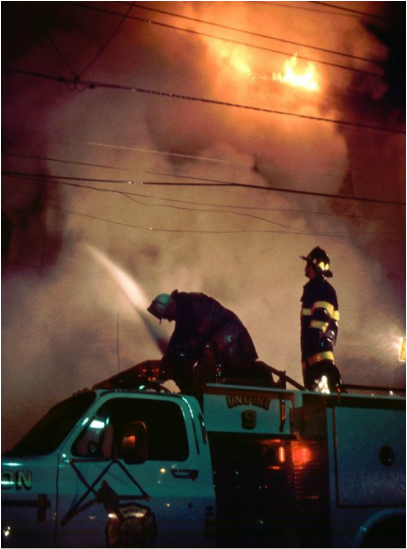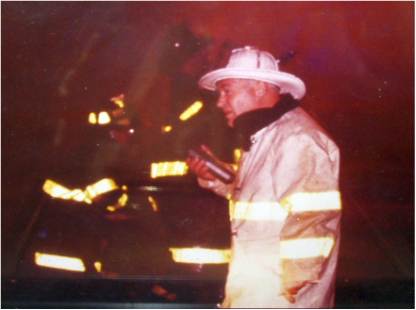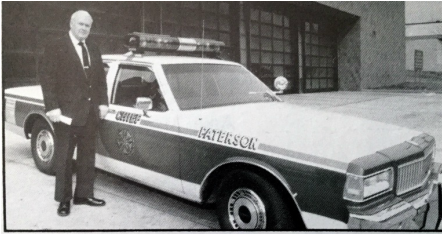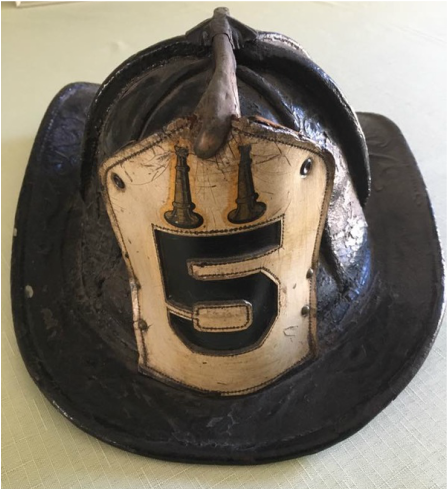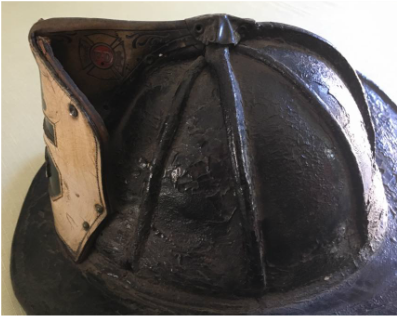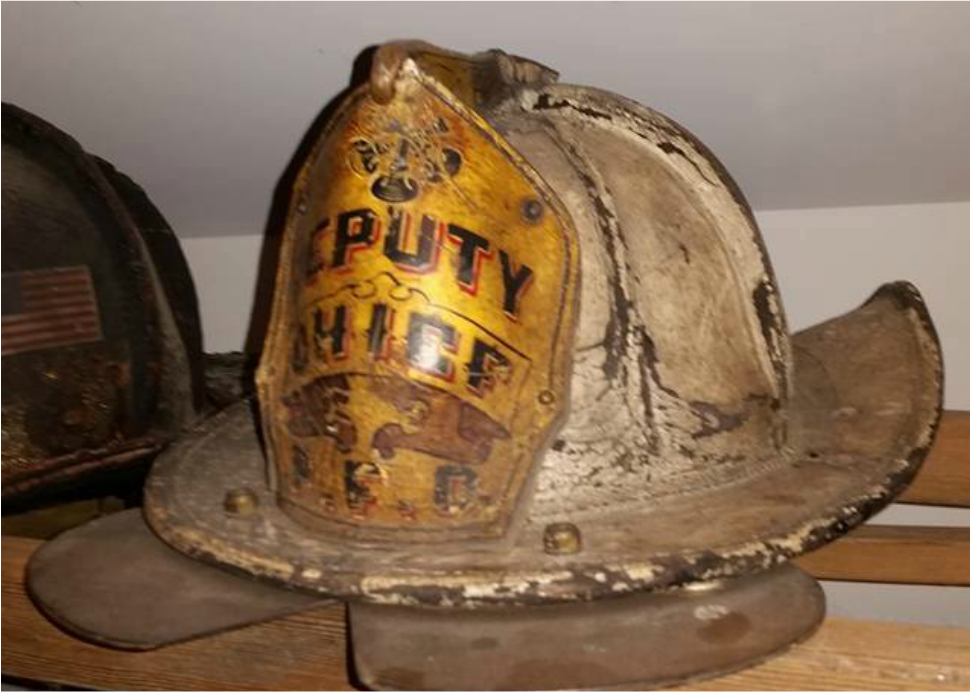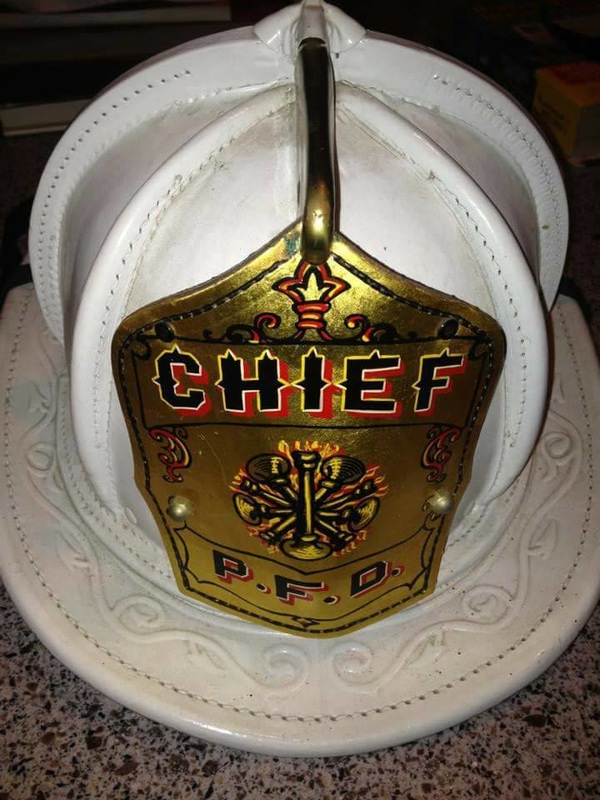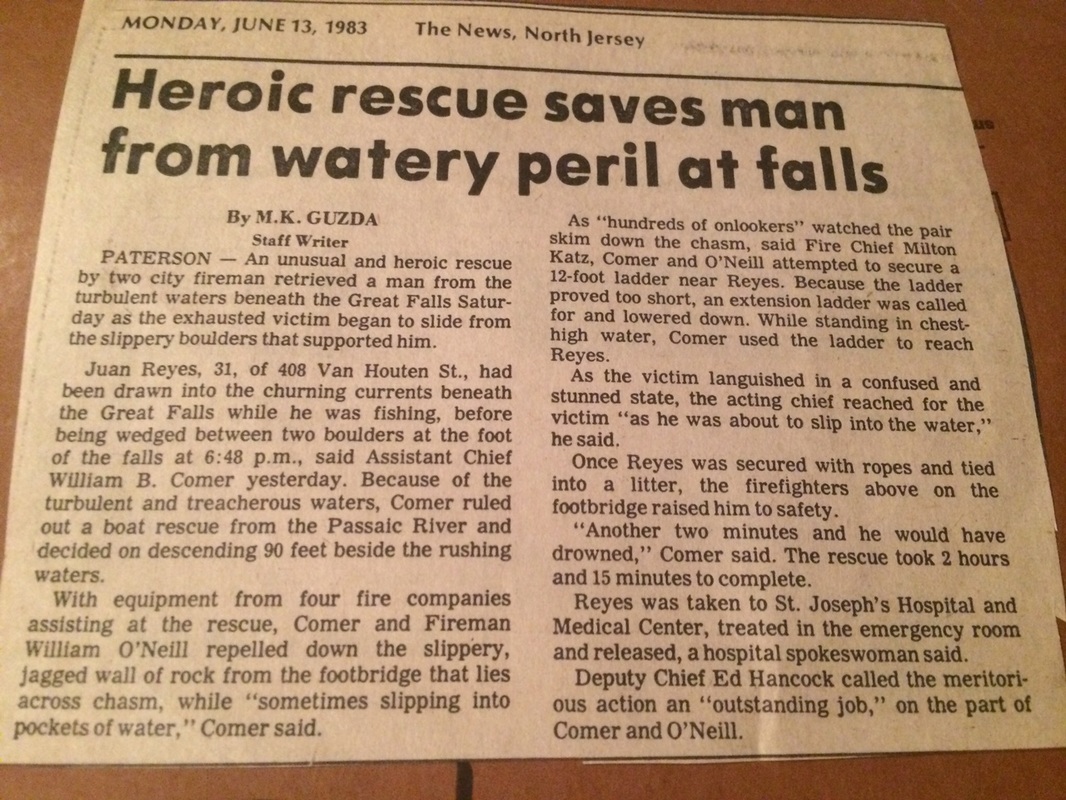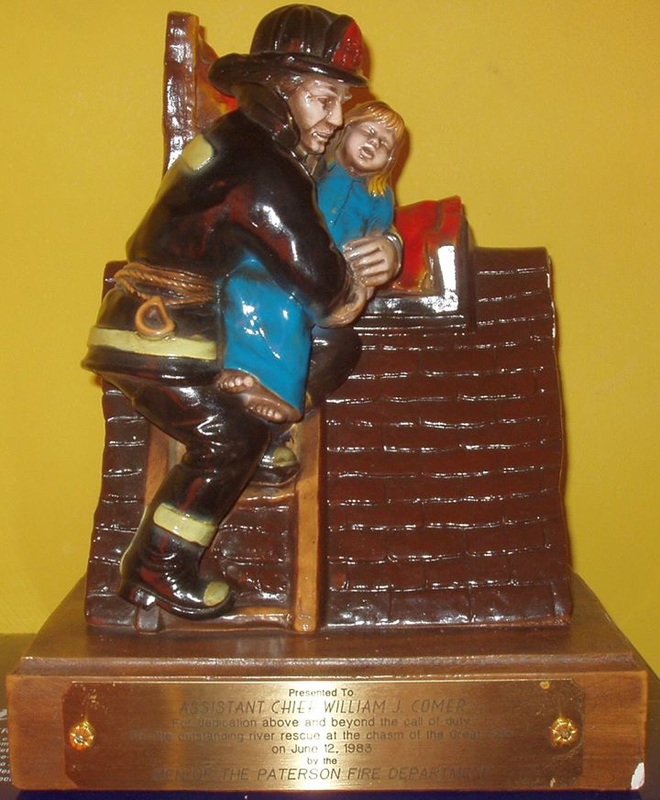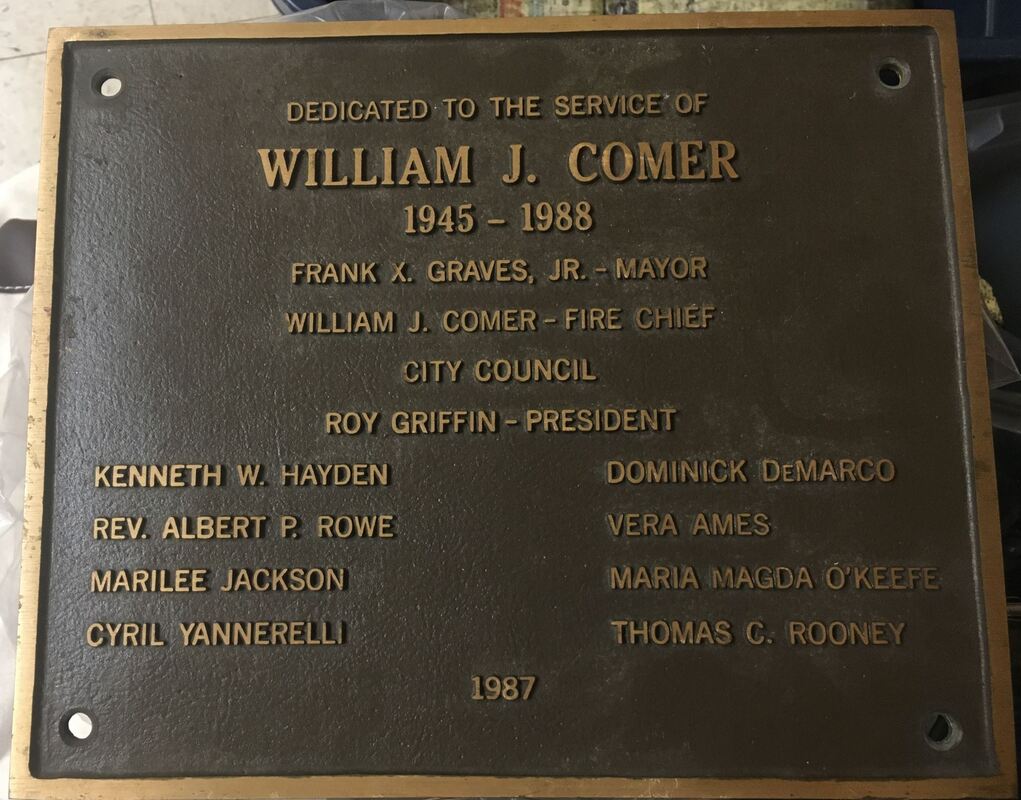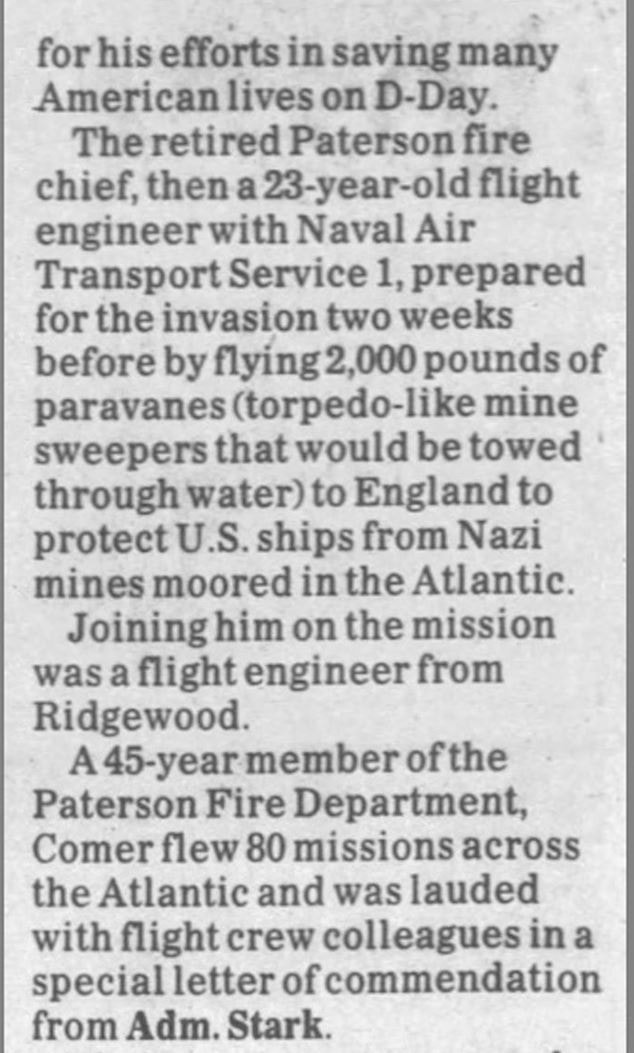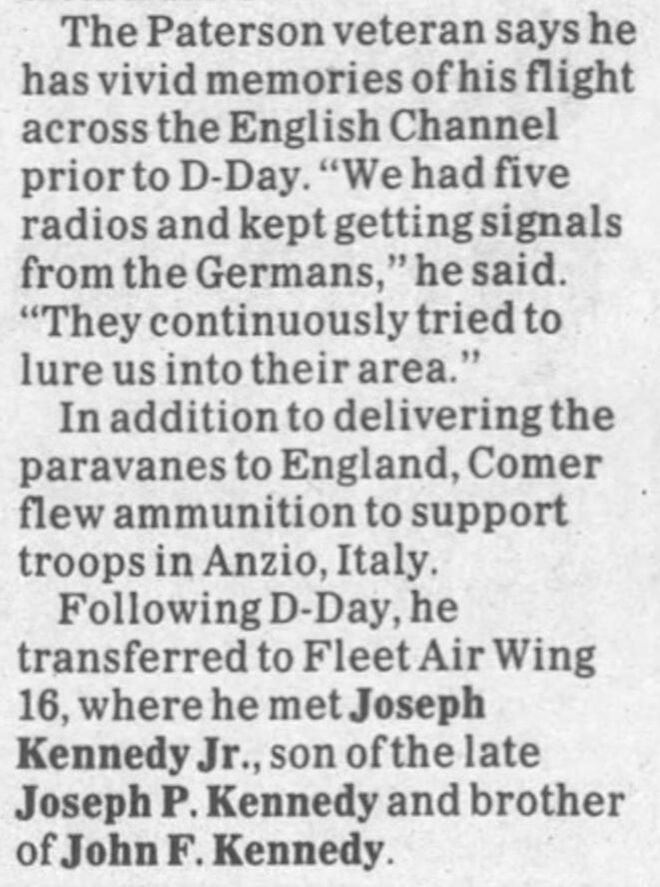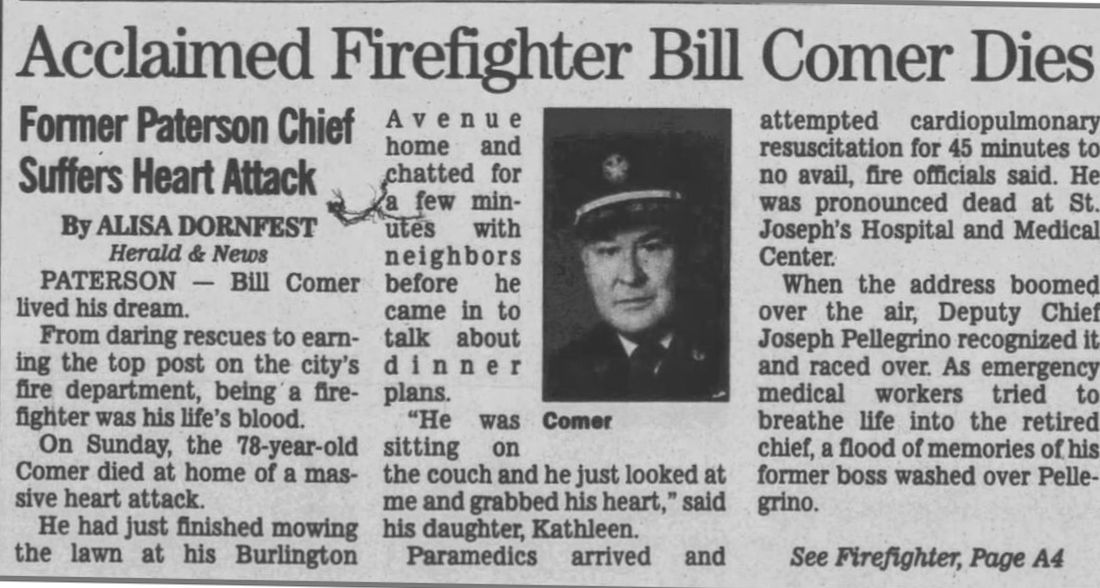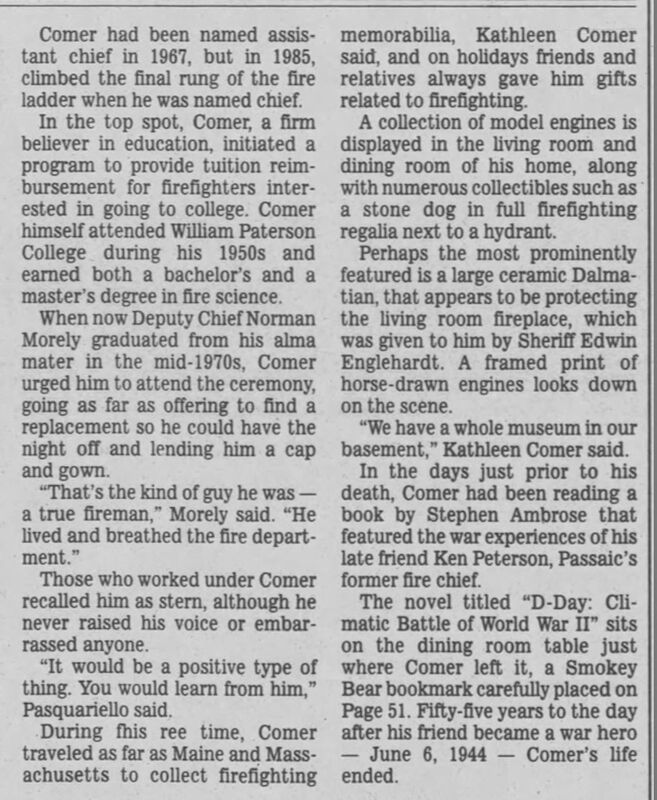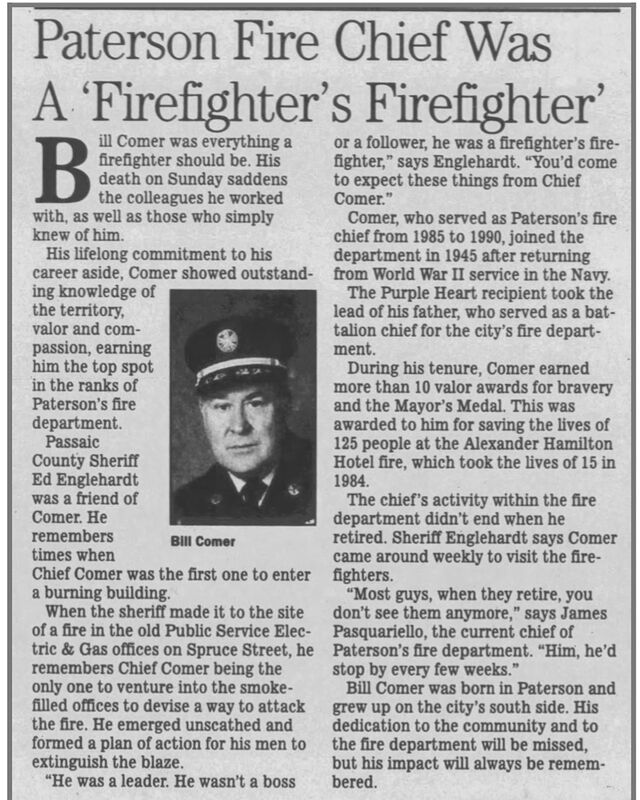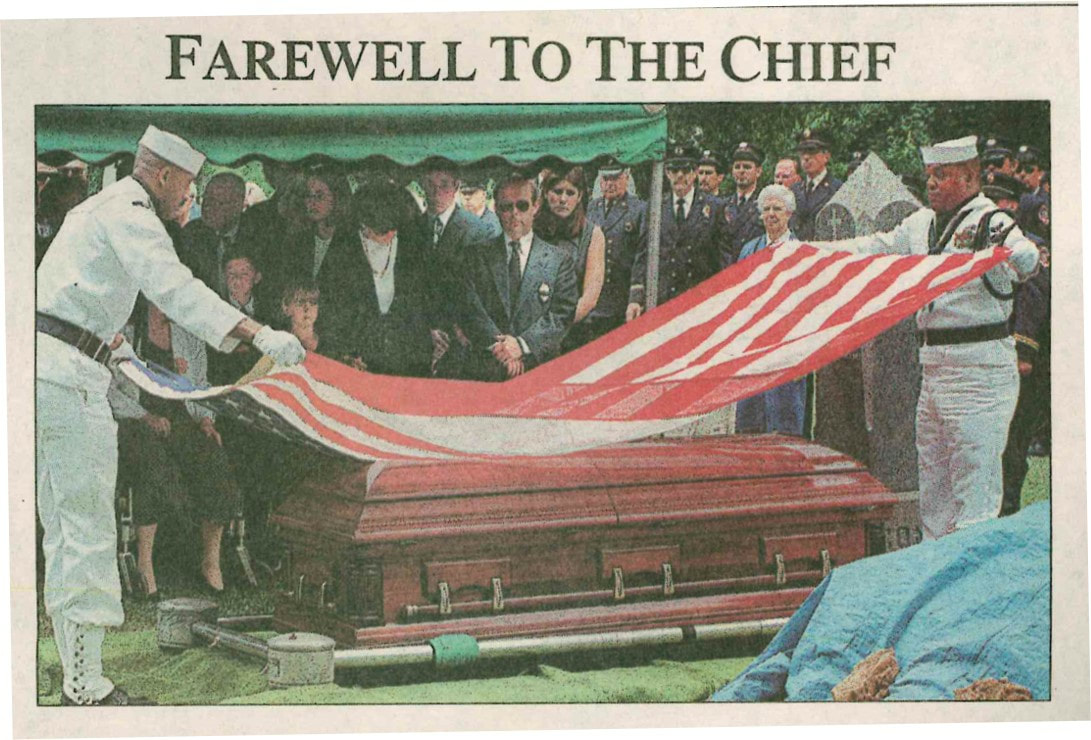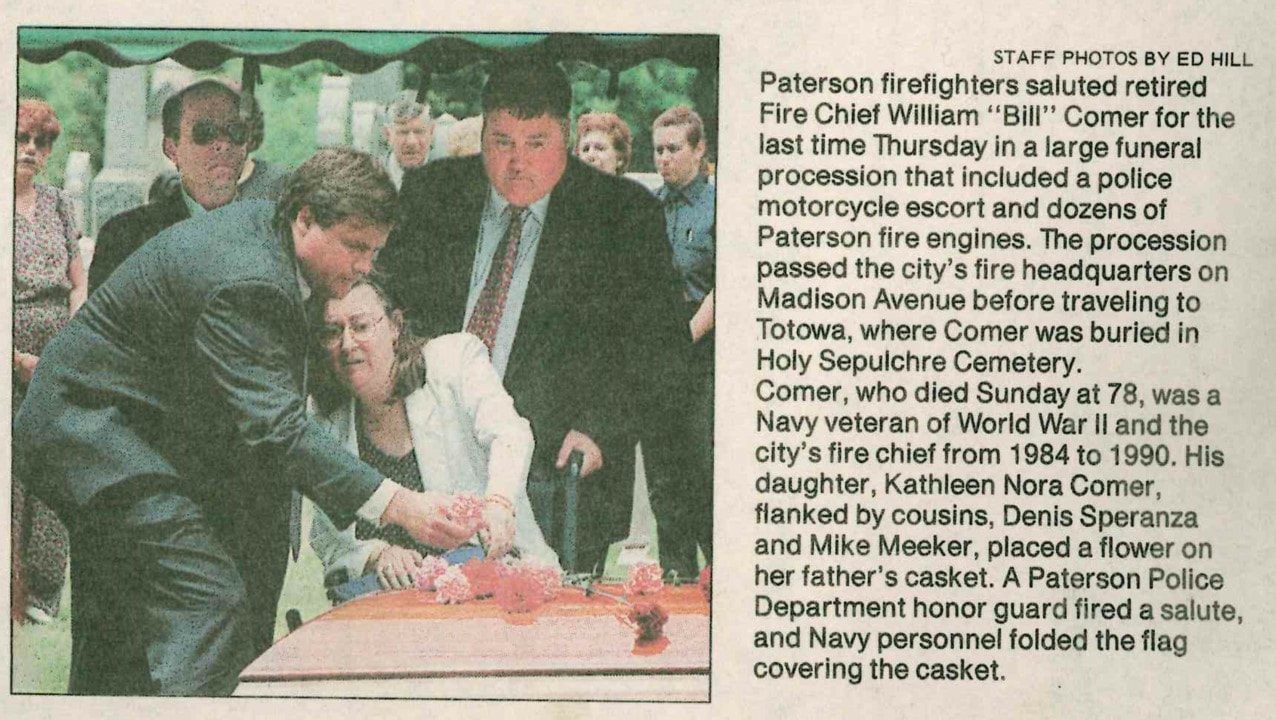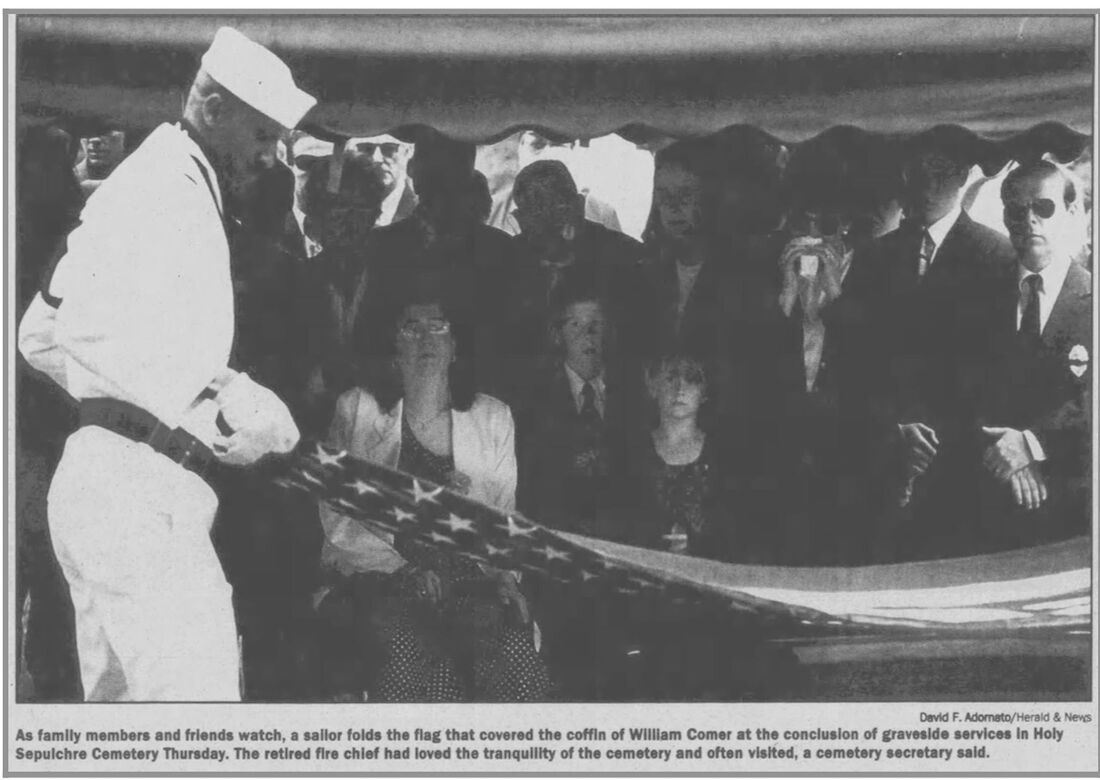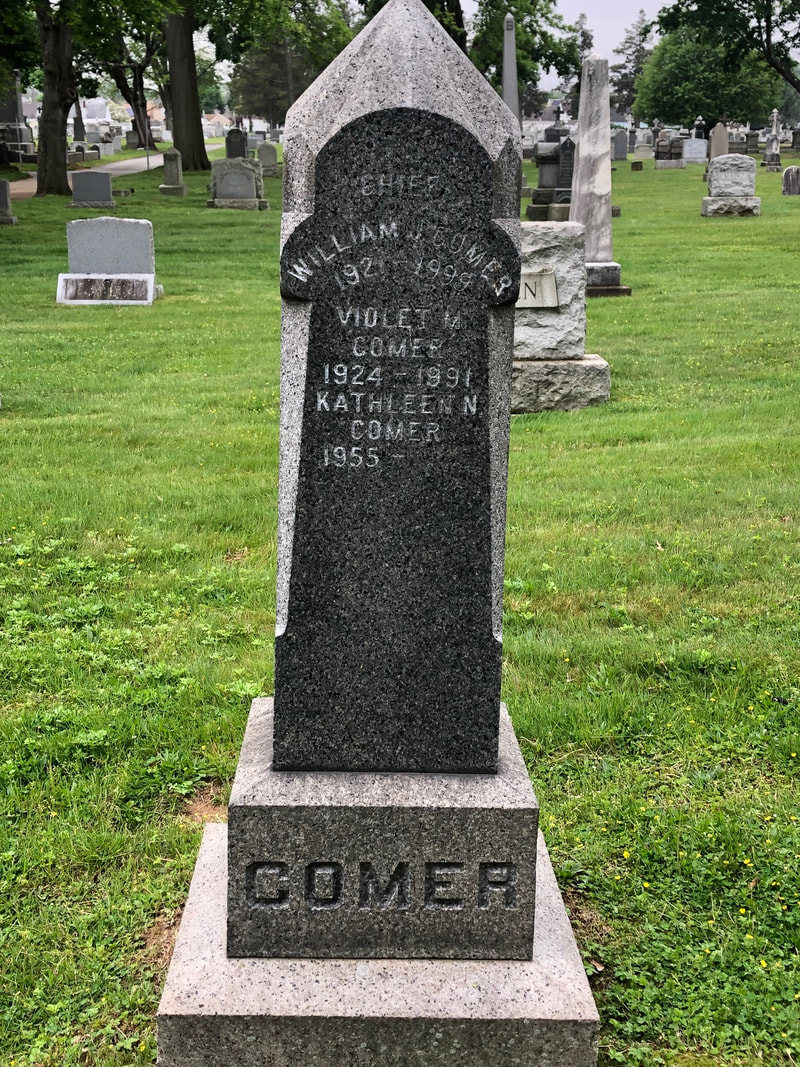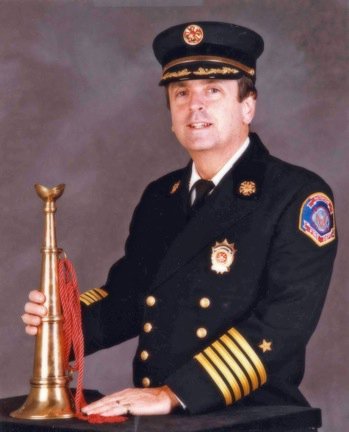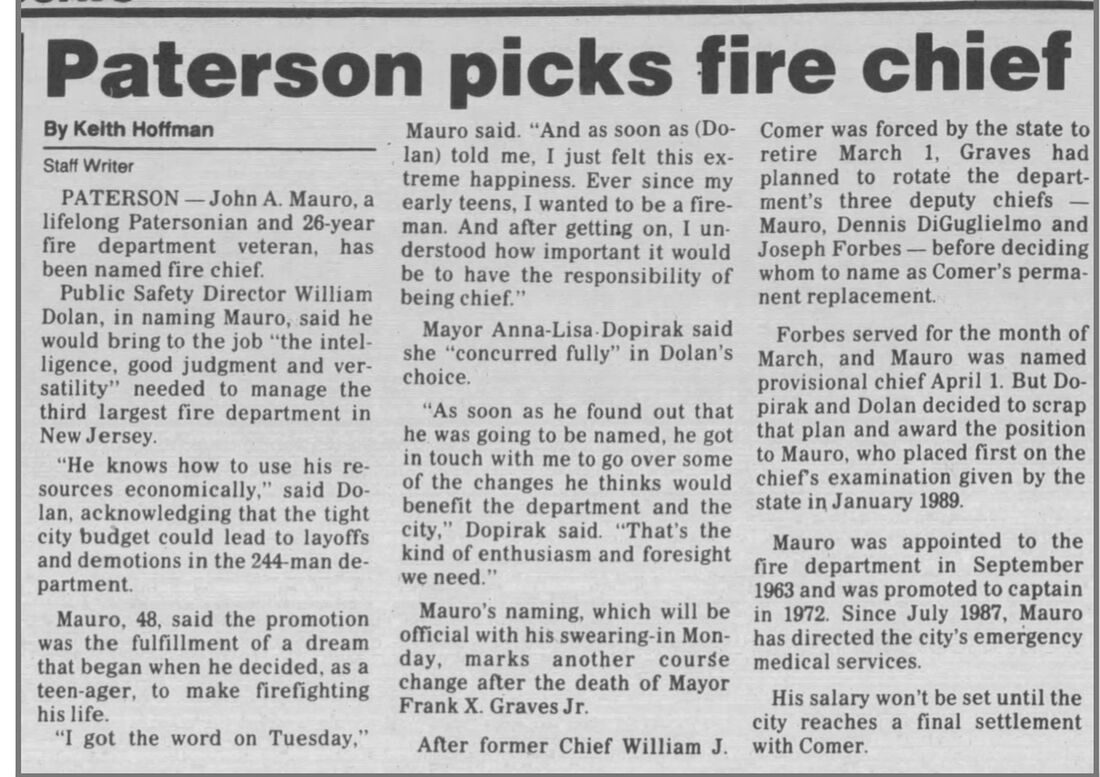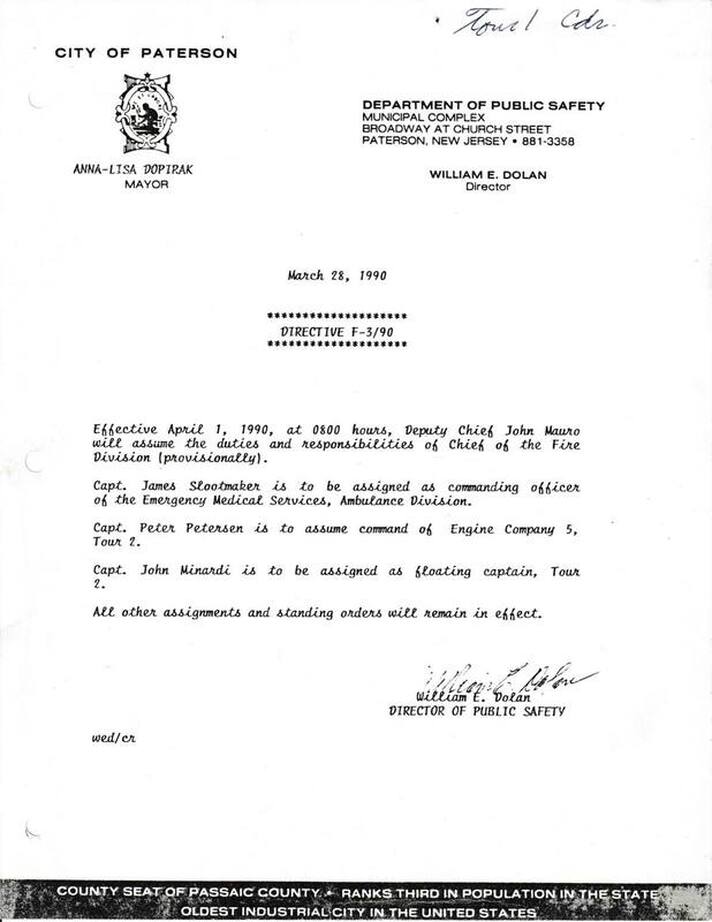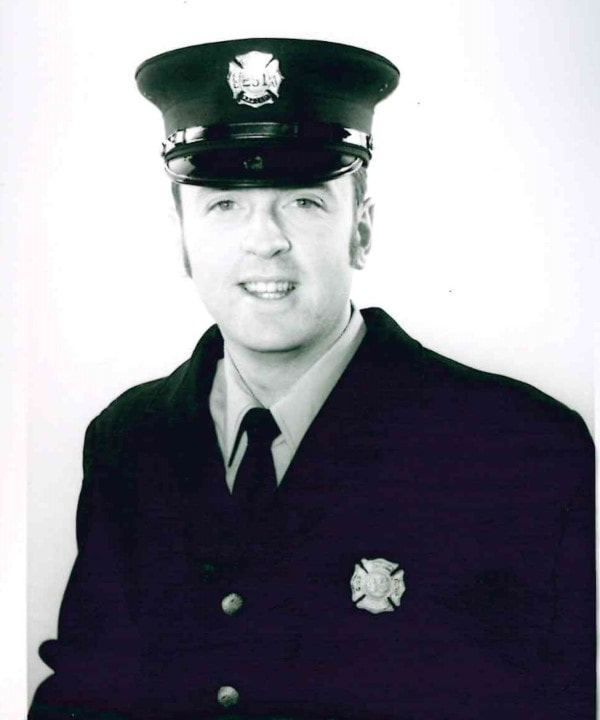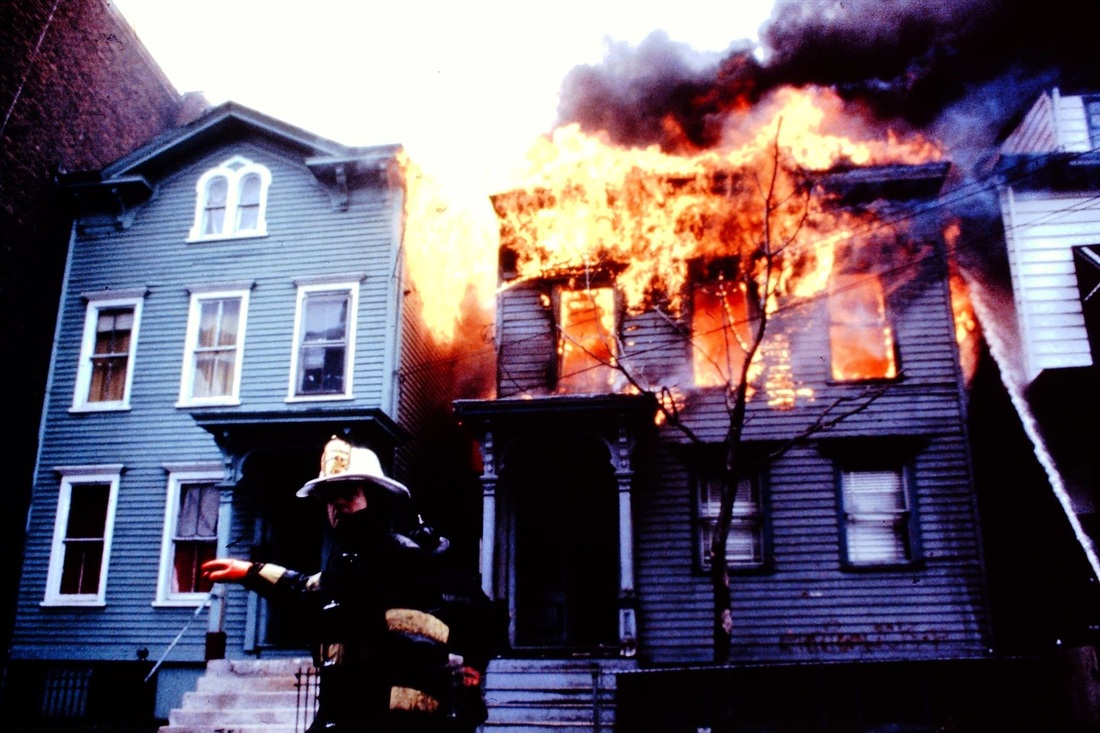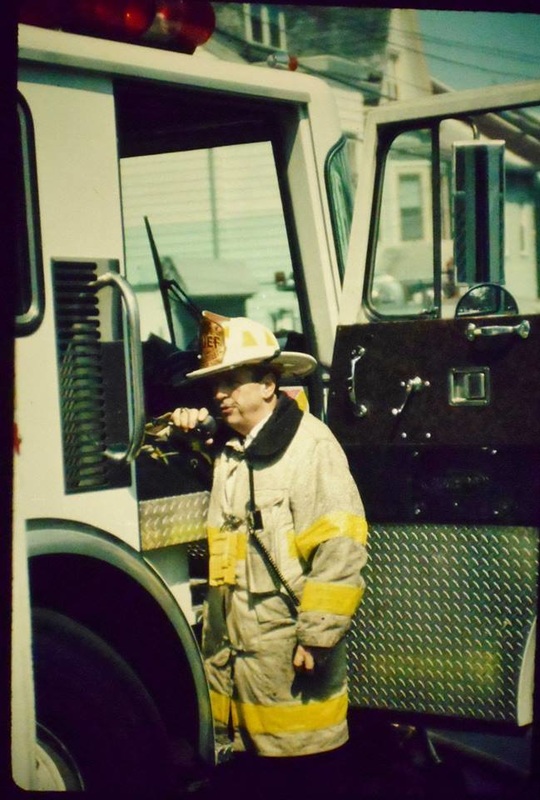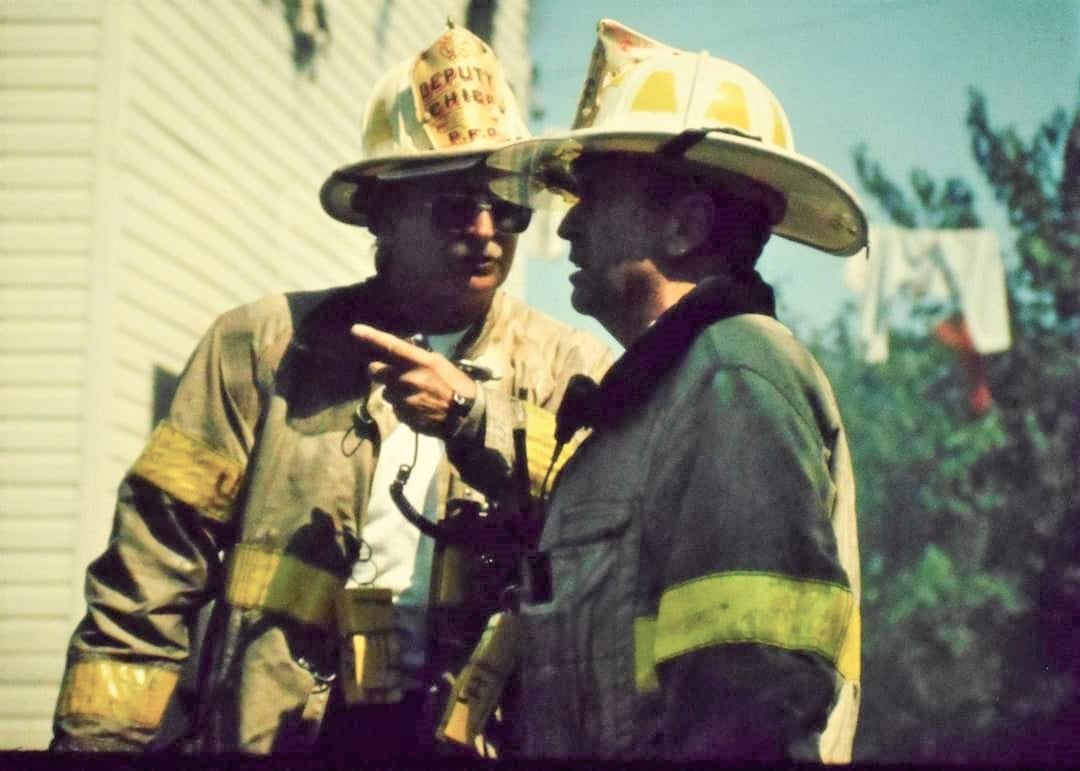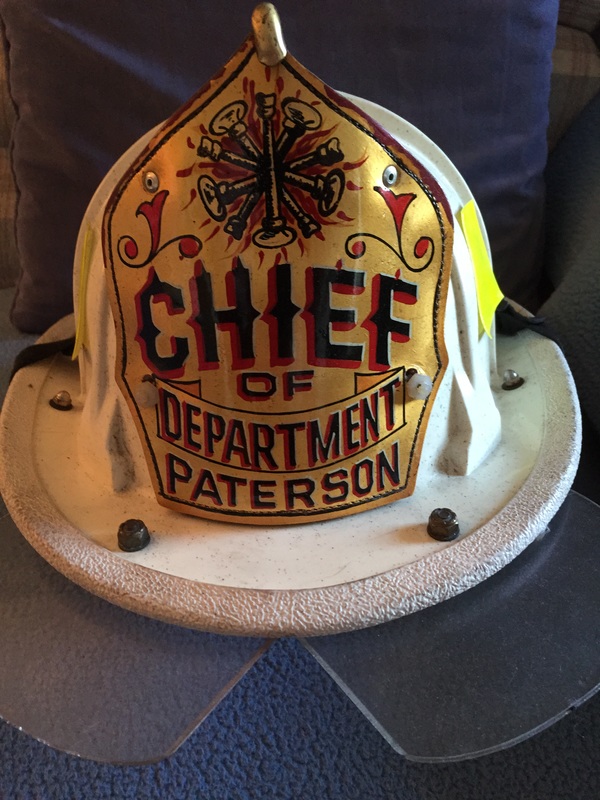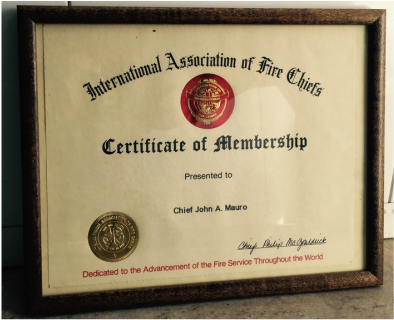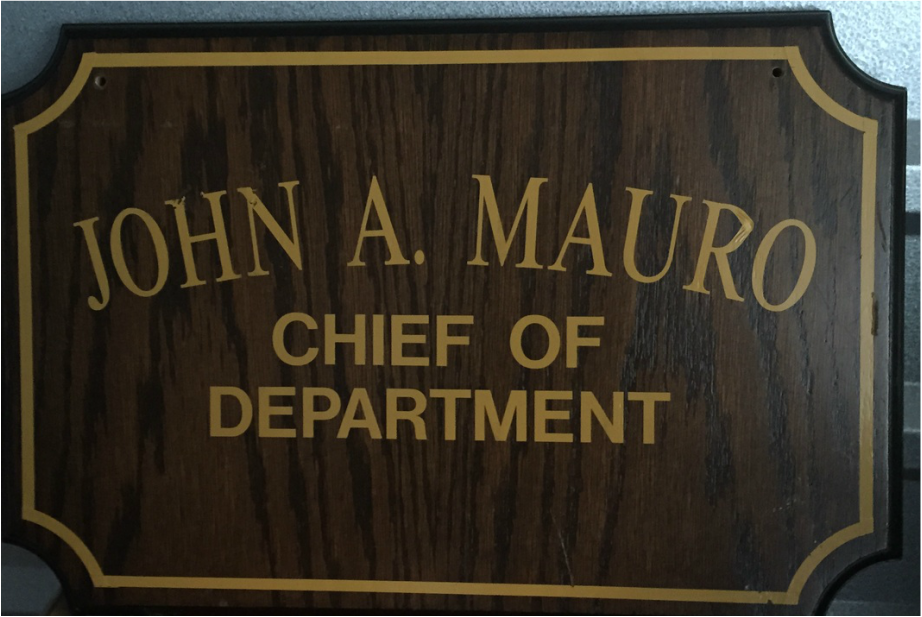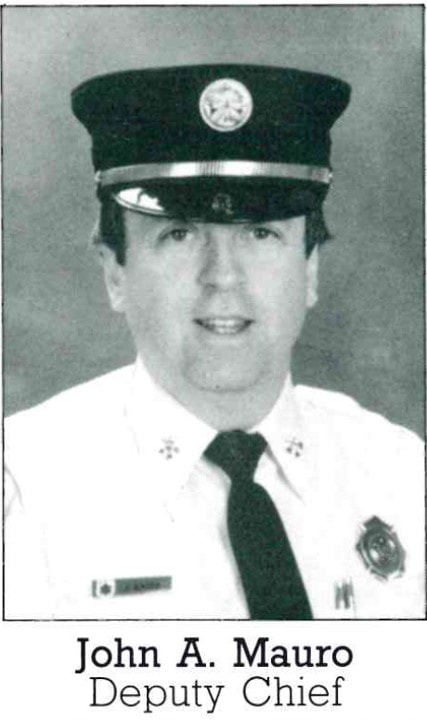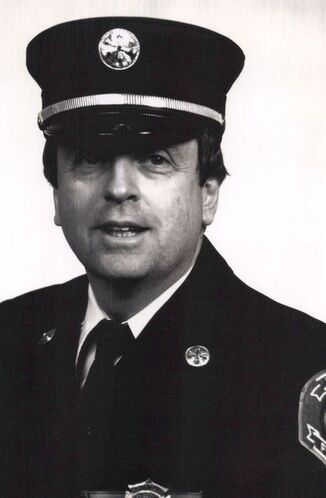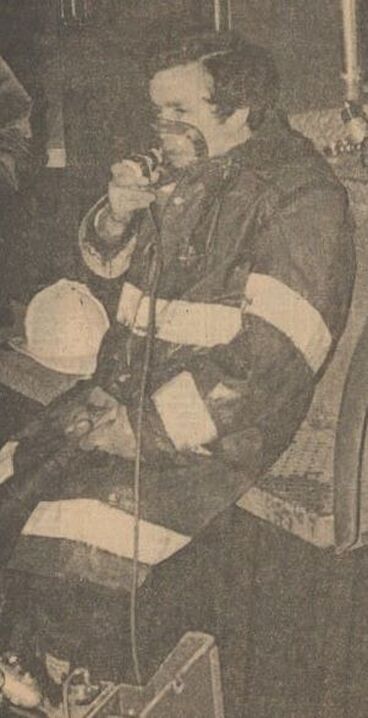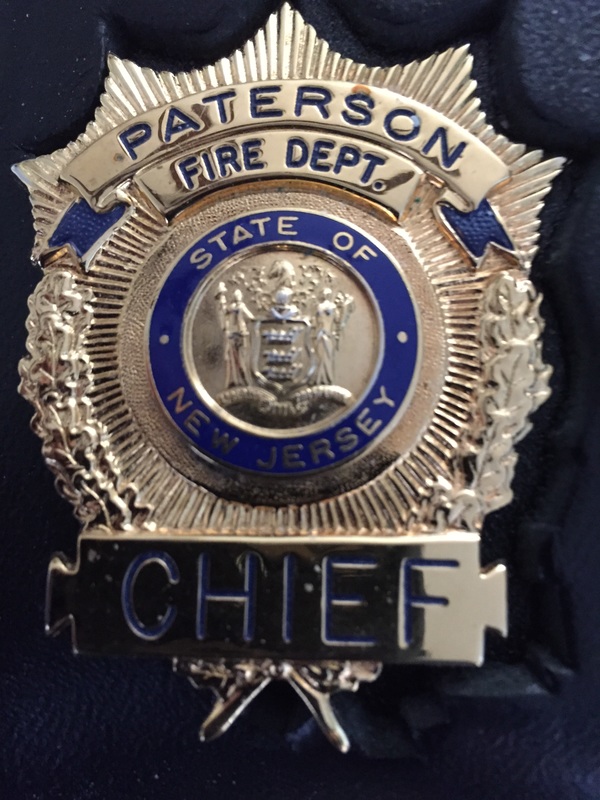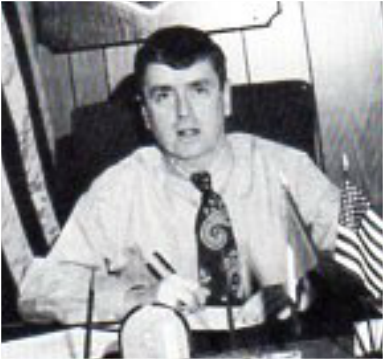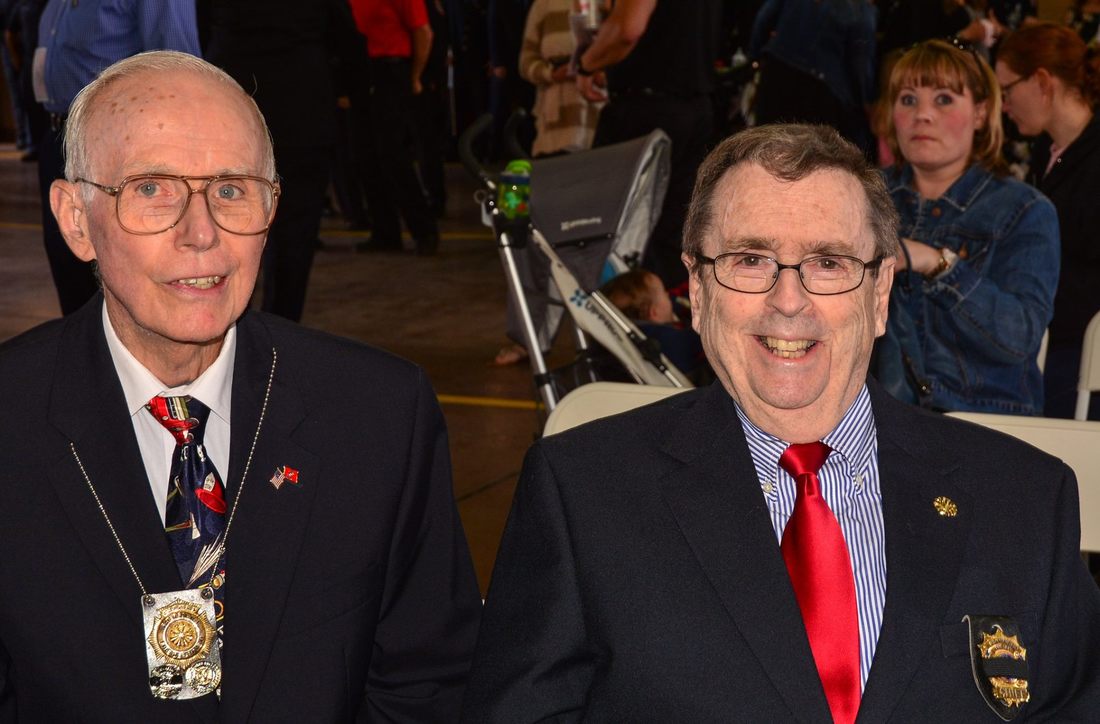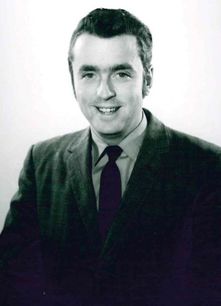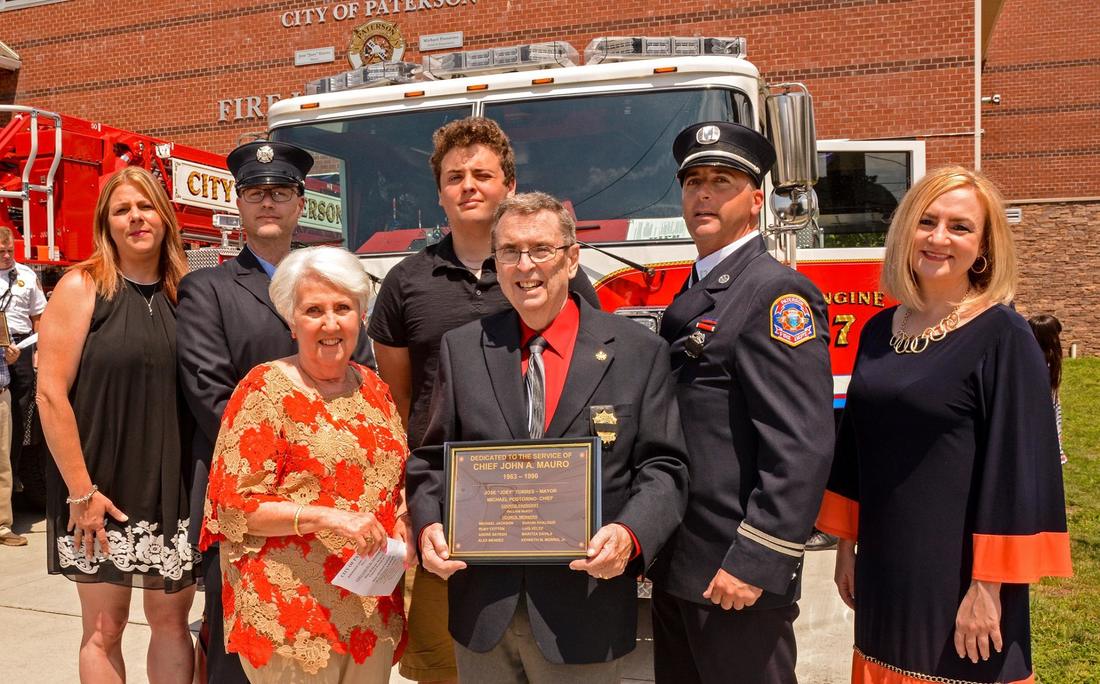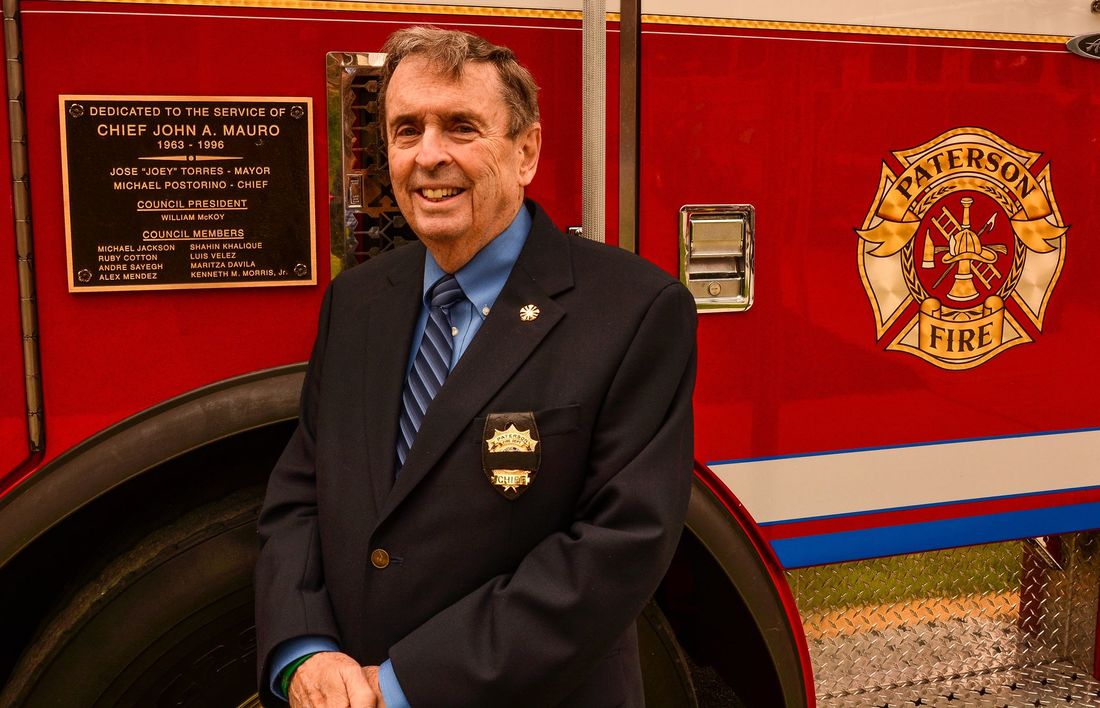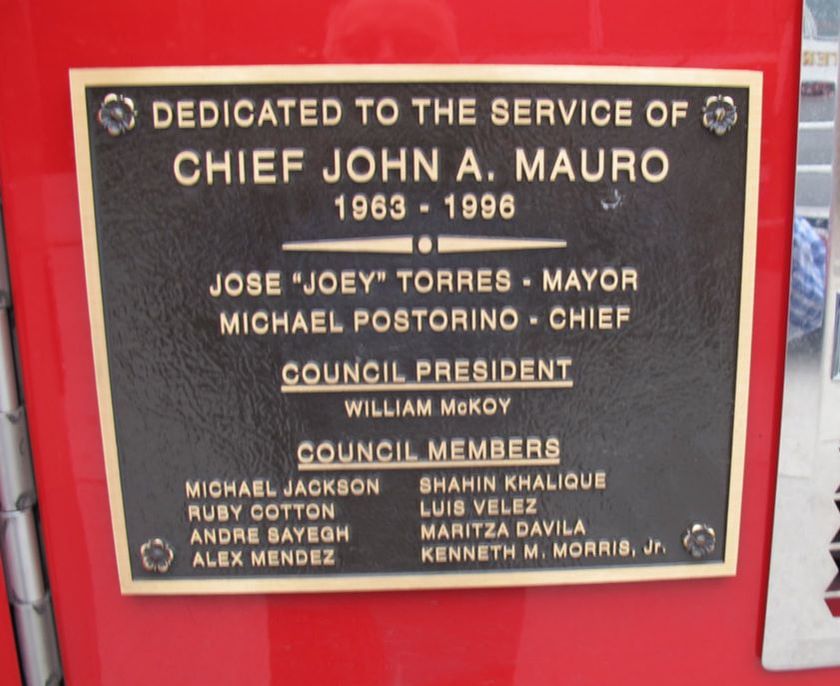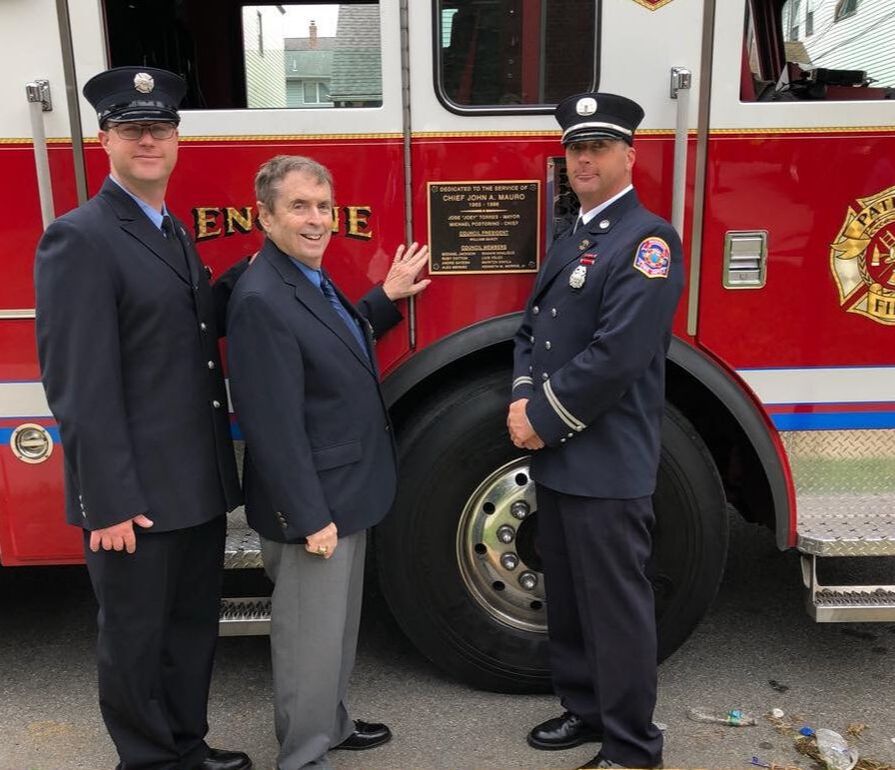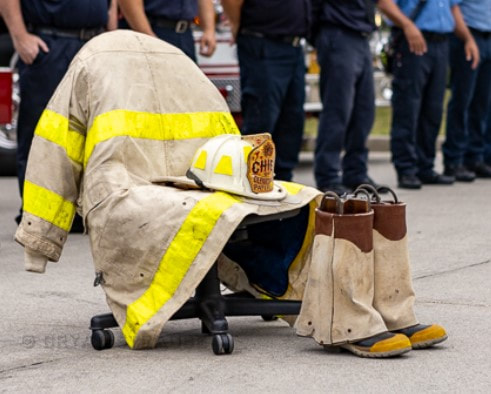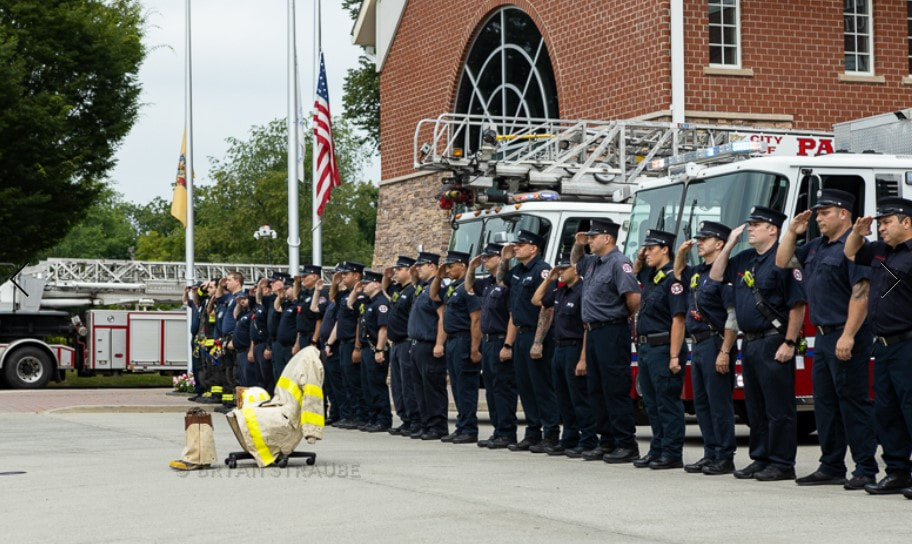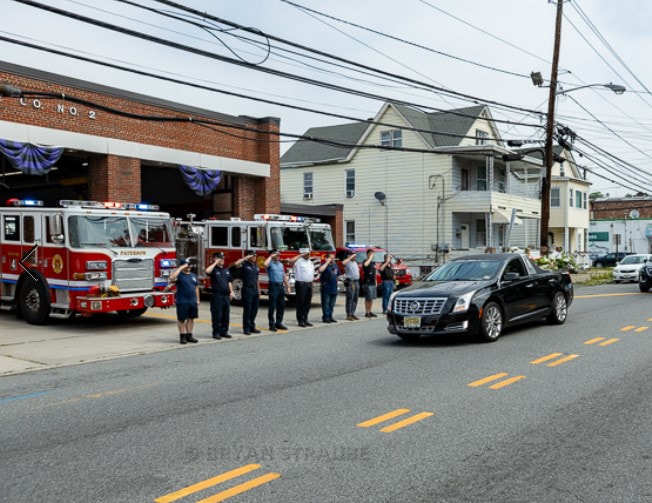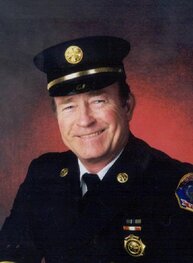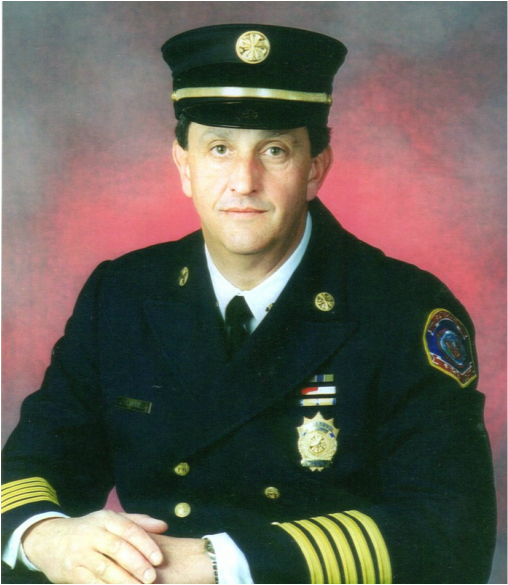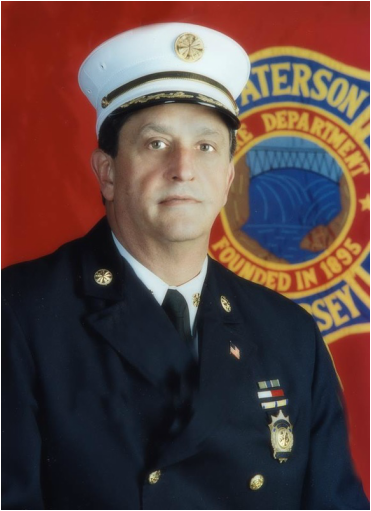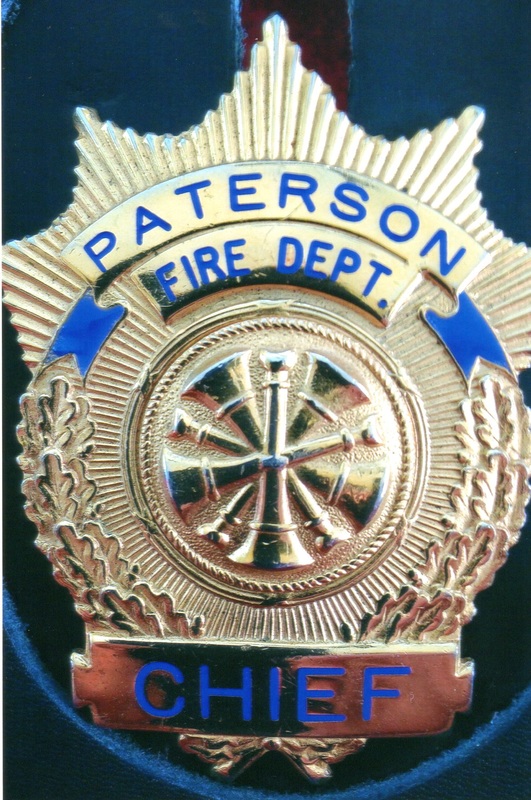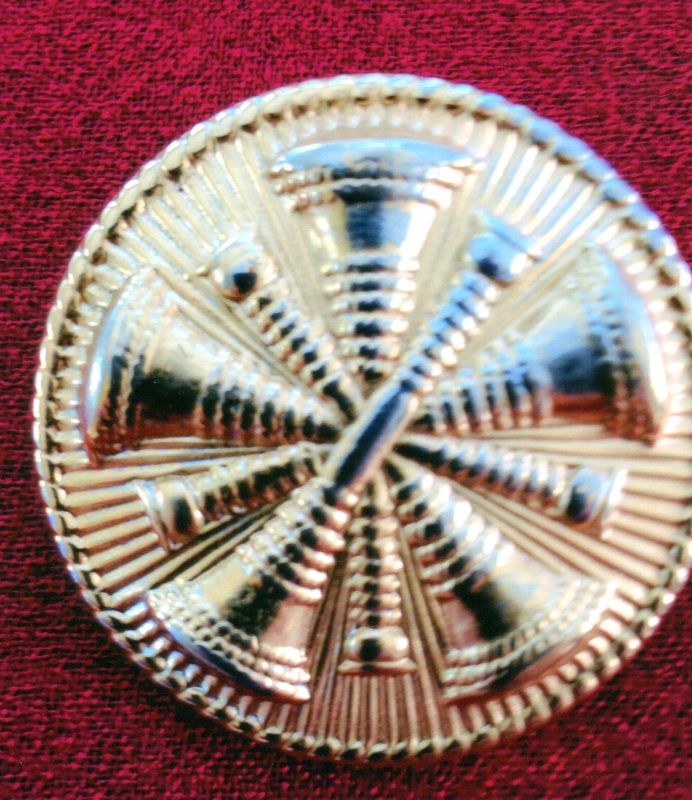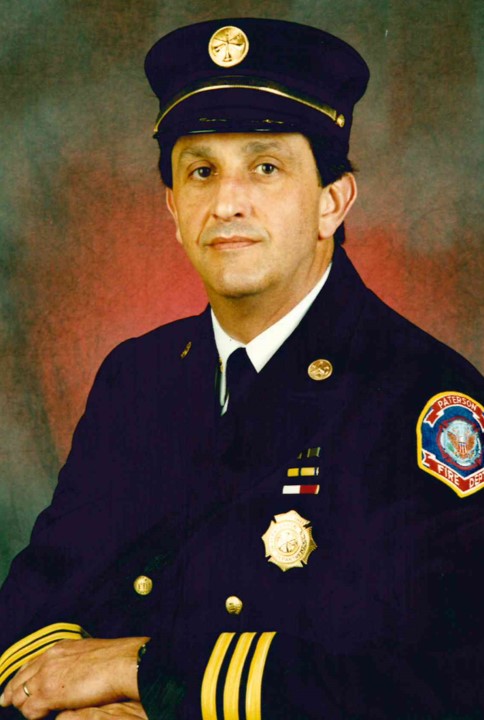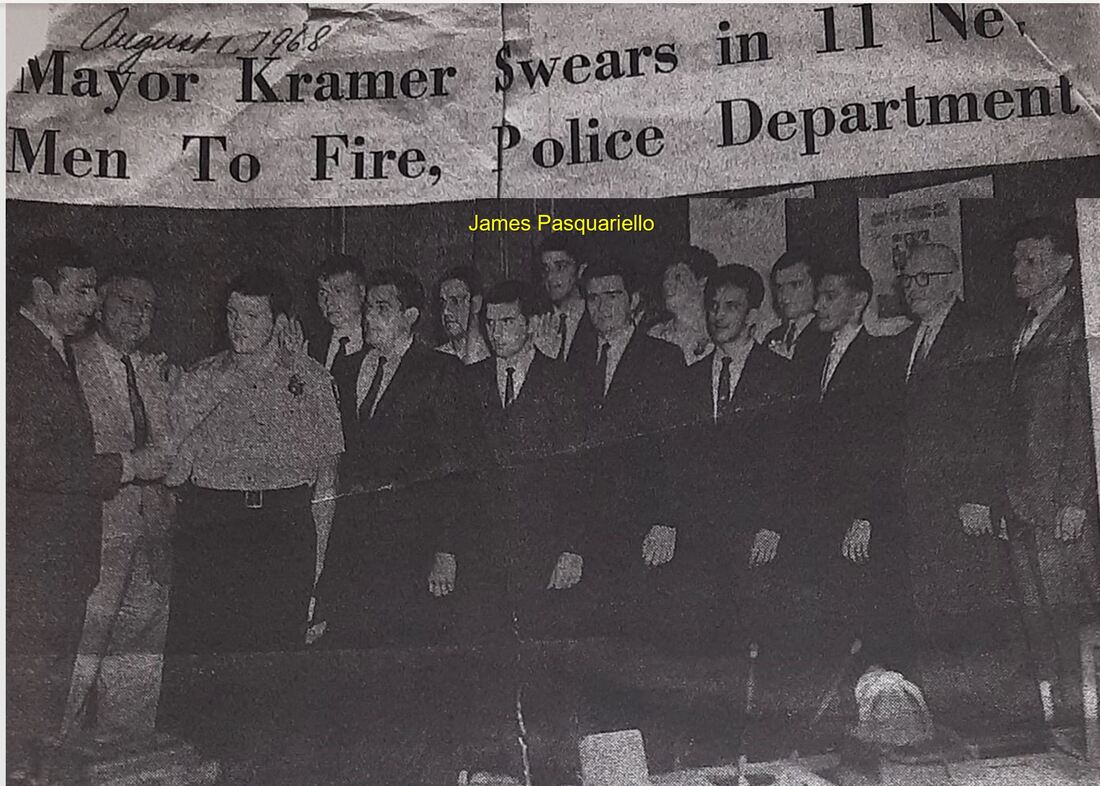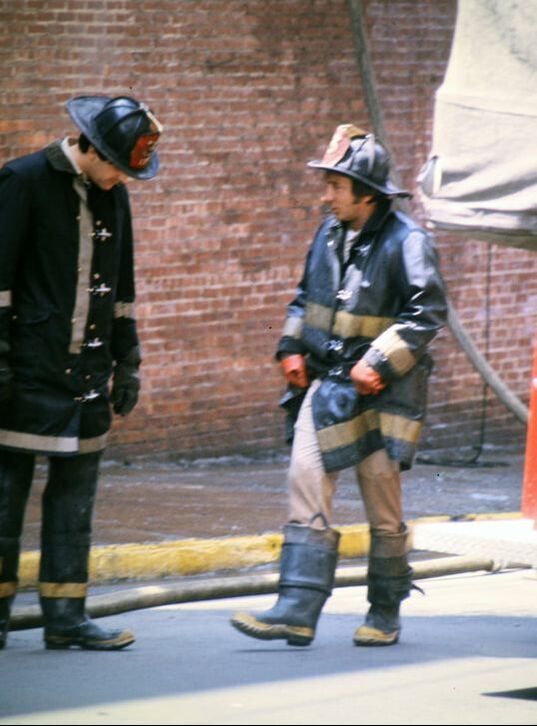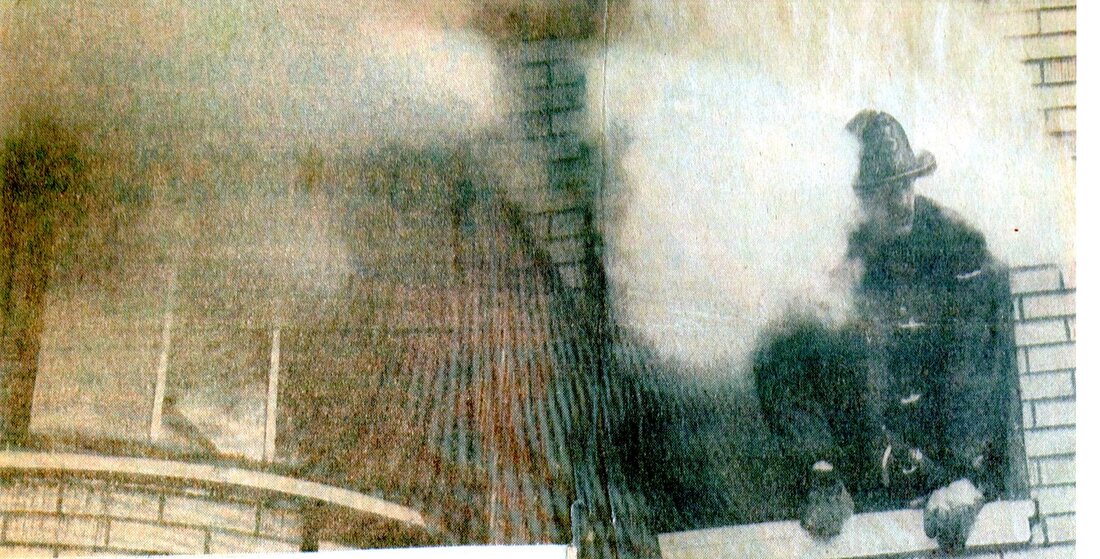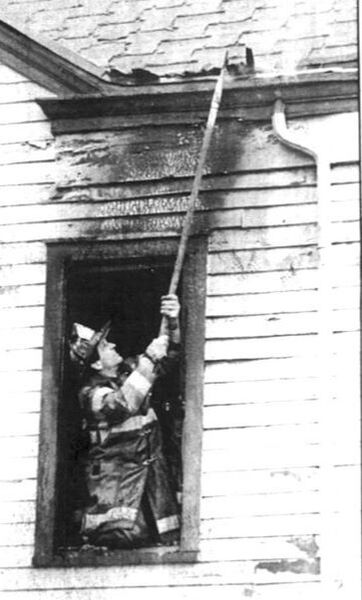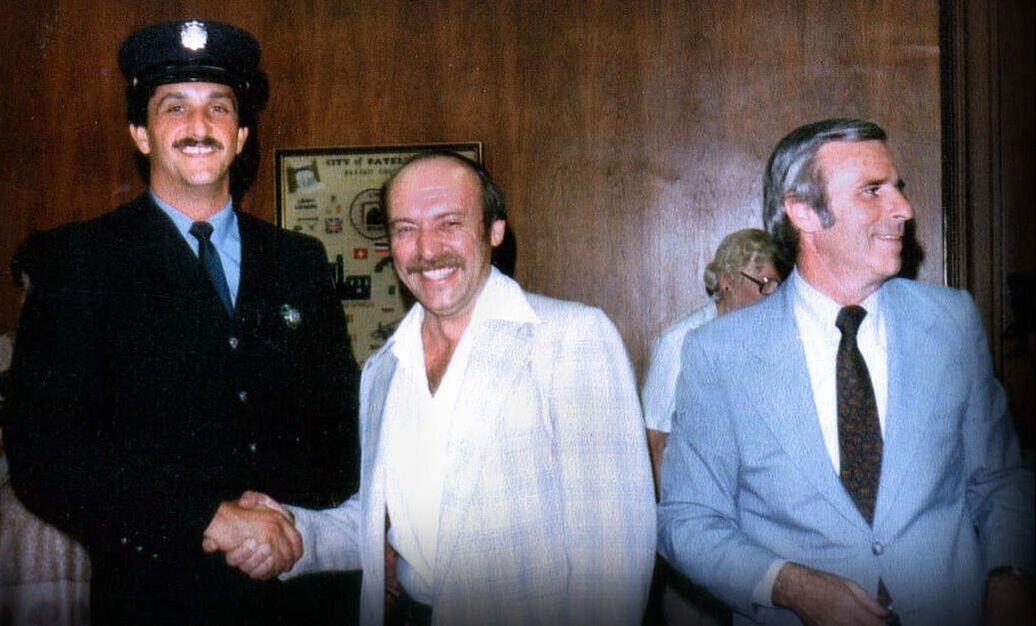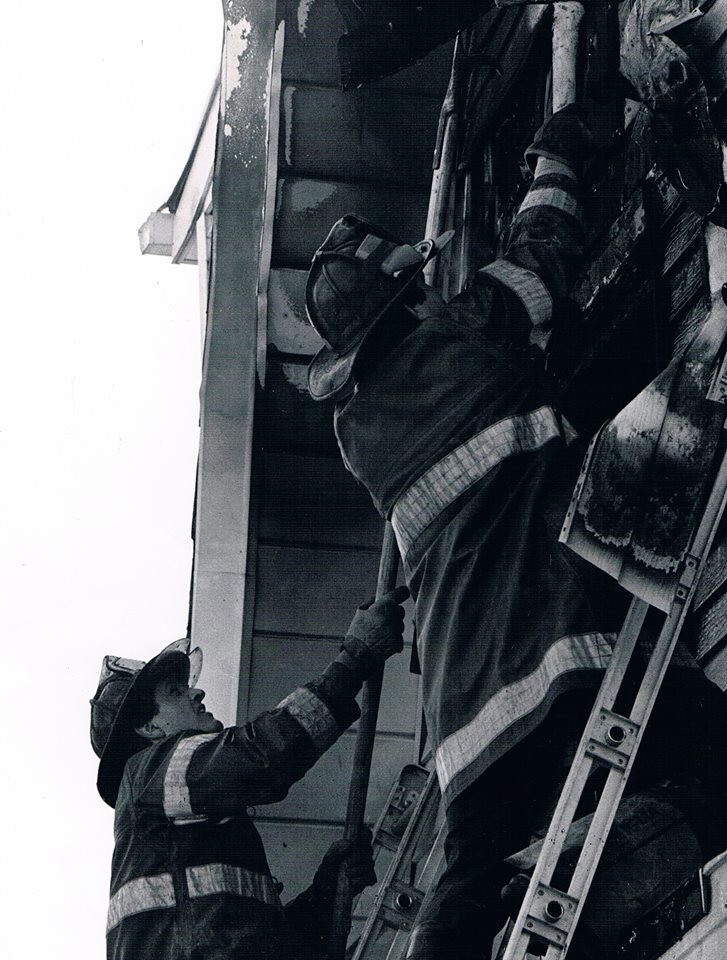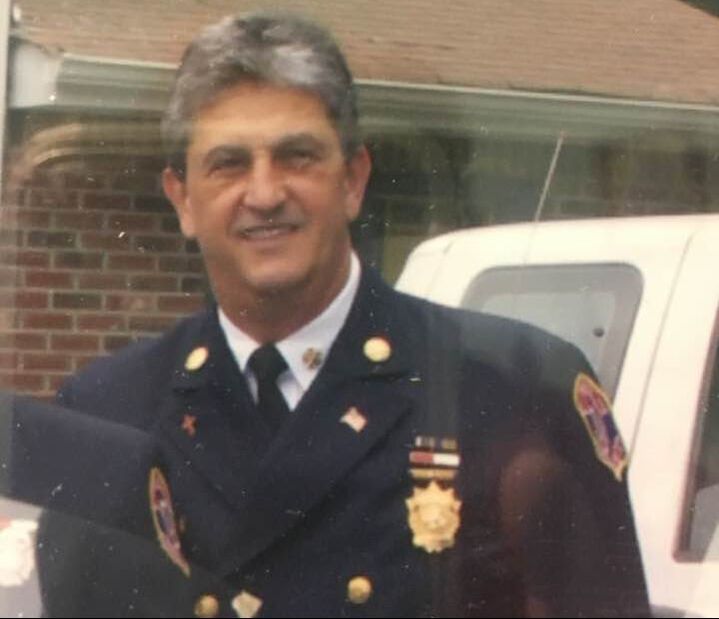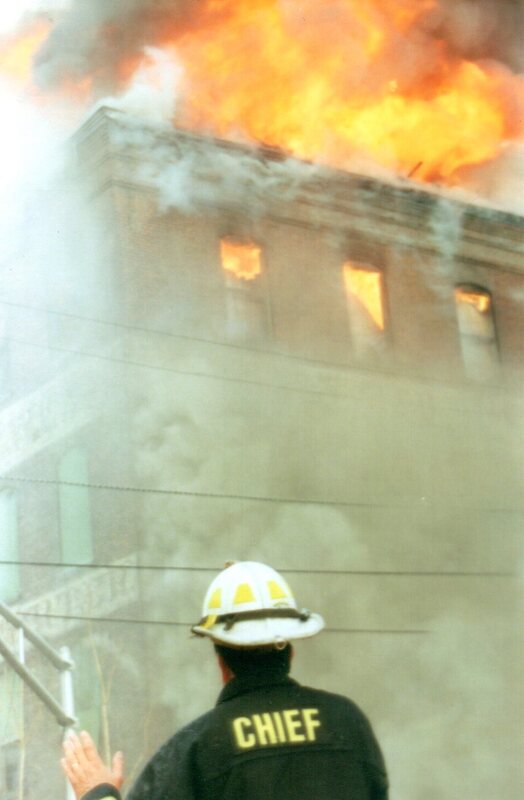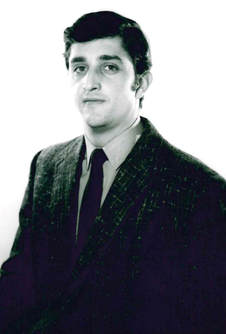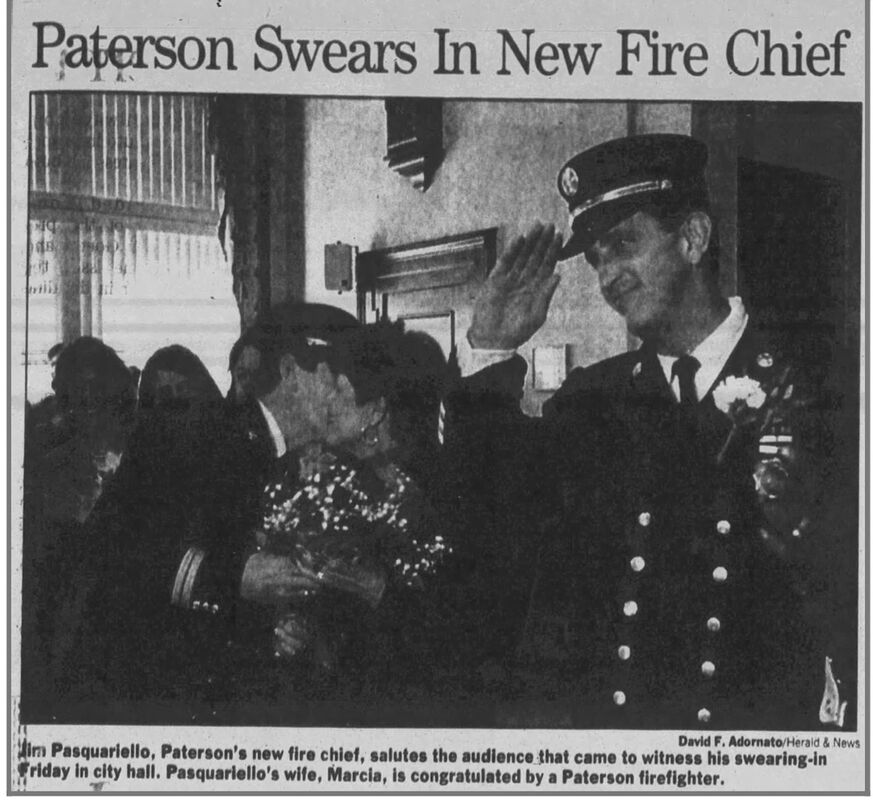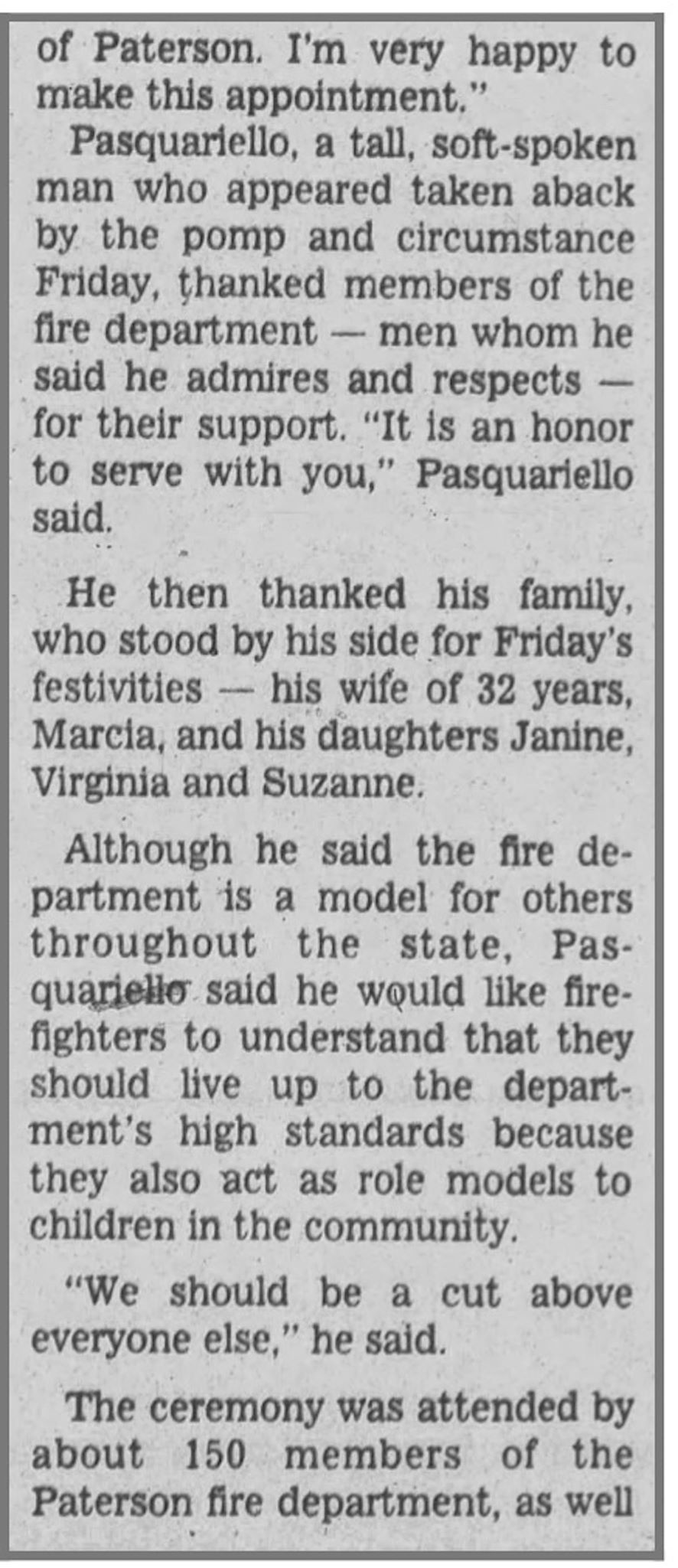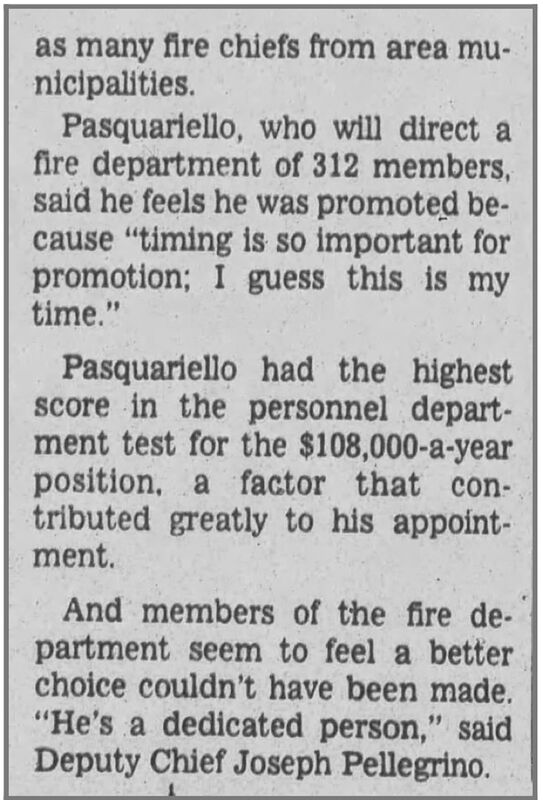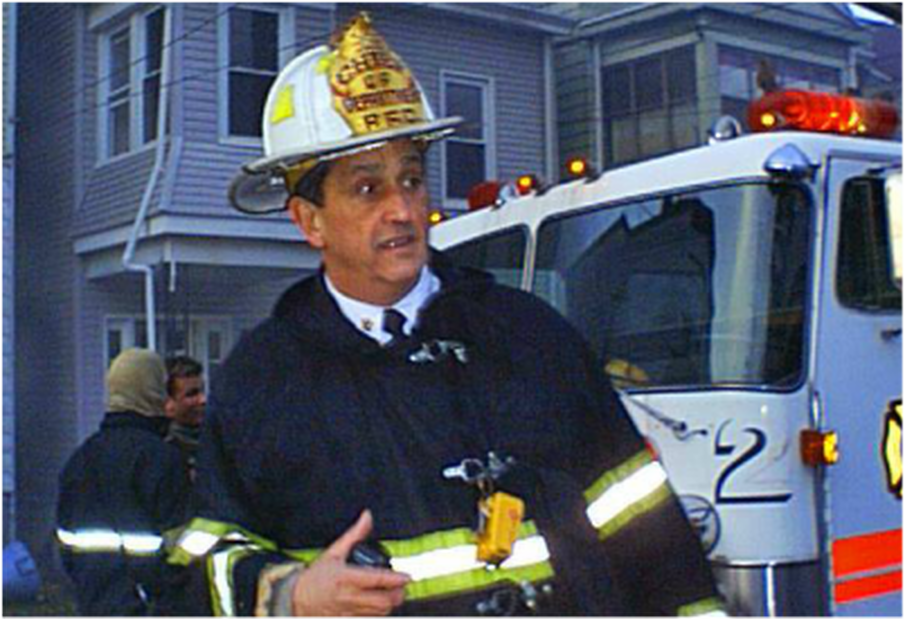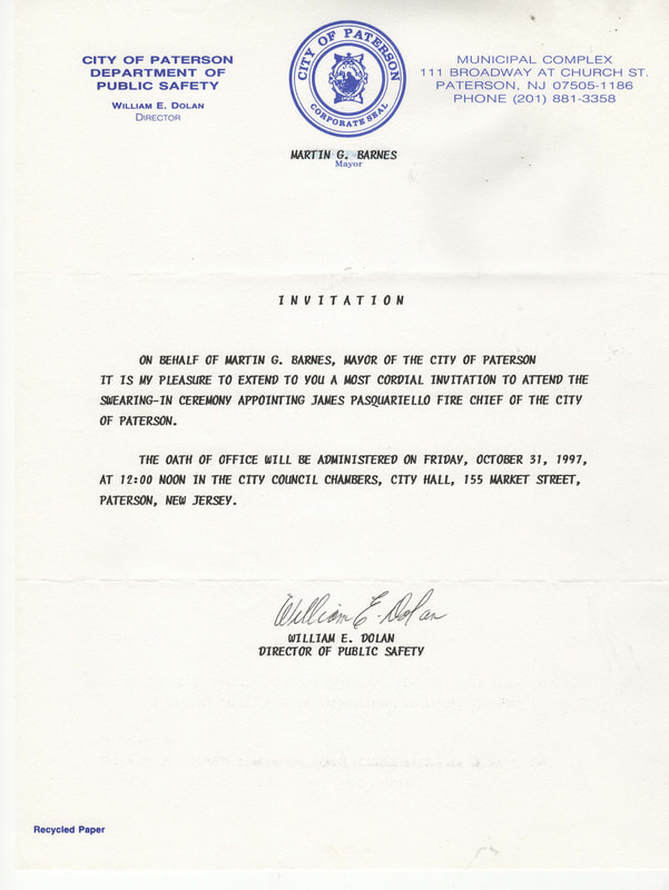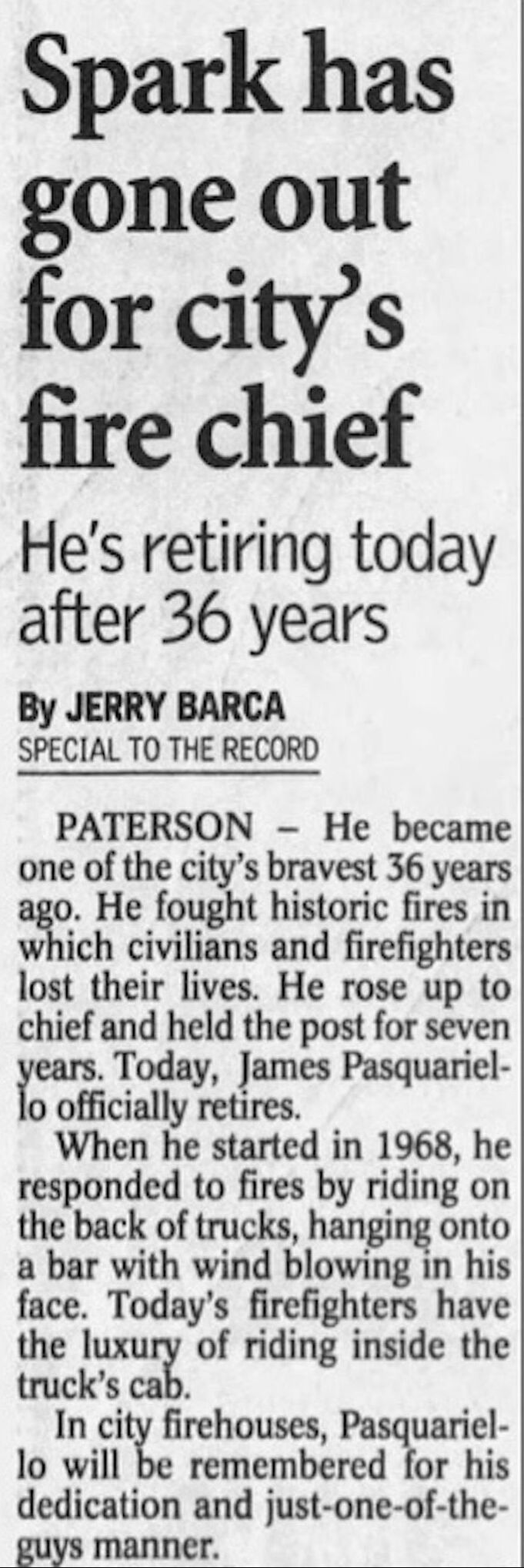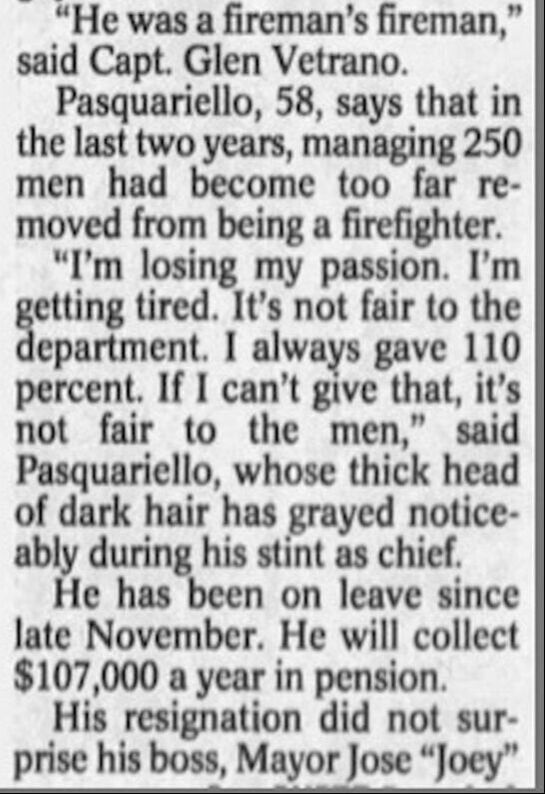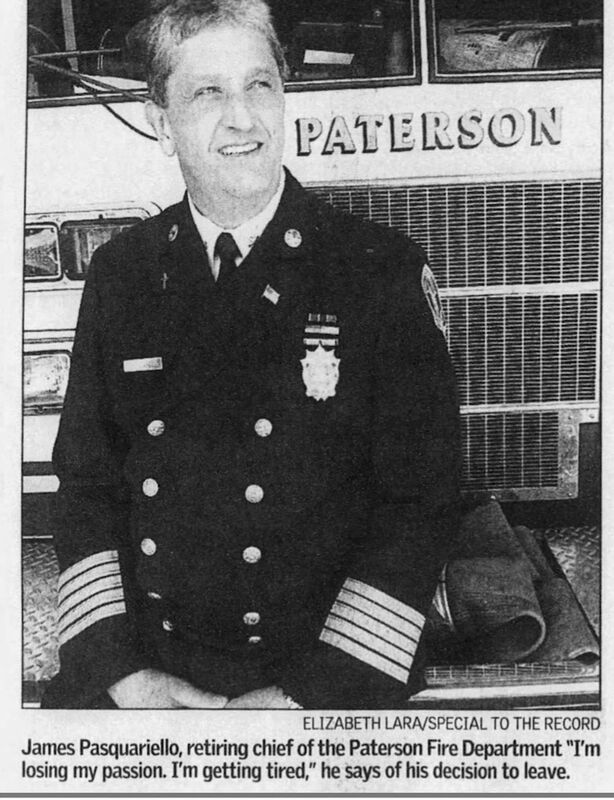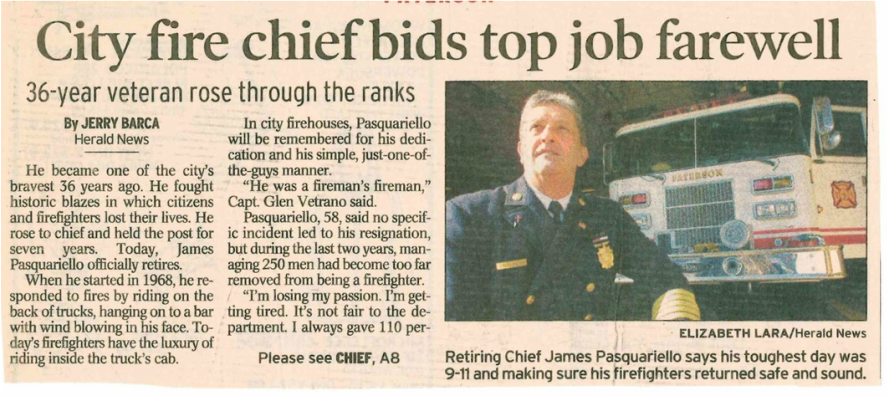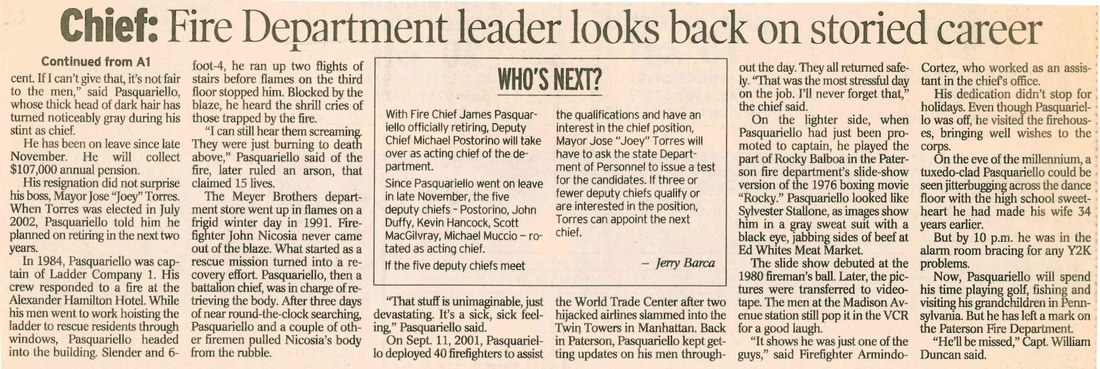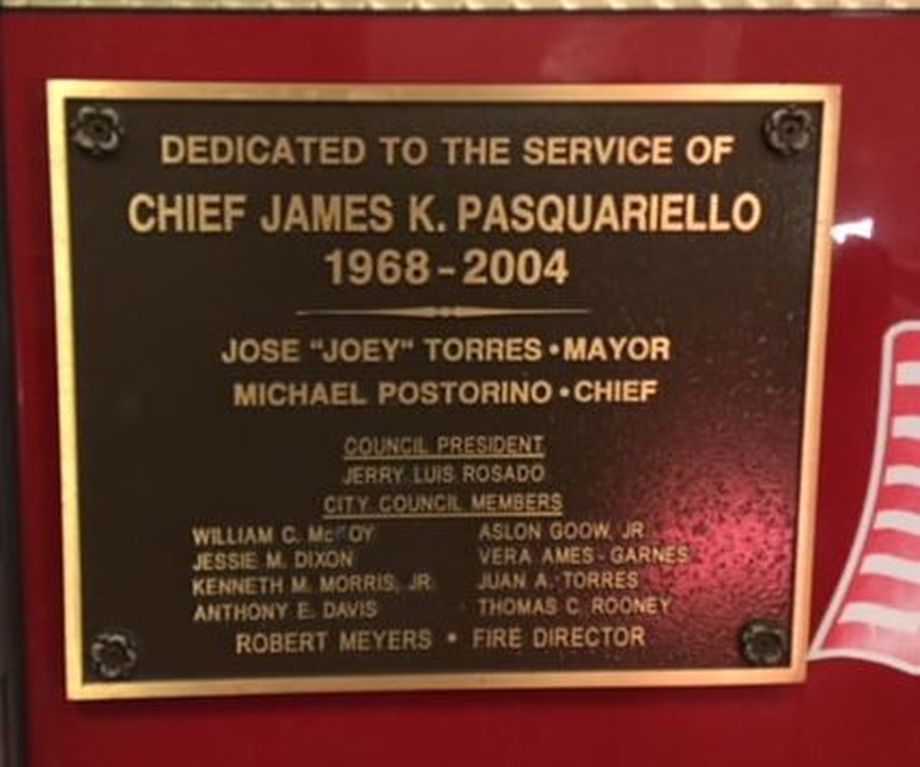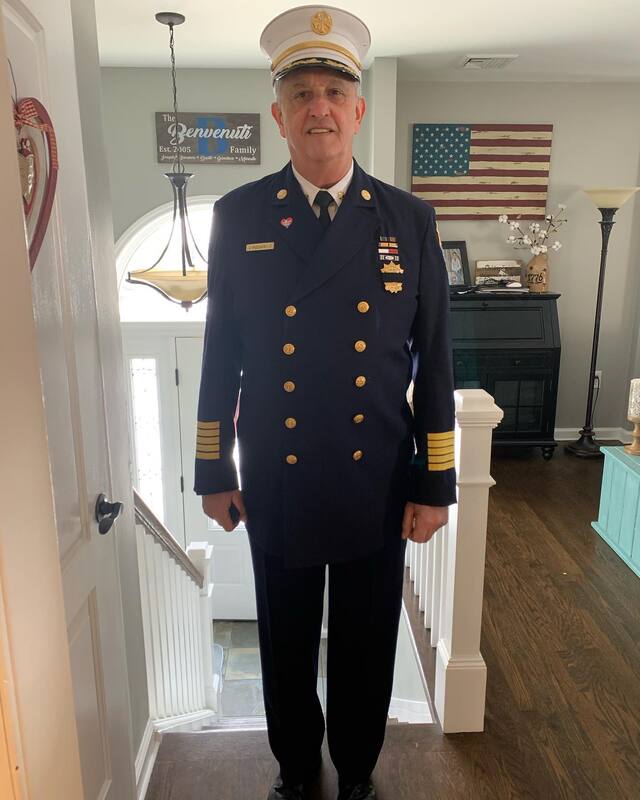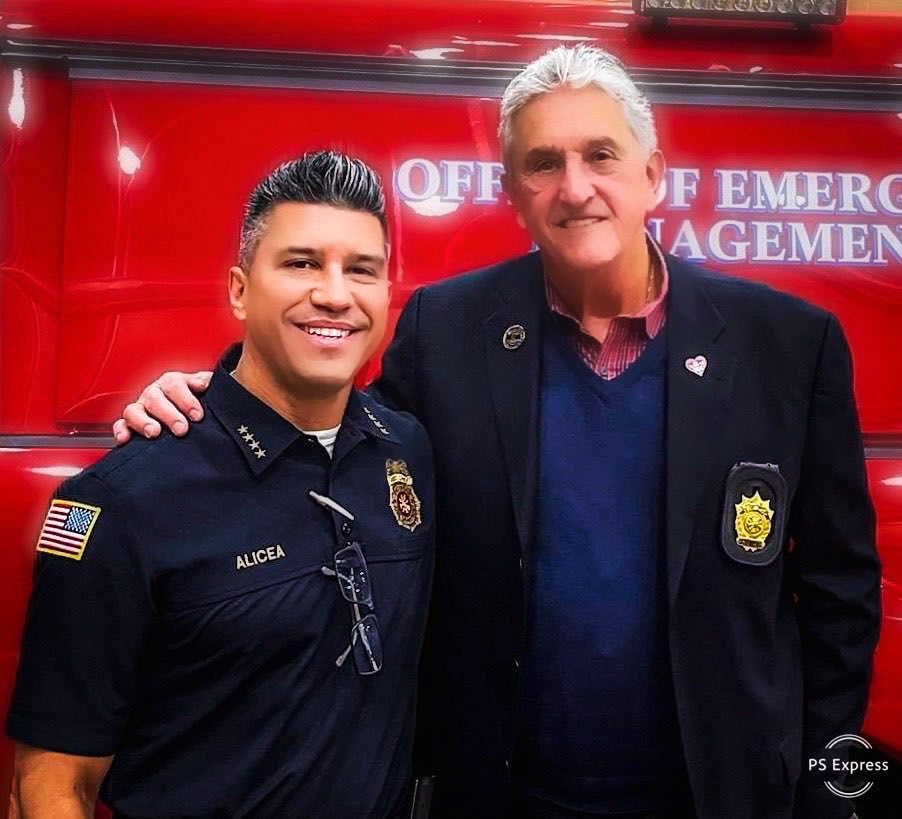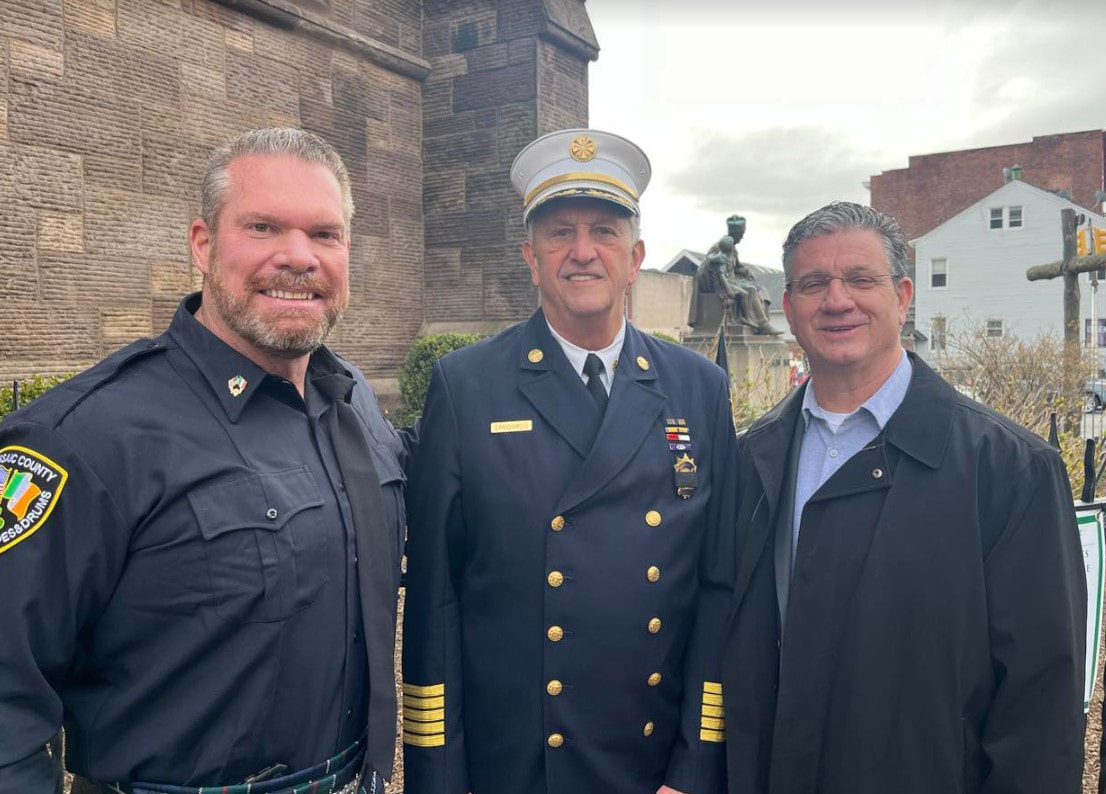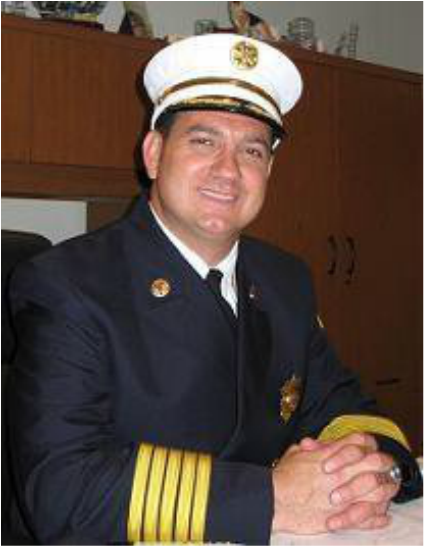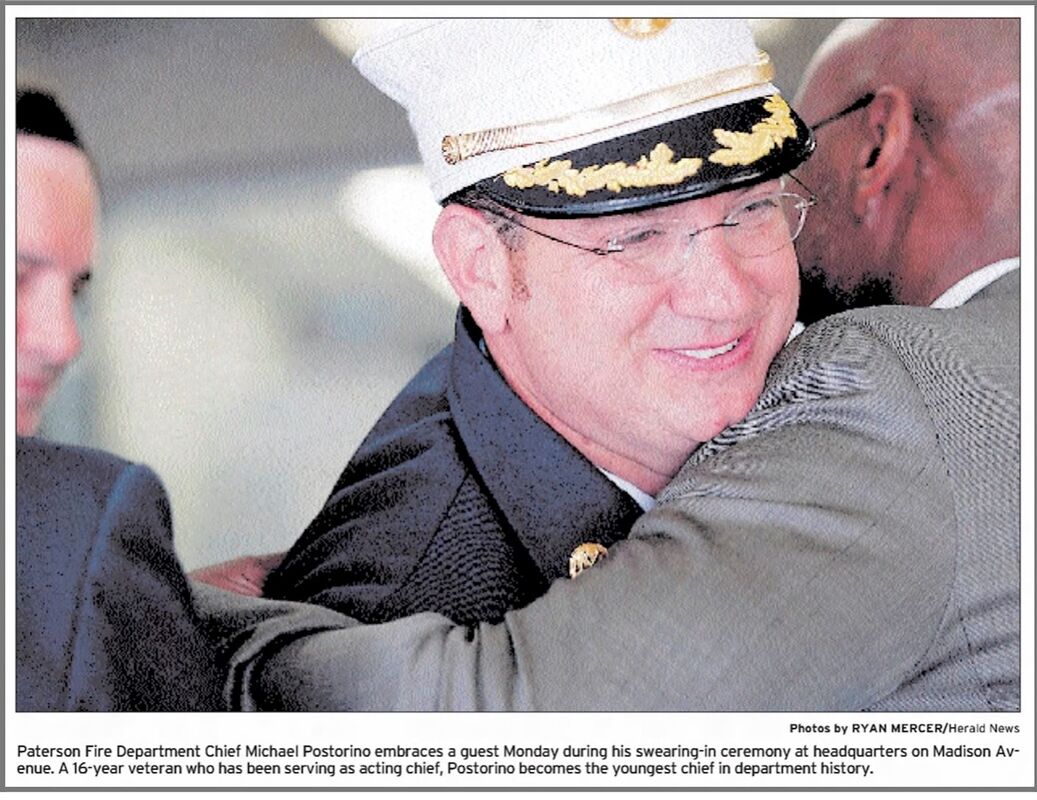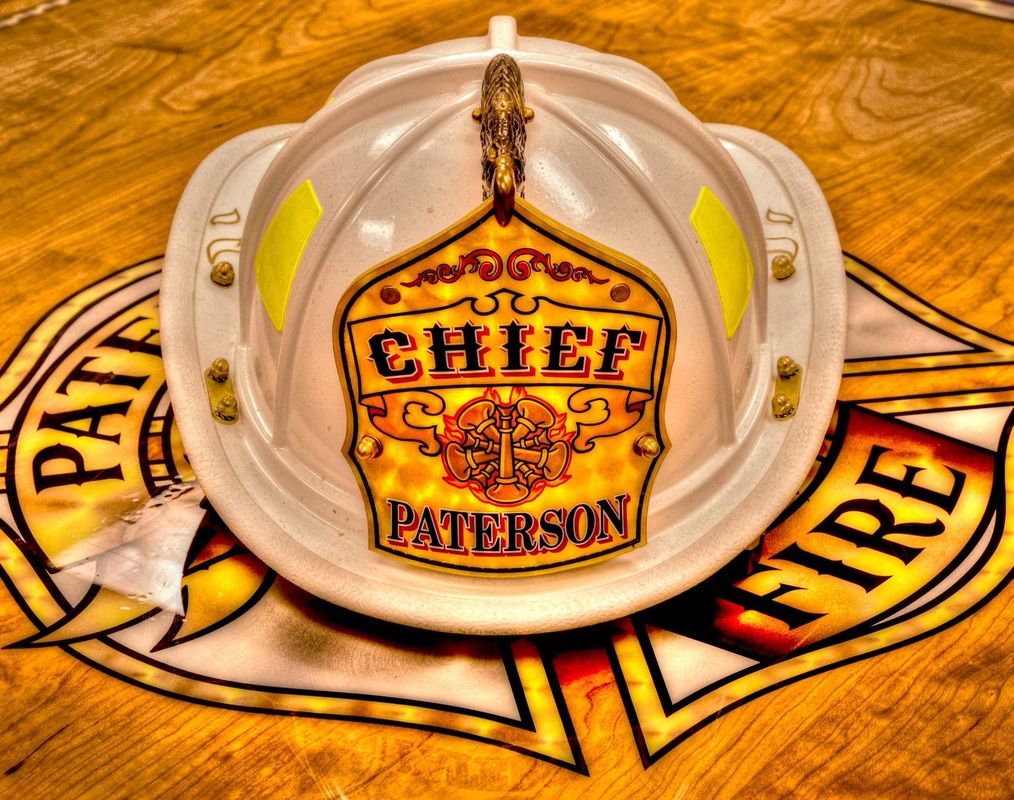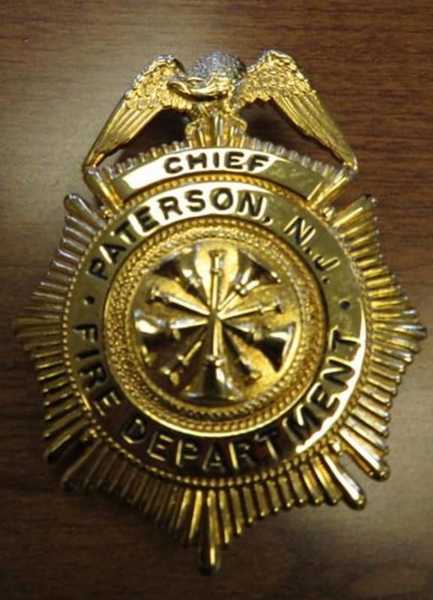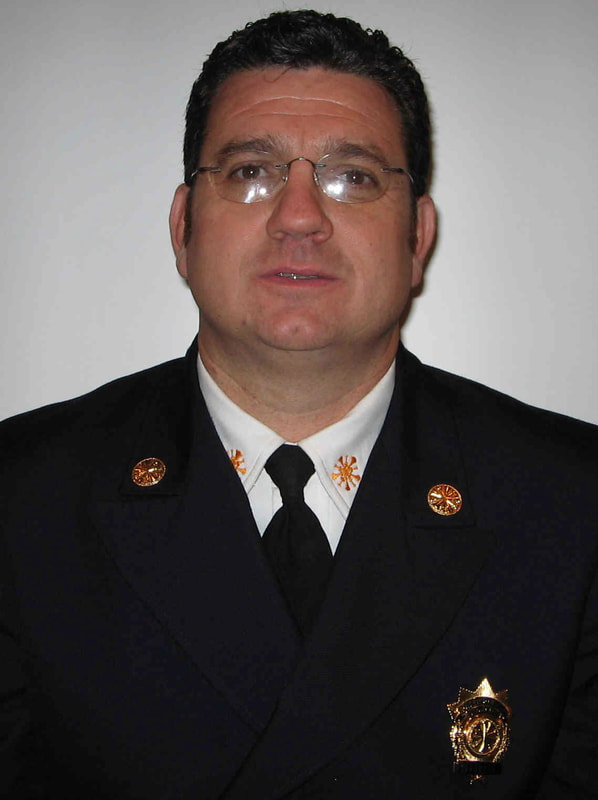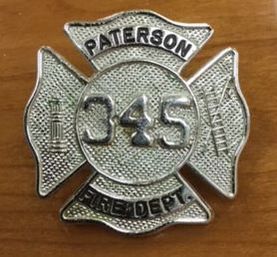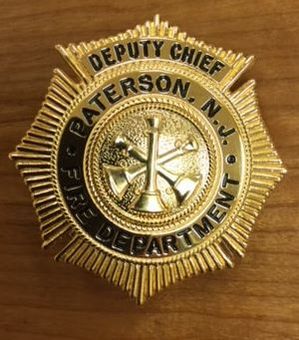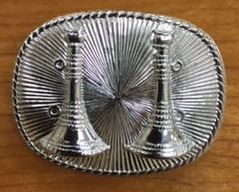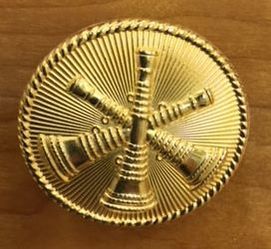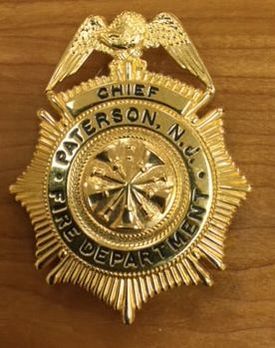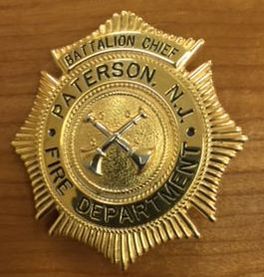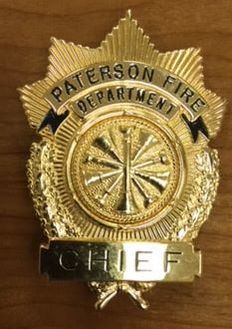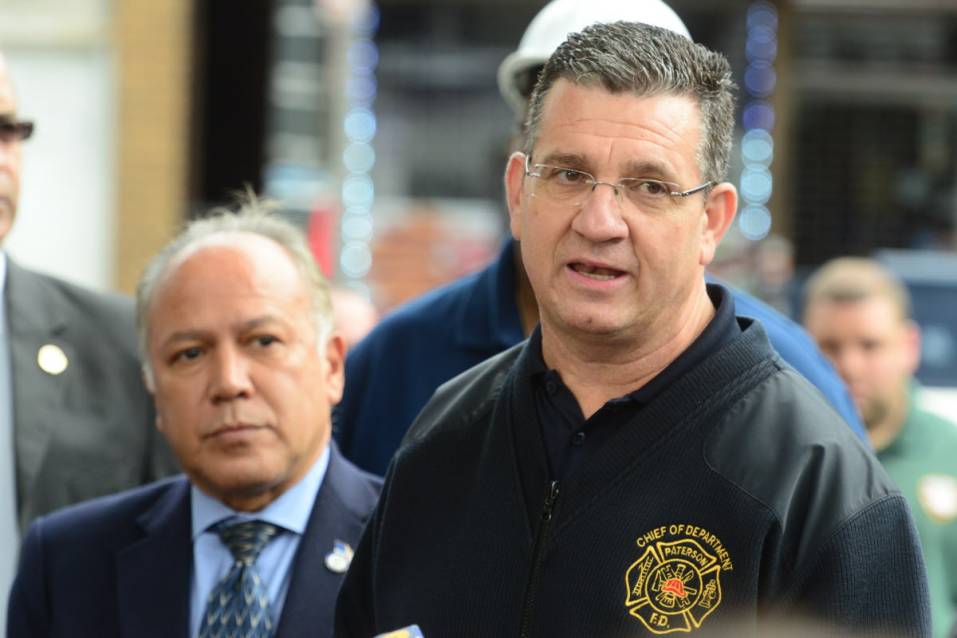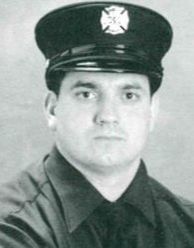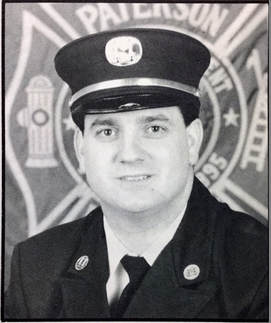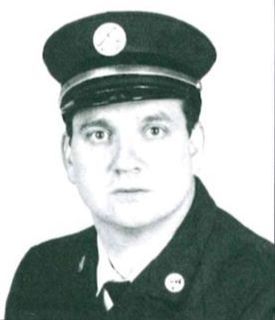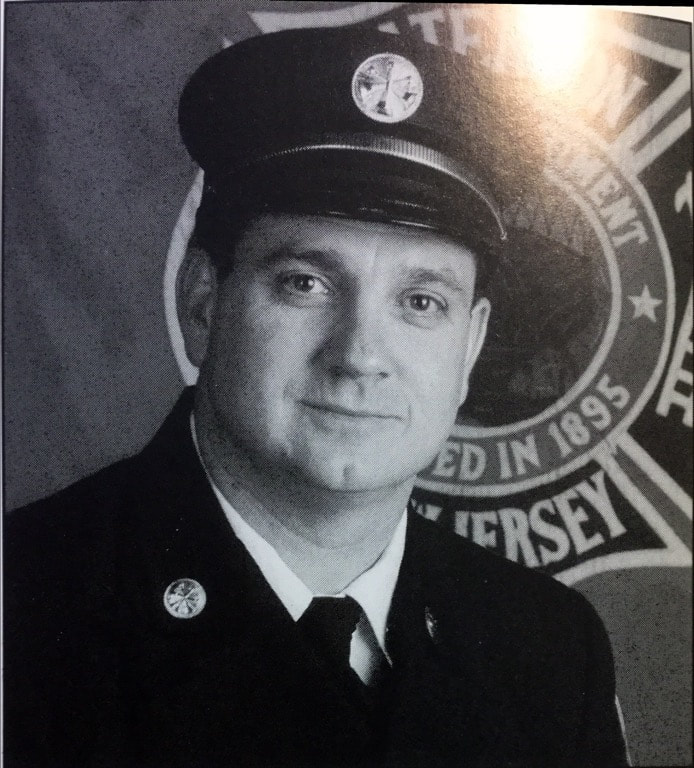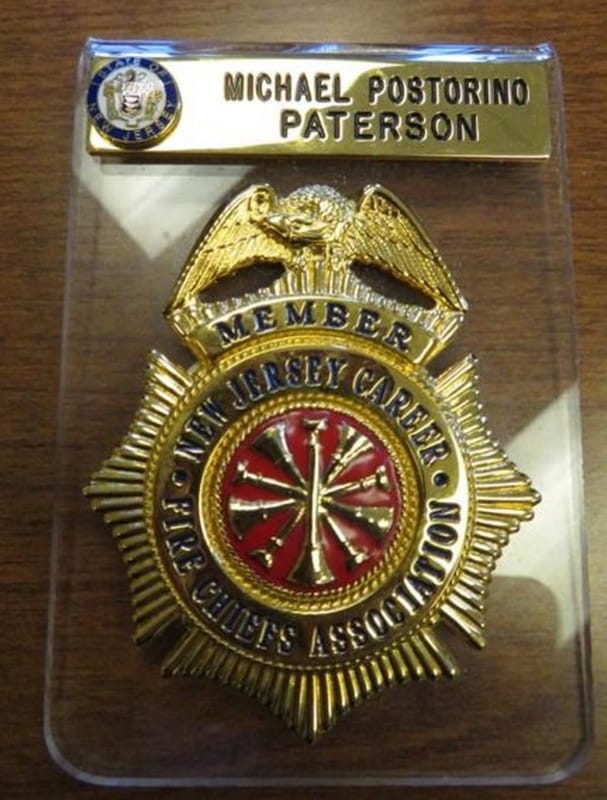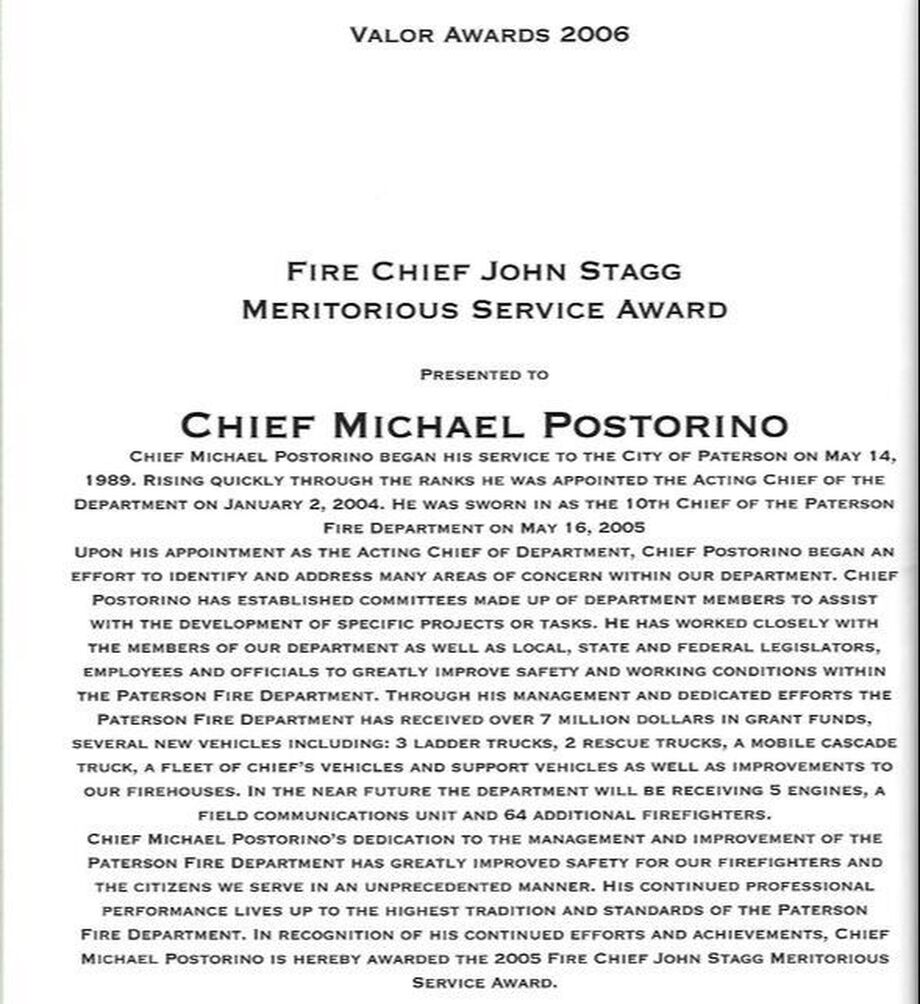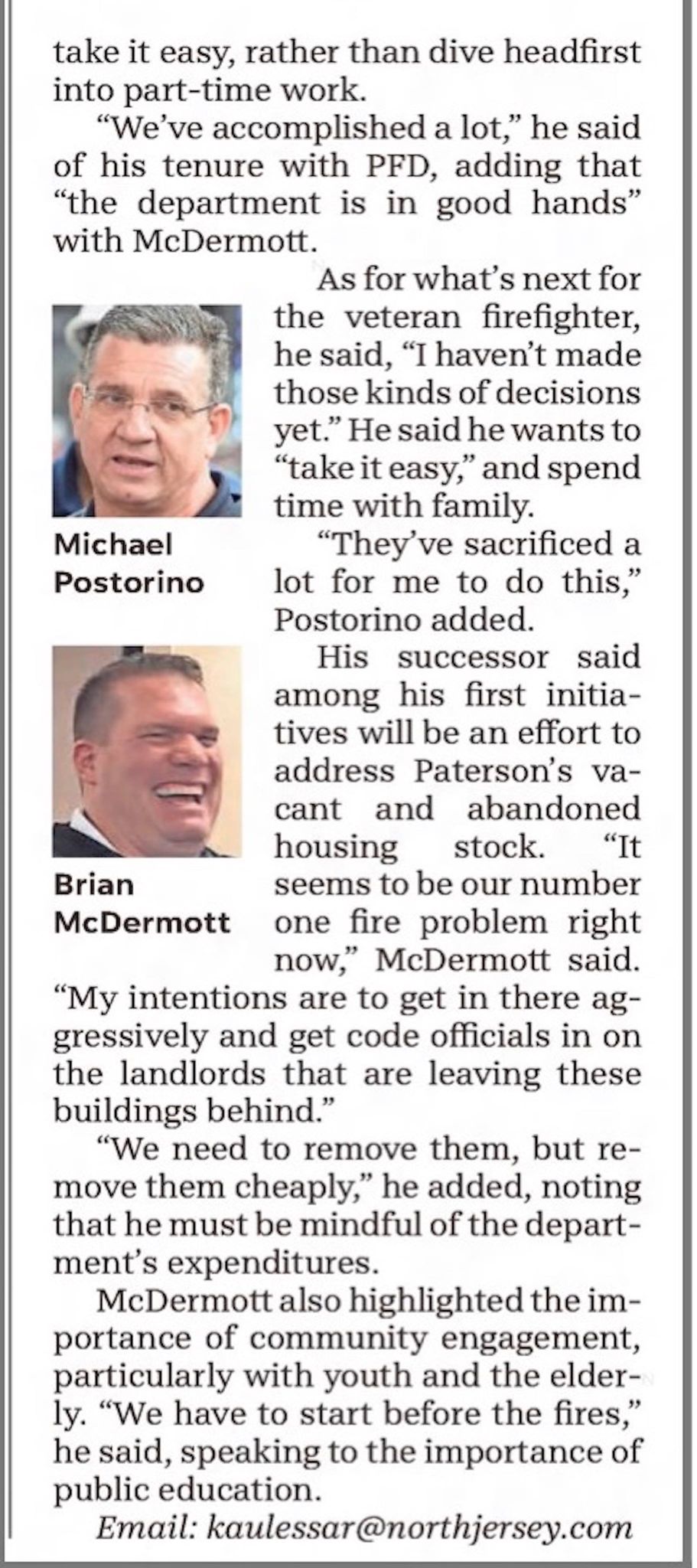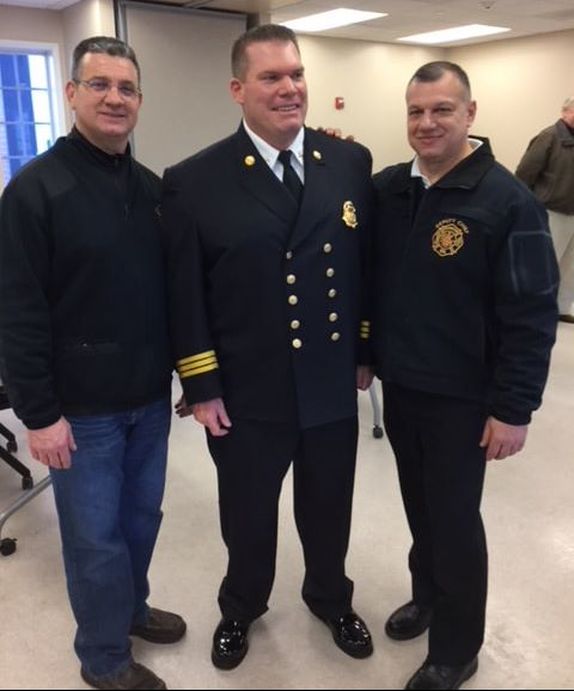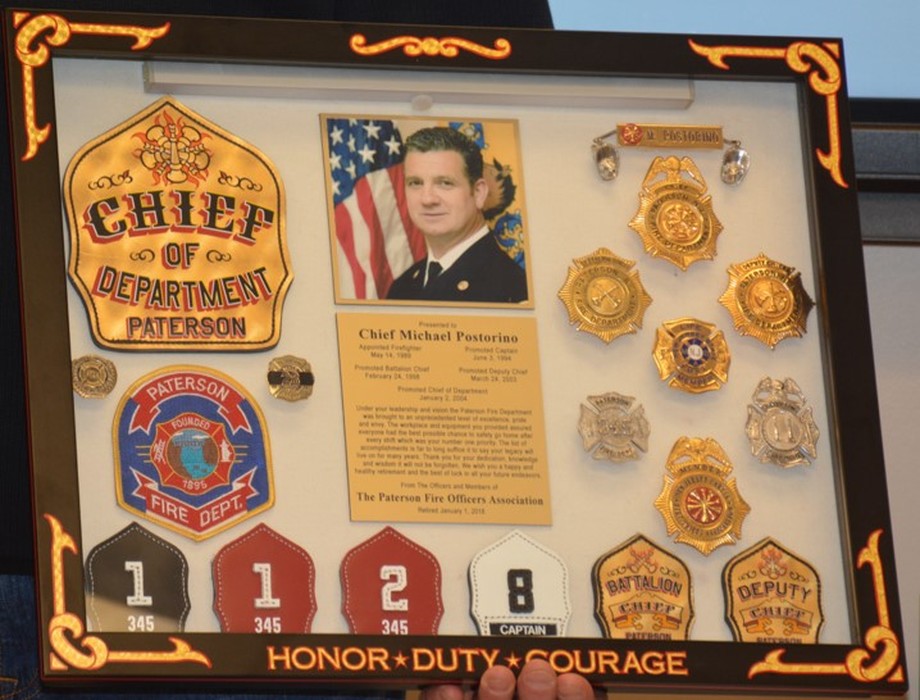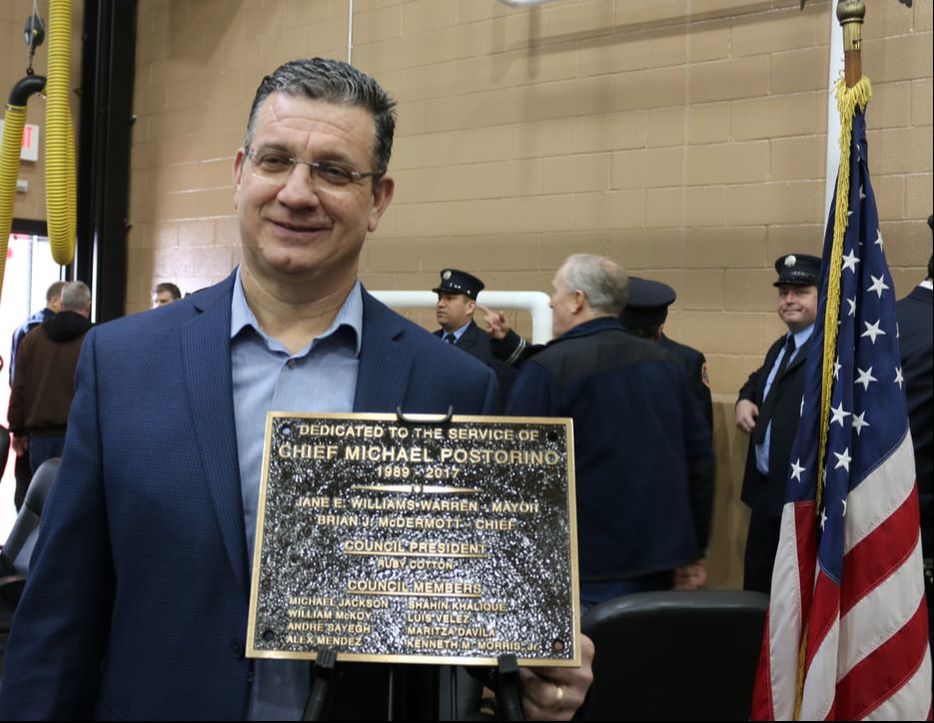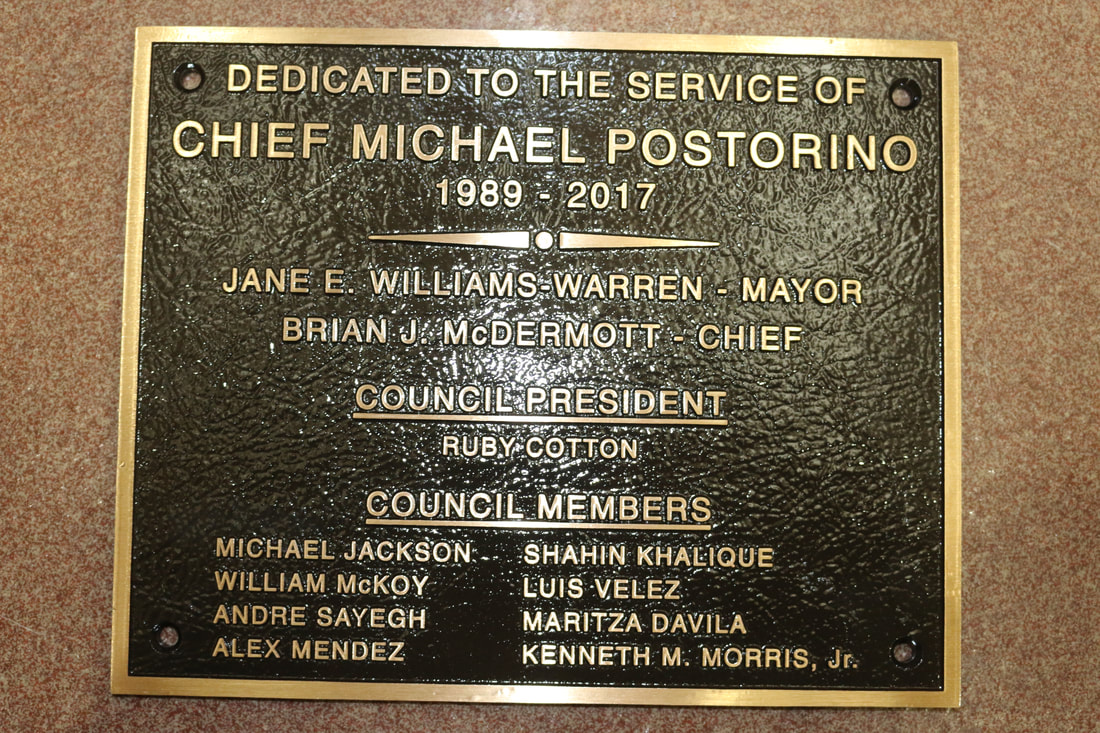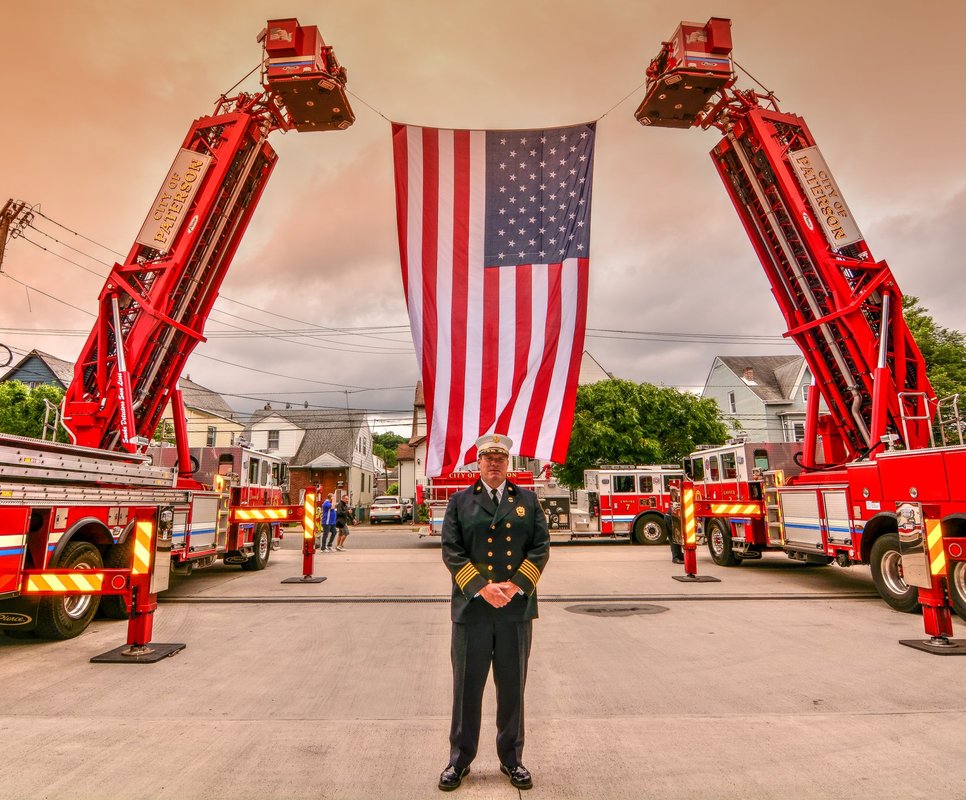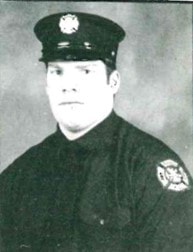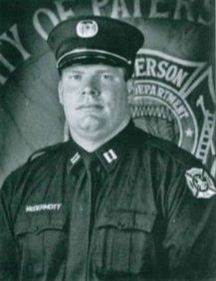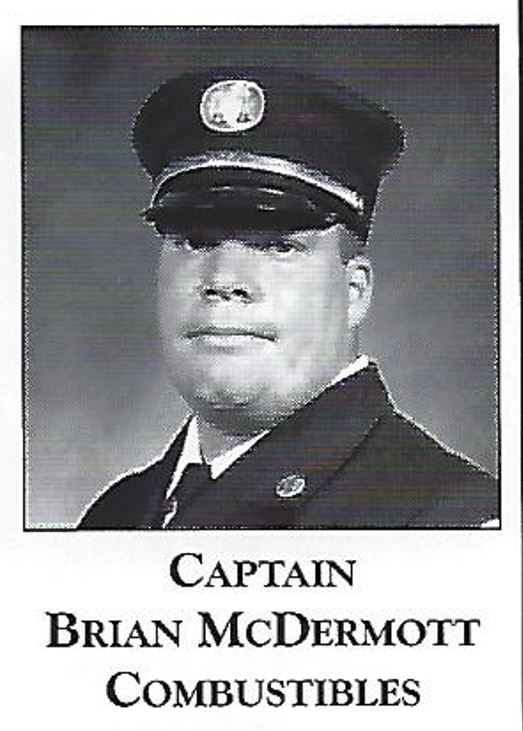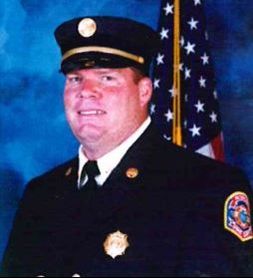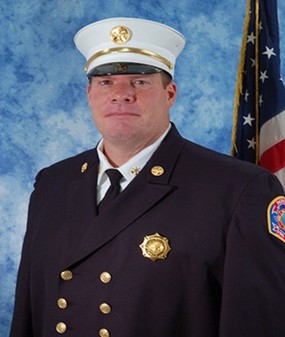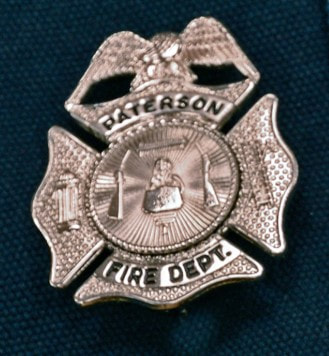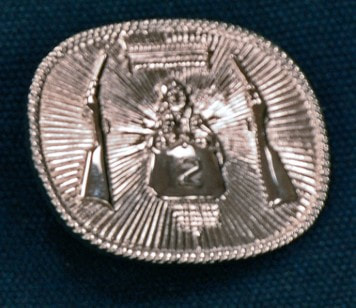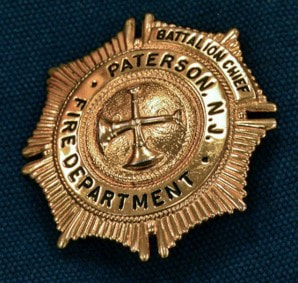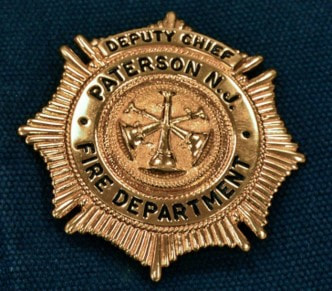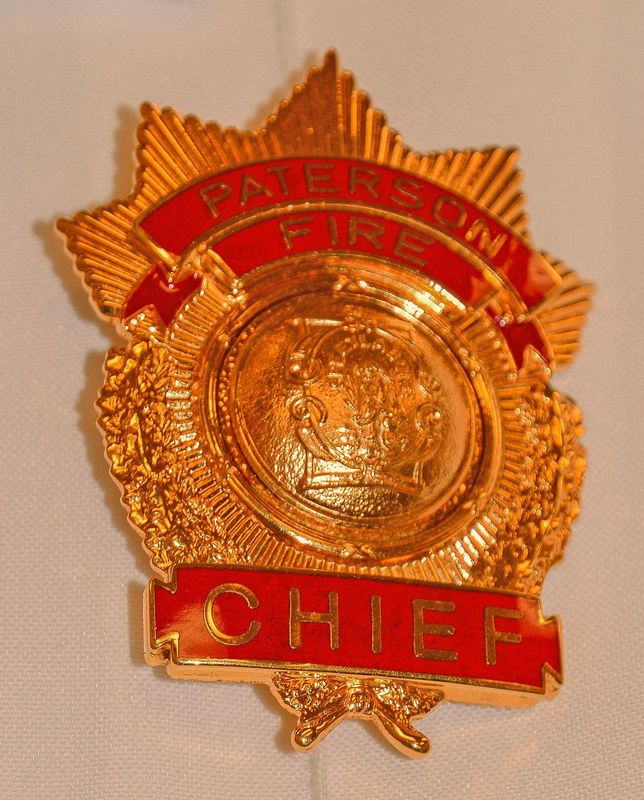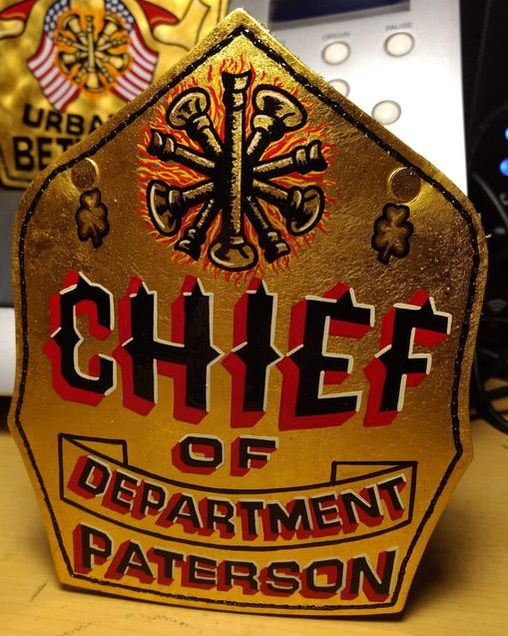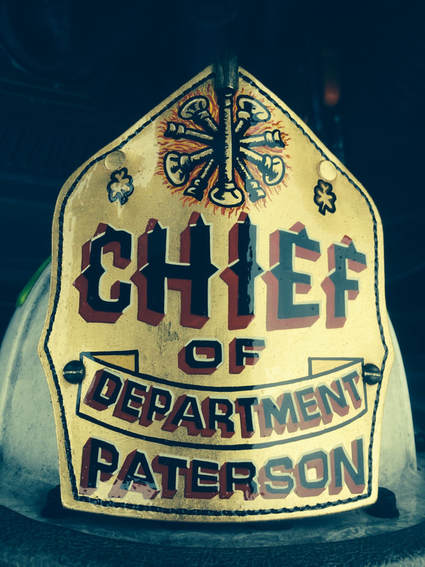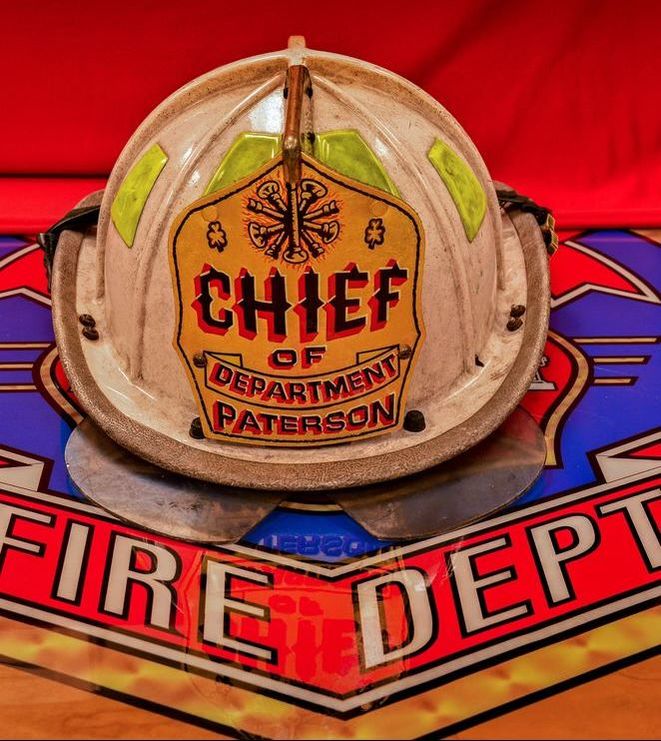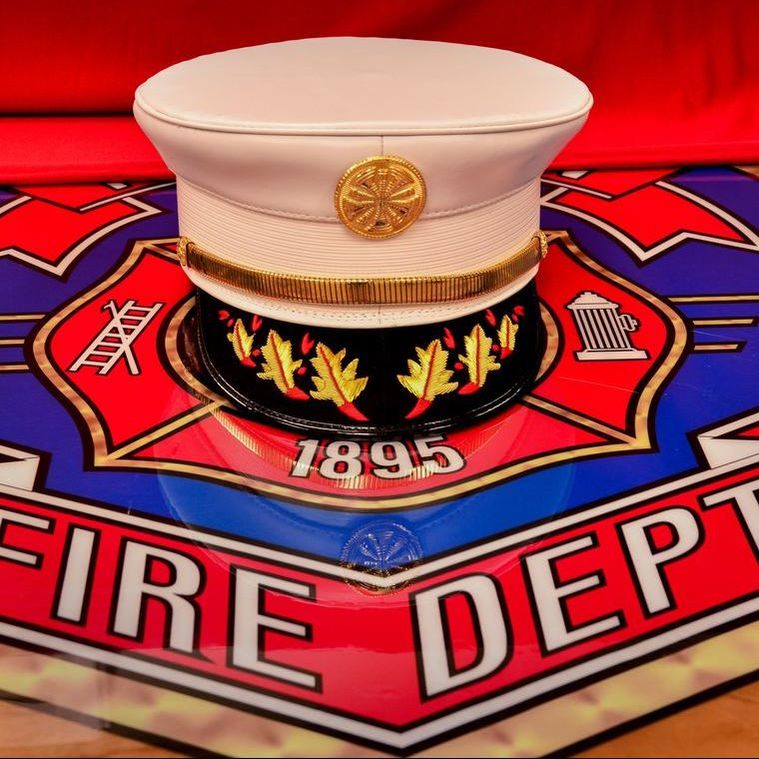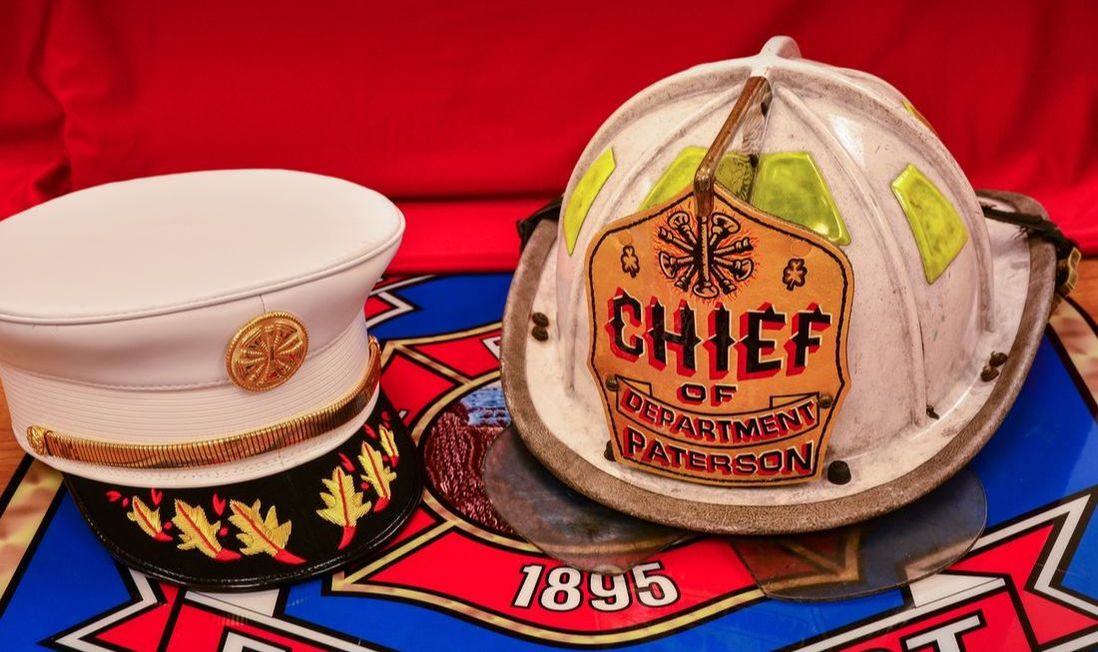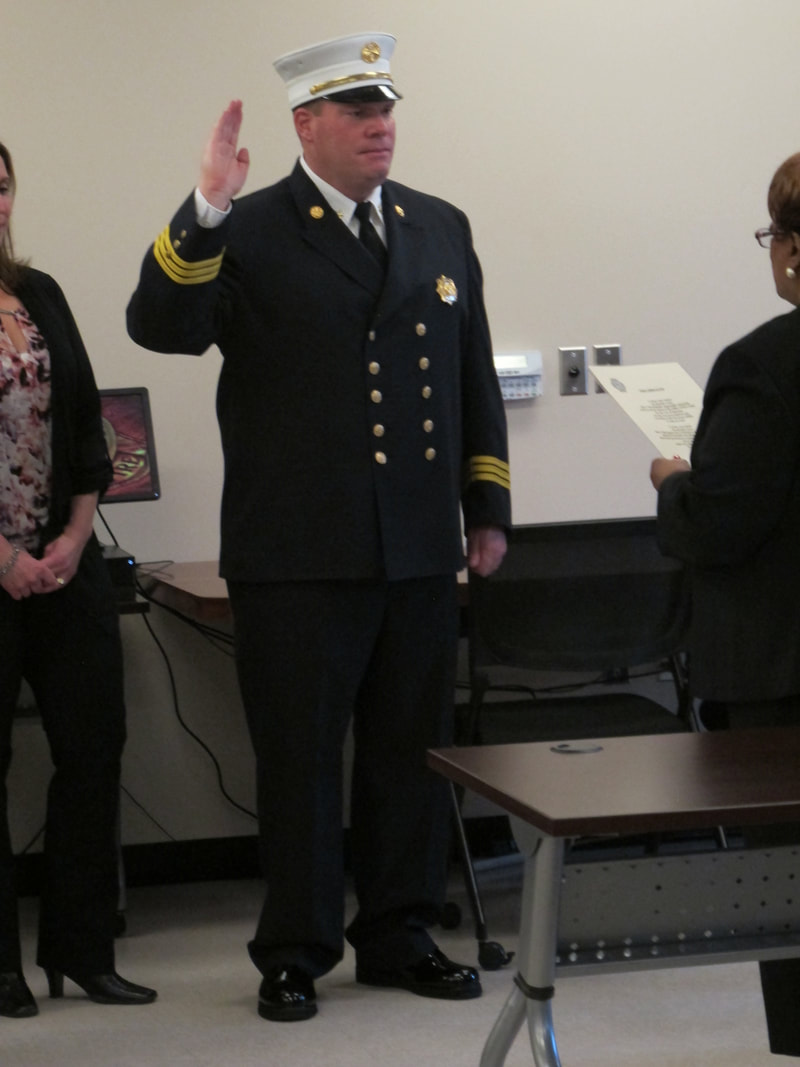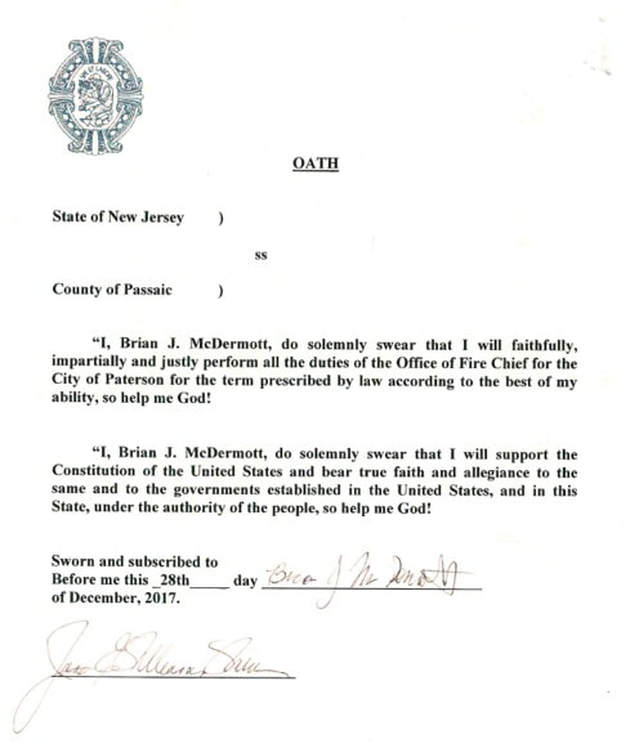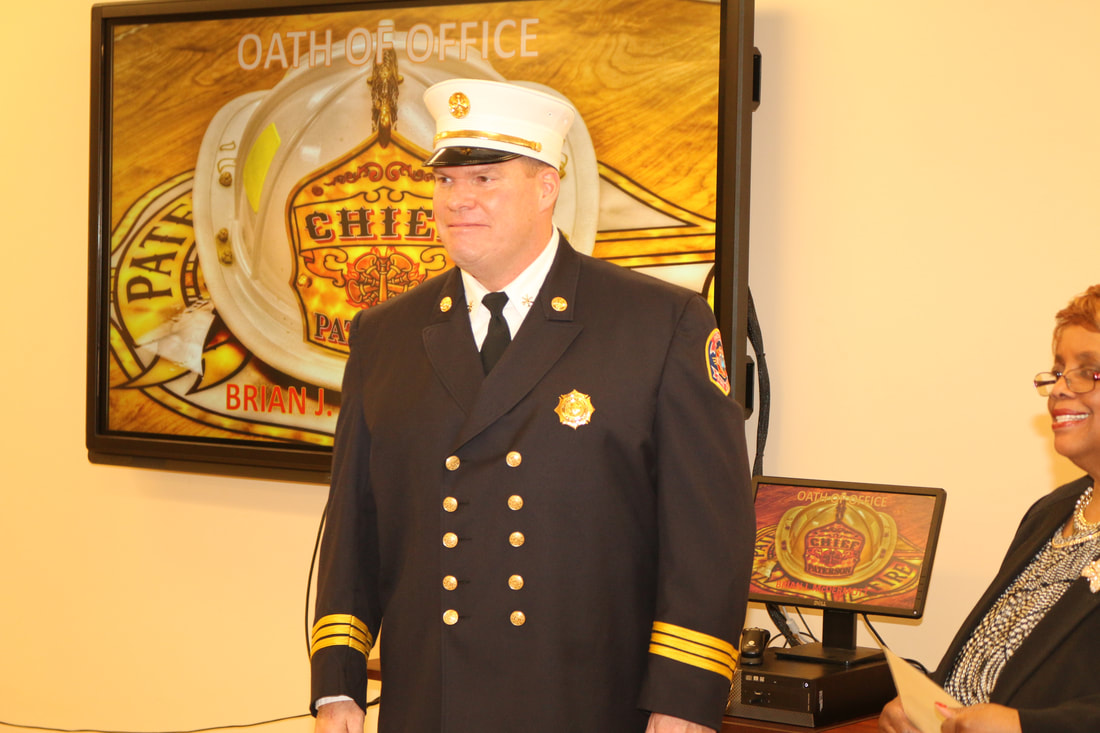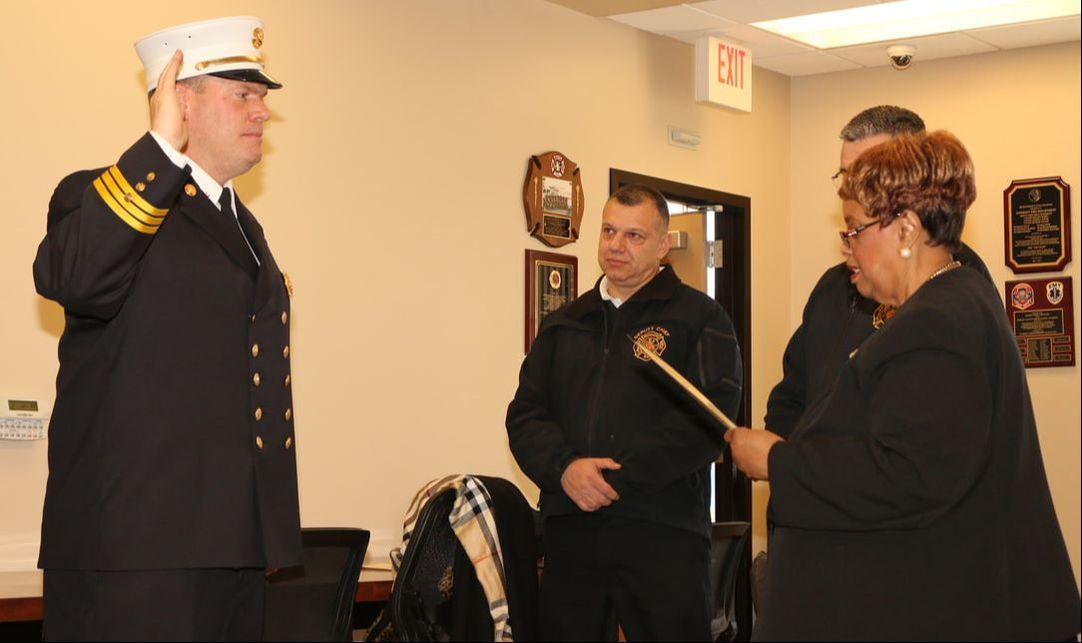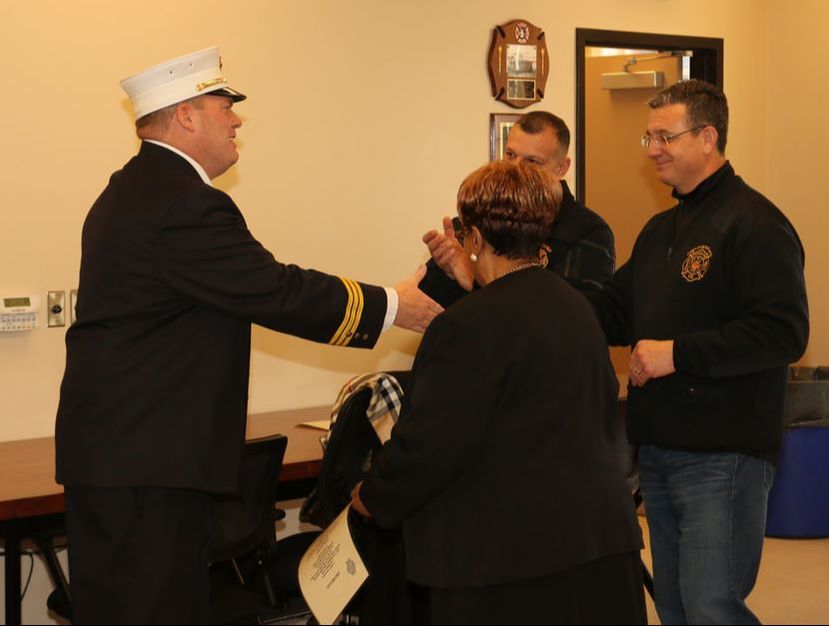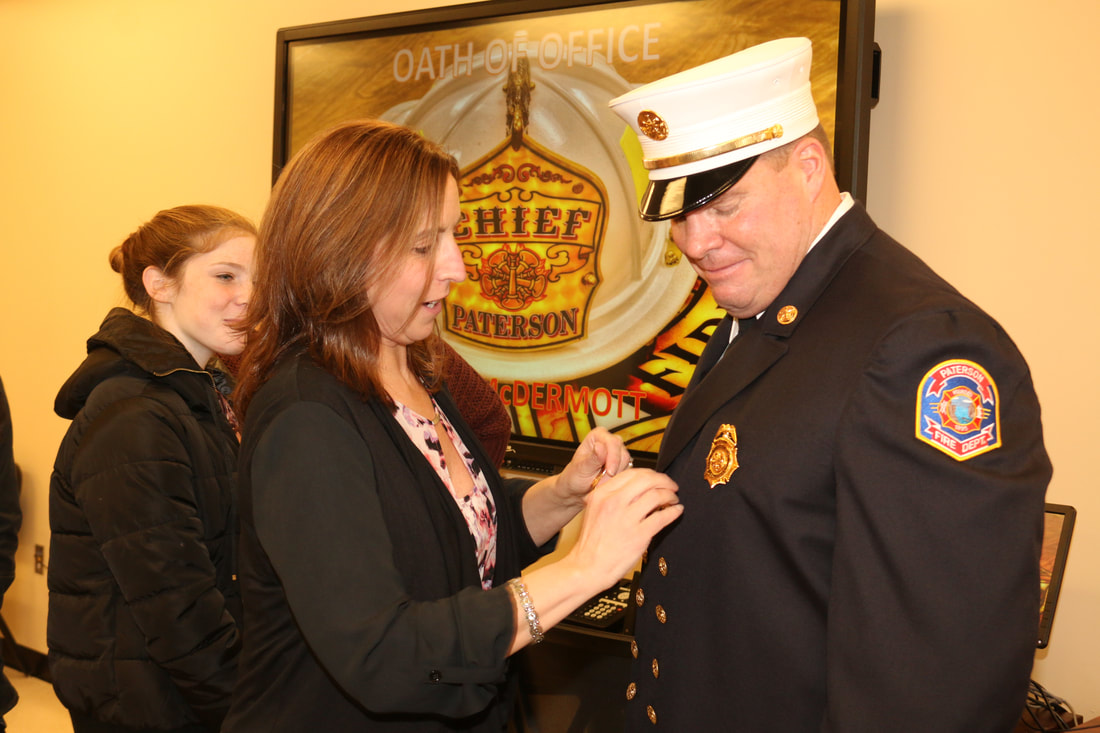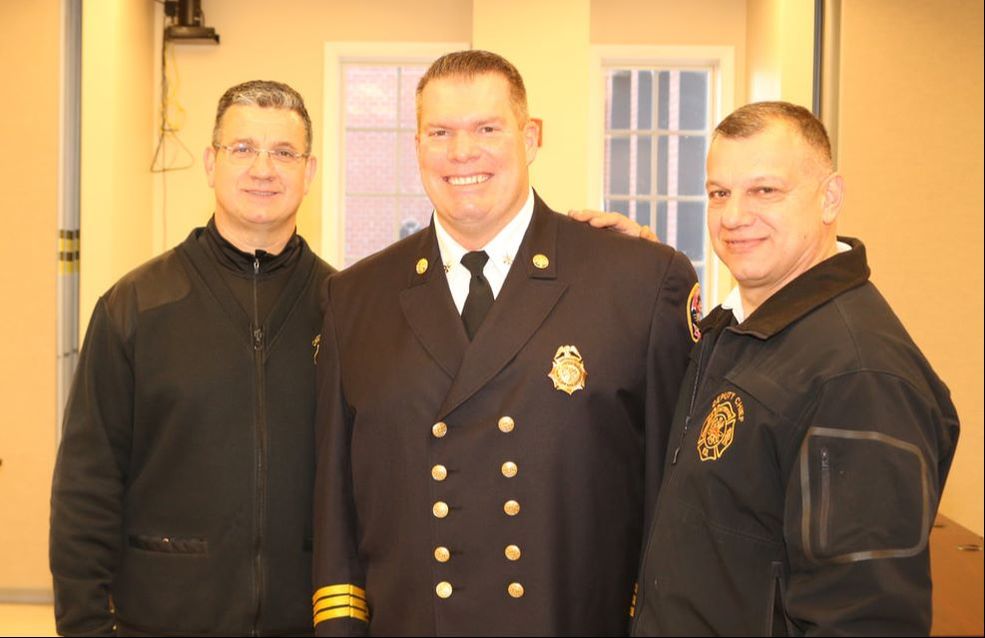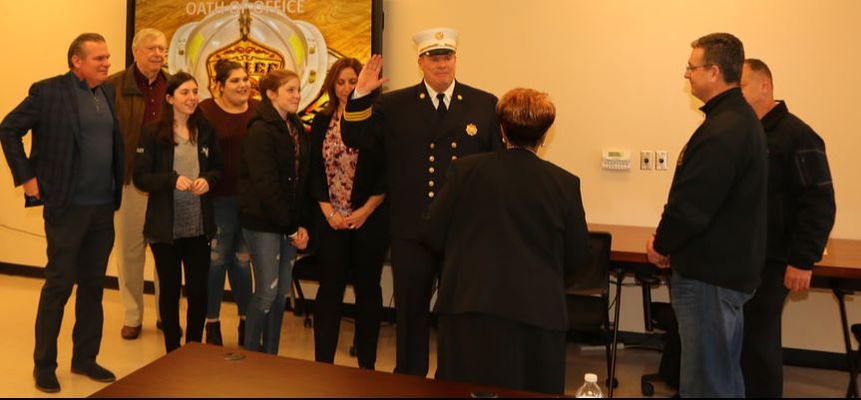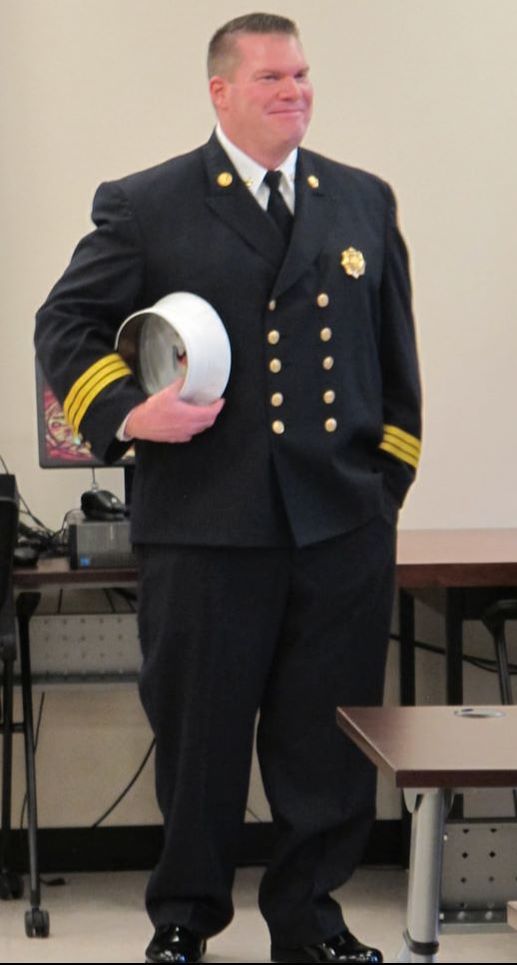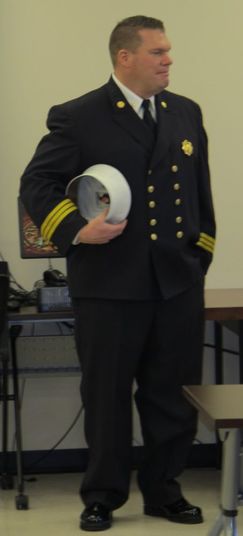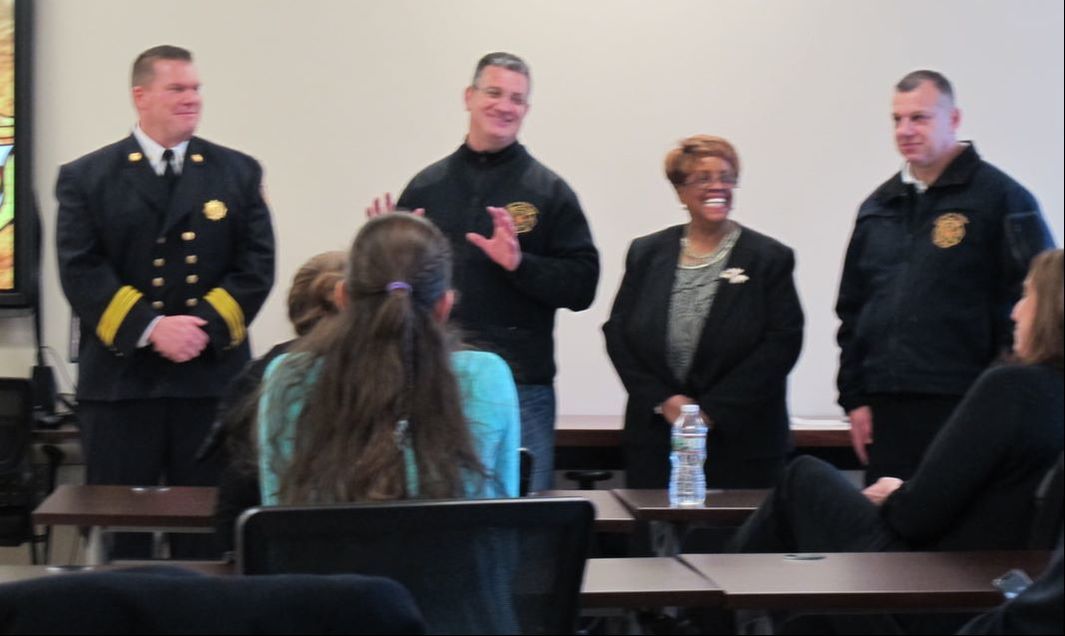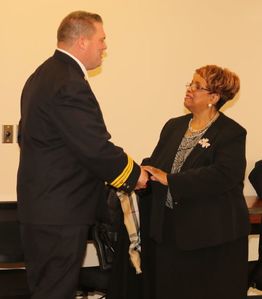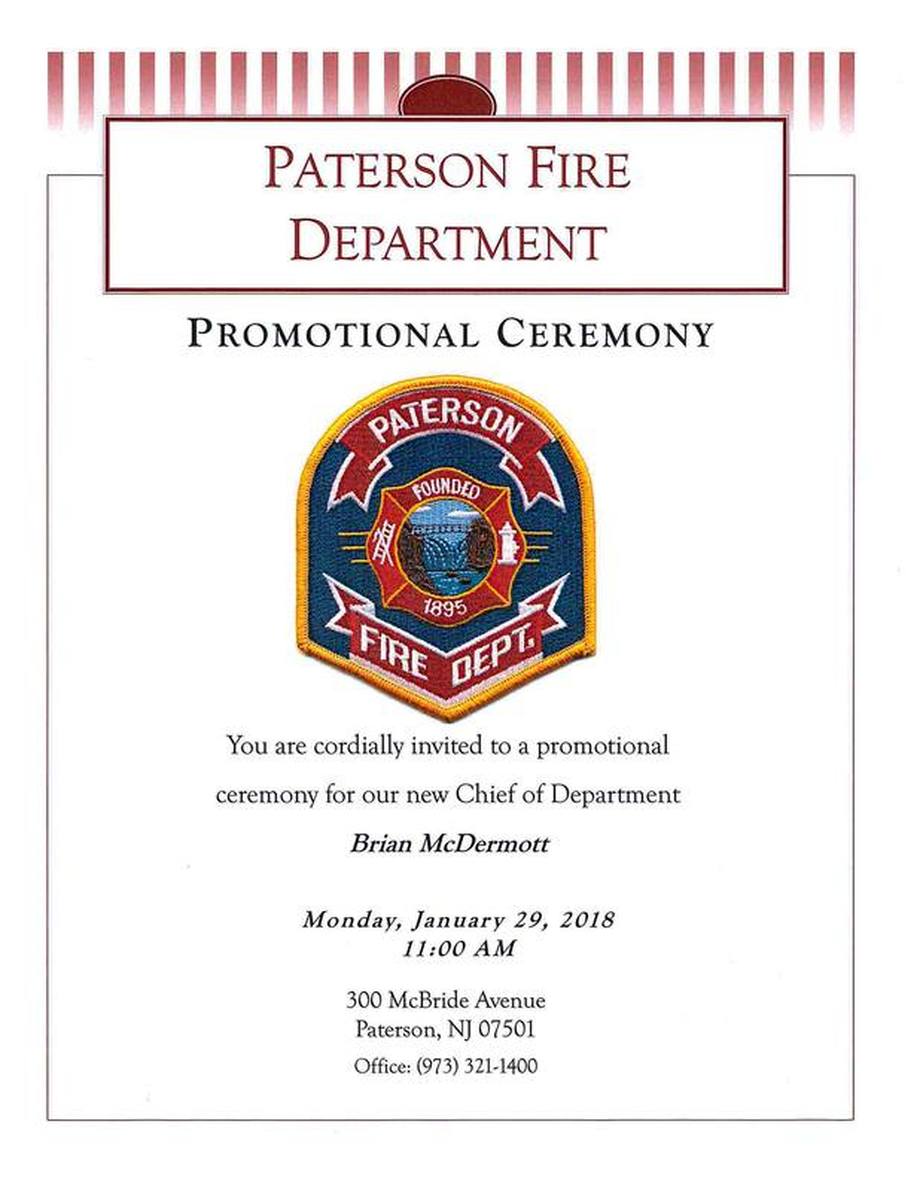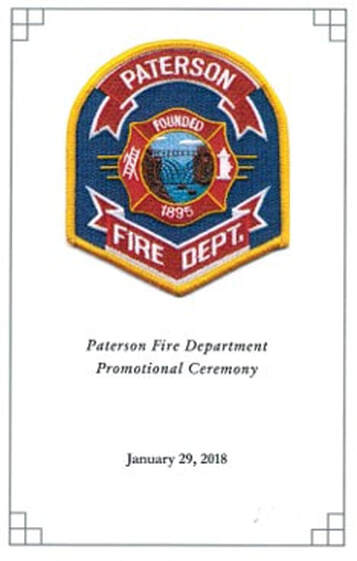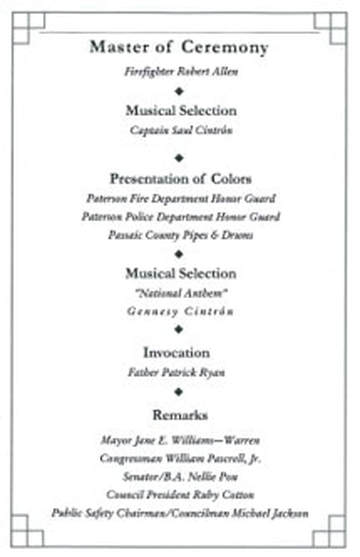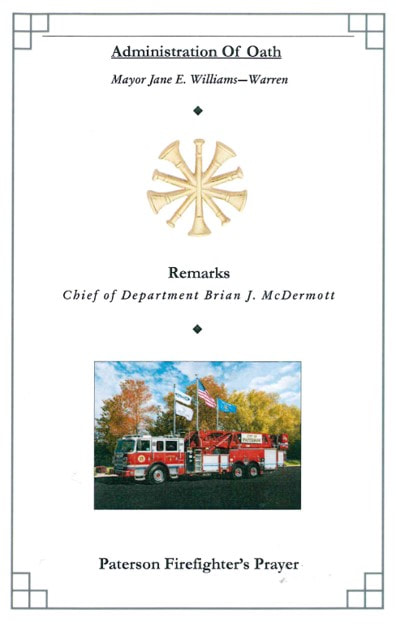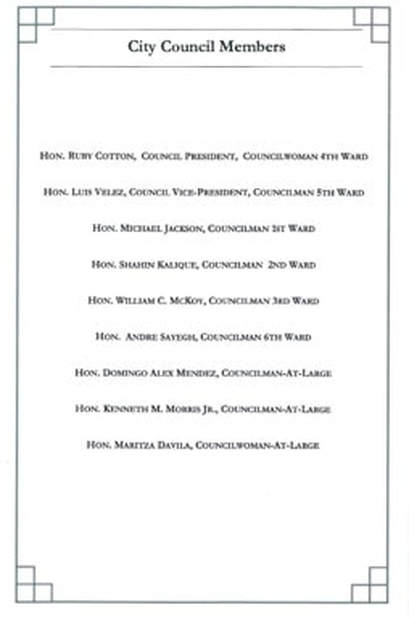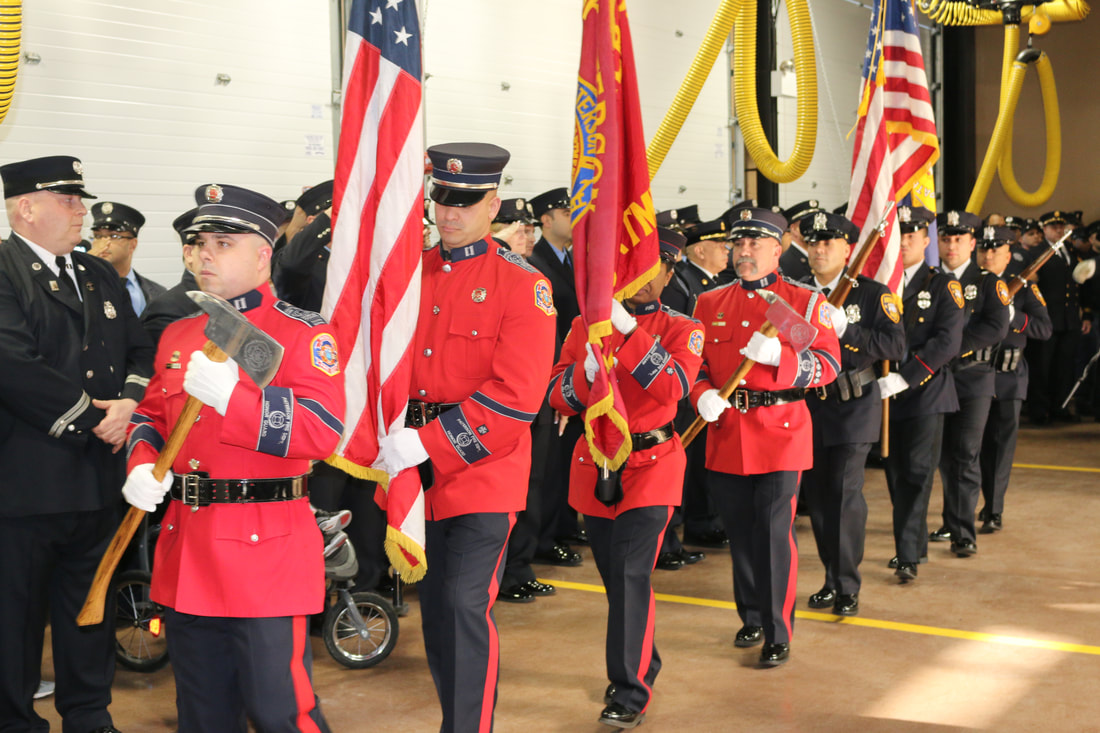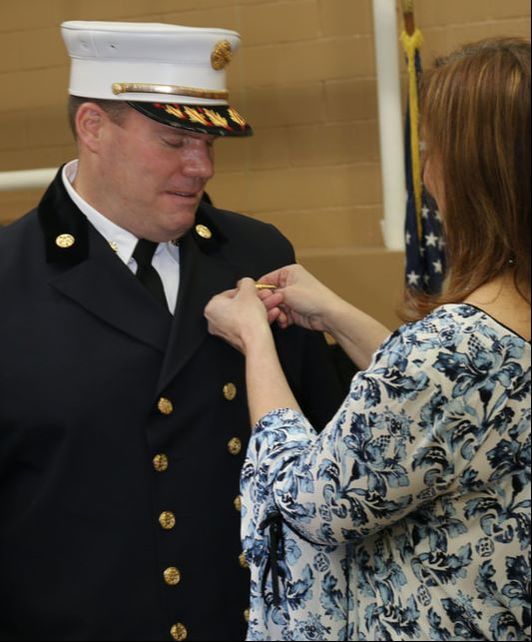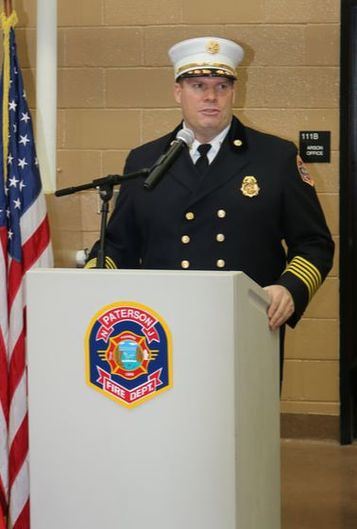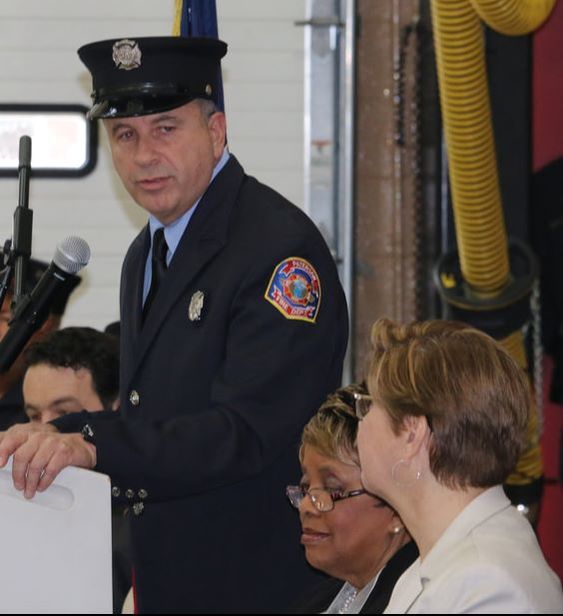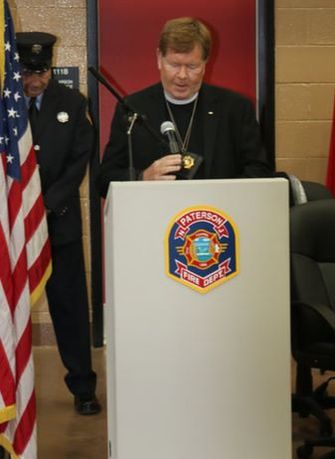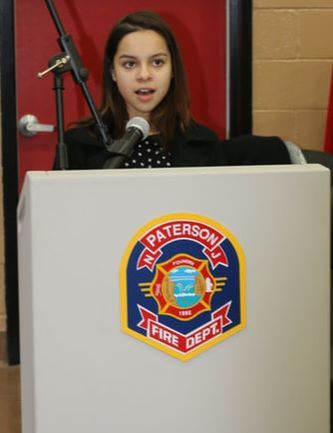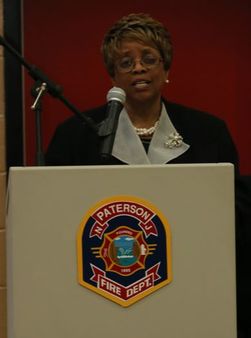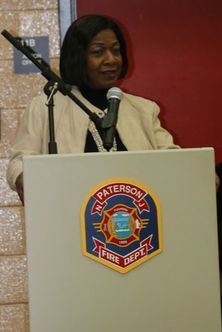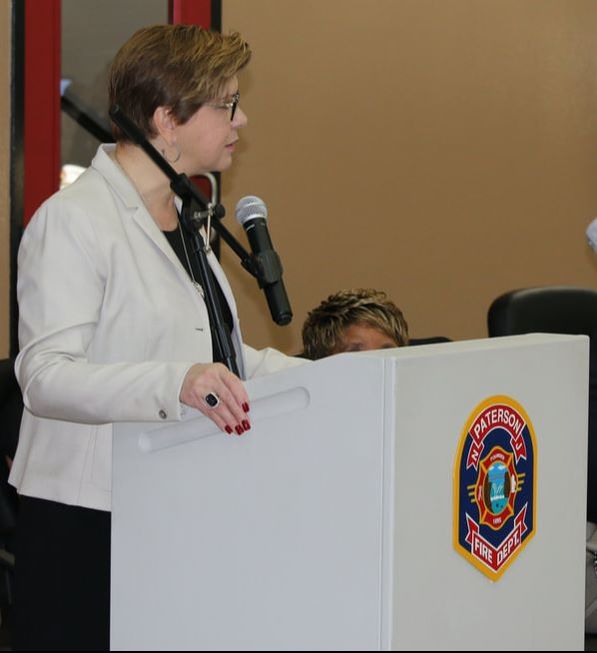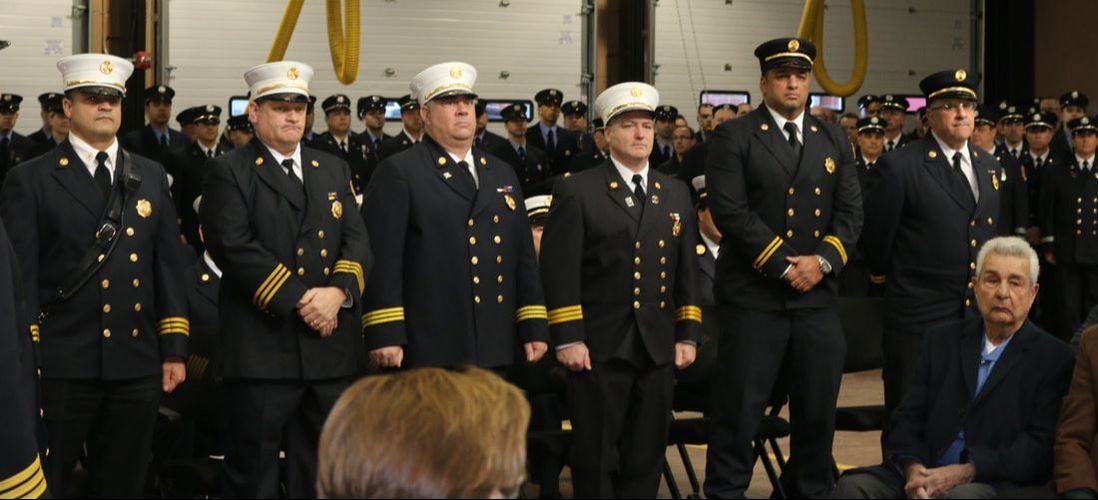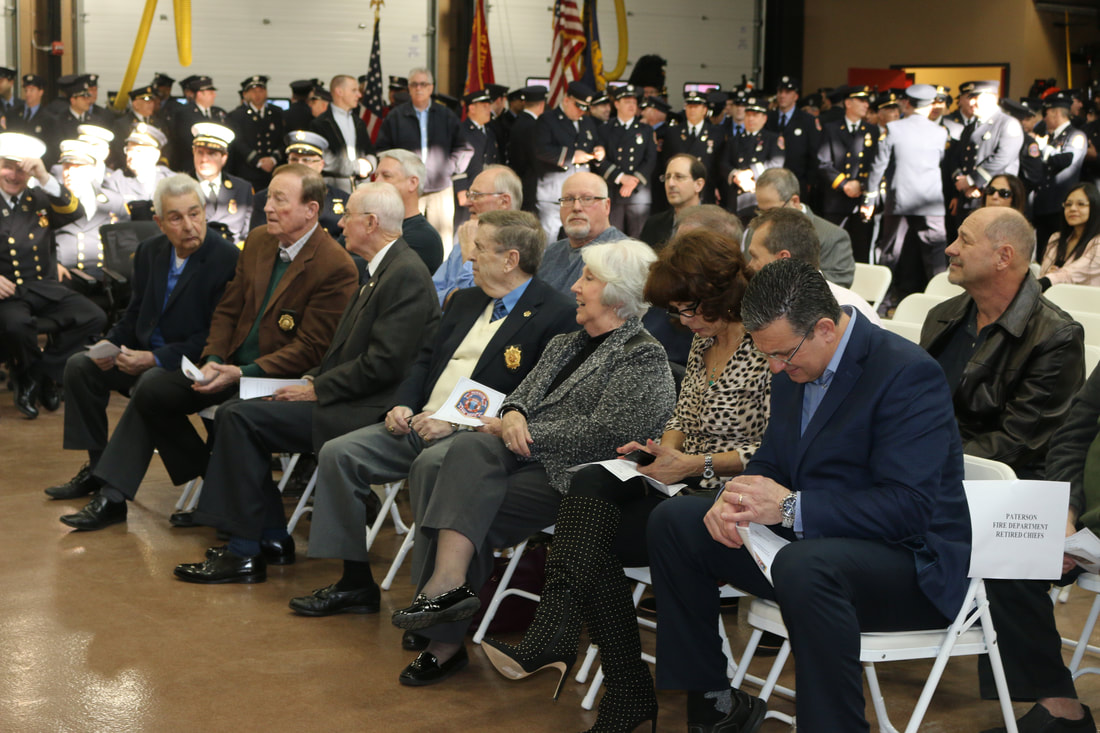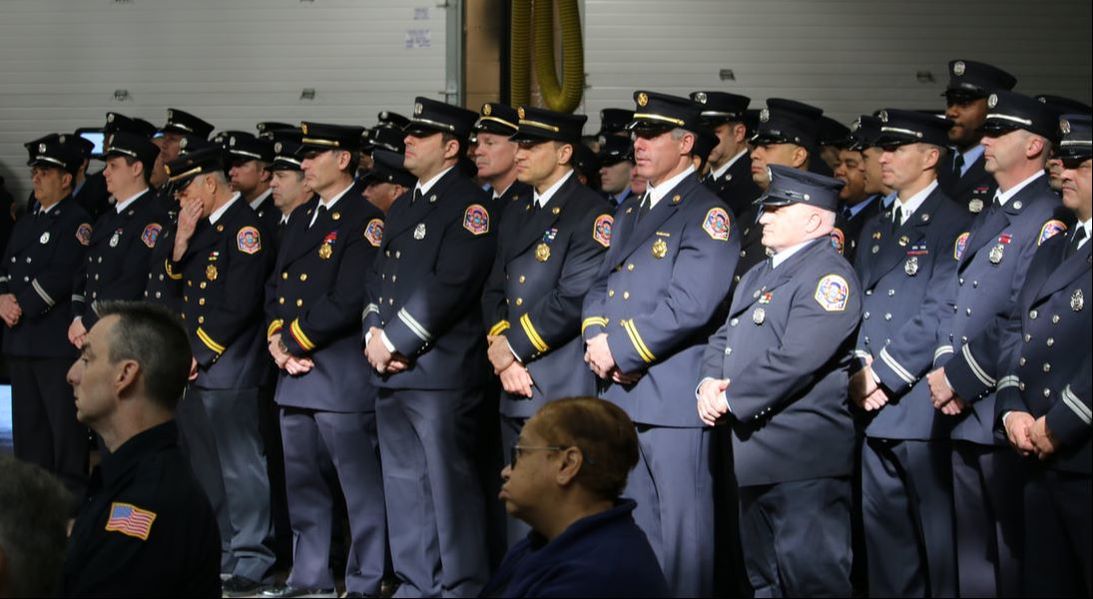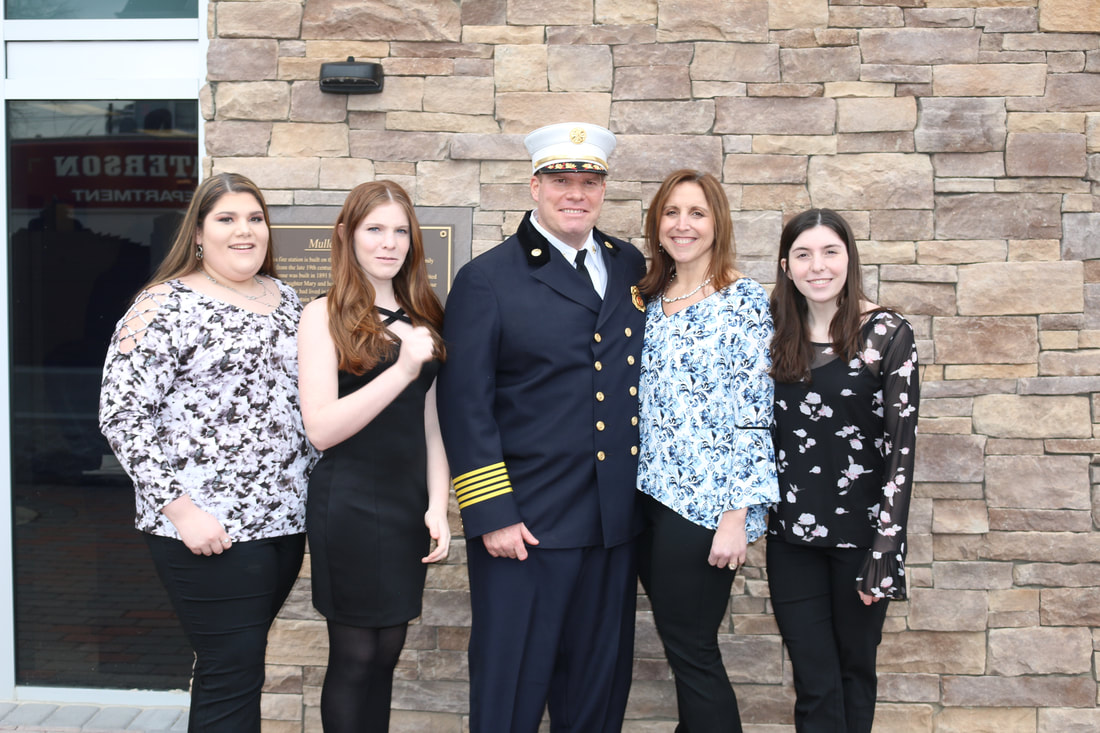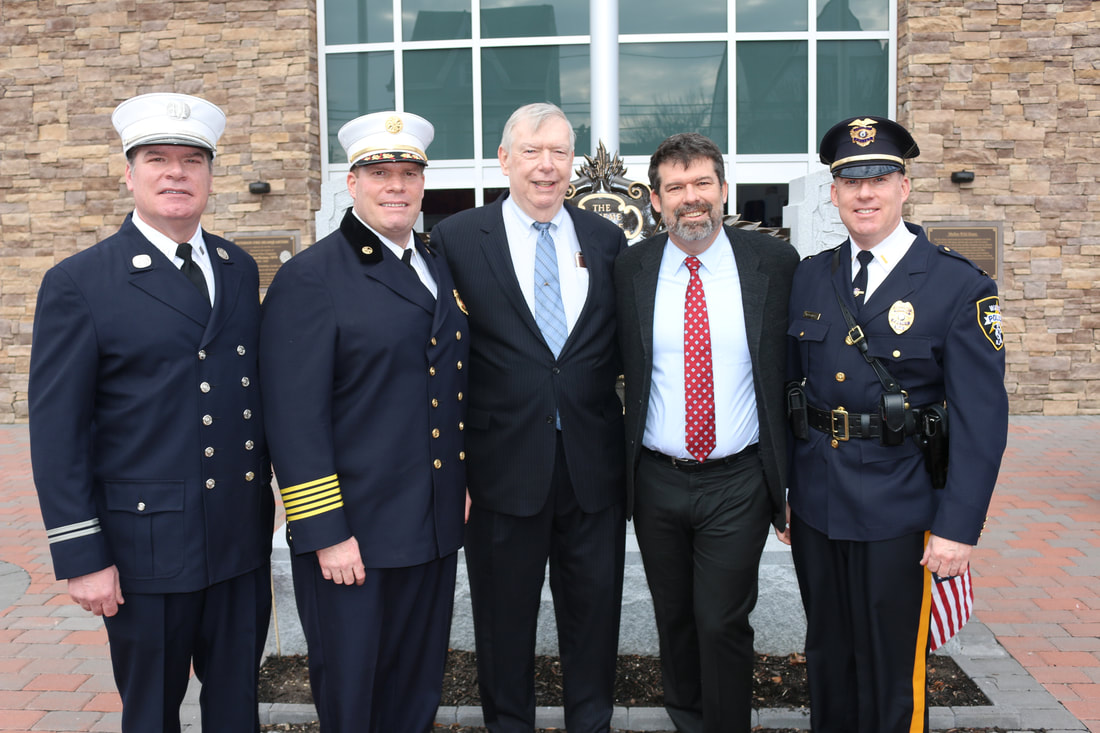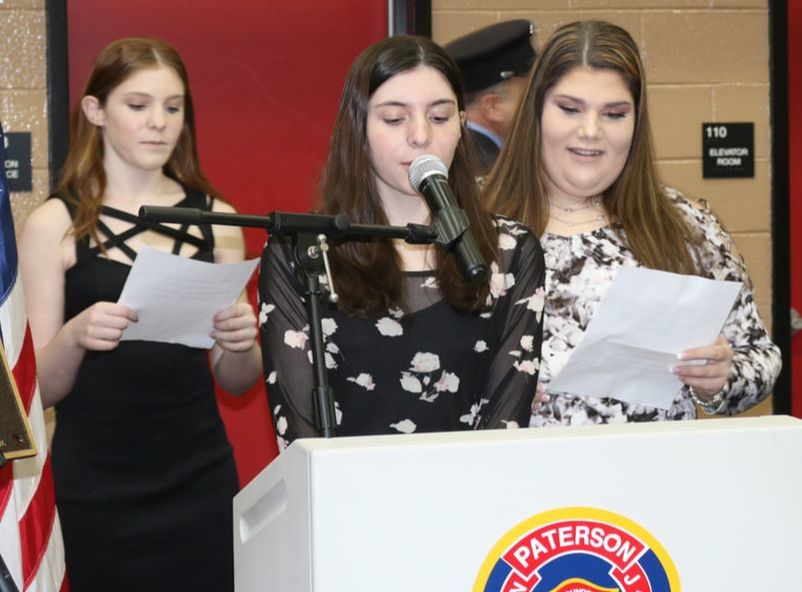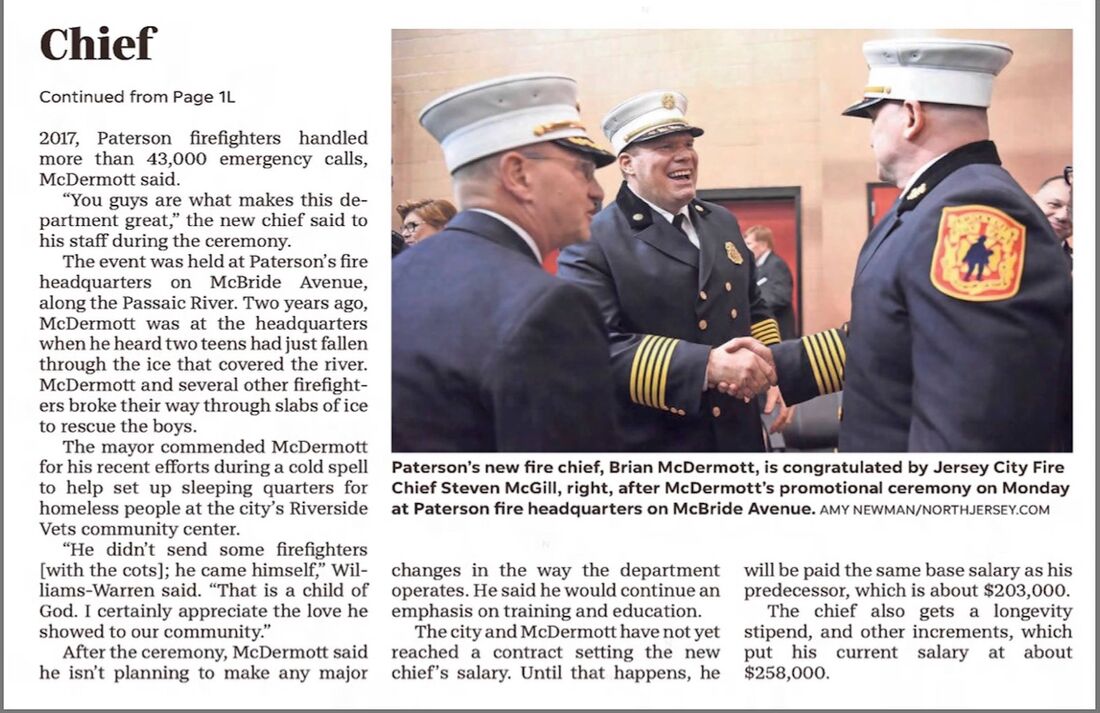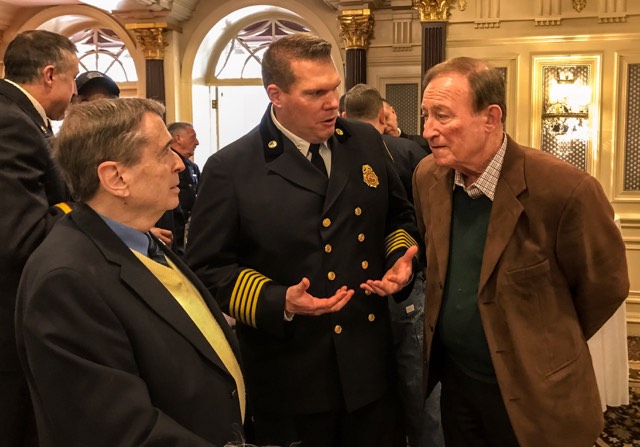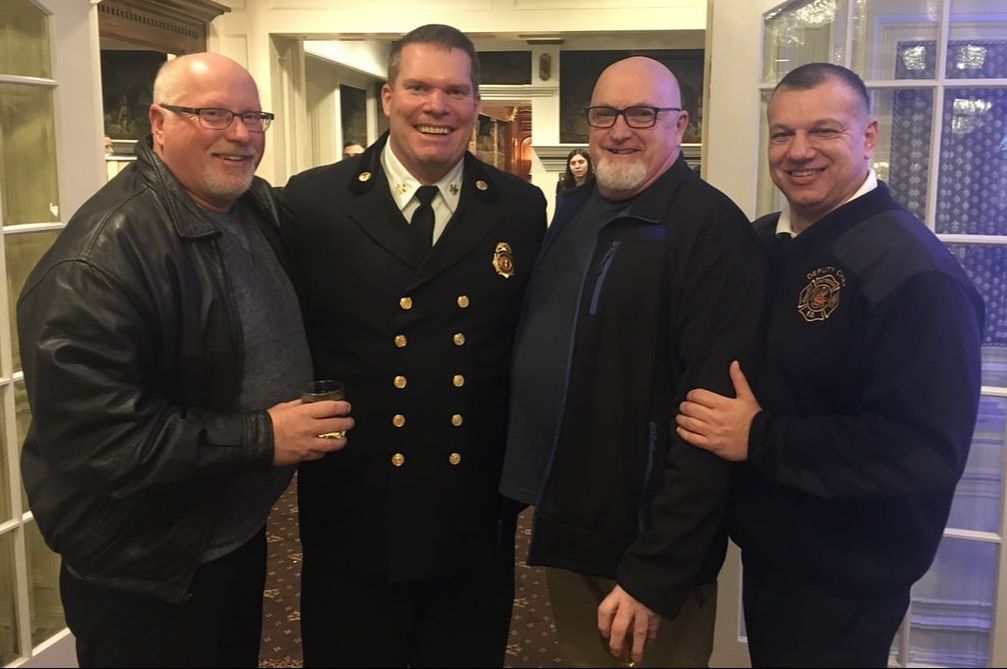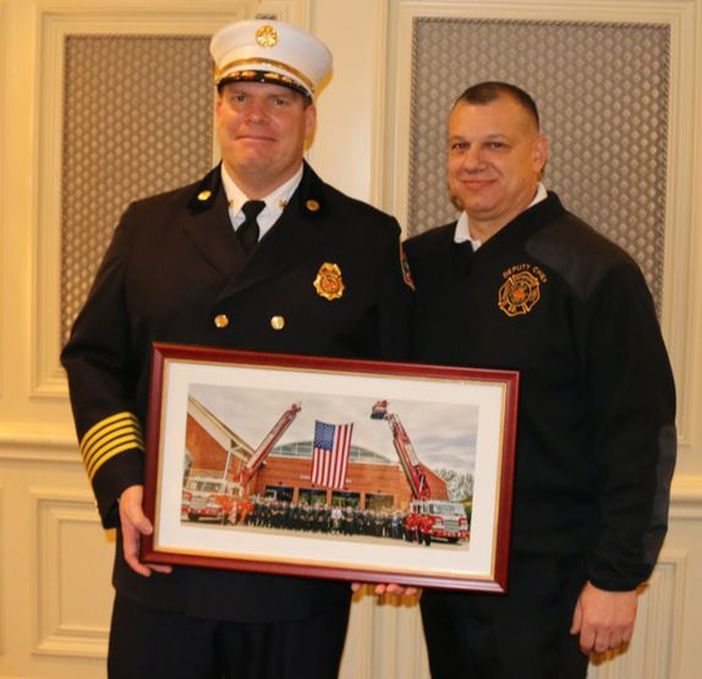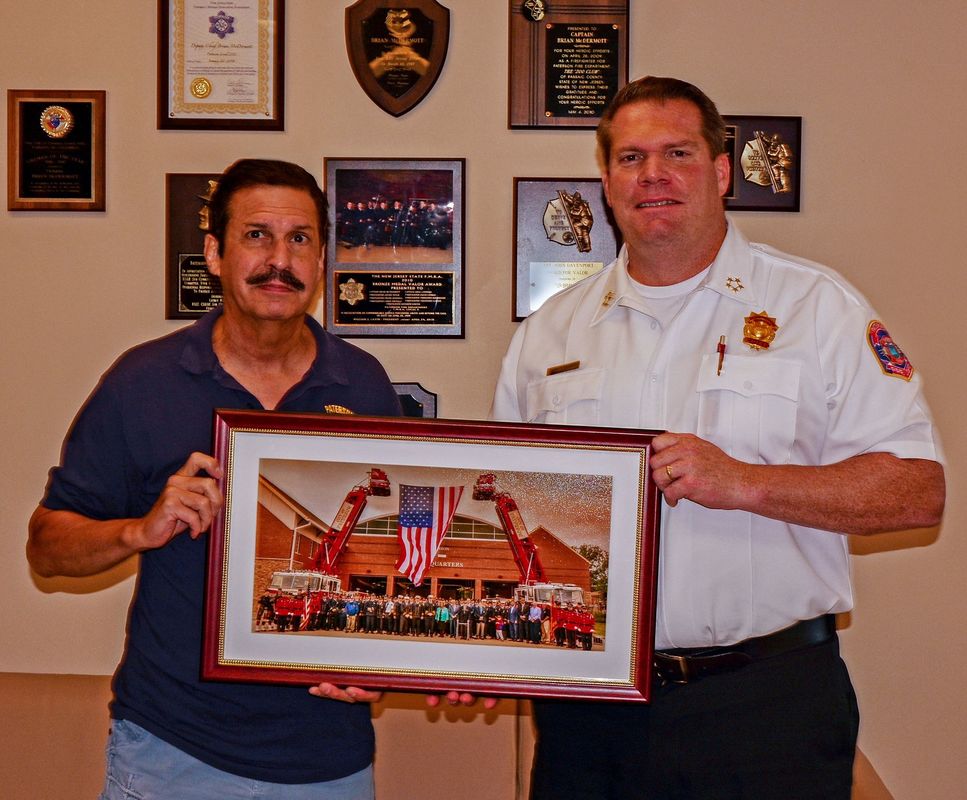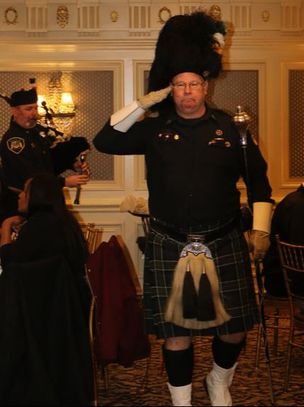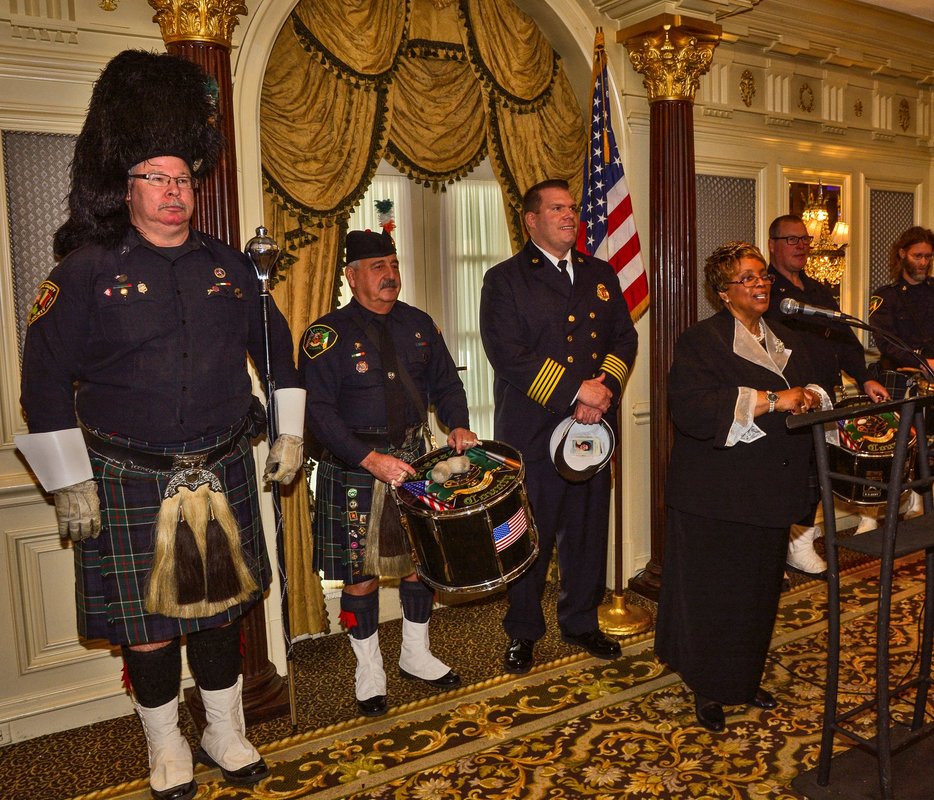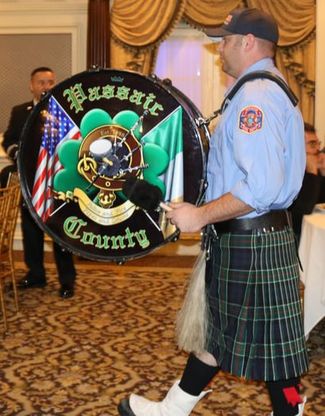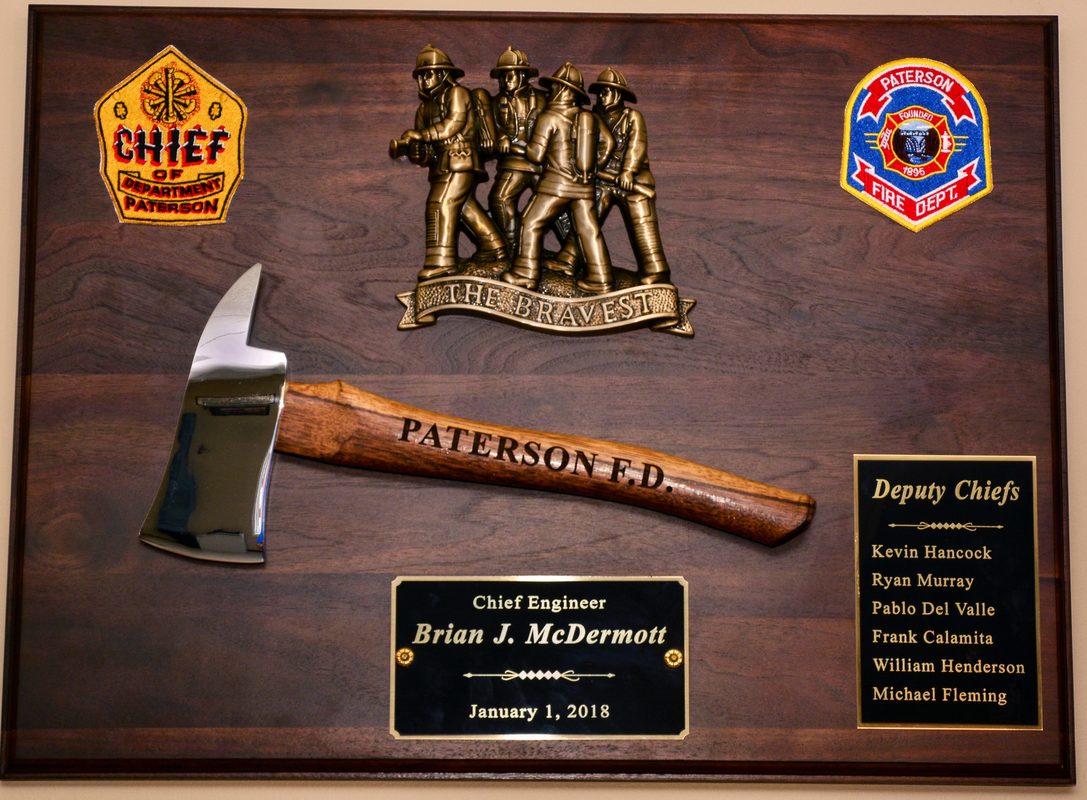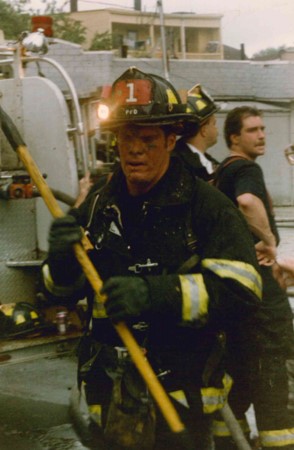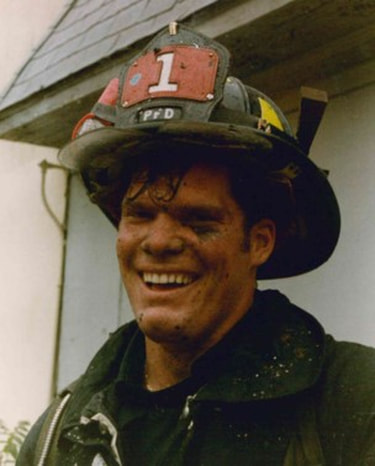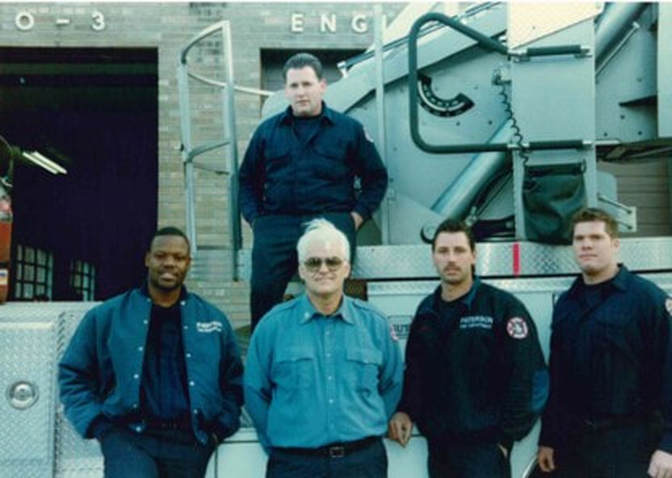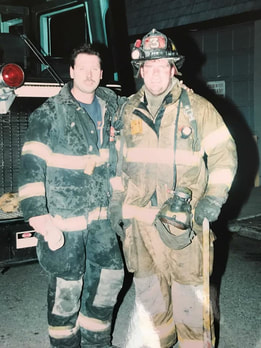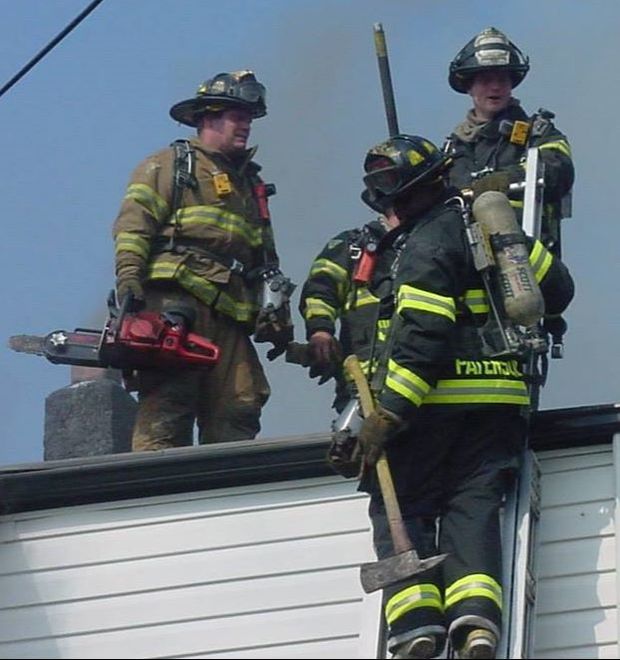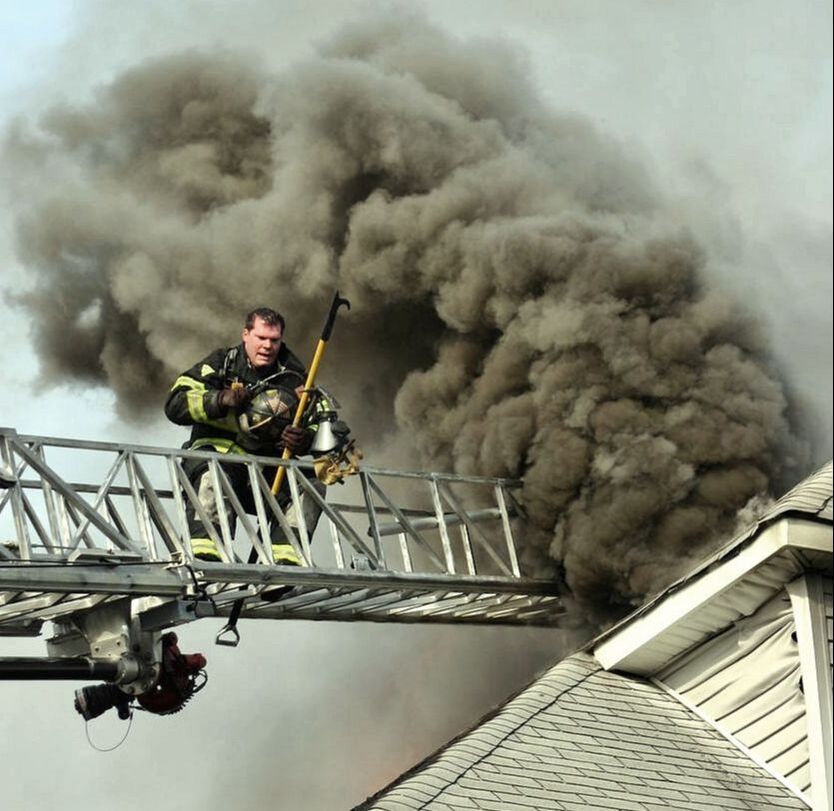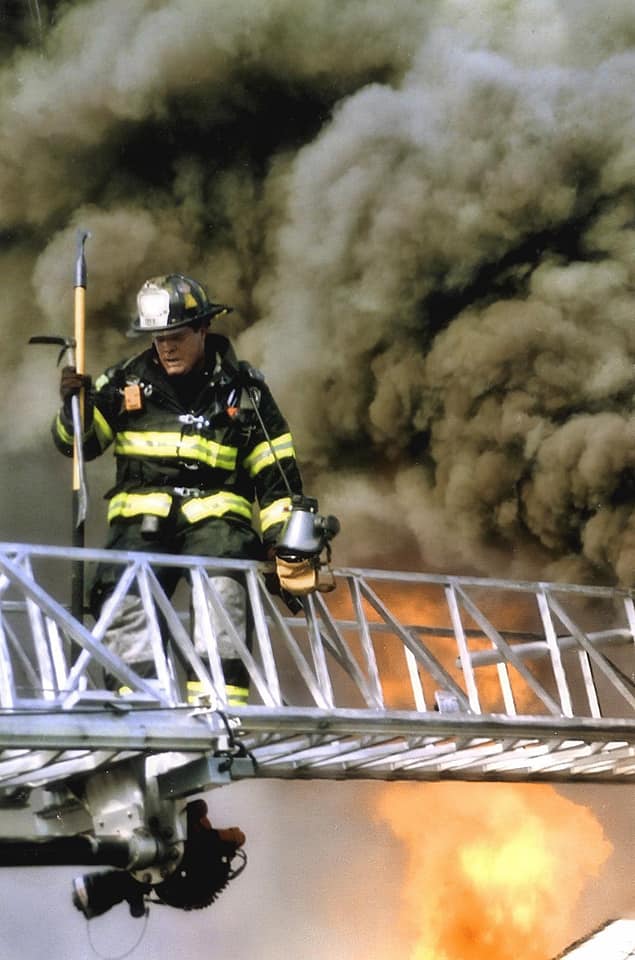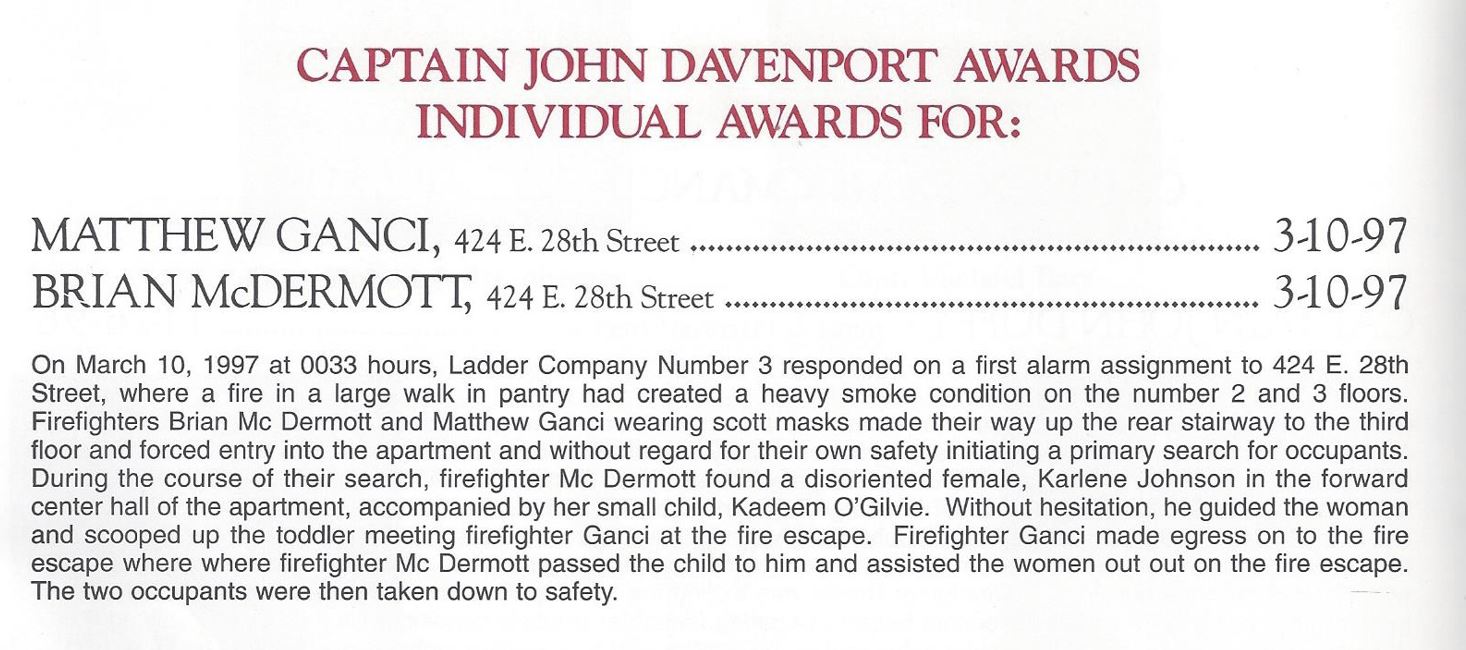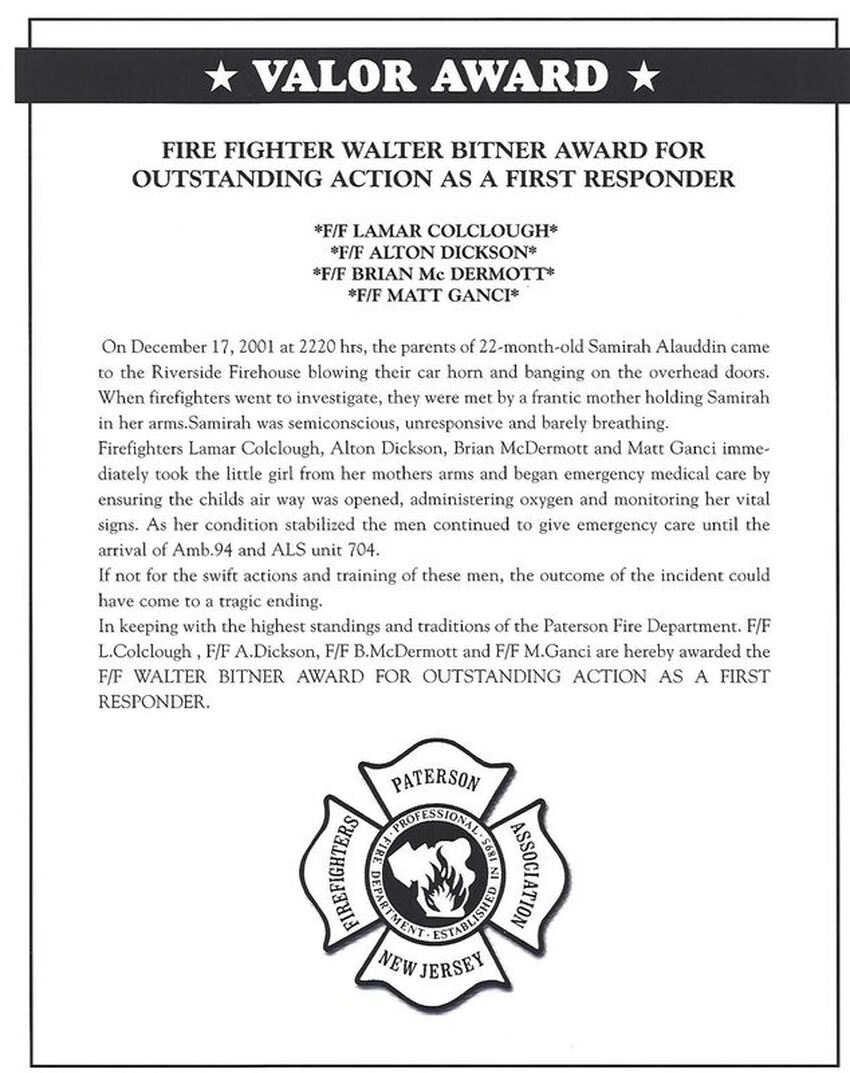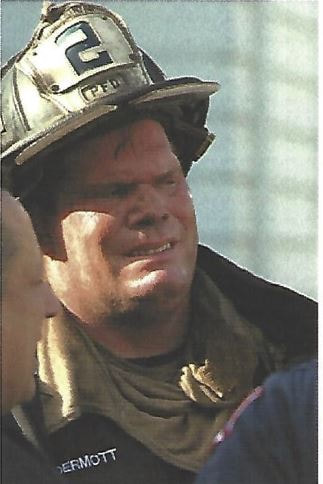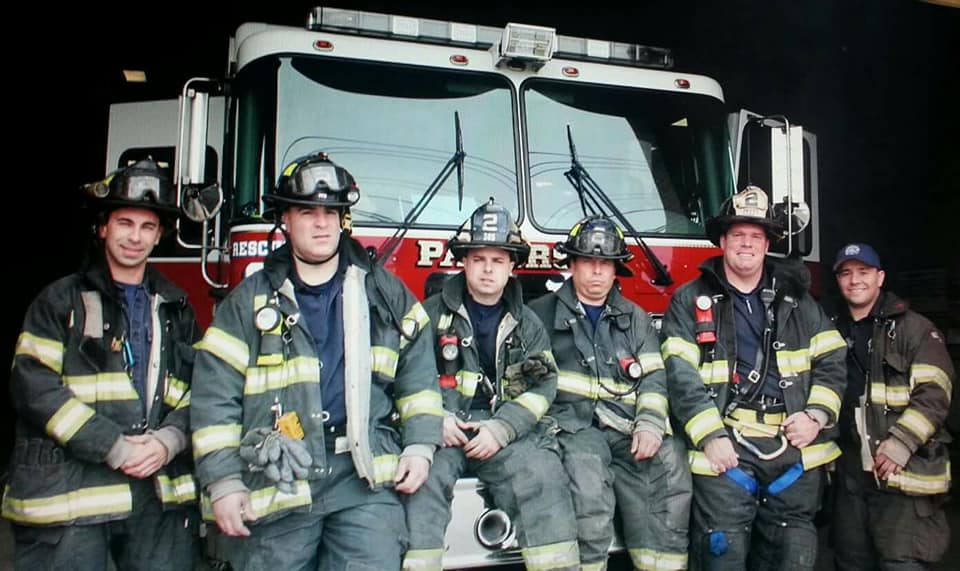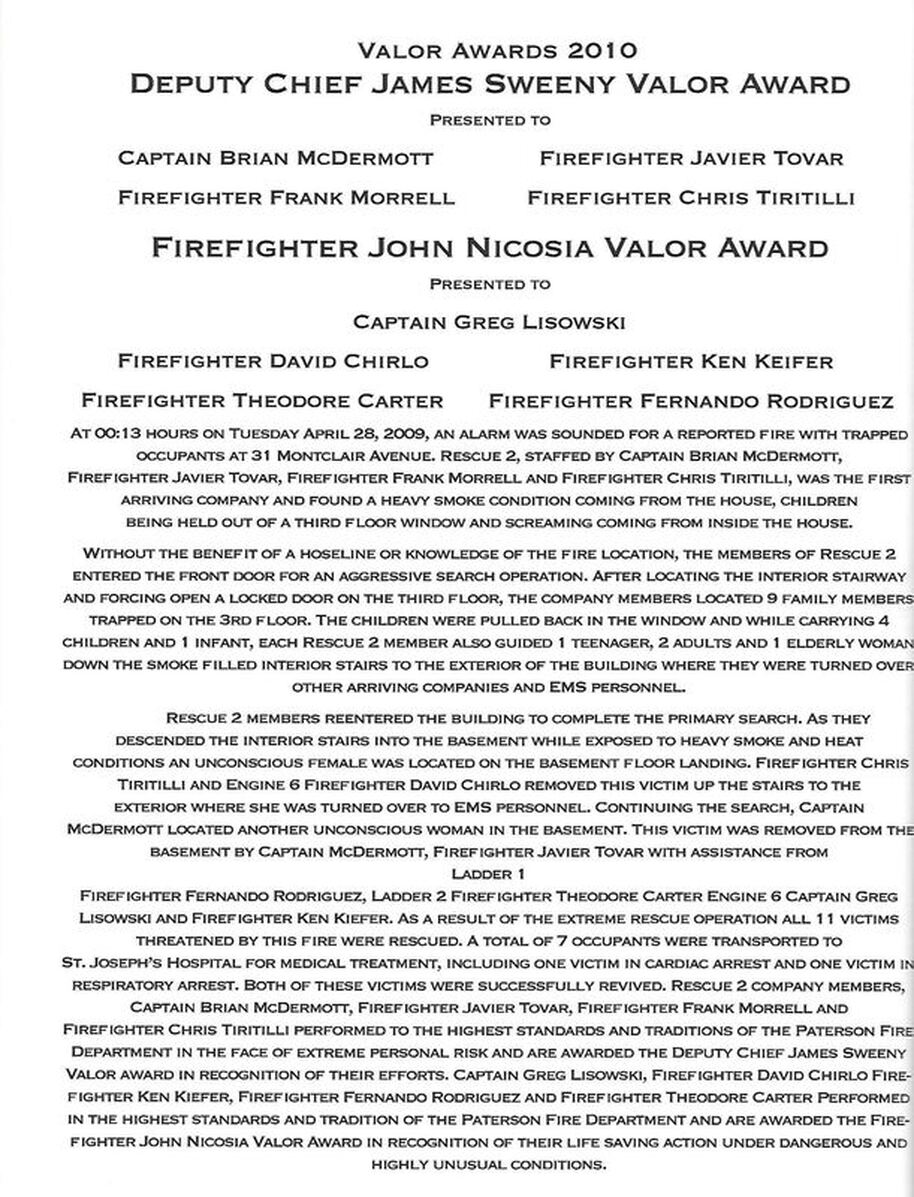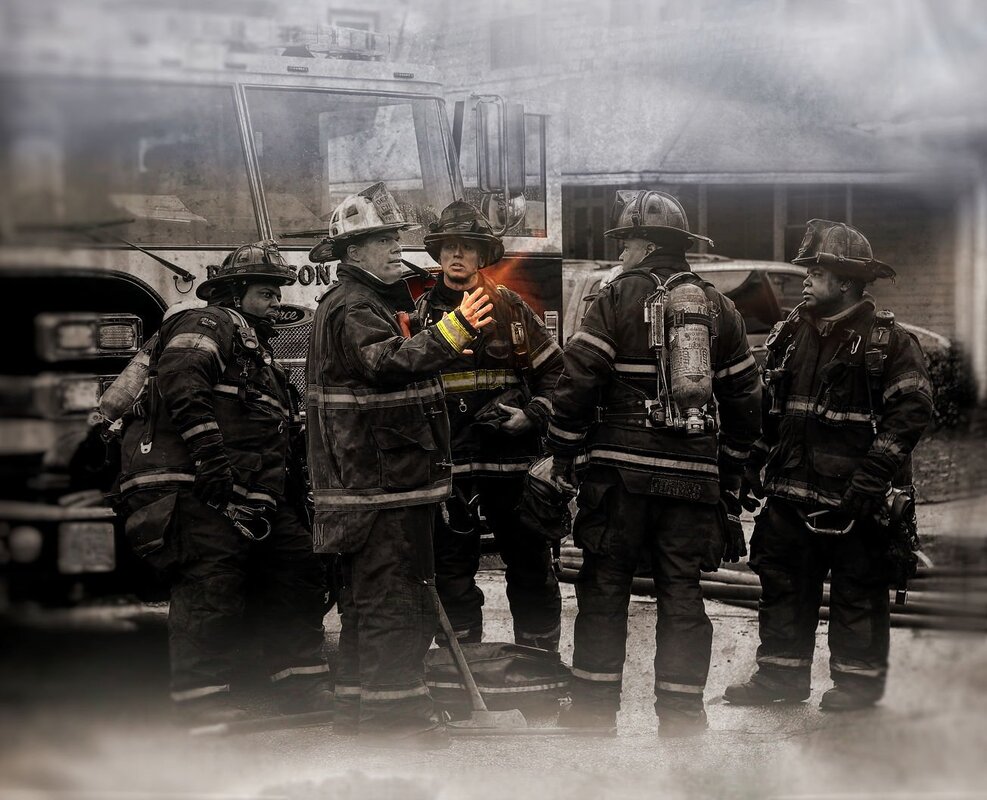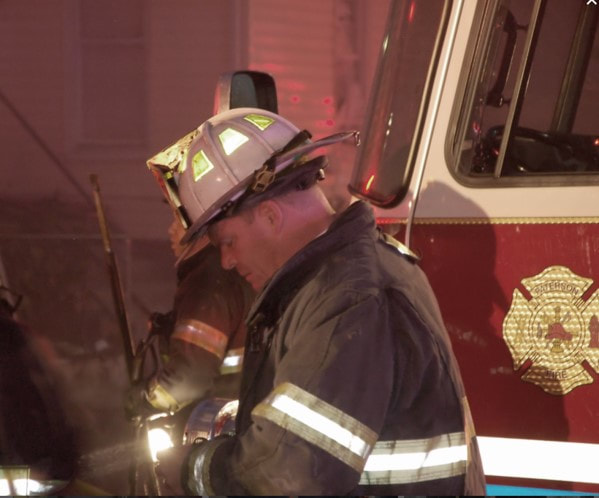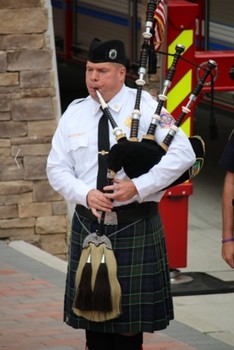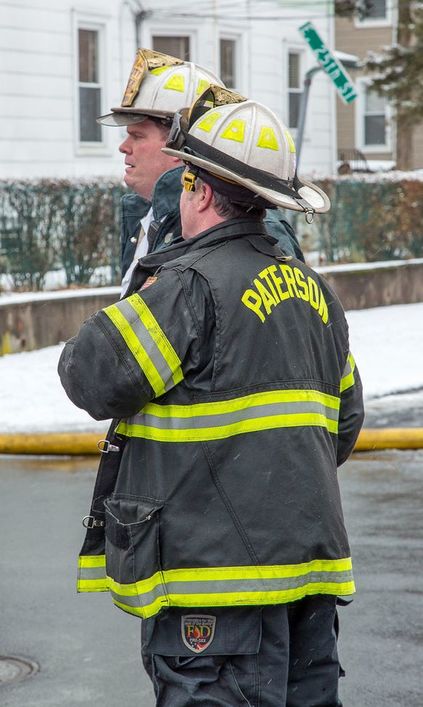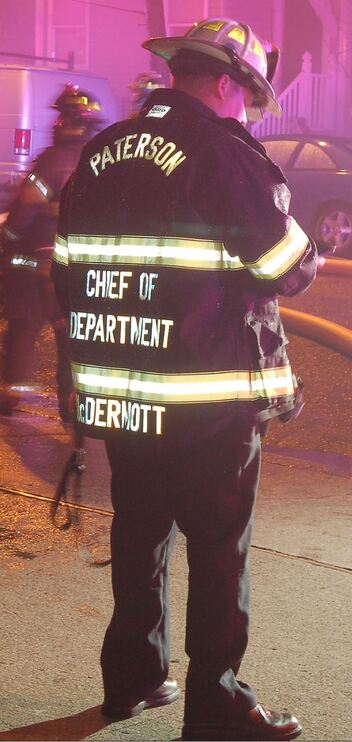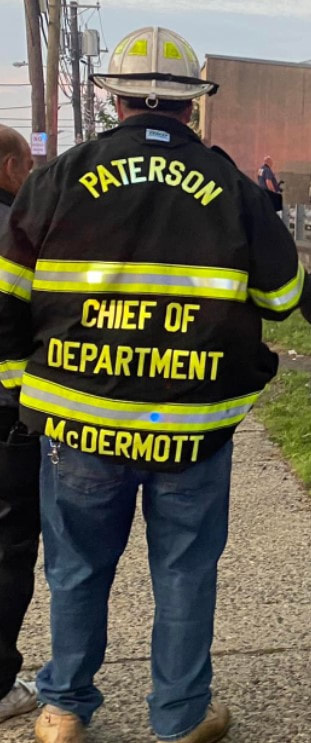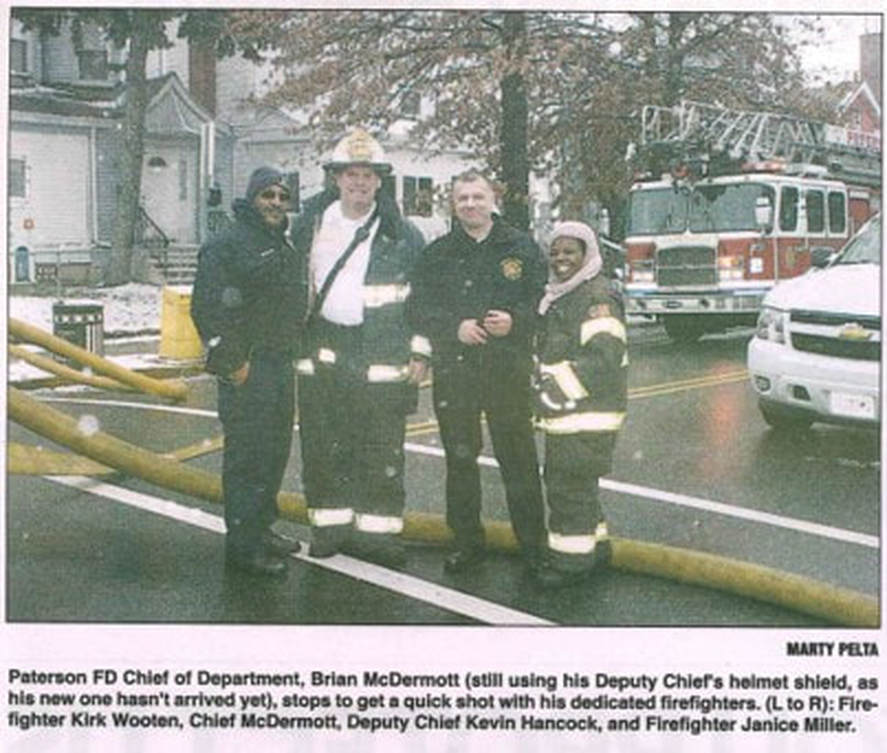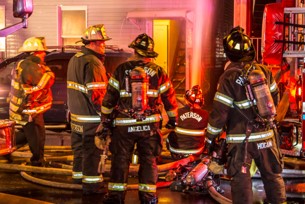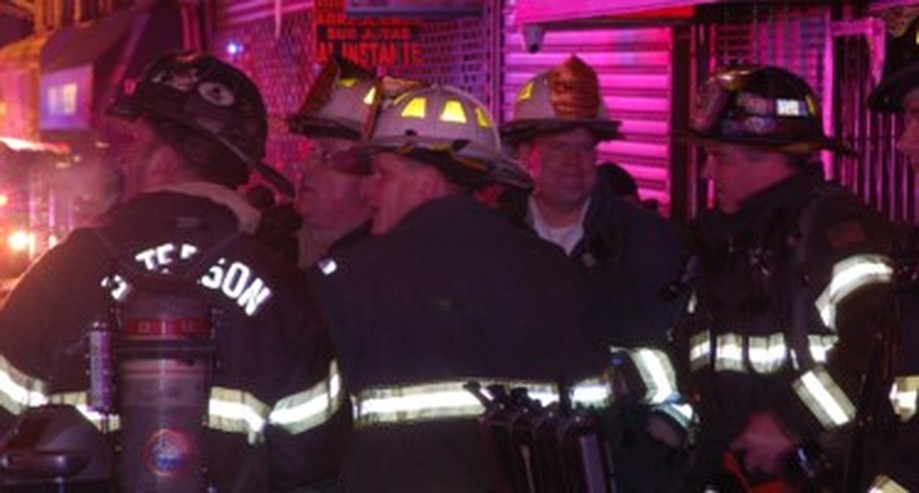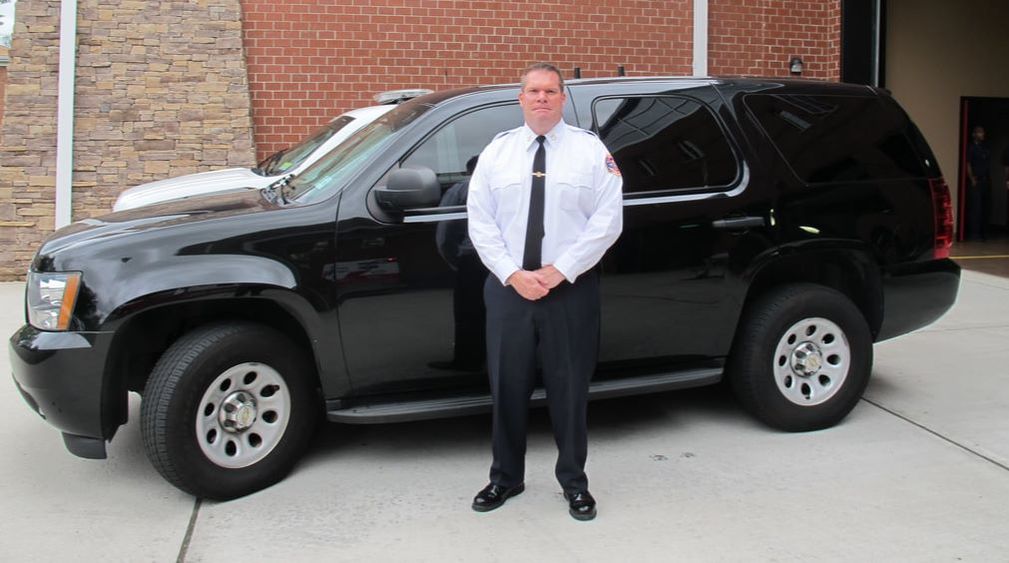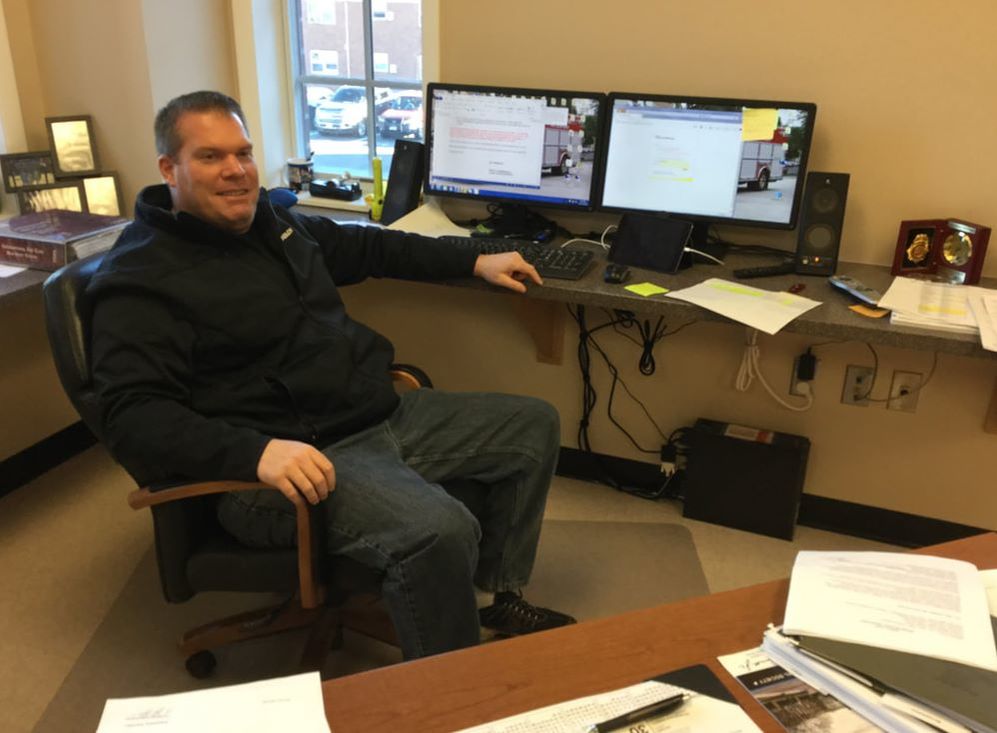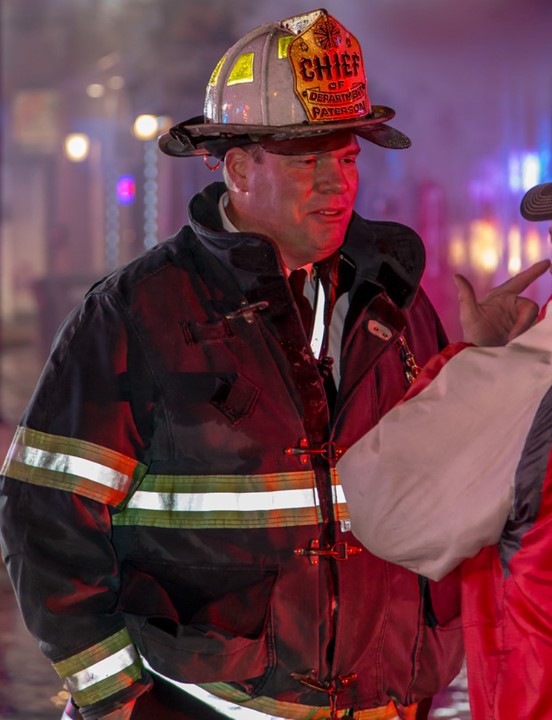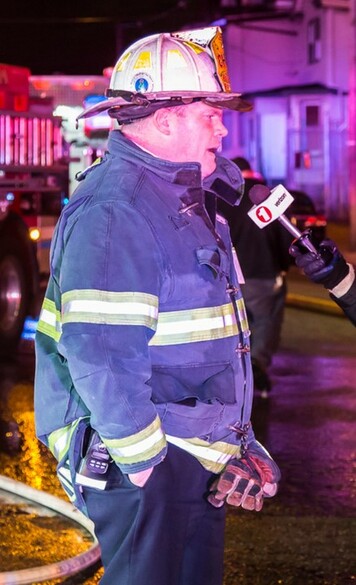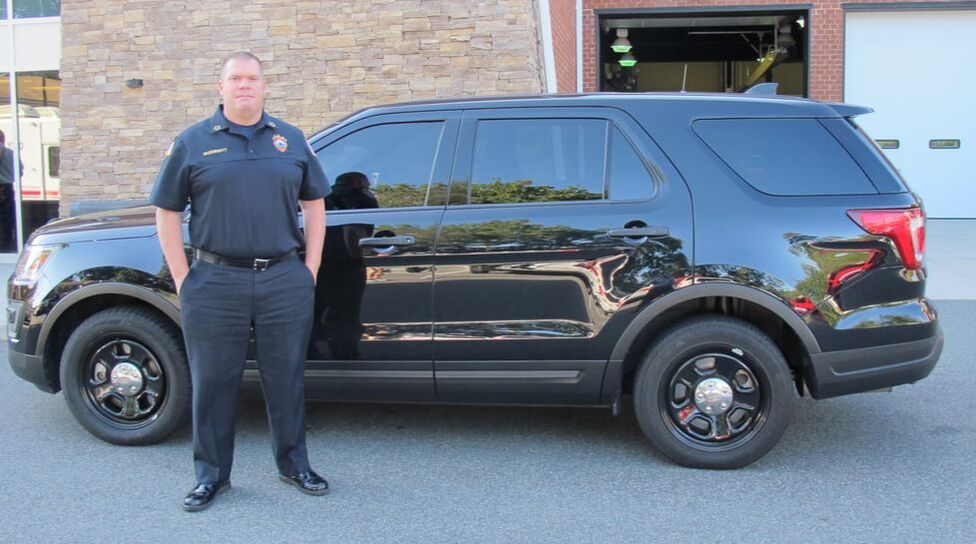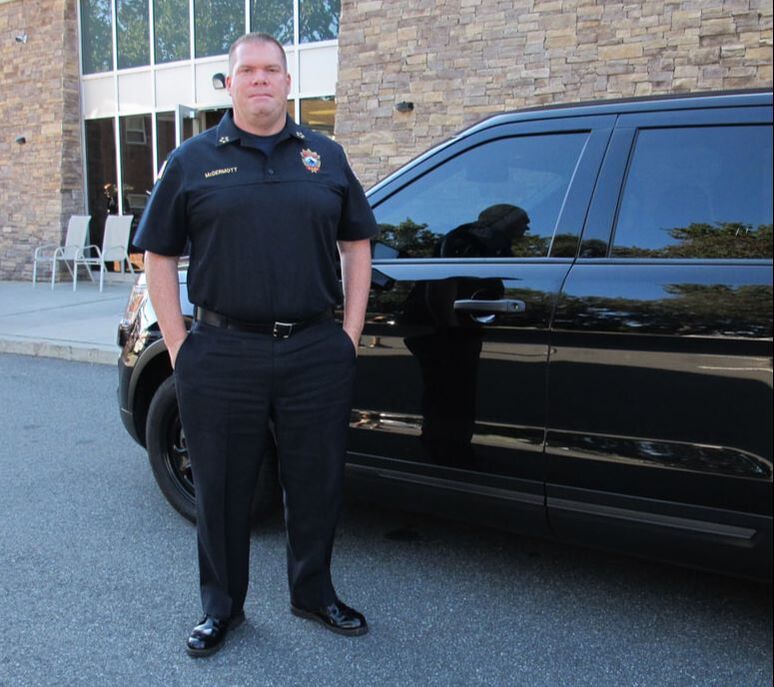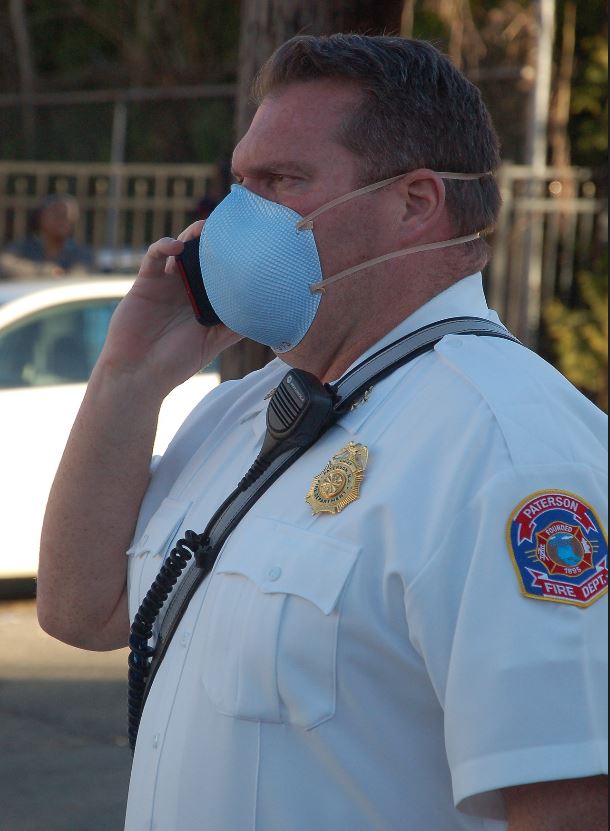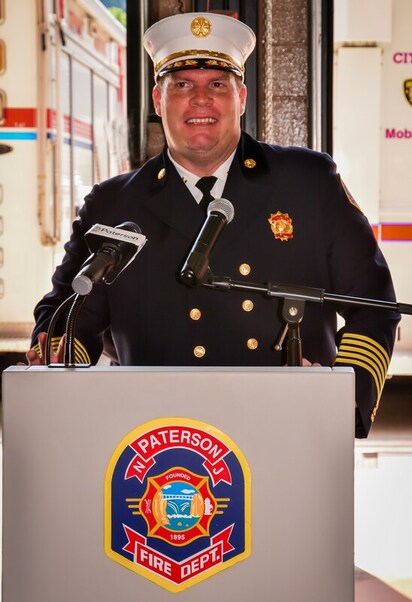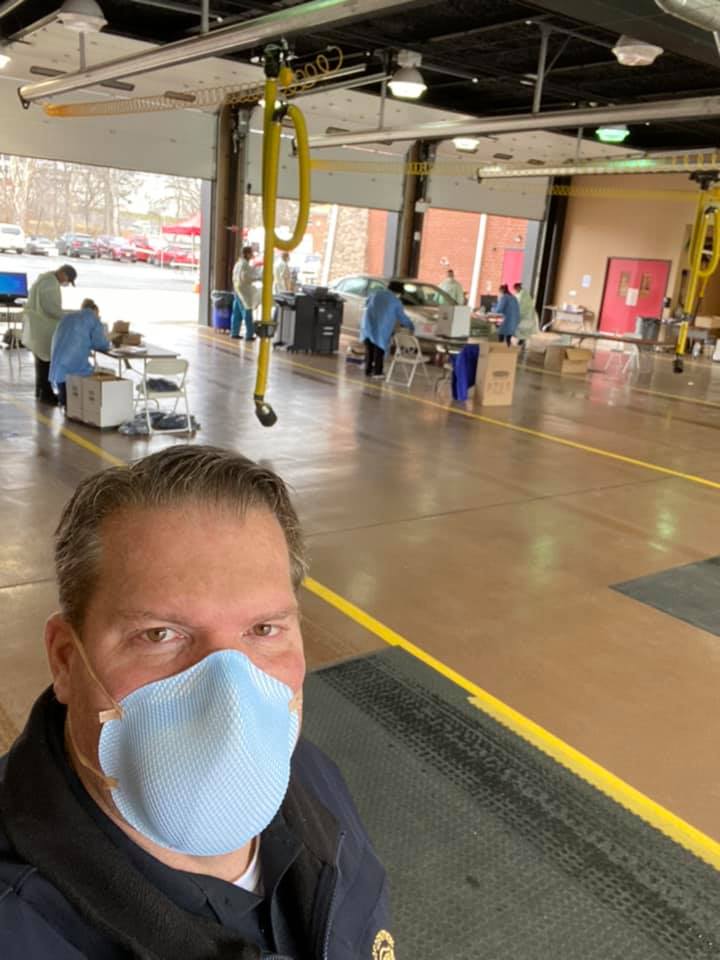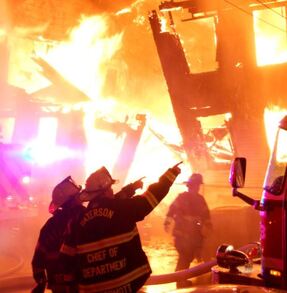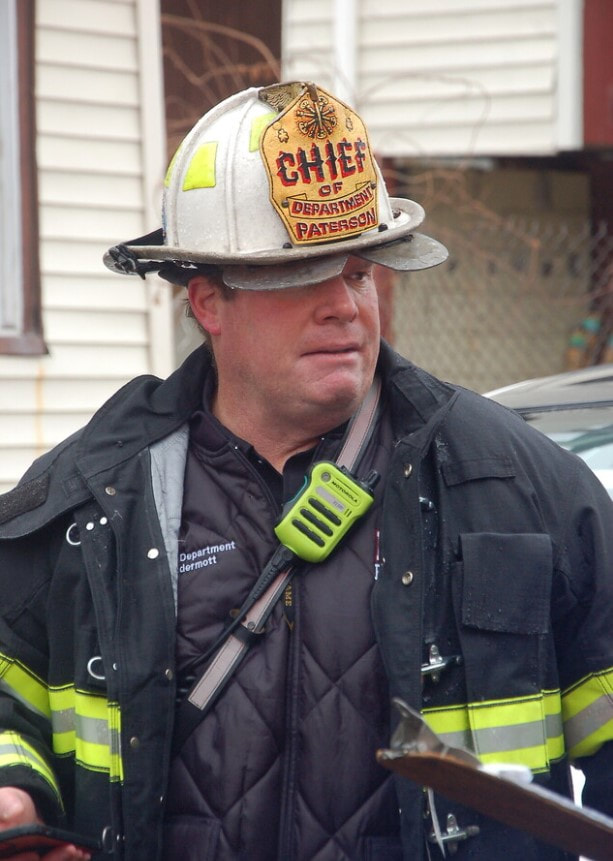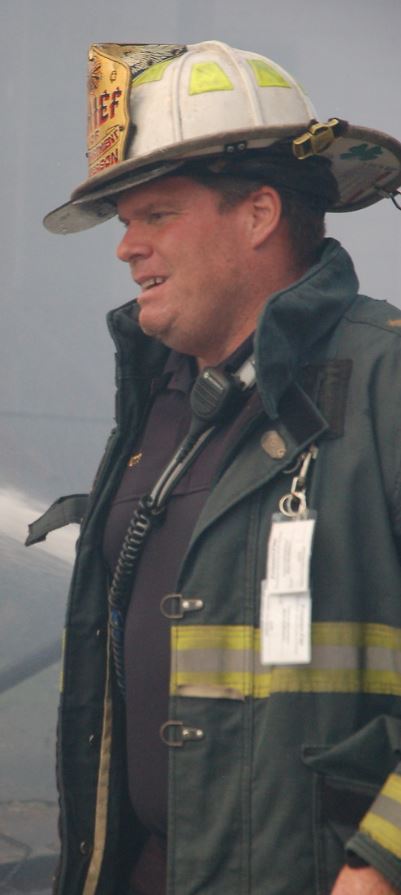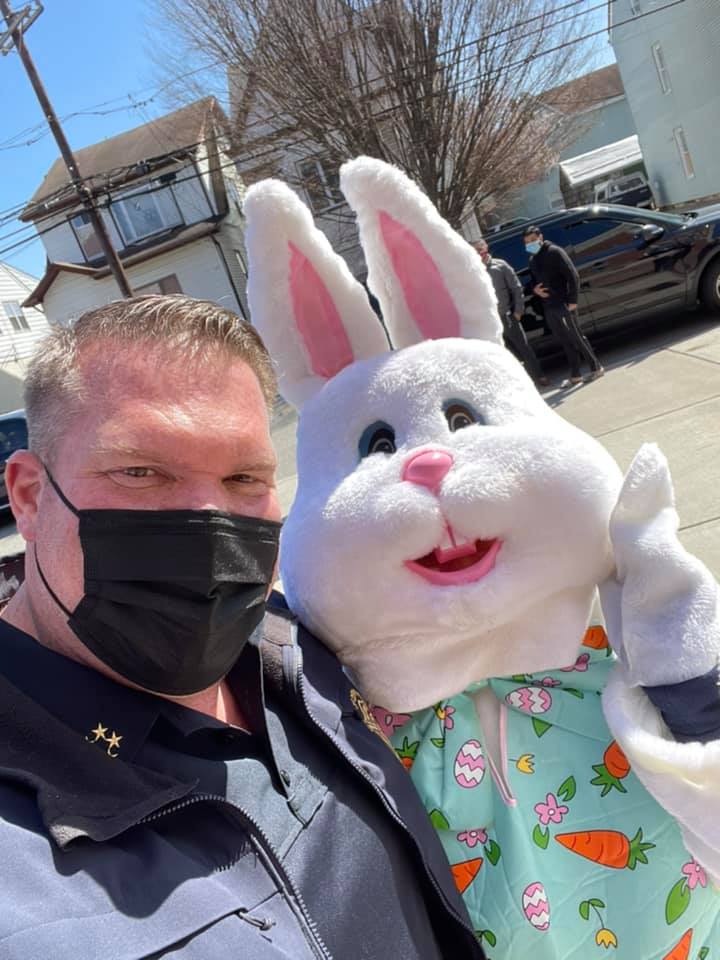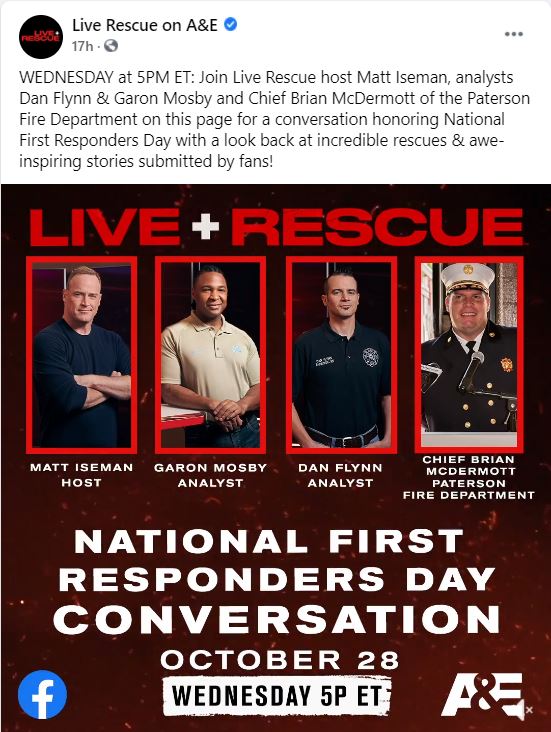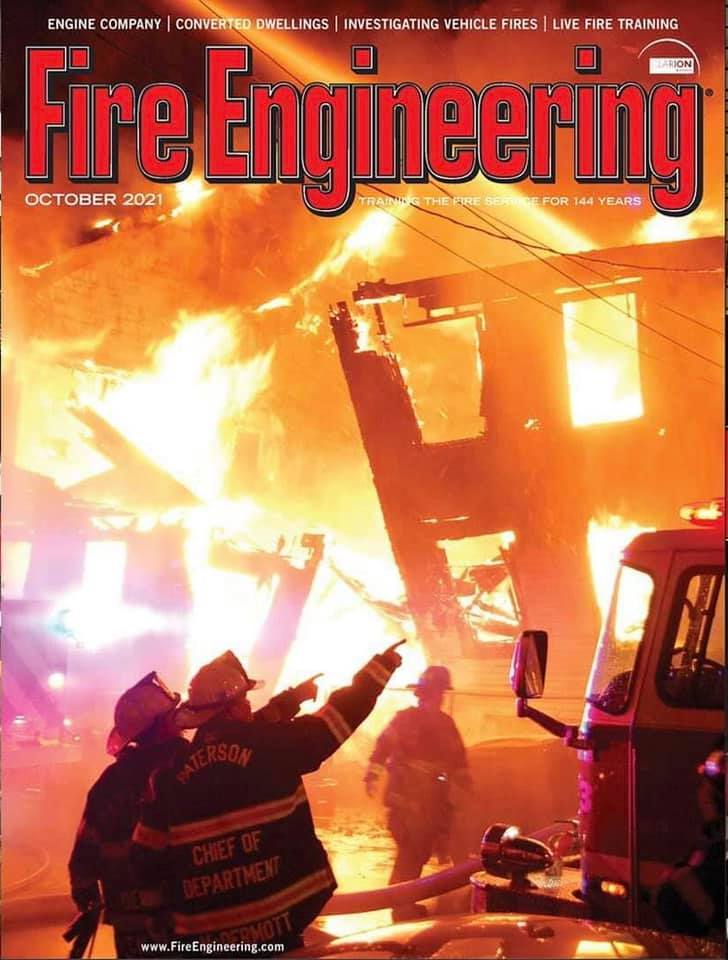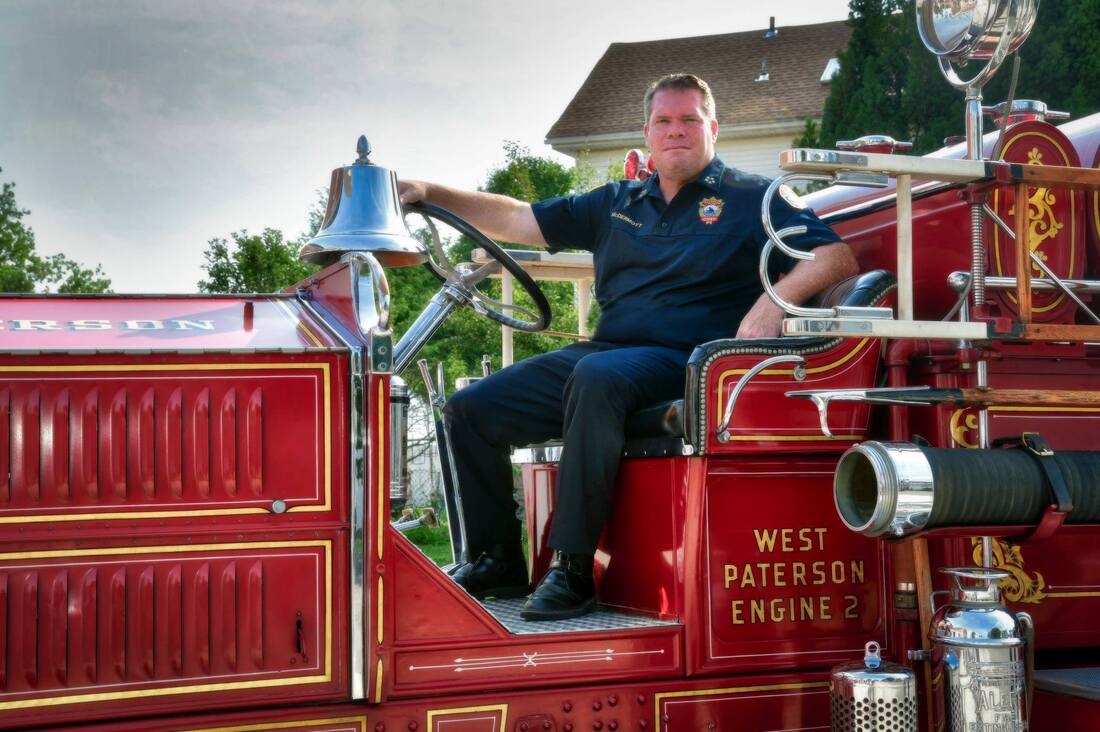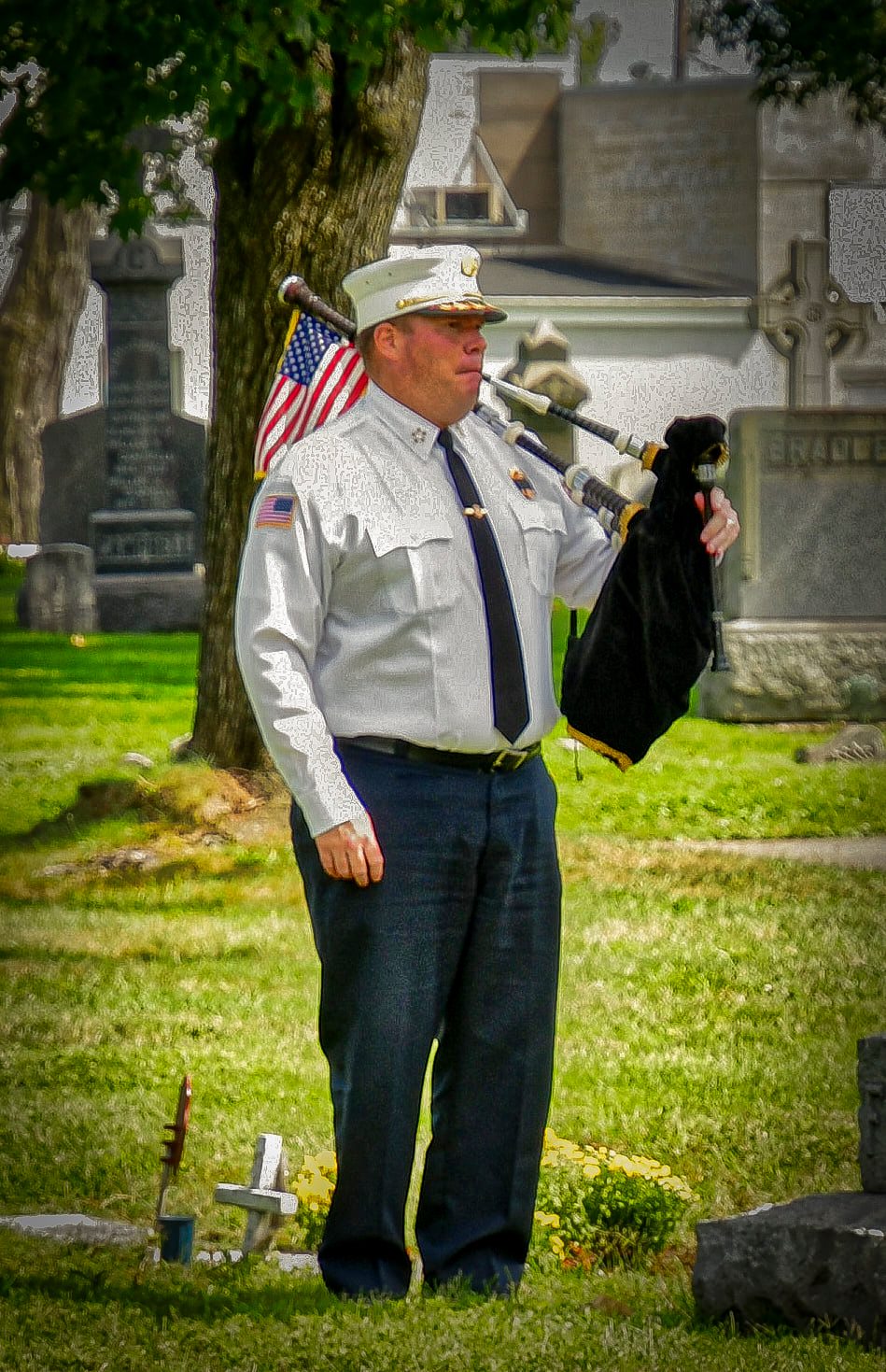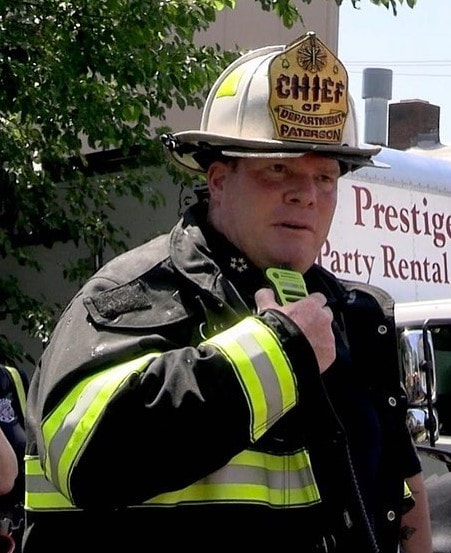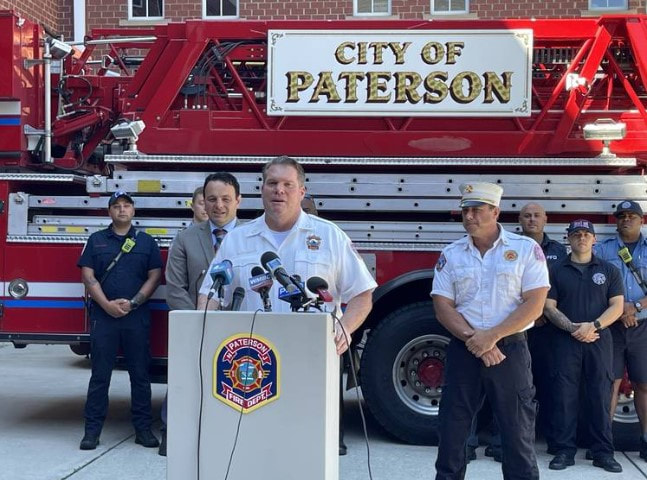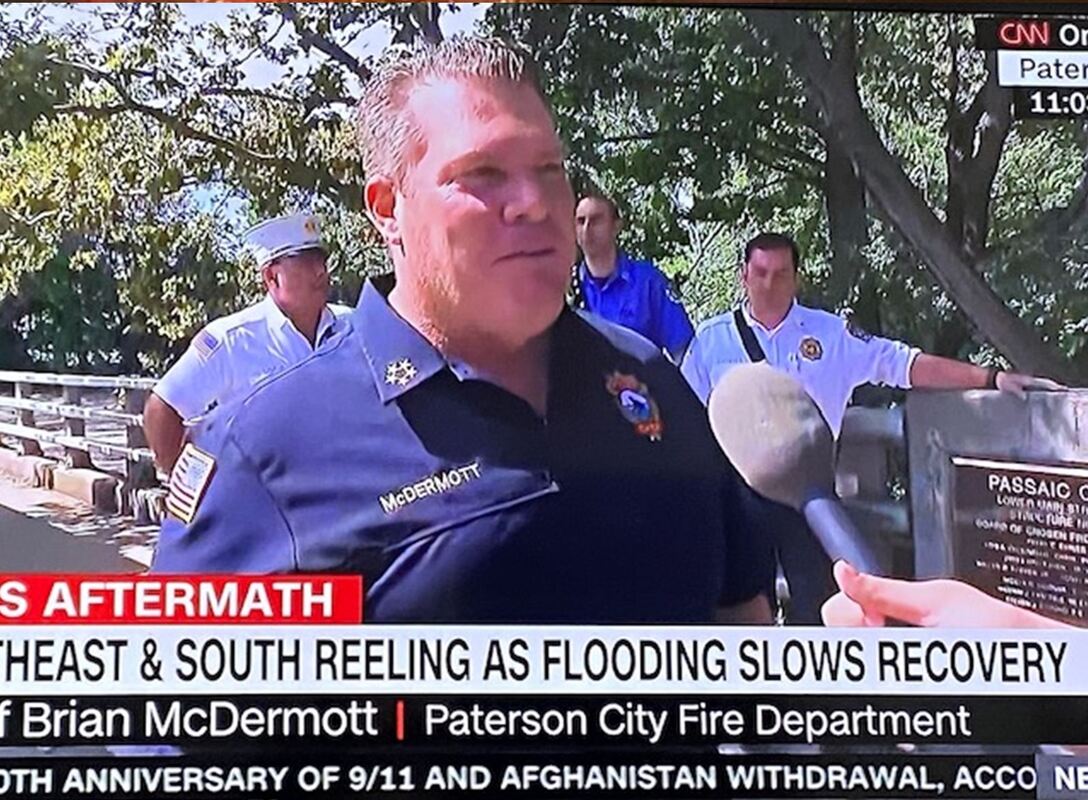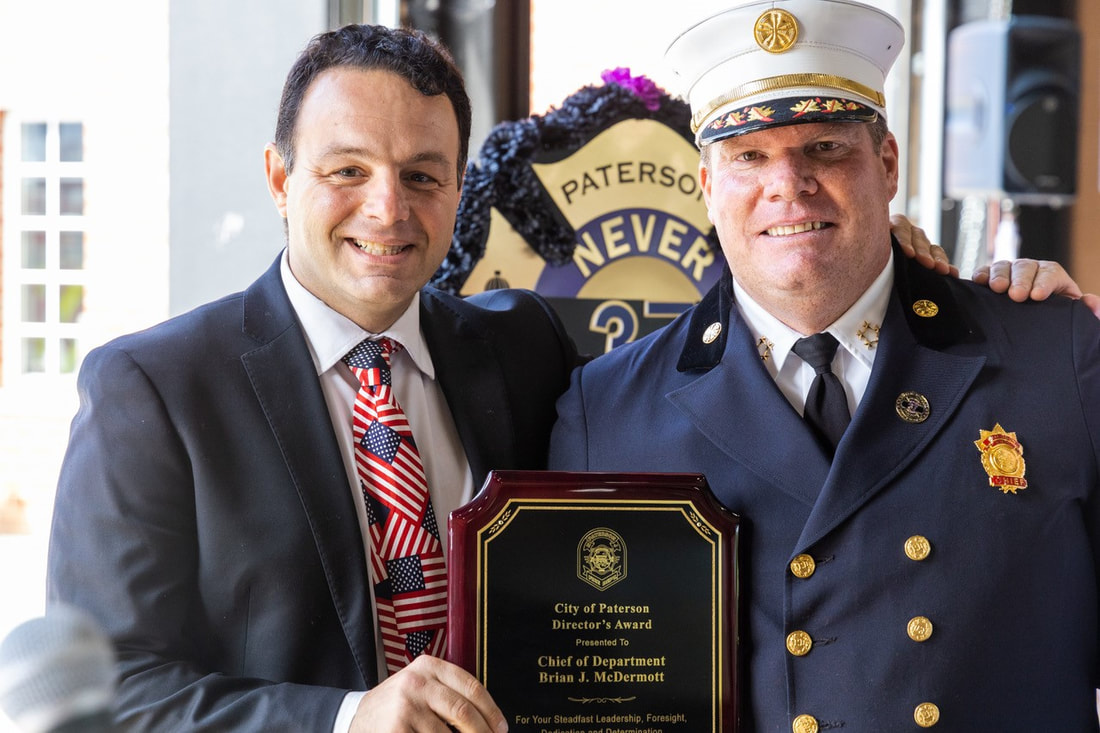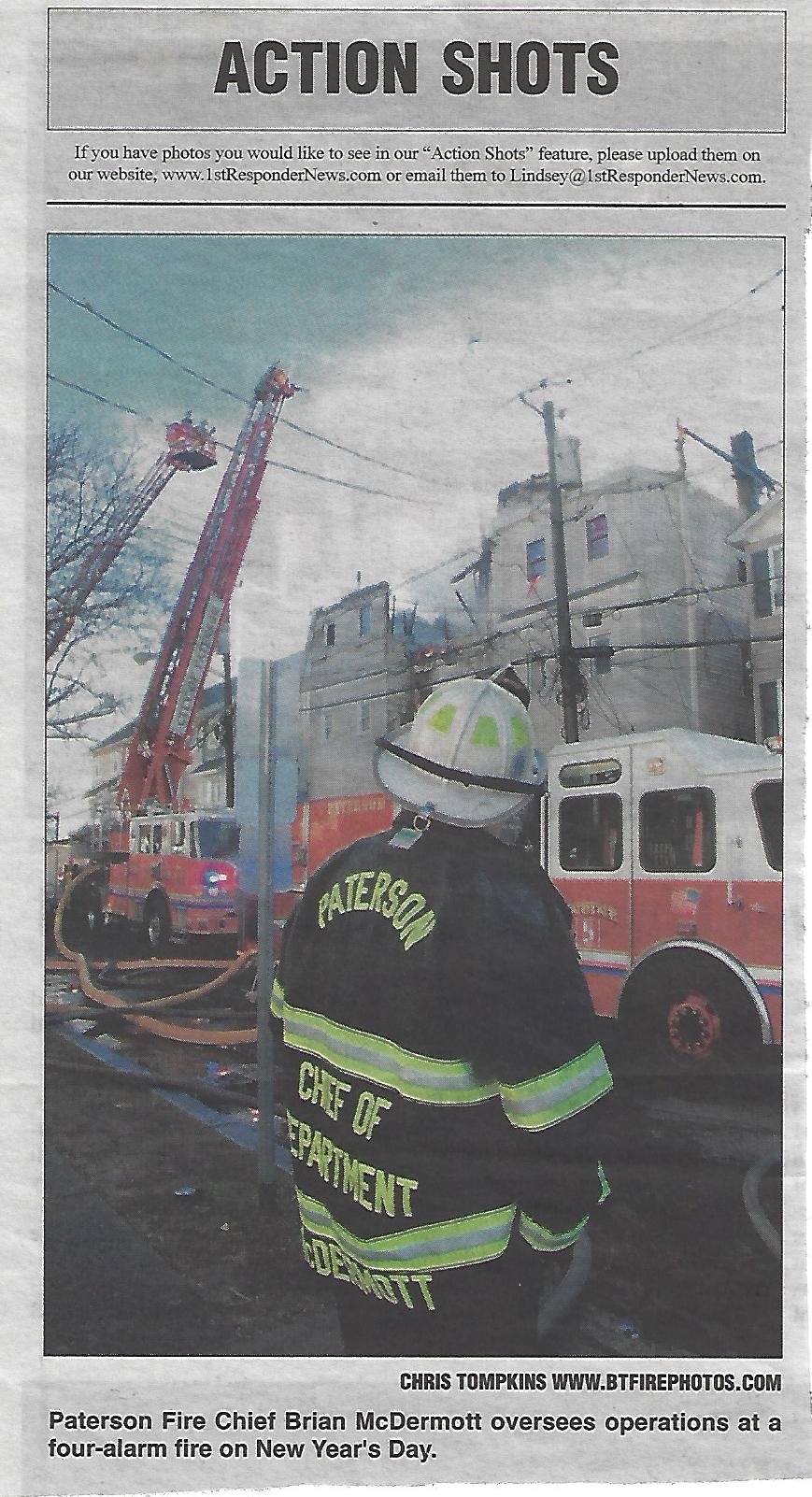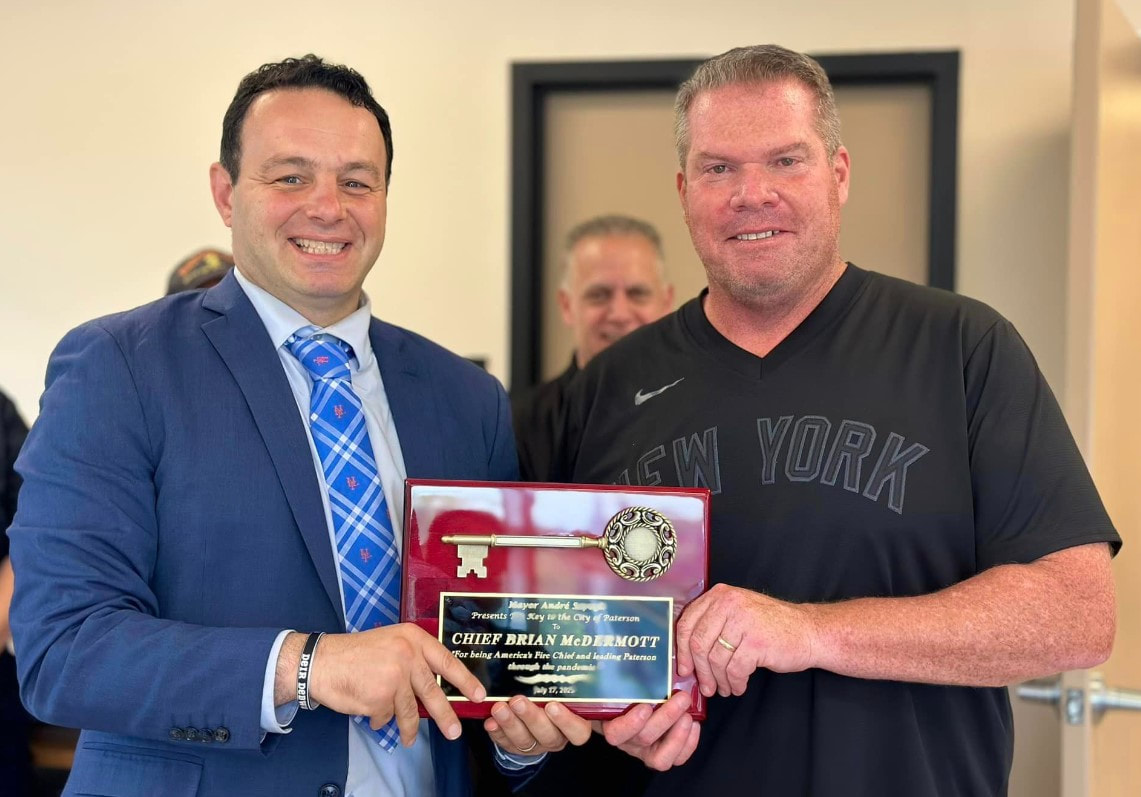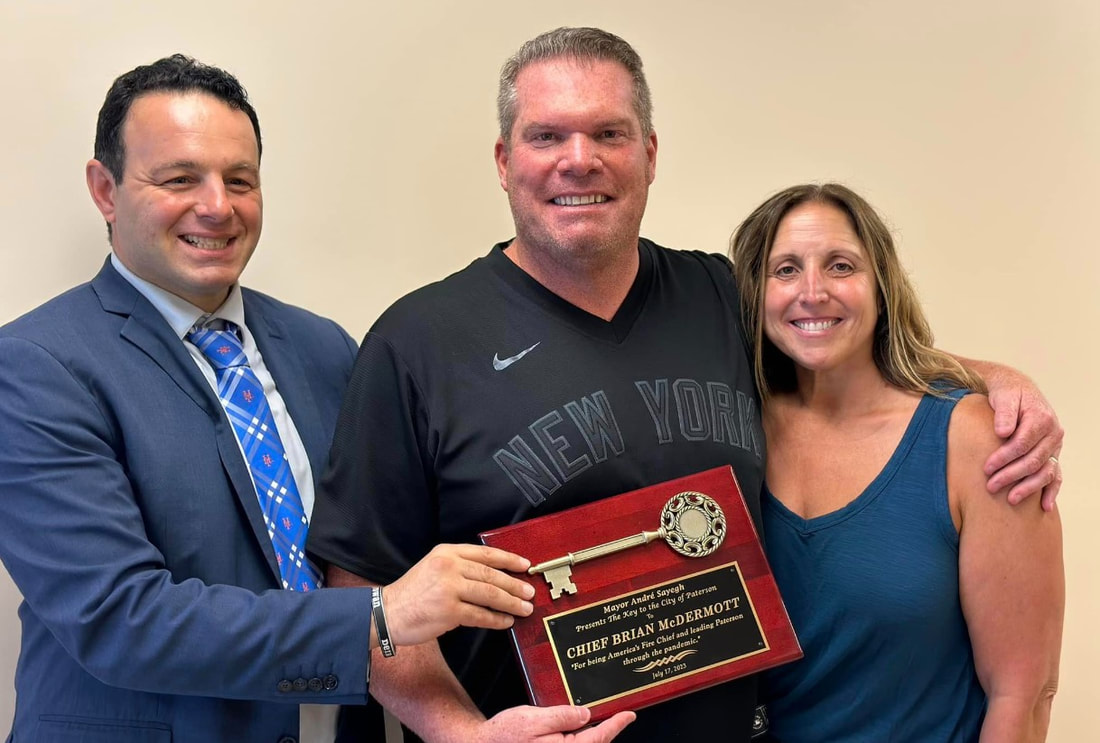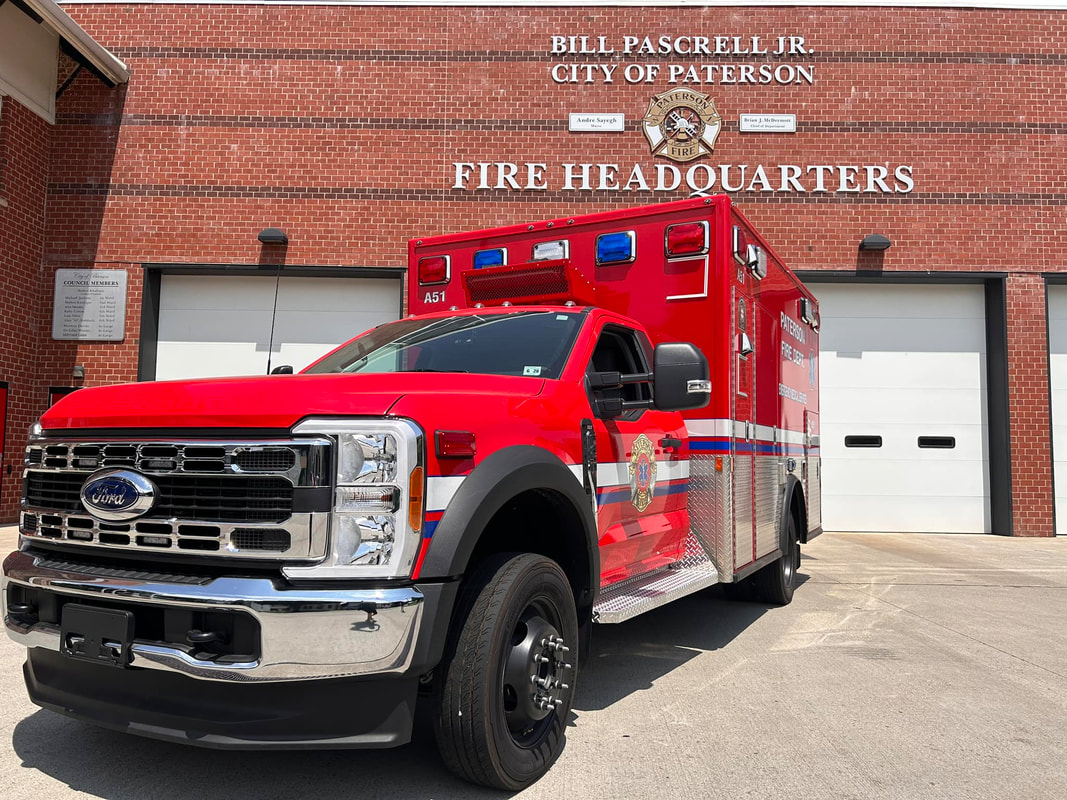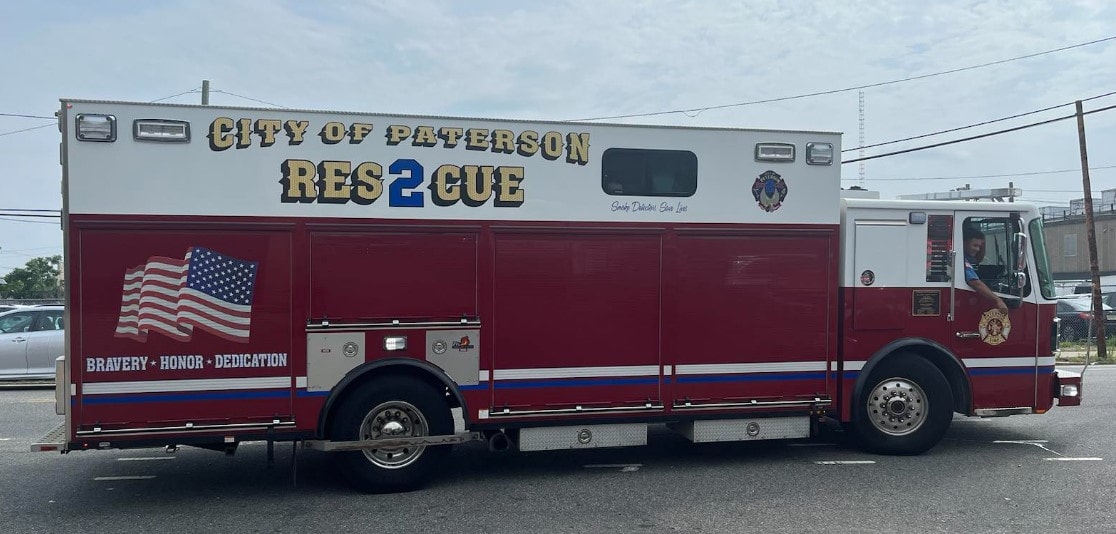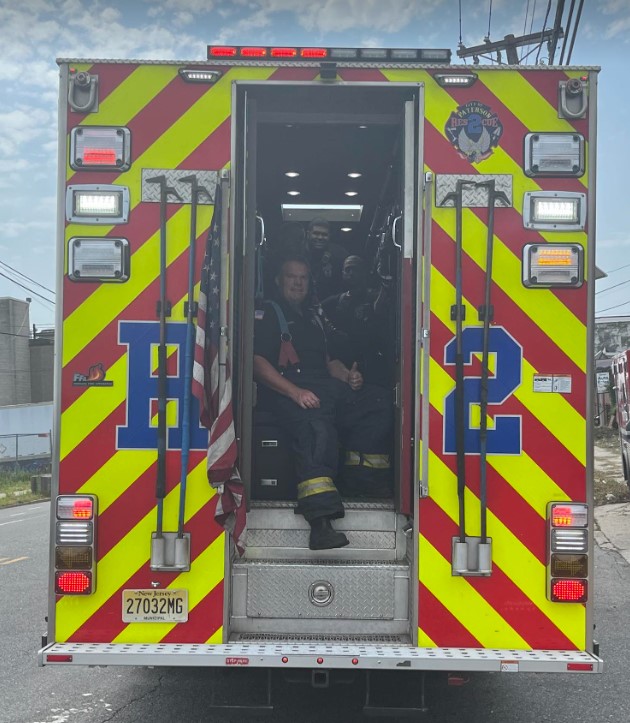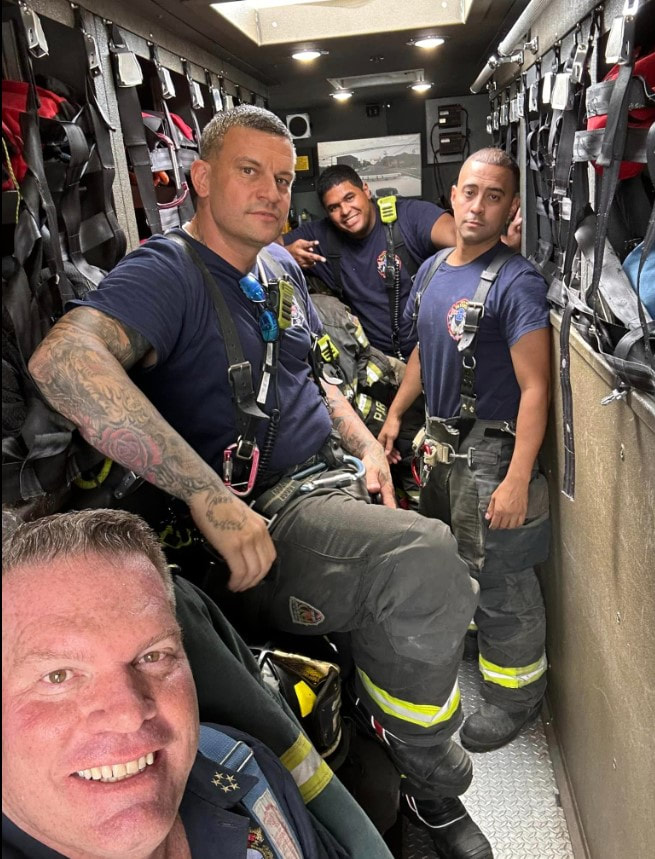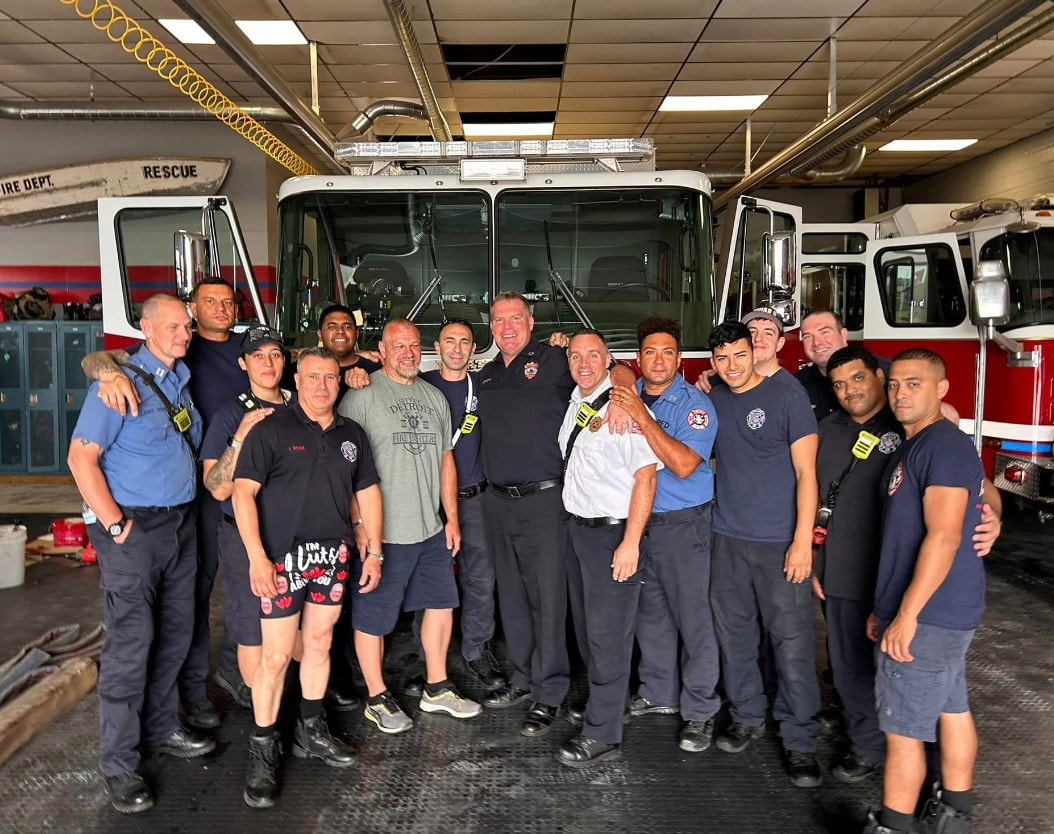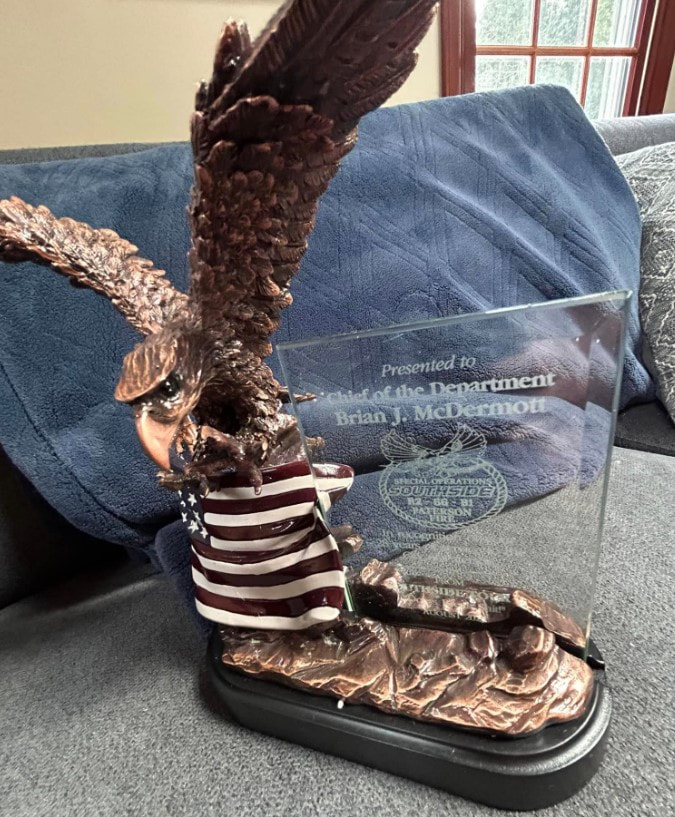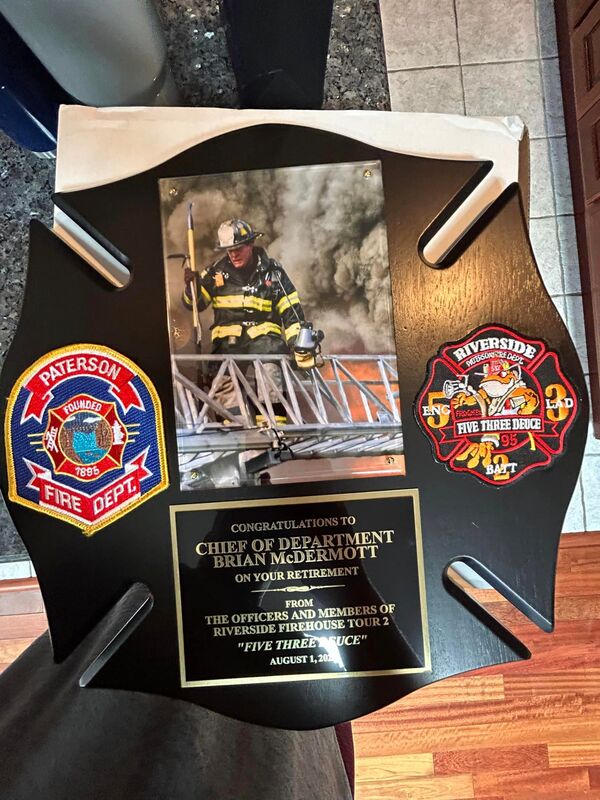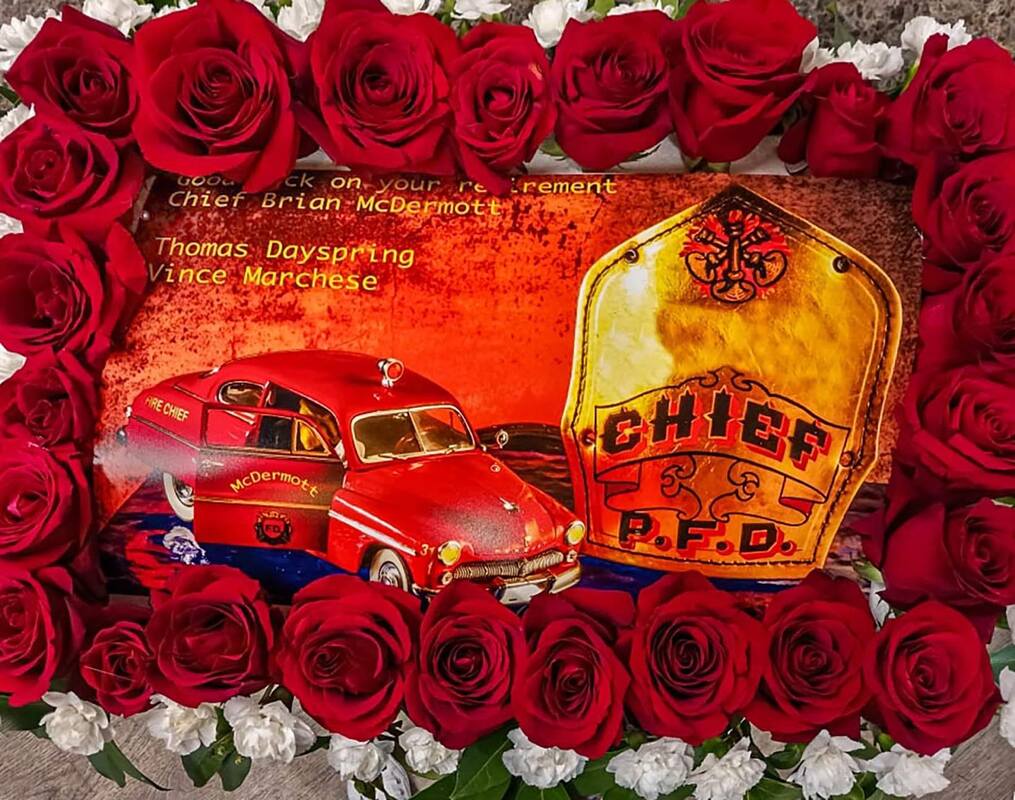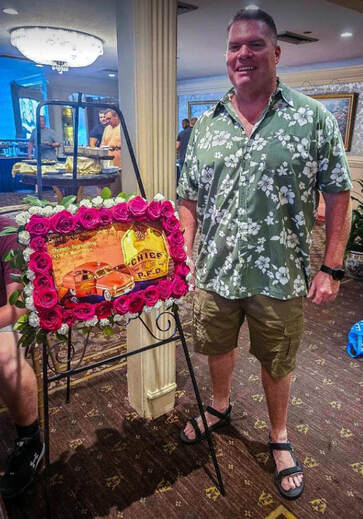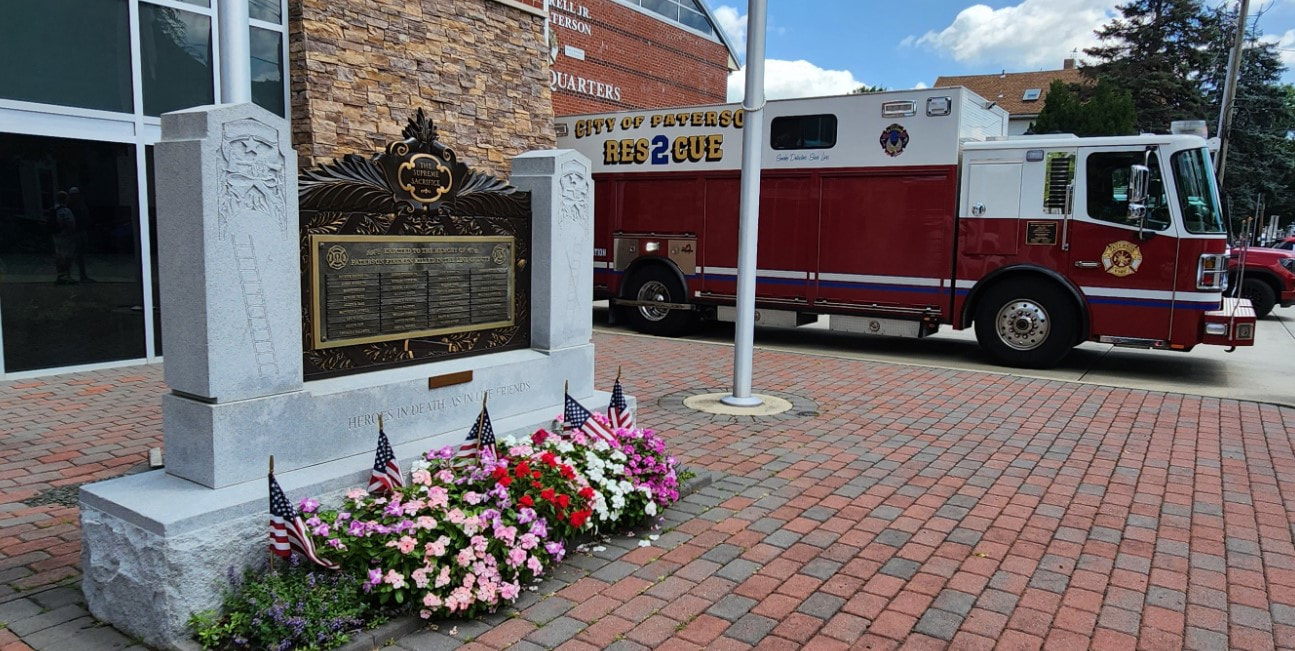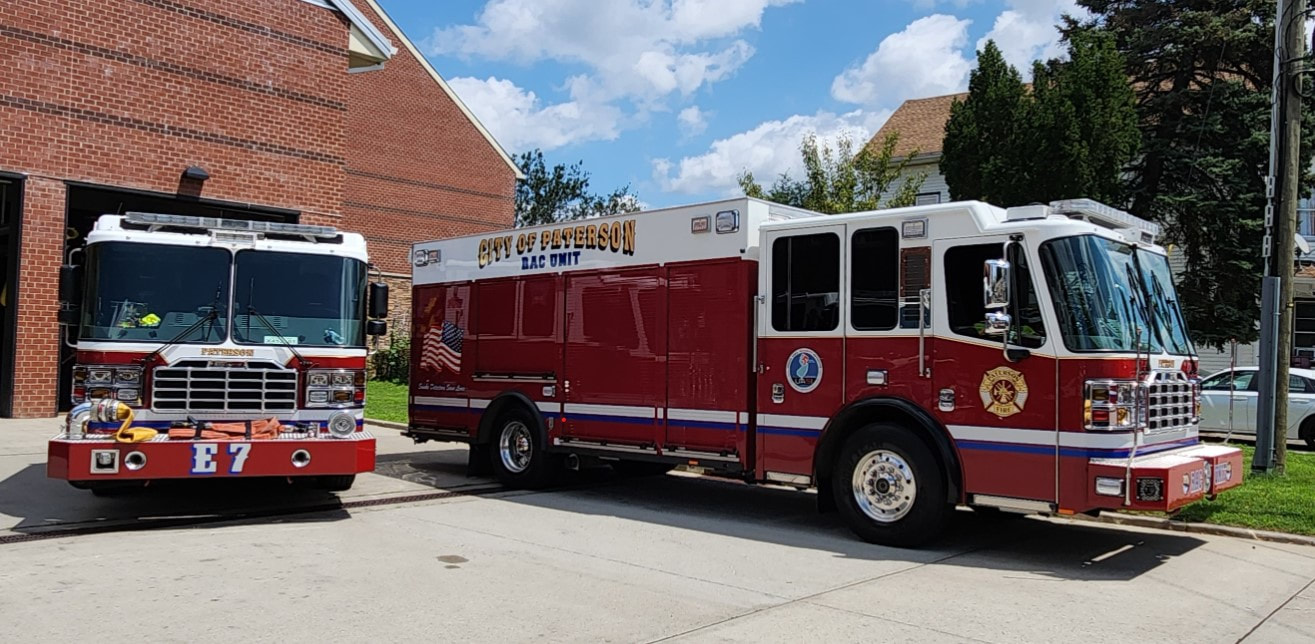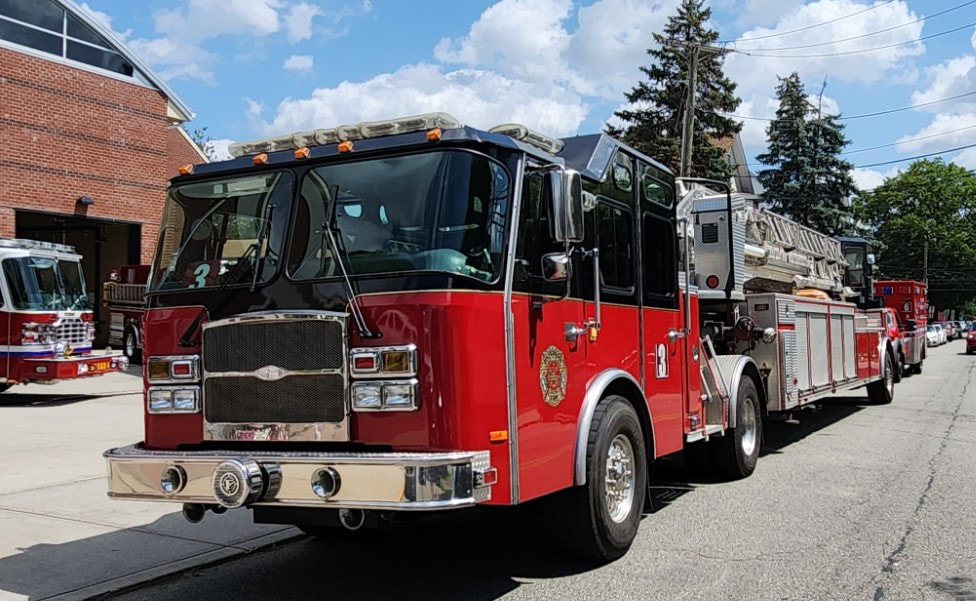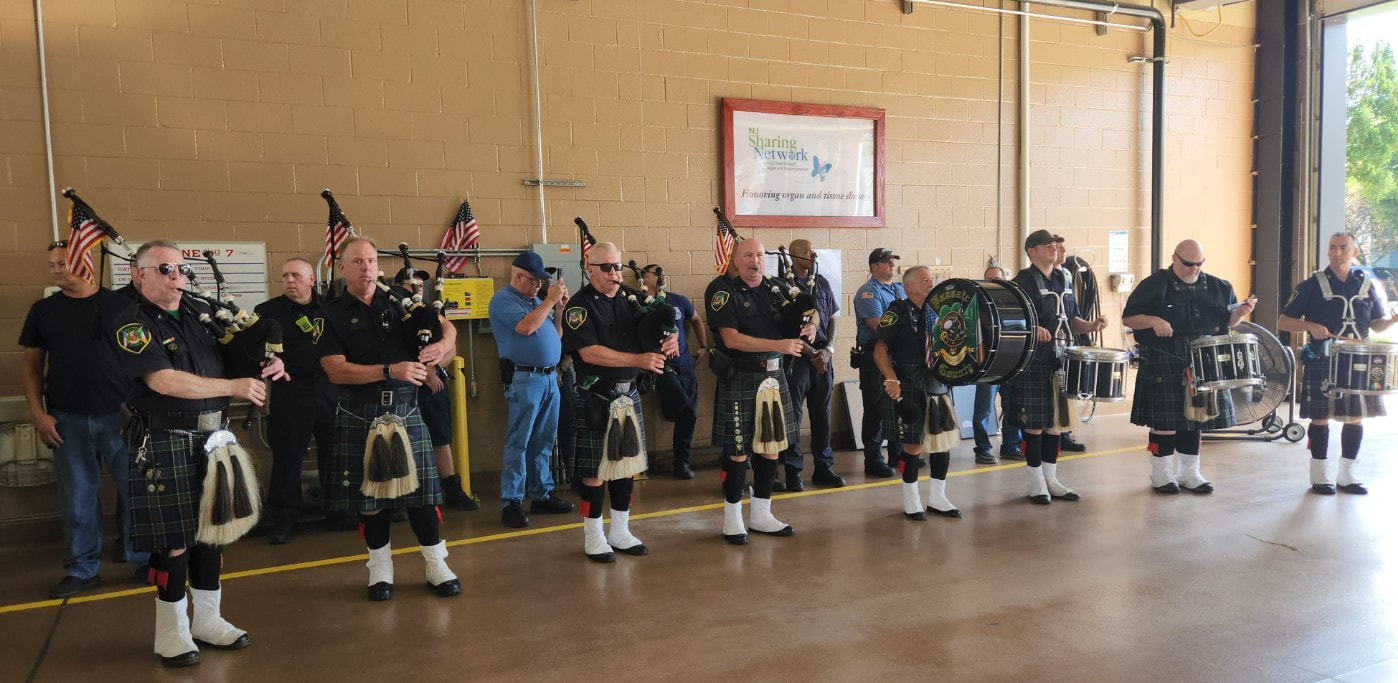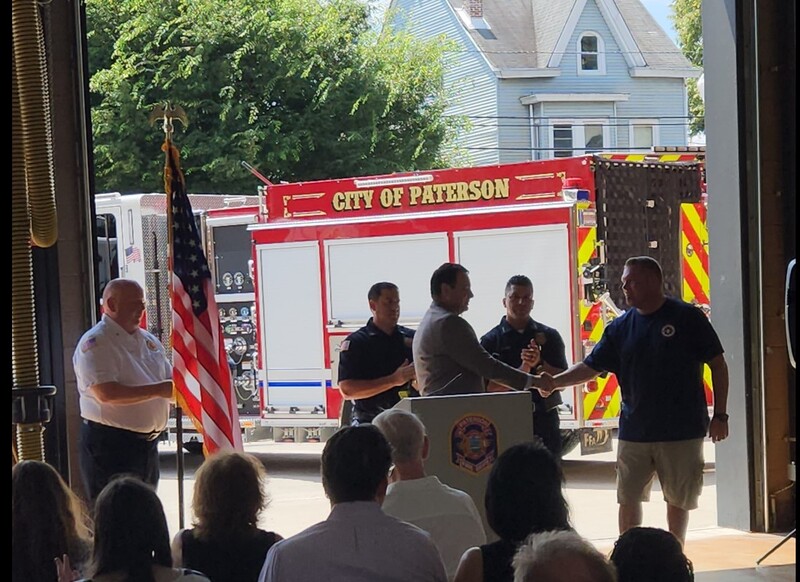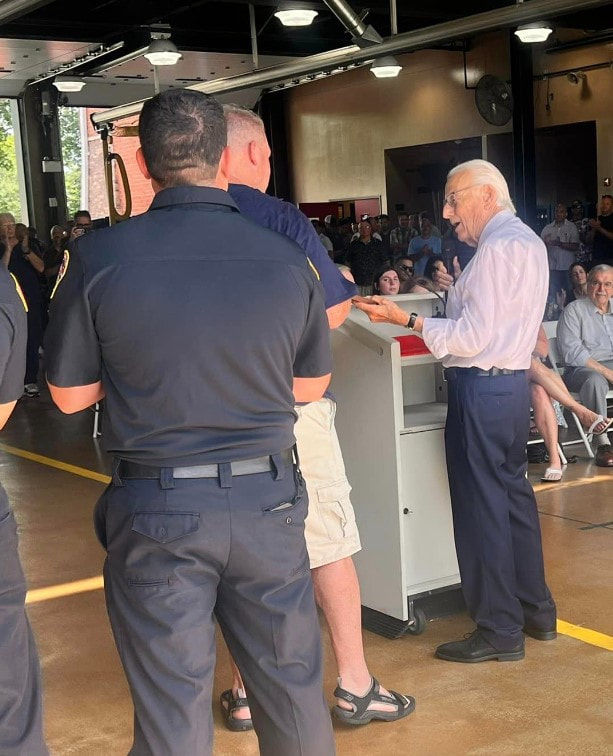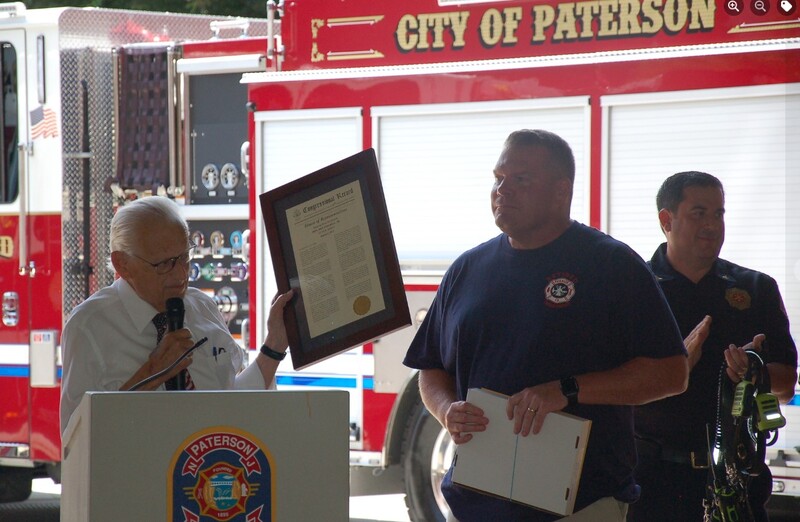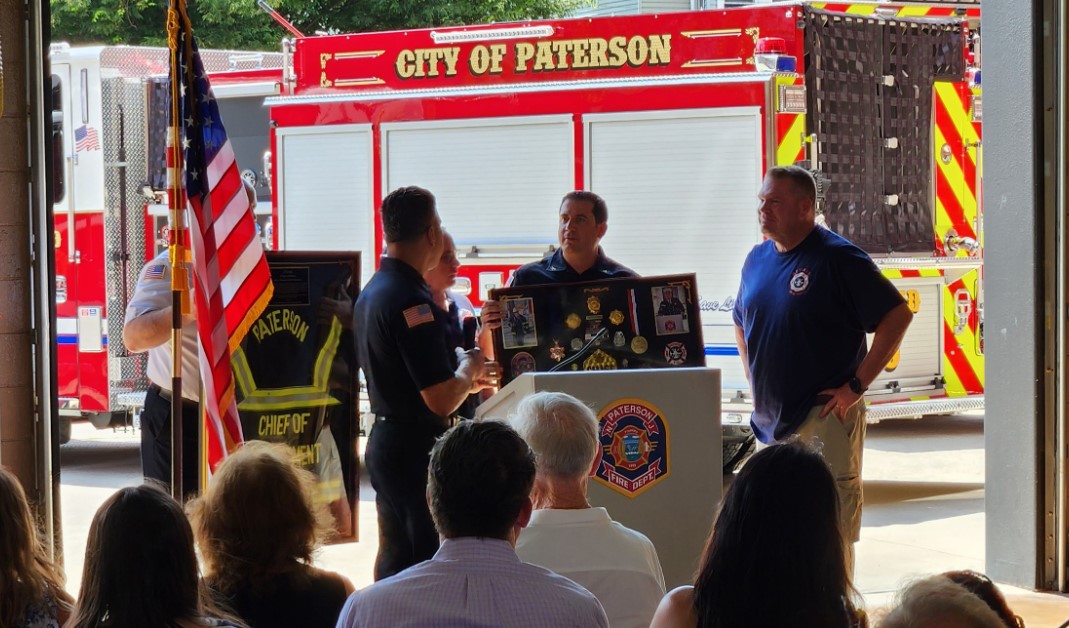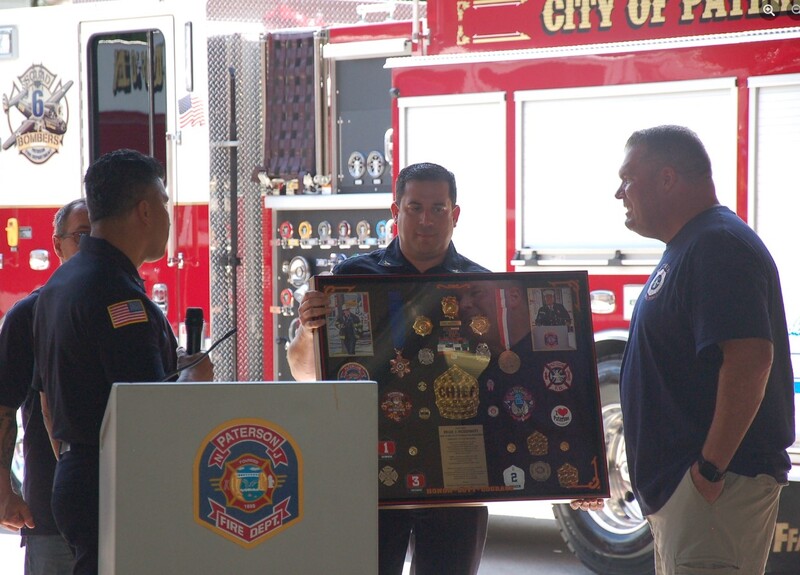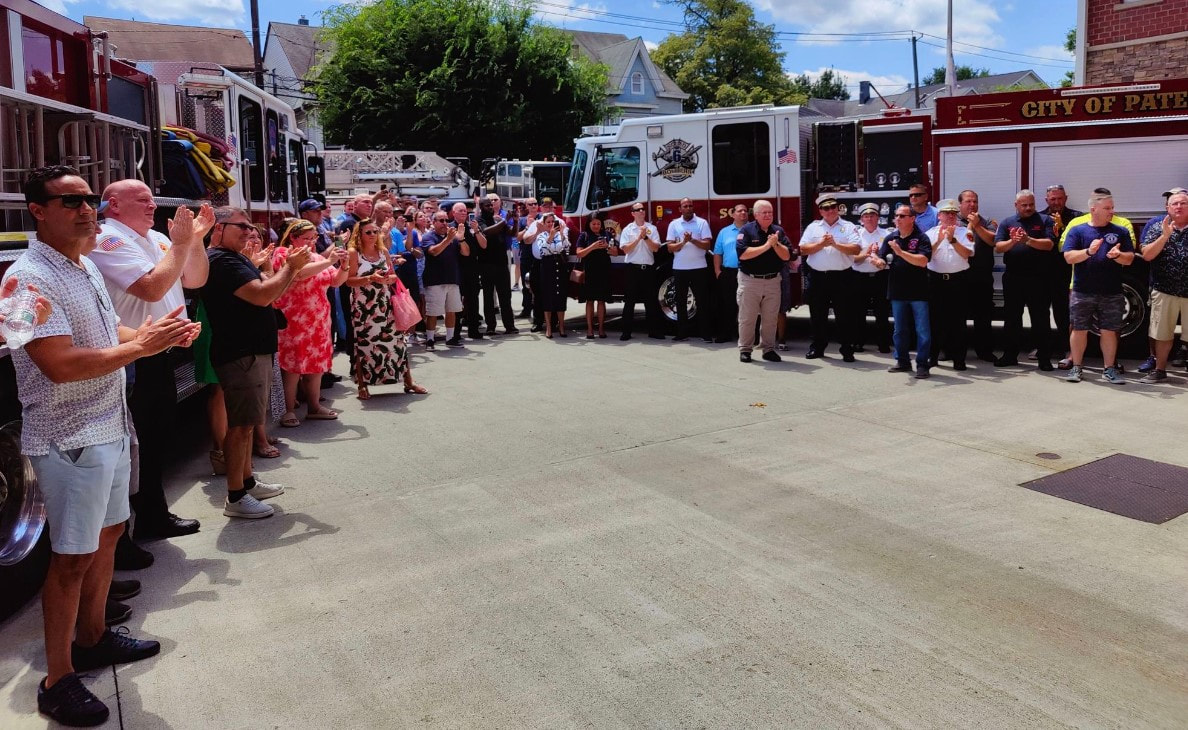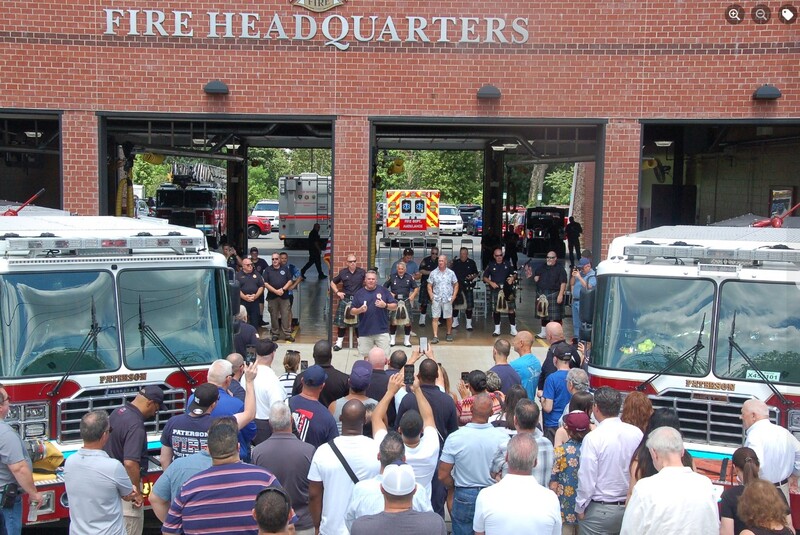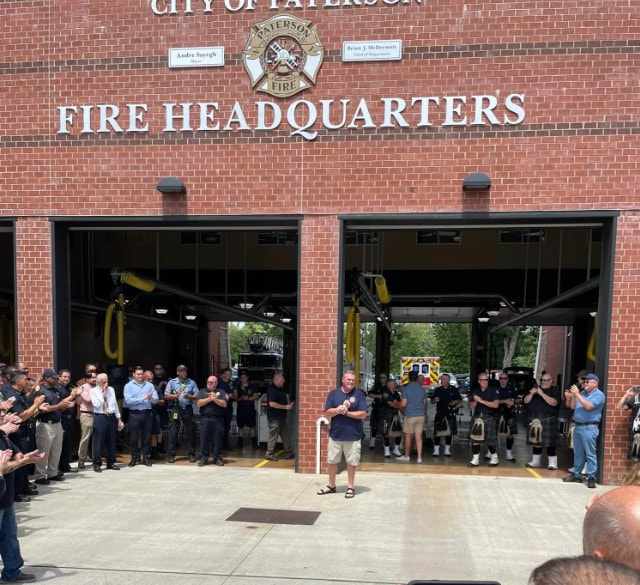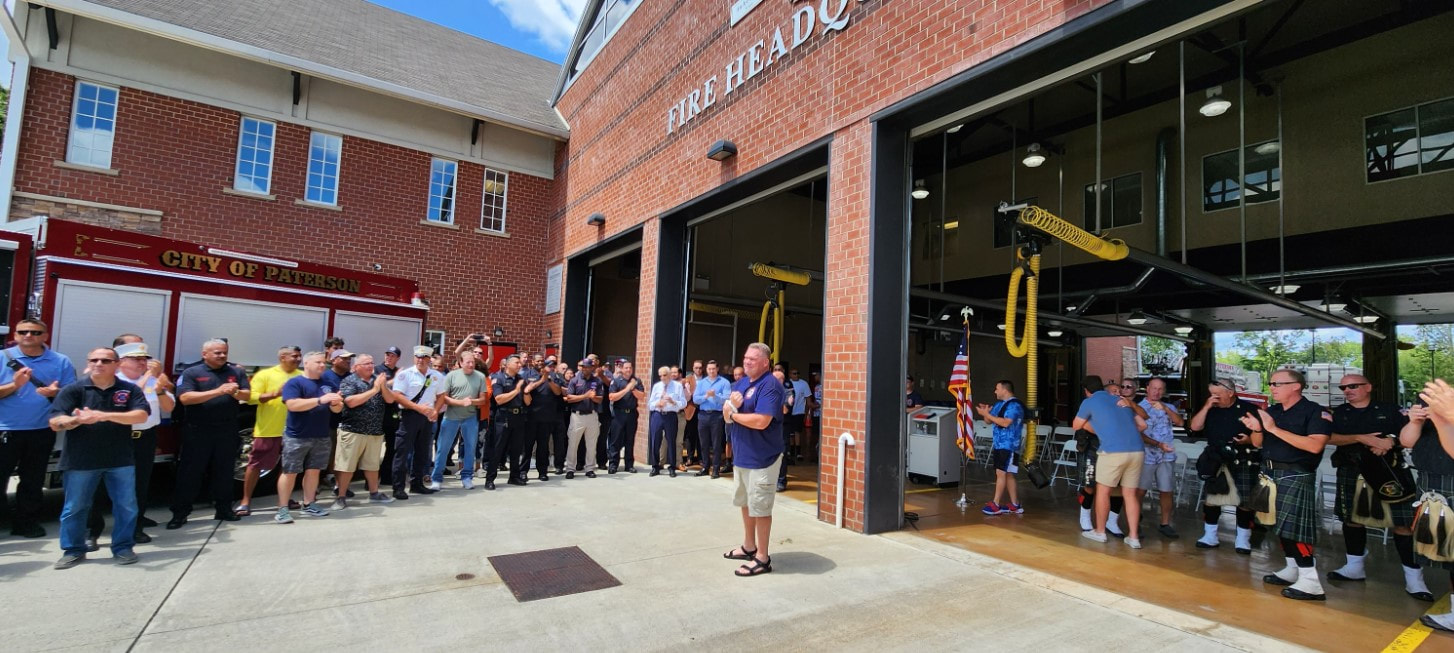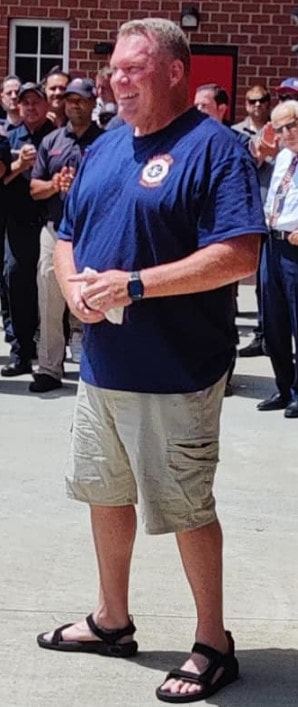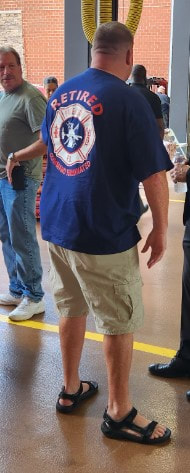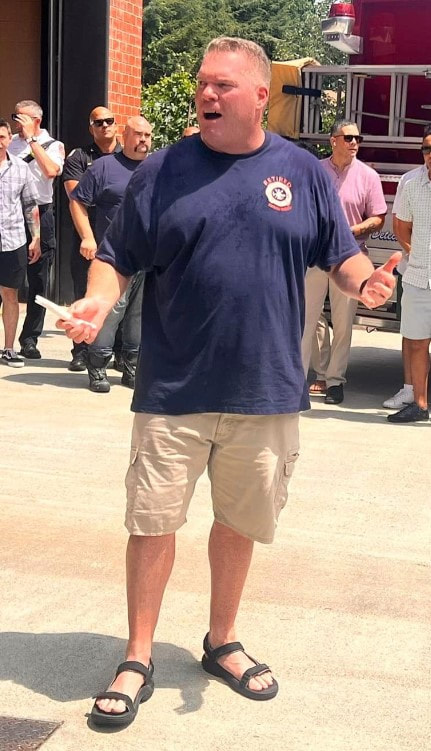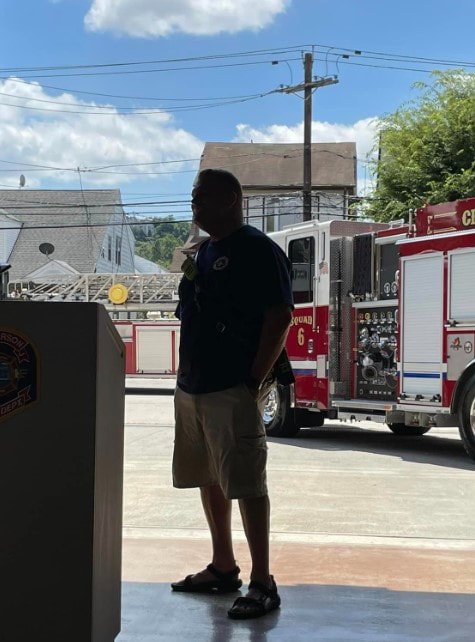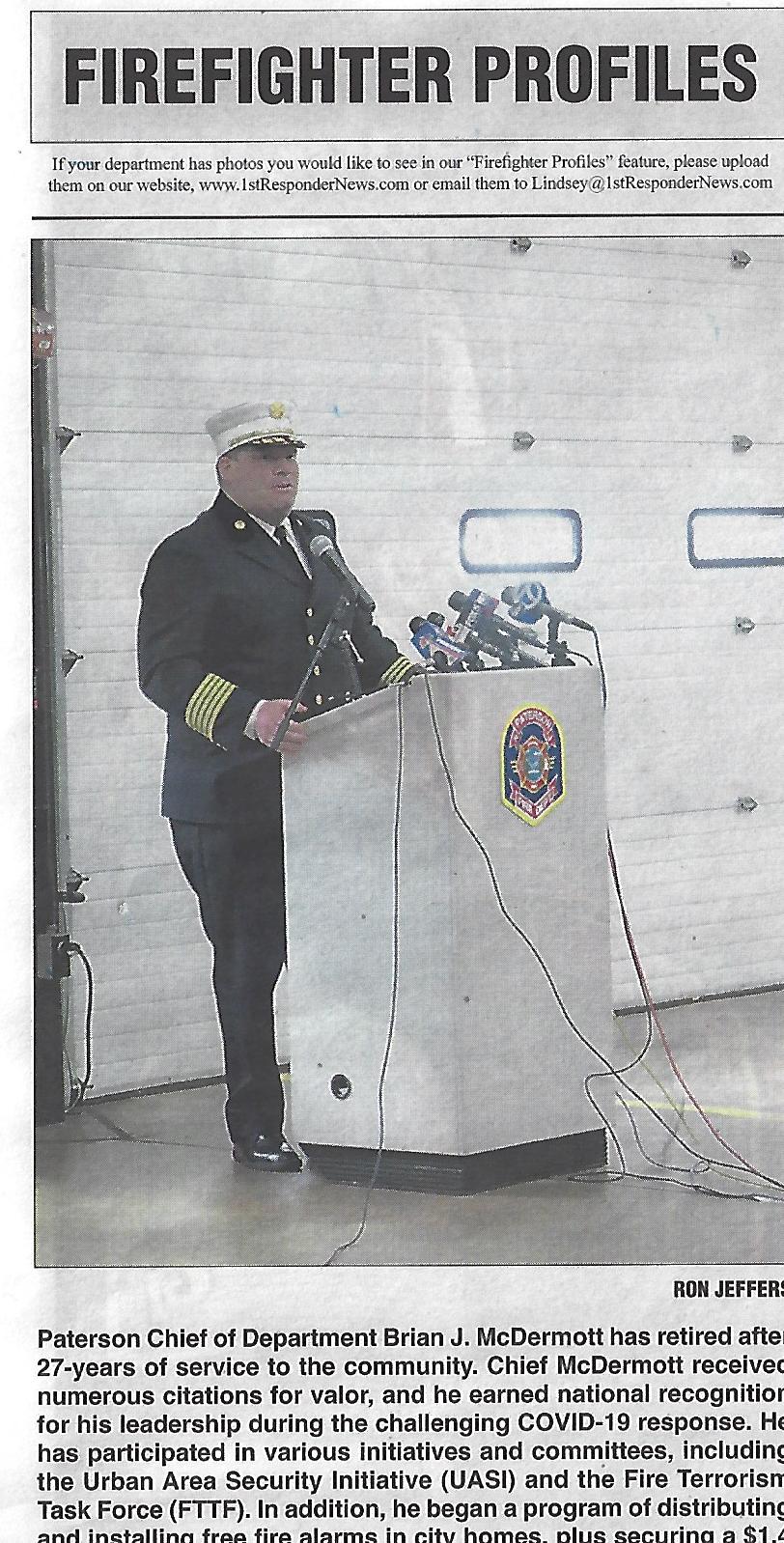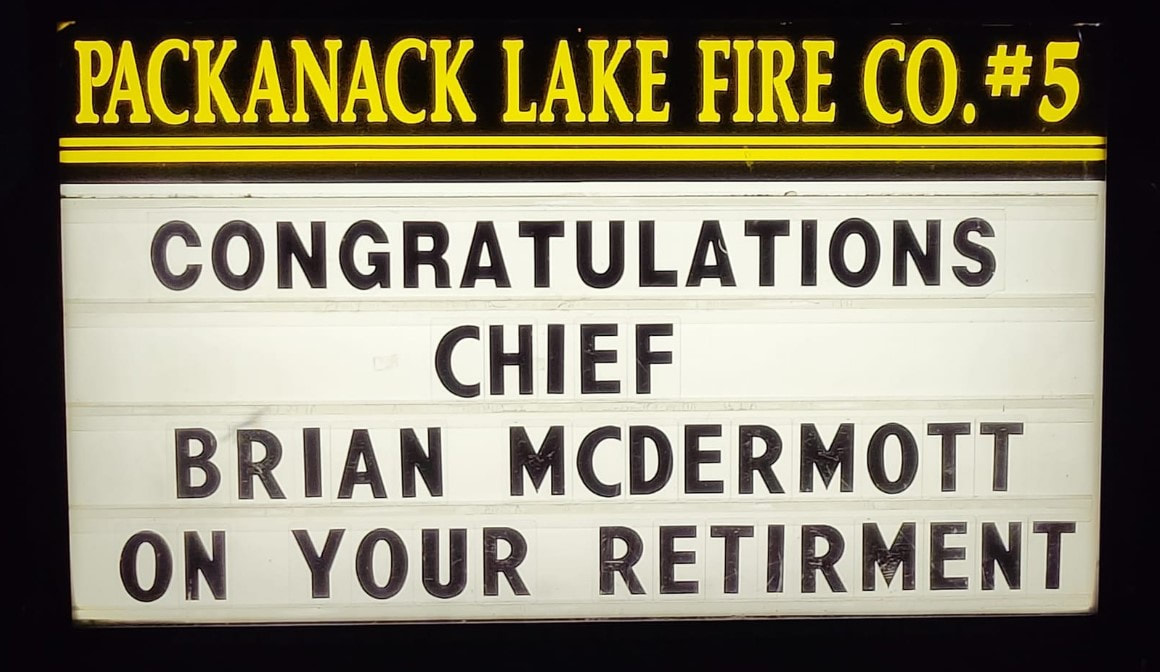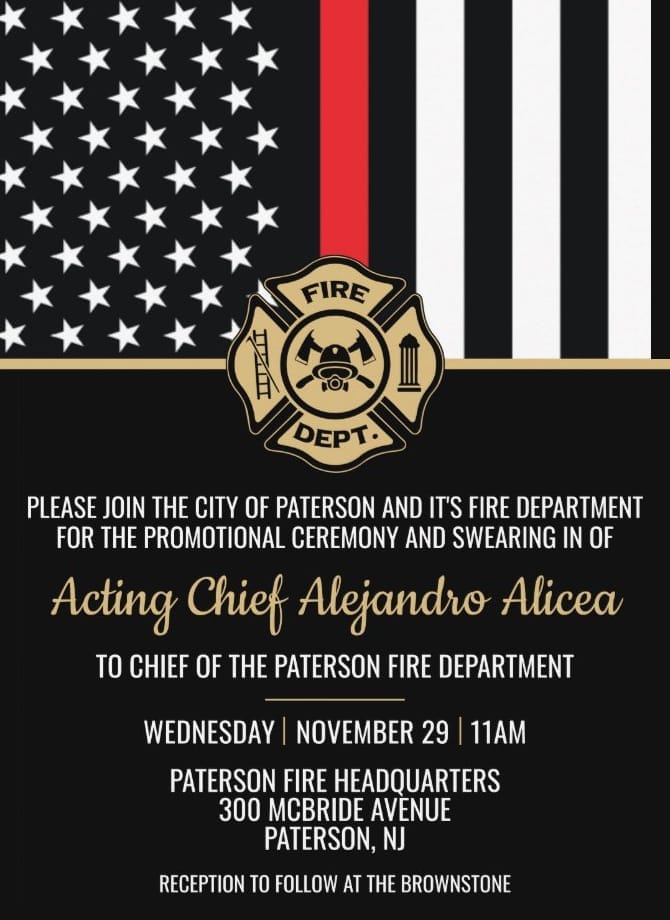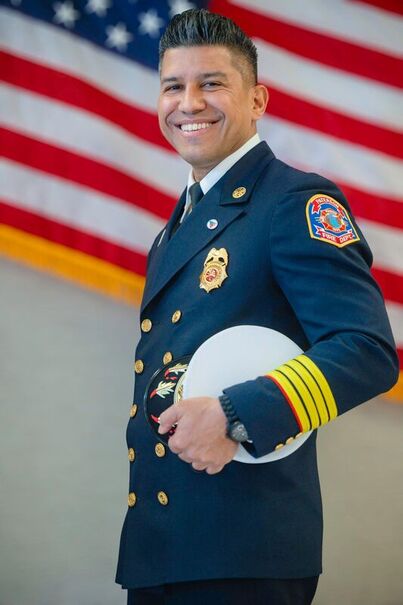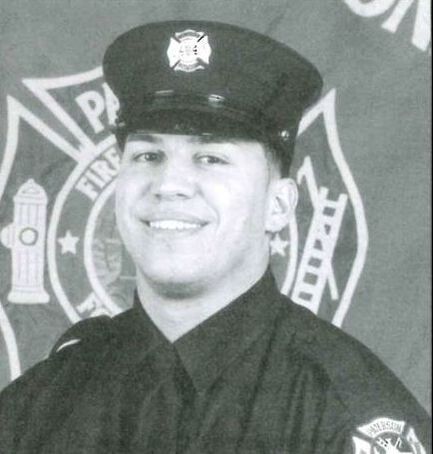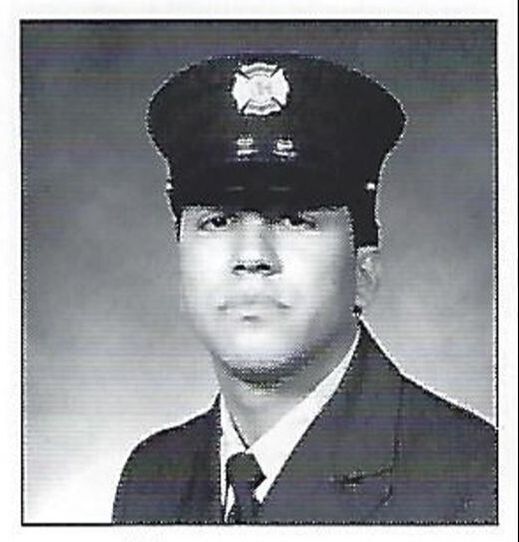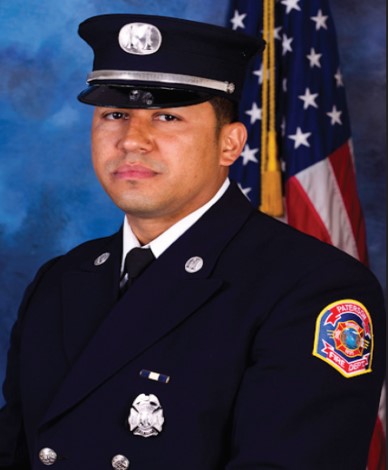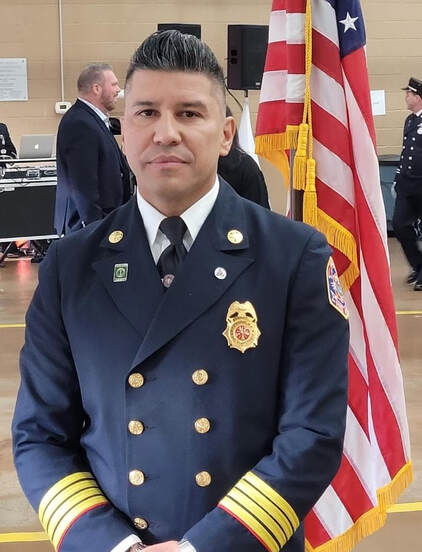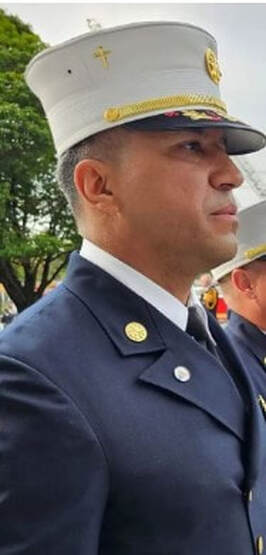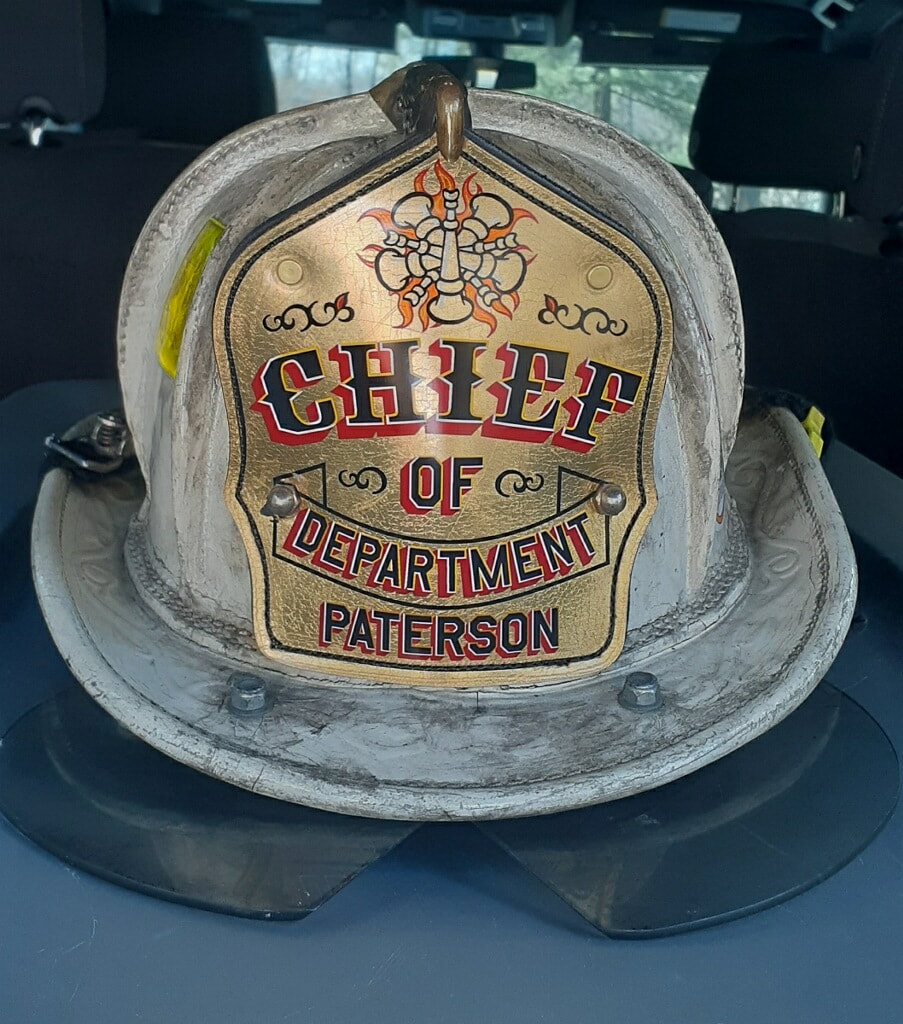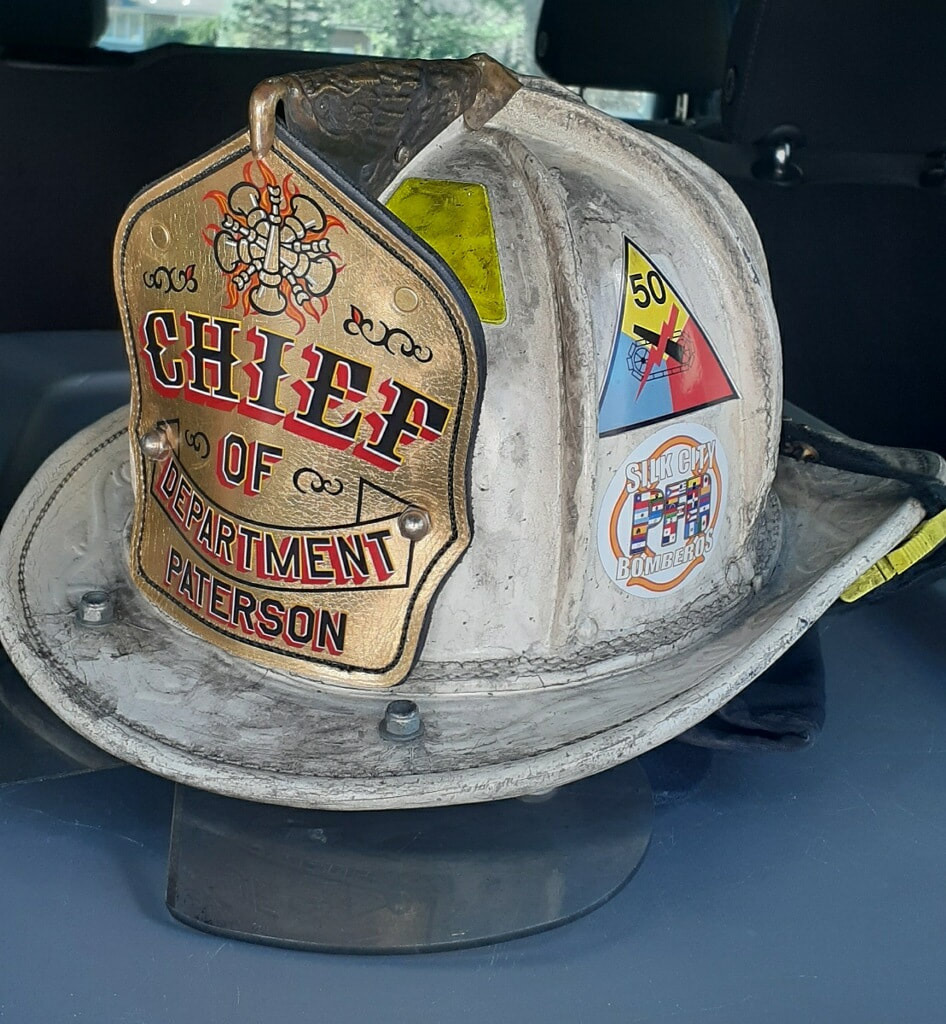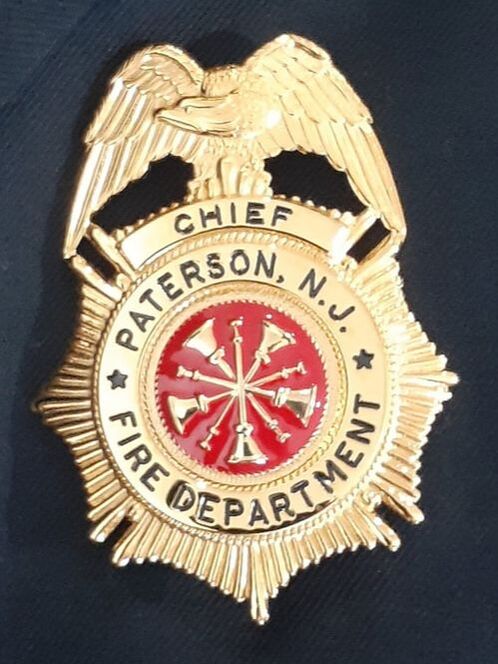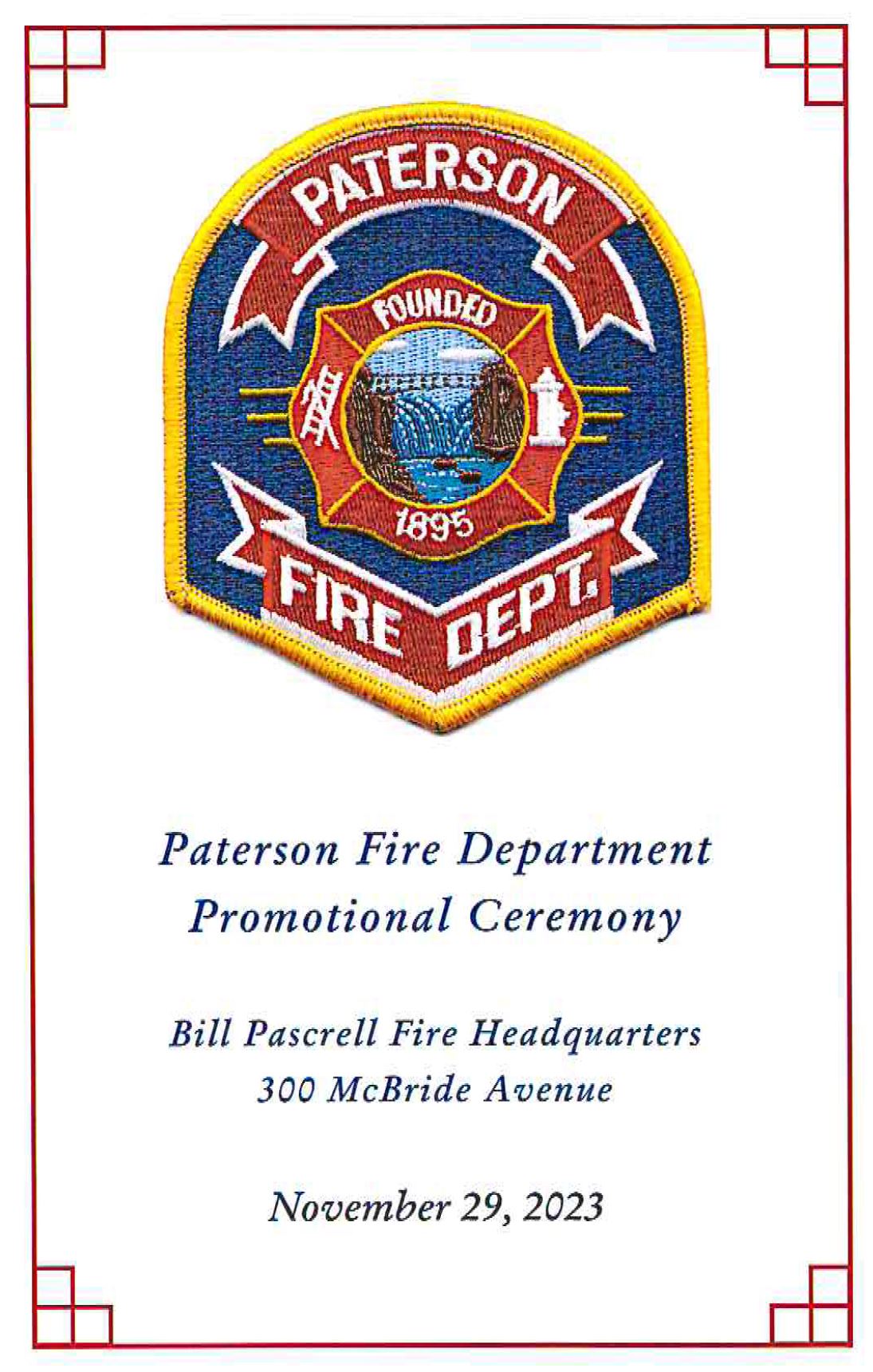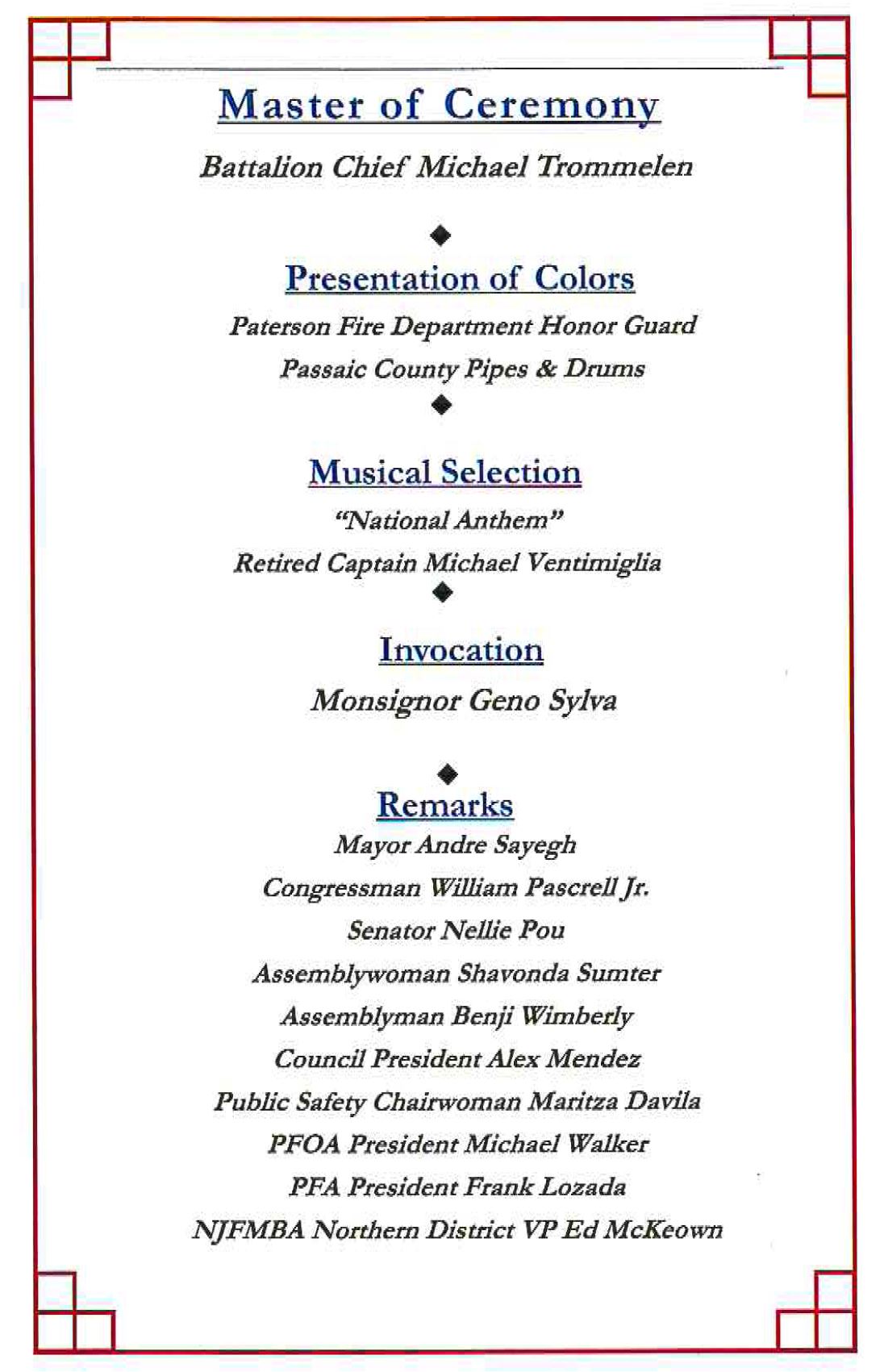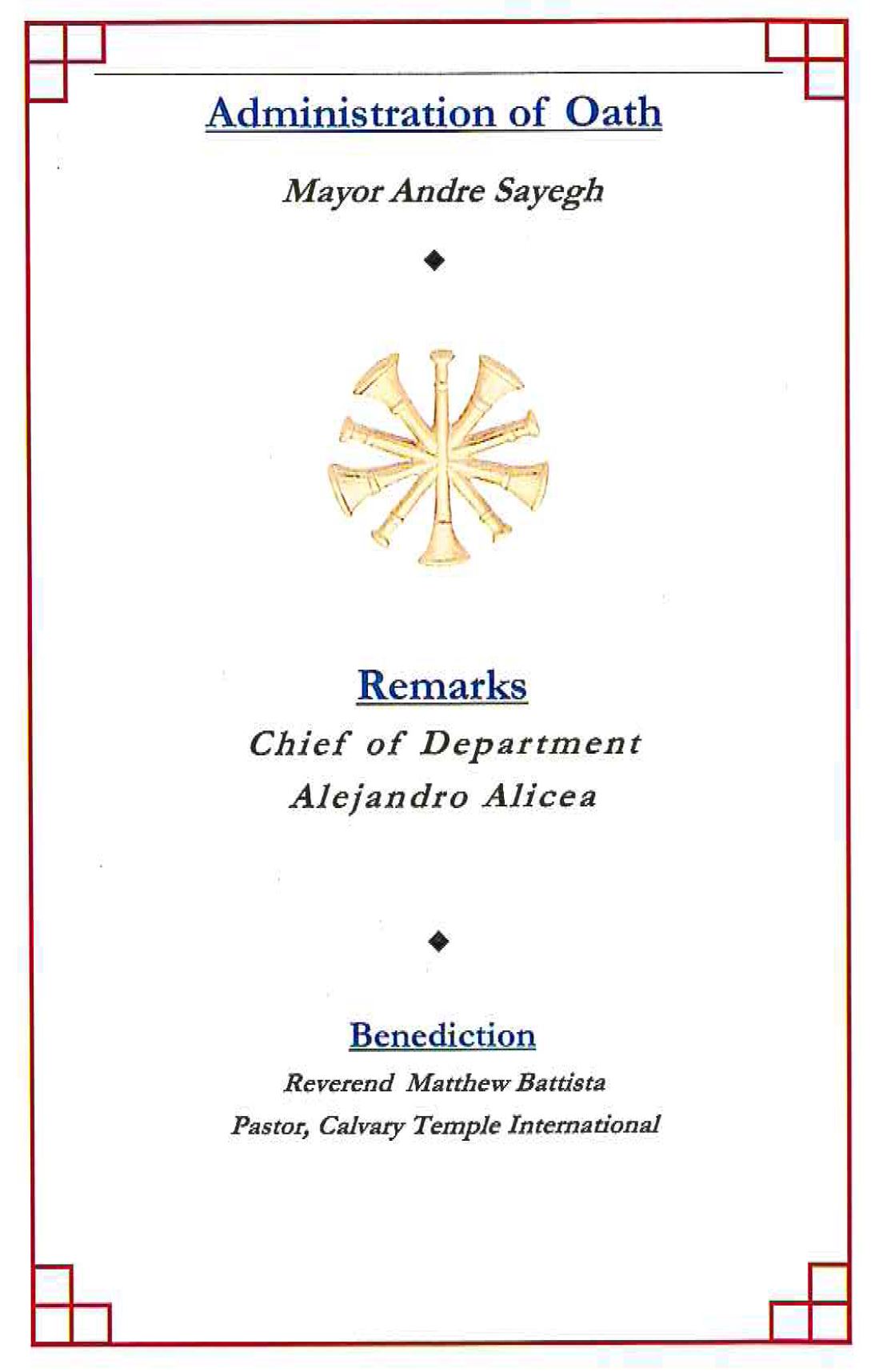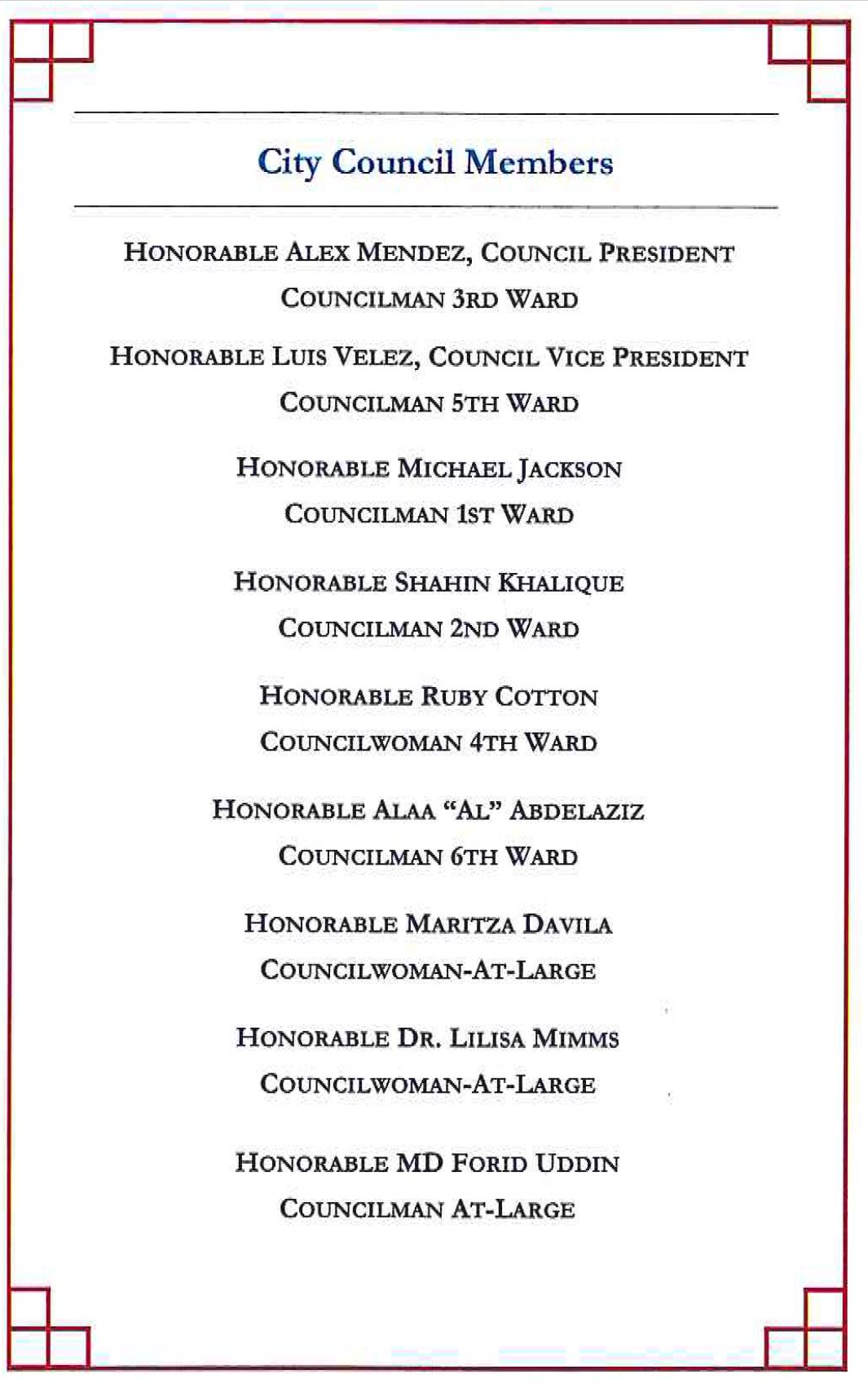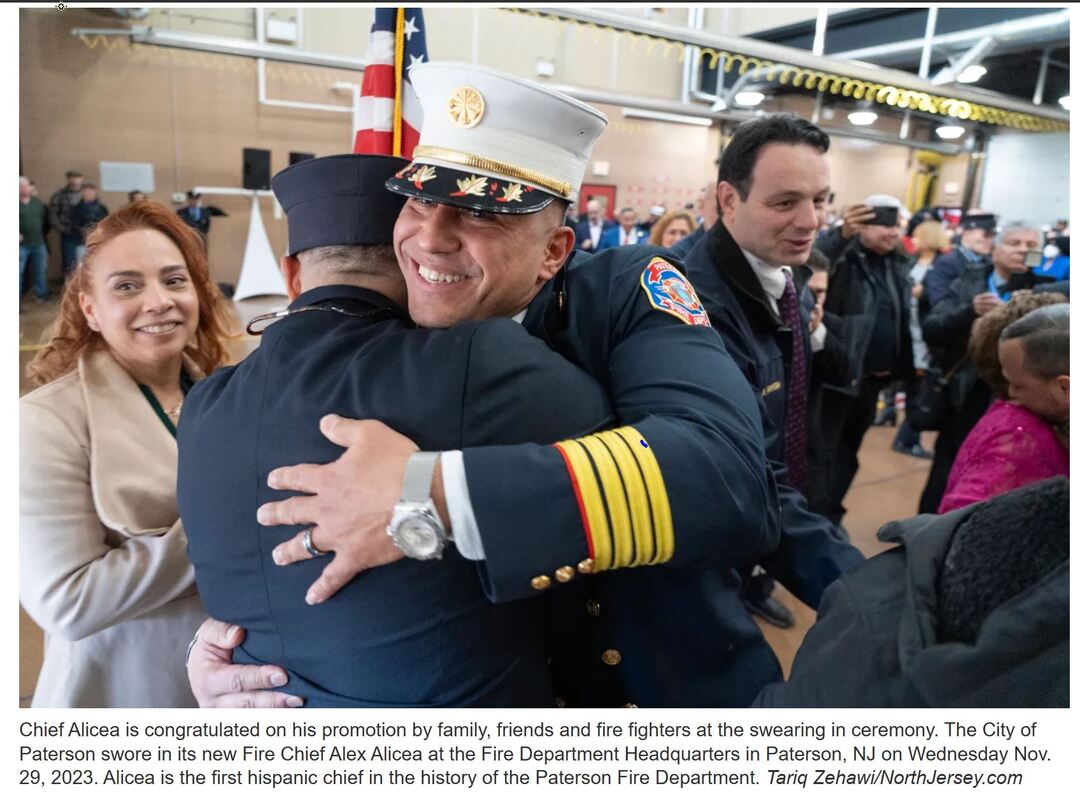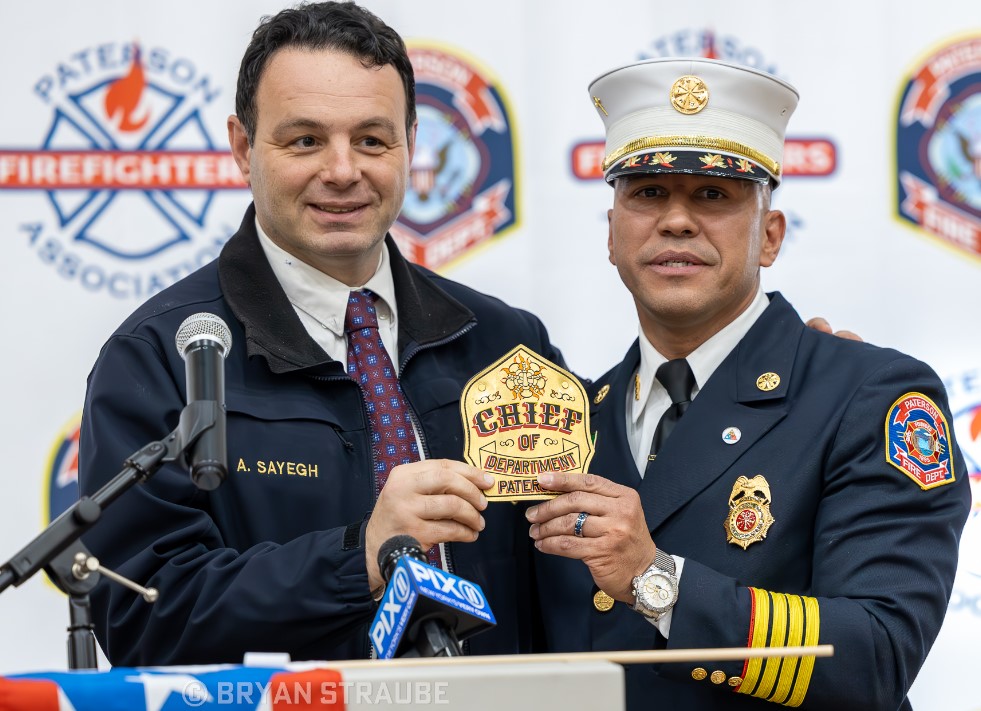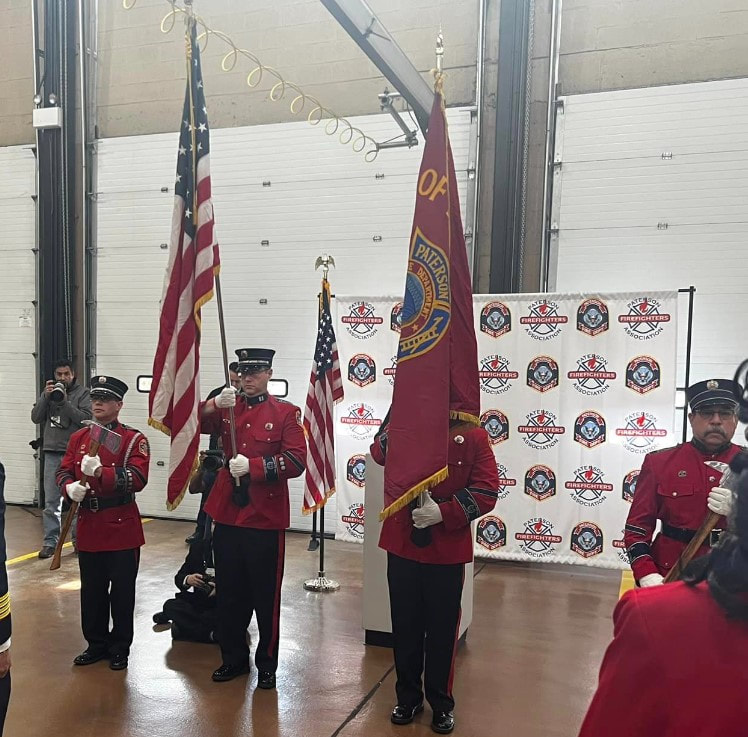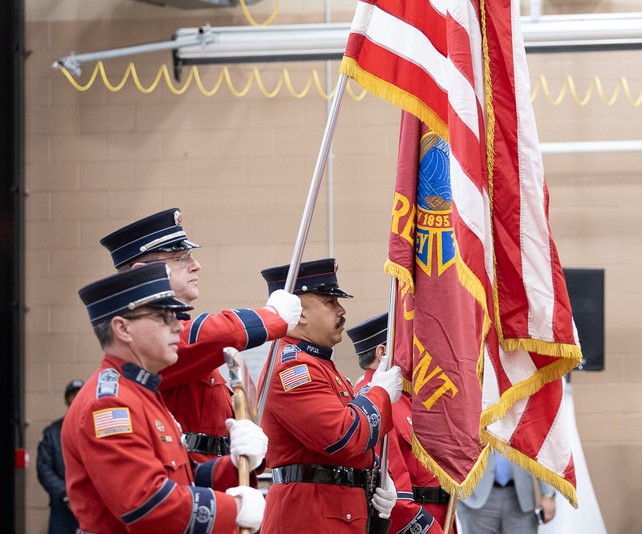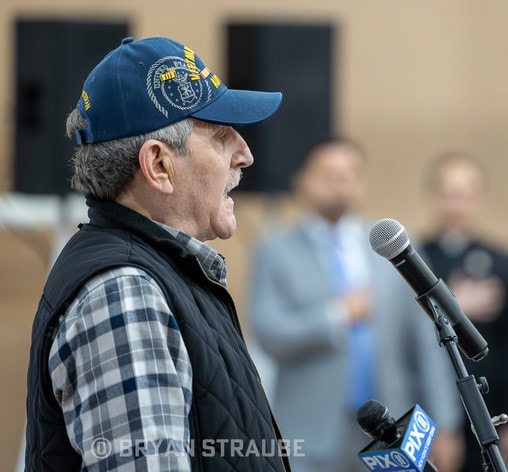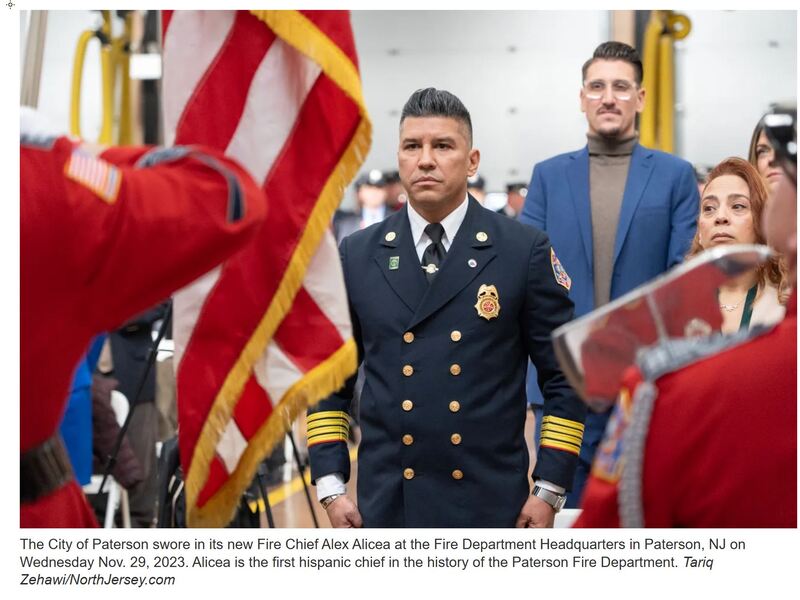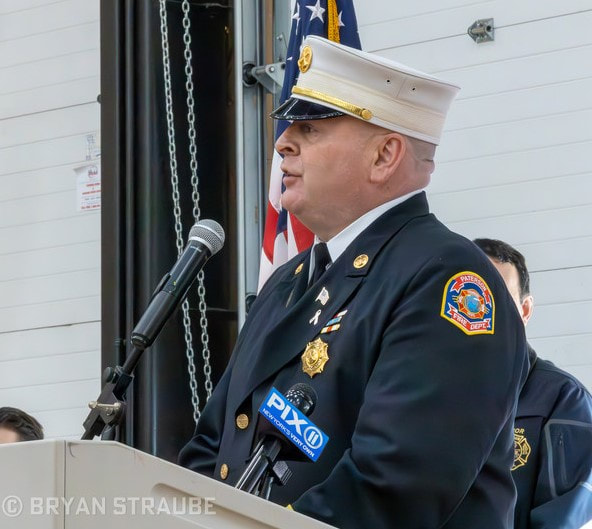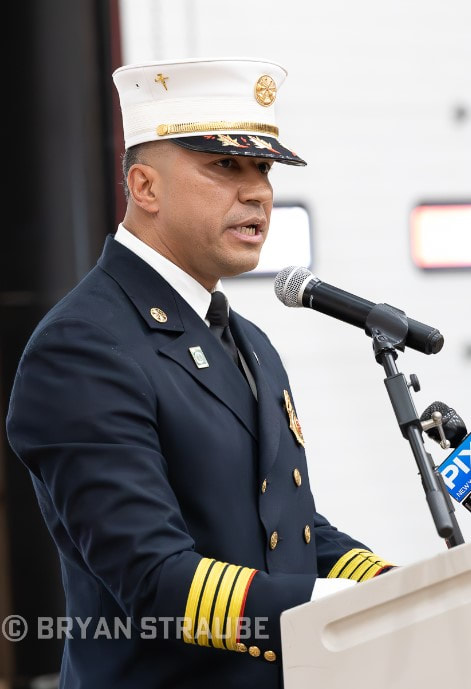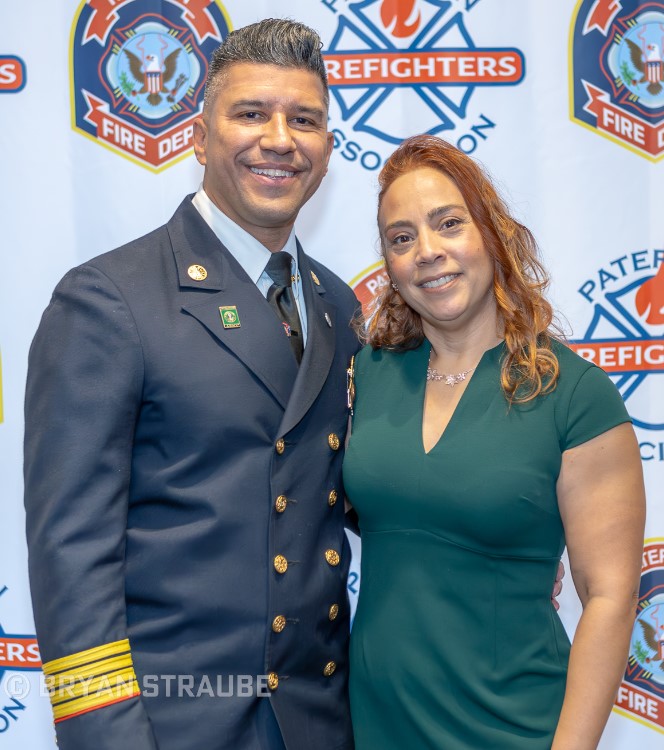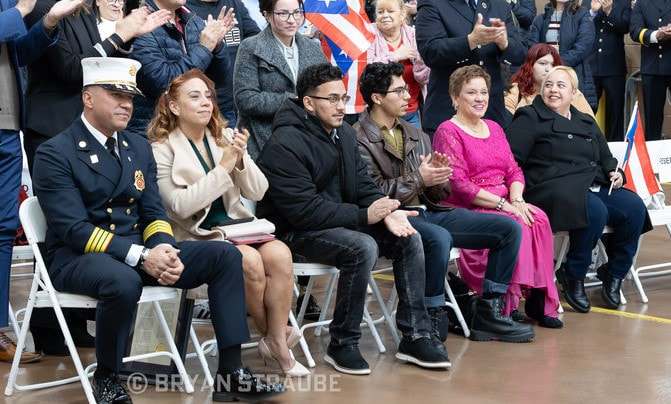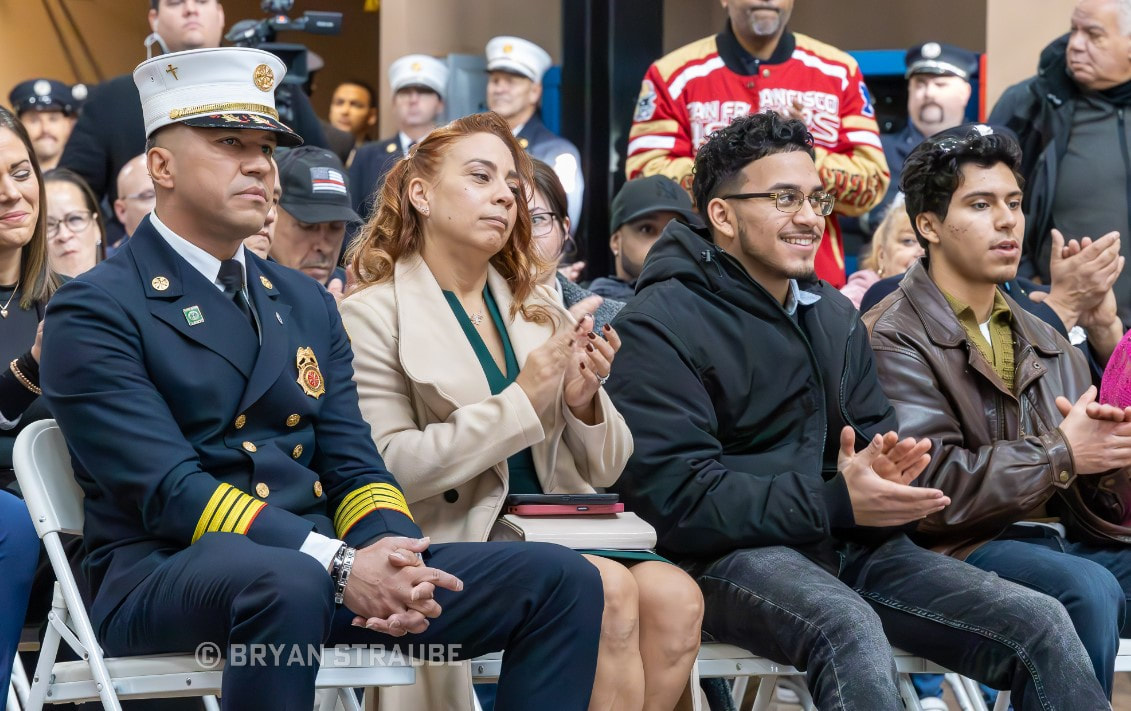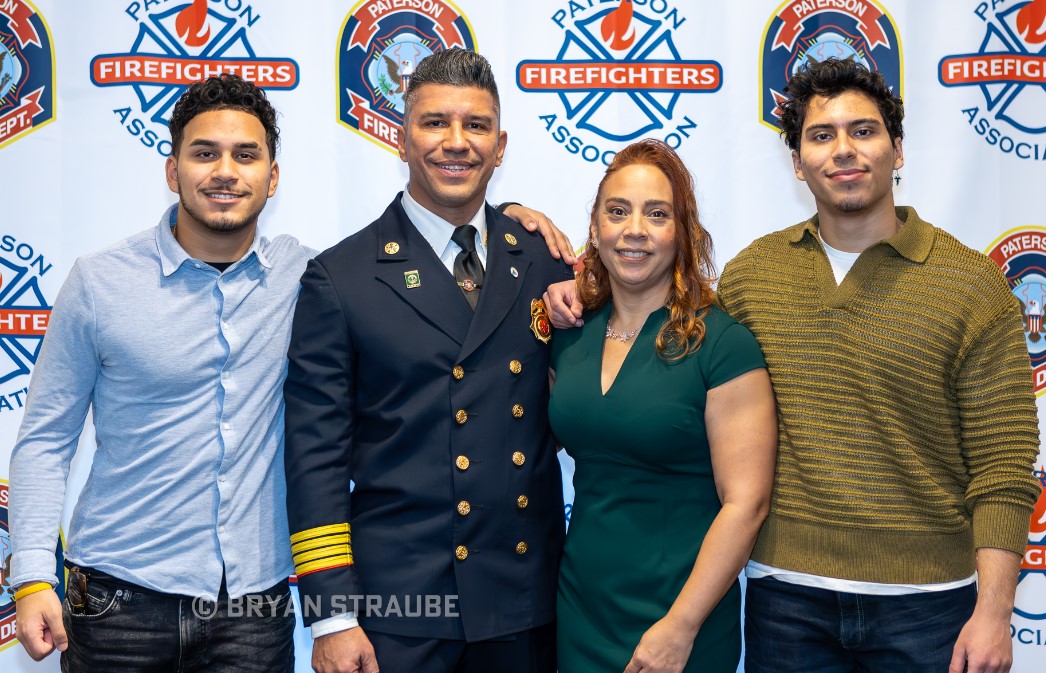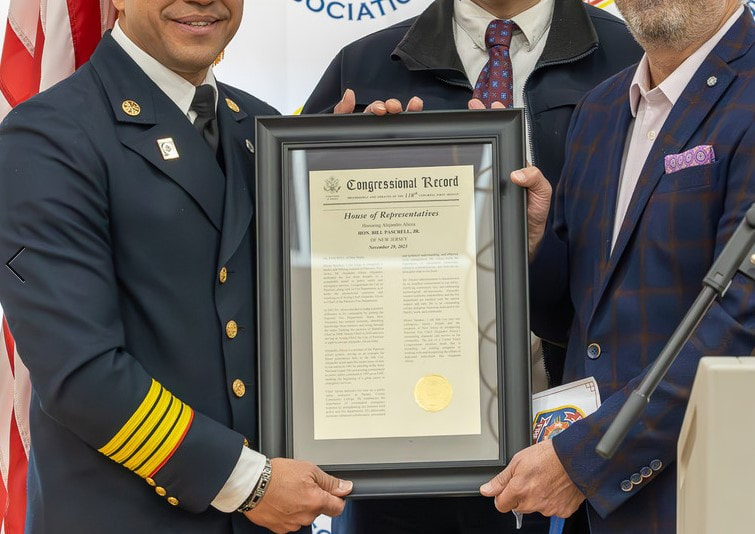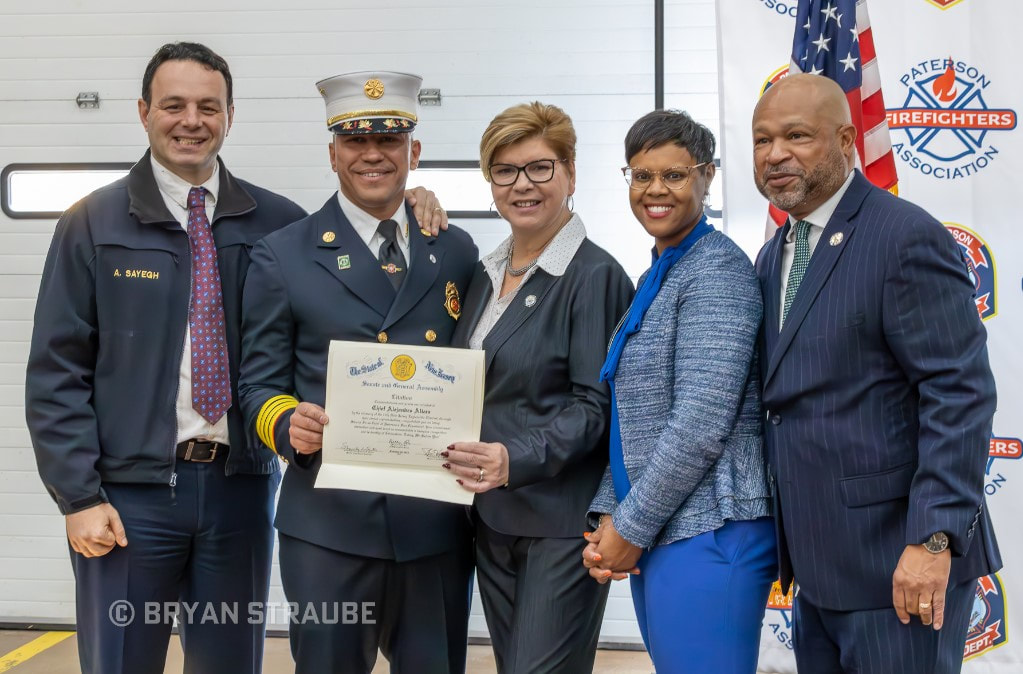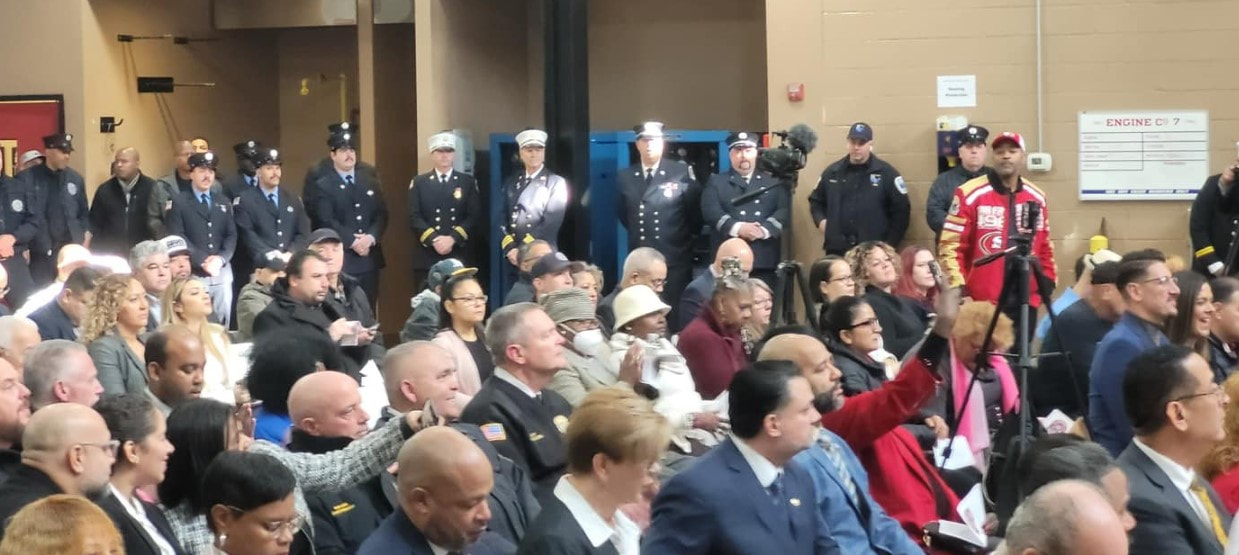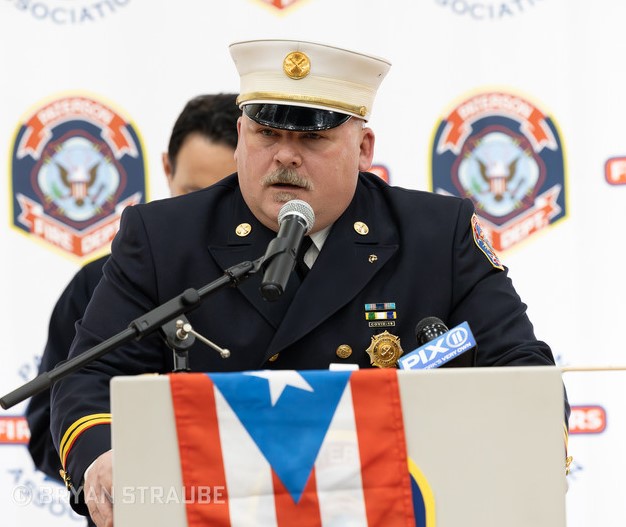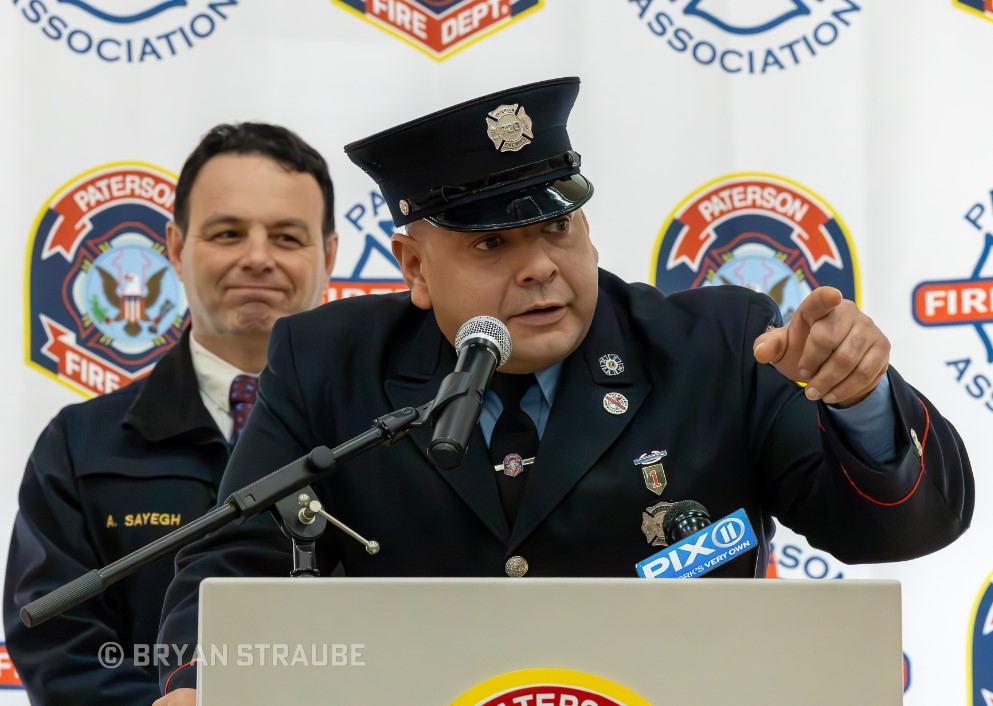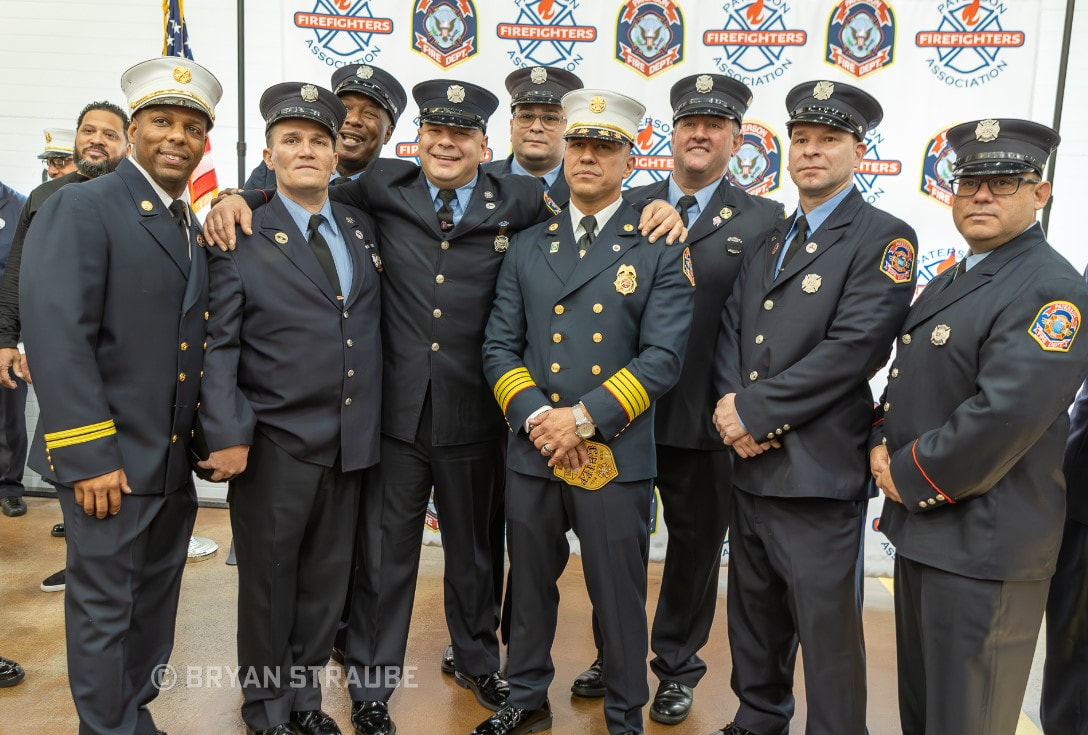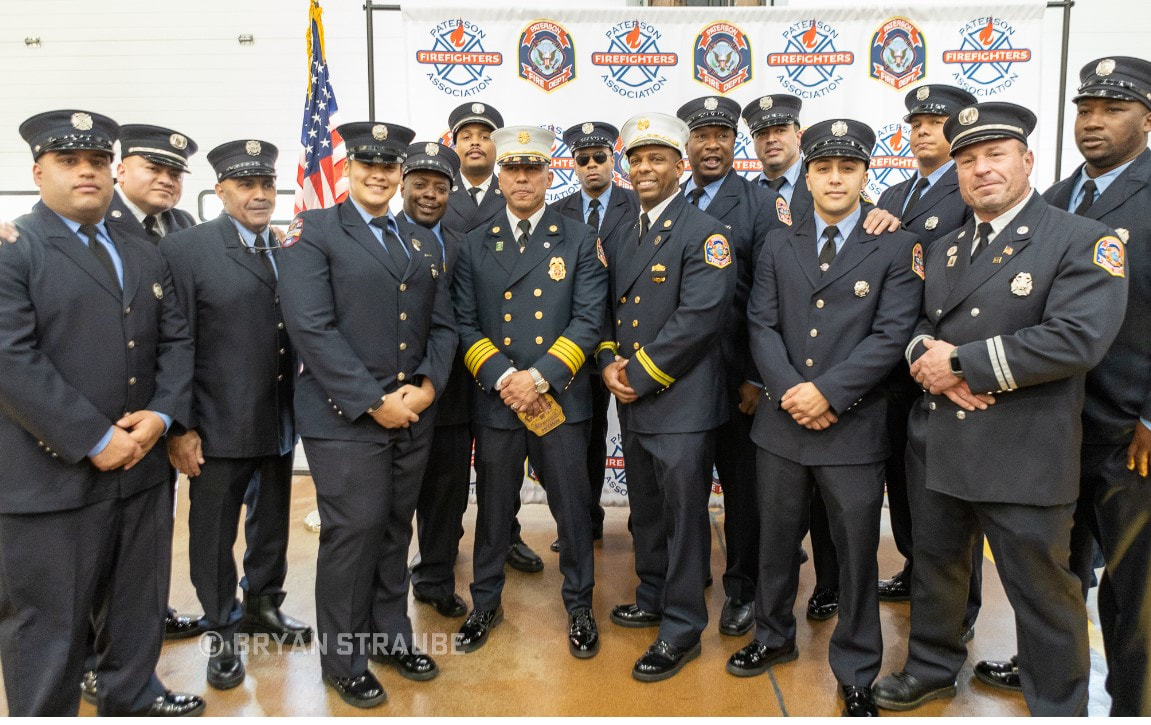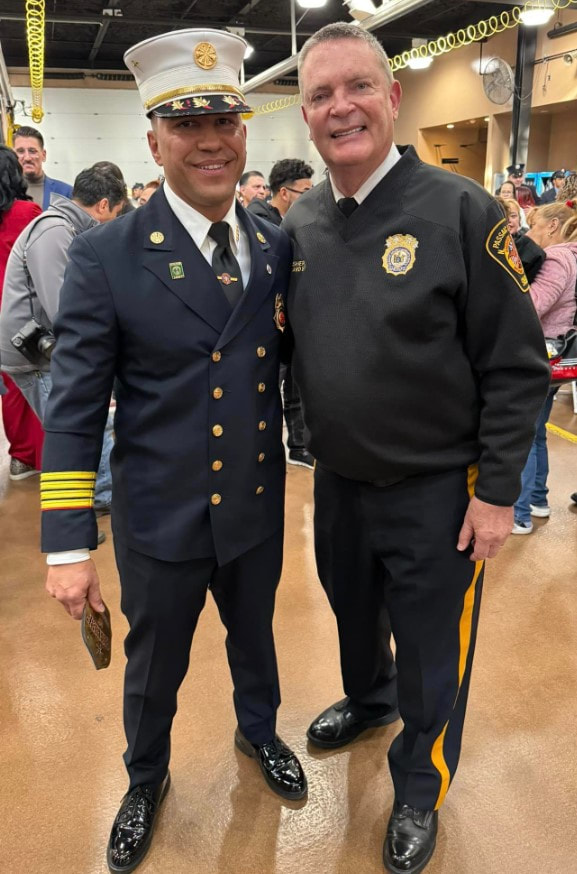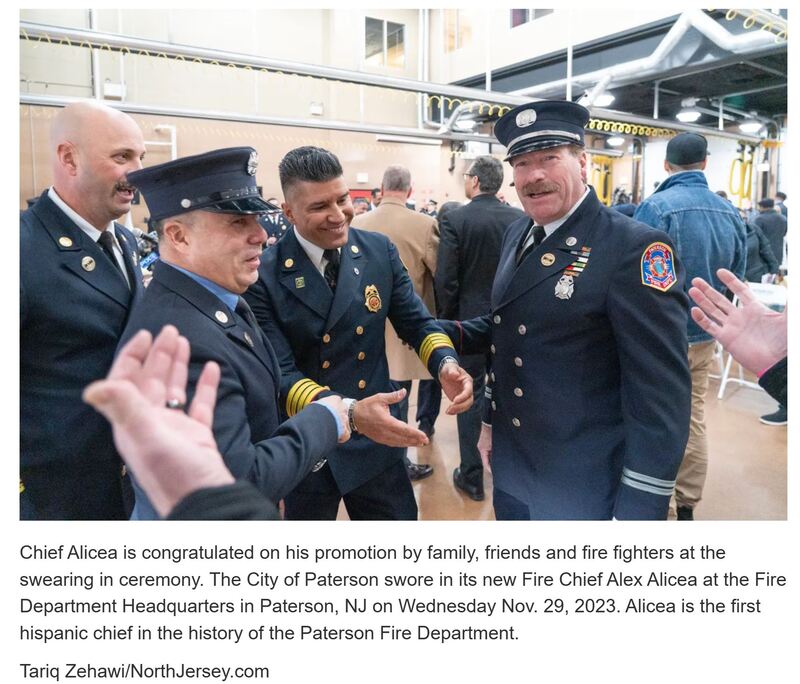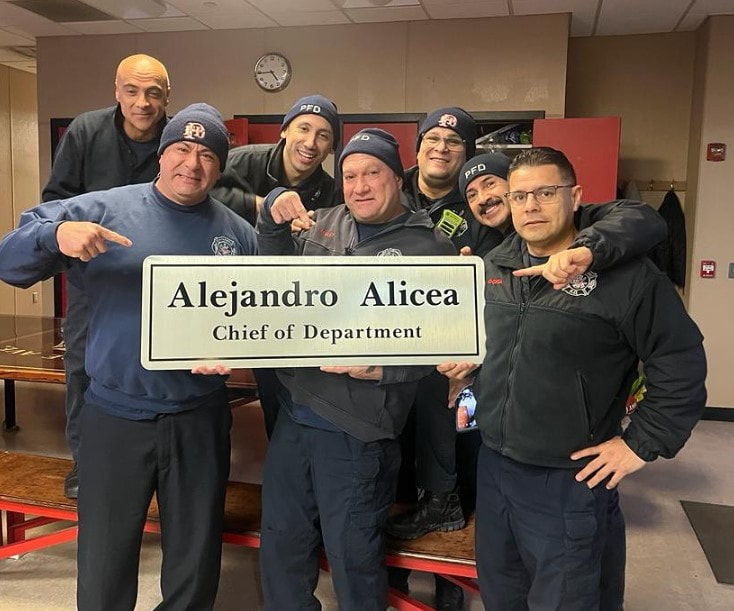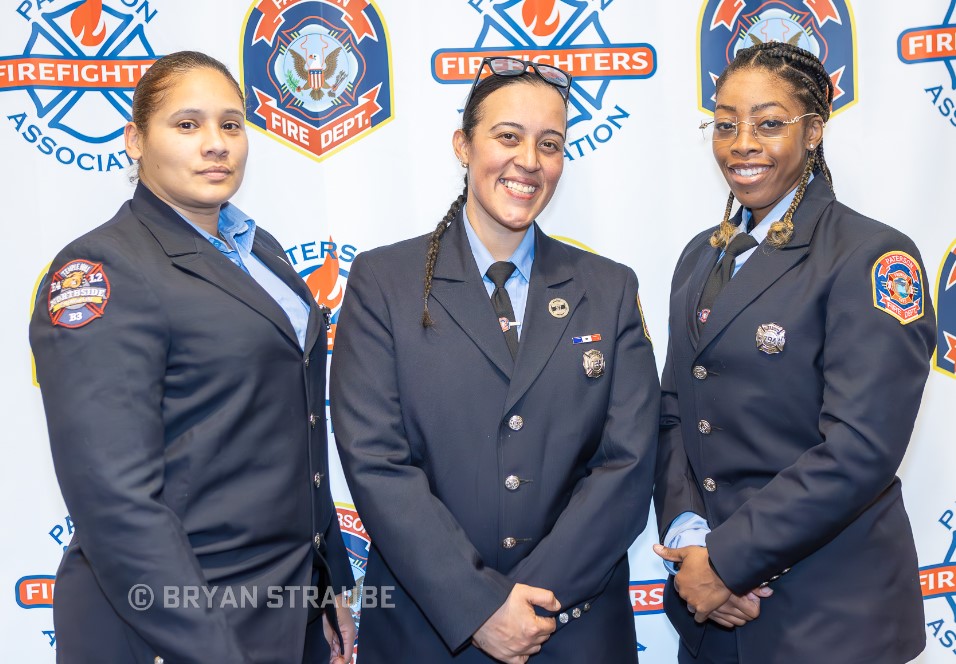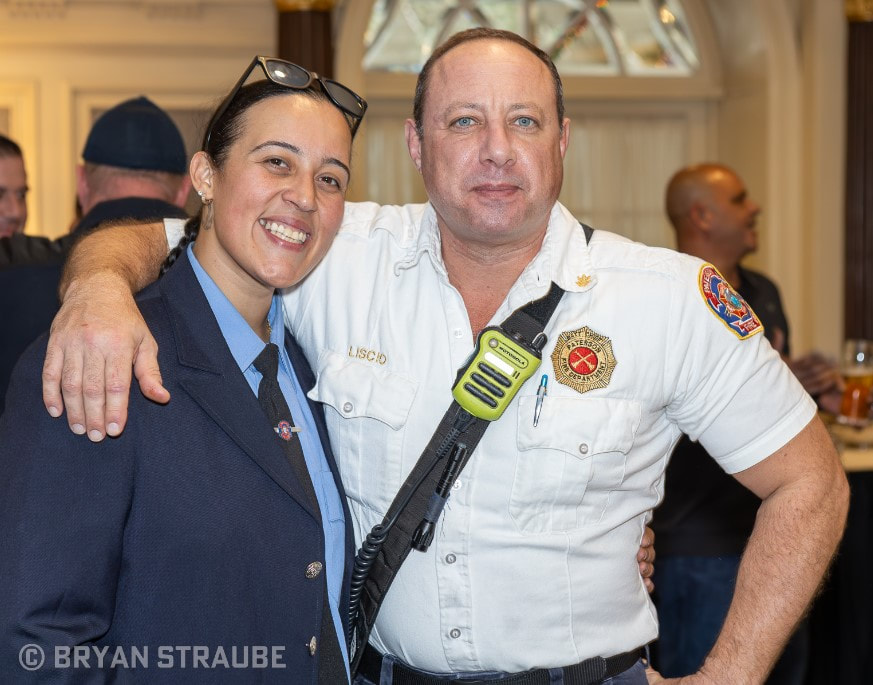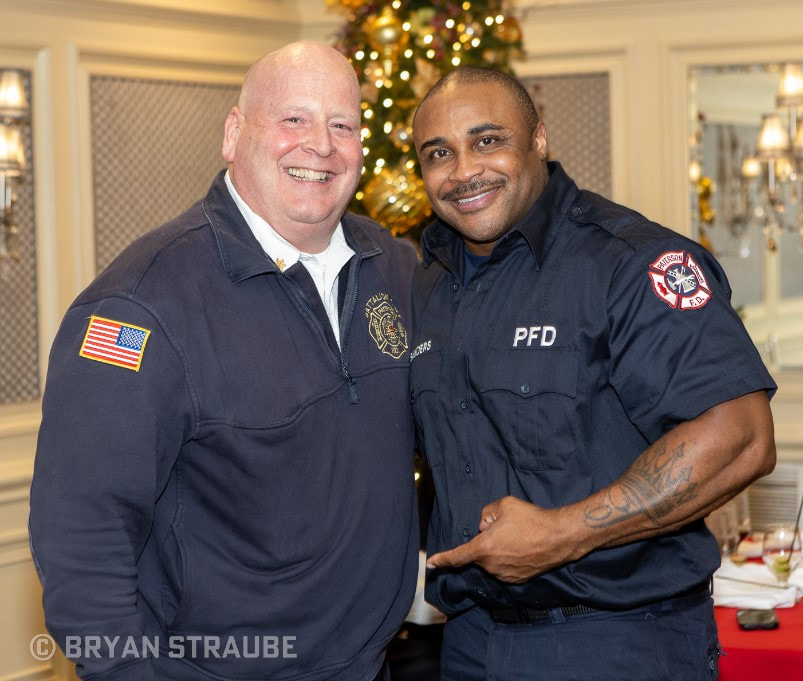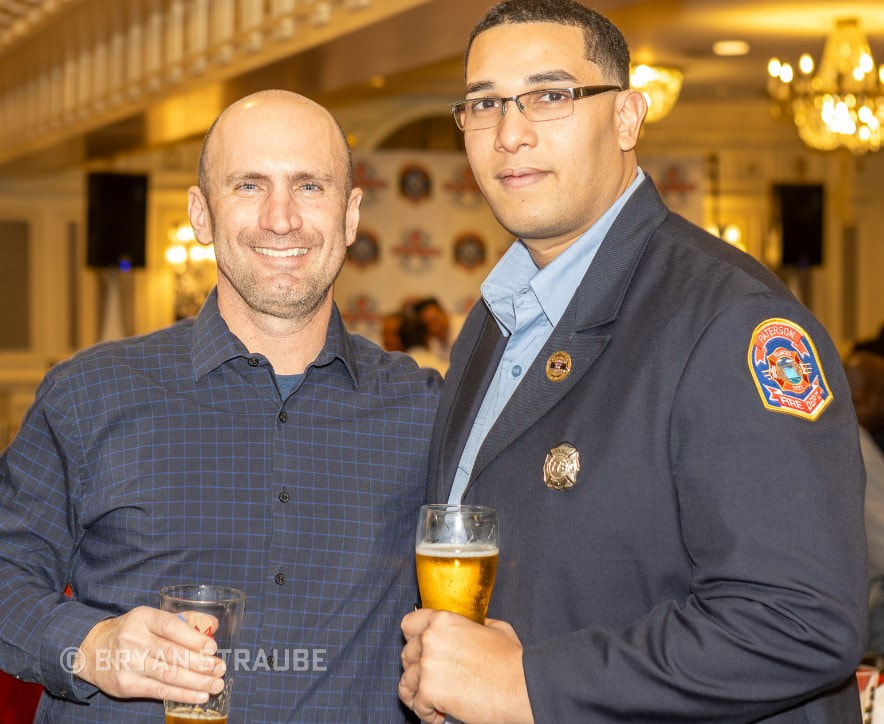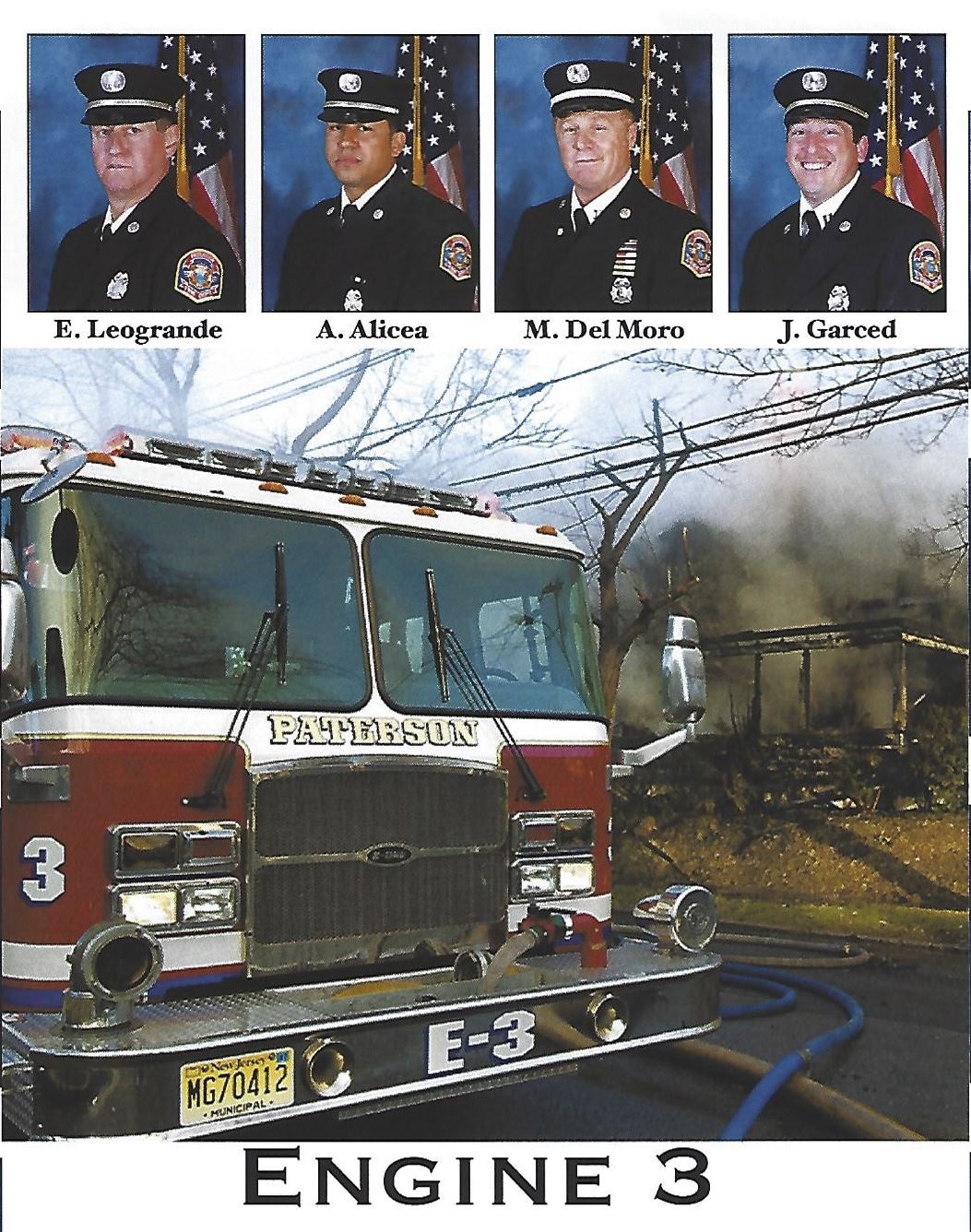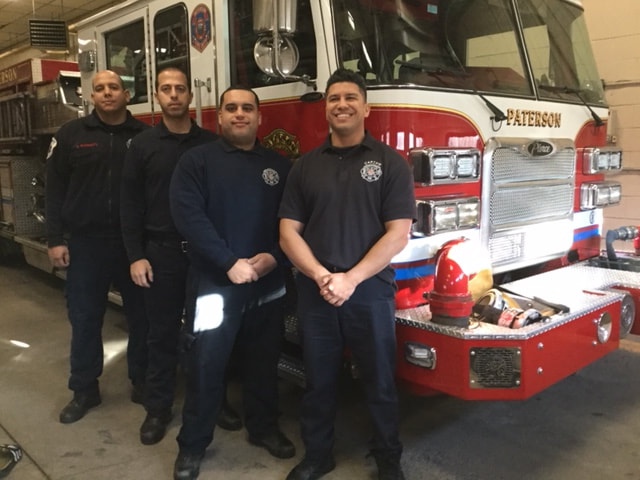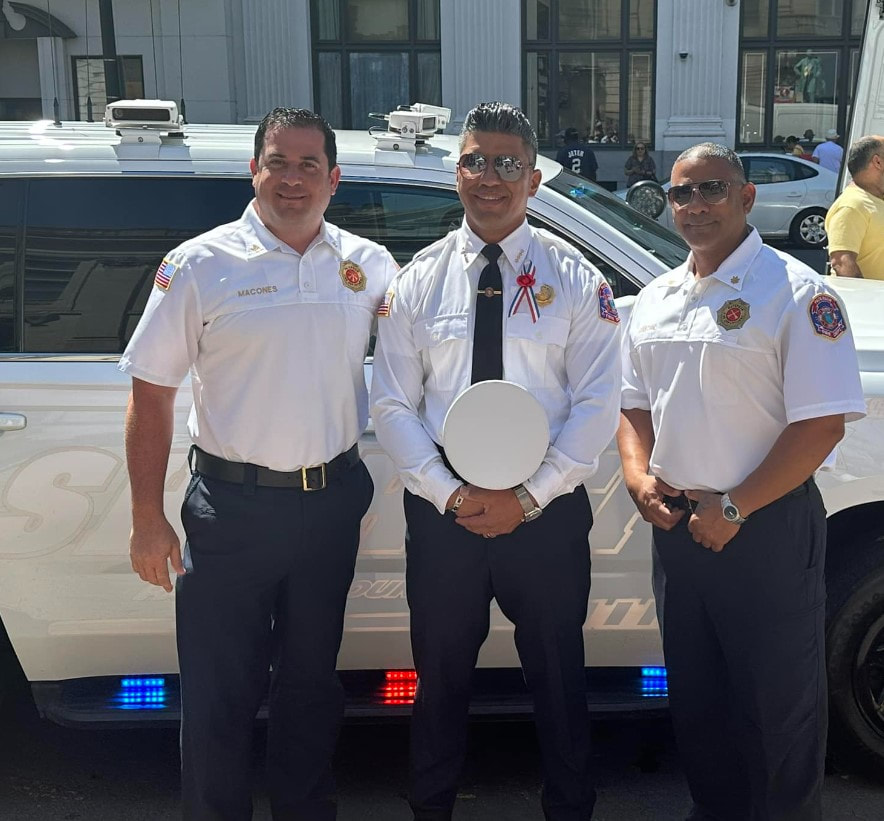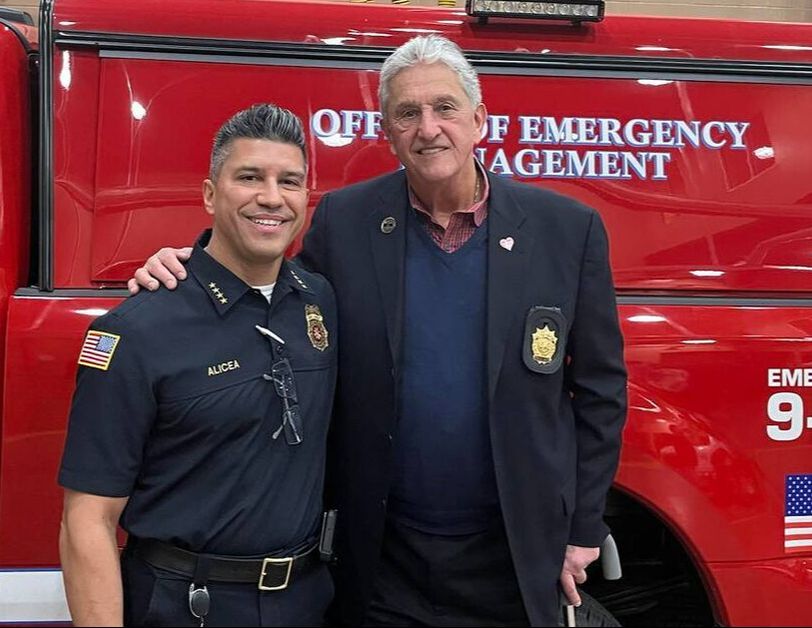- HOME
- OVERVIEW
- FIREFIGHTERS
- CHIEF ENGINEERS TOTAL
- CHIEF ENGINEERS PAID
- THE SUPREME SACRIFICE
- OBITUARIES / DEATHS
-
NOTABLE FIREFIGHTERS
- CALAMITA FAMILY
- CAPTAIN JOHN WEBER
- CUSACK FAMILY
- FLEMING FAMILY
- GERARD DUGAN
- HANCOCK FAMILY
- HENDERSON FAMILY
- HENRY OTIS HARRIS
- ISAAC FELICIANO
- JOHN GILMORE
- JOSEPH DAYSPRING
- JOSEPH FORBES
- KEARNEY-FAMILY
- MARIANI FAMILY
- McLAUGHLIN FAMILY
- MURRAY FAMILY
- PARKIN FAMILY
- SALMANOWITZ BROTHERS
- THE SIMONTONS
- THE SWEENEYS
- TICE FAMILY
- NOTABLE FIRES/INCIDENTS
- SPECIAL OP EVENTS
- TAKING THE HEAT BOOK
- HISTORICAL REVIEWS
- 1907 GUARDIAN
- 1936 HEARD & SEEN COLUMN
- FIREHOUSE PHOTOS / FACTS
- COMPANY & FH HISTORY
- SPECIAL OPERATIONS
- EMS
- COMMUNICATIONS / FA
- FIRE VIDEOS 1991-2011
- FIRE VIDEOS 2014-2022
- DOCUDRAMAS
- APPARATUS
- APPARATUS VIDEOS
- NOTABLE EVENTS INDEX
- MEMORABILIA
- PATCHES DECALS LOGOS SHIRTS
- WALLPAPER
- DEPARTMENT PETS
- TRAINING
-
VOLUNTEER DEPARTMENT
- AUXILIARY FIRE DEPARTMENT
- EXEMPT ASSOCIATION
- EXEMPT HOME & RELICS
- FMBA / PFA
-
BALLBOOKS
- 1909 BALL BOOK
- 1916 BALL BOOK
- 1918 BALL BOOK
- 1921 ANNUAL BALL
- 1923 ANNUAL BALL
- 1928 ANNUAL BALL
- 1935 PFD BOOSTER
- 1936 JANUARY PICTORIAL
- 1936 DECEMBER PICTORIAL
- 1937 ANNUAL BALL
- 1938 ANNUAL BALL
- 1939 ANNUAL BALL
- 1941 ANNUAL BALL
- 1942 ANNUAL BALL
- 1943 ANNUAL BALL
- 1944 ANNUAL BALL
- 1945 ANNUAL BALL
- 1946 ANNUAL BALL
- 1947 ANNUAL BALL
- 1948 ANNUAL BALL
- 1949 ANNUAL BALL
- 1950 ANNUAL BALL
- 1951 ANNUAL BALL
- 1952 ANNUAL BALL
- 1953 ANNUAL BALL
- 1954 ANNUAL BALL
- 1955 ANNUAL BALL
- 1956 ANNUAL BALL
- 1957 ANNUAL BALL
- 1958 ANNUAL BALL
- 1959 ANNUAL BALL
- 1960 ANNUAL BALL
- 1961 ANNUAL BALL
- 1962 ANNUAL BALL
- 1963 ANNUAL BALL
- 1964 ANNUAL BALL
- 1965 ANNUAL BALL
- 1966 ANNUAL BALL
- 1967 ANNUAL BALL
- 1968 ANNUAL BALL
- 1969 ANNUAL BALL
- 1970 ANNUAL BALL
- 1971 ANNUAL BALL
- 1972 ANNUAL BALL
- 1973 ANNUAL BALL
- 1975 ANNUAL BALL
- 1976 ANNUAL BALL
- 1977 ANNUAL BALL
- 1979 ANNUAL BALL
- 1980 ANNUAL BALL
- 1981 ANNUAL BALL
- 1982 ANNUAL BALL
- 1983 ANNUAL BALL
- 1984 ANNUAL BALL
- 1985 ANNUAL BALL
- 1986 ANNUAL BALL
- 1987 ANNUAL BALL
- 1988 ANNUAL BALL
- 1989 ANNUAL BALL
- 1990 ANNUAL BALL
- 1991 ANNUAL BALL
- 1992 ANNUAL BALL
- 1993 ANNUAL BALL
- 1994 ANNUAL BALL
- 1995 ANNUAL BALL
- 1996 ANNUAL BALL
- 1997 ANNUAL BALL
- 1998 ANNUAL BALL
- 1999 ANNUAL BALL
- 2000 ANNUAL BALL
- 2001 ANNUAL BALL
- 2002 ANNUAL BALL
- 2003 ANNUAL BALL
- 2004 ANNUAL BALL
- 2005 ANNUAL BALL
- 2010 ANNUAL BALL
- 2011 ANNUAL BALL
- 2014 ANNUAL BALL
- 2016 ANNUAL BALL
- ANNUAL REPORTS
- PFH CONTRIBUTORS
- ORAL HISTORY
- STATISTICS
- CONTACT
- CITY OF PATERSON
PAID ERA CHIEF ENGINEERS
The Chief Engineer is now called Chief of Department
David I. Turnbull: March 20 1890 - May 5, 1890 [Partially Paid Department]
John Stagg: May 6, 1891 - July 1, 1912
Thomas L. Coyle: July 1, 1912 - September 1, 1946
James J. Troy: September 1, 1946 - January 10, 1951 (died in office)
G. Hobart Strathearn: February 1, 1952 - April 29, 1959 (died in office)
Harold J. Kane: April 14, 1960 - January 6, 1984
William J. Comer: February 22, 1985 - February 28, 1990
John A. Mauro: April 9, 1990 - January 1, 1996
James Pasquariello: January 1, 1998 - February 1, 2004
Michael Postorino: February 5, 2005 -December 31, 2017
Brian J. McDermott: January 1, 2018 - August 30, 2023
Alejandro Alicea: November 29, 2023 -
John Stagg: May 6, 1891 - July 1, 1912
Thomas L. Coyle: July 1, 1912 - September 1, 1946
James J. Troy: September 1, 1946 - January 10, 1951 (died in office)
G. Hobart Strathearn: February 1, 1952 - April 29, 1959 (died in office)
Harold J. Kane: April 14, 1960 - January 6, 1984
William J. Comer: February 22, 1985 - February 28, 1990
John A. Mauro: April 9, 1990 - January 1, 1996
James Pasquariello: January 1, 1998 - February 1, 2004
Michael Postorino: February 5, 2005 -December 31, 2017
Brian J. McDermott: January 1, 2018 - August 30, 2023
Alejandro Alicea: November 29, 2023 -
Chief David I. Turnbull
|
Chief Turnbull was a longtime member of Paterson's Volunteer Fire Department and served a two year term of Chief Engineer in 1877 (seen at right). In the year 1888 the board of aldermen took away from the companies the election of chief and assistant engineers, and in May, 1889, appointed David I. Trumbull chief (seen below) and John F. Murphy assistant chief engineer. |
Fire gong installed in Chief Turnbull's home (June 20, 1877) - first chief to receive one
May 6, 1889 - David Turnbull as first chief elected by Aldermen - He was the last Chief of the Volunteer Department and would be first Chief of Paid department (albeit transiently due to an infrmary)
|
During 1889 the department was reorganized by a special committee consisting of Aldermen Macdonald, Miller and Kearney, and a paid department succeeded the volunteer system on March, 20th, 1890, with four permanent men in nine engine and three hook and ladder companies, and eight call men to each. Shown below is Chief Turnbull's helmet from his tenure as a Chief (1877-90) in the volunteer and early paid department. The helmet is in the Smithsonian Museum collection |
May 5, 1890: Chief Turnbull resigns due to illness
|
David Turnbull resigned as Chief Engineer on May 5th, 1890, and Assistant Chief John Murphy was appointed (as acting chief) to fill vacancy of Turnbull's term. John Struck became Murphy's Assistant Chief. Murphy served in that role until May 1891
John Gillmore succeeded John Crotty as assistant chief engineer |
March 5, 1897: News reporting imminent death of Chief John Murphy
December 16, 1917: Death of Chief Turnbull
Chief John Stagg
|
The Legislature, in the spring of 1891, passed a law making the office of chief and assistant engineers during good behavior, and on May 6, 1891, John Stagg was elected chief and James Mills assistant engineer. In June, 1891, Assistant John Gillmer resigned and was reappointed under the law of 1891. Stagg was born in that city December 16th, 1843 and was educated in the public schools of his native city. In 1857 he went to work in the Guardian office and carried papers for about three years, working all day in the office and carrying papers evenings at a salary of $1.25 a week, but that was considered good pay in those days. |
|
He worked in the job department of the Guardian until 1862, when he enlisted in Company A, 11th New Jersey Volunteers commanded by Captain Phil Kearney (a cousin of the famous General). He served with the 11th Regiment as private, corporal, sergeant and quartermaster sergeant until,
|
when before Petersburg in 1864, he was transferred to the First Michigan Cavalry, commanded by General Peter Stagg. He was at once promoted to second lieutenant and soon after to first lieutenant and aid-de-camp on his brother's staff, and served as such in the cavalry raid through the Shenandoah Valley and around Richmond until the close of the war. The brigade was then ordered to Utah on special service and shortly after, in April, 1866, was mustered out.
Mr. Stagg then drifted up into the gold mines in Montana and "roughed it' until September, 1868, when he returned to Paterson. He was immediately employed at his old place in the Chairman's office and, pulling of his coat and rolling up his sleeves, went to work as if he had been there the day before, instead of having gone through four years of the most exciting sort of life, full of hair-breadth escapes in battle, skirmish and raid, two years of which were literally in the saddle. Afterwards he was business manager of the Morning Call, which he continued until appointed chief engineer of the present department, May 6th, 1891.
He joined Passaic Engine Co. No. 1 the same year he returned to Paterson (1868), and was an active fireman ever since. He was always foremost in everything appertaining to the department, rarely missing a fire in over twenty years. He served as secretary and foreman of his company, and was elected chief in 1887 after one of the most stubborn and hotly contested campaigns ever known in Paterson.
Soon after his appointment his good judgment is credited with saving many thousands of dollars worth of property at the disastrous fire at Grant Locomotive Works. An October 2, 1887 Morning Call review stated "he is always shown to great advantage in sudden emergencies when indecision or lack of promptness would be fatal."
He joined Passaic Engine Co. No. 1 the same year he returned to Paterson (1868), and was an active fireman ever since. He was always foremost in everything appertaining to the department, rarely missing a fire in over twenty years. He served as secretary and foreman of his company, and was elected chief in 1887 after one of the most stubborn and hotly contested campaigns ever known in Paterson.
Soon after his appointment his good judgment is credited with saving many thousands of dollars worth of property at the disastrous fire at Grant Locomotive Works. An October 2, 1887 Morning Call review stated "he is always shown to great advantage in sudden emergencies when indecision or lack of promptness would be fatal."
August 10, 1888: Spectacular gold badge presentation to John Stagg when he was Chief of Volunteer Department
May 4, 1891: Aldermen meet to appoint the Chief Engineer
May 6, 1891: Chief Stagg's first fire 456 Main Street Station 53 (Main & Taylor
May 11, 1891: Chief Stagg quits his newspaper job at Morning Call
October 11, 1891: Paterson News sketch
July 30, 1892: Letter signed by Chief Stagg on PFD stationary
January 5, 1898 - First Chief to use white rubber gear
Chief Stagg was a member of the National Association of Fire Engineers, and took a deep interest in the firemen's organizations, of his state. He also served as the president of the International Association of Fire Chiefs. In 1910 Chief Stagg had the department purchase its first motorized vehicle, a 1910 Howe Automobile Combination Fire Engine assigned to Engine Company 10 and first motorized chief's gig in 1911.
Seen below are the Chiefs of the Paterson Fire Department in 1902: Seated left - right: Assistant Chief James Mills, Chief John Stagg and Assistant Chief John Gilmore at the quarters of Truck Company 1 on Jackson Street
December 16, 1902: Paterson F/F honor Chief Stagg on his 60th birthday as he sits in his new office (of 3 months) on 3rd floor of City Hall.
Attesting to his reputation, Chief Stagg was featured in a set of Tobacco Cards
that featured famous fire and police officers
|
For more on Chief Staggs Volunteer career
|
August 19, 1905: John Stagg elected President of the International Fire Engineer's Association at its annual convention in Duluth, Minnesota.
October 11, 1906: Chief Stagg's wife passes away while they were attending the Annual Meeting of the National Association of Fire Engineers in Dallas Texas. Prestigious honors paid to Chief and Mrs. Stagg on her return cortege to NJ
April 15, 1907: Chief's stationary - Stagg signed orders of a transfer
October 28, 1907: Graphic in Paterson Daily Press for the PFD Annual Parade and Inspection
October 22, 1908: Chief Stagg at a Parade in Passaic
November 17, 1909: Chief Stagg is married
July 1, 1910: Chief assaulted
December 3, 1910: Chief Stagg speculates about retirement
1911: Chief John Stagg tenders resignation
March 11, 1911: Chief Stagg's ephemera collection
April 27, 1911: Chief Stagg asked to stay on a bit longer
March 1, 1912: Chief Stagg given a 30 day vacation (to rest)
April 1912 article in the Press Civil War photo as well as sitting at his desk then located at 10 Hamilton Street Firehouse (house of Chemical Engine 1)
July 1, 1912:
July 30, 1912: Badge alteration
December 12, 1916: Chief Stagg illness reported
January 16, 1916:
February 26, 1921: Chief Stagg holding his own
June 11, 1926: Chief Stagg passed away
1935 10th Annual Ball Firemen's Booster
Chief Stagg's helmet from the Volunteer era now resides in the Smithsonian museum is shown below. On January 1, 1948 it was present to News publisher Harry B Haines
Chief Thomas Coyle
|
Chief Thomas Coyle joined the department February 1, 1904 and became the youngest Chief Engineer in department history with his appointment to Chief on July 1, 1912 which coincided with the March 19 opening of the new central fire headquarters at 115 Van Houten Street and the retirement of Chief Stagg. Appointment made permanent on November 1, 1912
|
January 17, 1907: FF Thomas Coyle then of Engine 6 has a near LODD experience at a fire at Schlumpf's Hall on 26, 32-36 Cross Street
Newspaper photo of newly appointed Thomas Coyle in his white coat and helmet a 5AM second alarm fire scene (166 River Street) 4 days after becoming Chief.
|
He was the first chief to never use a horse drawn gig. He was also the longest serving Chief Engineer with a 34 year career that ended with his retirement on September 1, 1946. Chief Coyle drastically upgraded the PFD by motorizing every apparatus and then ushering the Ahrens Fox apparatus era. He supervised the construction and unveiling of the Memorial Monument at Federal Plaza by the Post Office to Paterson Firemen who had made the Supreme Sacrifice. The Auxiliary Fire Department was established during World War 2 to replace firemen serving their country. |
July 2, 1912: Morning Call article
|
Photo at right from July 5, 1946 News is entitled "When Speed Counts" It states: Chief Coyle is a veteran fireman in point of years with the alacrity f a first year man. This manuever has broken ankles for the unvitiated
|
Chief Coyle sliding down pole at 115 Van Houten Street on his retirement day
|
March 13, 1906 ladder incident with F/F Thomas Coyle of Engine 6
April 1, 1946: Retirement gift for Chief Coyle
July 5, 1946: Coyle prepares for retirement
July 10, 1946: Fire and Police Commission order retirement of Chief Coyle and others
FMBA Picnic circa 1952-55: Left-right: Retired Captain Sam Simonton, Retired Chief Thomas Coyle, Master Mechanic John Lawless and then Battalion Chief Joseph Dayspring
April 10, 1959: Chief Coyle passes away
The following clippings were in the January 18, 1935 FMBA Tenth Annual Ball Firemen's Booster program
Chief James J. Troy
|
James "Jimmy" Troy was appointed on July 1, 1916, became a Captain (Engine 11) on June 16, 1921, Battalion Chief in April on March 31, 1938 and Deputy Chief on March 1, 1942. He became Chief Engineer on the day of Chief Coyle's retirement on September 1, 1946. He served until January 10, 1951. He is pictured below with his aide Joseph Dow with the new Cadillac gig at the quarters of Engine Company 13 (whose Ahrens Fox apparatus is seen in background) and Truck Company 1 on 23rd Avenue. Modernization began under Chief Troy when the city purchased two new Mack 1000 GPM pumpers for Engine Companies 5 and 12. Chief Troy died suddenly on January 10, 1951
|
James Troy was granted a leave of absence to enter the US Army during WWI. He saw service with the Allied Expeditionary Force in France and was badly gassed in the Argonne. He was discharged with the rank of Sergeant Major in May of 1919.
June 5, 1941: "Junior Chief Fire Week" - Joe Troy, son of then BC James Troy
October 7, 1945: Chief Troy's son Charles killed in action at Iwo Jima
Chief Troy passed suddenly on January 10, 1951 and below from the Journal of Engine Company 1 at 115 Van Houten Street is official 11:45 PM announcement from Fire Alarm Office
January 11 orders from Acting Chief Kennedy on funeral from the Journal of Engine Company 1 at 115 Van Houten Street re the "late" James J. Troy - all firefighters ("A and B" shifts to assemble at Engine Company 7 on Gould Avenue on January 12, 7:30 PM to pay their last respects
January 15, 1951 - Funeral
Chief G. Hobart Strathearn
|
Chief G. Hobart "Hobie" Strathearn was appointed Chief Engineer on February 1, 1952 and served until his death on April 21, 1959. Enlisted at age 17 and served as a Coxswain in US Navy May 3, 1917 thru October 1919. Spent 18 months in foreign waters and saw duty on Battleship USS Idaho |
Appointed: June 1, 1922 - assigned to Engine Co. 5 "B" shift
May 1, 1924 - transferred to Engine Co. 7 "A" shift
May 24, 1924 - transferred to Engine Co. 4 "B" shift
February 22, 1926 - transferred to Engine Co 3 "A" shift
January 2, 1928 - transferred to Engine Co. 5 "A" shift
February 16, 1930 - promoted to Captain Engine Co. 9 "A" shift
May 16, 1938 - transferred to Truck Co. 2 "A" shift
July 1, 1940 - promoted to Battalion Chief on "A" shift
September 1, 1946 - promoted to Deputy Chief "A" shift
May 1, 1924 - transferred to Engine Co. 7 "A" shift
May 24, 1924 - transferred to Engine Co. 4 "B" shift
February 22, 1926 - transferred to Engine Co 3 "A" shift
January 2, 1928 - transferred to Engine Co. 5 "A" shift
February 16, 1930 - promoted to Captain Engine Co. 9 "A" shift
May 16, 1938 - transferred to Truck Co. 2 "A" shift
July 1, 1940 - promoted to Battalion Chief on "A" shift
September 1, 1946 - promoted to Deputy Chief "A" shift
Strathearn Chief Badge
January 8, 1952: Fire and Police Commission names Hobart Strathearn as Acting Chief Engineer and asks NJ Civil Service to make the elevation permanent.
April 27, 1944: Deputy Chief Strathearn required surgery for job related injury
October 23, 1951: DC Strathearn receives prestigious Oscar Red Feather Award from United Community Chest
February 14, 1952: Fire and Police Commission appoint Strathearn as Chief Engineer
February 16, 1952: Chief Strathearn sworn in
April 3, 1952: Testimonial Dinner to the new chief - at Robin Hood Inn in Clifton. Captain Joseph Dayspring is the toastmaster. Clips are courtesy of Dennis Morrison.
December 1, 1952: Summary of Chief Strathearn's actions in his first year as Chief of Department. To read the full article CLICK HERE and scroll to December 1952
1954 (early): advertisement featuring Chief Strathearn and the installation of overhead doors at FH bays
Significant apparatus replacement and the end of Paterson's Ahrens Fox era occurred first with the purchase of 6 new Seagrave 750 GPM pumpers in 1953 that were assigned to Engine Companies 2, 3, 4, 6, 8, and 10 and then 5 new 1957 FWD Special pumpers that went to Engine Companies 1, 3, 4, 5, and 6 in January of 1958. A new FWD aerial was bought in 1952 and two new FWD aerial tractors in 1954. The first Rescue company was also established.
Chief Harold J. Kane
|
Chief Harold J. Kane was appointed Chief Engineer in an unusual election process by the Fire and Police Commissioners on April 14, 1960. In the required civil service exam Kane finished 3rd behind deputy chiefs Joseph Dayspring and Lester Titus. Chief Kane served until his retirement on January 6, 1984. His tenure was highlighted by the opening of four new firehouses: the Riverside Firehouse on Lafayette Street, the Lakeview firehouse on Trenton Avenue, the Southside firehouse on Getty Avenue, and the Hillcrest Firehouse on Union Avenue. He also introduced the "Snorkel and Telesquirt" type apparatus, upgraded the Truck Companies, started the Squad and the ambulance division.
|
Appointed PFD - November 1, 1942 - assigned to Engine 1
Served US Navy as Aviation Machinist Mate 3rd class 1943-46
Aerial gunner in Pacific Fleet Squadron VBP 104
Air Medal & Presidential Unit Citation with 2 stars
Pacific Theater of Operation citation
Returned to PFD duty August 1946
Chief's aide December 1, 1947
Captain March 1, 1953
Battalion Chief July 1, 1957
Deputy Chief (drillmaster) July 1, 1958
Chief April 14, 1960
Retired October 1, 1984
Director of Public Safety 1984-1987
Served US Navy as Aviation Machinist Mate 3rd class 1943-46
Aerial gunner in Pacific Fleet Squadron VBP 104
Air Medal & Presidential Unit Citation with 2 stars
Pacific Theater of Operation citation
Returned to PFD duty August 1946
Chief's aide December 1, 1947
Captain March 1, 1953
Battalion Chief July 1, 1957
Deputy Chief (drillmaster) July 1, 1958
Chief April 14, 1960
Retired October 1, 1984
Director of Public Safety 1984-1987
May 2, 1957: Civil Service Battalion Chief list released, topped by ten Captain Harold Kane
October 15, 1957: Dinner to honor their promotion in 1957 to BC
October 27, 1960: Testimonial dinner at Brownstone
|
Harold Kane was appointed to the department November 1, 1942 and was assigned Badge # 23. He initially served as a Chief's driver. During World War II he served as an Aviation Machinist Mate in US Navy from March 1, 1943 thru August 27, 1946. He received an Air Medal Presidential Unit Citation with Star. He was wounded and not able to return to the department until 1953, when he was promoted to Captain of Engine Company 4. Also served Truck 2. He became a Battalion Chief in 1957, Deputy Chief in 1958 and Chief in 1960. He retired January 6, 1984 when he became Paterson's Director of Public Safety until 1987. He died on November 21, 2011.
|
1968 Ball Book - Chief's Staff - Captain Ferd Pelleschia, DC Al Capter, DS Reines, Chief Kane, Captain Bauer, Captain Bill Flynn, Frank Moore, A Corsetto, C Grossi, Russel Stephenson
The Hillcrest Firehouse at 221 Union Avenue opened on July 1, 1971, and Engine Company 8 and Ambulance Unit 91 relocated. An official ribbon cutting ceremony was held. Photos by Captain Frank Malzone.
December 23, 1983: Retirement dinner
December 27, 1983: Chief Kane retires - Last working day was January 6, 1984. Official Retirement Date was October 1, 1984
Exempt Certificate
Obituary
Chief William J. Comer
|
William Comer was appointed Chief Engineer on February 22, 1985 after the department cycled several assistant chiefs, including himself starting in July1984, as Acting Chief for over a year after Chief Kane's retirement. His official photo at left highlights a dramatic uniform code departure in that he was the first Chief Engineer to sport an embroidered cap visor and display "military" type insignia's on his uniform. He was well known in firefighting circles and was the last of the more traditional Chiefs. His father |
Michael was also a Paterson fireman who achieved the rank of Battalion Chief. He served in the U.S. Navy – July 1, 1942 until September 29, 1945 where he received an Honorable Discharge as an Aviation Machinist Mate, 1ST Class – Flight Engineer Naval Air Transport. Saw duty at Normandy and Anzio. He received a US Navy Commendation Medal.
January 8, 1946: Auxiliary F/F William Comer, injured (foot laceration) at a fire on 23 Maryland Avenue.
December 1, 1967
1971
An official ribbon cutting ceremony was held on July 1, 1971, for the opening of the new Hillcrest Firehouse
February 1, 1985
Newspaper photos of William Comer and Deputy Chief wearing Captain's and Deputy, not as labeled Assistant Chief's, uniform cap)
Installation Dinner
|
He was temporarily appointed to Paterson's Auxiliary Fire department from October 16, 1945 to April 16, 1947 and then permanently appointed to on September 1, 1947. He first served as a Chief's aide:
Lieutenant: February 1, 1951 (E5) Captain: September 1, 1960 (E5) Deputy Chief: June 1, 1963 Assistant Chief: December 1, 1967 Retired: February 28, 1990 |
1984: Presentation helmet to Chief Comer from Cairns and Brothers - the first NFPA Production 5A helmet ever made.
June 1983: Great Falls rescue
1987 Dedication Plaque
June 5, 1994 Herald
June 8, 1999: Newspaper report of Chief Comer's death on June 6, 1999. Article mistakenly states he had received a Purple Heart.
June 9, 1999: Article re Chief Comer's death
Chief John A. Mauro Sr.
|
Chief John Mauro's tenure as Chief Engineer was from April 1, 1990 to Jan 1, 1996, and he was the first of the "NEW ERA" Chiefs. He corresponded with other departments and viewed the fire world outside the Paterson Fire Department. Tradition has to be handled delicately and takes a leader with an open mind......Chief Mauro had that open mind and opened the door for the modernization of the department. His most notable accomplishments were reestablishing Rescue 1 and reorganizing radio communications.
|
|
Appointments:
September 27, 1963: Fireman Badge # 251 Served on Engine 11 and as Chief's Aide July 1, 1972: Captain Engine 9/Rescue 1 October 1977 Battalion Chief March 1984: Director of Emergency Medical Services June 1987: Deputy Chief April 1990 Chief Engineer January 1996: Retired January 2006: Deputy Director office of Emergency Management: Paterson, NJ Died: July 3, 2023 |
|
|
|
June 30, 2017: A dedication plaque commemorating Chief Mauro's Service added to Engine 7, quartered at McBride Avenue
June 3, 2018: Memorial Service at McBride Avenue firehouse
Chief John A. Mauro Sr. passed on July 3, 2023 & Funeral was July 7th
The Chief's funeral cortege started at Festa Memorial Funeral Home, and traveled to Our Lady of Pompeii R.C. Church on Caldwell Avenue for Funeral Mass, and a final ride from Our Lady of Pompeii, stopping at Paterson Fire Headquarters, where Paterson Dispatch sent a special final message over the air on Fire Dispatch channel, honoring the Chief of the Department (callsign Car 5-0 at the time), and his turnout gear sat in memorial. Then a final ride past Hillcrest Firehouse, onto Holy Sepulchre Cemetery, where Chief was put to rest in a family Mausoleum.
Chief James K. Pasquariello
Chief Pasquariello was appointed August 1, 1968 and retired February 1, 2004. He had risen through the ranks as a highly respected firefighter. As Chief, he formed and headed a board that significantly changed the Standard Operational Procedures of the PFD and revamped the Alarm Assignments, which was a complex undertaking, boldly defying years of tradition. When interviewed for this web site Chief Pasquariello stated: "To me it was the best job in the world, and I worked with some of the finest men I have ever known."
The picture below show that he was the first Chief to transition to a white cap.
The picture below show that he was the first Chief to transition to a white cap.
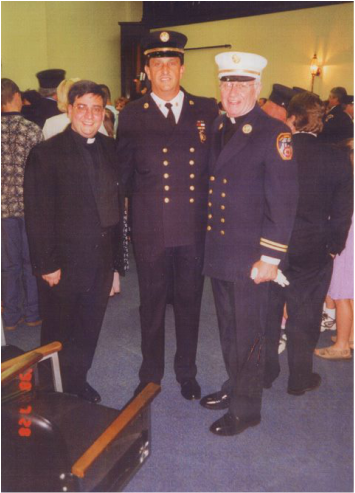
This photo at right is of Fire Chaplain Fr. John Piccione (R.I.P), Chief of Department James K. Pasquariello, and famous FDNY Fire Chaplain Fr. Mychal Judge (R.I.P.). Father Judge was the first reported casualty at Ground Zero on 9/11.
Photos below display him in action as a young firefighter, on a ladder holding the pike pole (with fireman Michael Ventimiglia) and as Chief at a fire scene.
October 31, 1997 - Swearing in ceremony
February 1, 2004 - Retirement
Chief Michael Postorino
|
Chief Postorino was appointed to the department May 15, 1989. In 2004 he became Chief of Department and has ushered in the Paterson Fire Department's "NEW ERA". Chief Postorino has continued to craft the PFD into a state of the art fire department. His list of accomplishments are many (see list below), but among the most significant are the construction of a new state of the art headquarters, updating the apparatus fleet, and bringing new equipment and technology to the department. He, along with all other current Fire Department Department Chiefs throughout the state has to face the constant battle of maintaining staffing, and in the case of the PFD's depleted forces, has to work at the nearly impossible task of increasing staffing.
|
|
|
Appointed May 14, 1989 to the Paterson Fire Department
Retired December 31, 2017 |
Michael Postorino was appointed to the rank of Chief of Department on at the age of 39, making him one of the youngest fire chiefs in the nation. During tough economic times, the Chief has been able to secure grants, enter into shared service agreements with other municipalities and agencies, and take on additional initiatives to offset costs and generate revenue to actually expand the Fire Department’s table of organization and secure the most up-to-date apparatus, facilities, and equipment. While many fire departments throughout the nation were forced to close firehouses and reduce their work-force via lay-offs and demotions, the Paterson Fire Department, under the leadership of Chief Postorino, was actually expanding its workforce and its emergency response capability.
Postorino Badge Collection
|
Chief Postorino has presently hired over 250 firefighters and promoted 150 members of the rank-and-file to Fire Officers. Currently, members of the Fire Department undertake specialized training in Firefighting, Hazardous Materials, Confined Space, Incident Command, Structural Collapse, Swiftwater Rescue, Ice Rescue, High-angle Rescue, Terrorism Operations, and
|
Emergency Medical Technician. In addition, Chief Postorino has continued to secure funding to replace the Department’s fleet of apparatus and vehicles. To date under his tenure, the Department has secured 6 Aerial Ladder Trucks, 10 Engine Pumpers, 12 Ambulances, and 15 Chief’s gigs.
Since 2004, he served as a member of the New Jersey Urban Area Security Initiative (UASI) and presently serves on the Executive Committee of the New Jersey Urban Search & Rescue Team.
He was appointed in:
He was appointed in:
- 2008 by the Governor to the New Jersey State Fire Protection Equipment Advisory Committee.
- 2014 by the Governor to serve on the New Jersey State Fire Safety Commission.
- 2014 to serve on the New Jersey Regional Operations Intelligence Center (ROIC) Working Group
Under the leadership of Chief Postorino, the Department has secured over 40 million dollars in Federal, State, & local grants which was used to procure:
- (2) Heavy Rescue Response Units.
- (2) Mobile Command Response Vehicles with interoperable communication systems.
- A Swift Water rescue boat and train rescue personnel in Swift Water Rescue & Ice Rescue Operations.
- OSHA compliant air-purification systems for each firehouse.
- Scott Pak-Tracker Accountability System which enables Rapid Intervention Crews to electronically track and locate personnel operating at emergency incidents.
- Mobile Data terminals for each frontline apparatus.
- Warning/Alerting Citywide Siren System, inclusive of an AM radio station for emergency broadcast network.
- A Driving Training Simulator to train all personnel in the safe driving of emergency apparatus and vehicles.
- Property and construction of a new state-of-the art firehouse (Fire Headquarters) and Emergency Operations Center.
- New Personal Protective Equipment (PPE) for all uniformed personnel.
- New SCBA regulators with “quick-connect” fittings for each firefighter.
|
The Chief has also implemented:
|
May 7, 2010: PFA at the annual ball awards the 2006 Chief John Stagg Meritorious Service Award to Chief Postorino
June 4, 2017: Chief Postorino with new Ladder 3 Pierce aerial at McBride Avenue FH
December 28, 2017: Mayor Williams-Warren announces that Chief Michael Postorino will retire effective December 31, 2020
December 28, 2017: Chief Postorino at left and his successor Chief Brian McDermott (center) and Deputy Chief (of Operations) Kevin Hancock
January 29, 2018: Dedication plaque for new Pierce Arrow Tower Ladder (L1)
Chief Brian J. McDermott
June 3, 2018: Chief McDermott at the Annual PFD Memorial
|
Promoted to Battalion Chief September 25, 2009
Covering BC Battalion 2, Tour 3 and Battalion 1, Tour 3 Fire Official* in 2010 assigned to Commanding Officer of Fire Prevention Bureau 2013: Appointed as Executive Officer, remaining as Fire Official Special Operations Chief overseeing technical rescue operations |
|
* Each municipality has one Fire Official: usually, the head of the Fire Prevention Bureau. Requires completion of 2 state certifications: Fire Inspector & Fire Official. Other states refer to it as a Fire Marshall. Duties are being in charge of (Fire) code enforcement; review/approve construction plans (for fire protection systems; sprinklers/standpipes), cite imminent hazards etc. basically enforce the State fire code.
|
Career Badges
Chief's Cap and Helmet
December 28, 2017: Swearing in ceremony on Chief of Department
Career Achievements:
Chief McDermott holds a Bachelor of Science degree in Fire Service Administration from the University of Maryland. During Chief McDermott’s tenure, he became the “Heart-and-Soul” of the Rescue Company. He was enrolled in the very first Urban Search and Rescue (USAR) training cycle in 2004, and completed the FDNY Rescue Technician certification at Randall’s Island, NYC (2005). In 2006, he was assigned as the Metro USAR Strike Team (MUST) Equipment Manager. He was appointed Vice Chairman of the MUST (2008), and subsequently Chairman in 2009. He was cited for valor numerous times throughout his career for high-profile technical rescues.
In 2014, he was appointed as the Urban Area Security Initiative (UASI) CBRNE/Fire Sub-Committee Chairman and then appointed as Office of Emergency Management (City of Paterson) Deputy Coordinator. In 2015, he was a founding member of the Fire Terrorism Task Force (FTTF).
November 2021: Becomes Deputy Fire Coordinator for Passaic County
Chief McDermott holds a Bachelor of Science degree in Fire Service Administration from the University of Maryland. During Chief McDermott’s tenure, he became the “Heart-and-Soul” of the Rescue Company. He was enrolled in the very first Urban Search and Rescue (USAR) training cycle in 2004, and completed the FDNY Rescue Technician certification at Randall’s Island, NYC (2005). In 2006, he was assigned as the Metro USAR Strike Team (MUST) Equipment Manager. He was appointed Vice Chairman of the MUST (2008), and subsequently Chairman in 2009. He was cited for valor numerous times throughout his career for high-profile technical rescues.
In 2014, he was appointed as the Urban Area Security Initiative (UASI) CBRNE/Fire Sub-Committee Chairman and then appointed as Office of Emergency Management (City of Paterson) Deputy Coordinator. In 2015, he was a founding member of the Fire Terrorism Task Force (FTTF).
November 2021: Becomes Deputy Fire Coordinator for Passaic County
January 29, 2018: Promotional ceremony
January 29, 2018
January 30 Herald
Celebration at the Brownstone
Career Photo Arcade
The Chief has the nickname "Big Country"
1997 Valor Award
2002 Valor Award
2010 Valor Award
September 25, 2019: Chief McDermott with Car 1 at rear of McBride Avenue firehouse
June 25, 2023: Chief McDermott announces his retirement on August 1, 2023
Chief McDermott gets key to City of Paterson from Mayor Sayegh
|
July 24, 2023: The 14th and last ambulance of the McDermott administration, (except for 2 electric ambulances that are still a while off) arrived at Headquarters. The city only had to fund 5 of them as over $2 million in grants and creatively funded purchases, not including the EV ambulance grant, were from from DEP.
|
July 27, 2023 - Just prior to retirement Chief McDermott visited Southside Firehouse and took a "last ride" in the company he Captained- the Rescue Company
Floral gift to Chief McDermott from the history website - for his great support
The Clap Out at Headquarters on July 28, 2023
Click on photos to enlarge & read captions
Click on photos to enlarge & read captions
August 1, 2023 - Assistant Chief Alejandro Alicea becomes Acting Chief of Department
November 29, 2023: Alejandro Alicea becomes the 12th Chief Engineer and the first Hispanic Chief of Department in the history of the Paid Paterson Fire Department
|
Military veteran
Appointed as Civilian EMT at PFD 1995 Appointed as a firefighter September 10, 2001 - Served at Engine 6, Rescue 1 and 2, and Engine 7 Appointed Captain December 6, 2007 and served Engine 3 and Engine 4 Appointed a Battalion Chief on June 6, 2018 Appointed Deputy Chief on July 2, 2020 - Training Chief and then Chief of Operations Appointed Assistant Chief on March 28, 2023 Appointed as Acting Chief of Department August 1, 2023 |
November 29, 2023 - Swearing-in Ceremony at McBride Avenue Headquarters
CLICK ON PHOTOS BELOW TO ENLARGE - most are Bryan Straube Photos
2011 Ball Book - Captains of Engine 3 Tours 1-4
December 5, 2023 - Current Chief and former Chief James Pasquariello at the Sister Loretta Agnes Dinner for the Clergy
Proudly powered by Weebly
